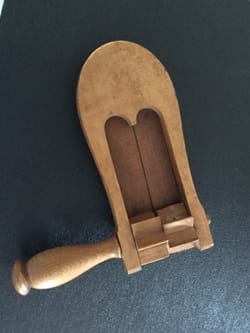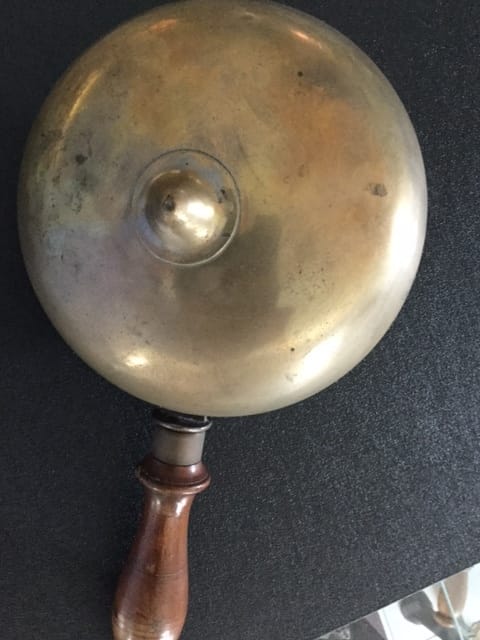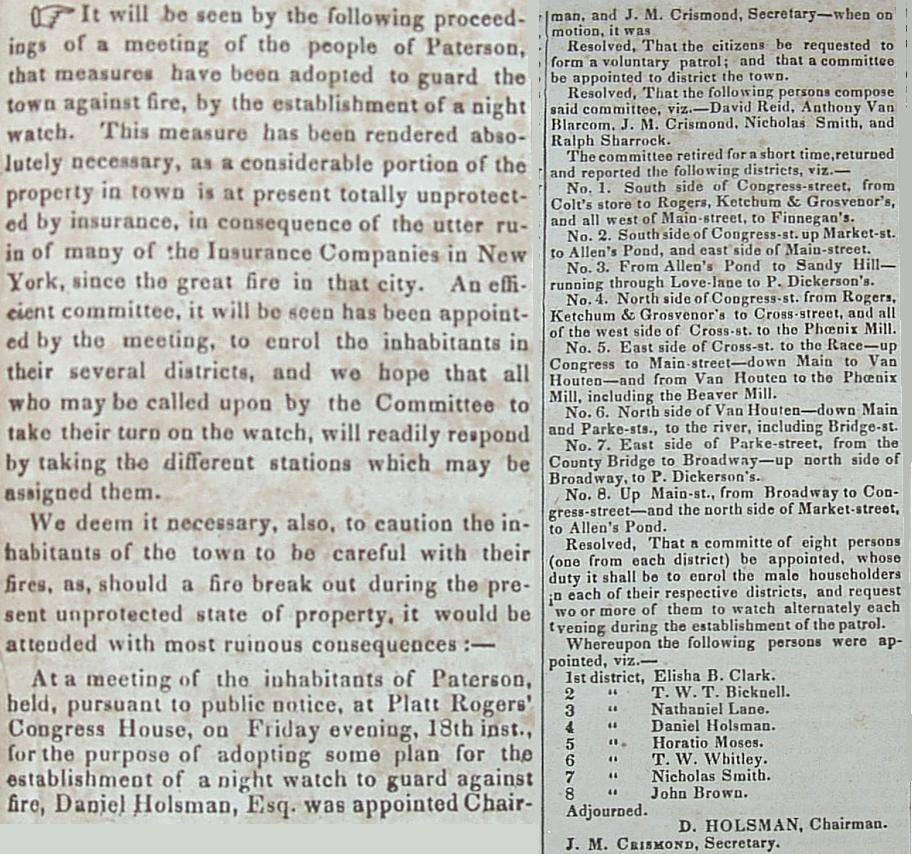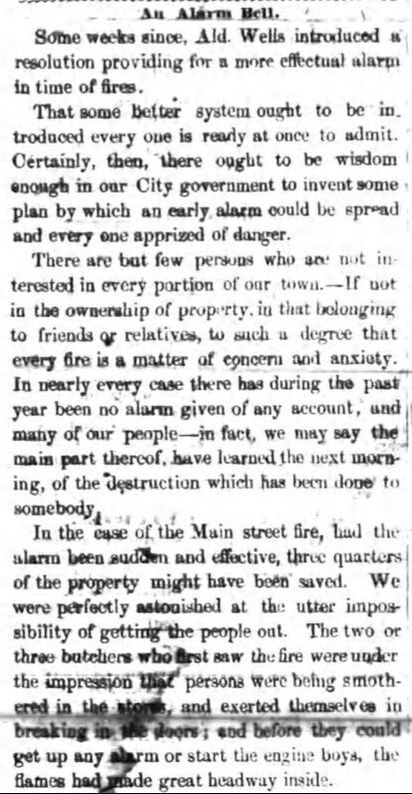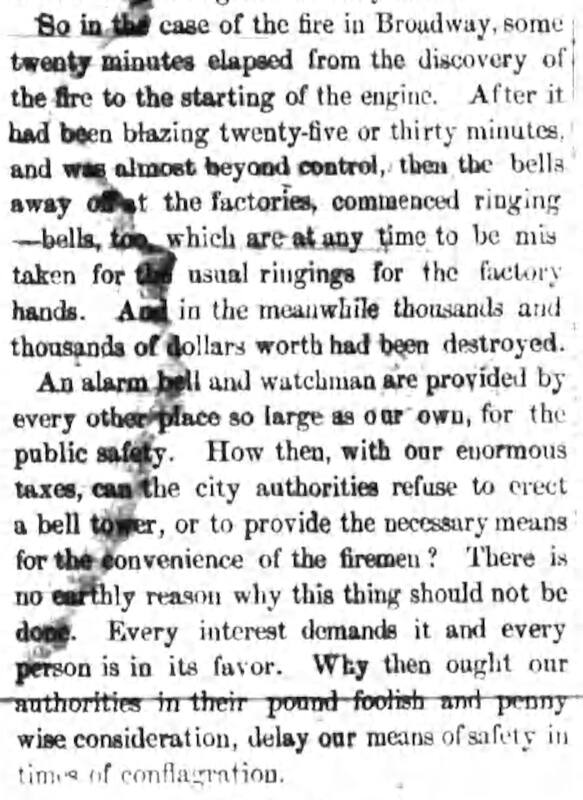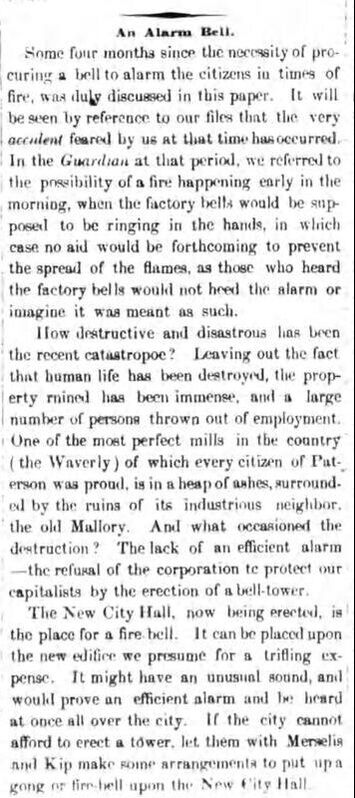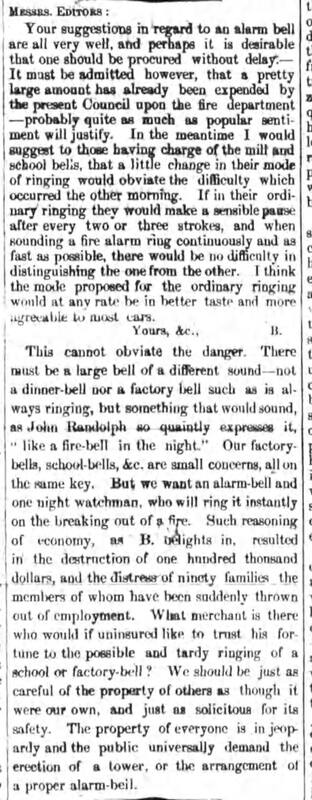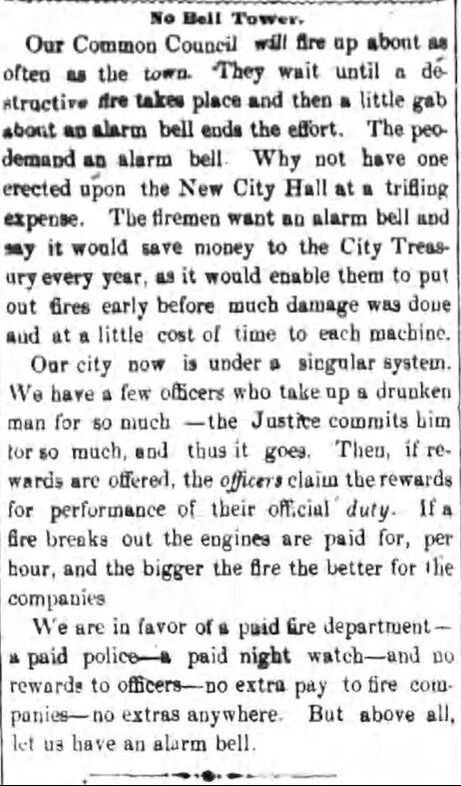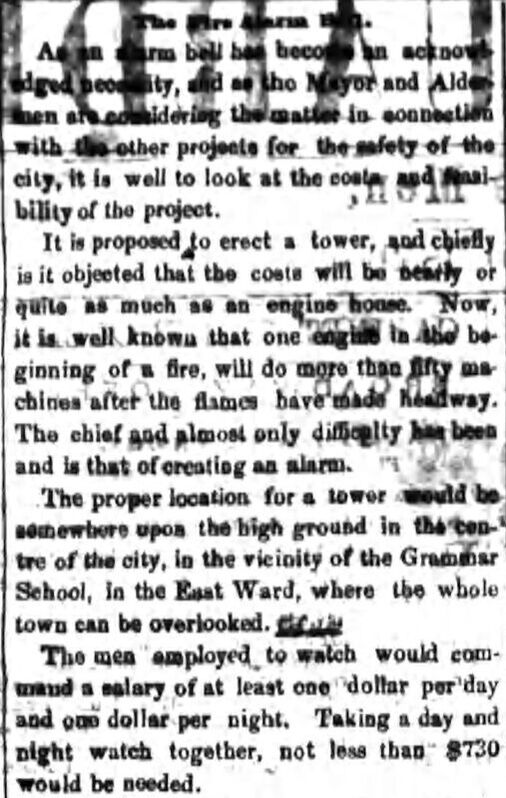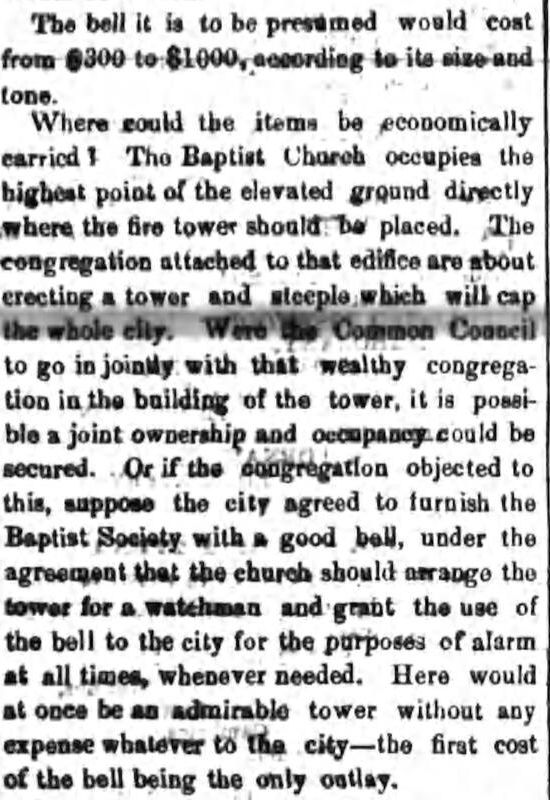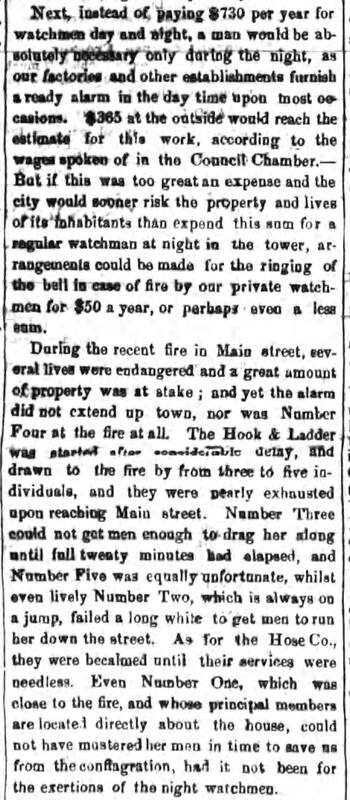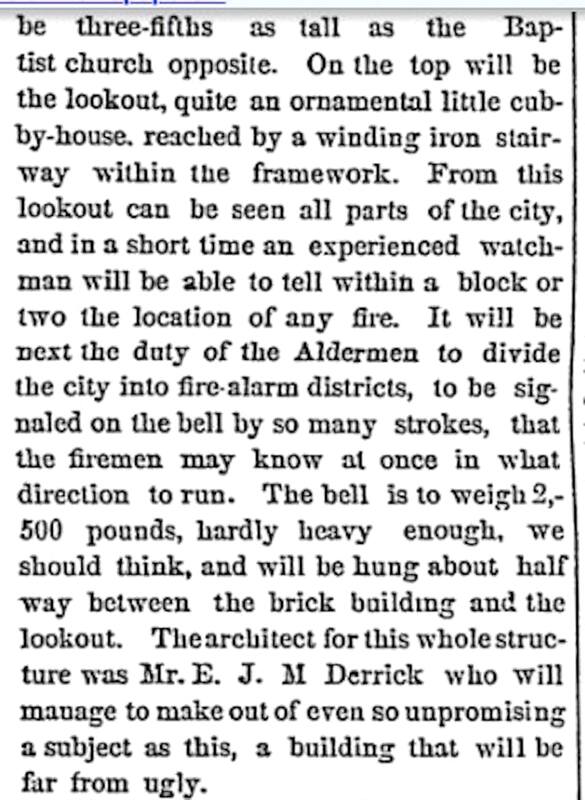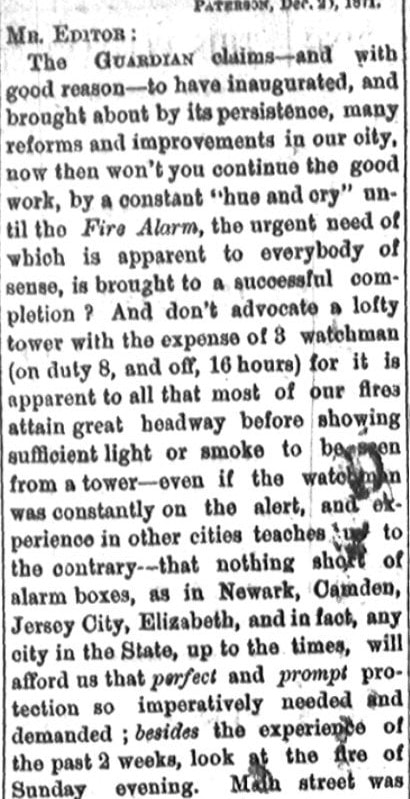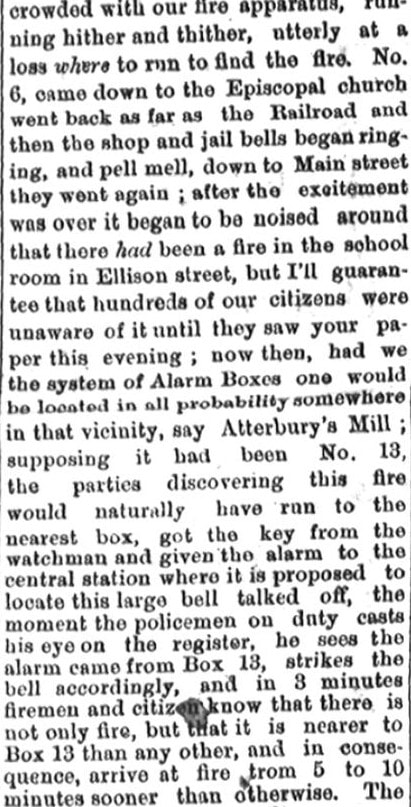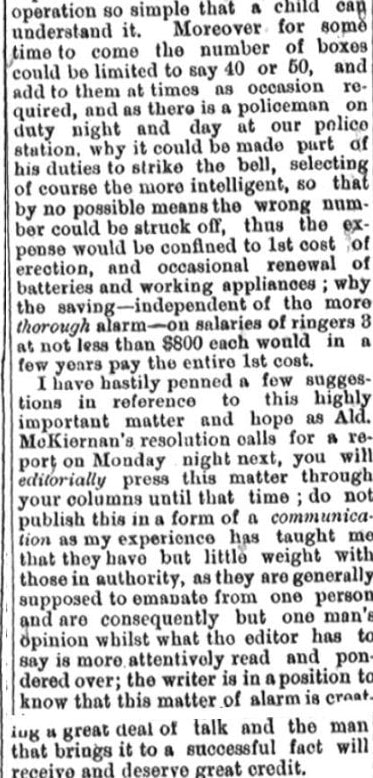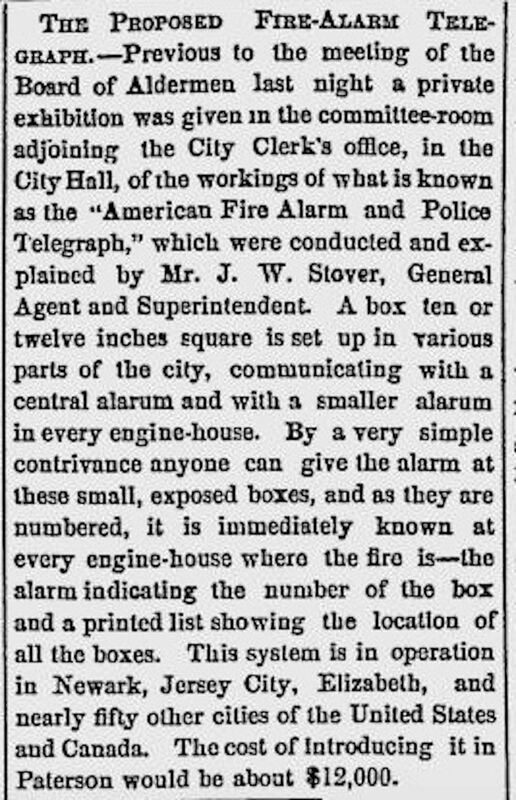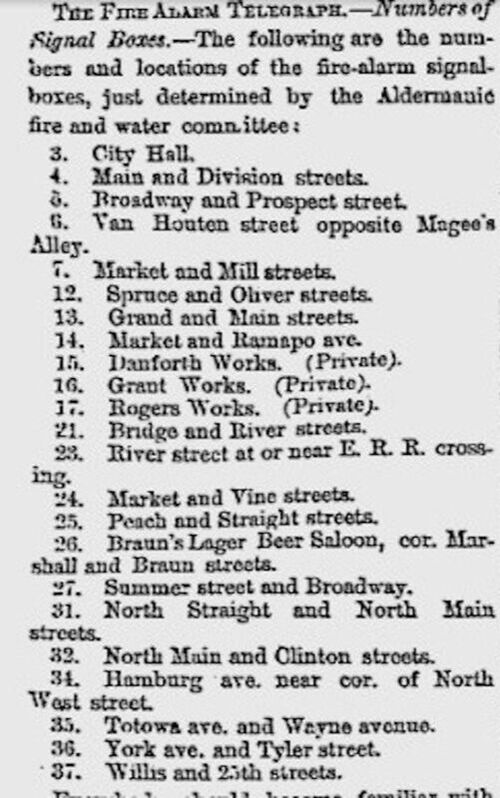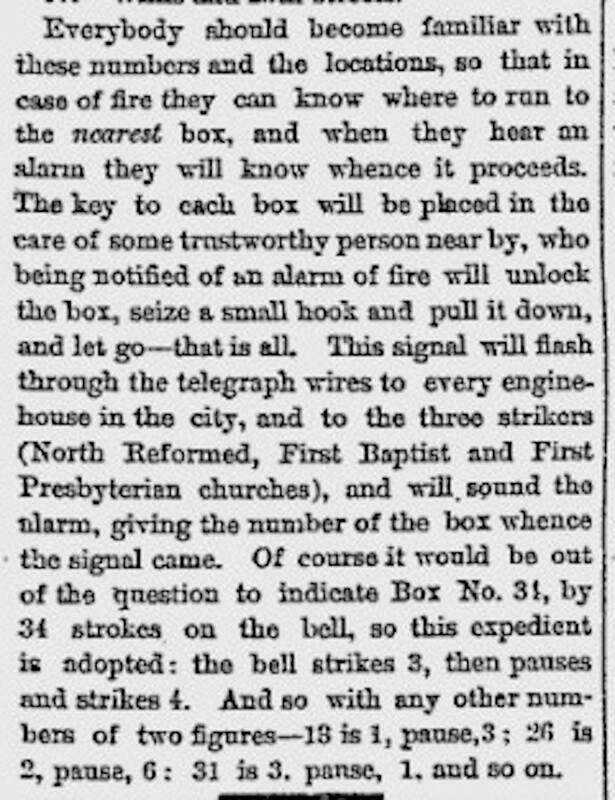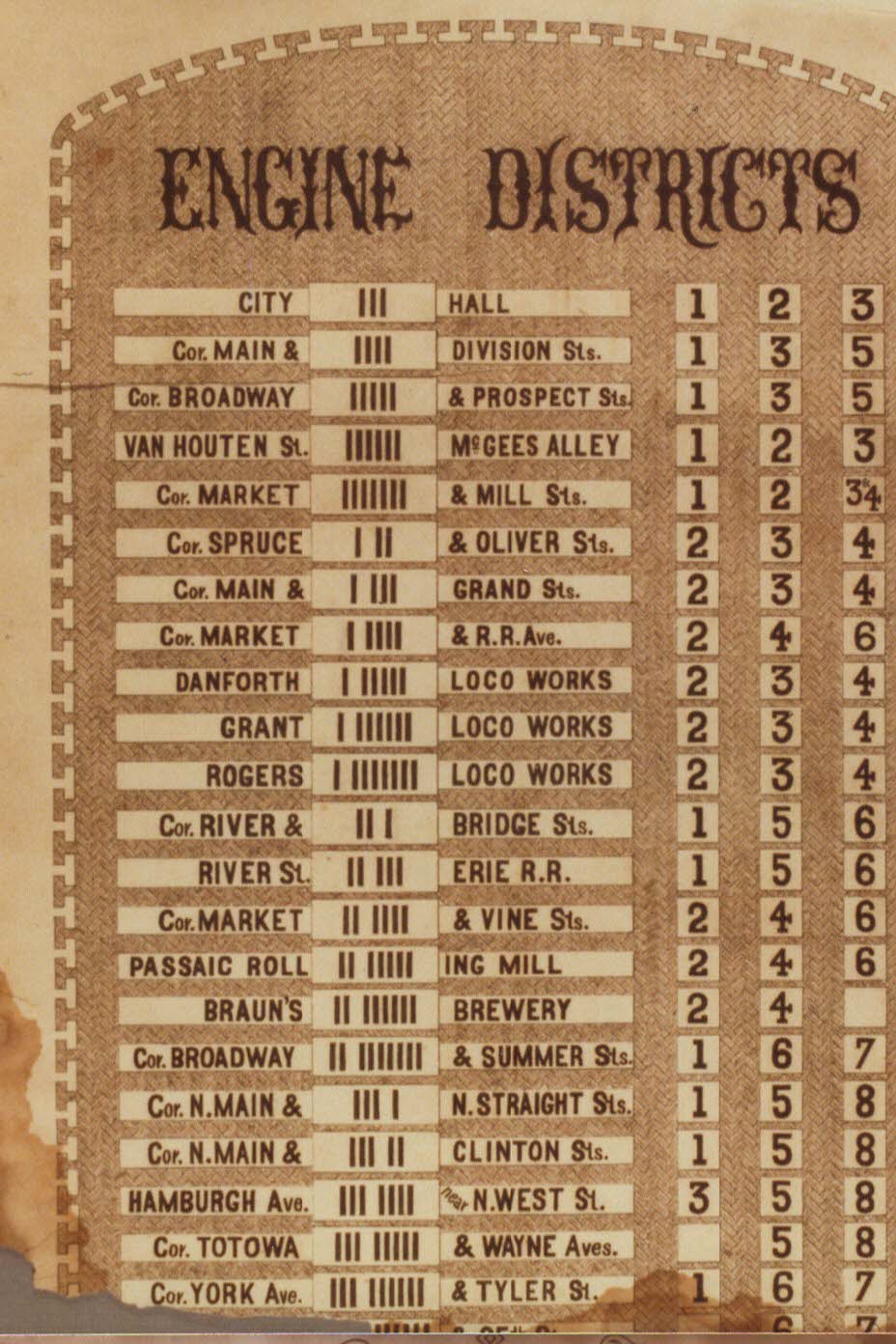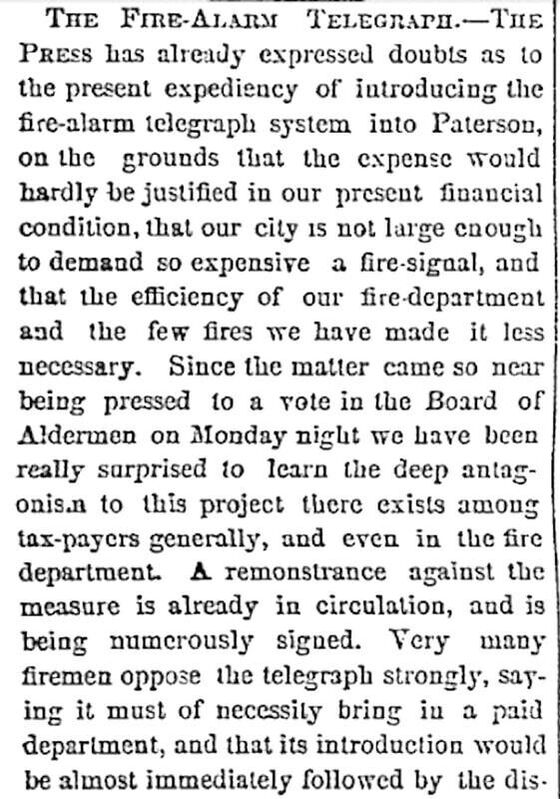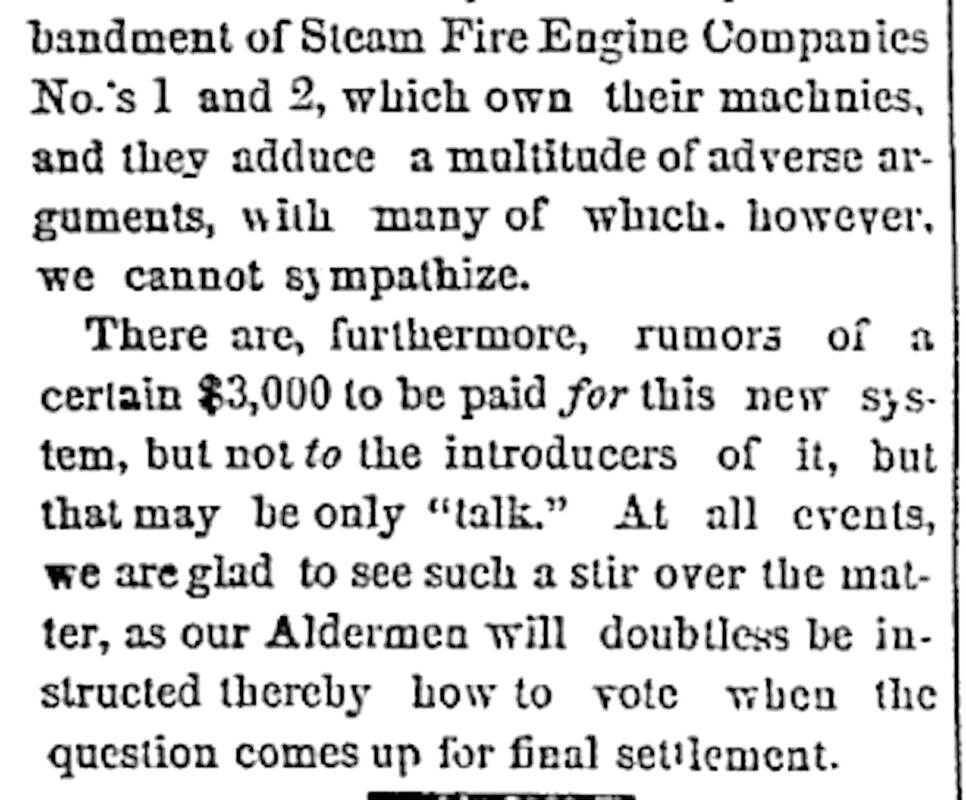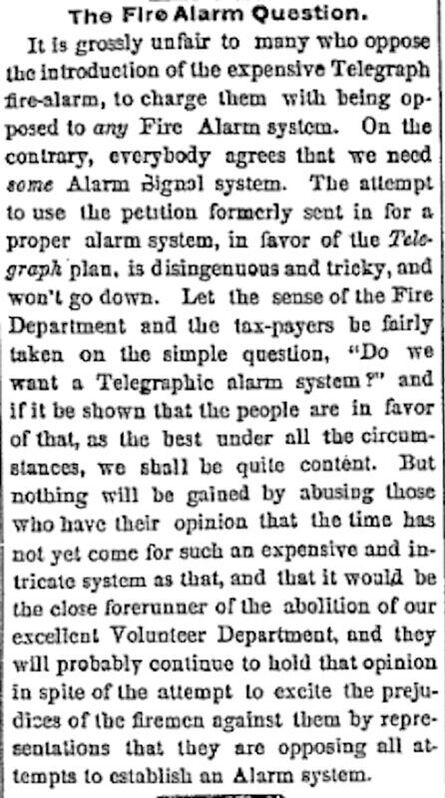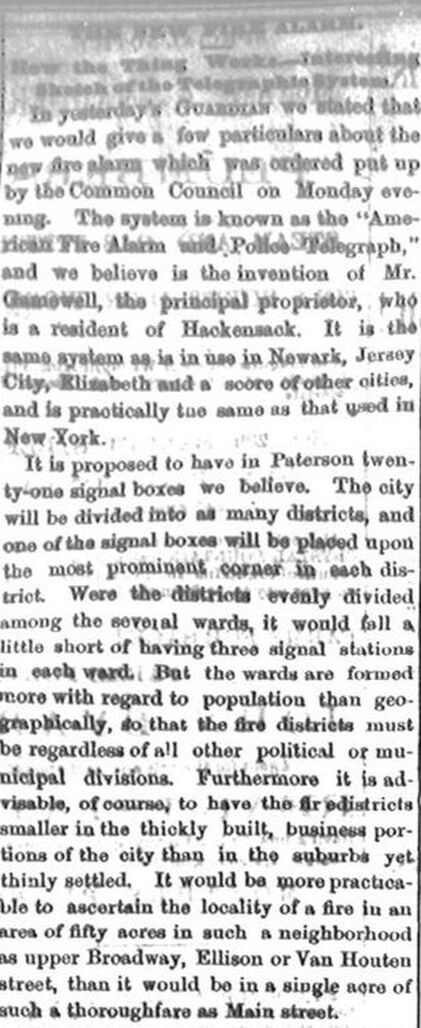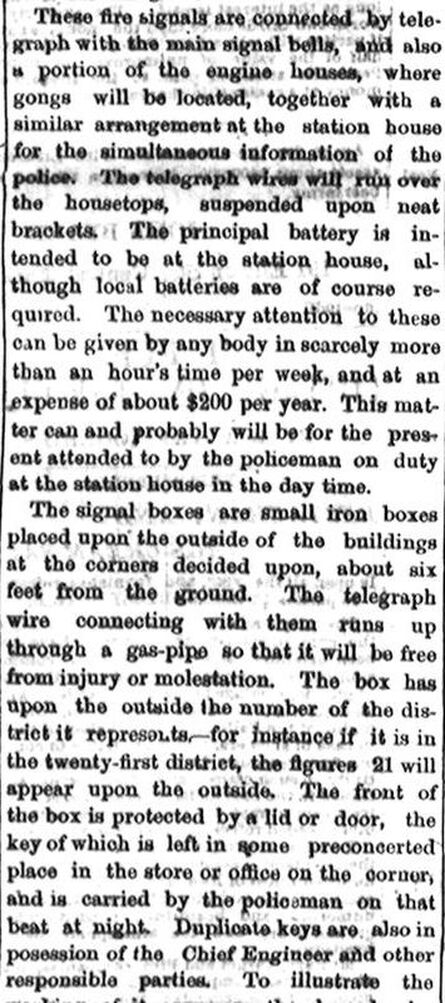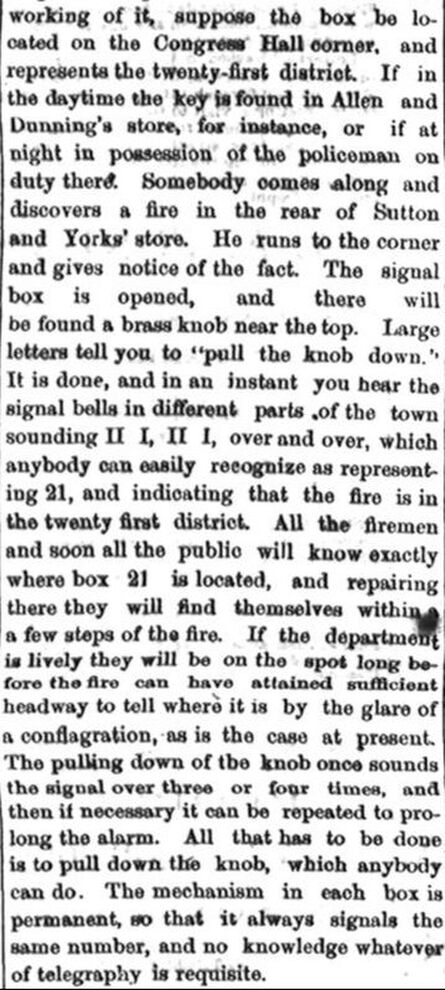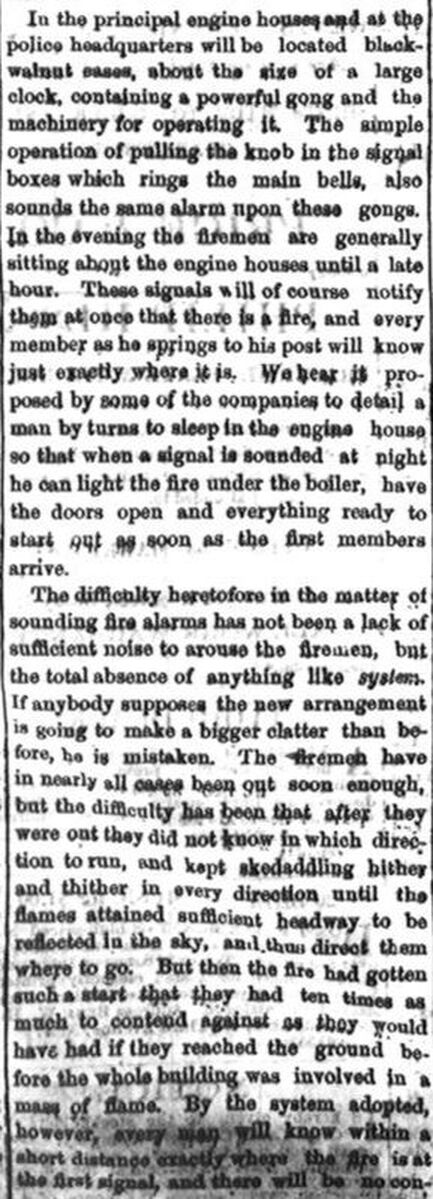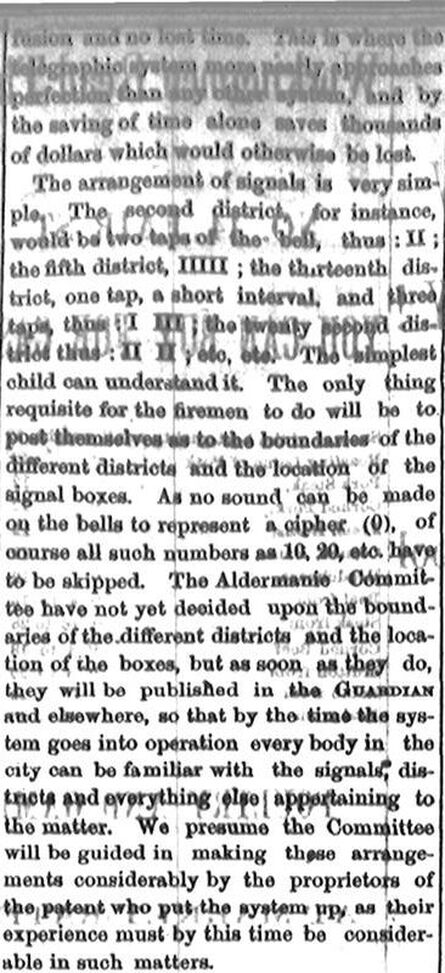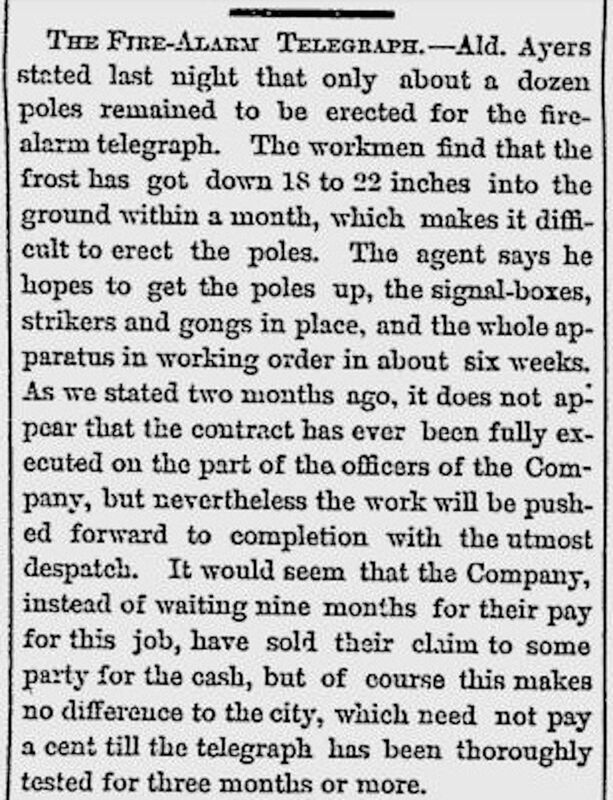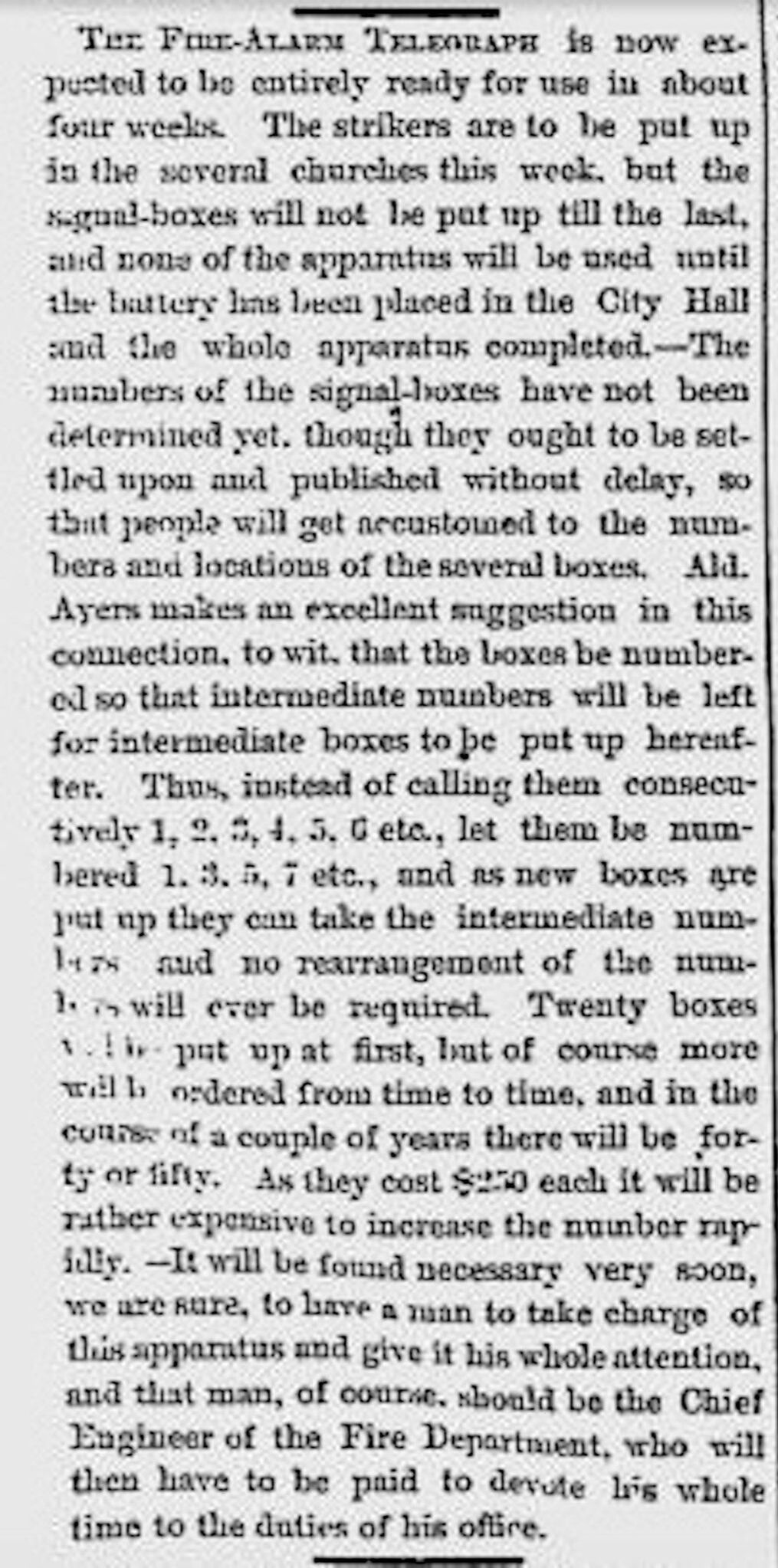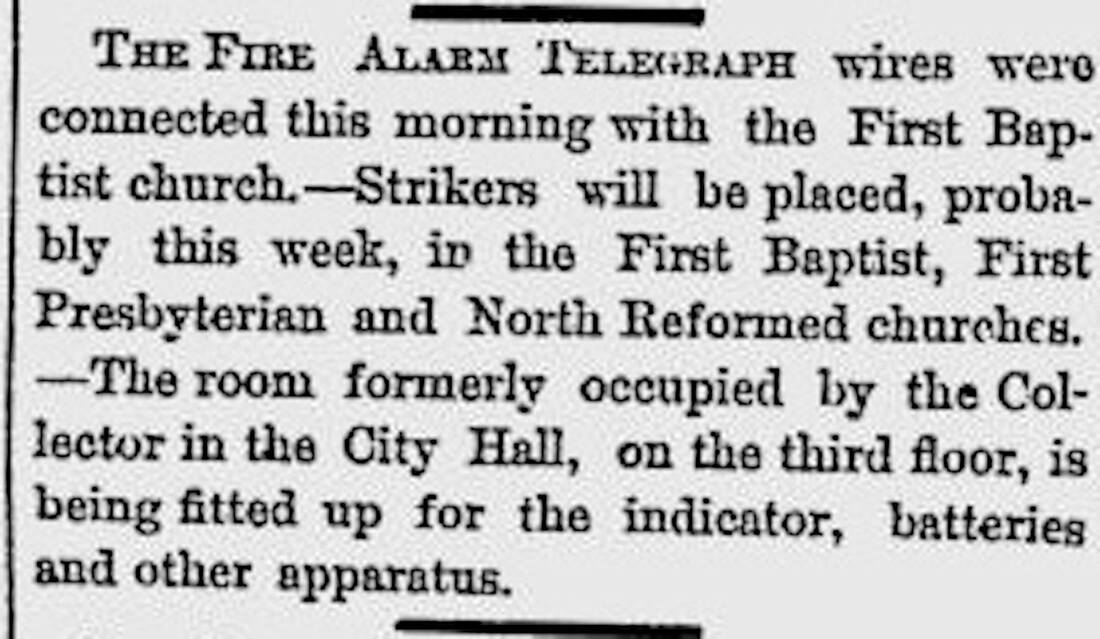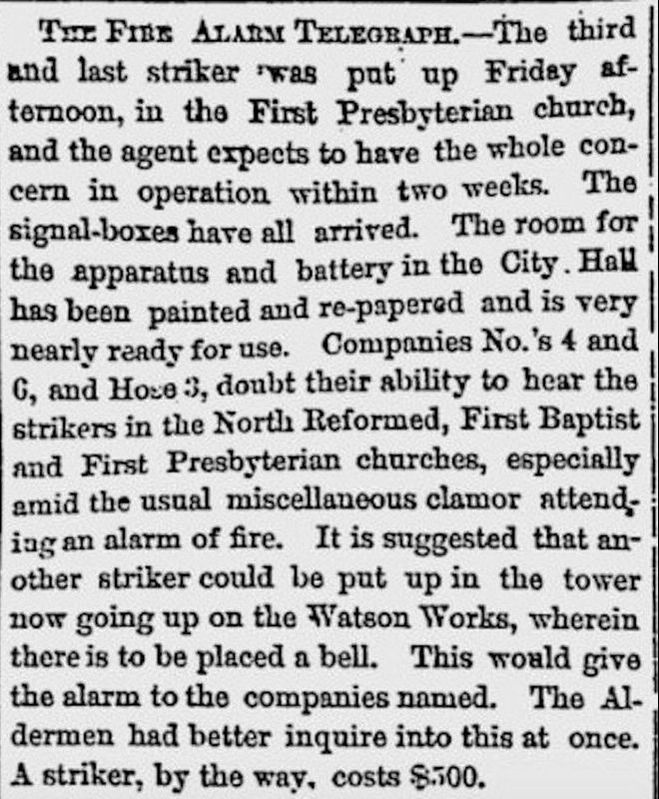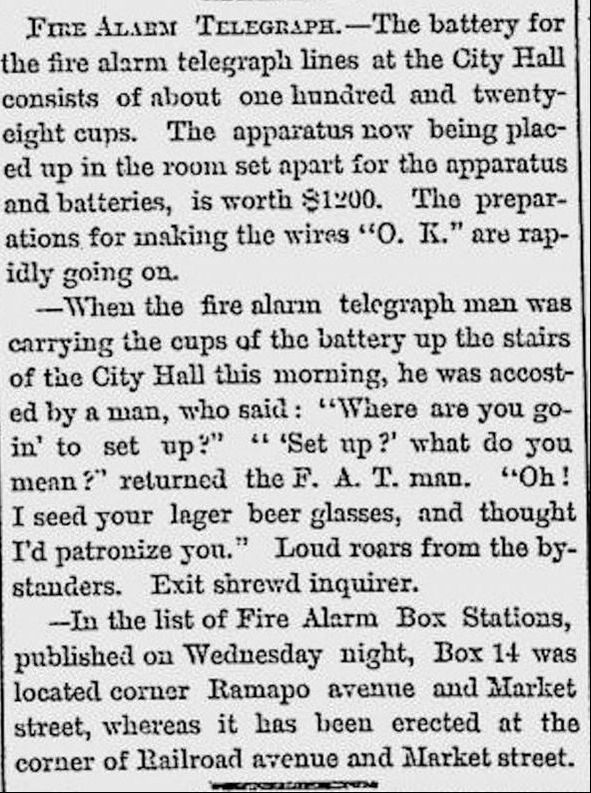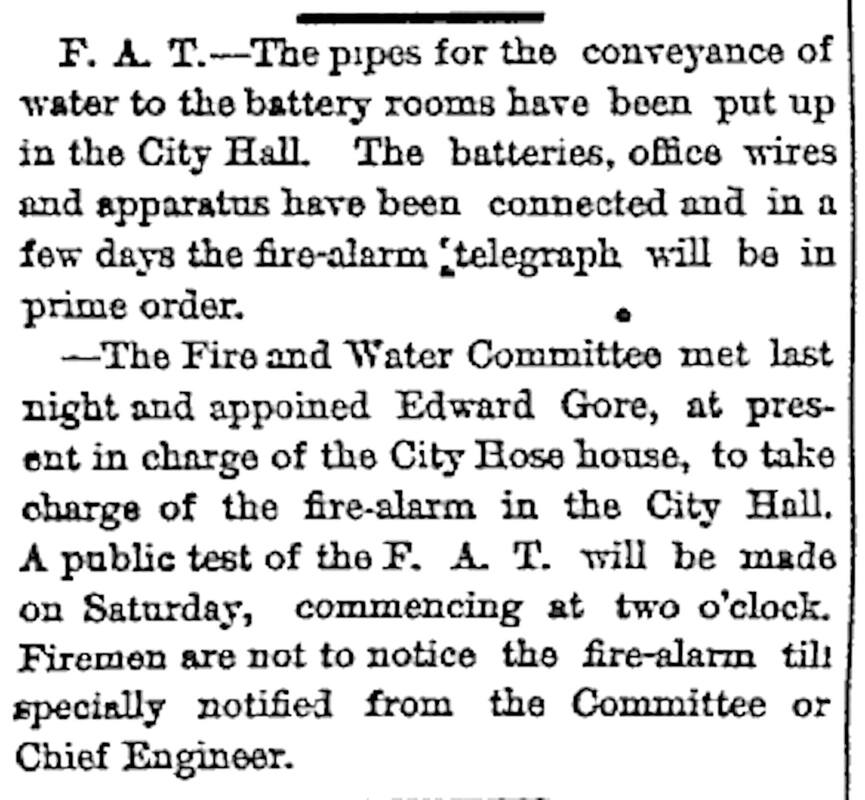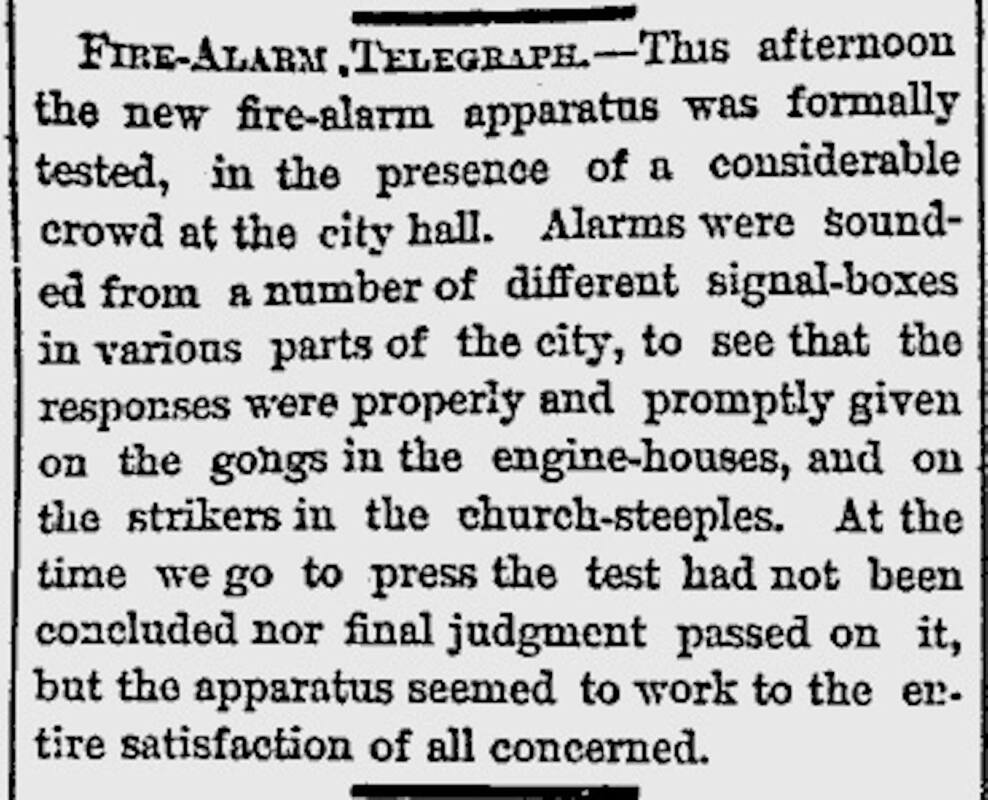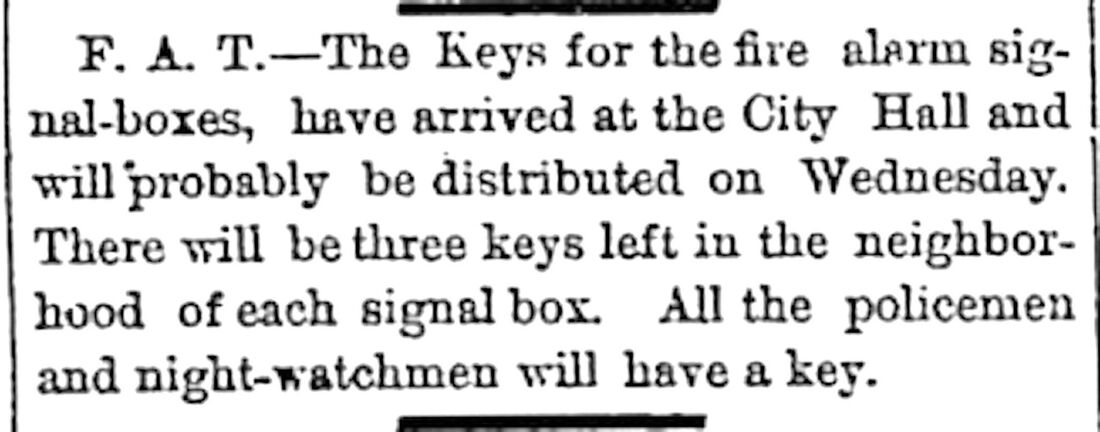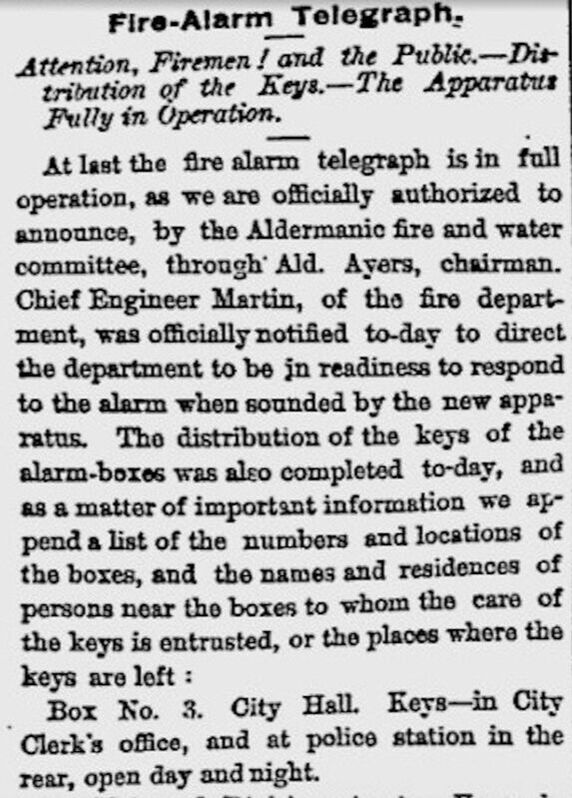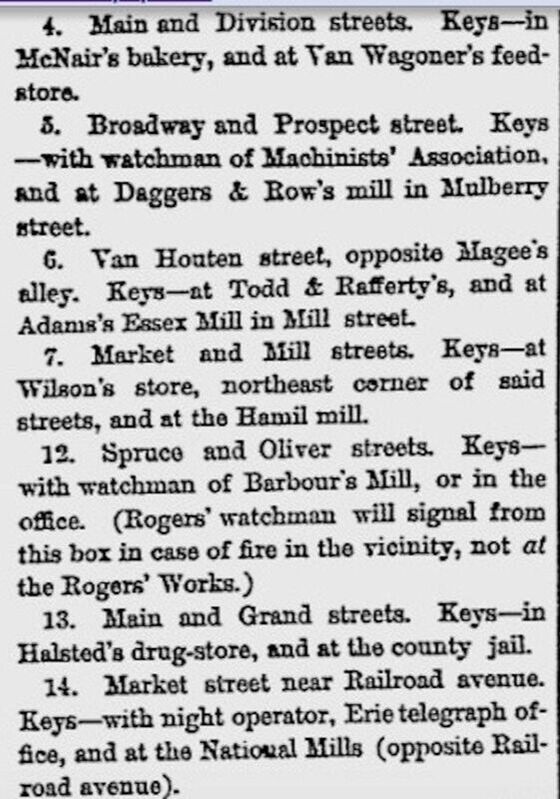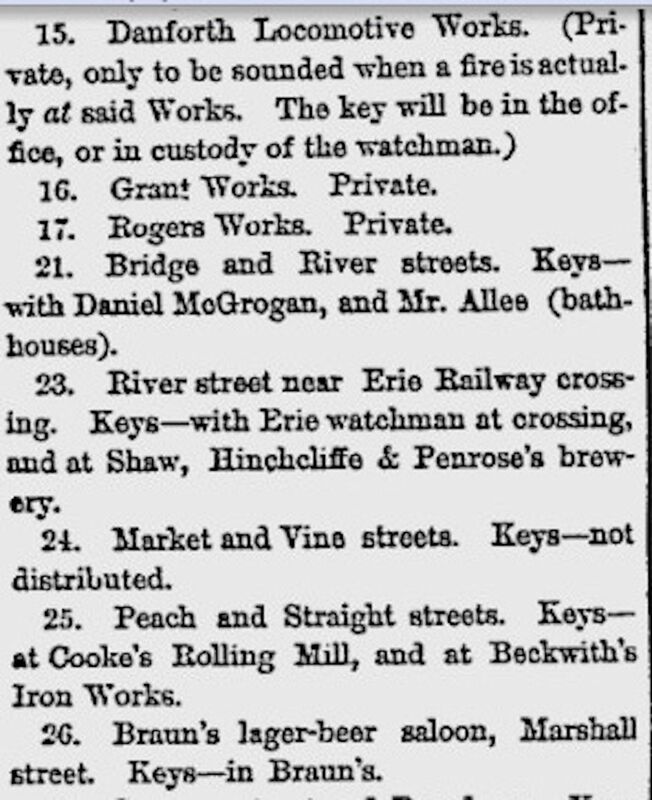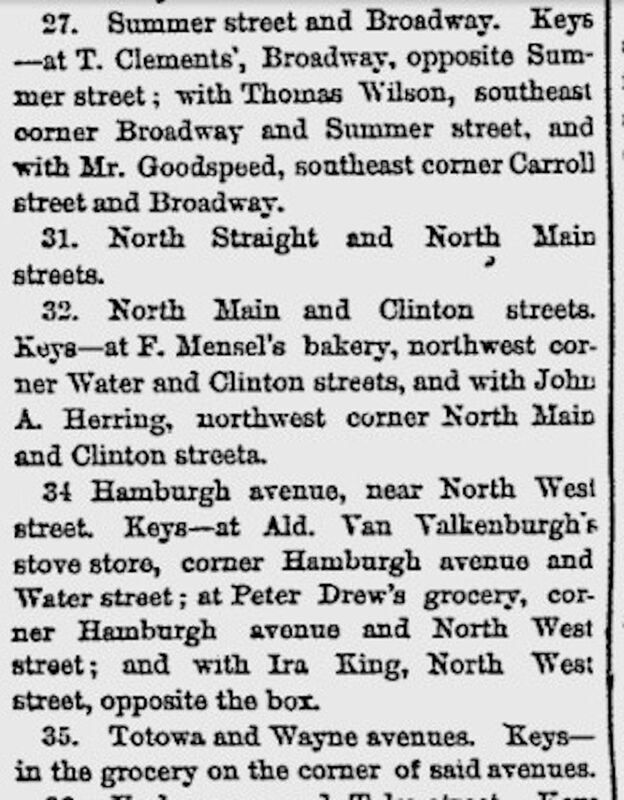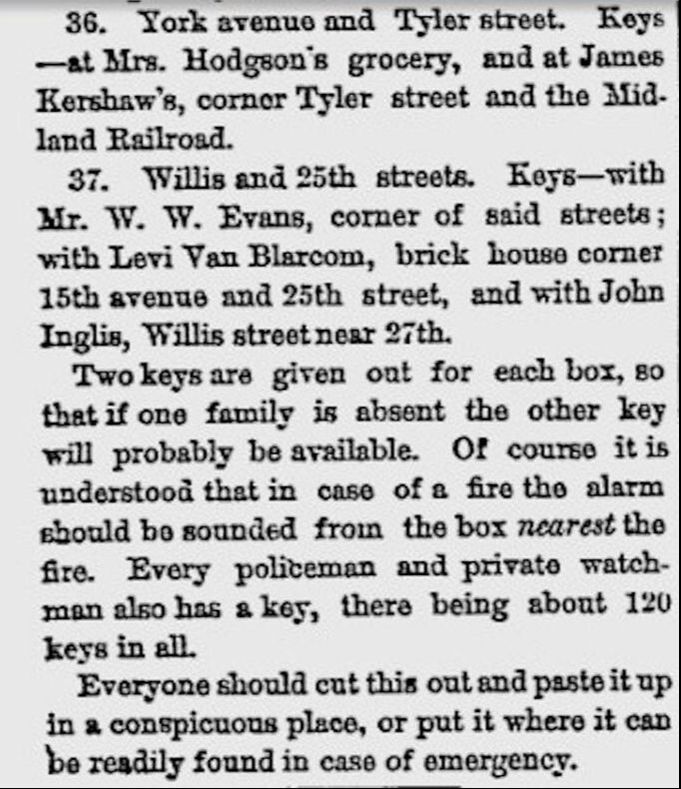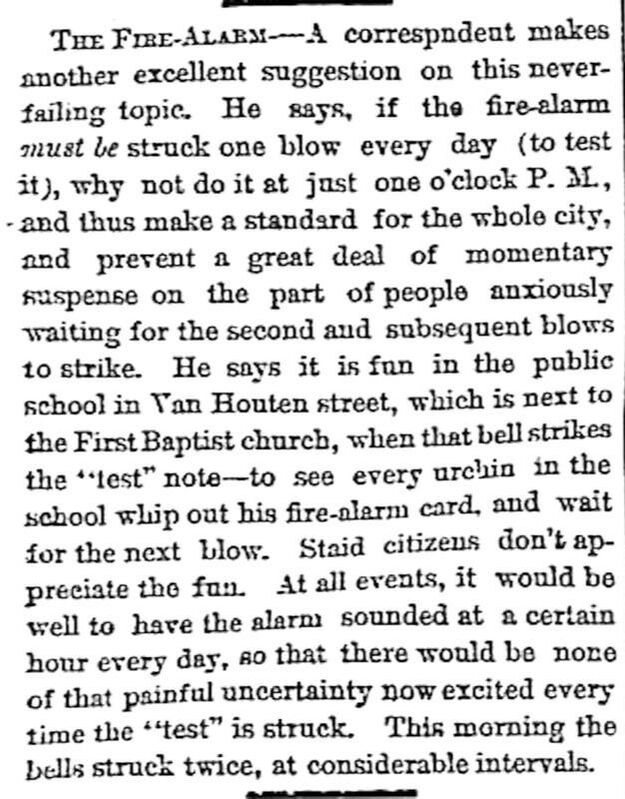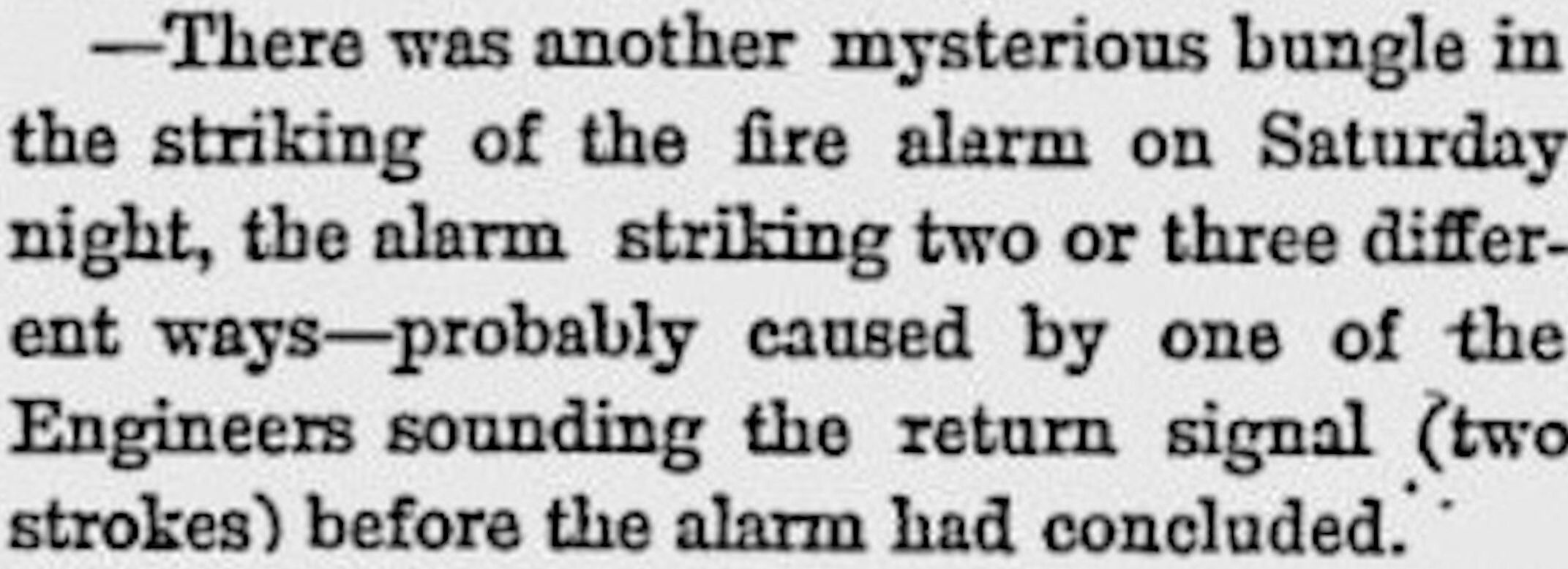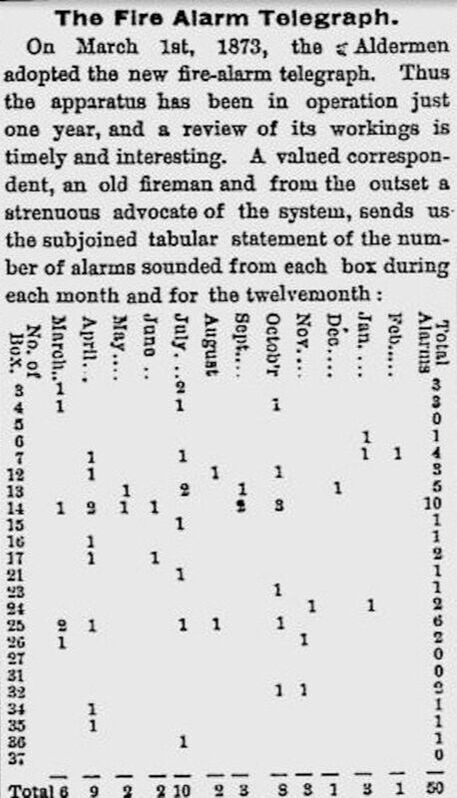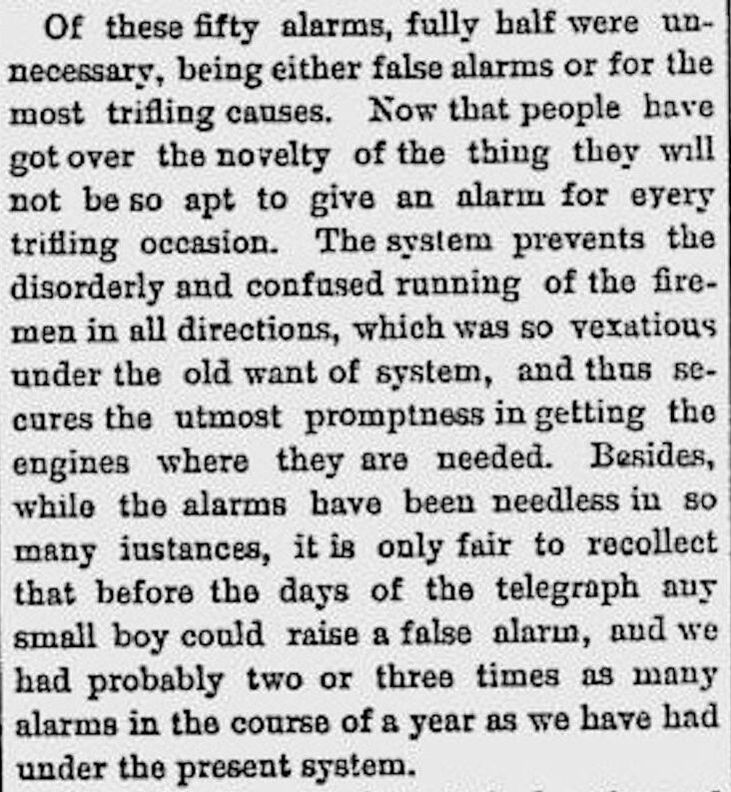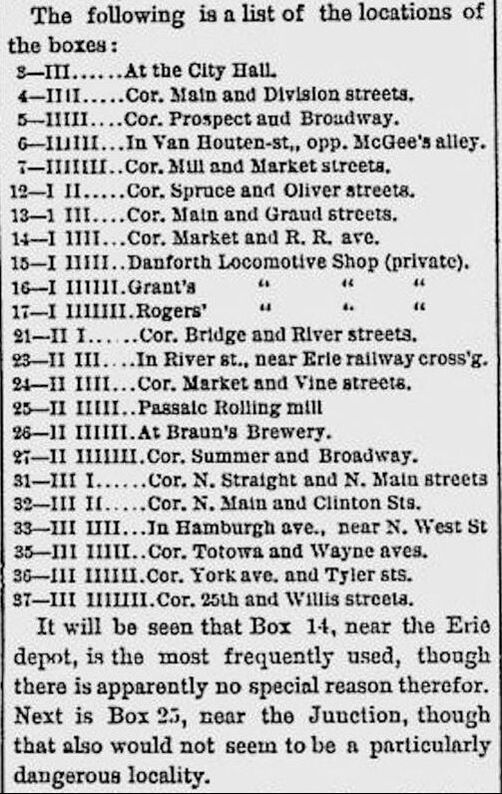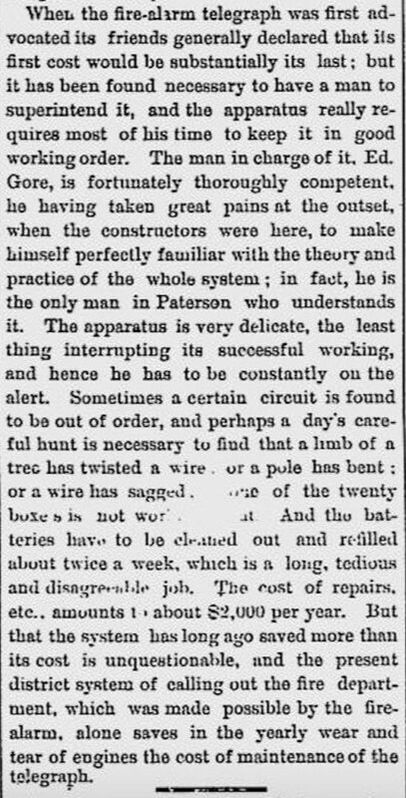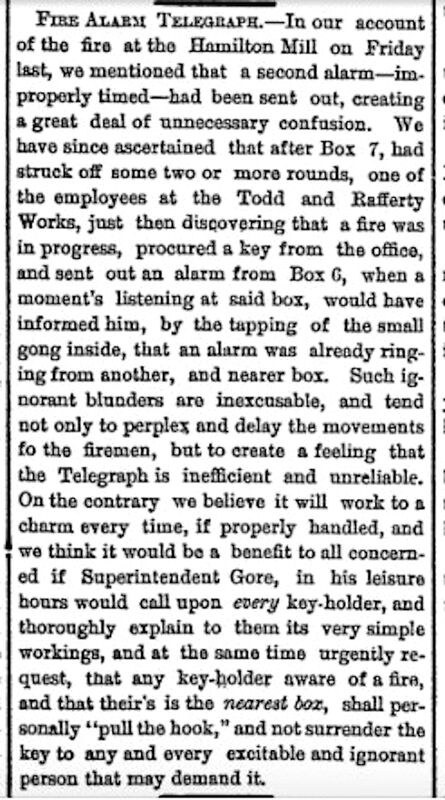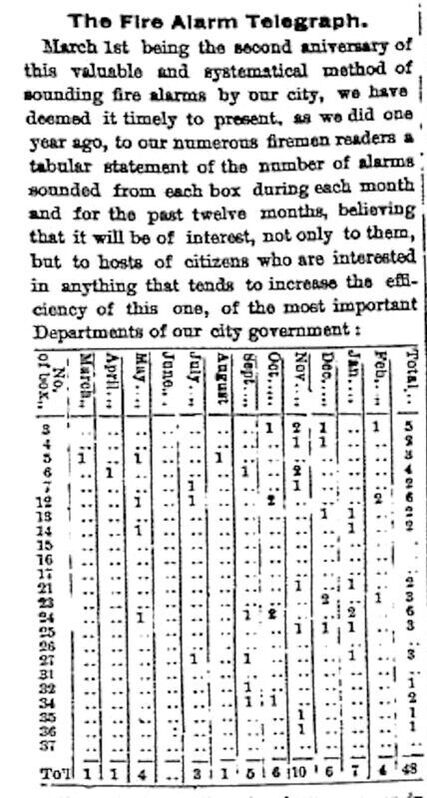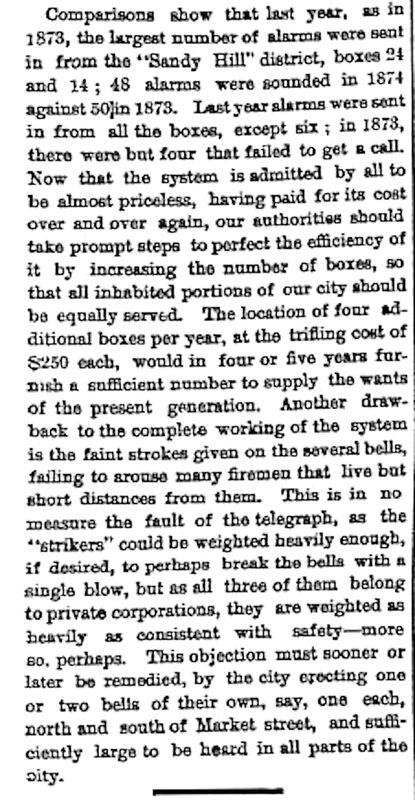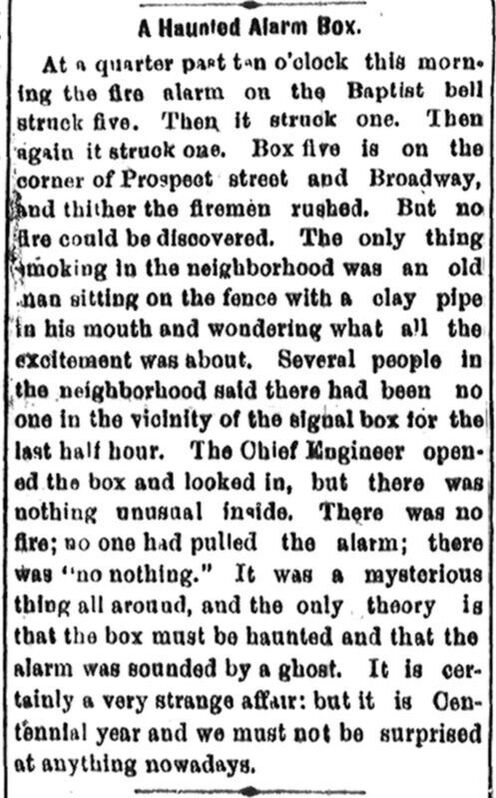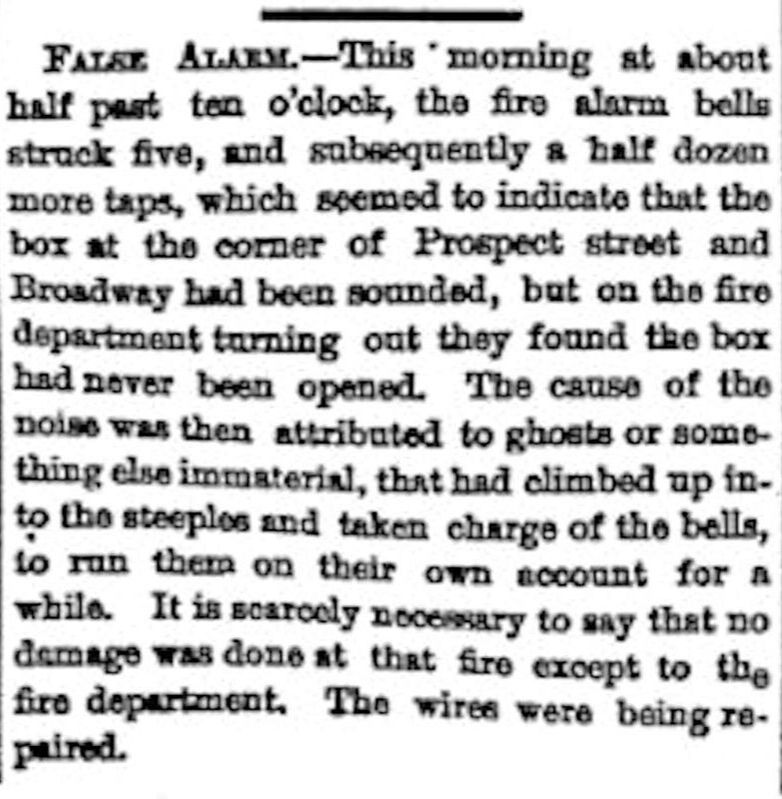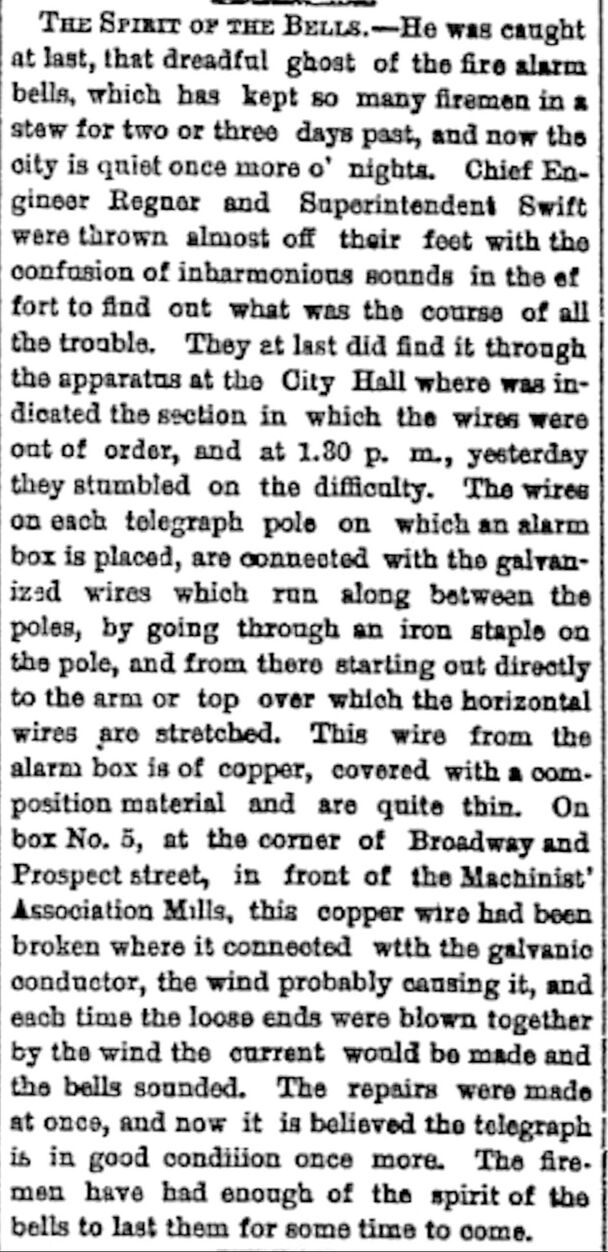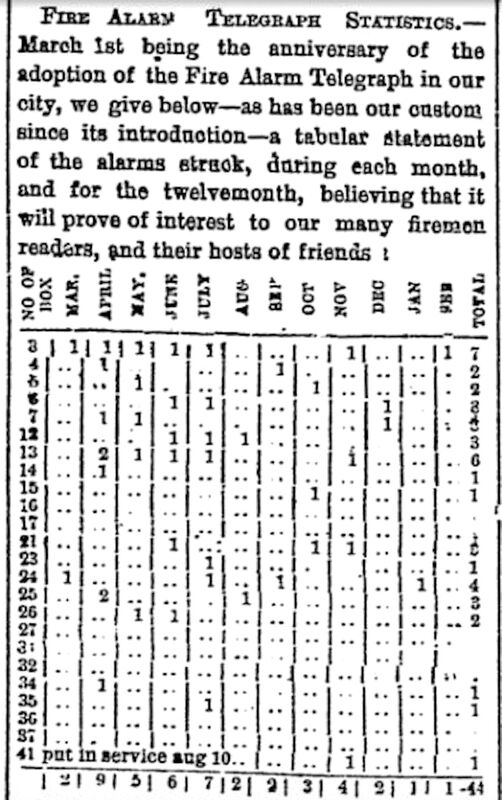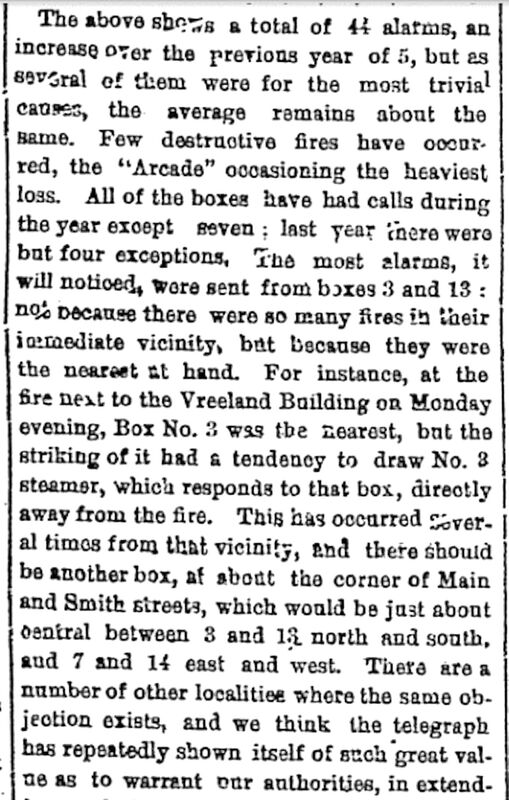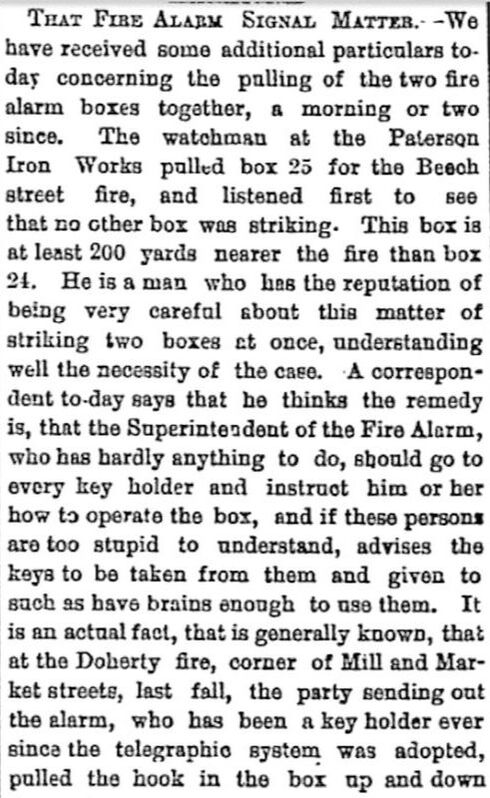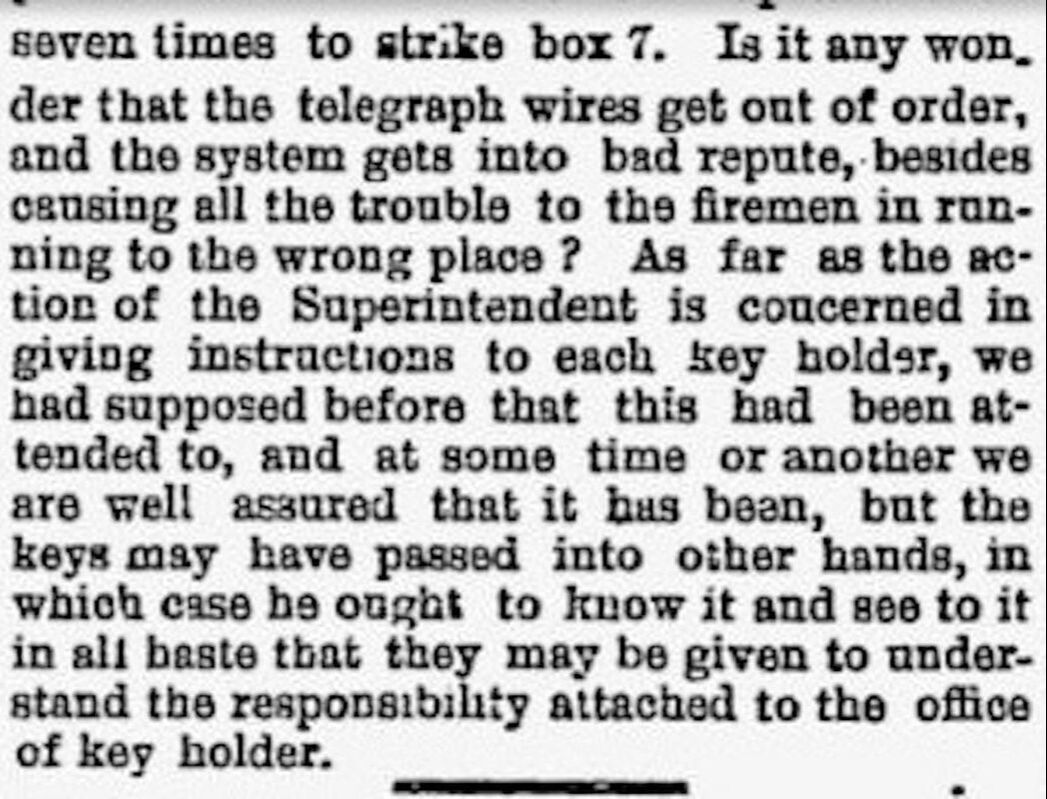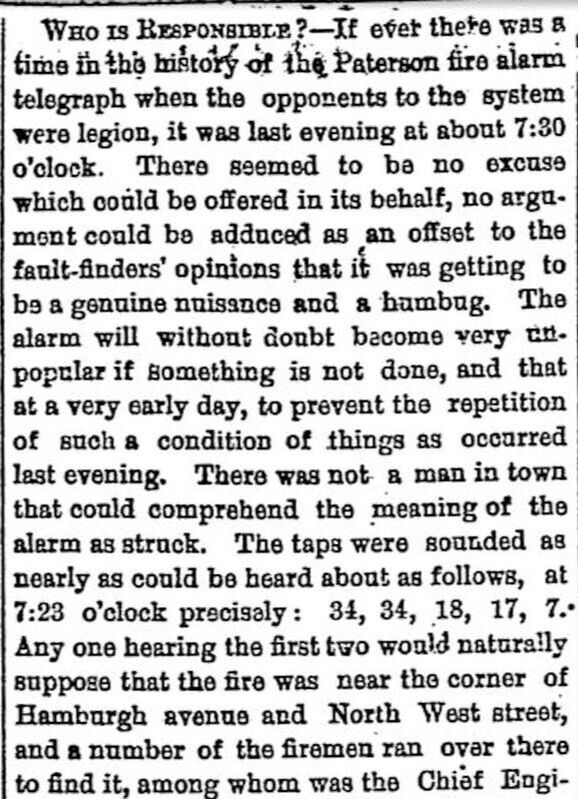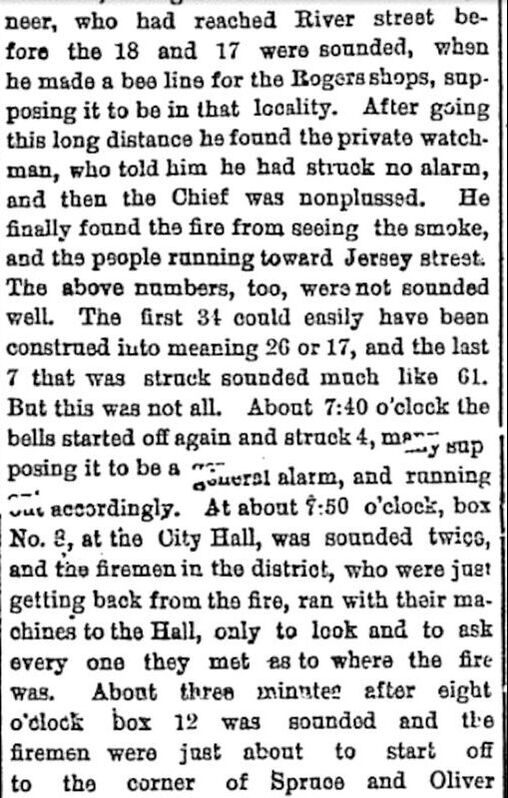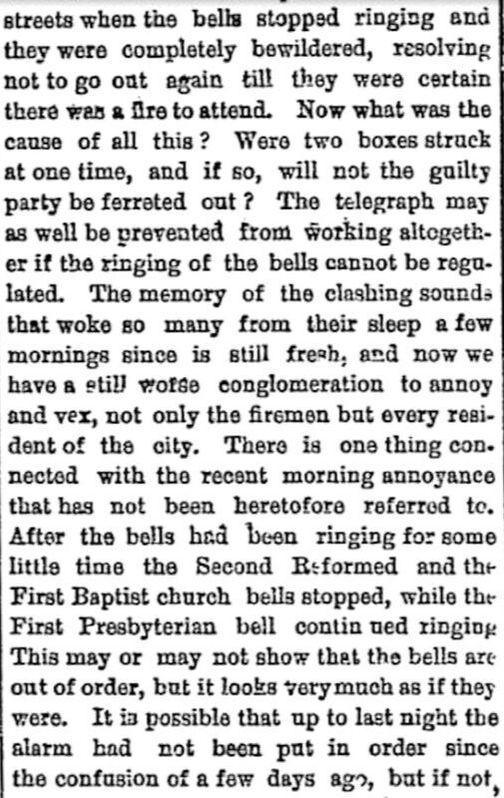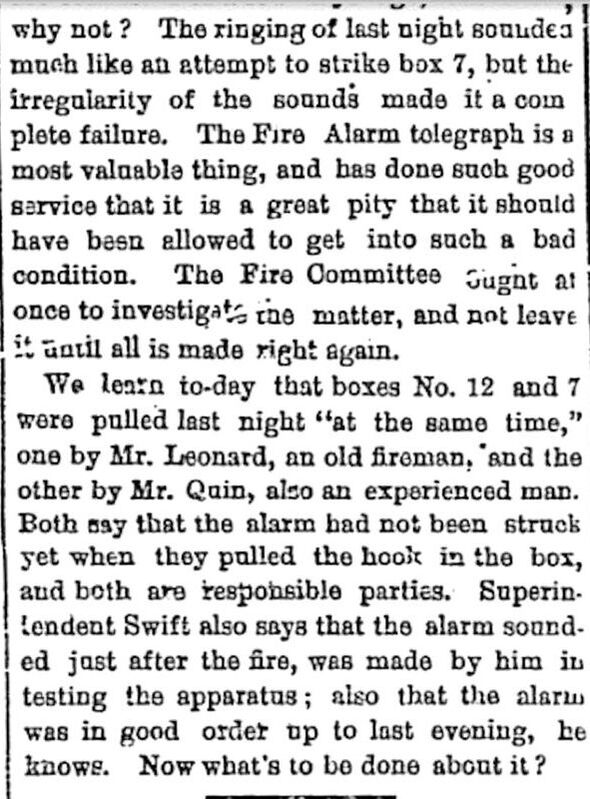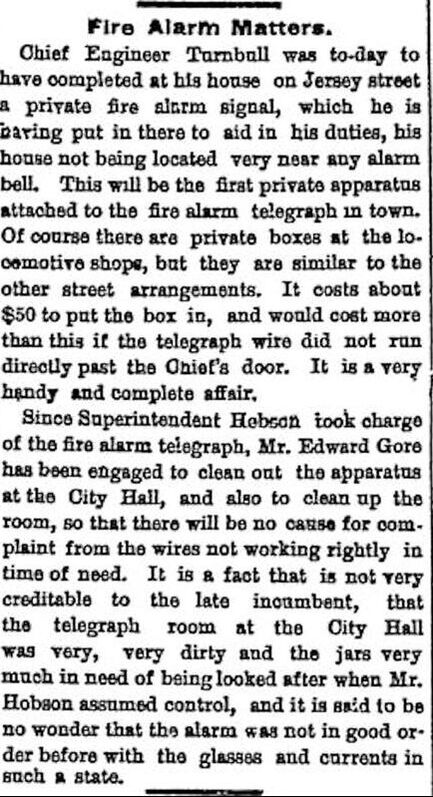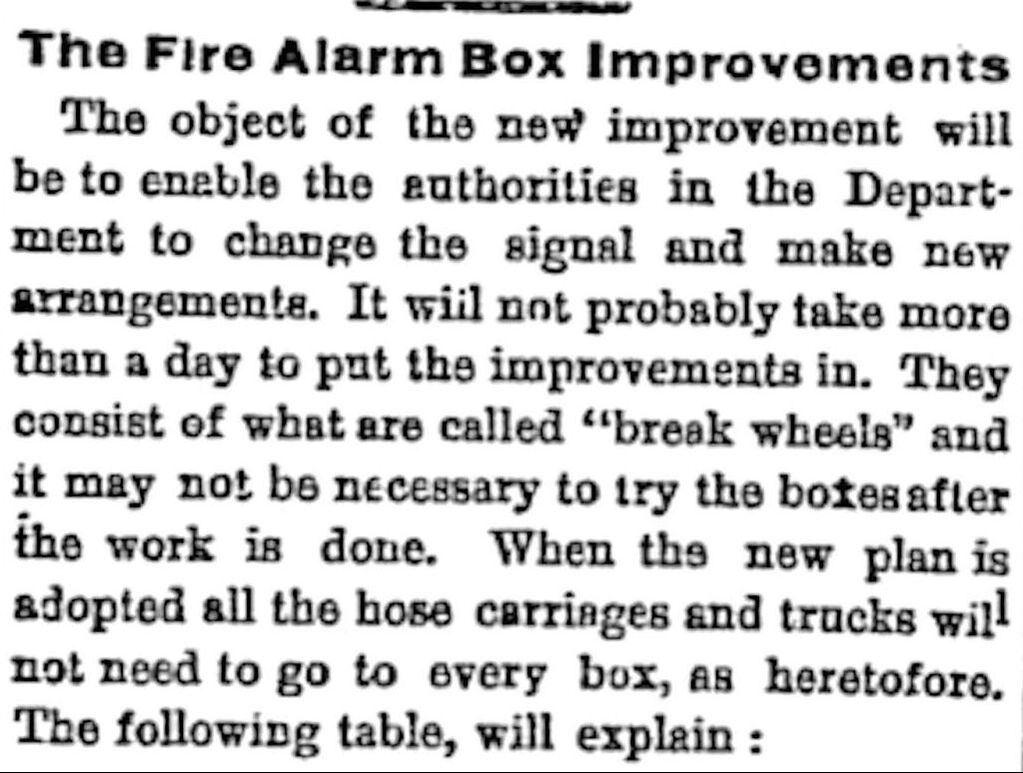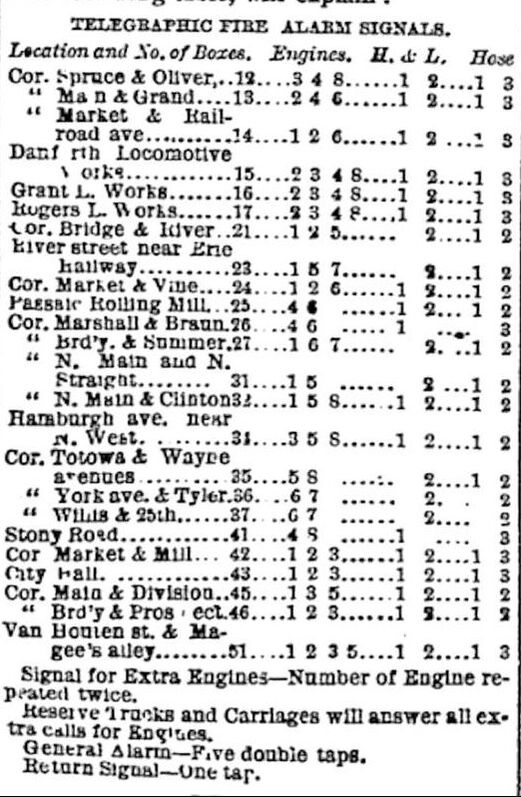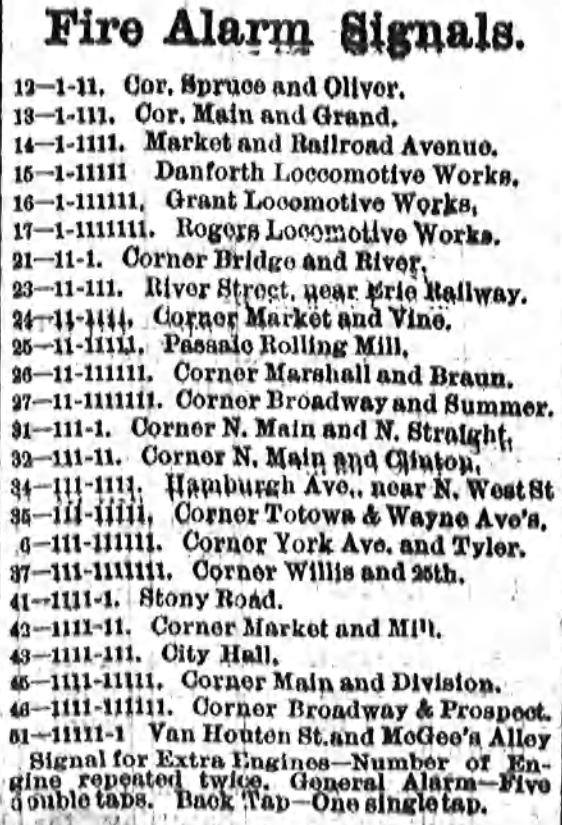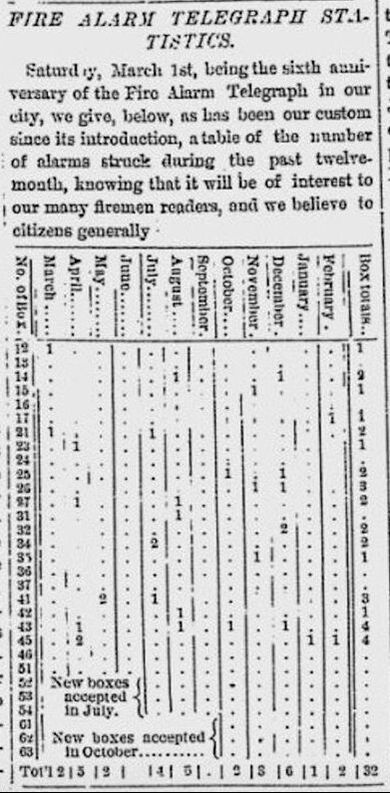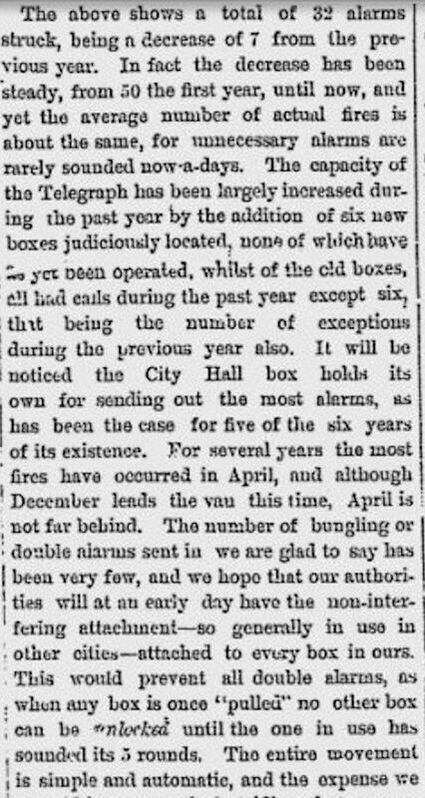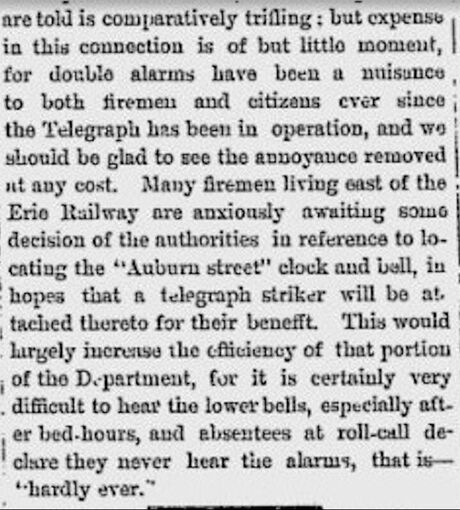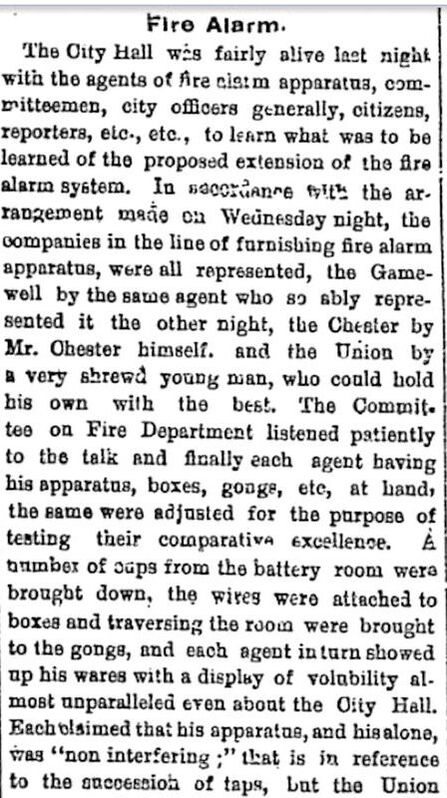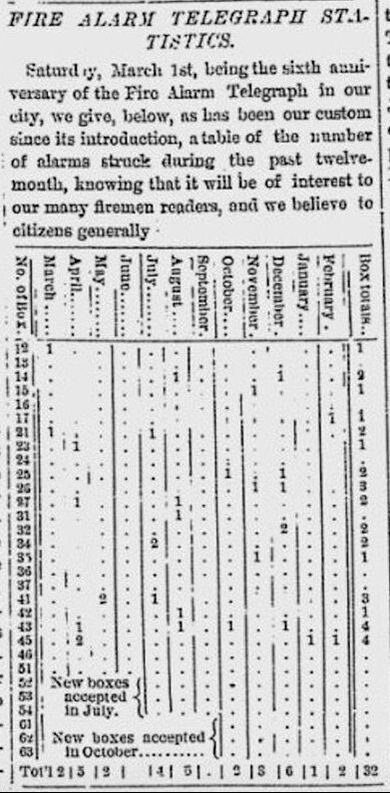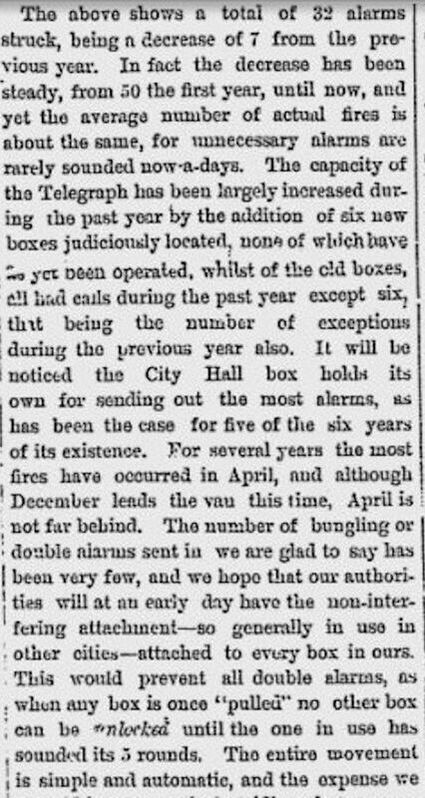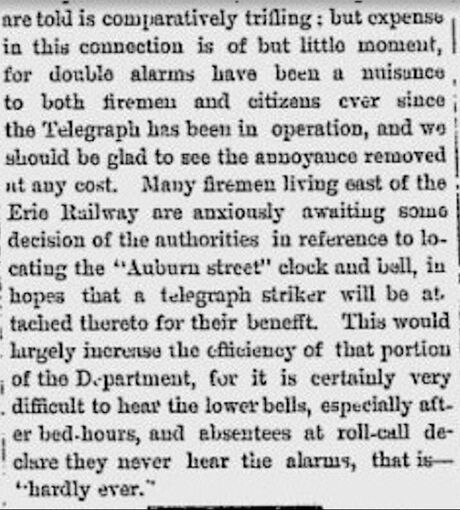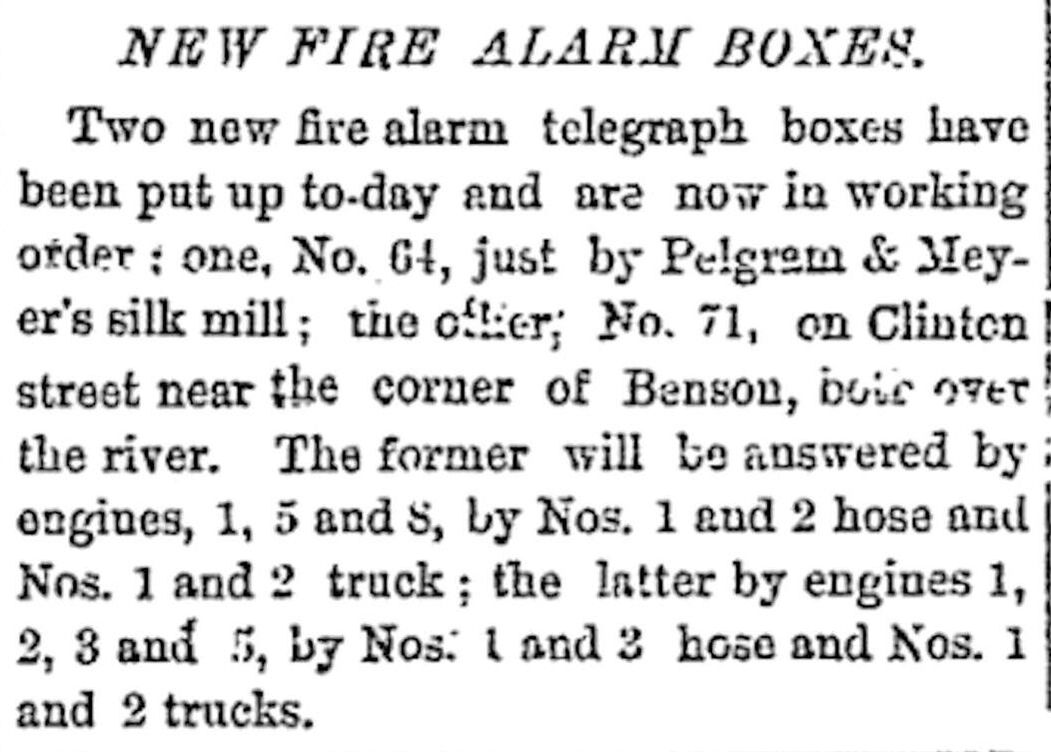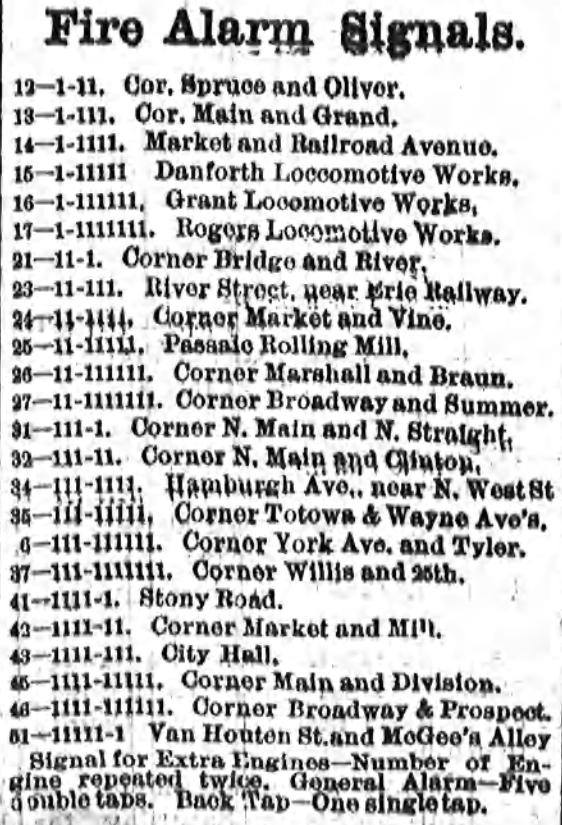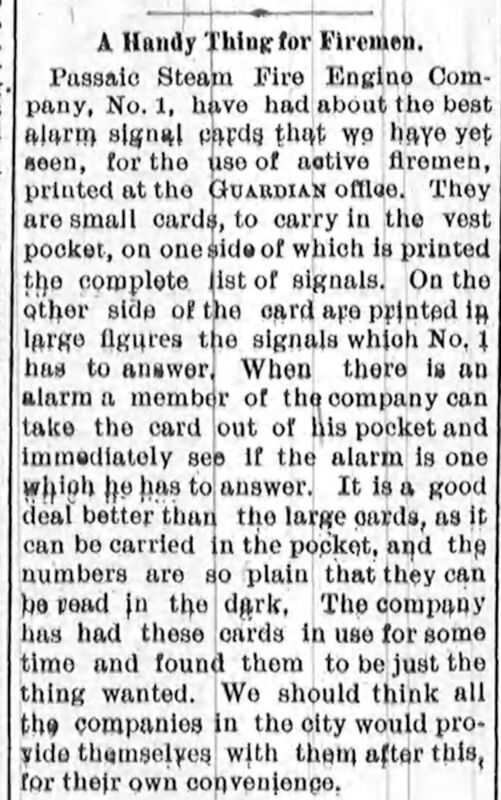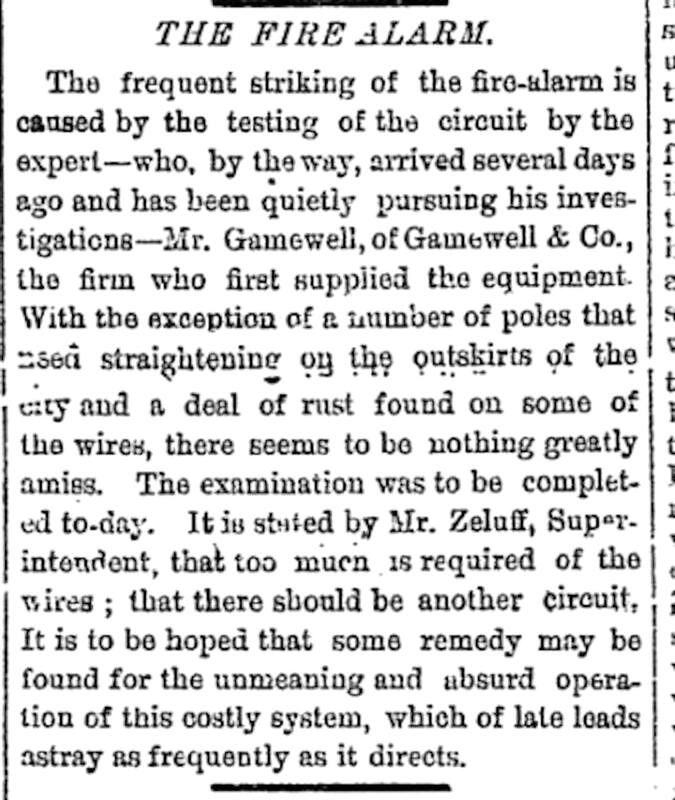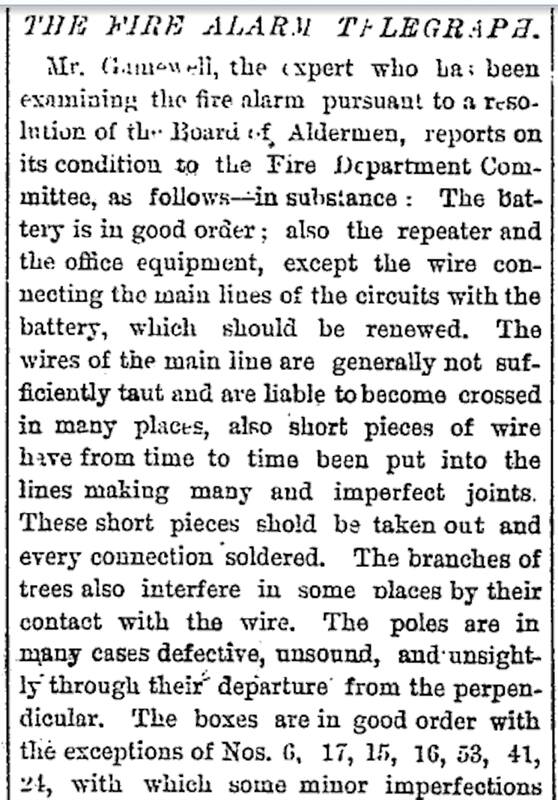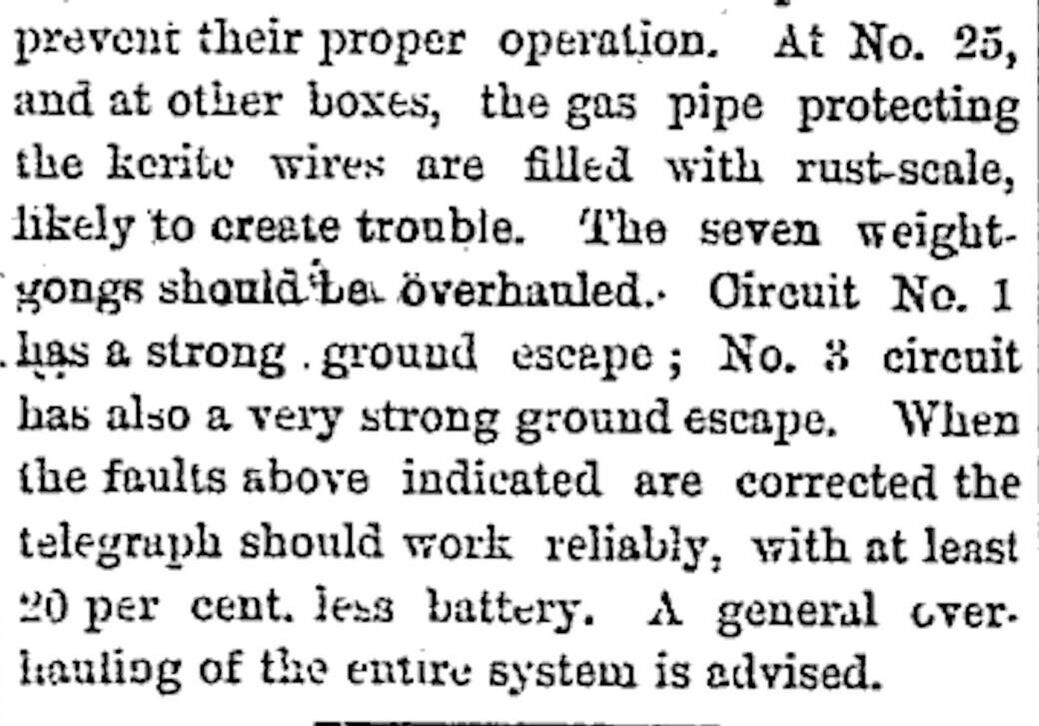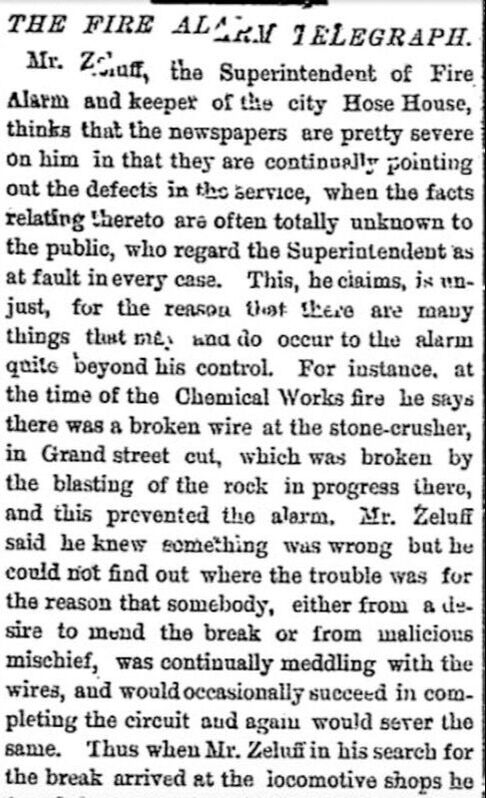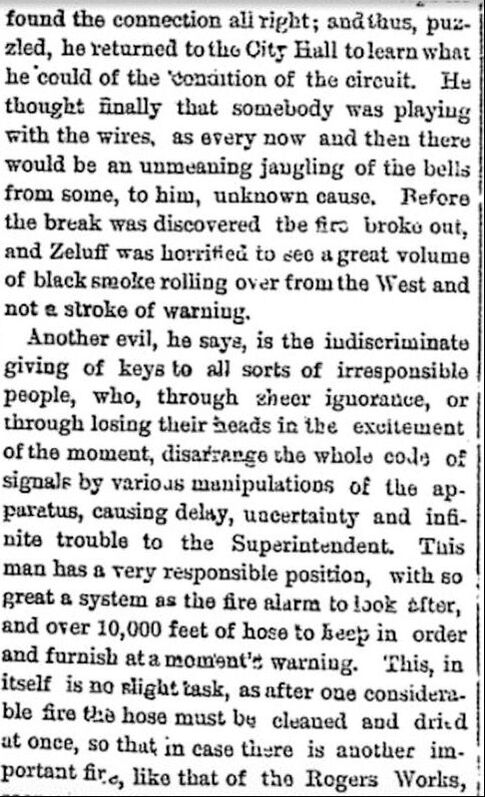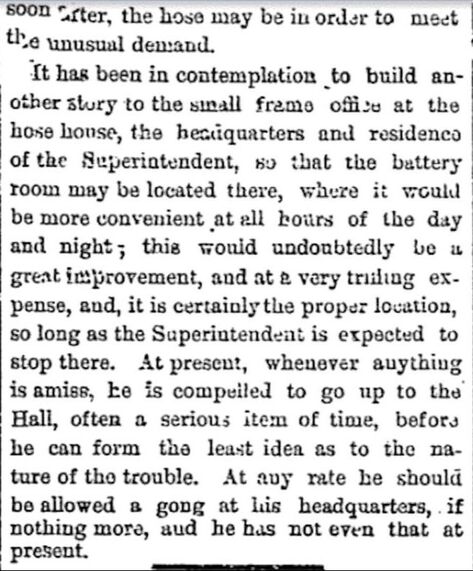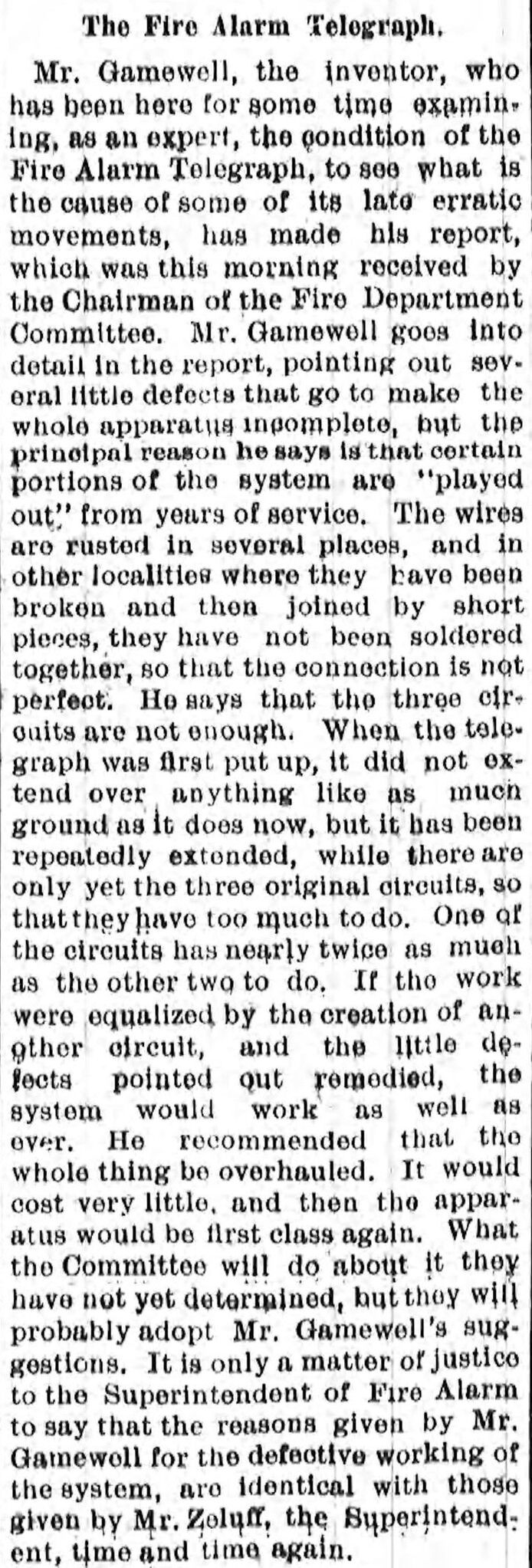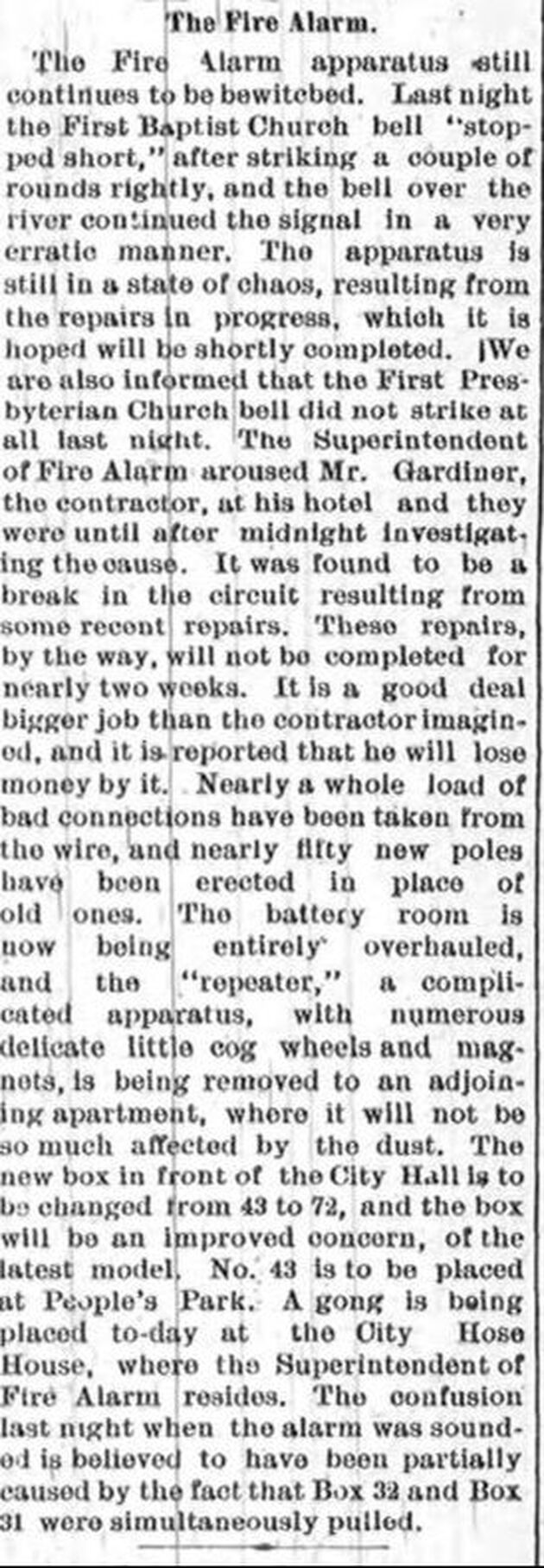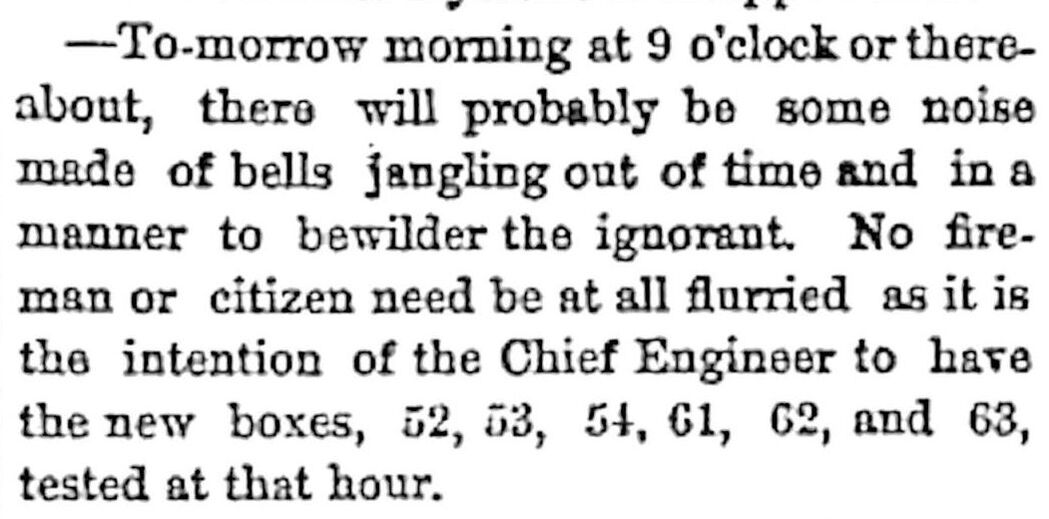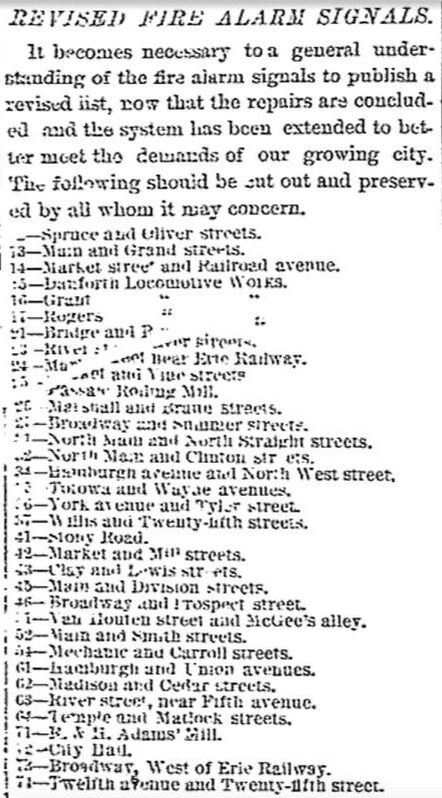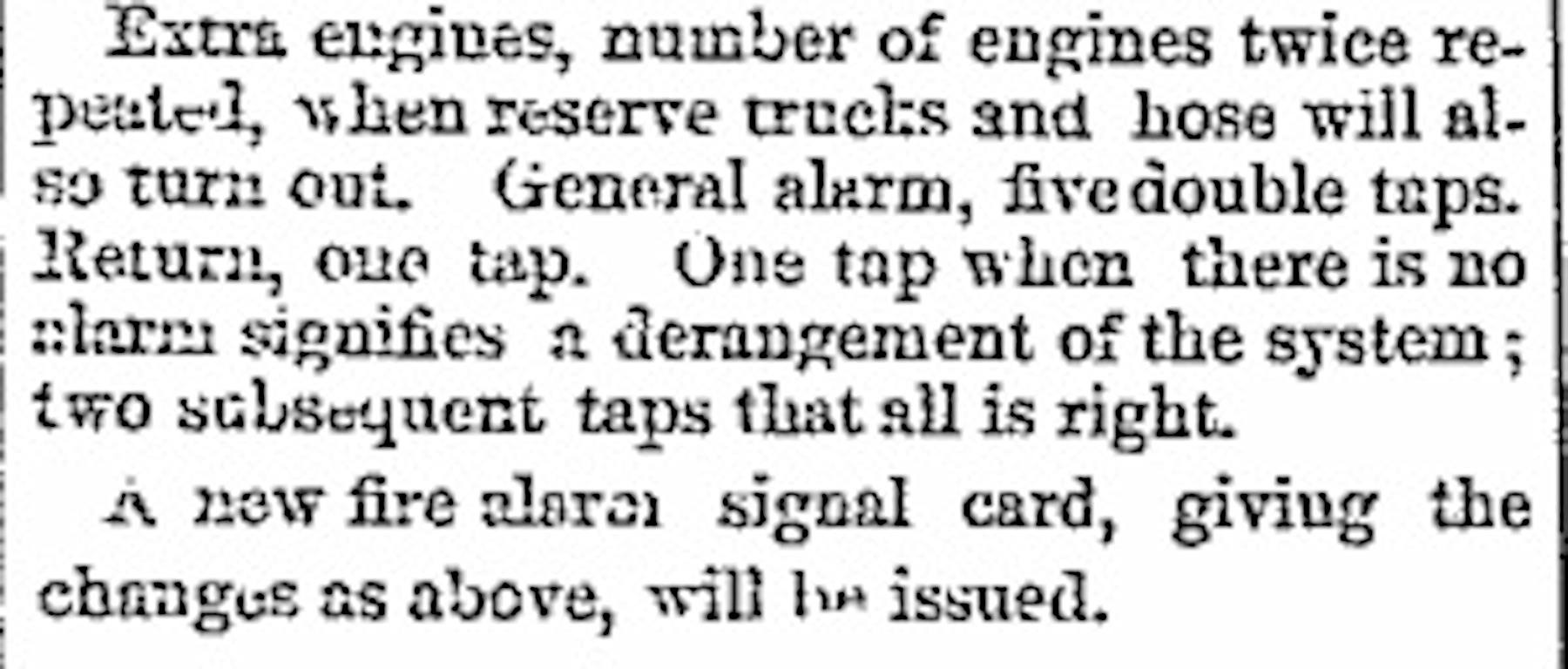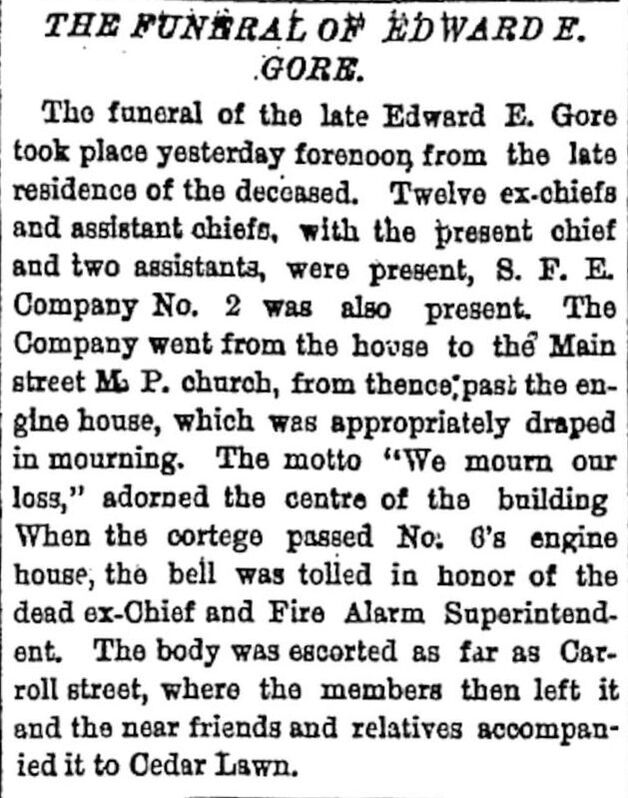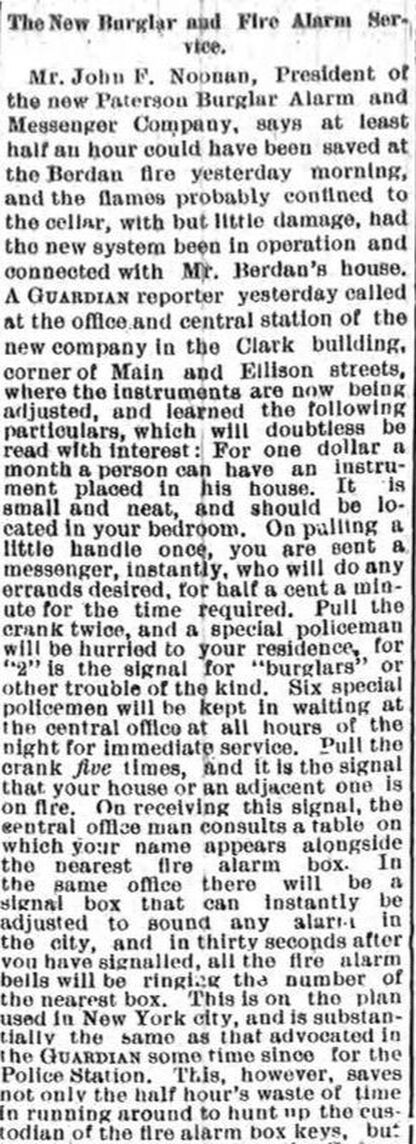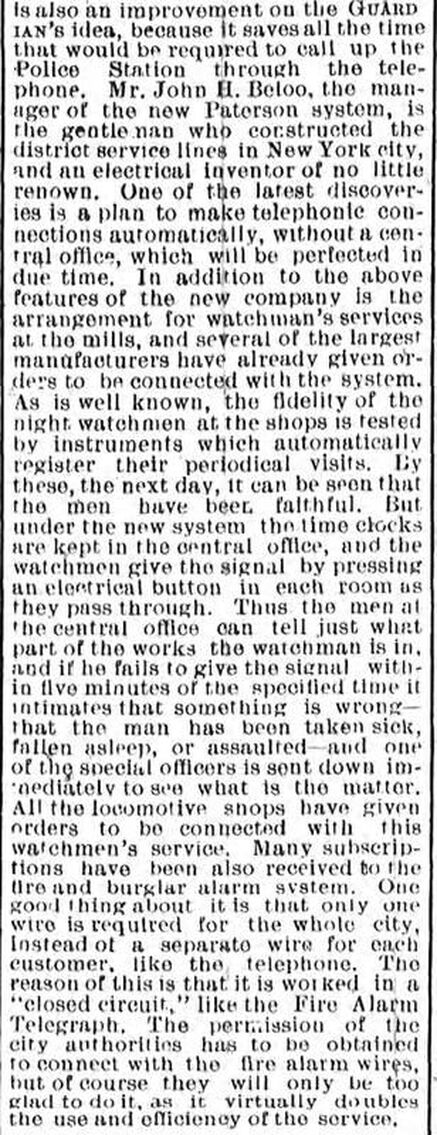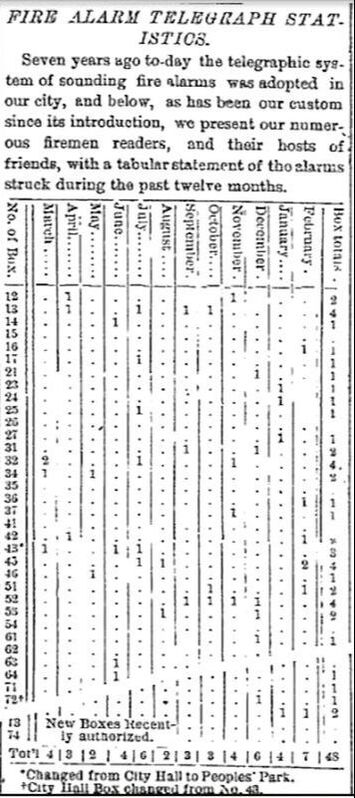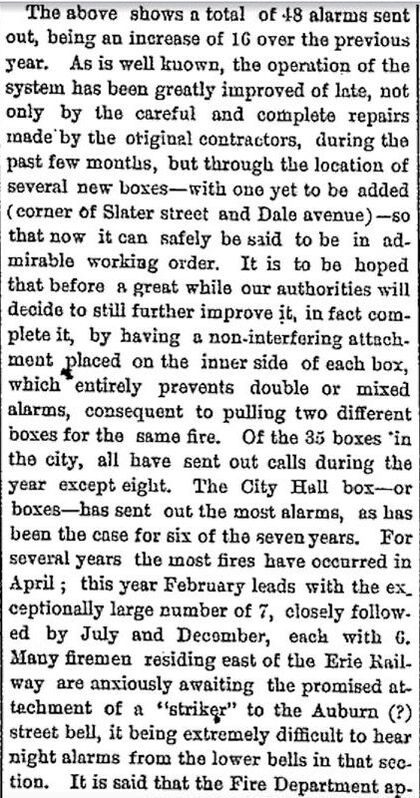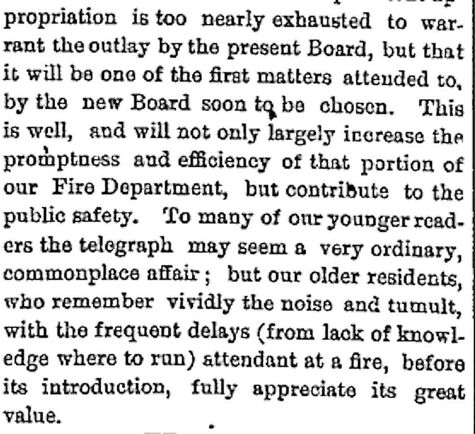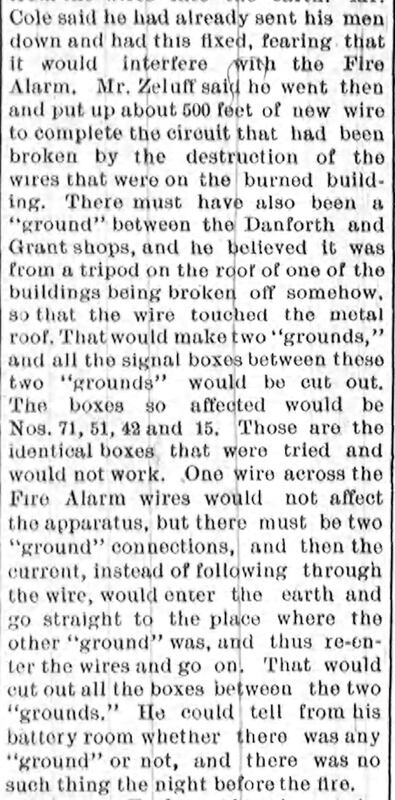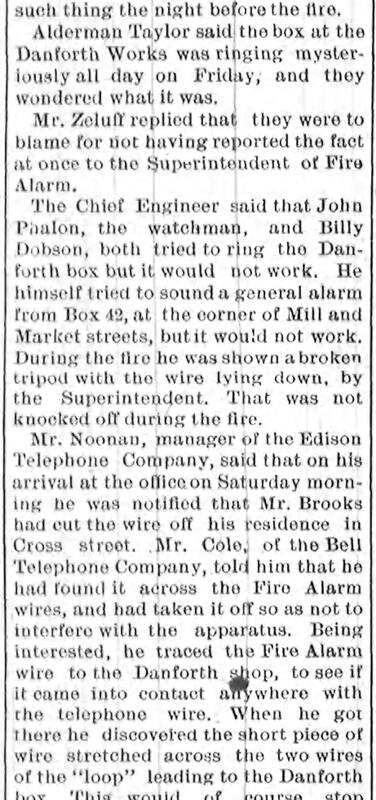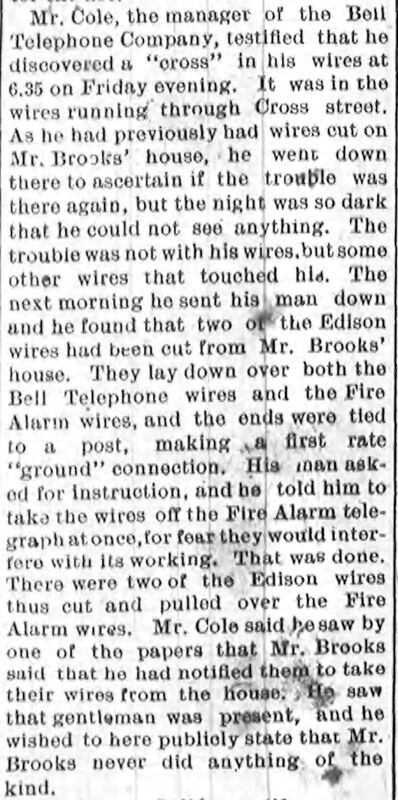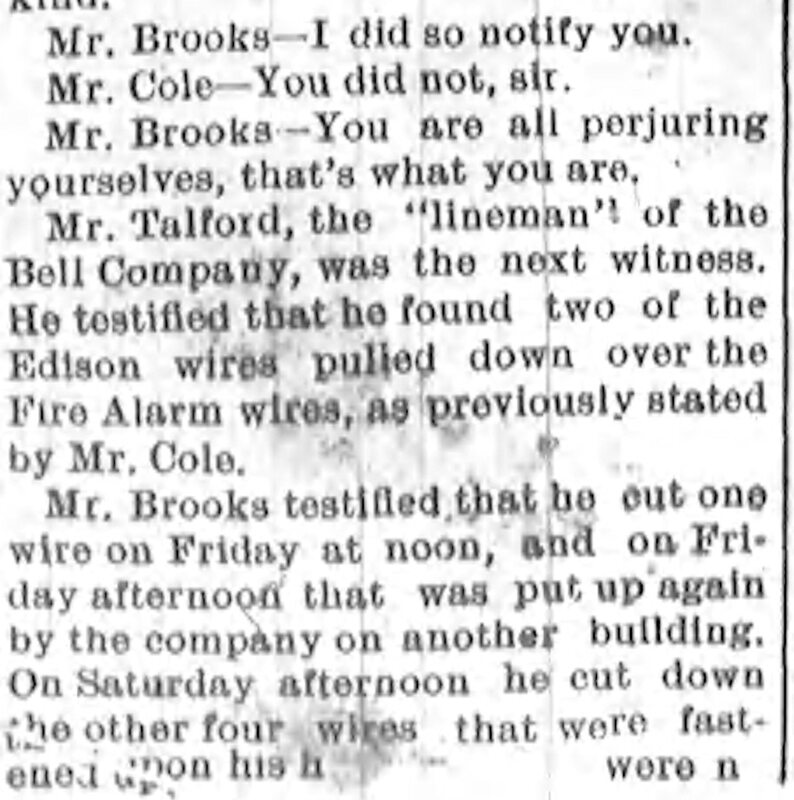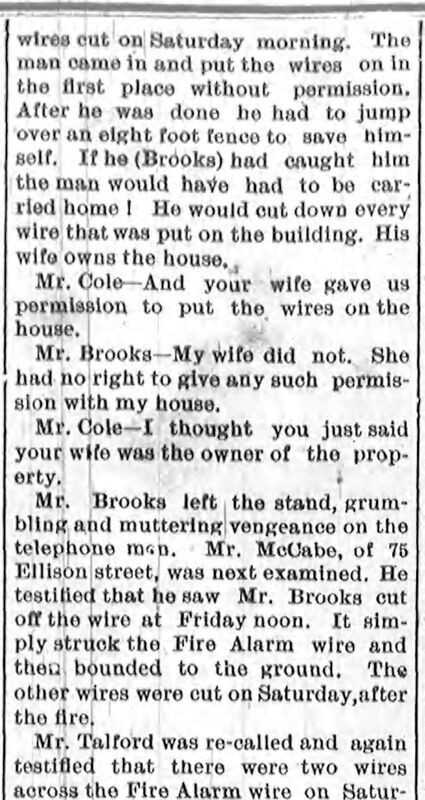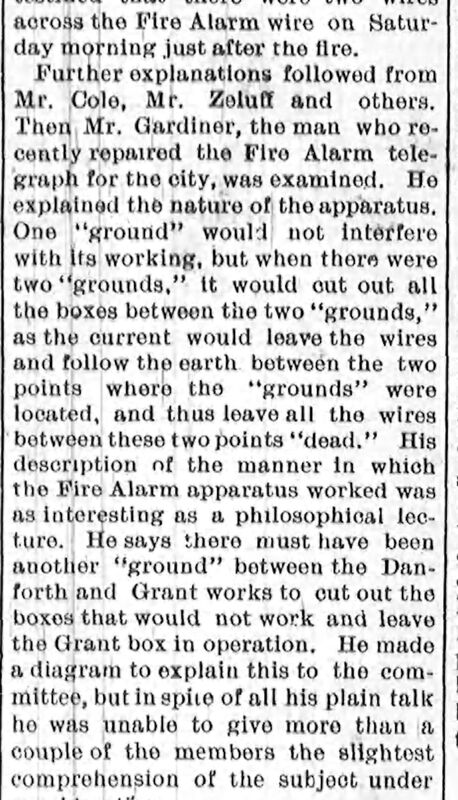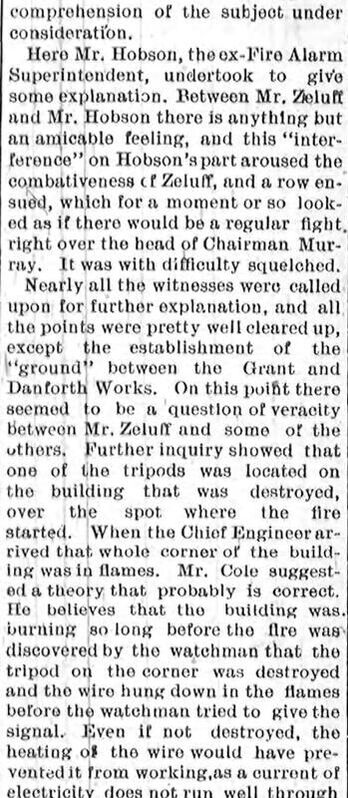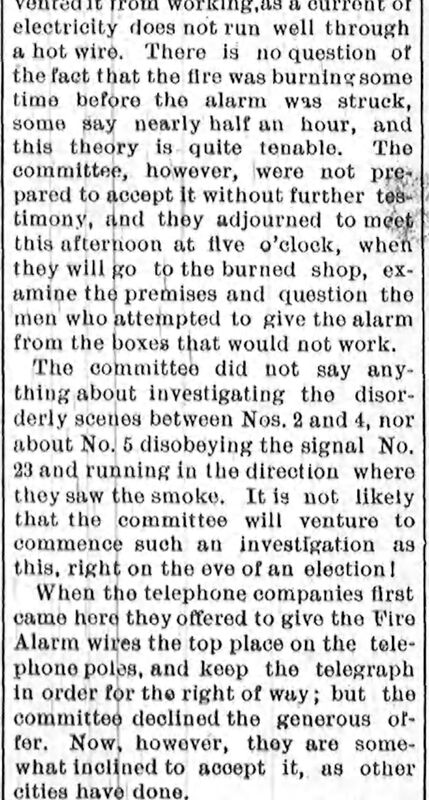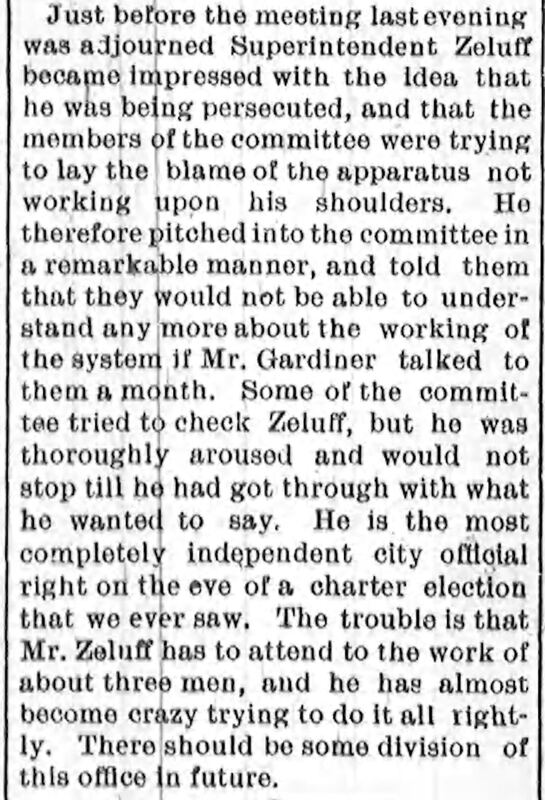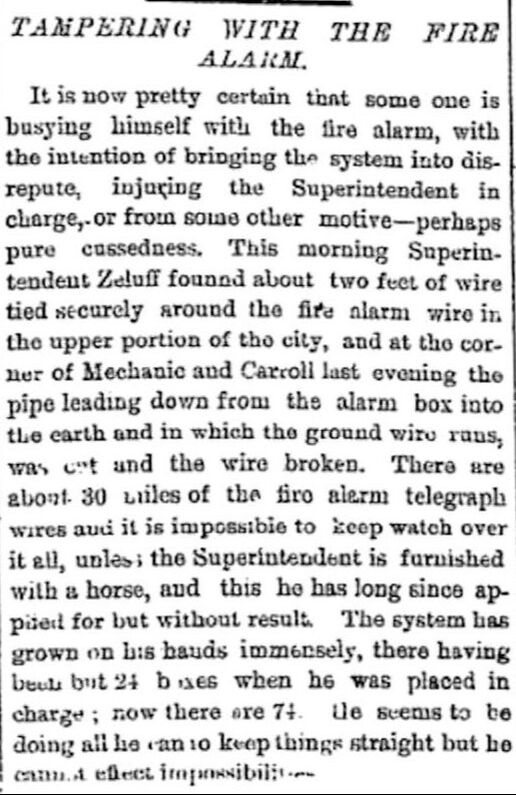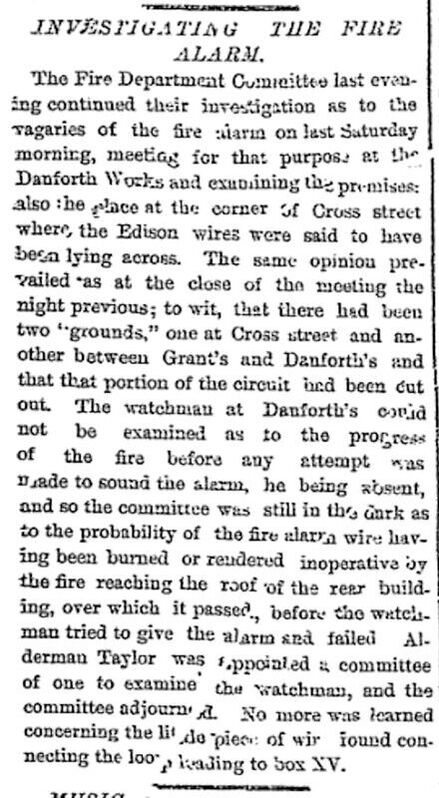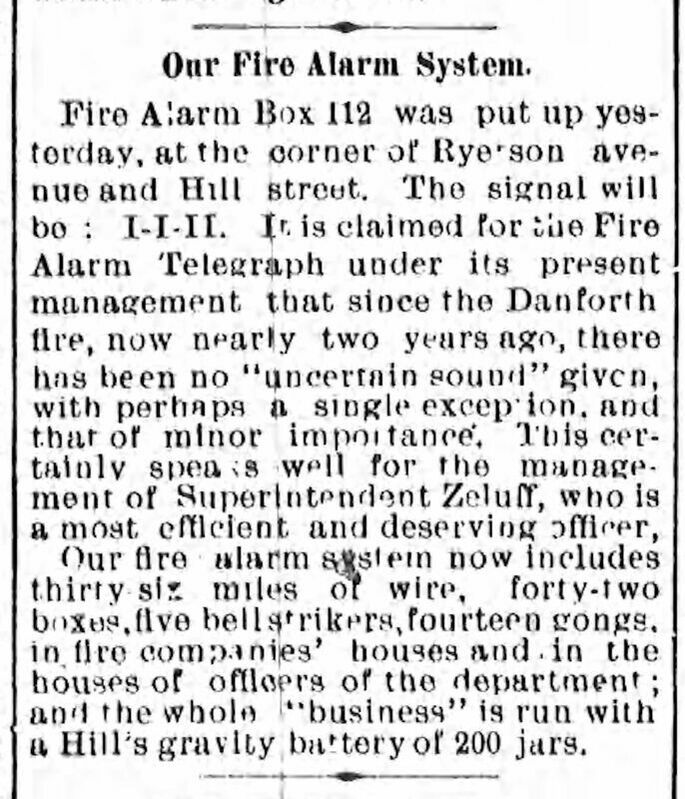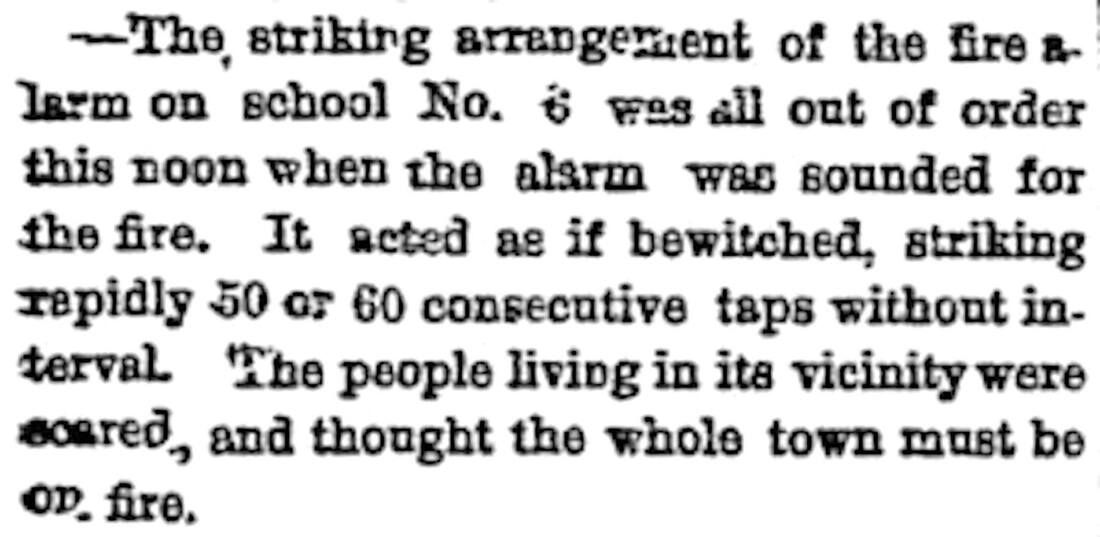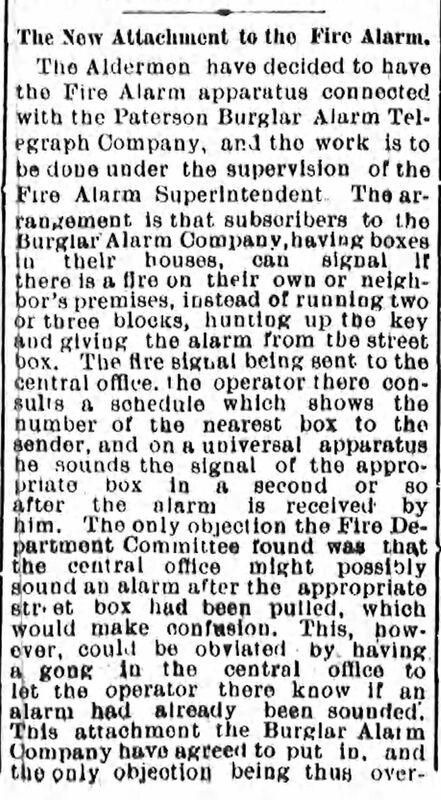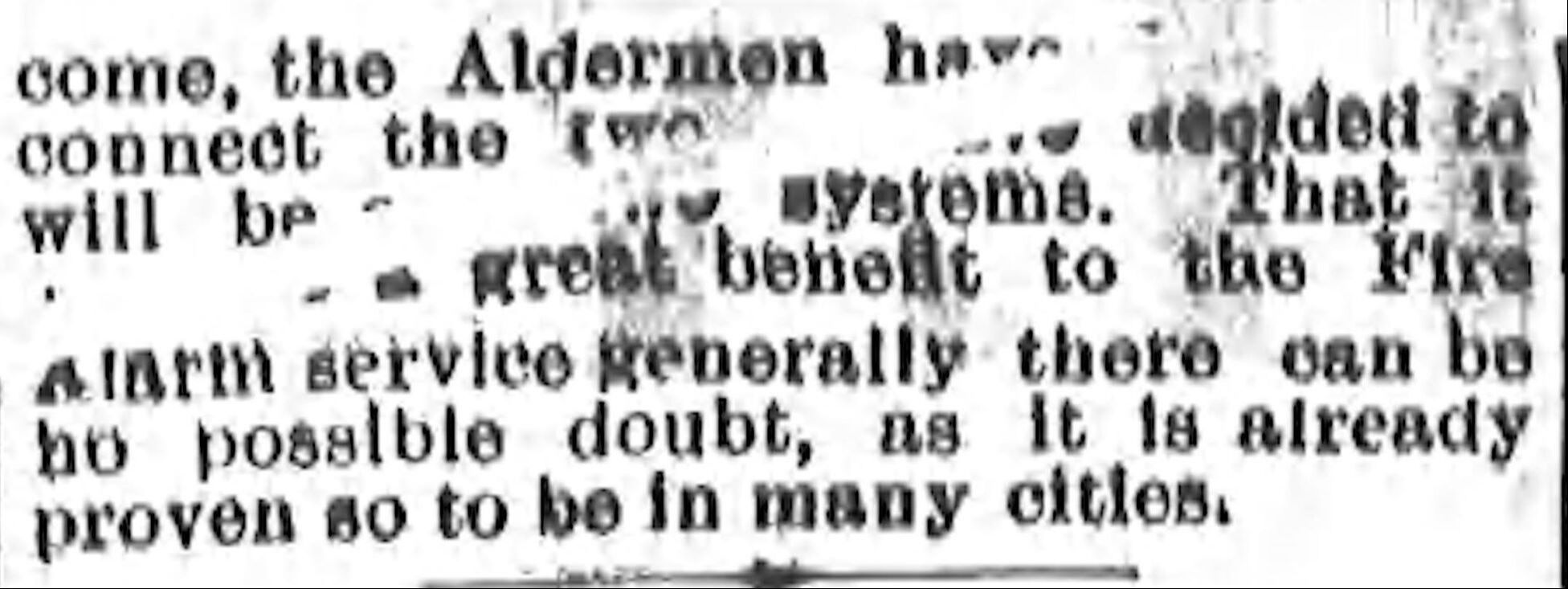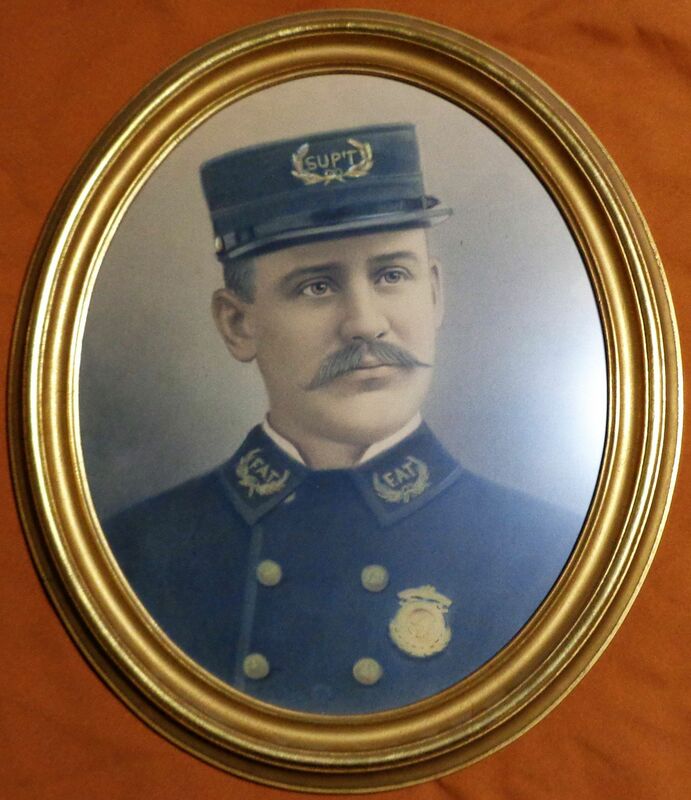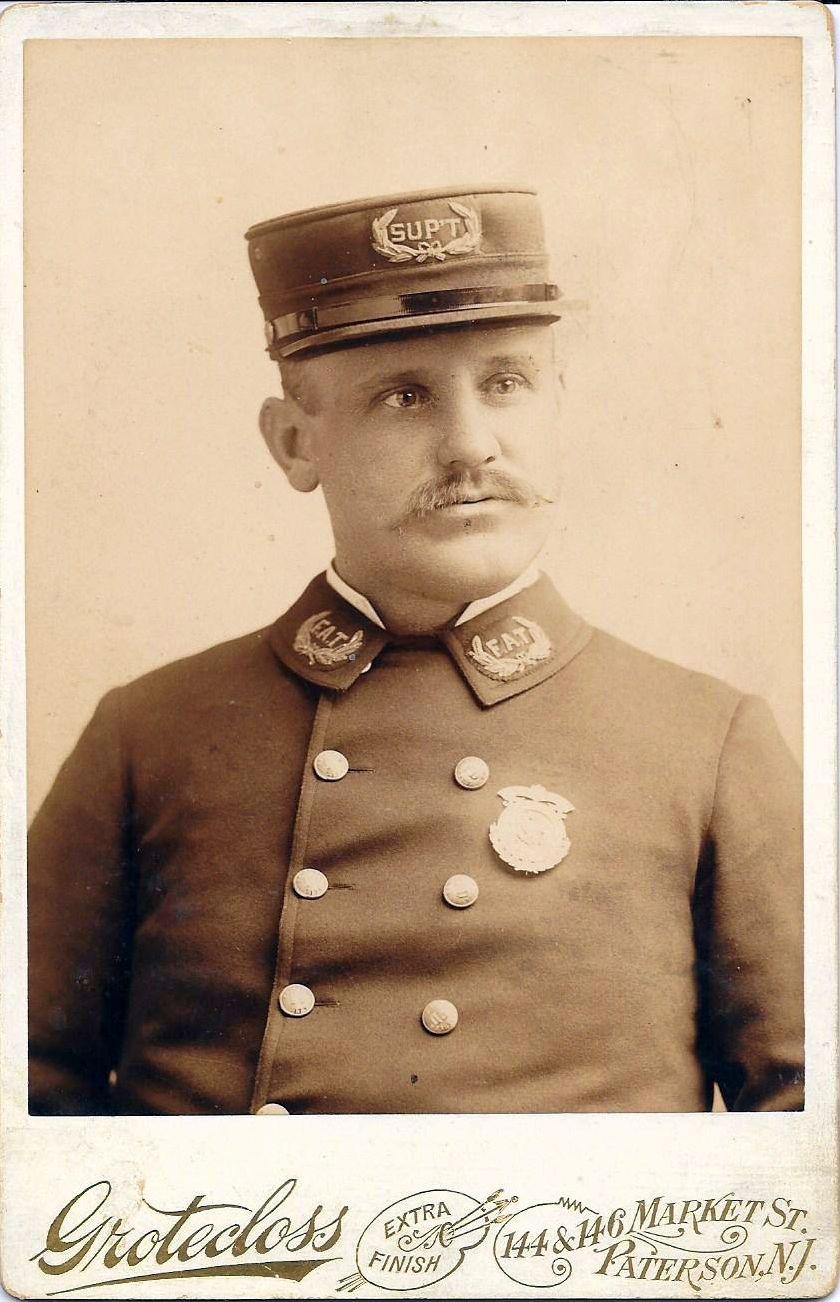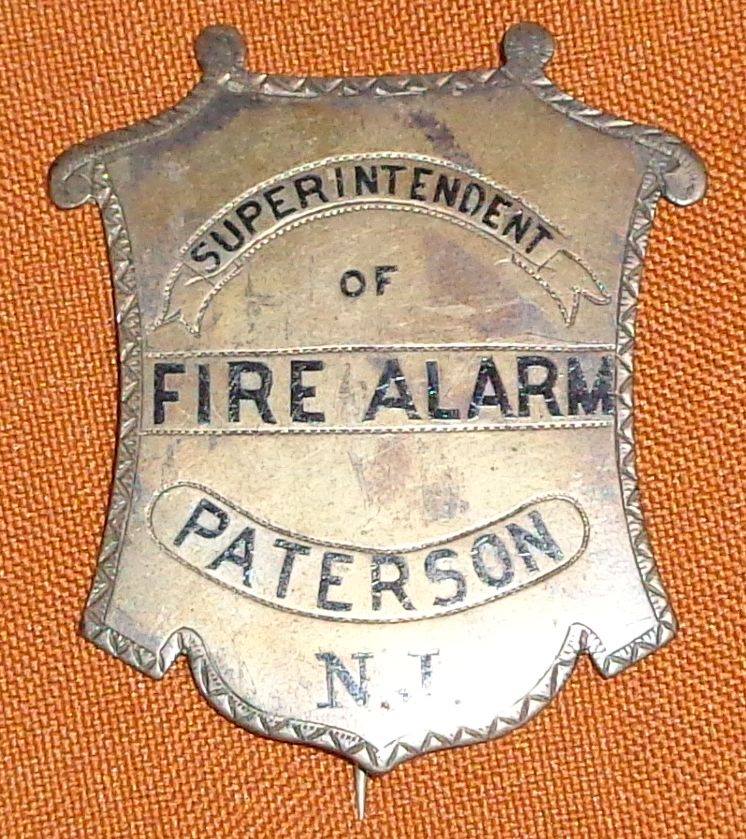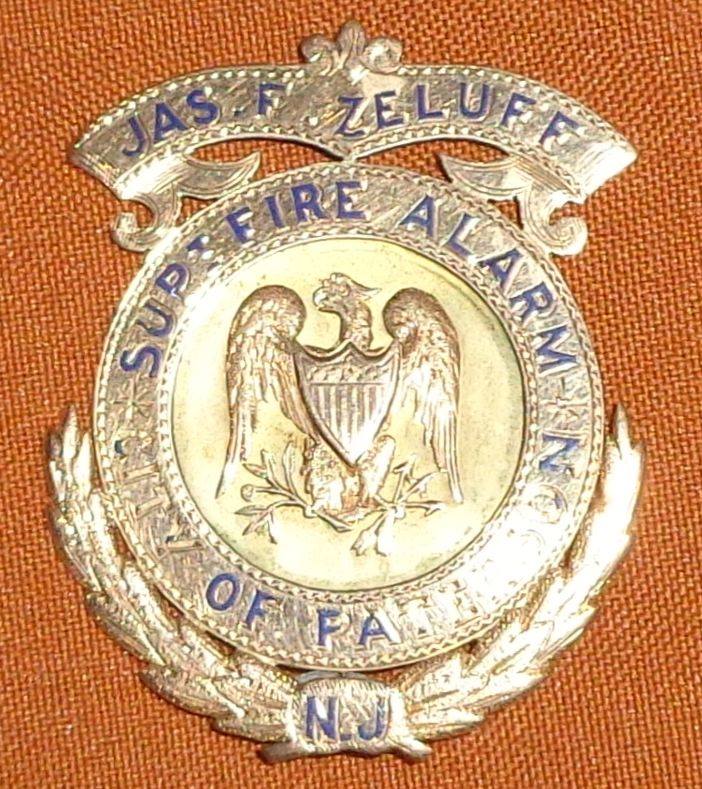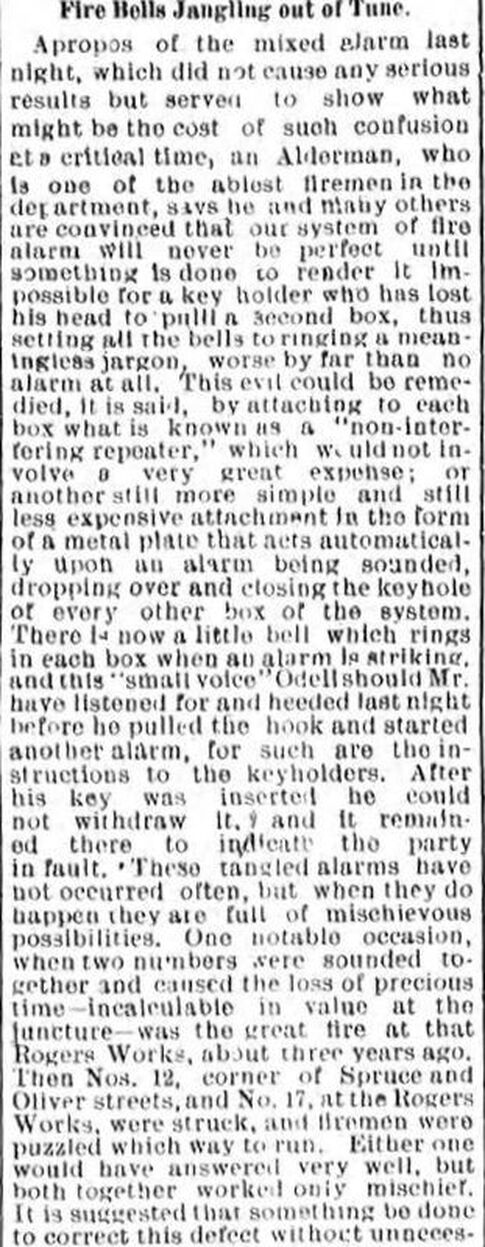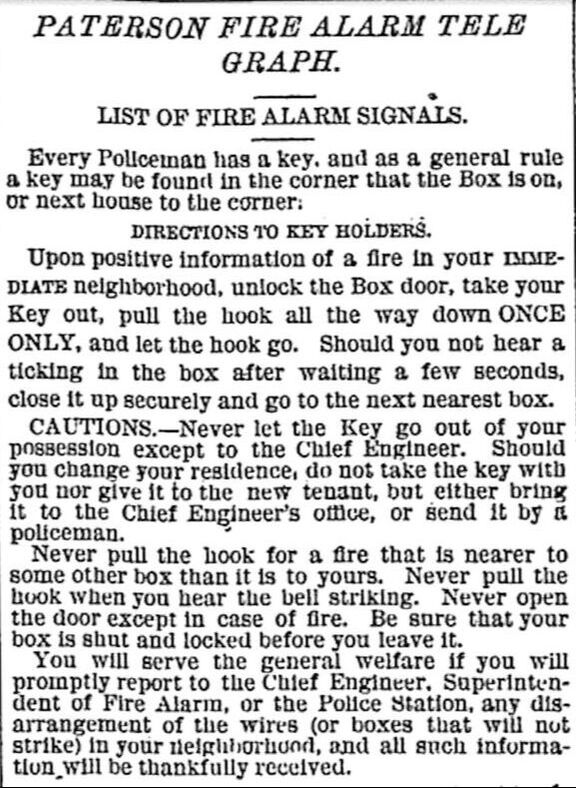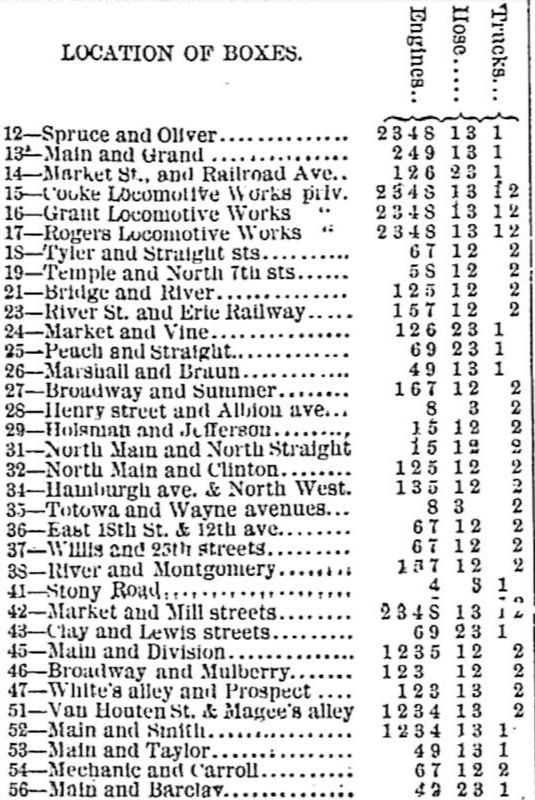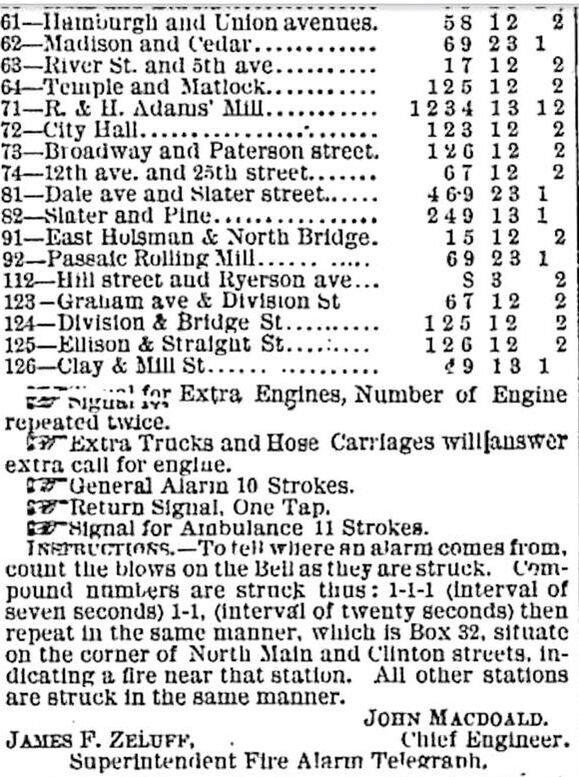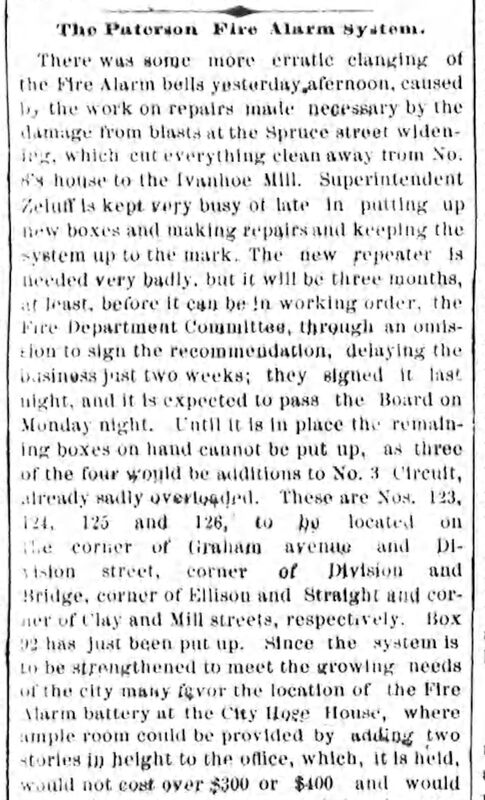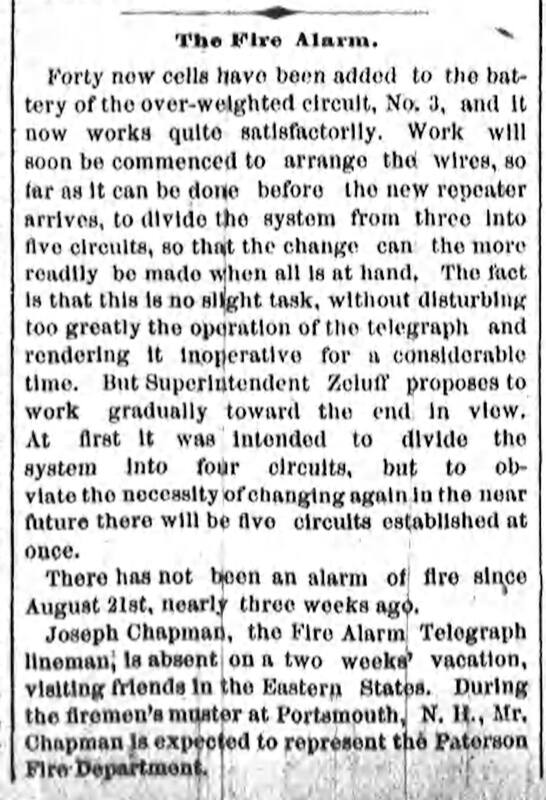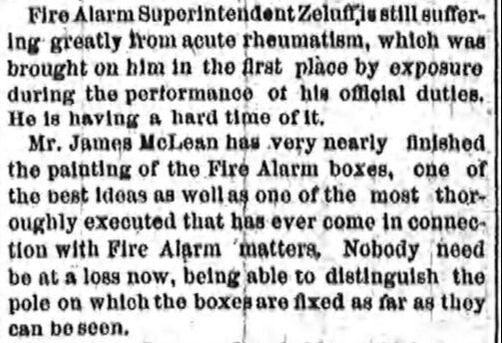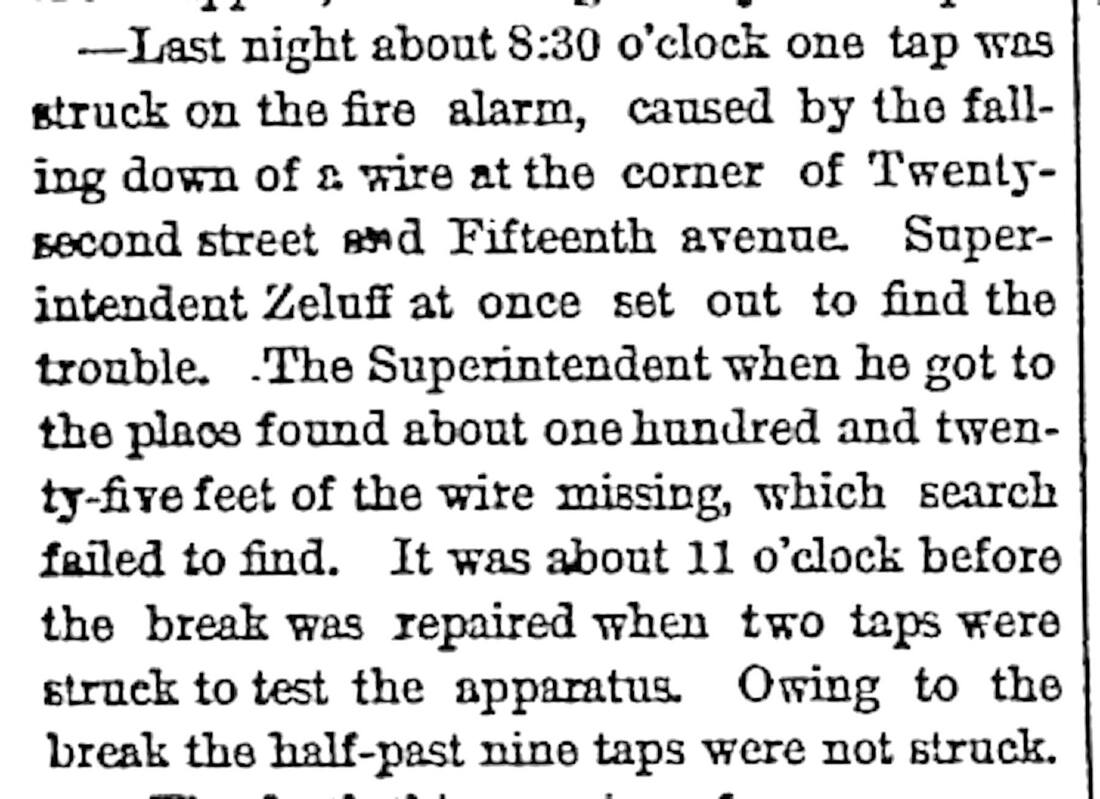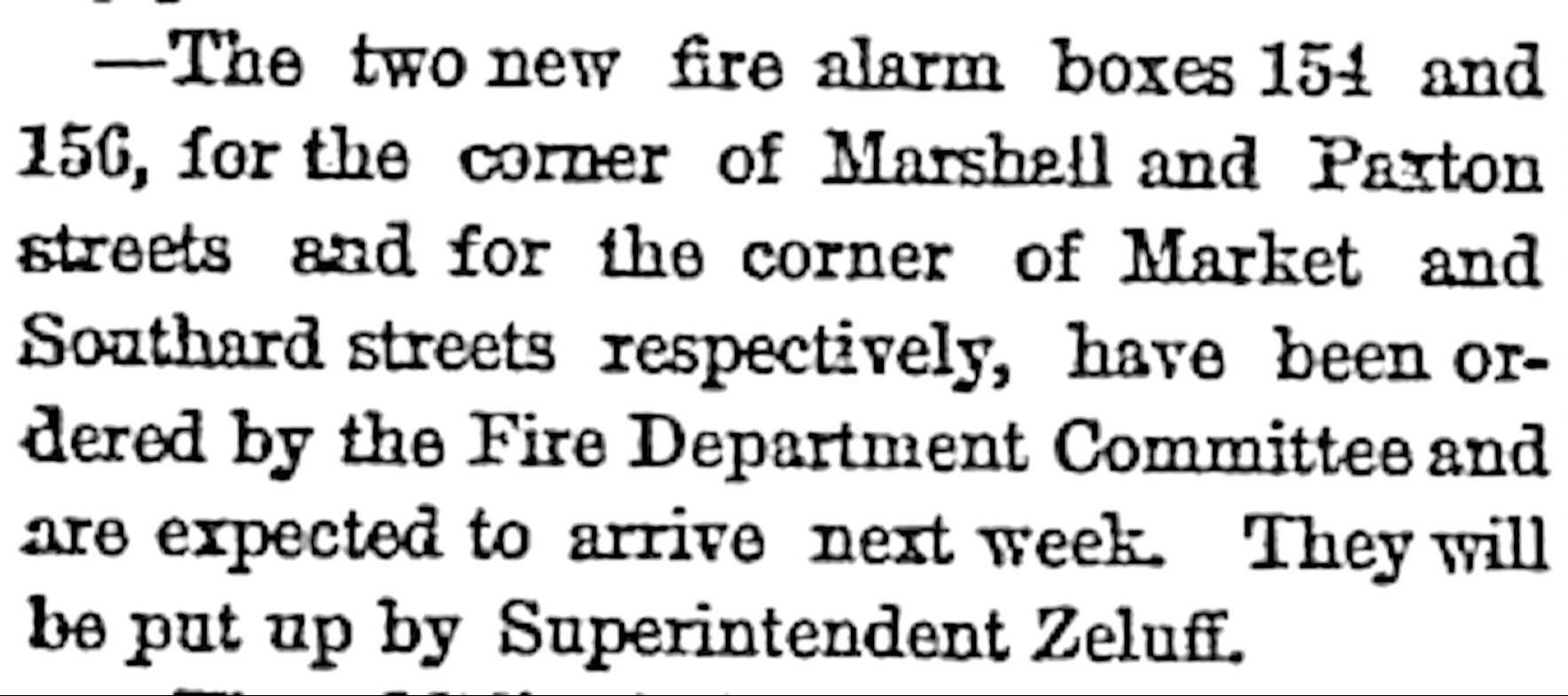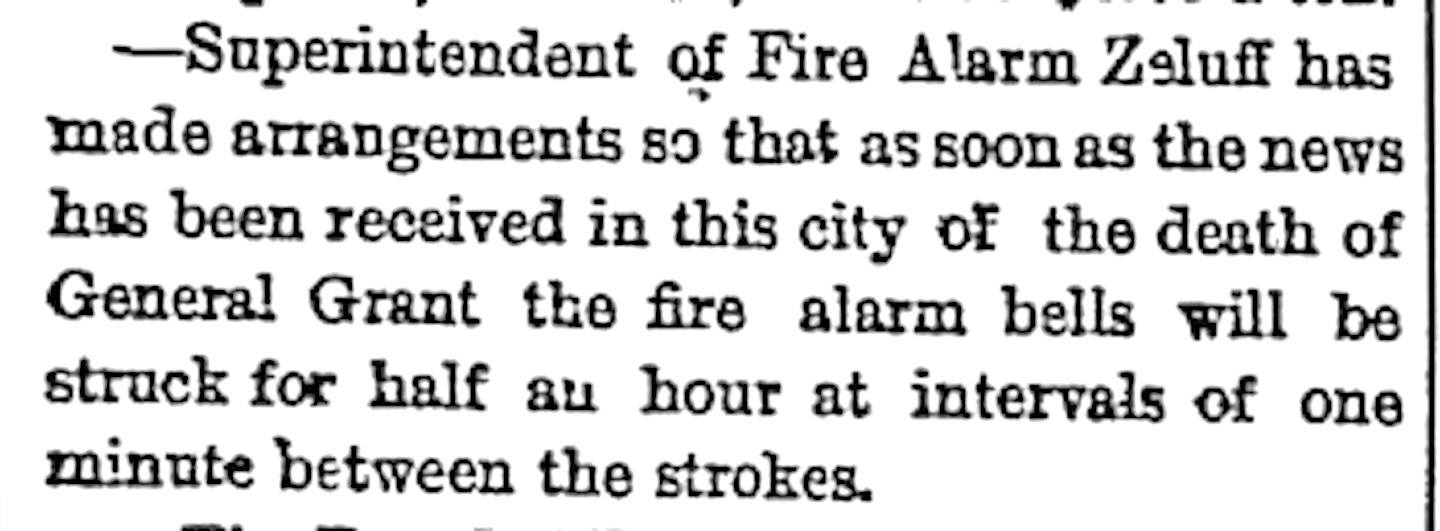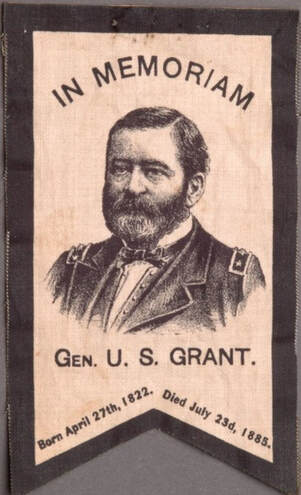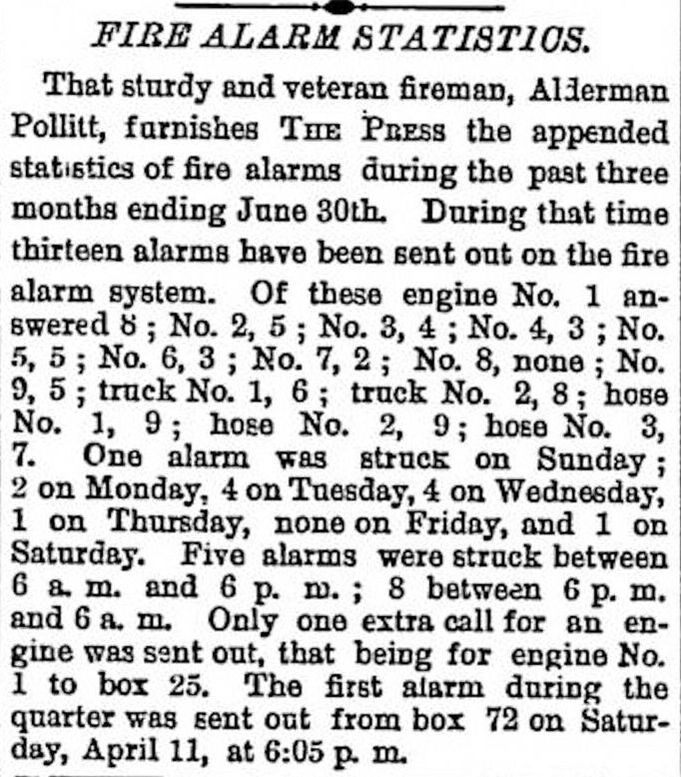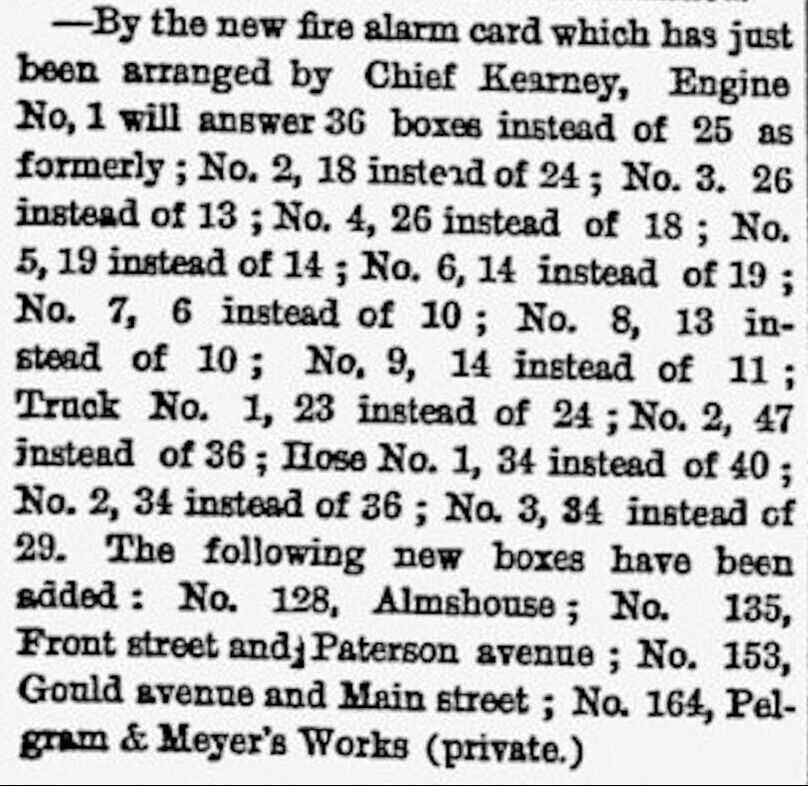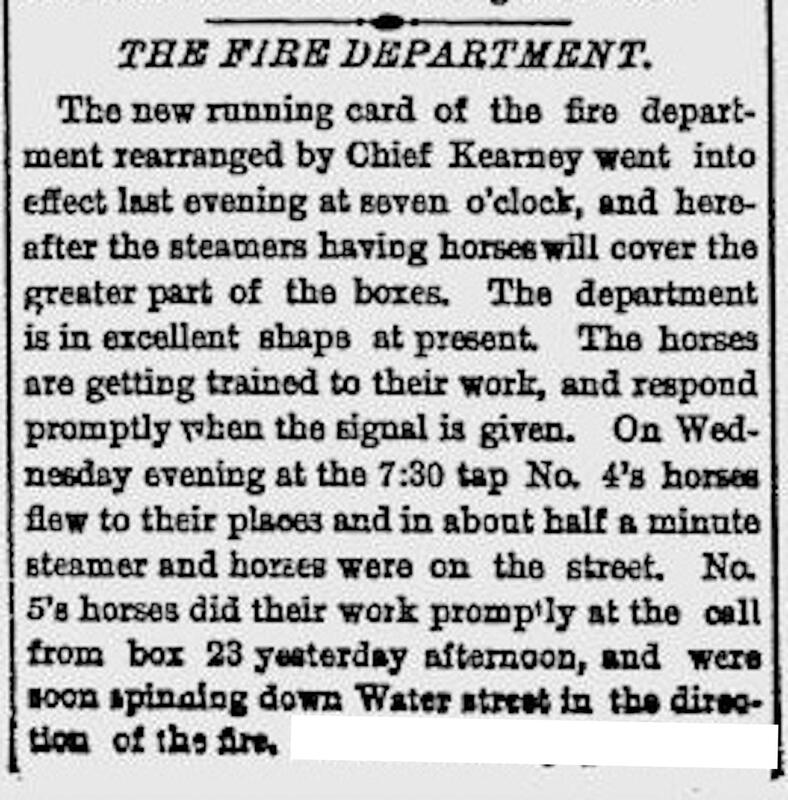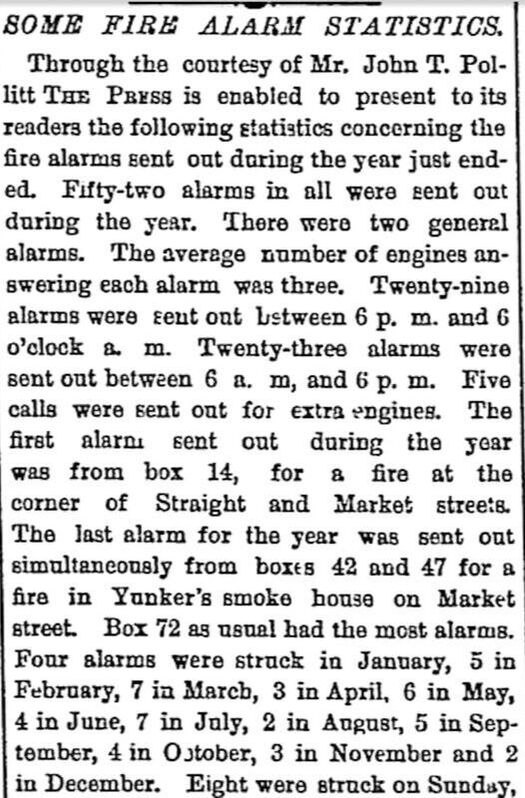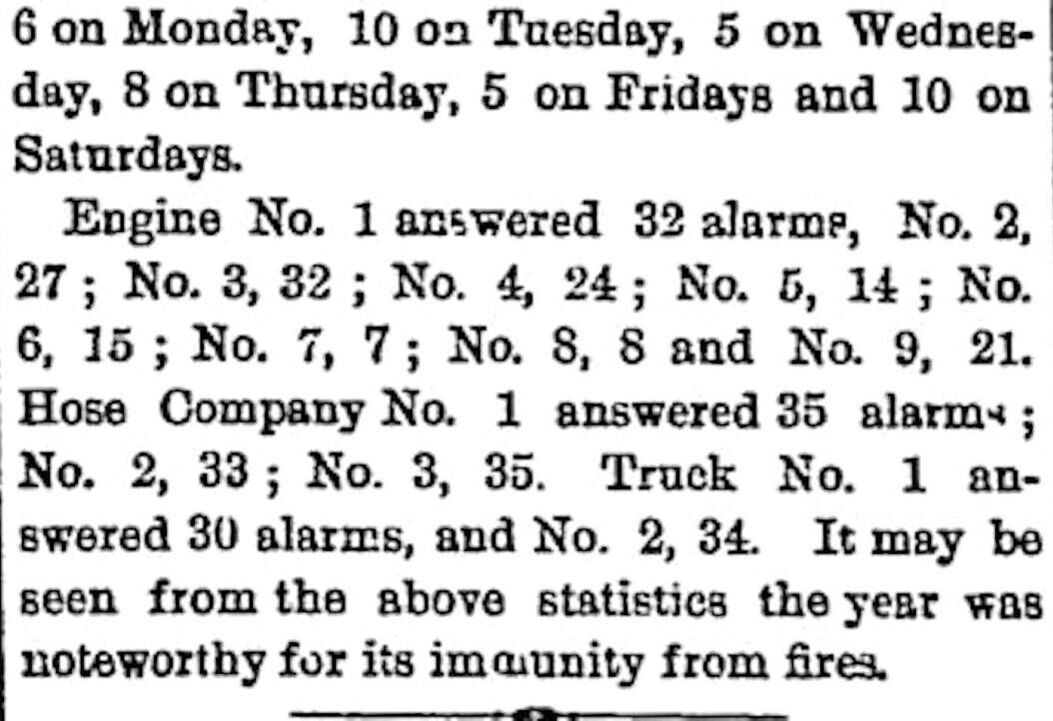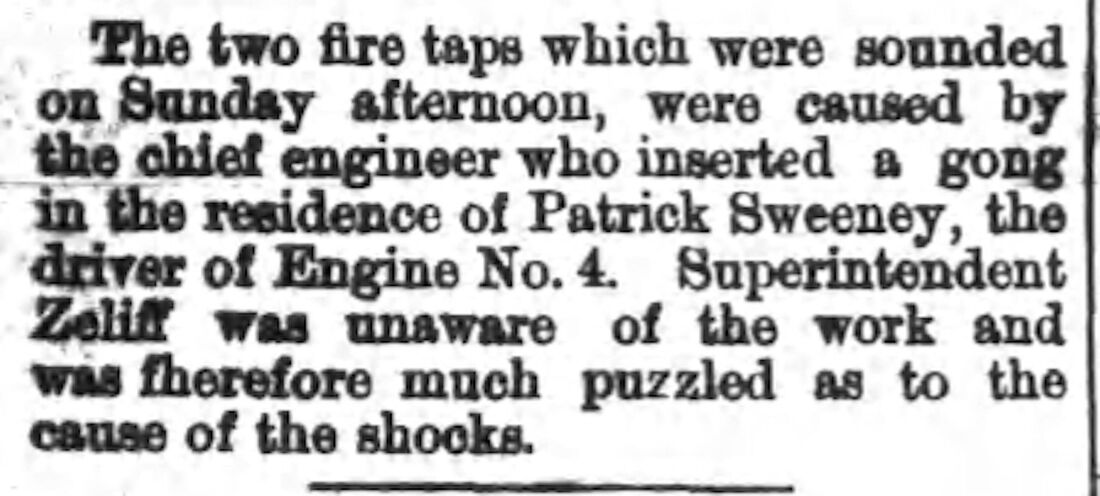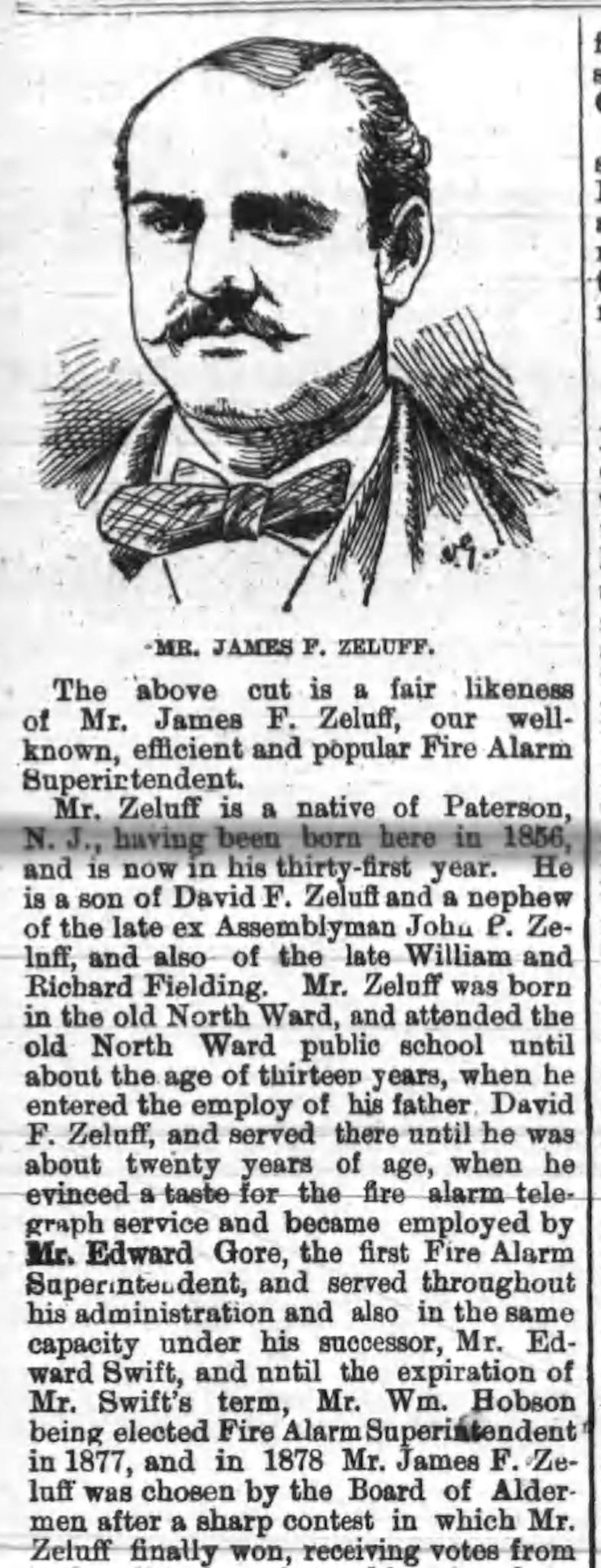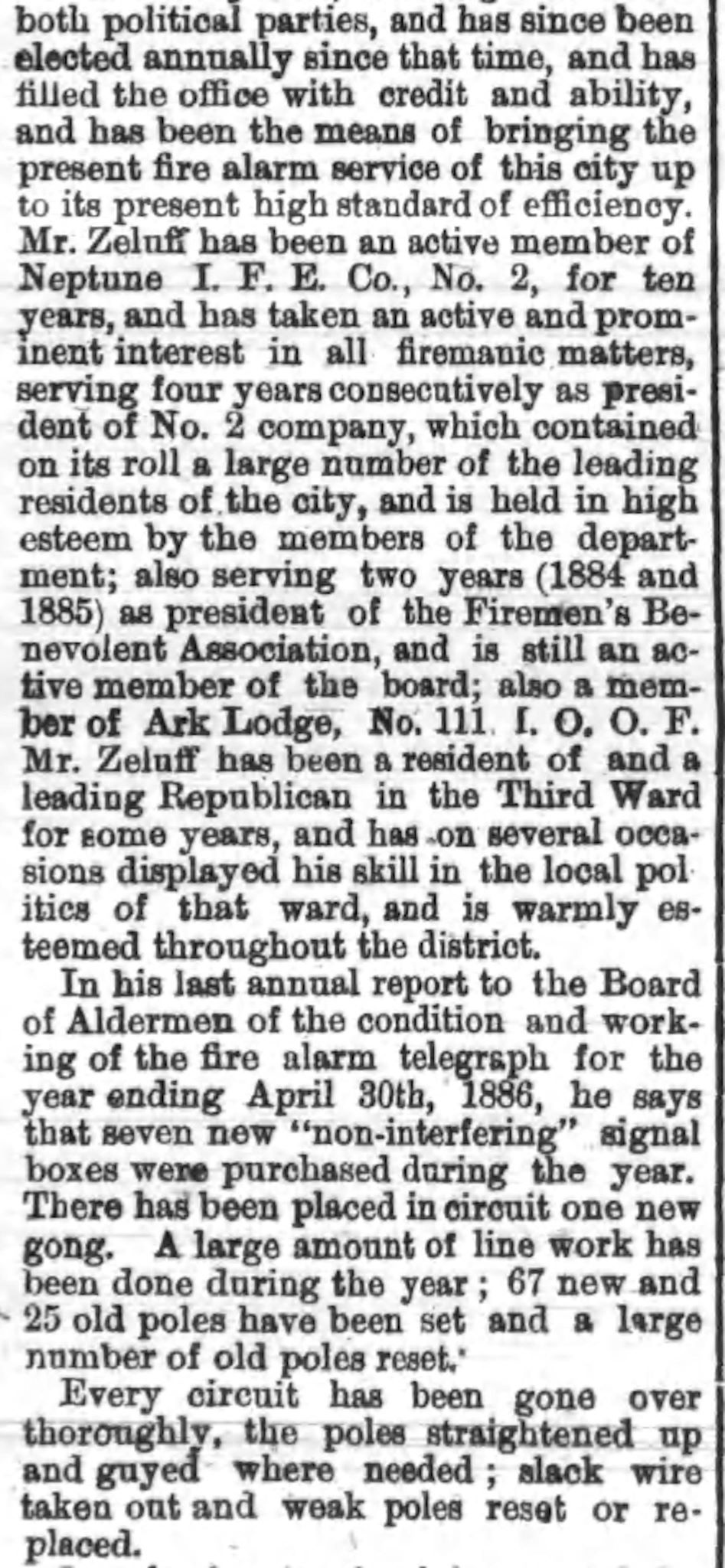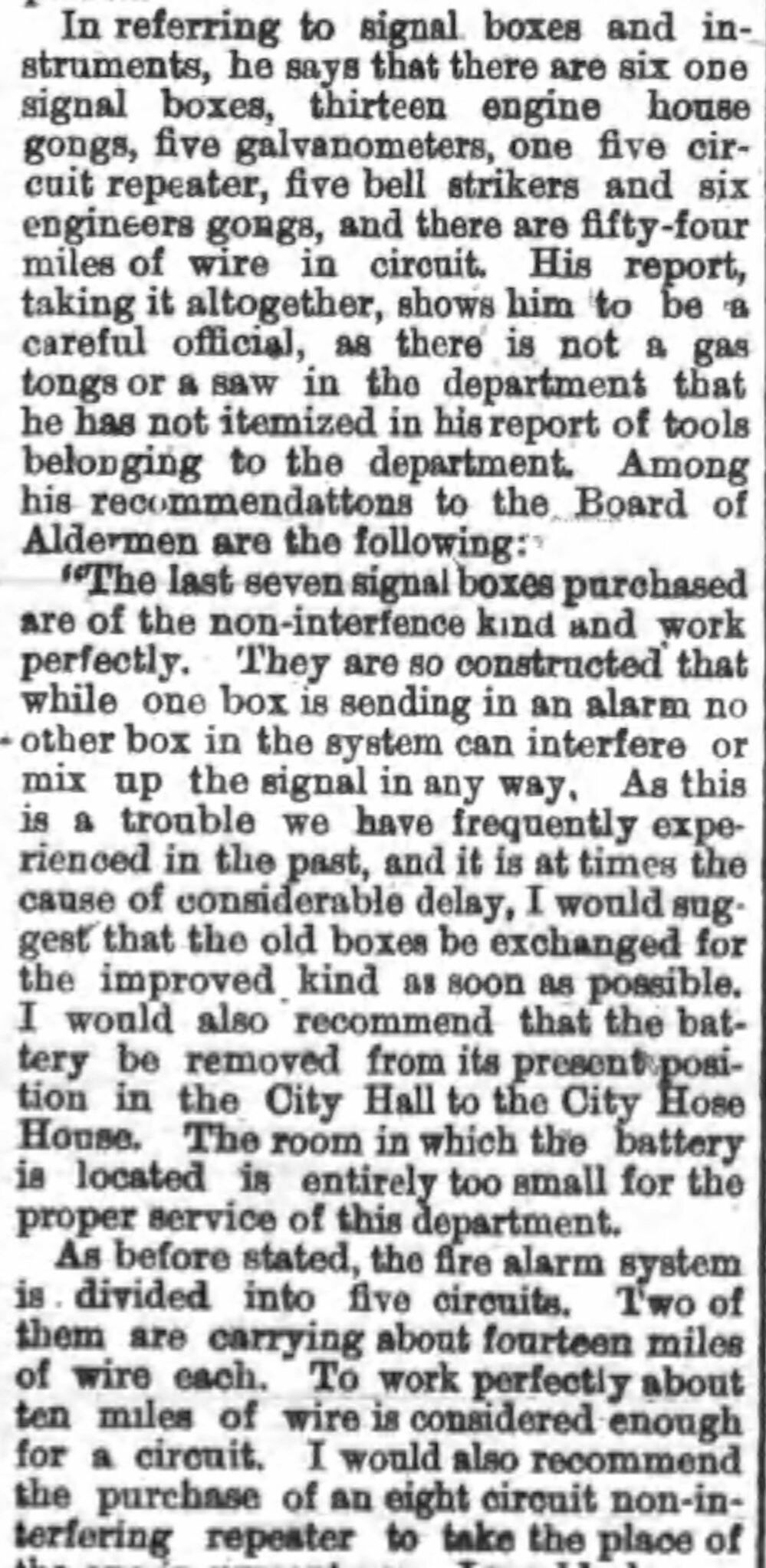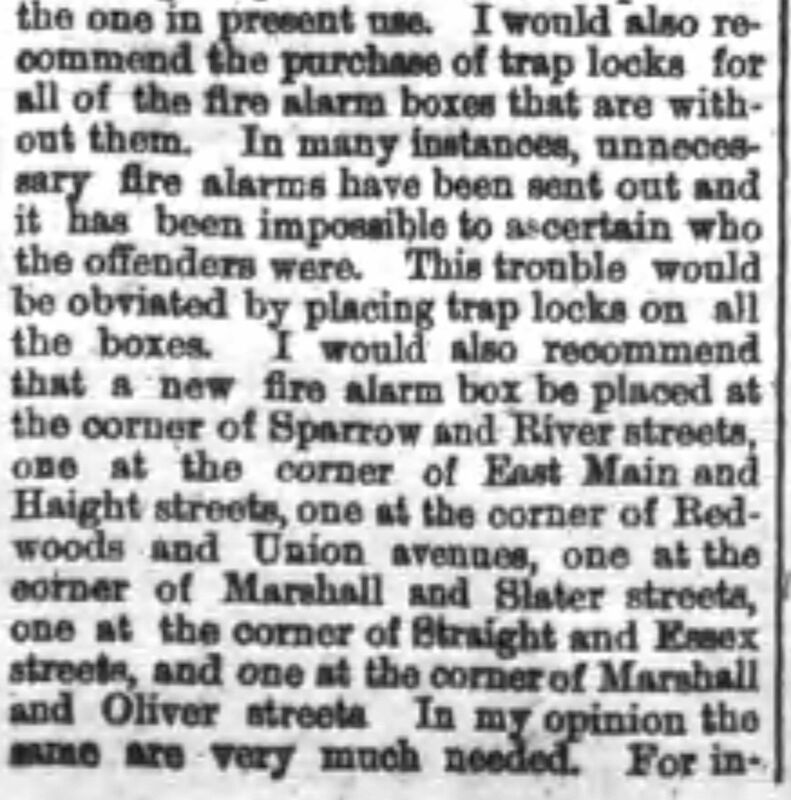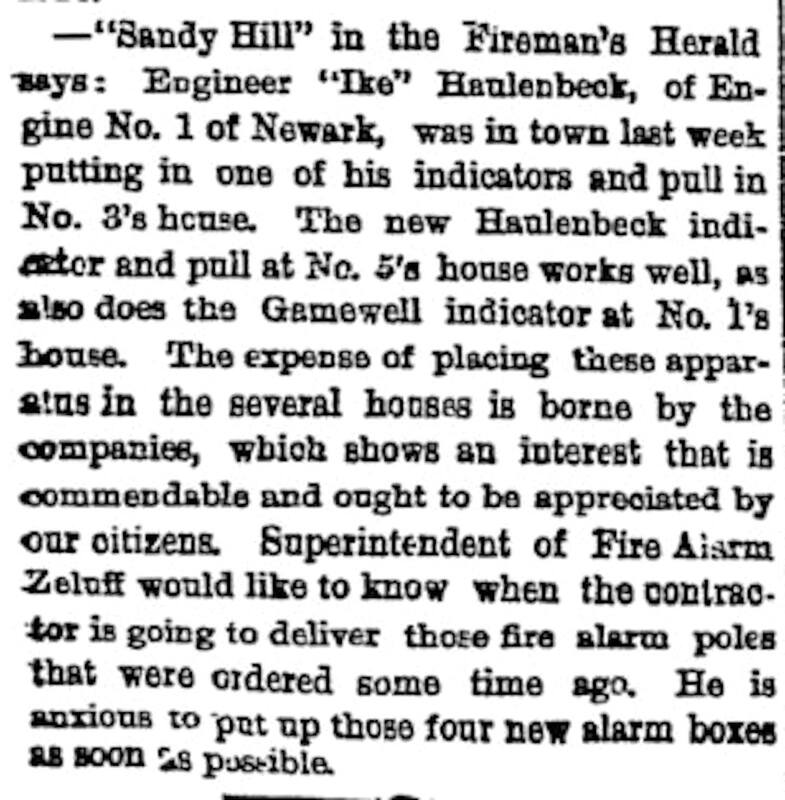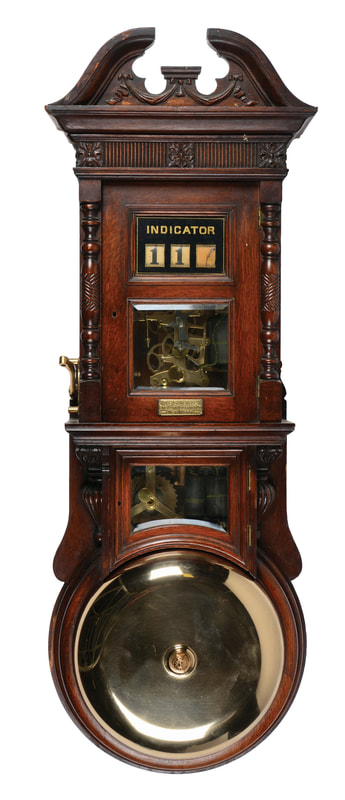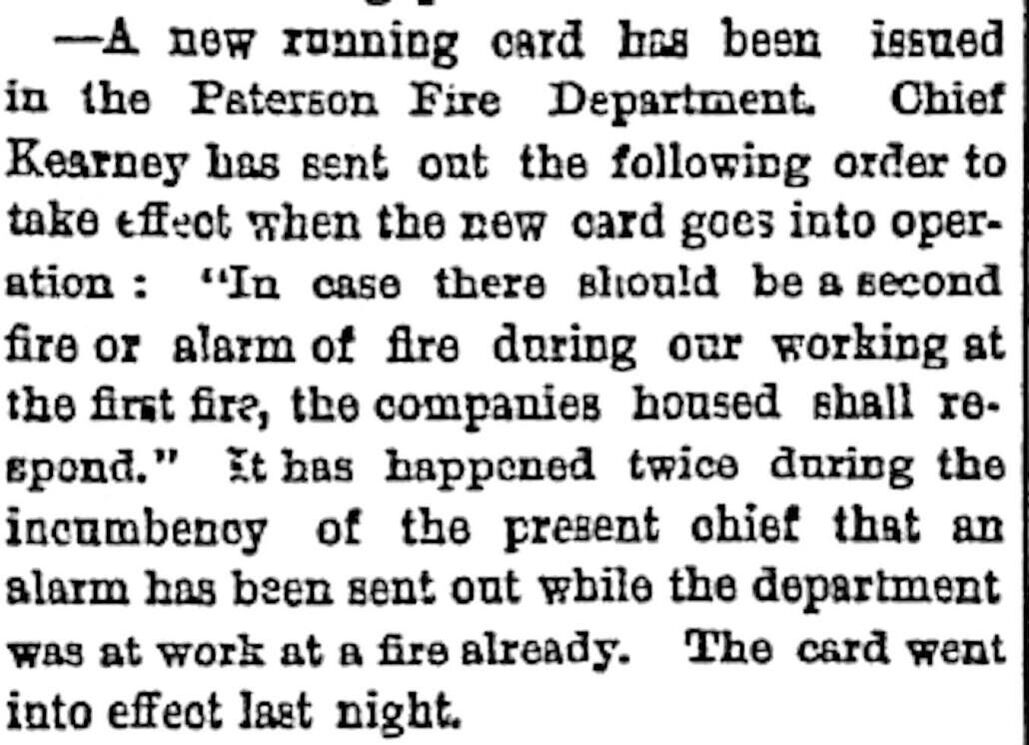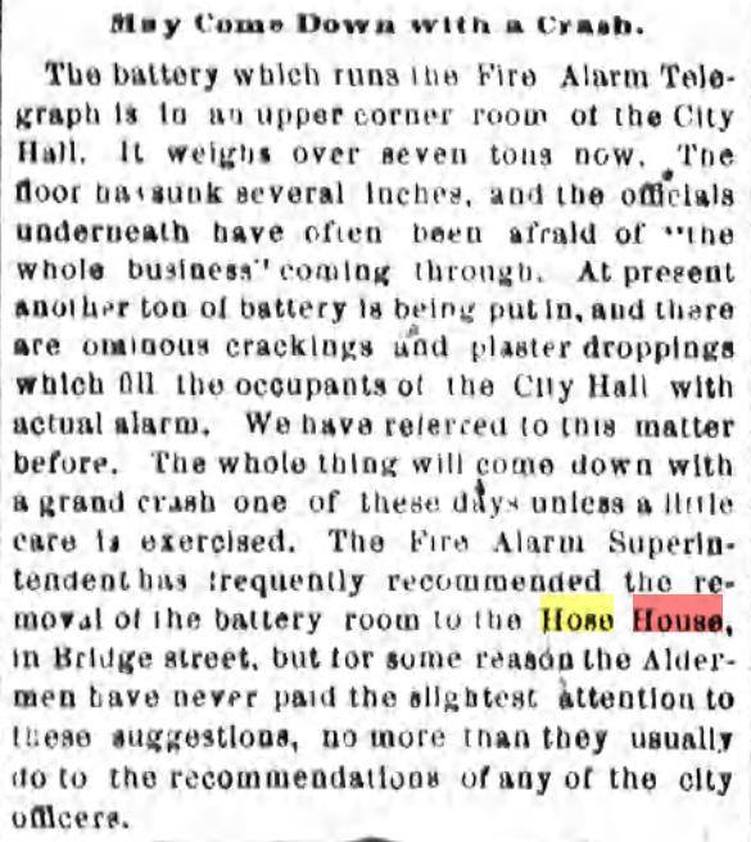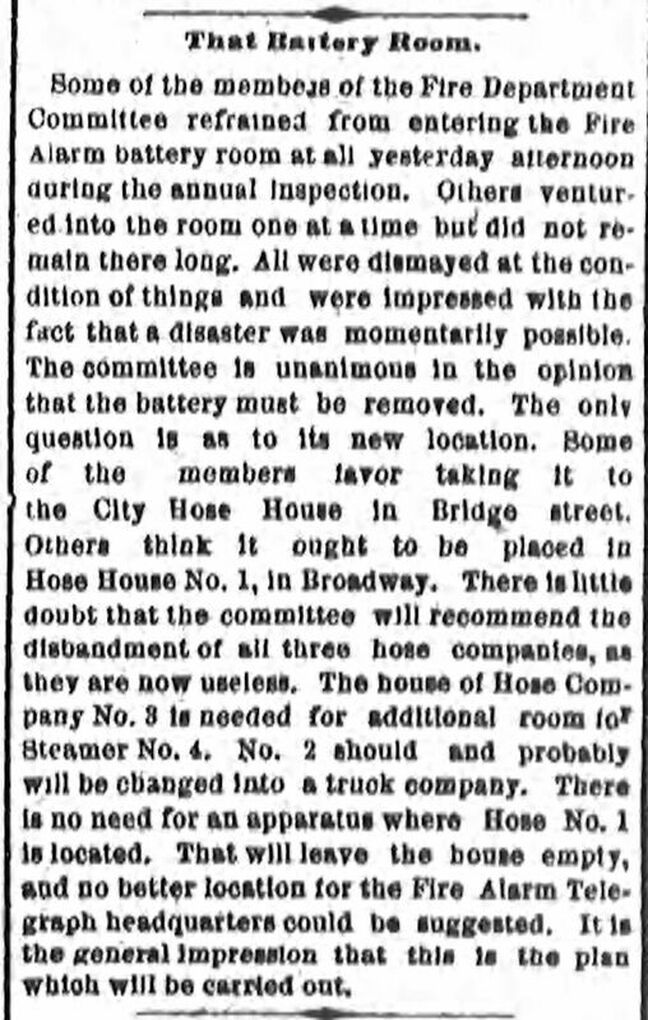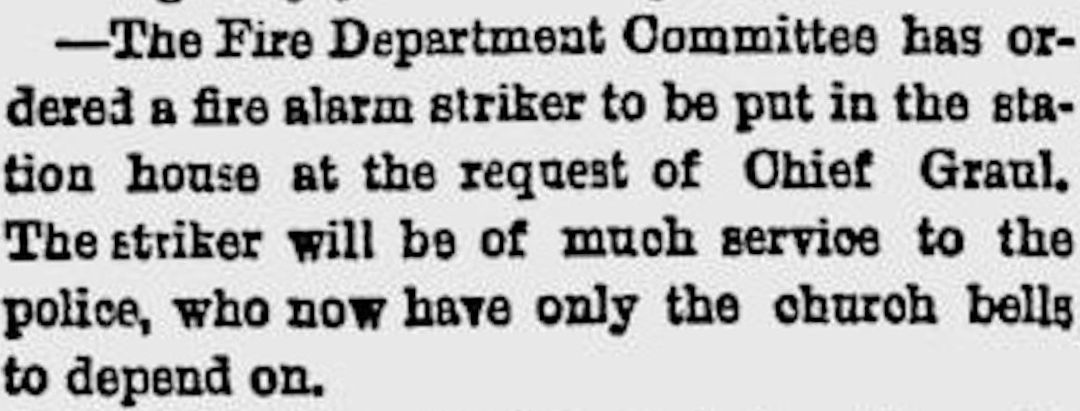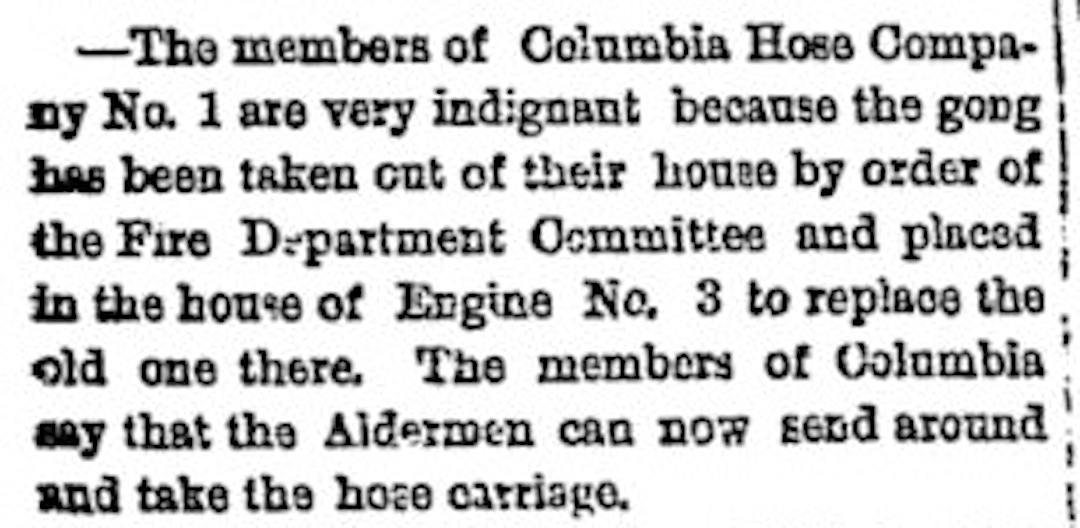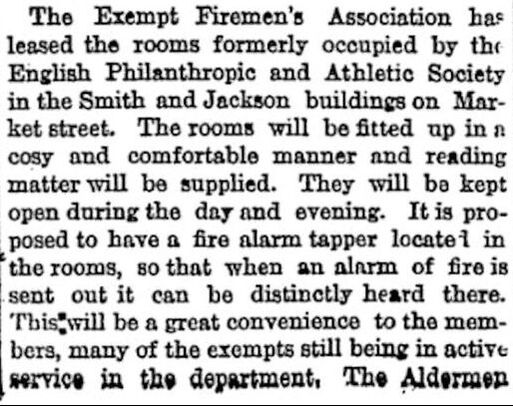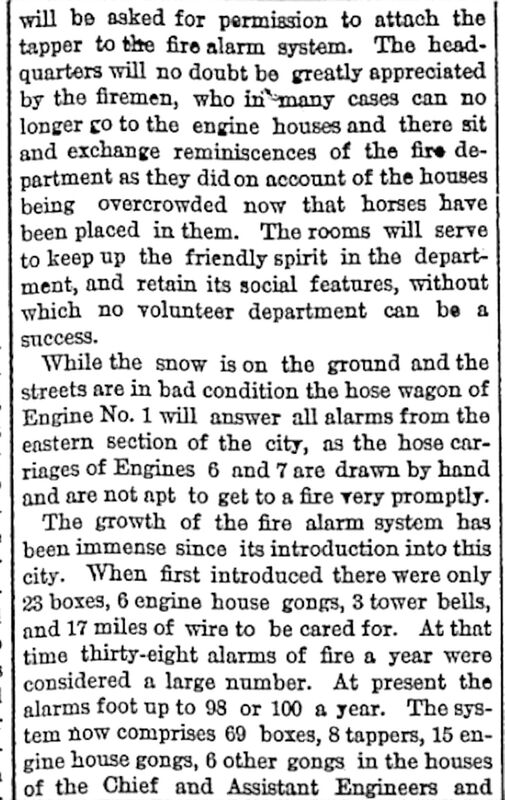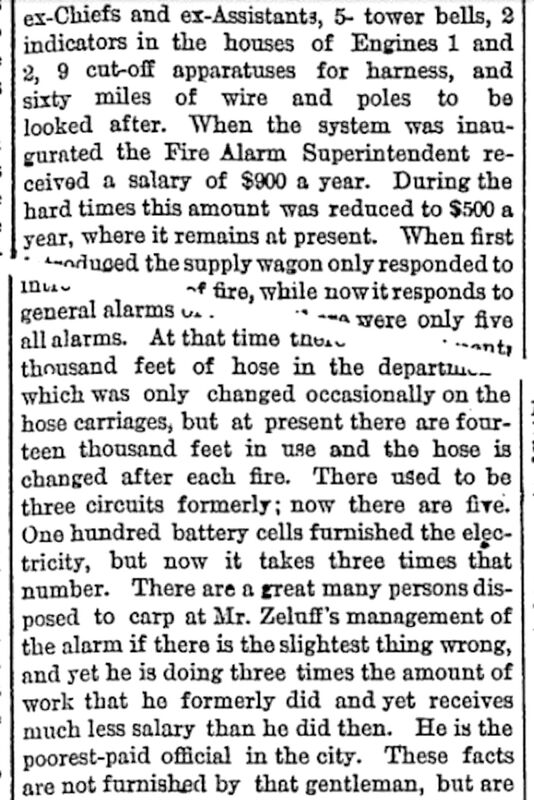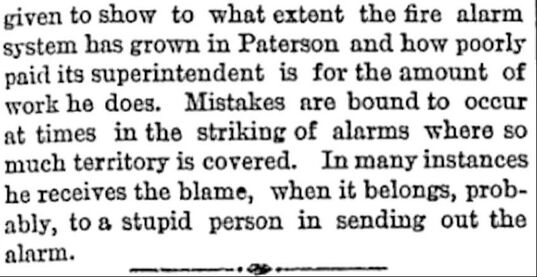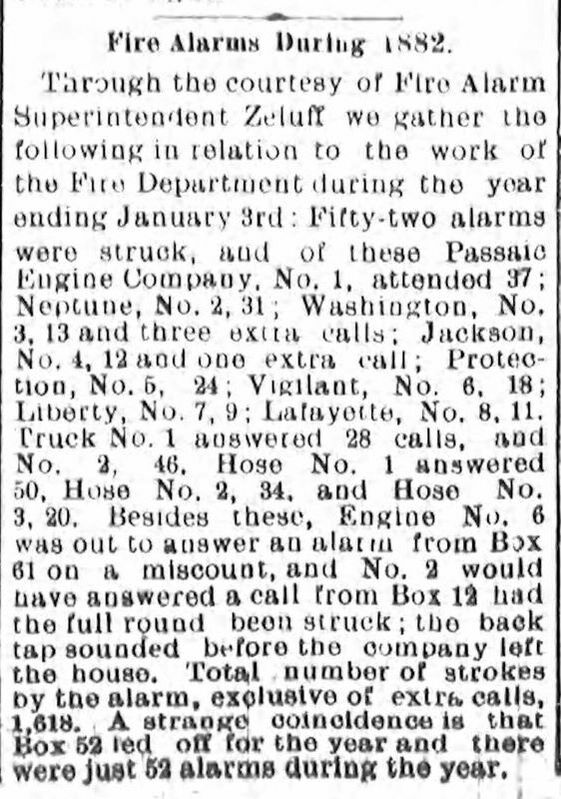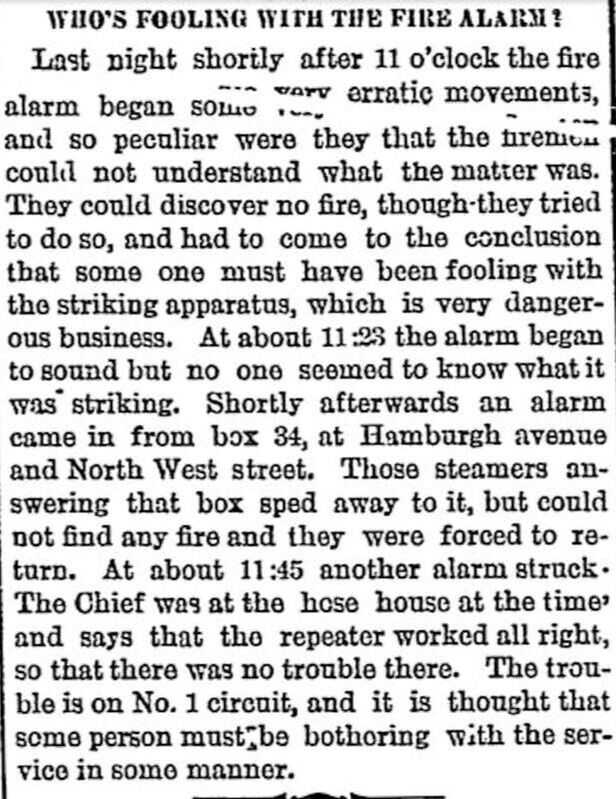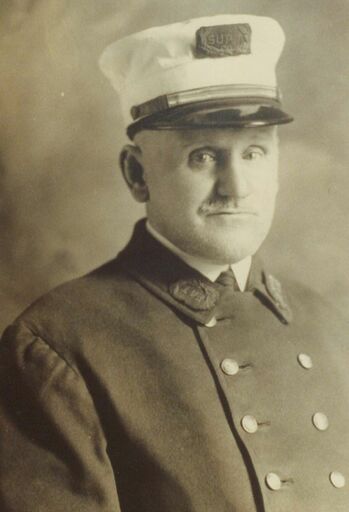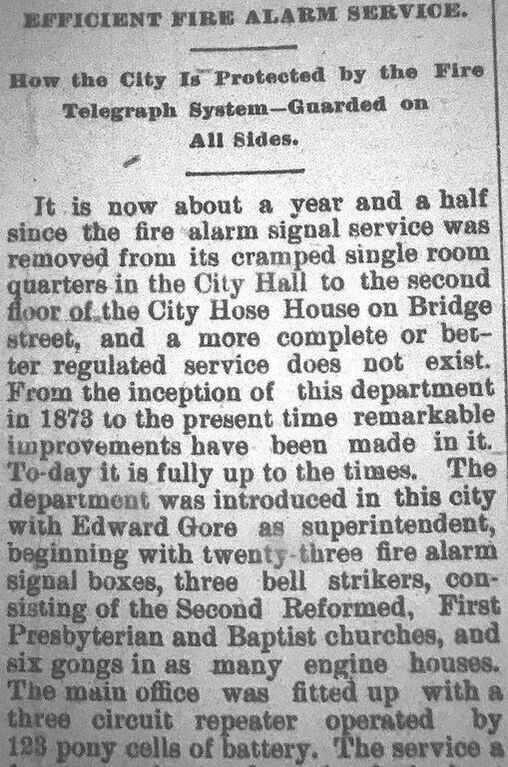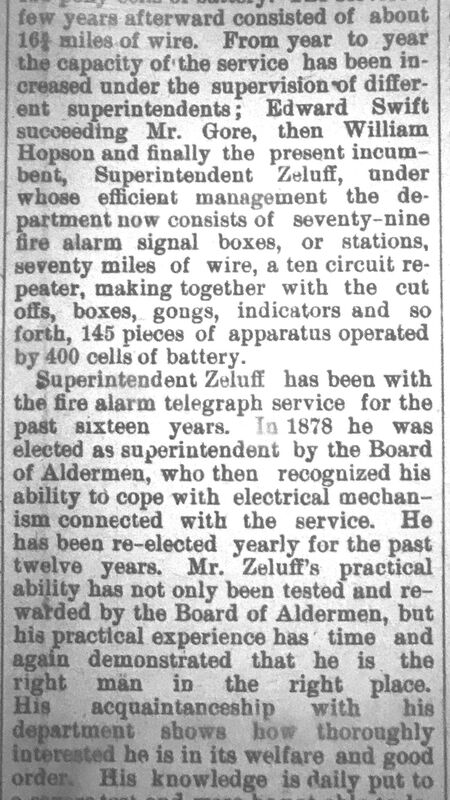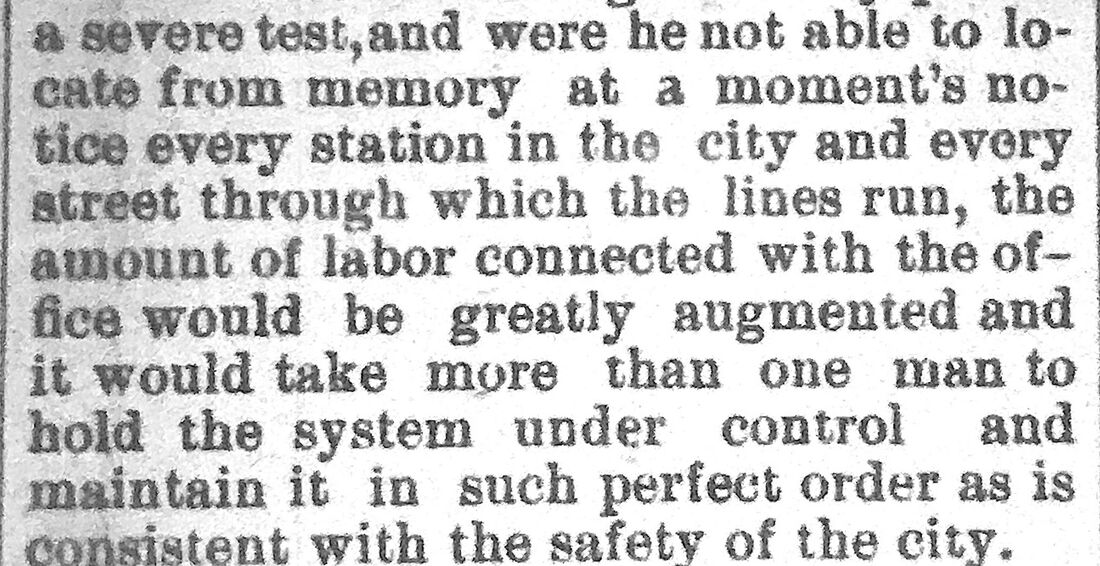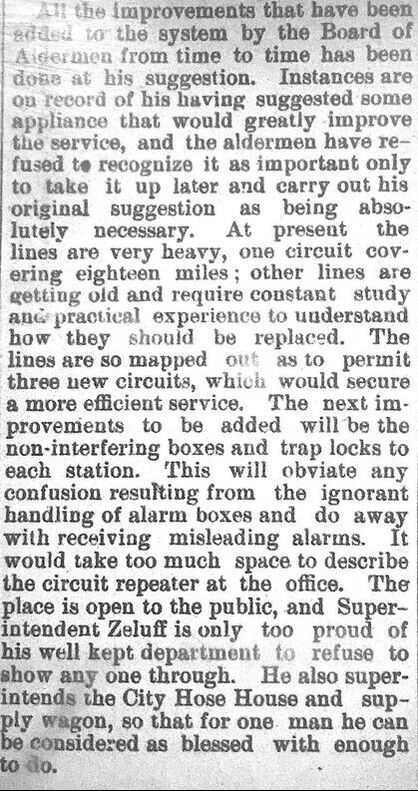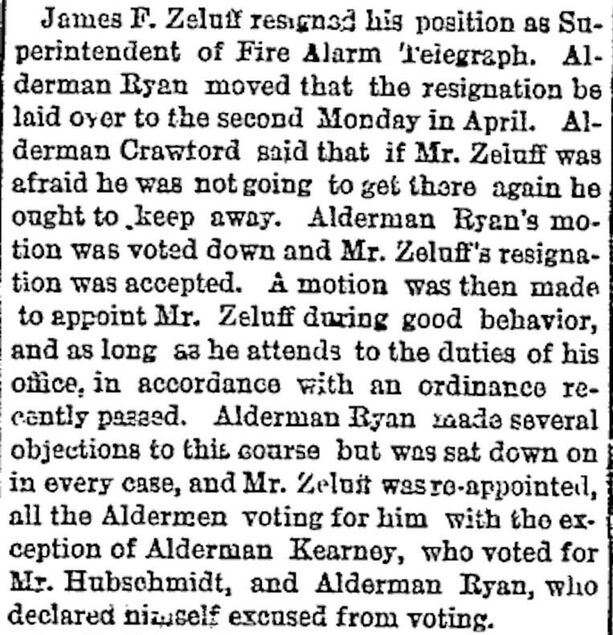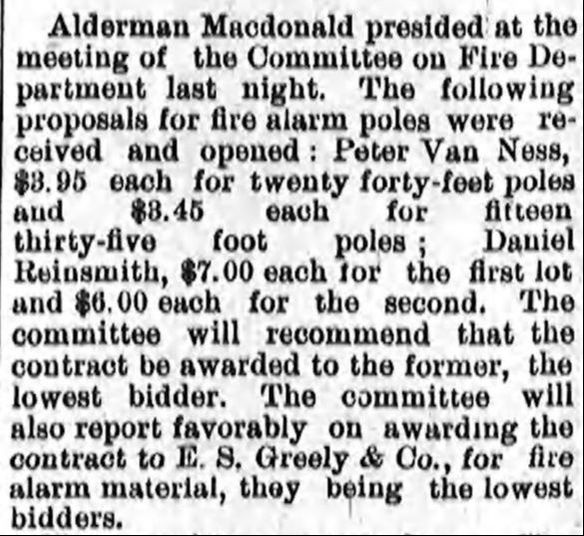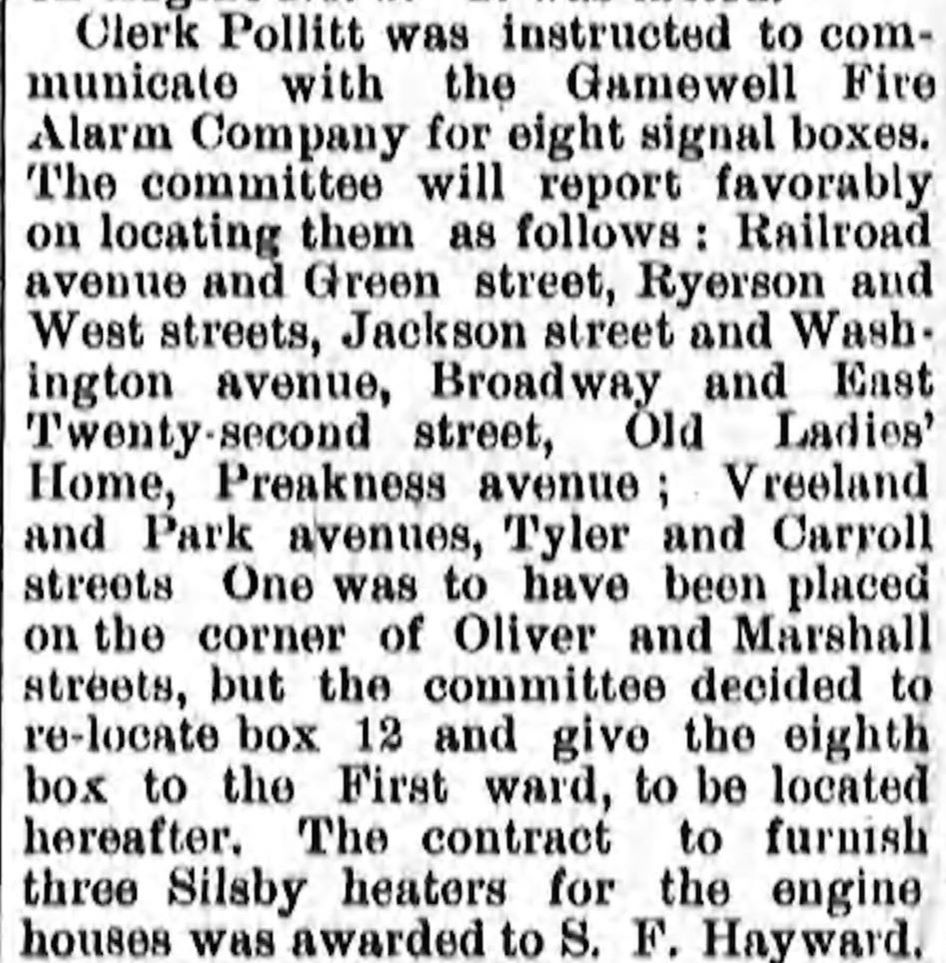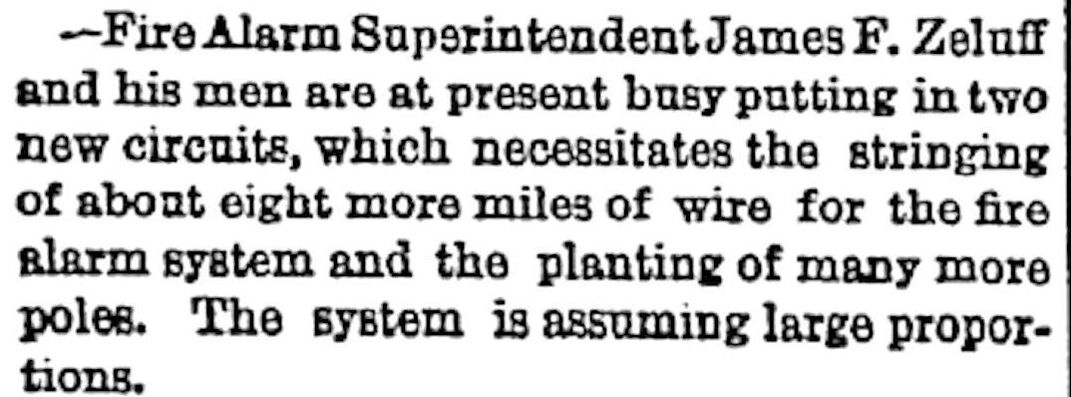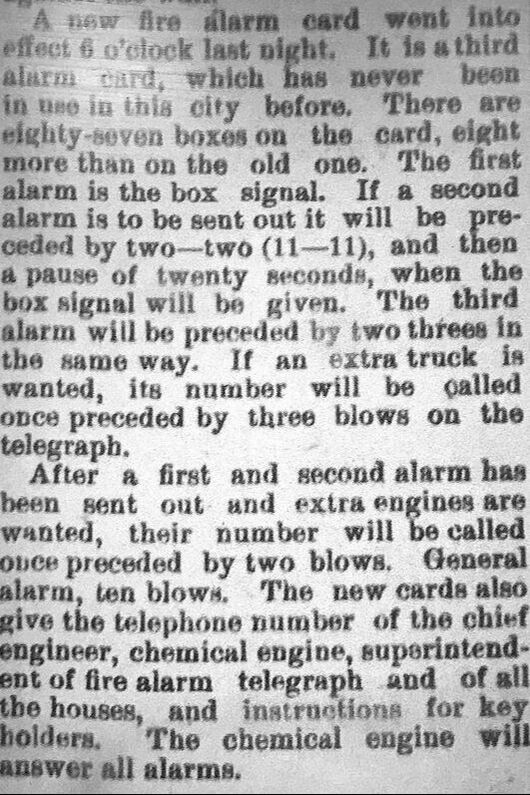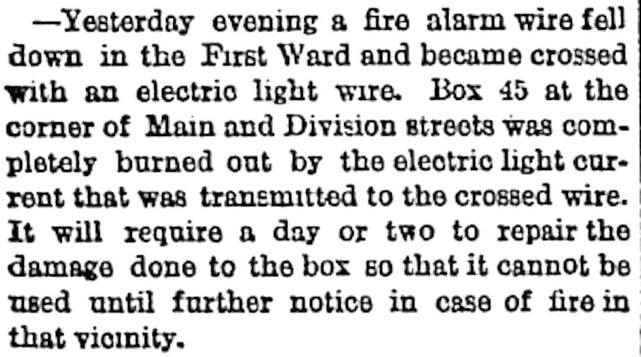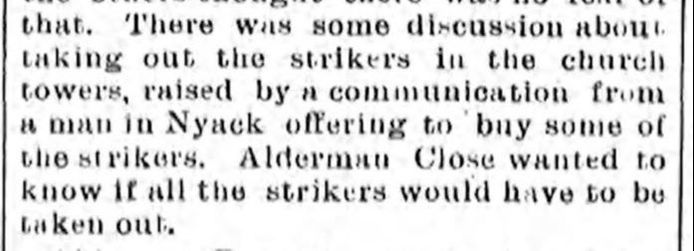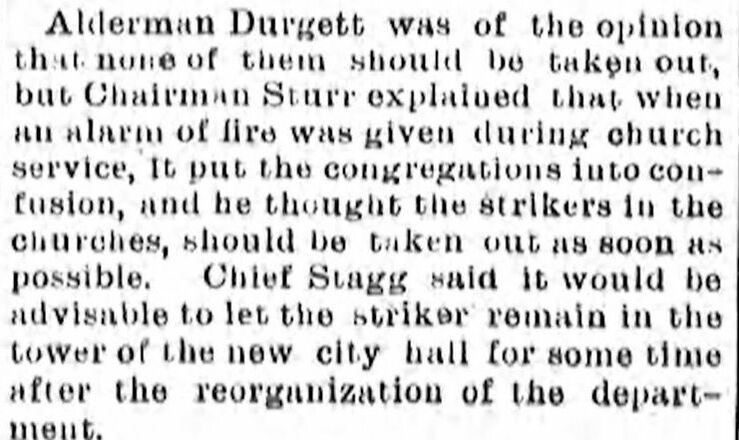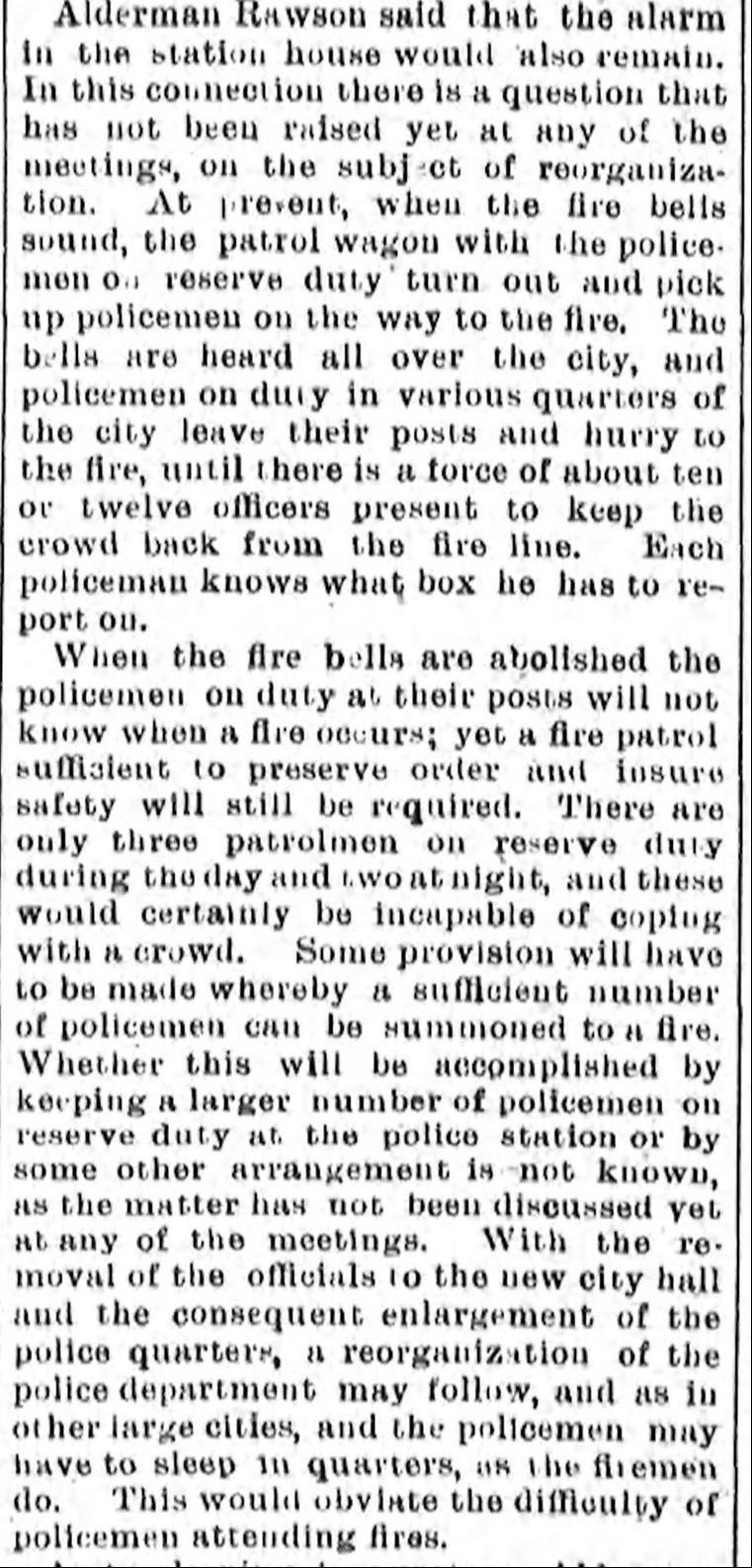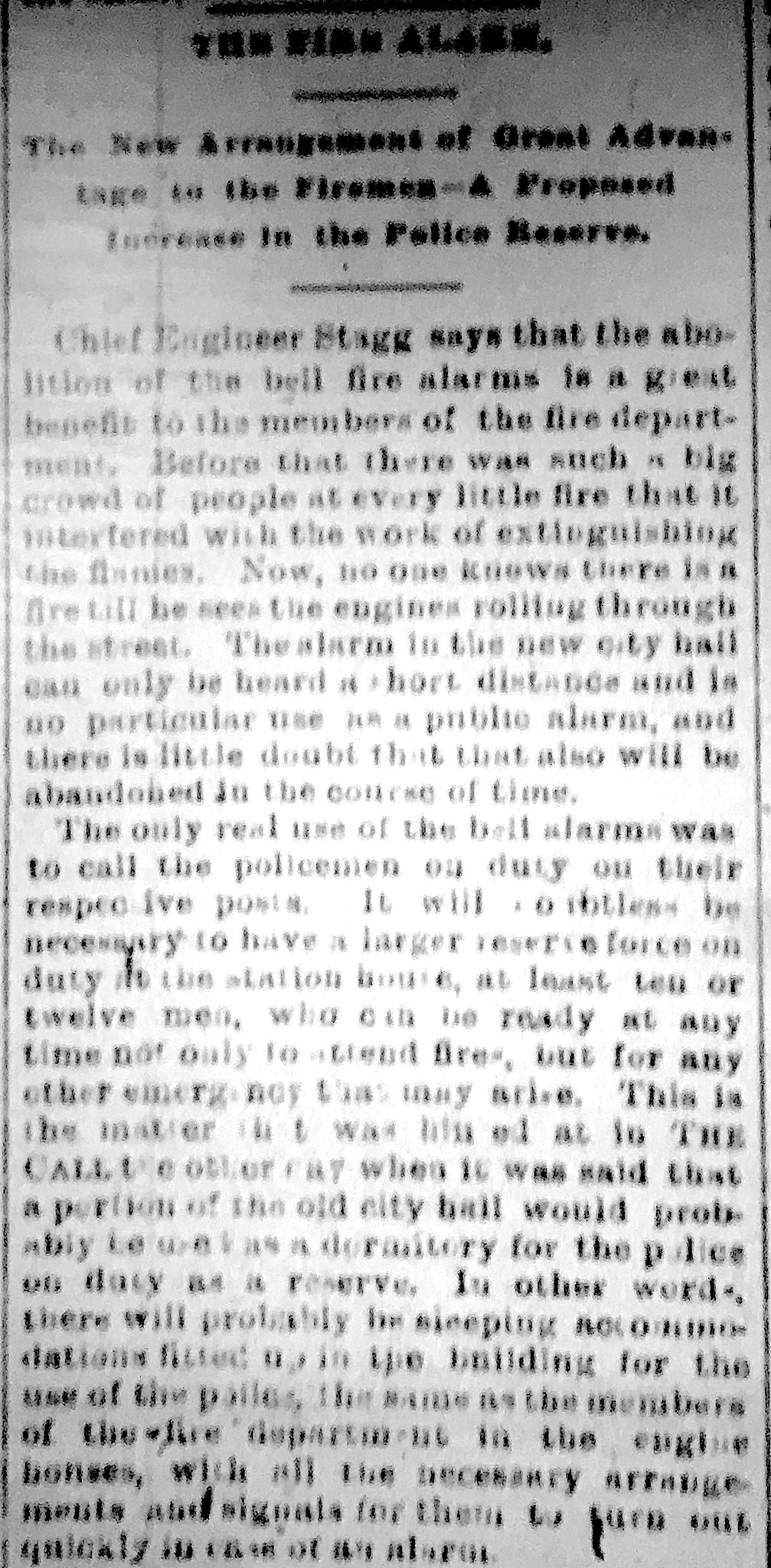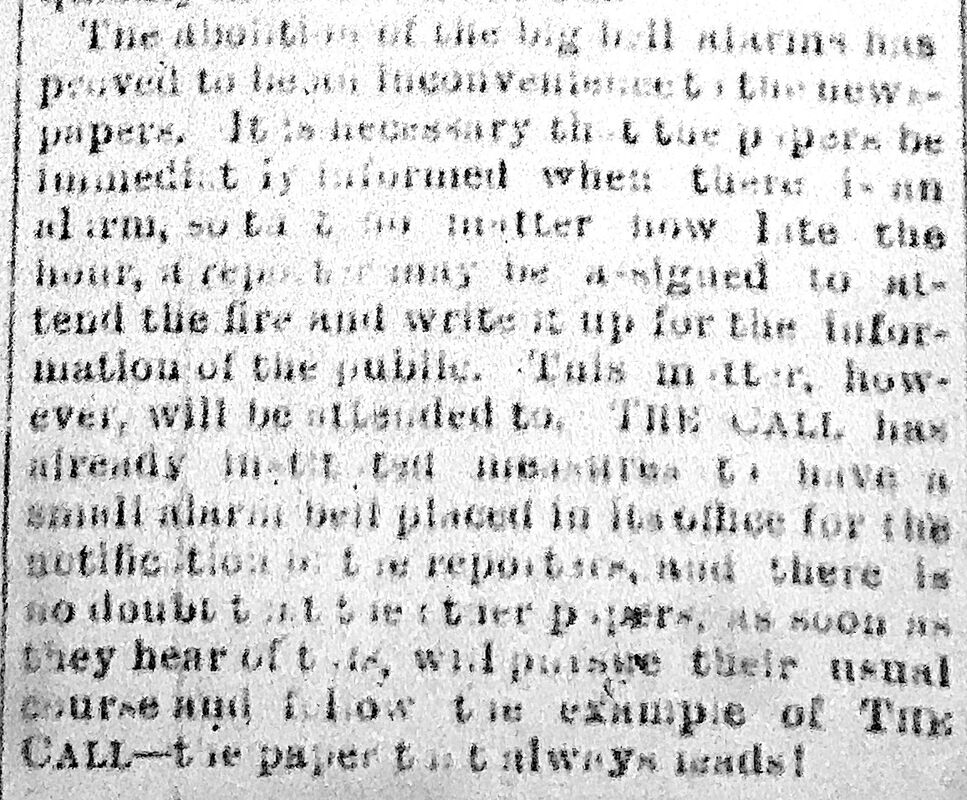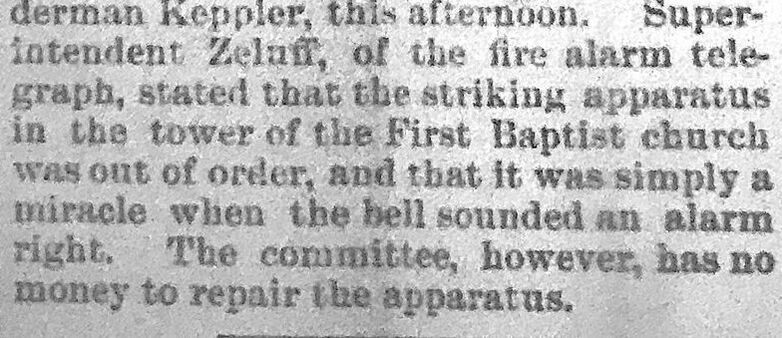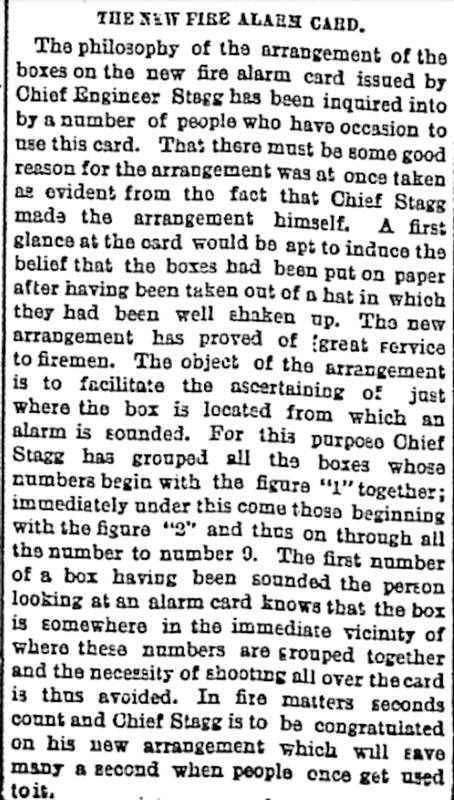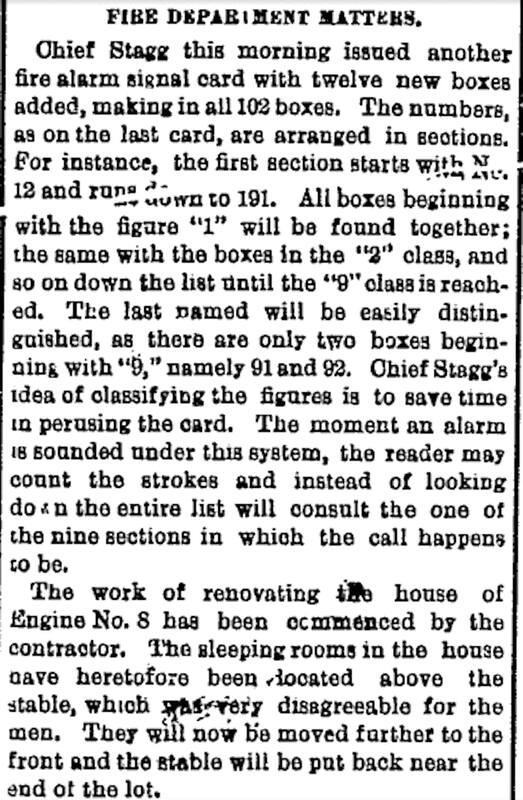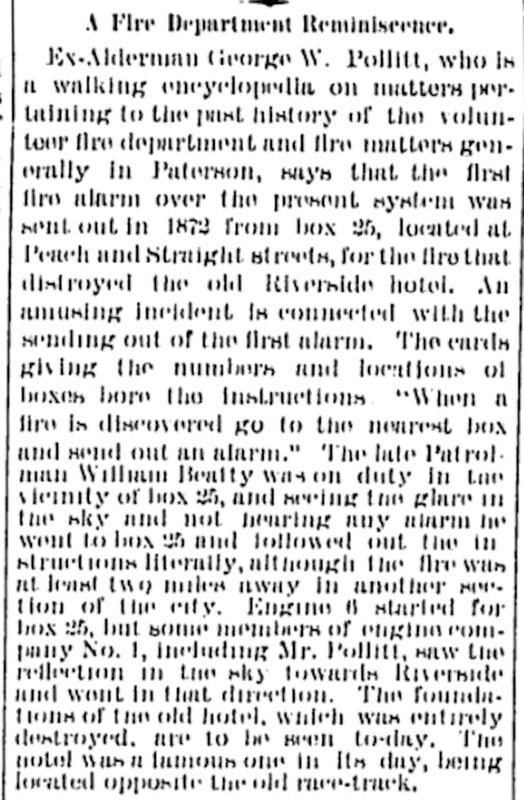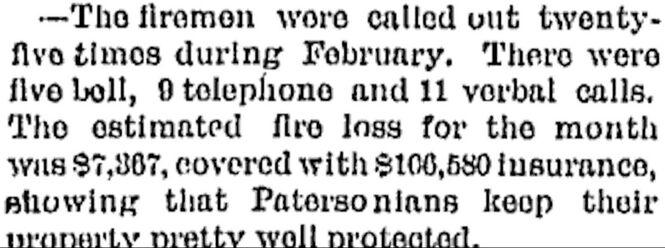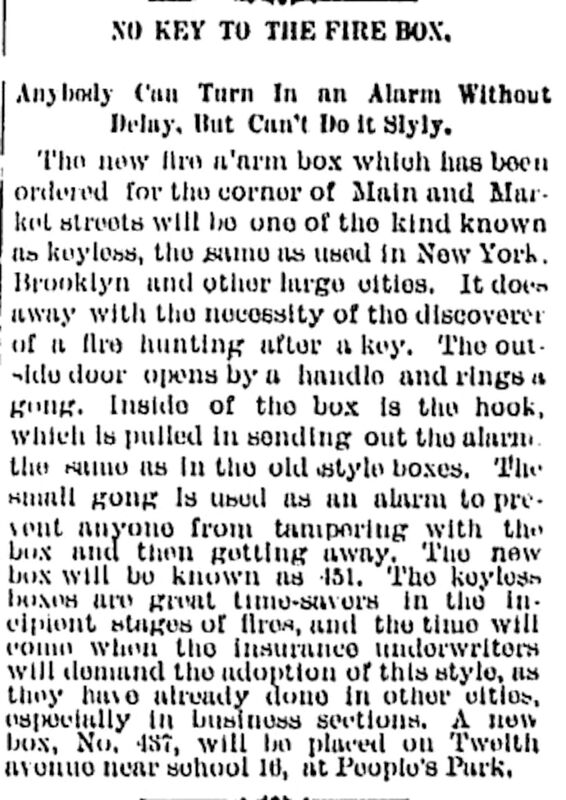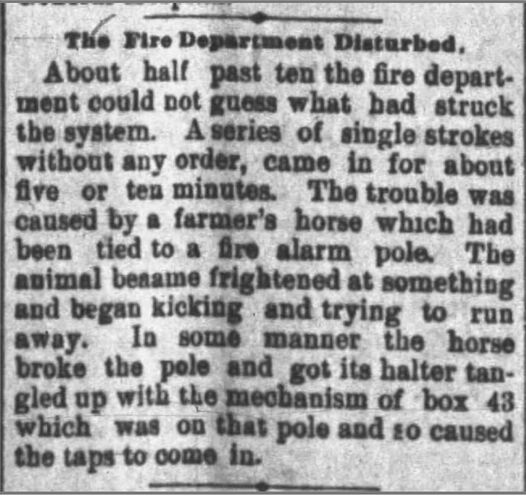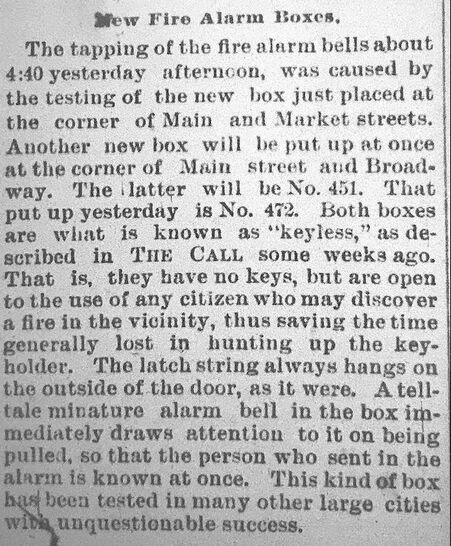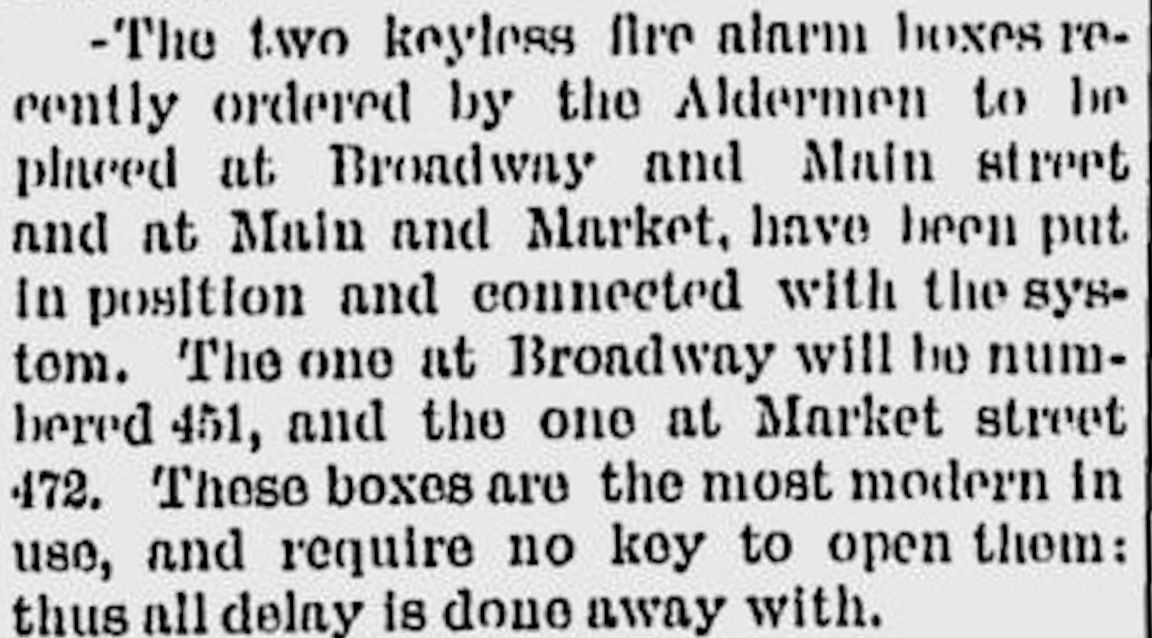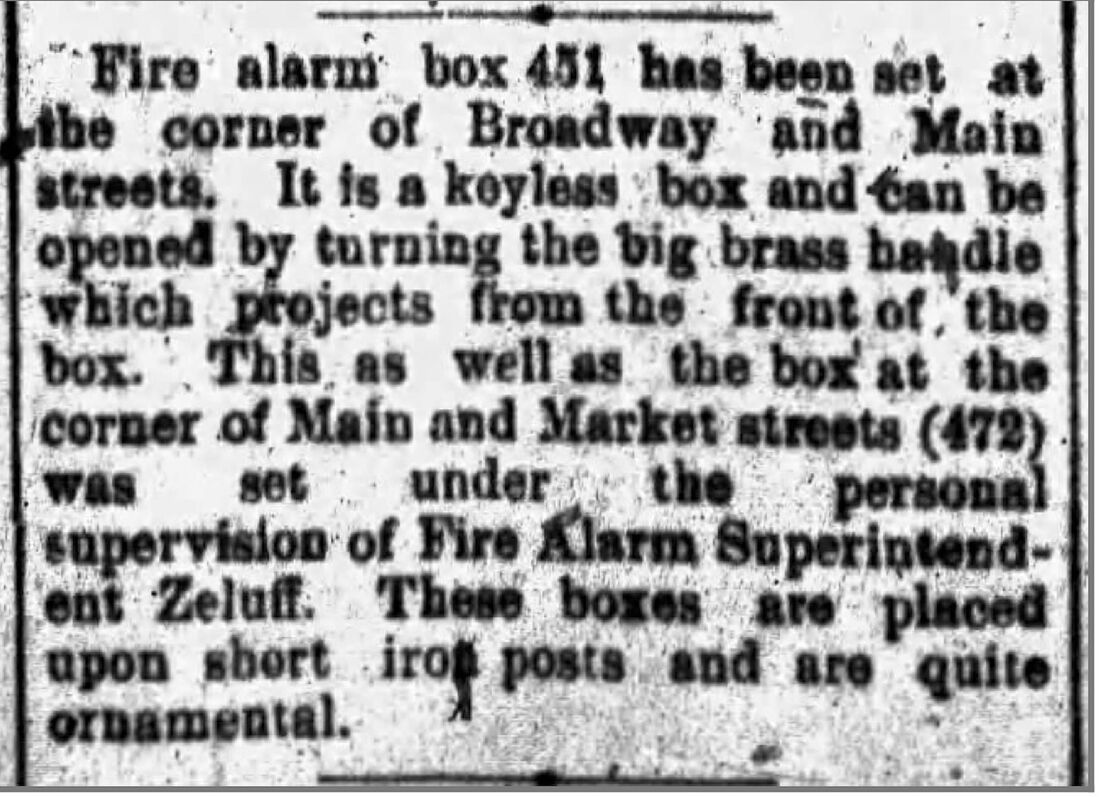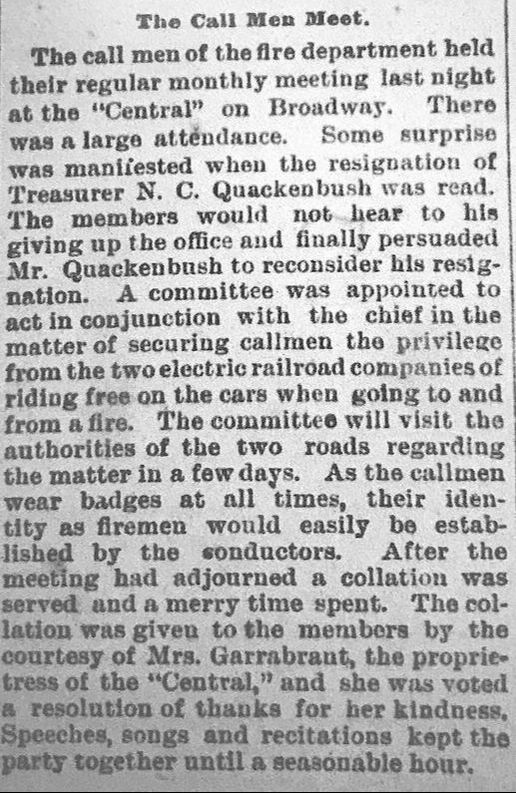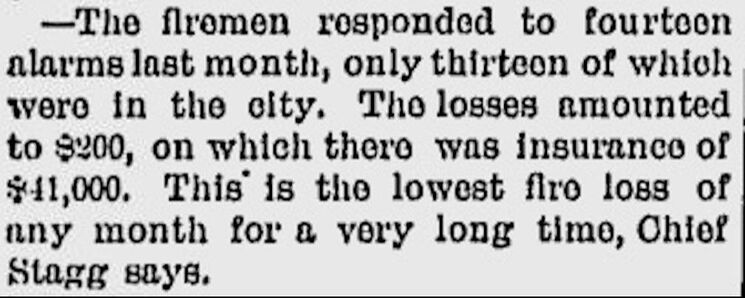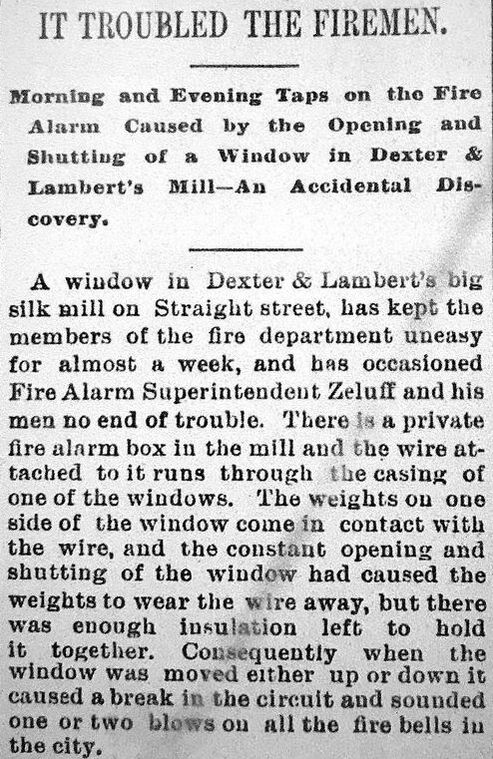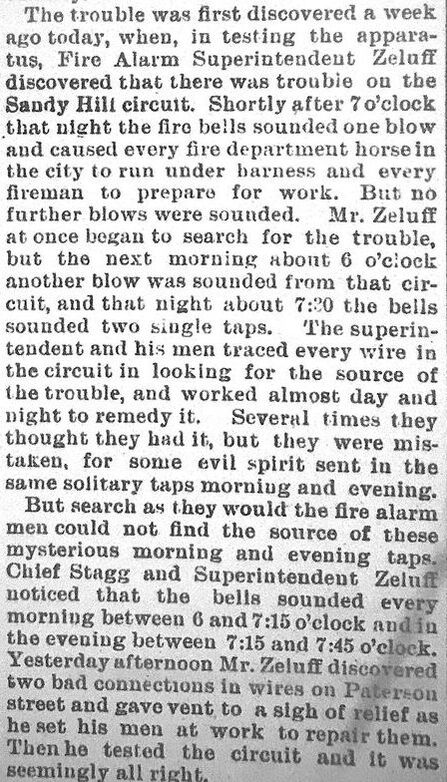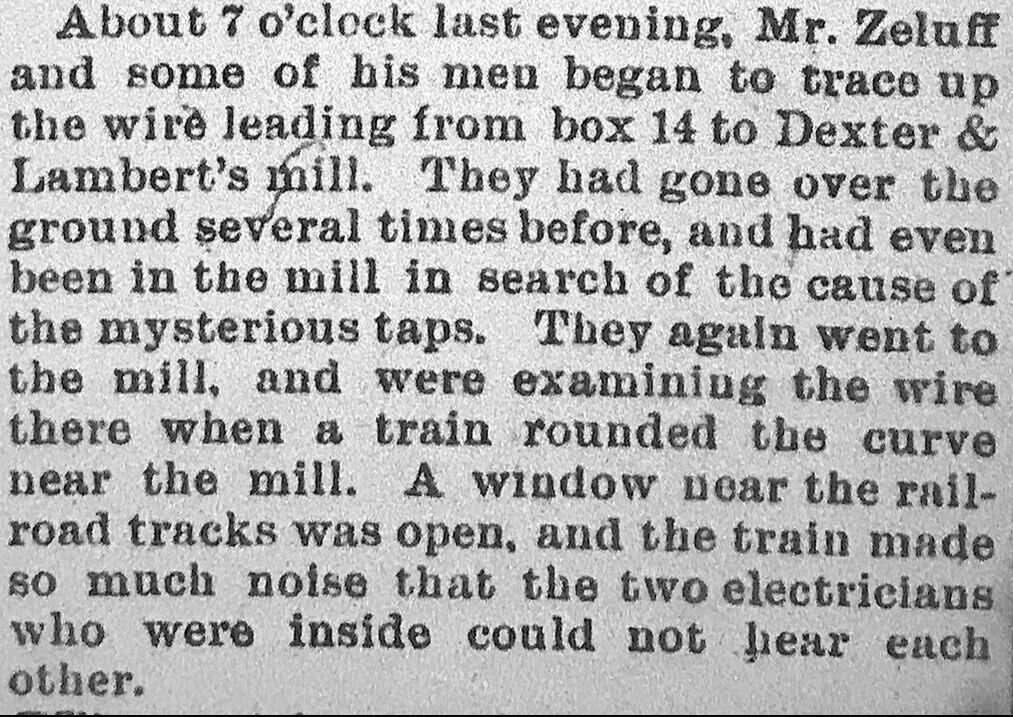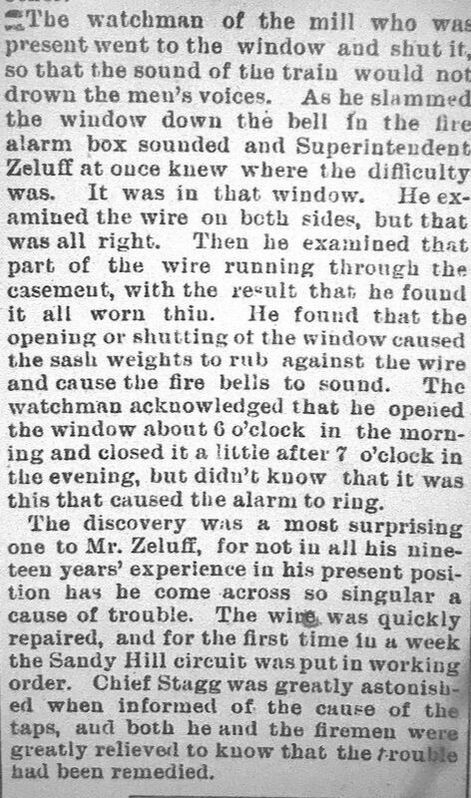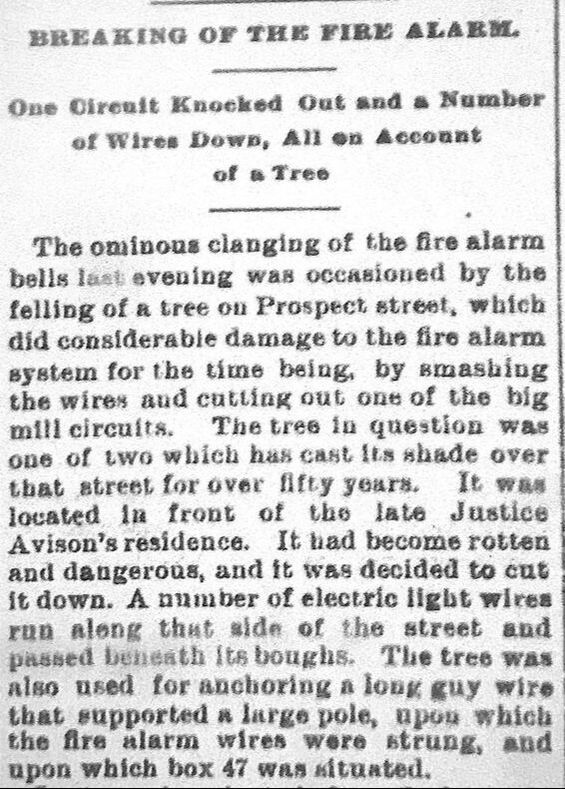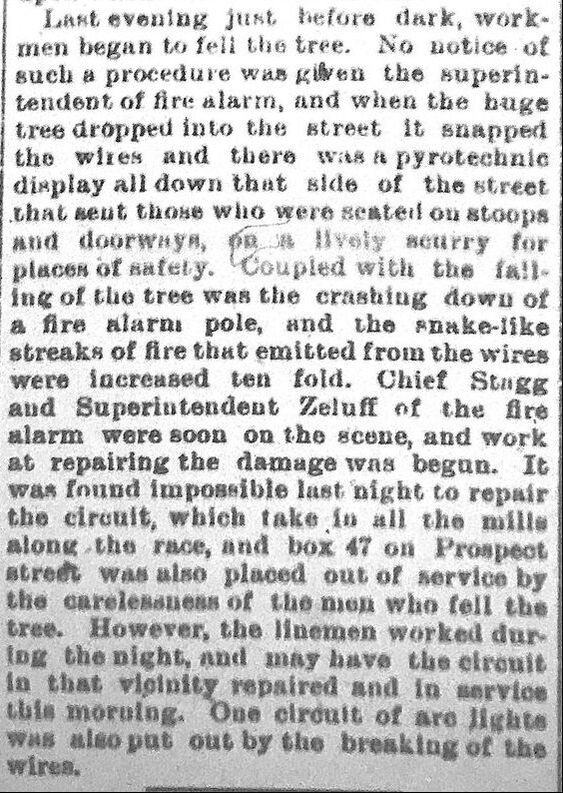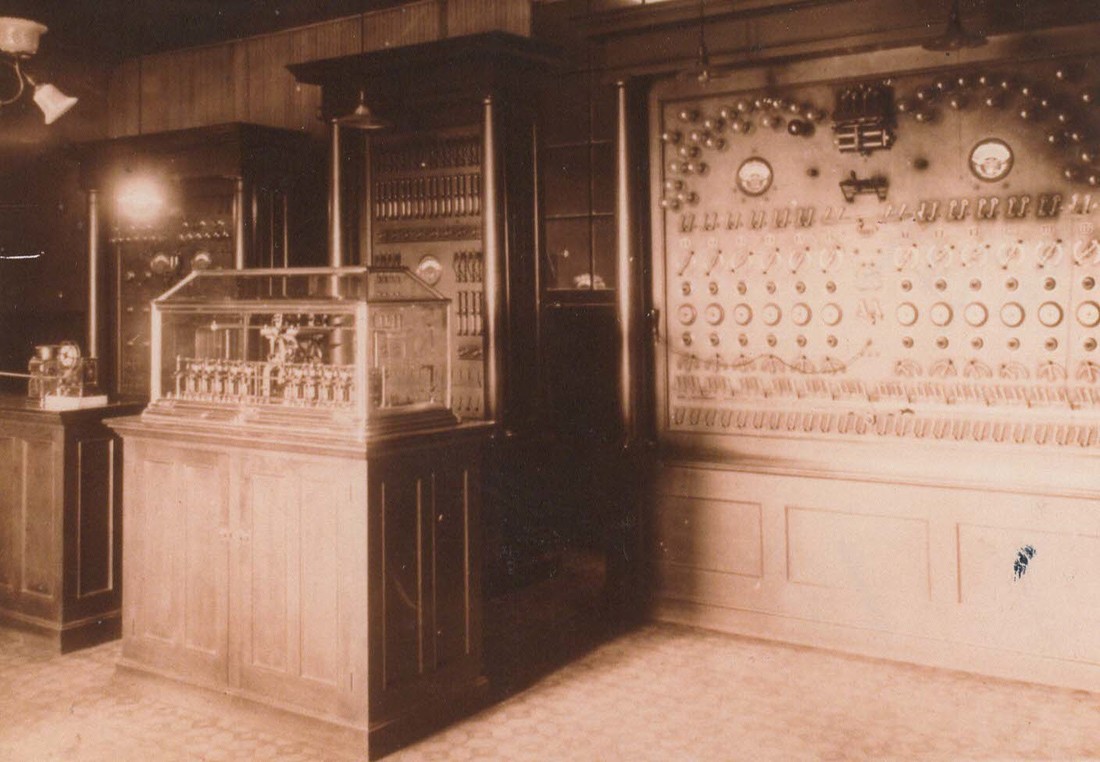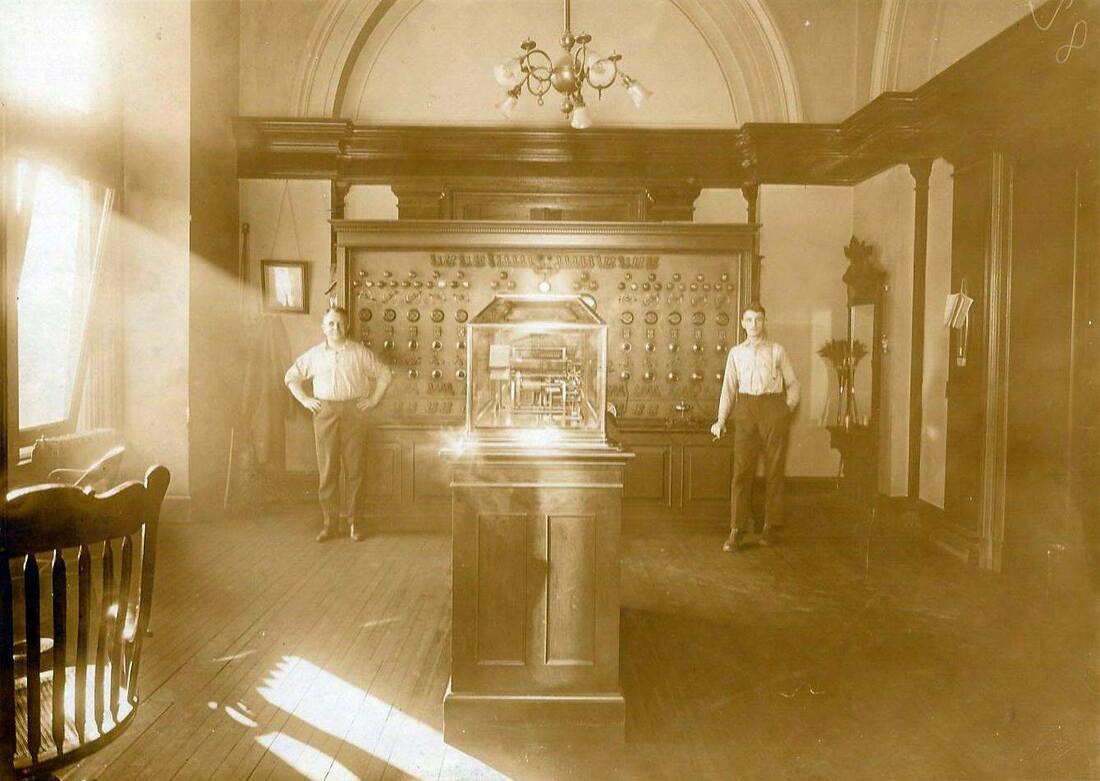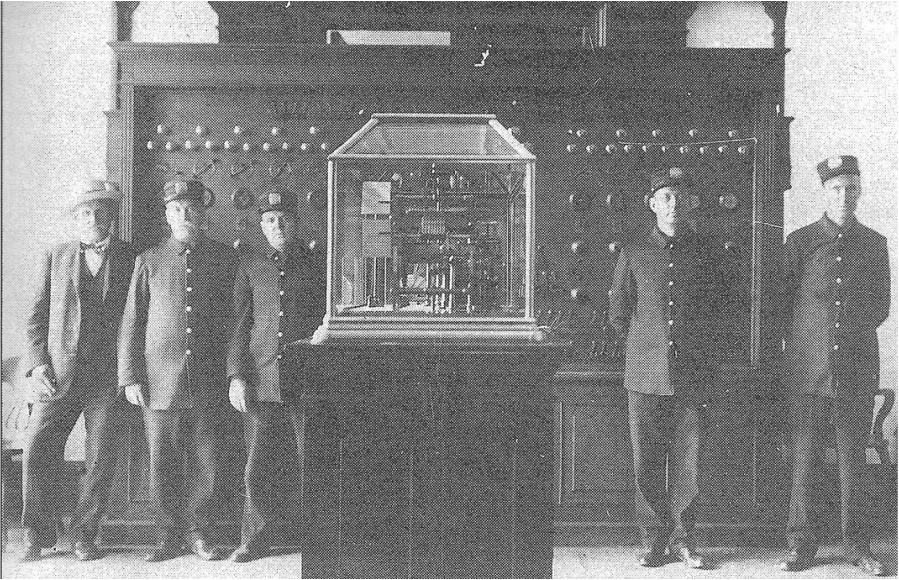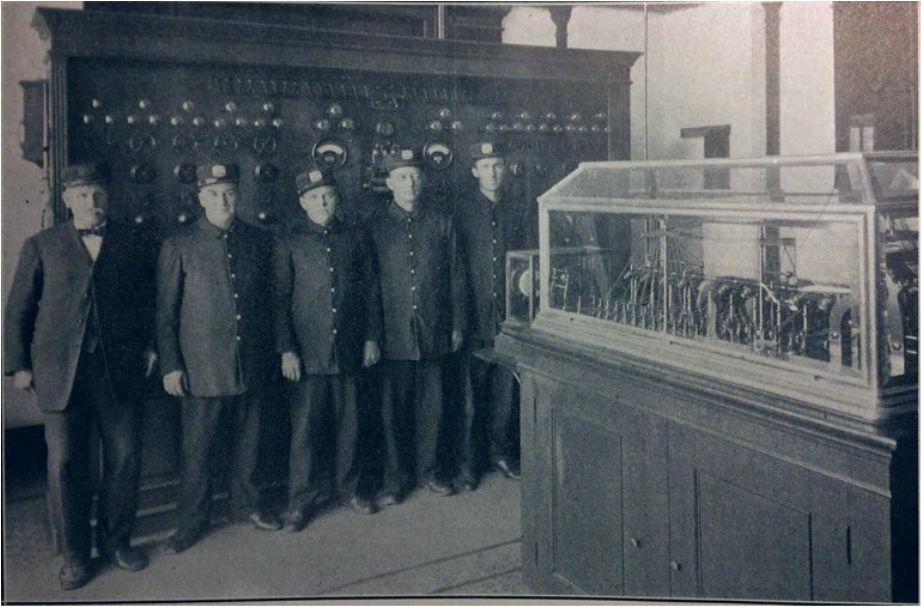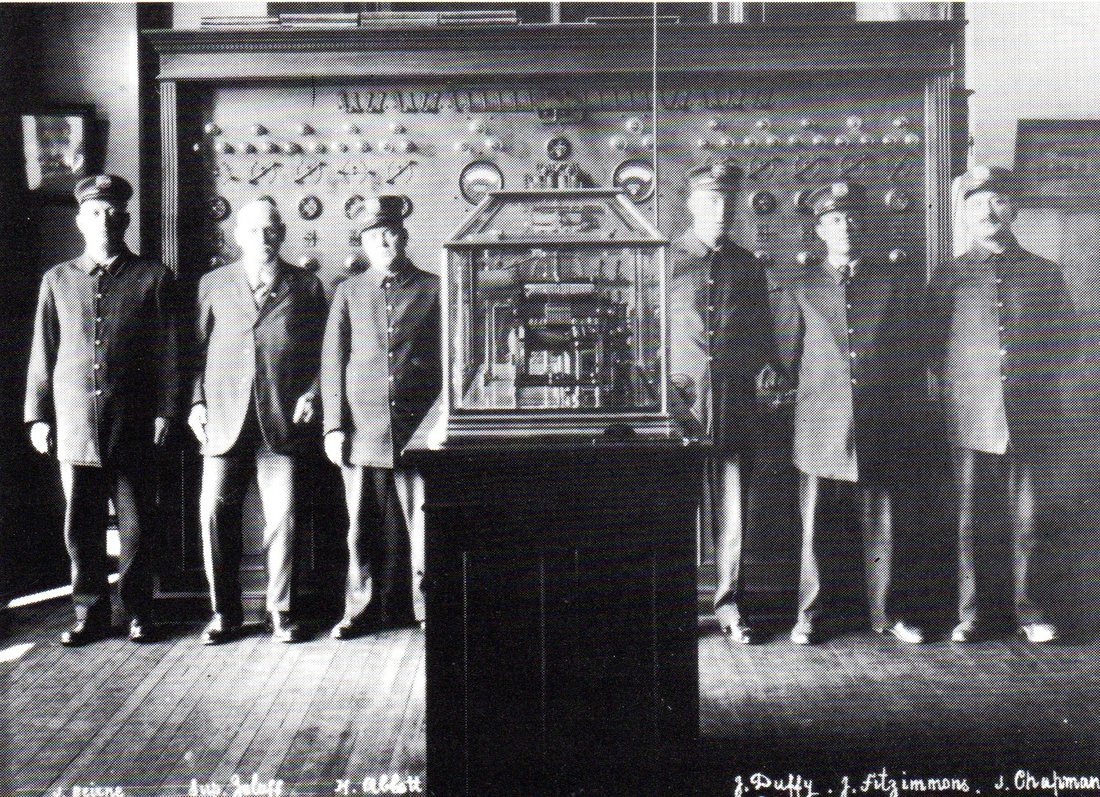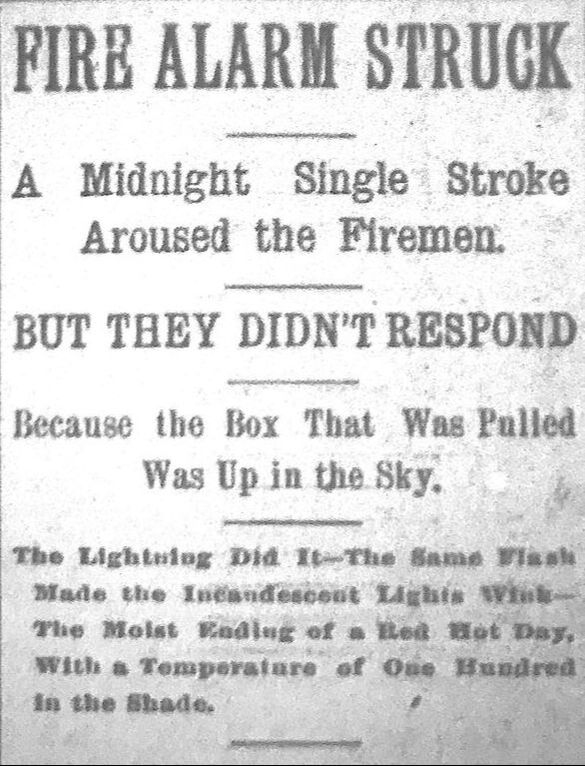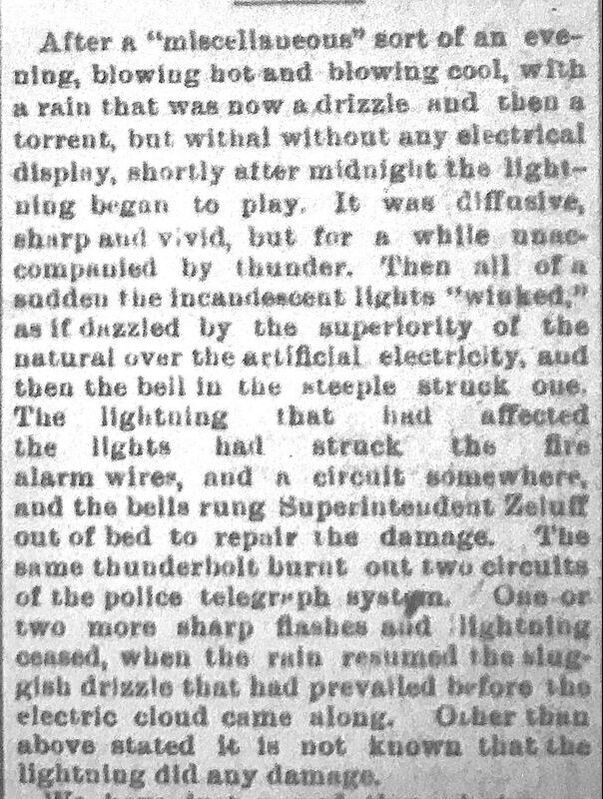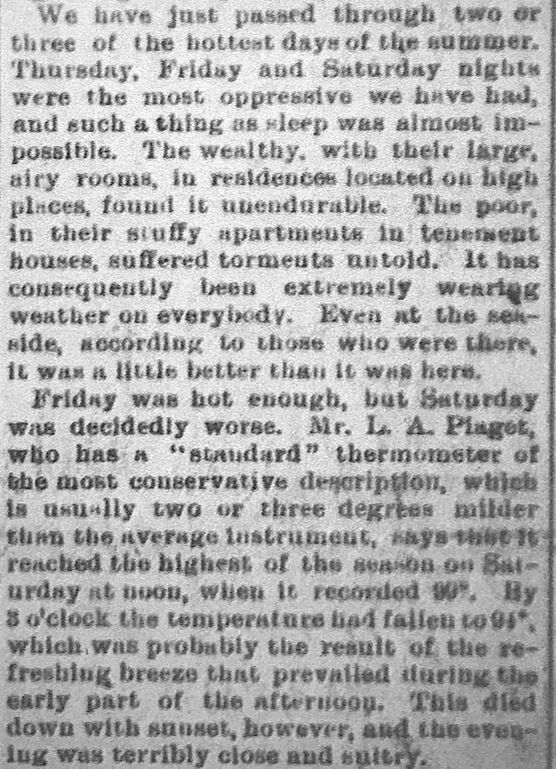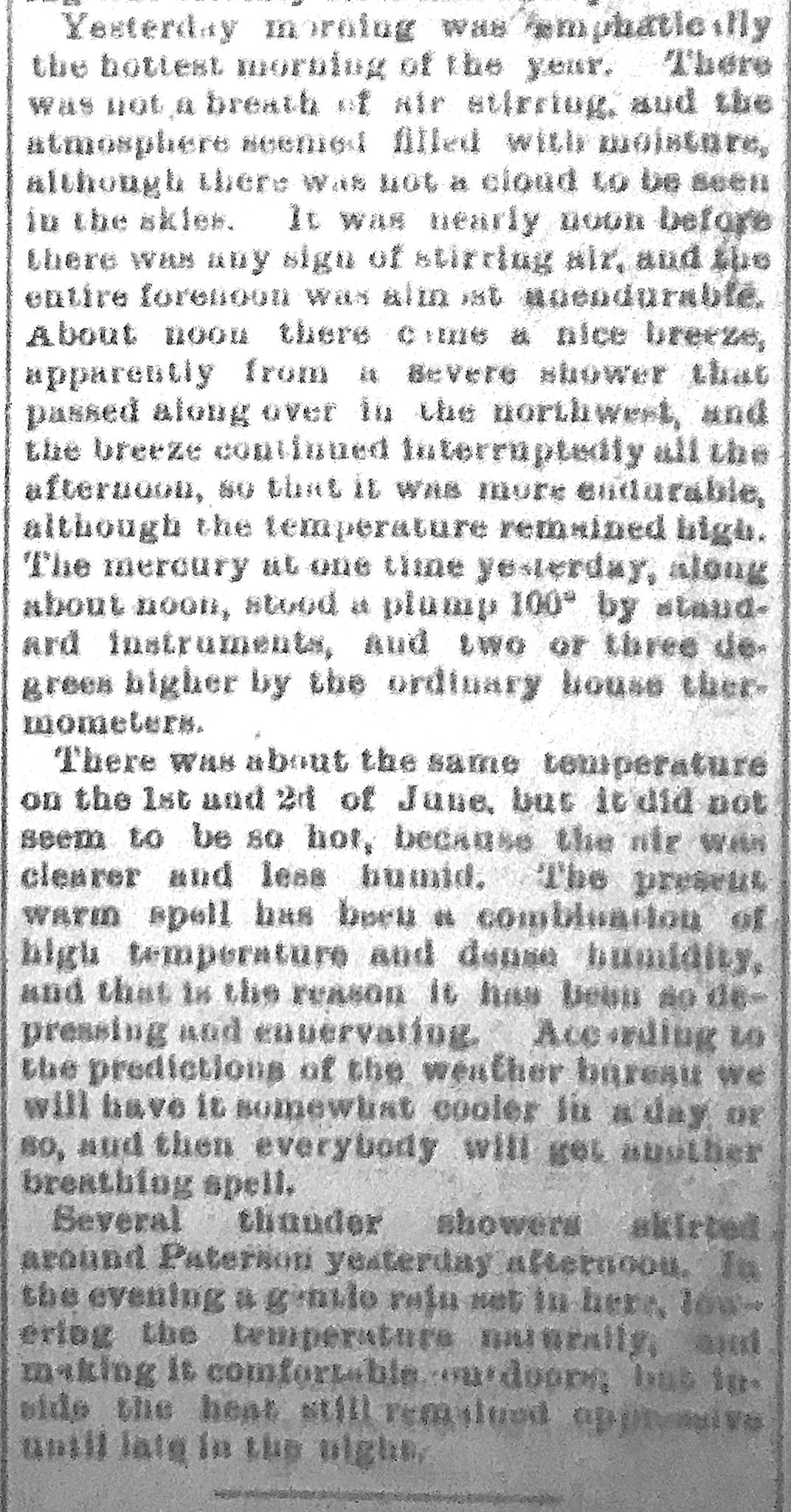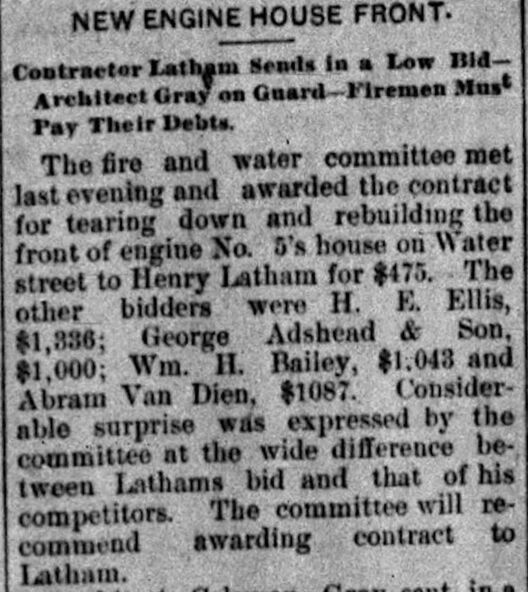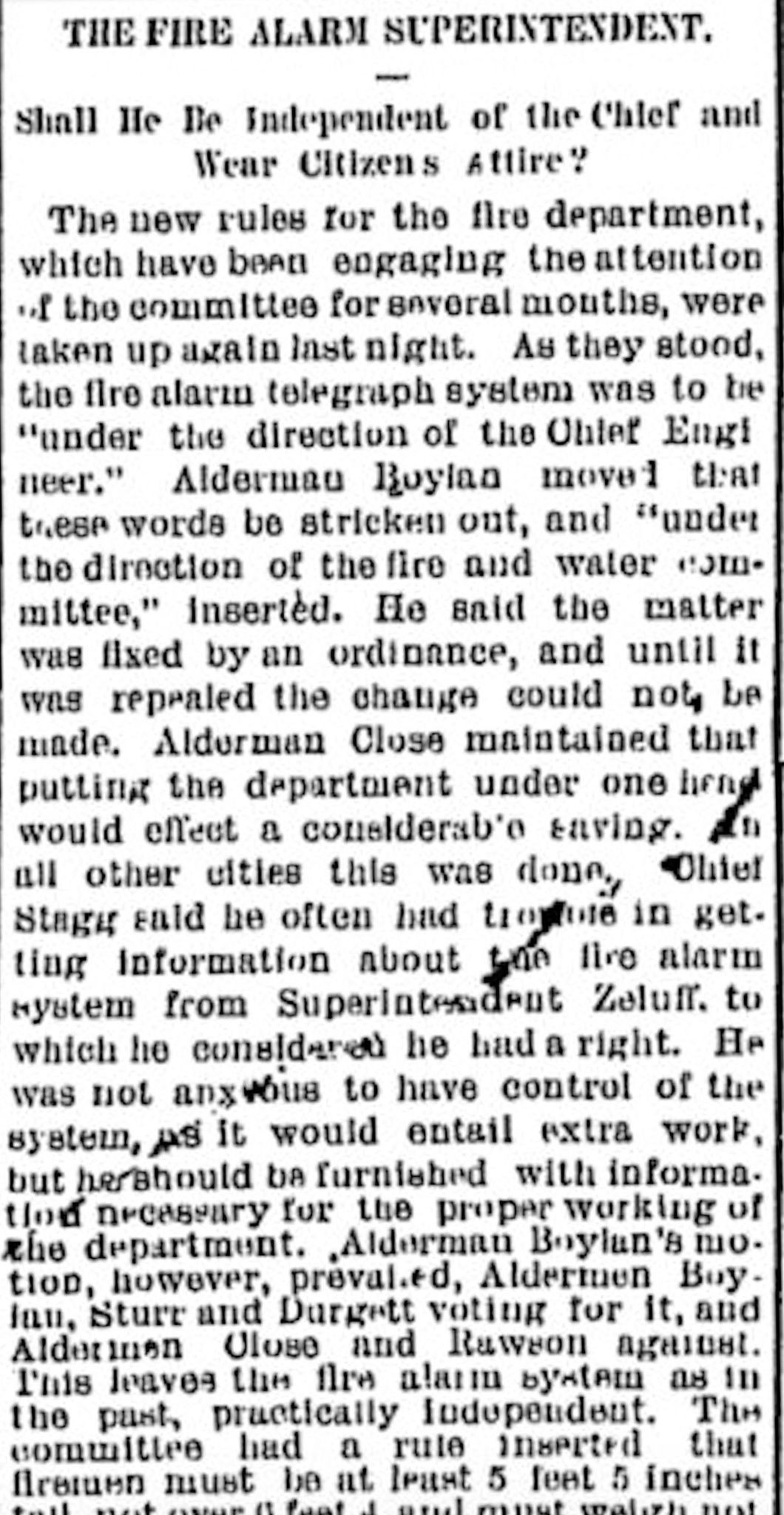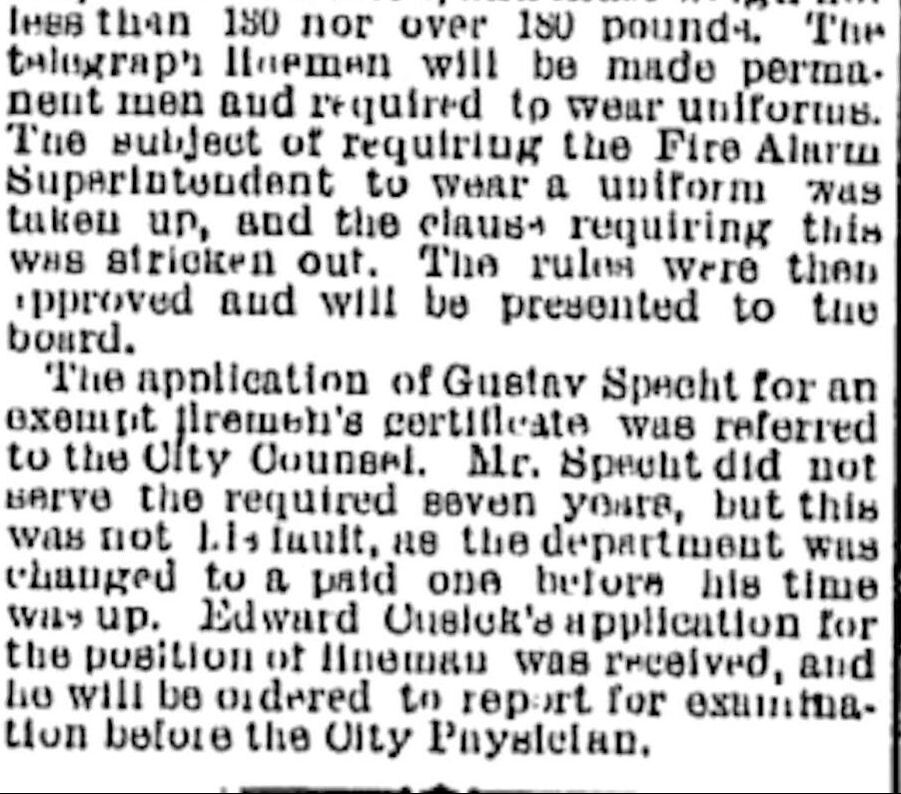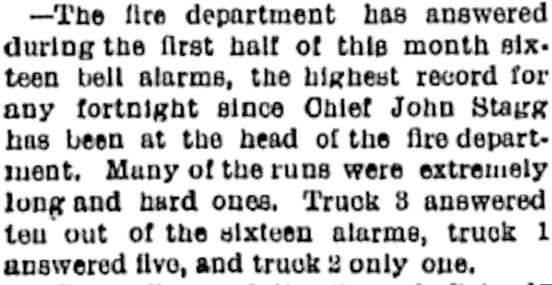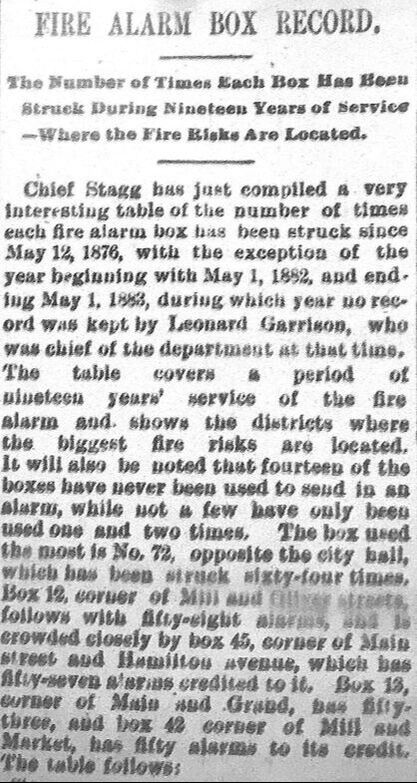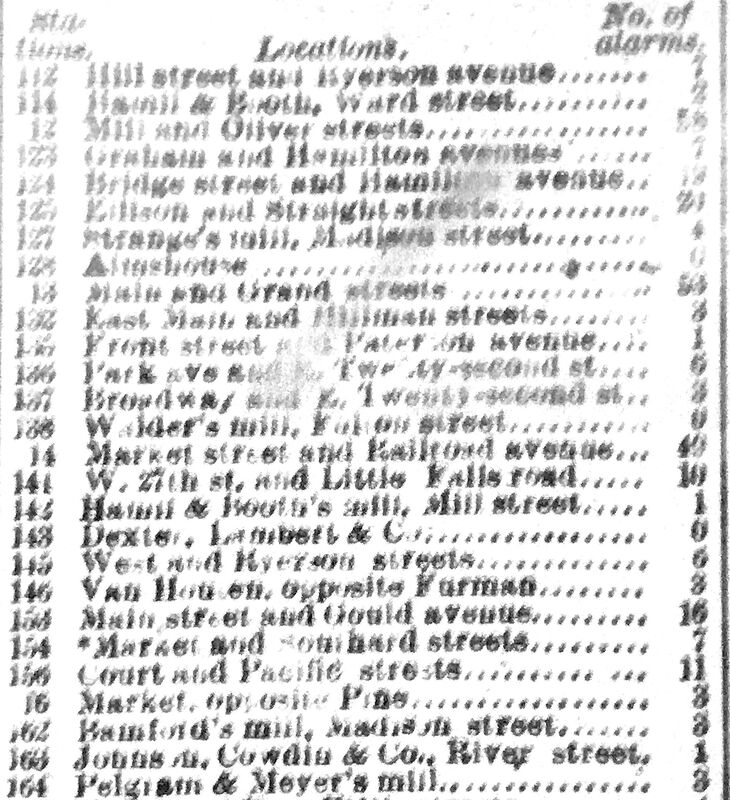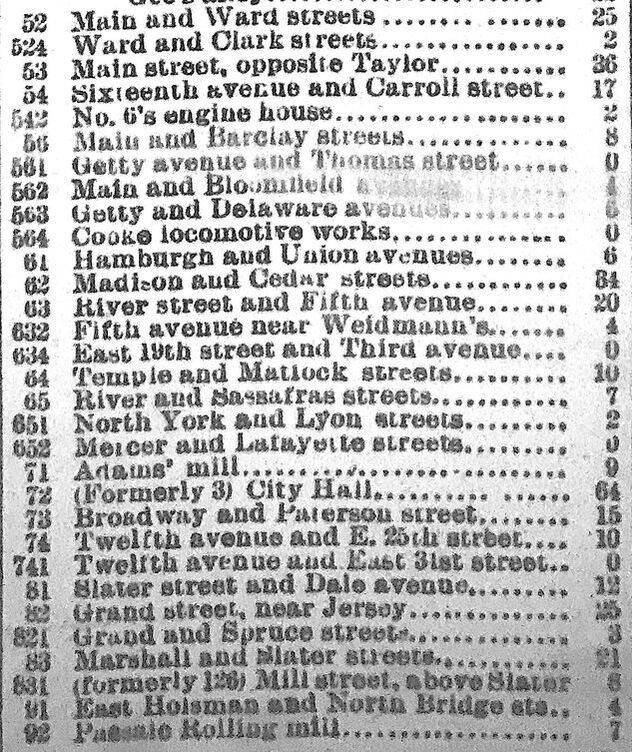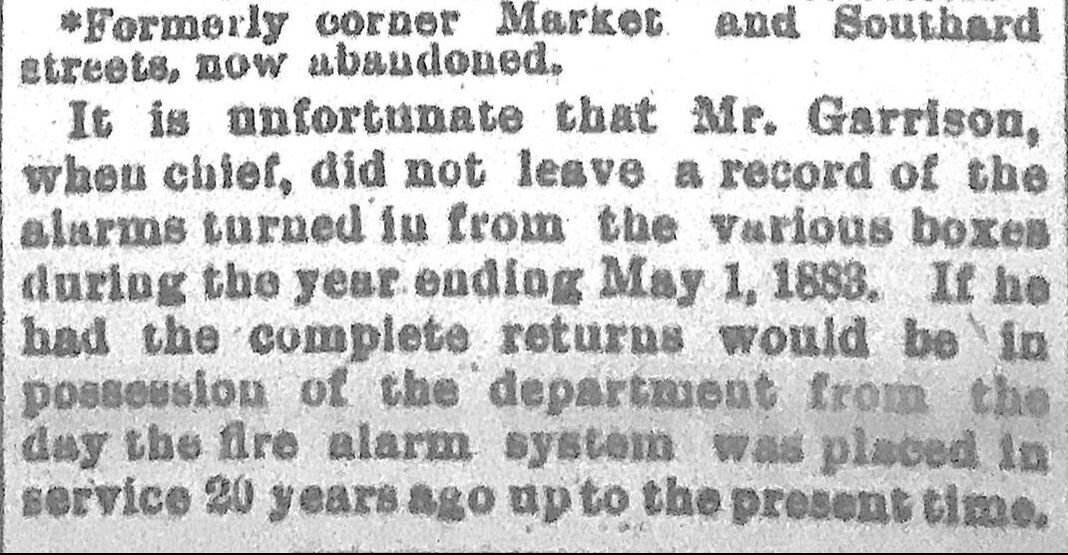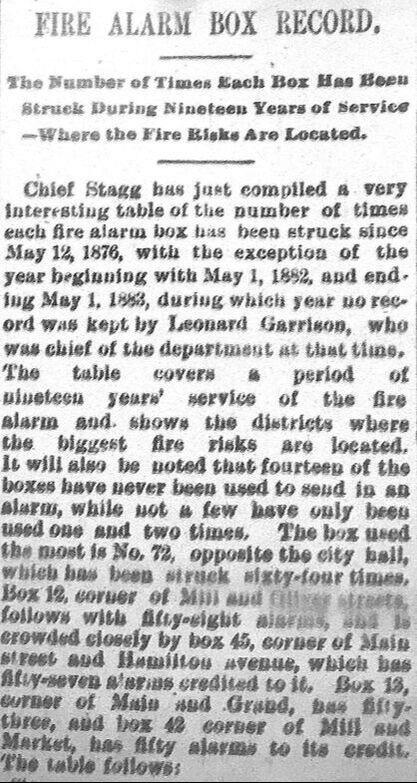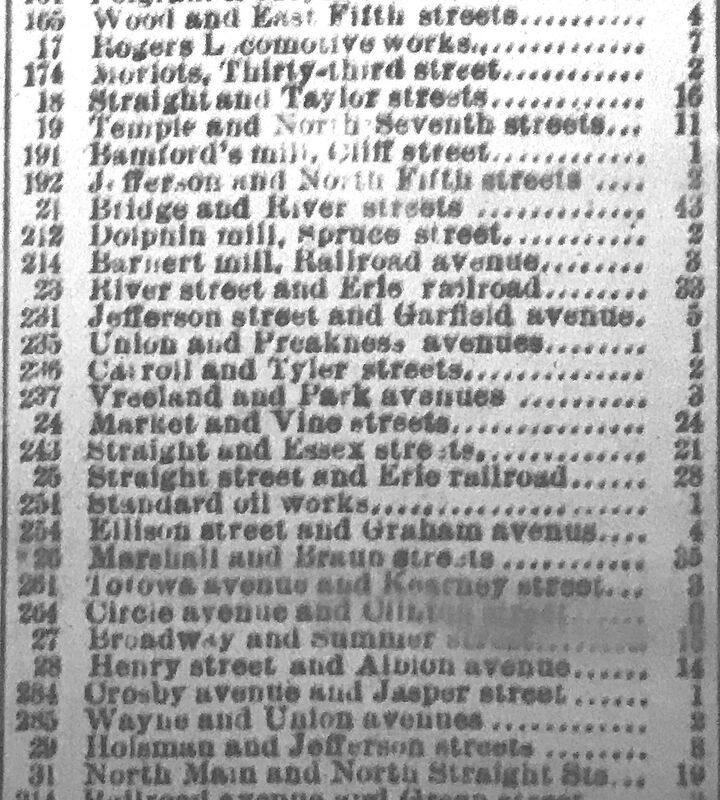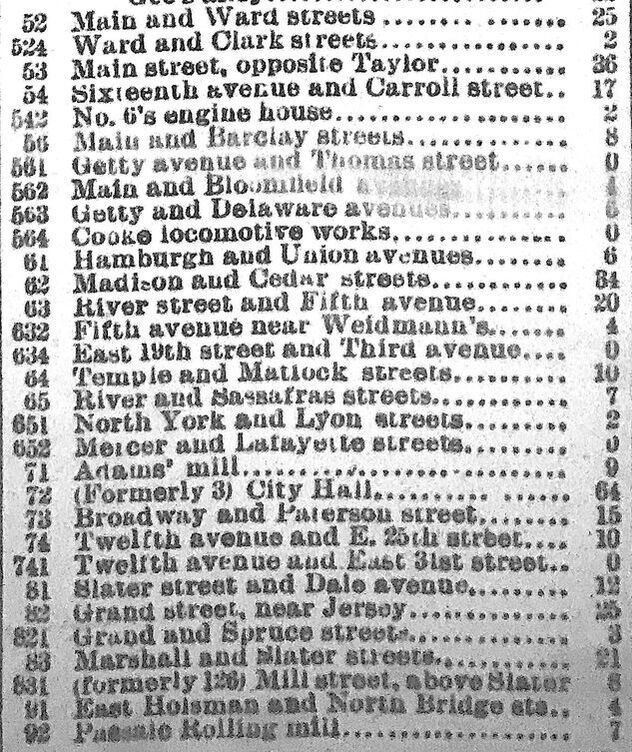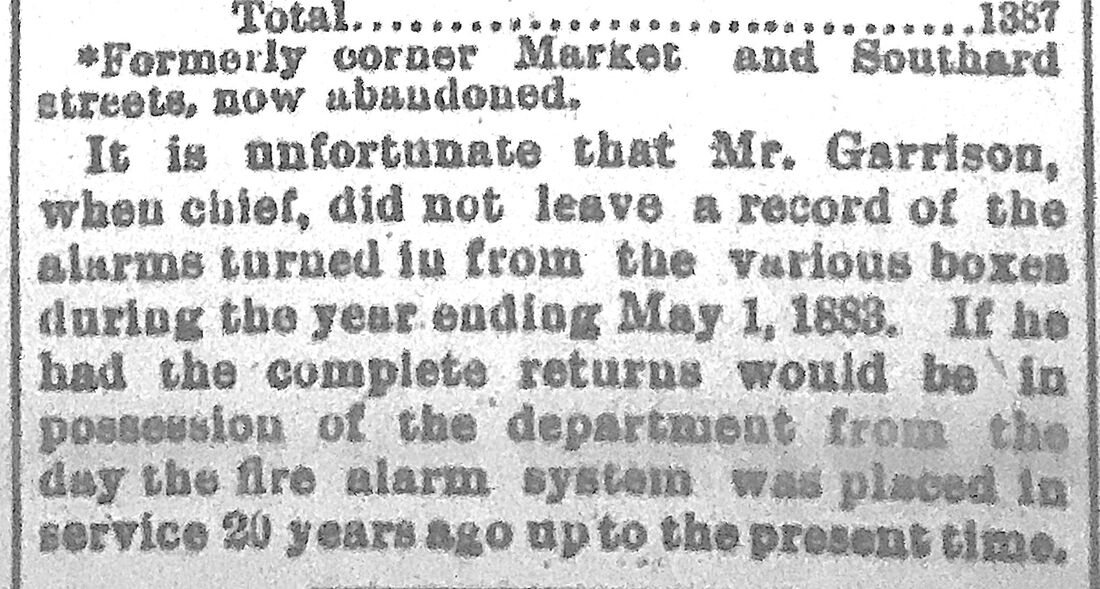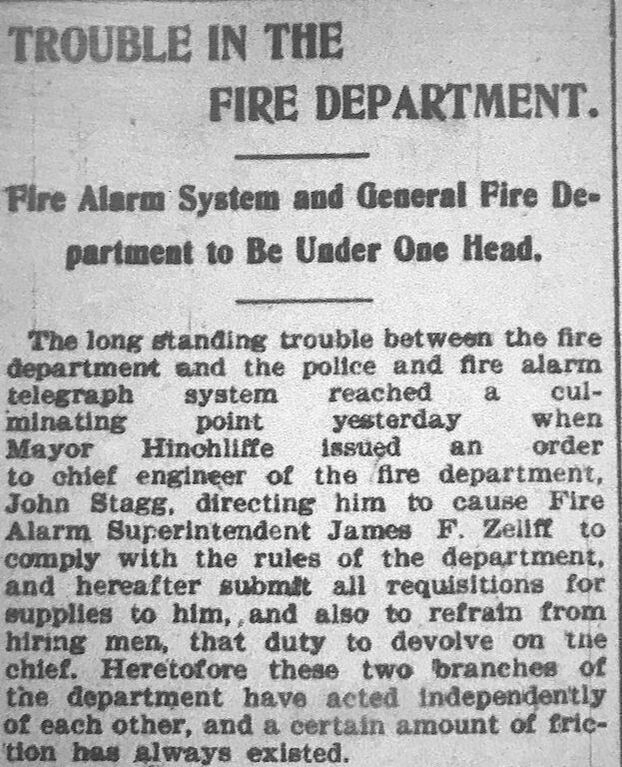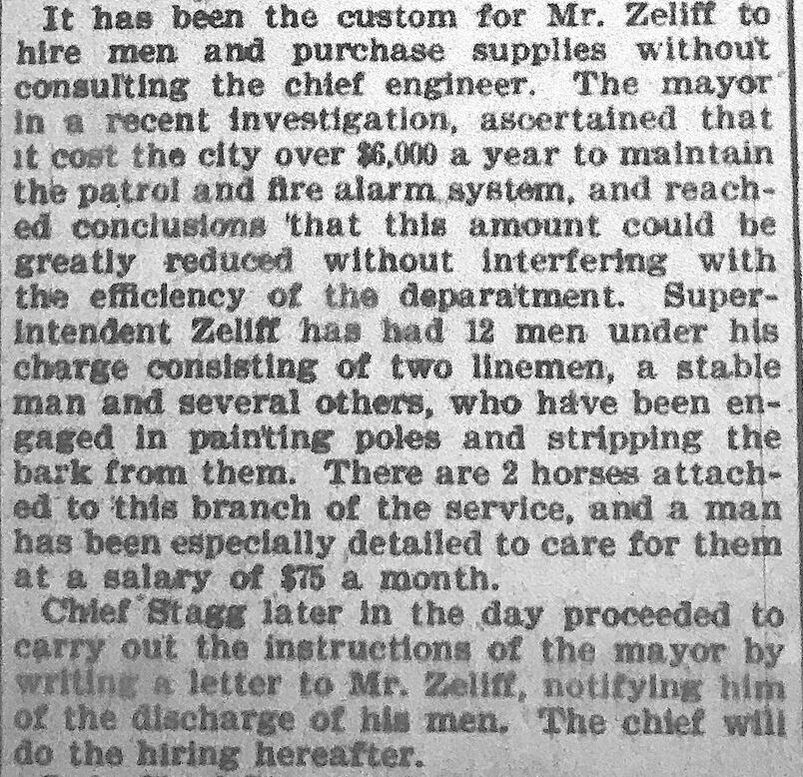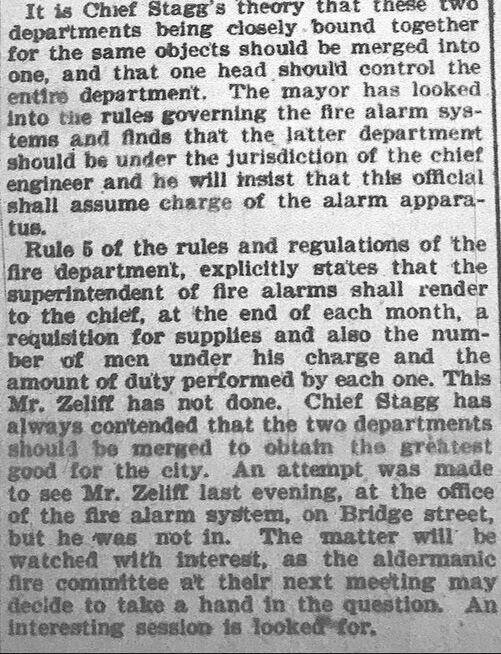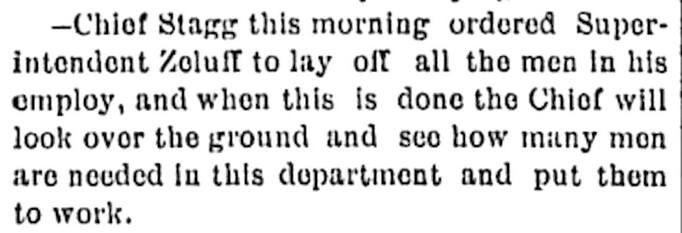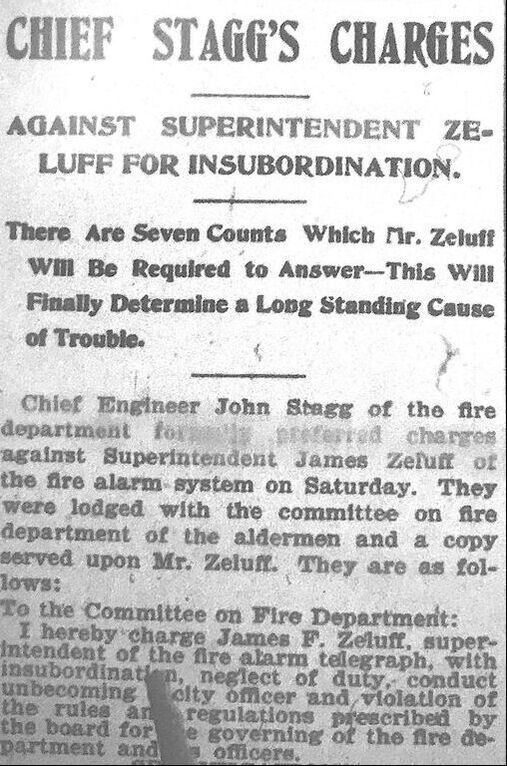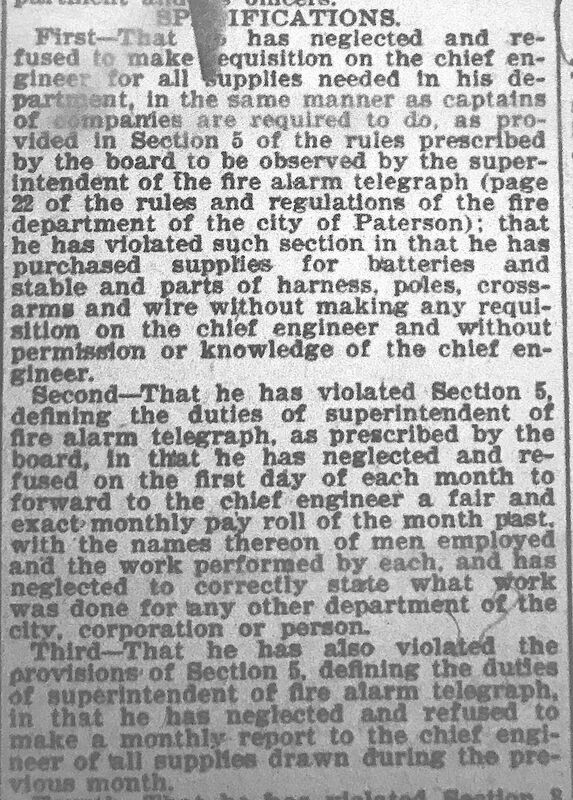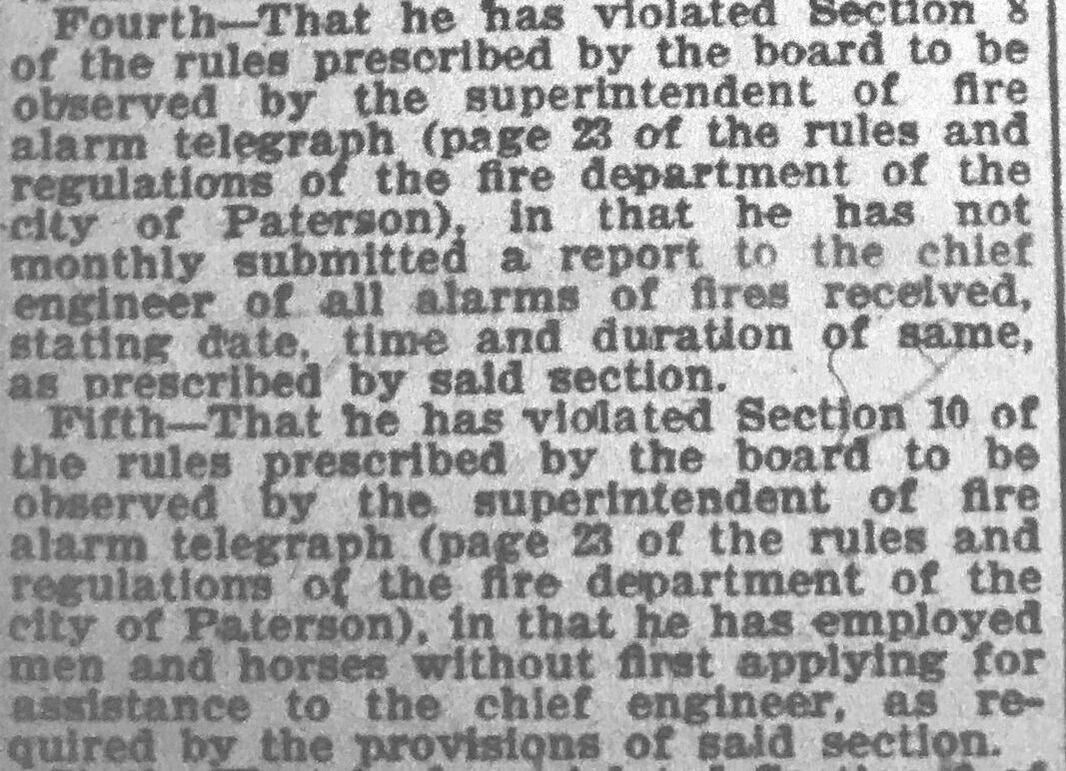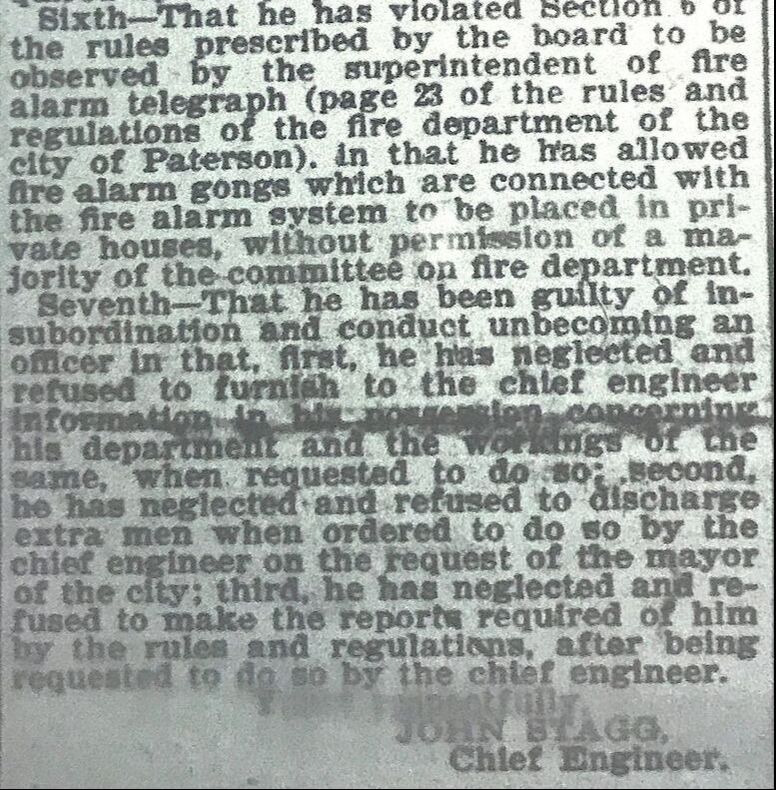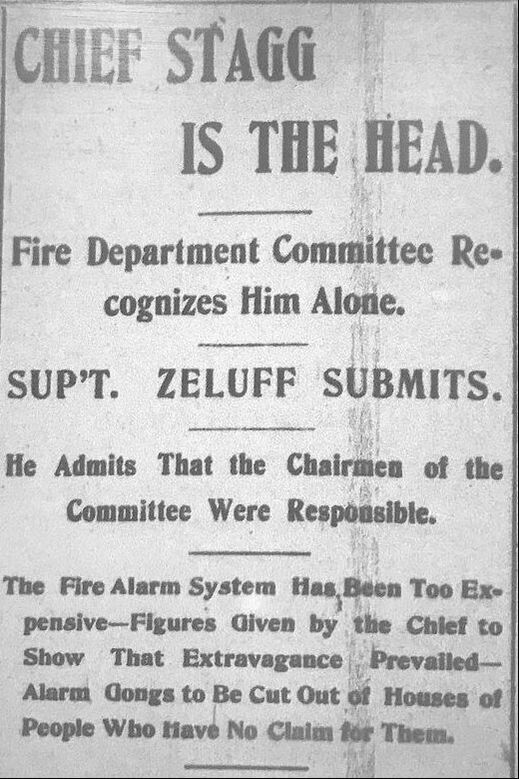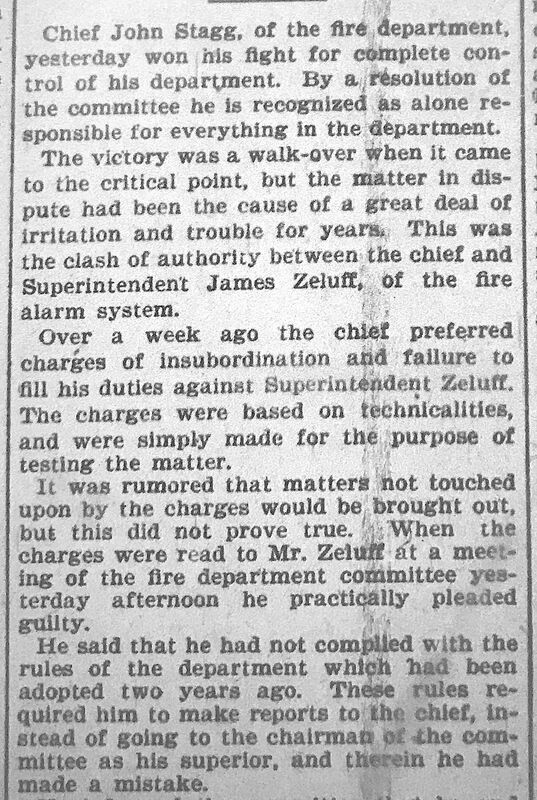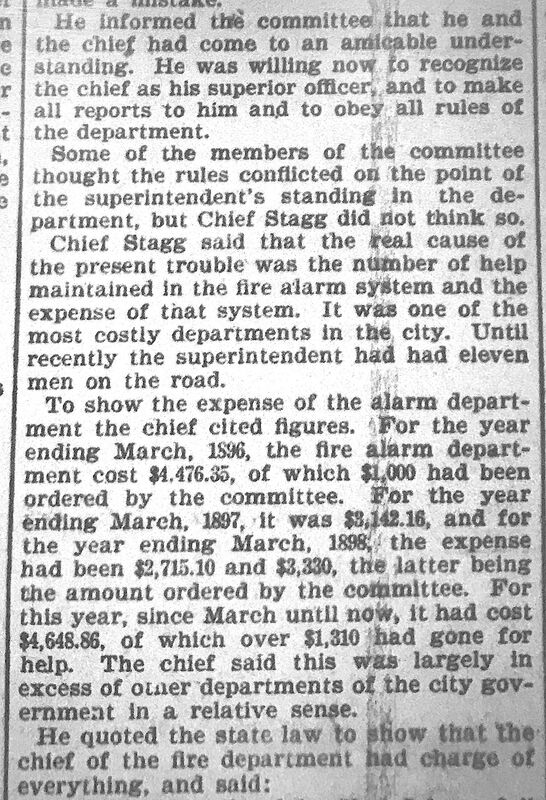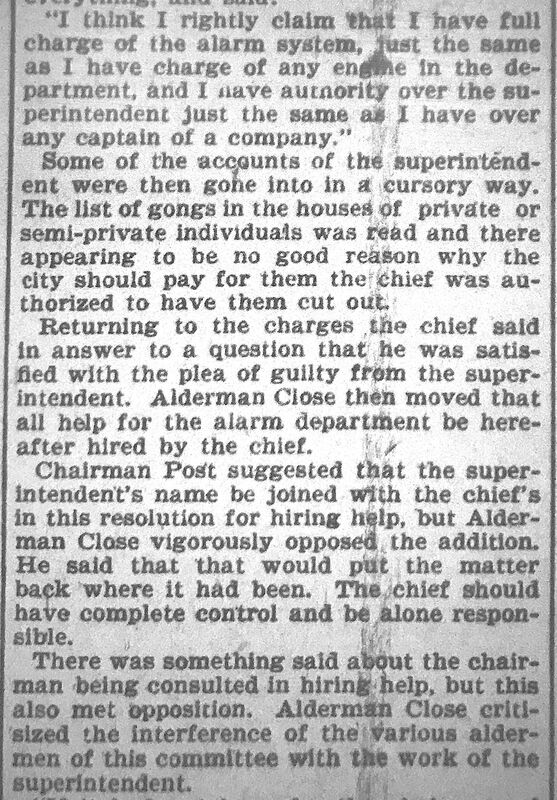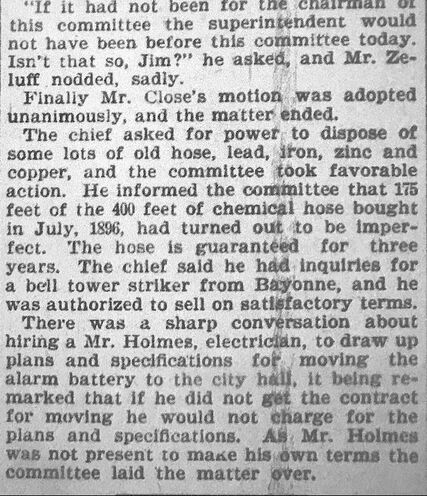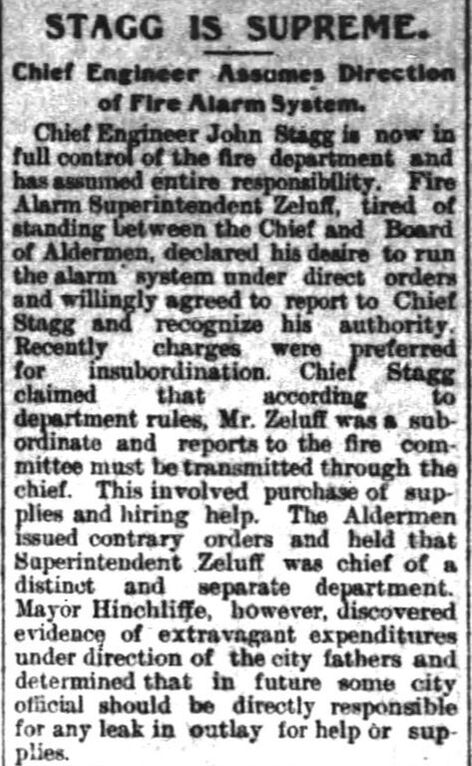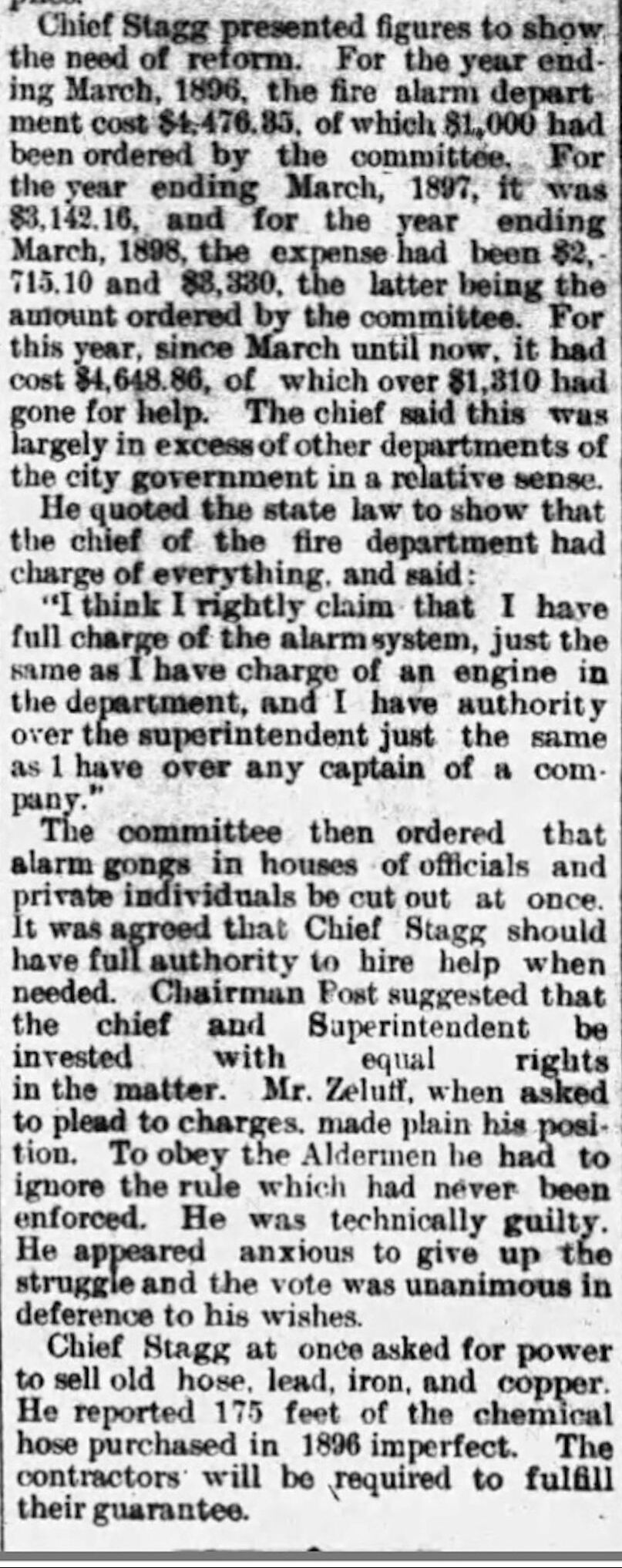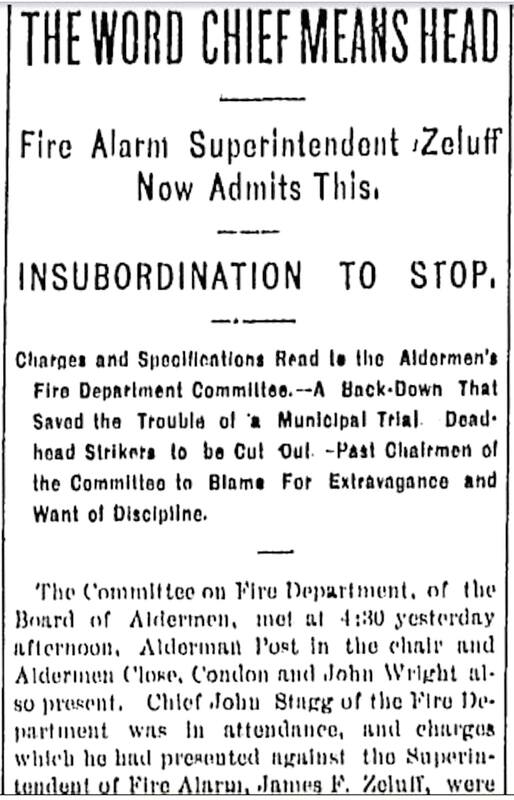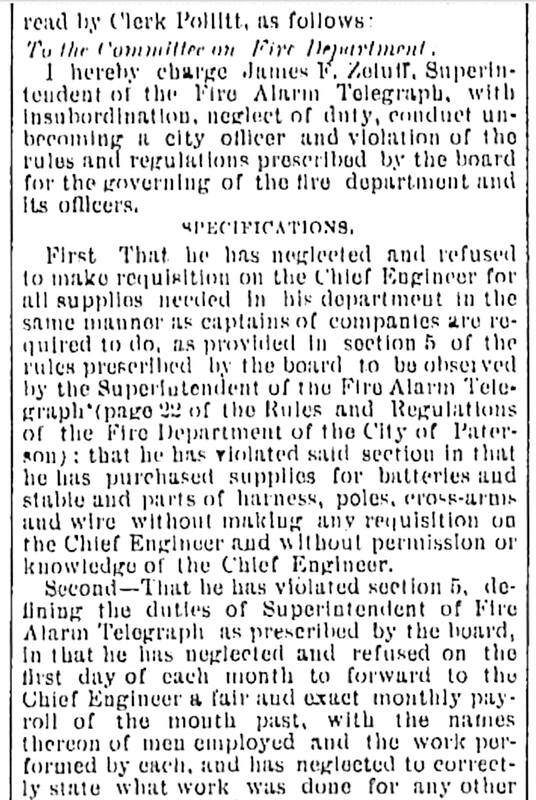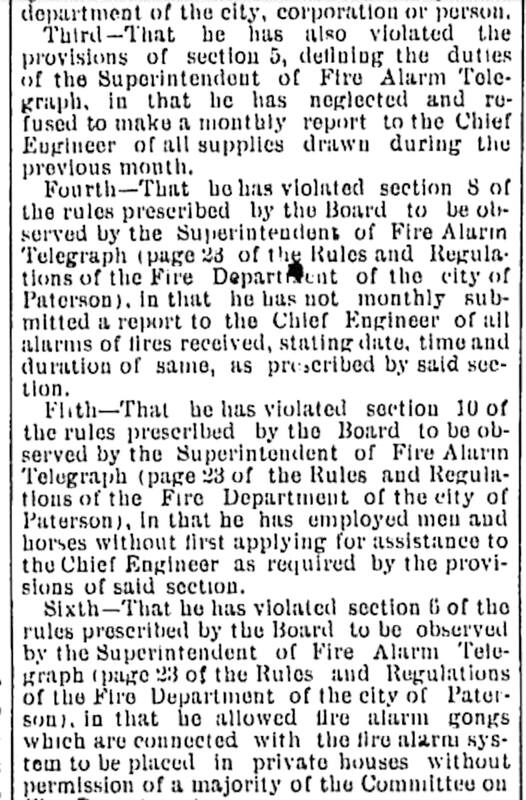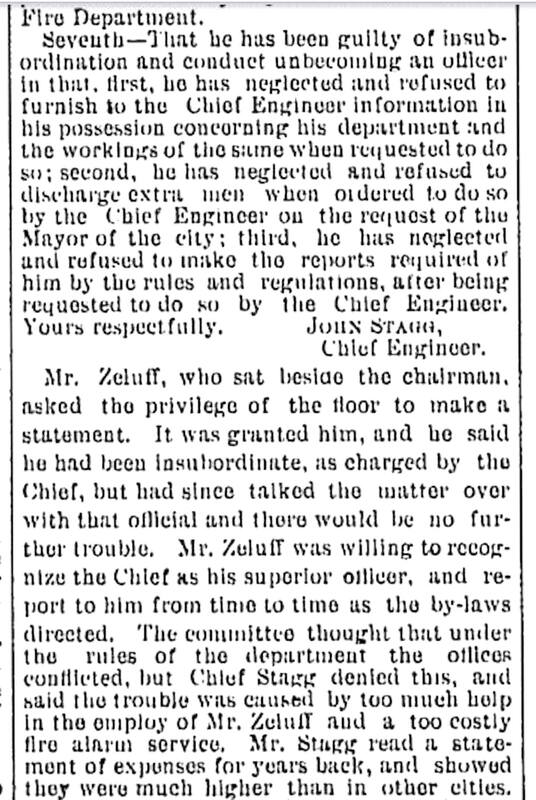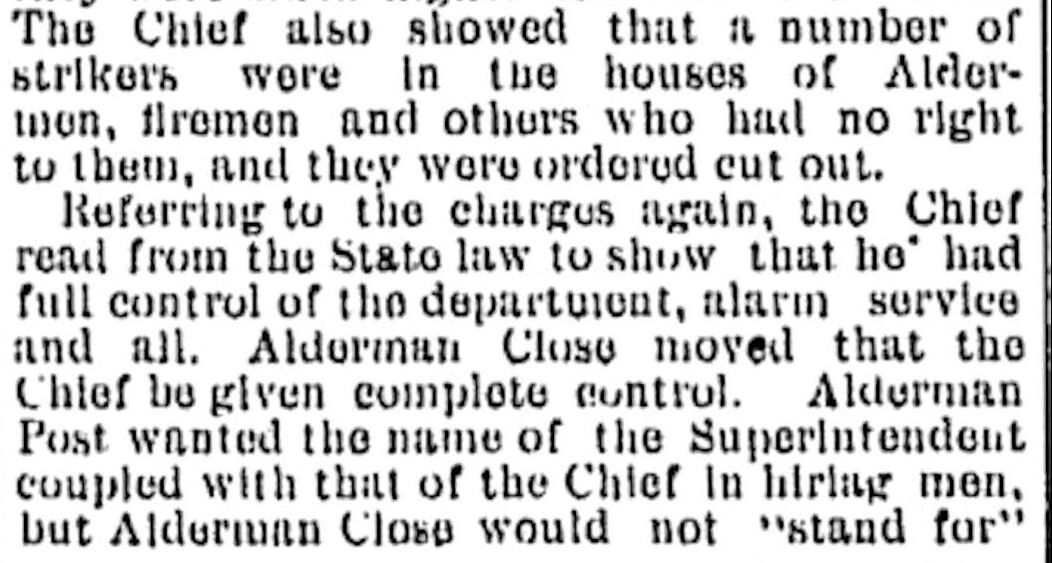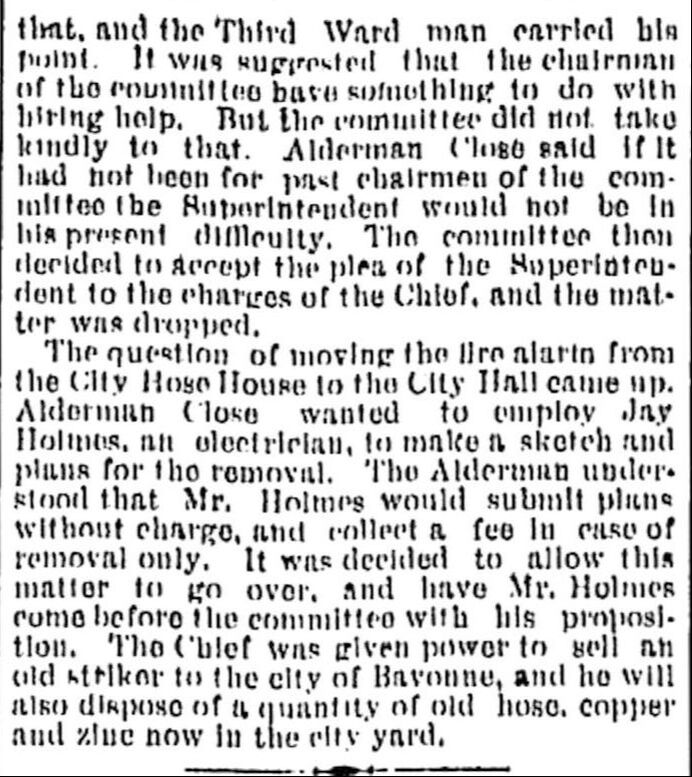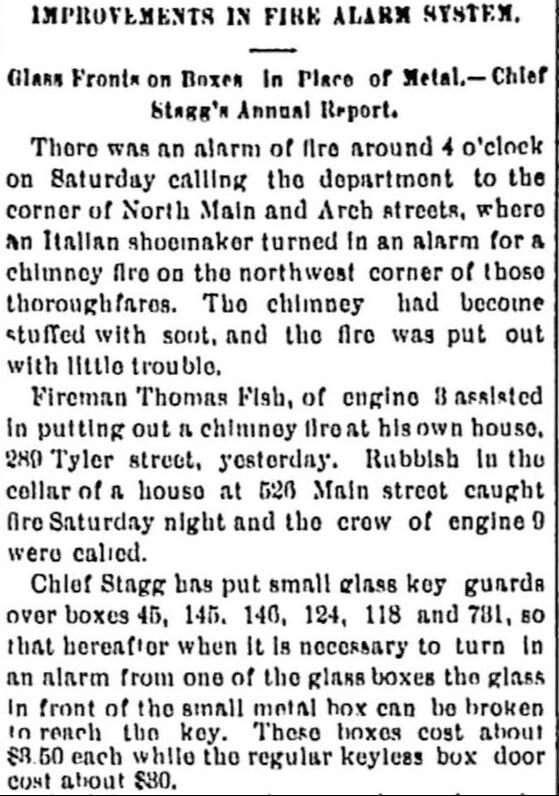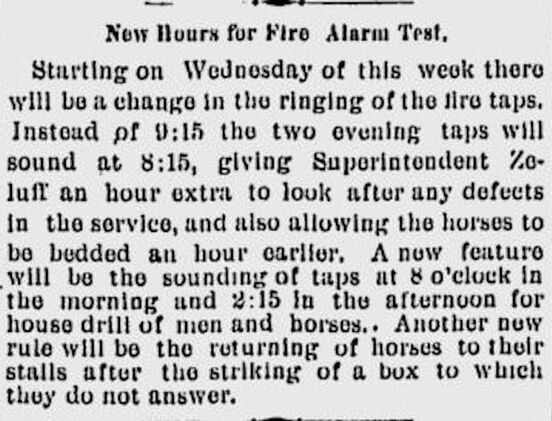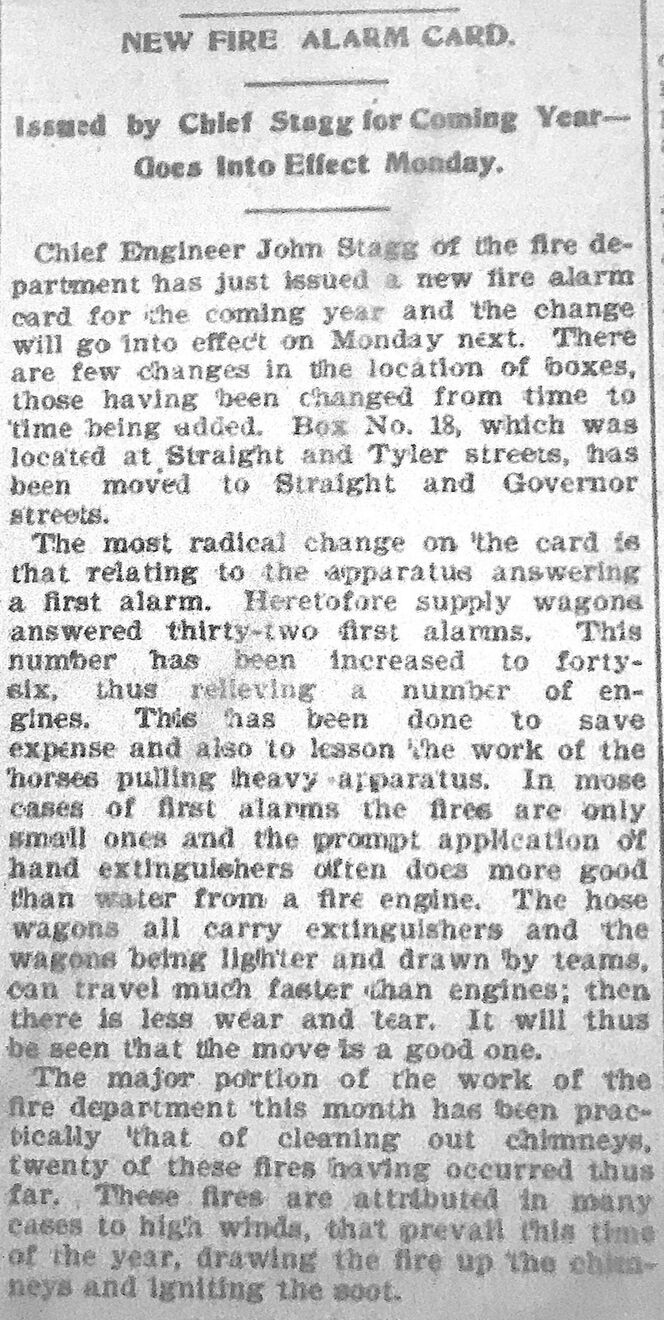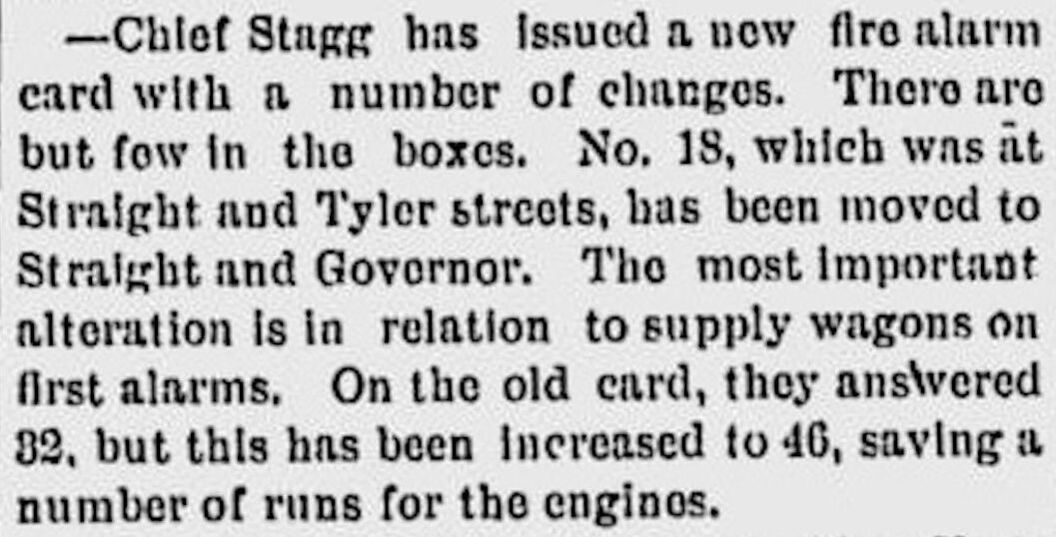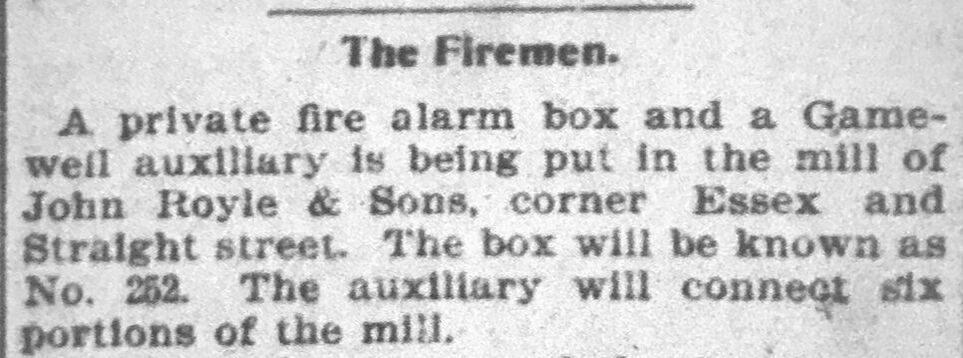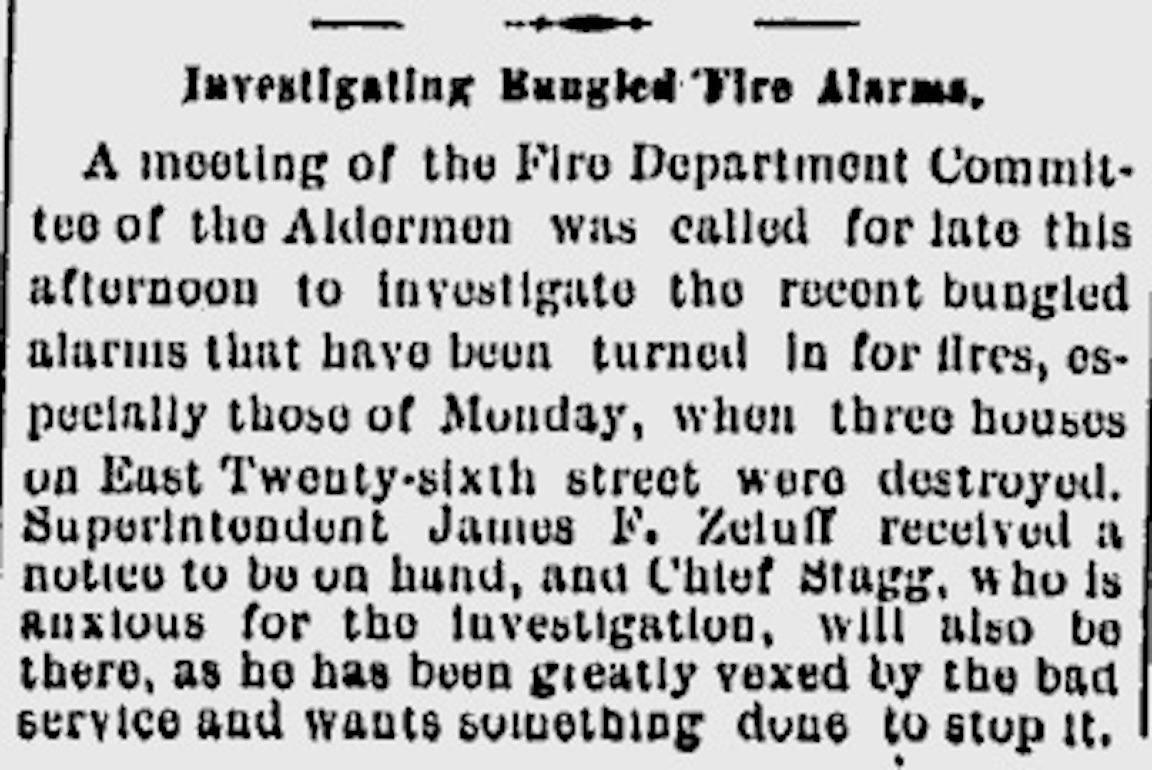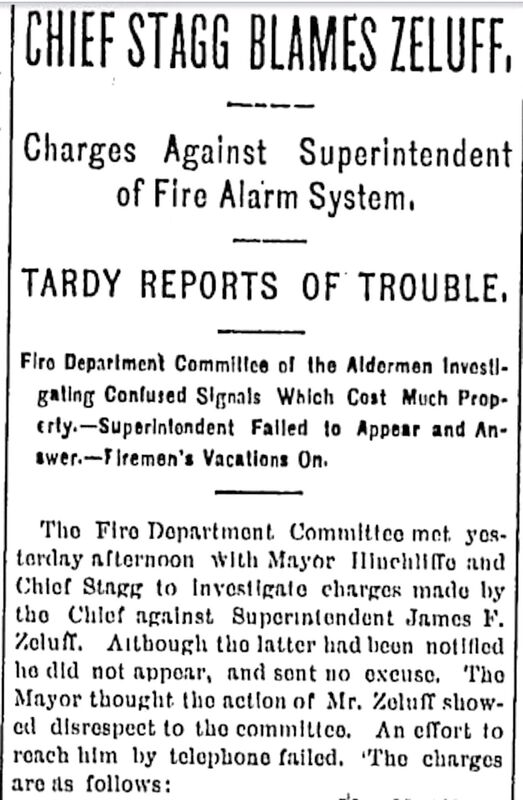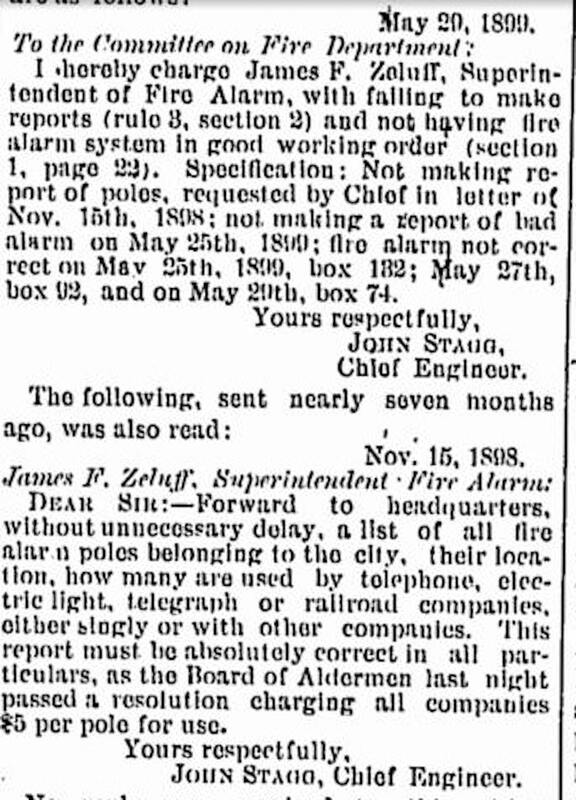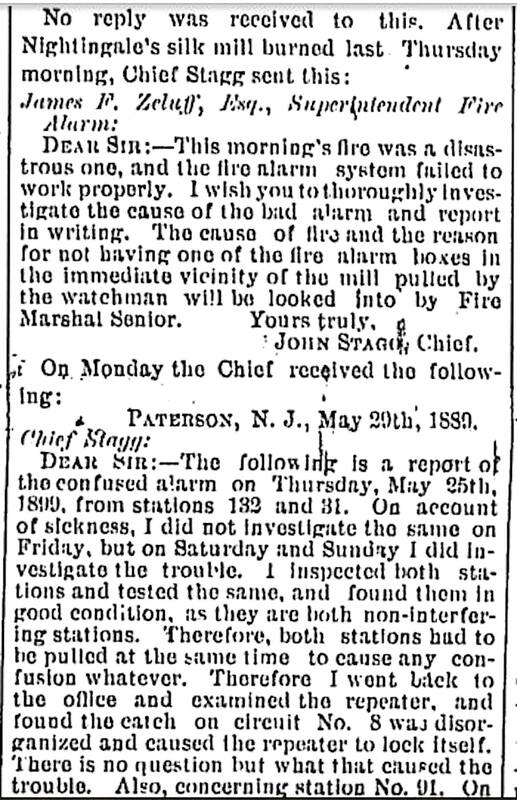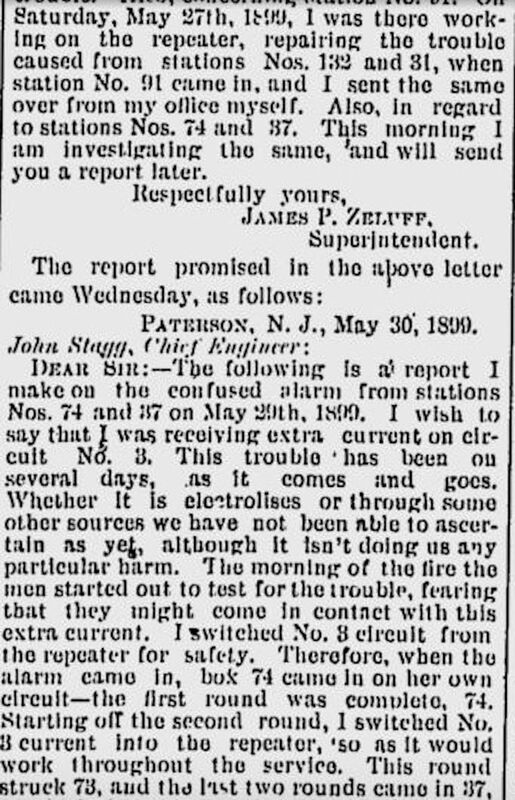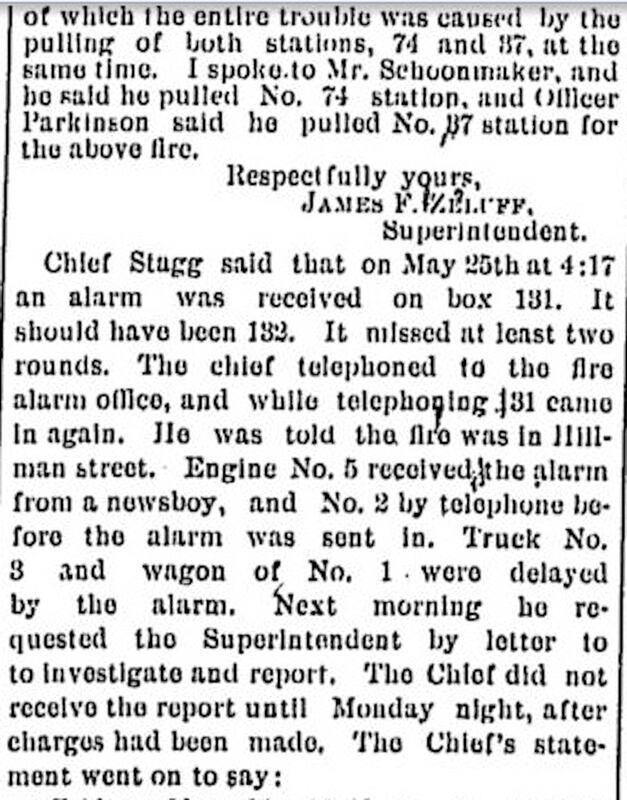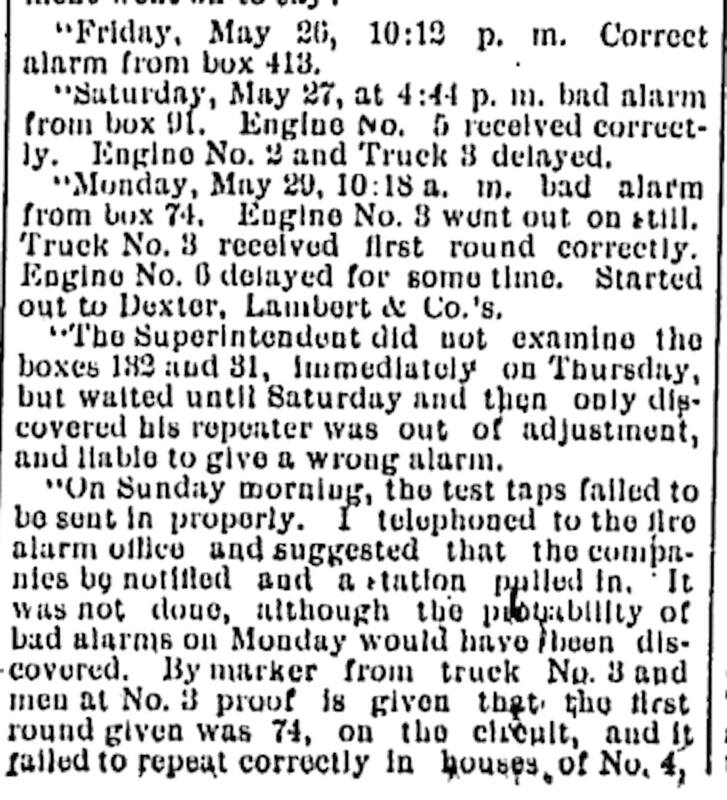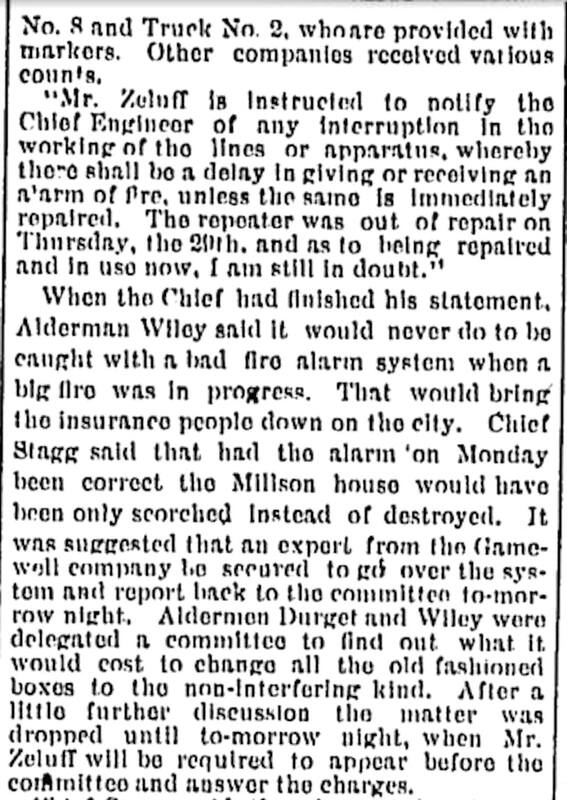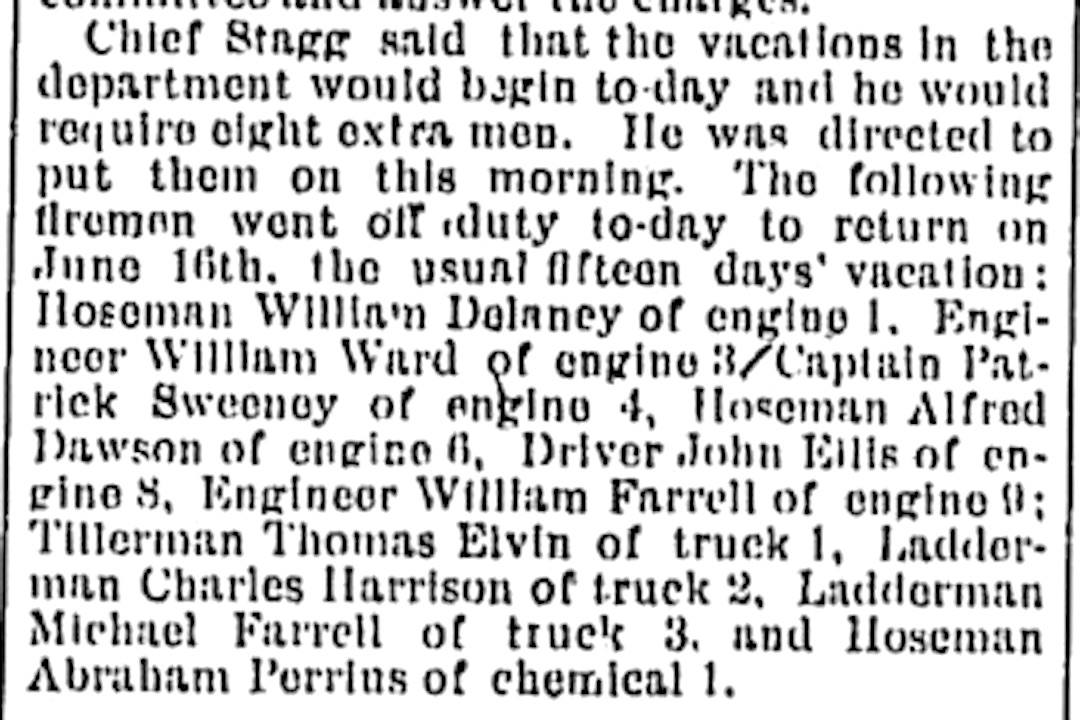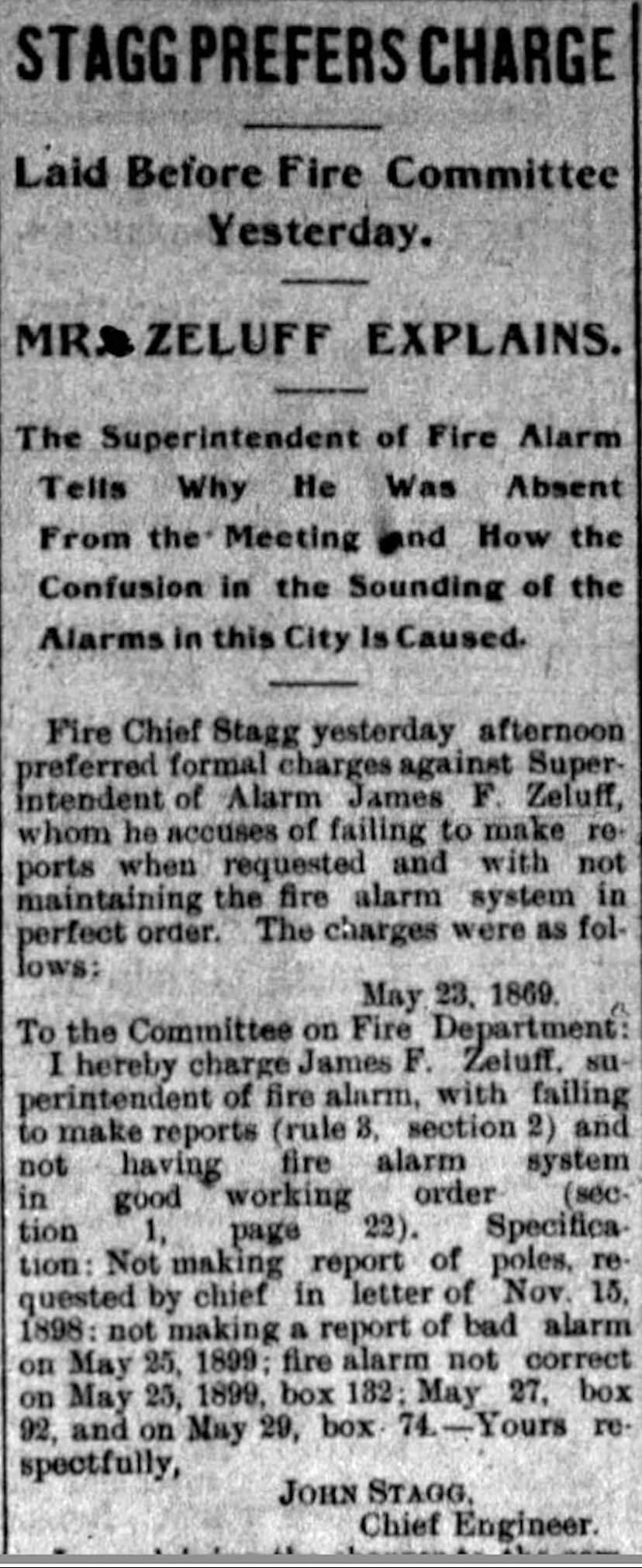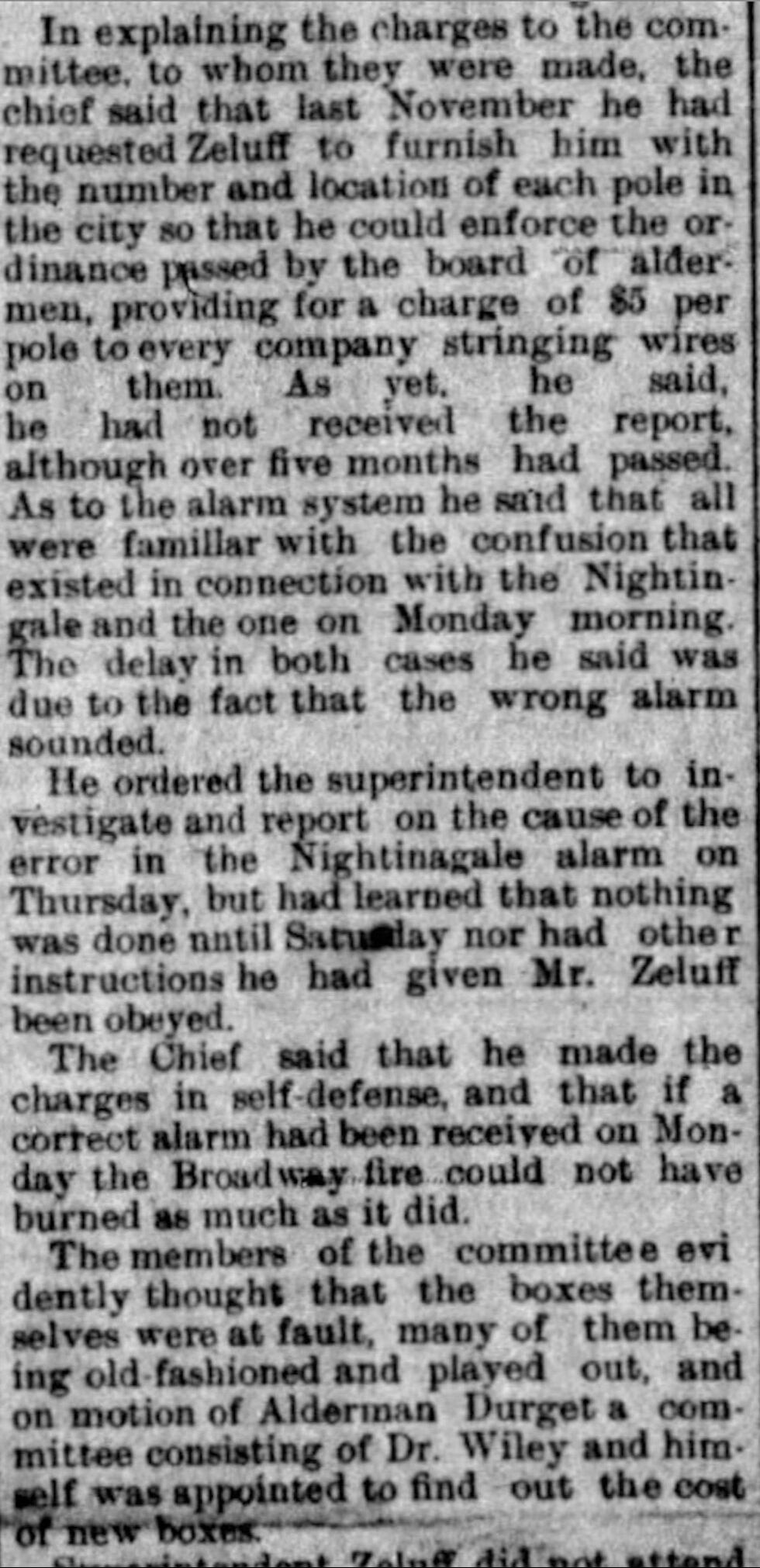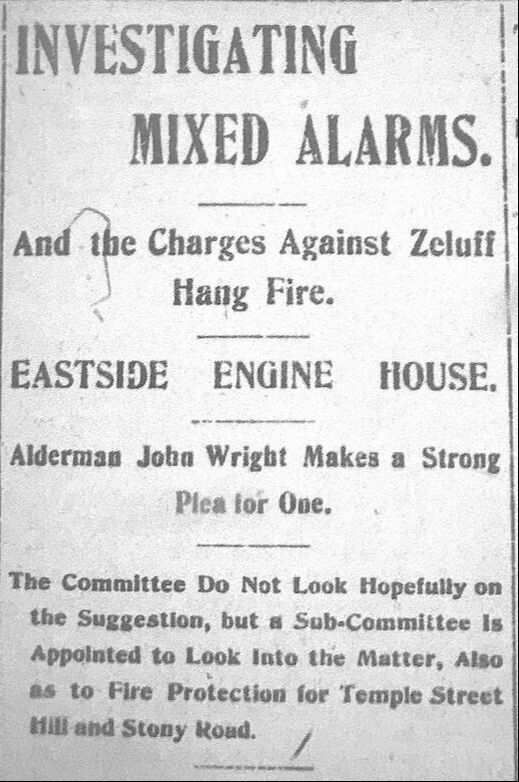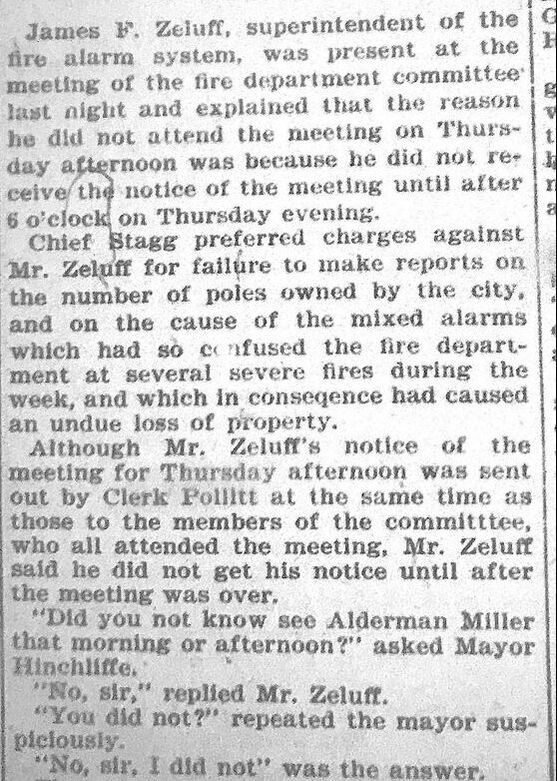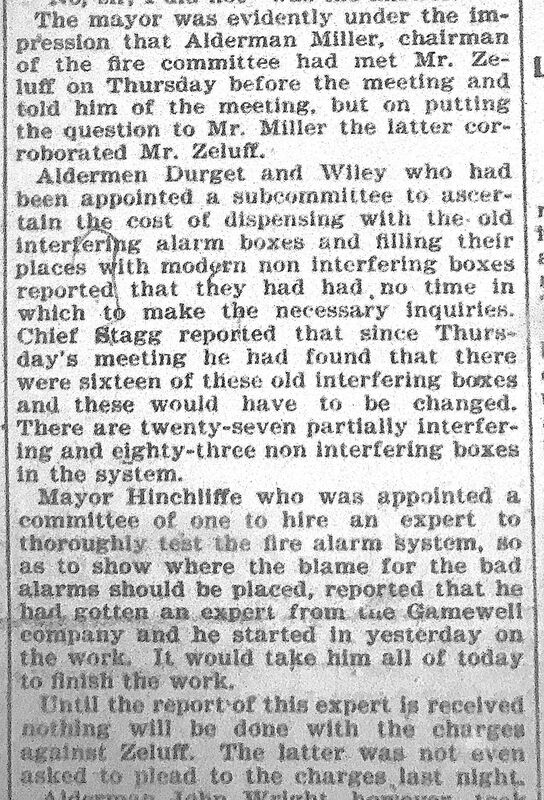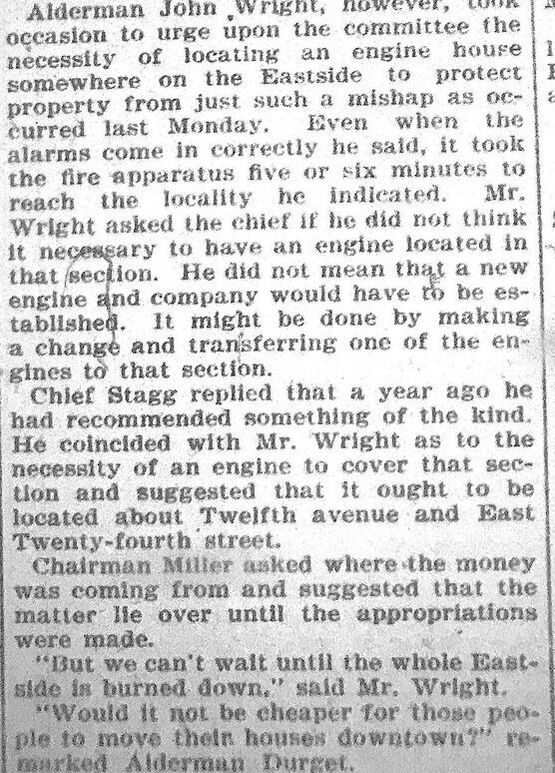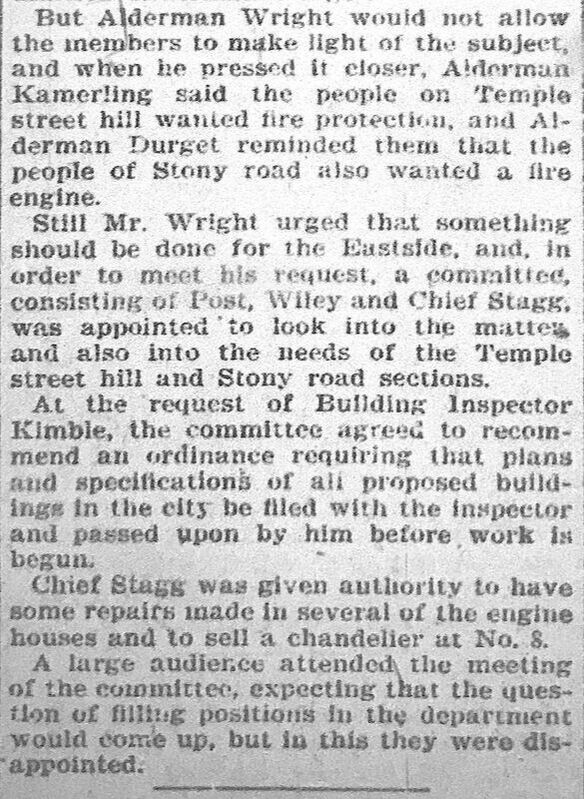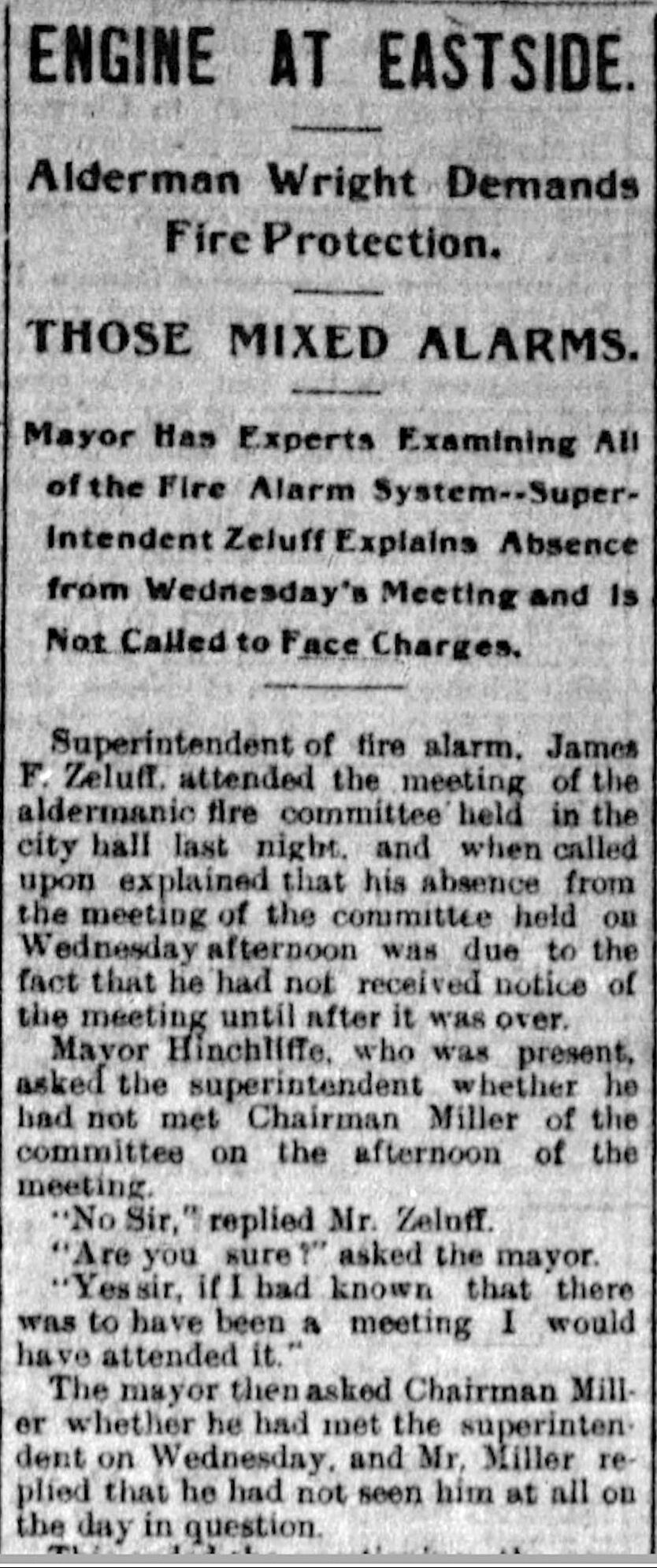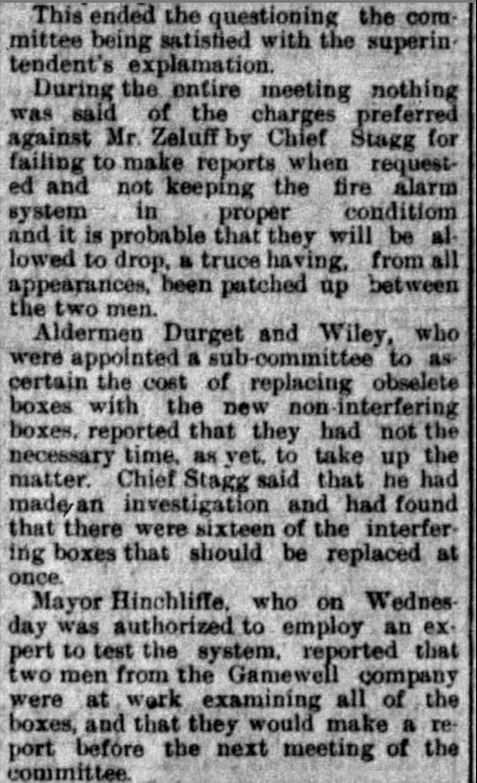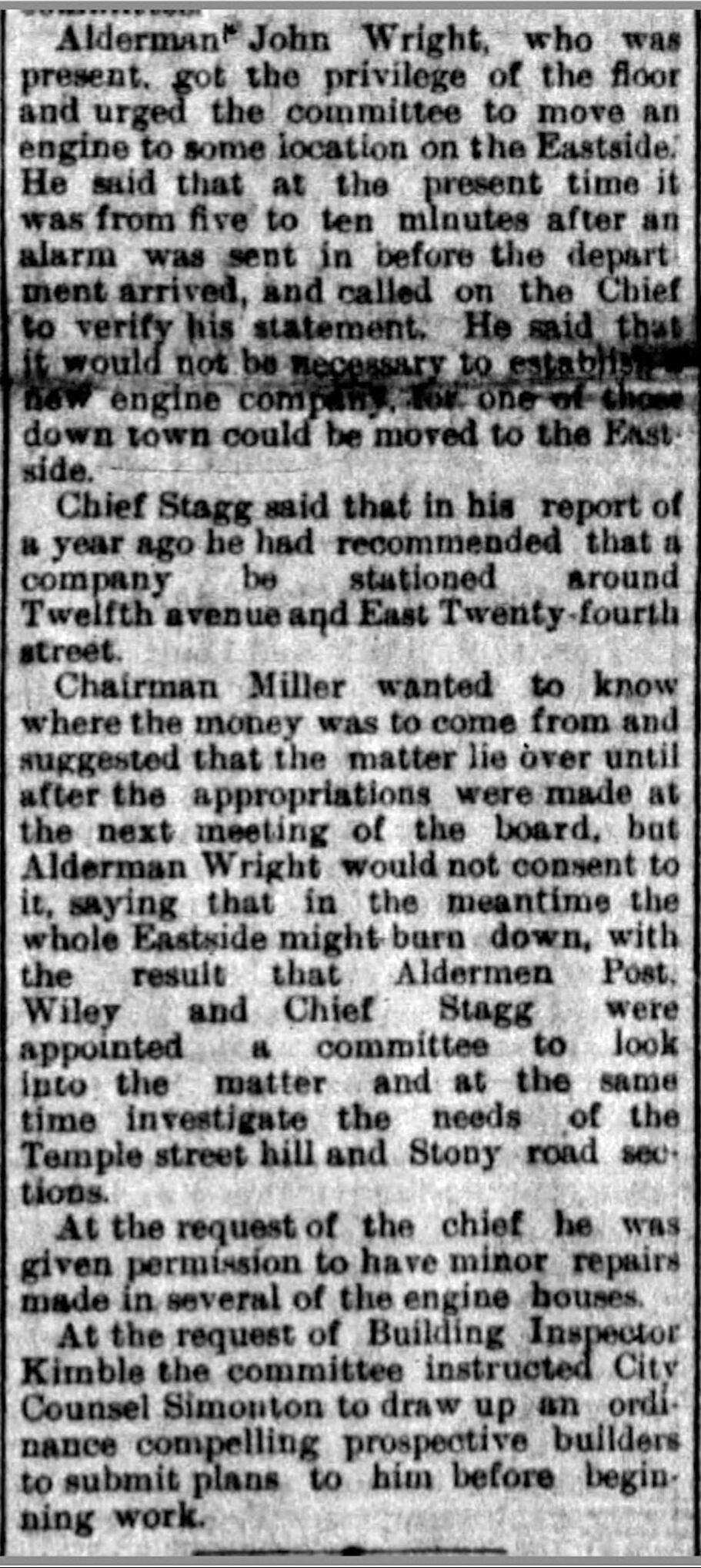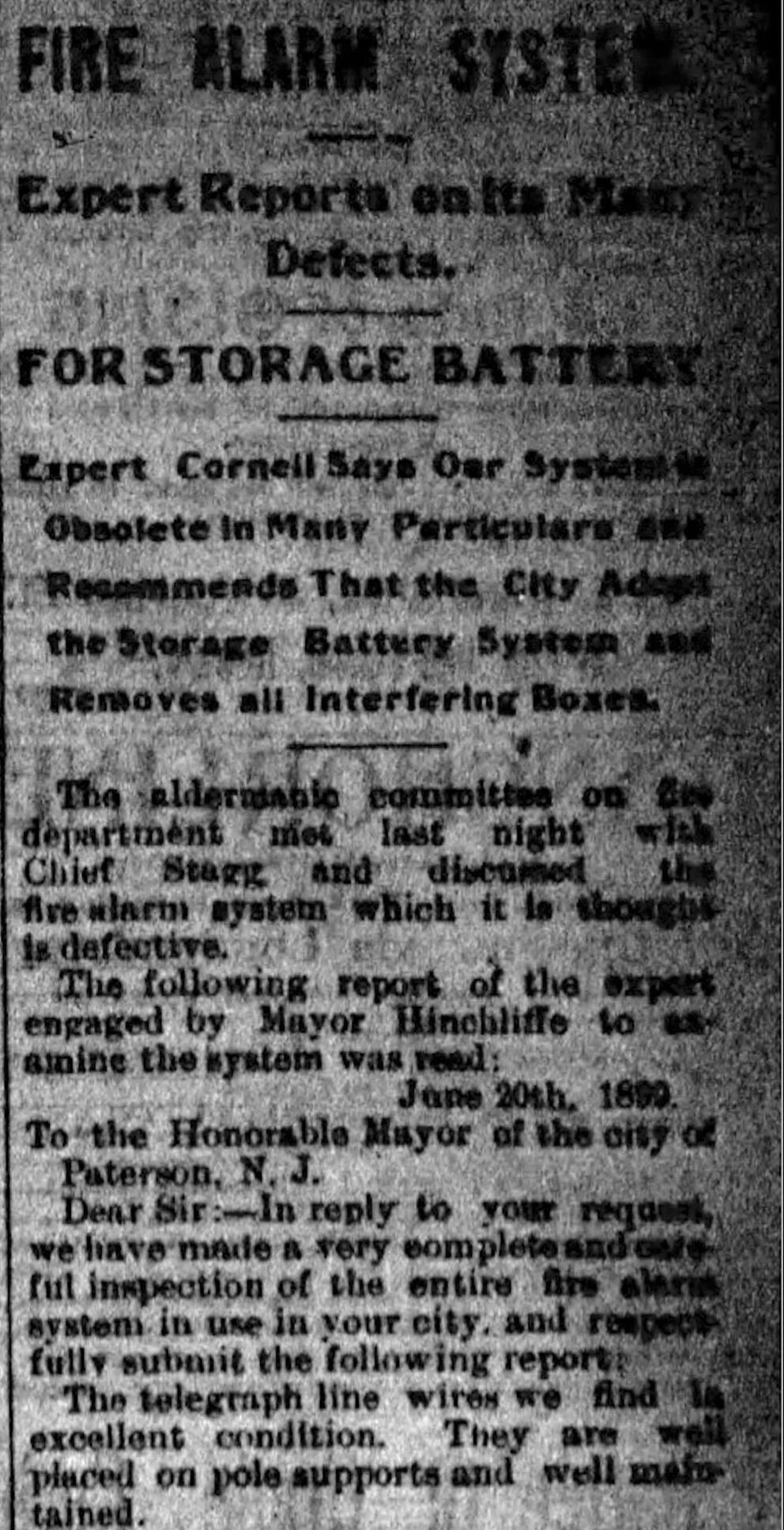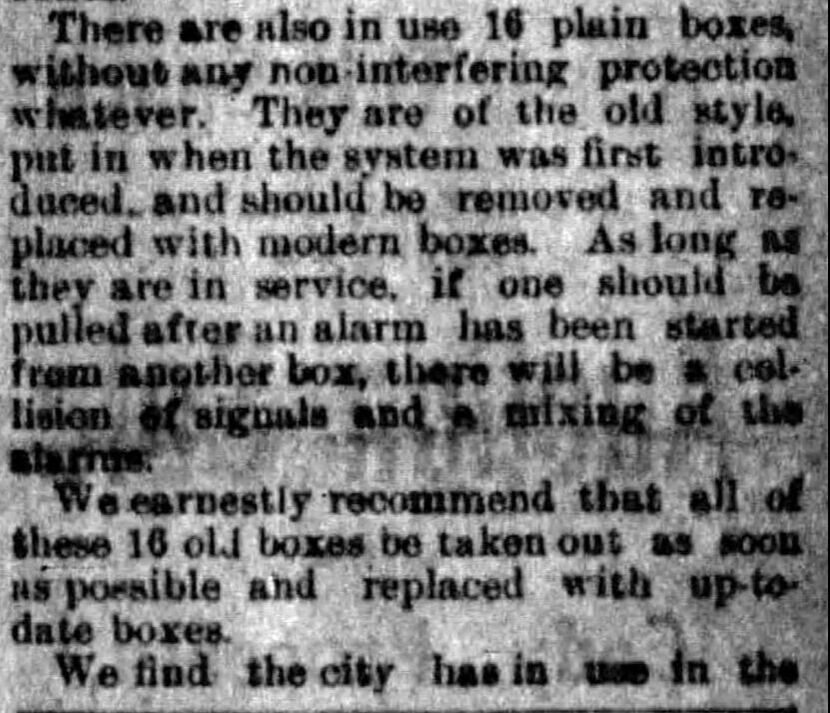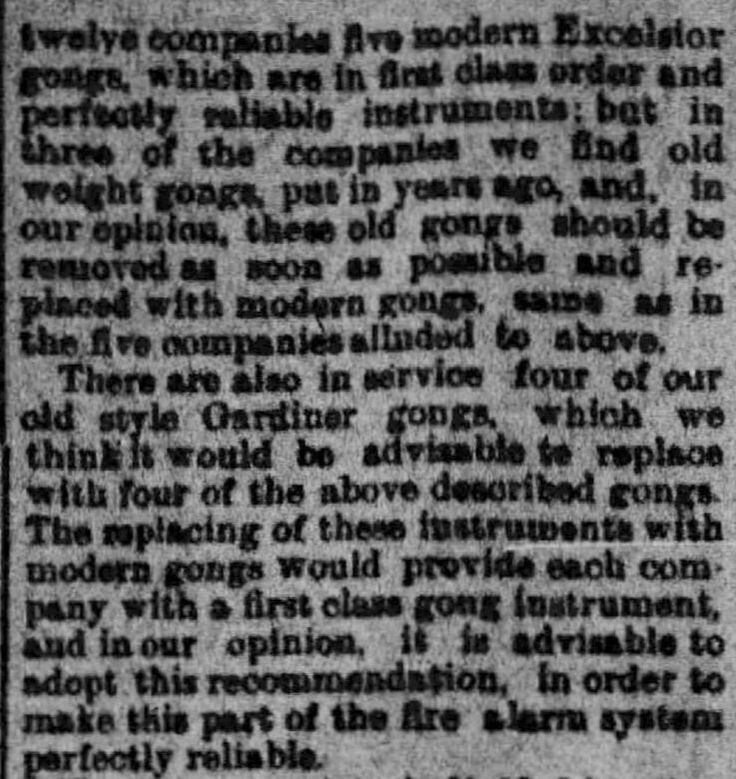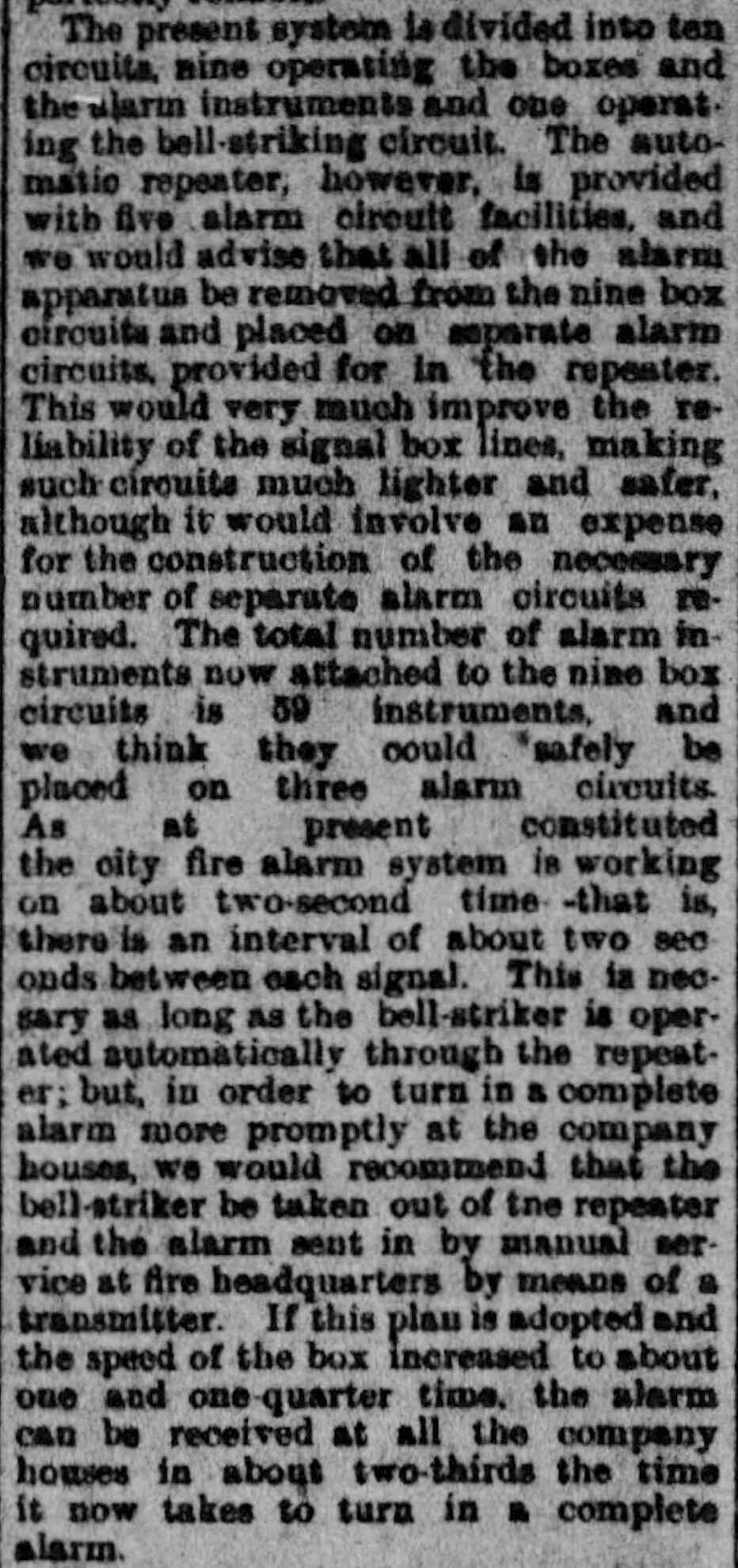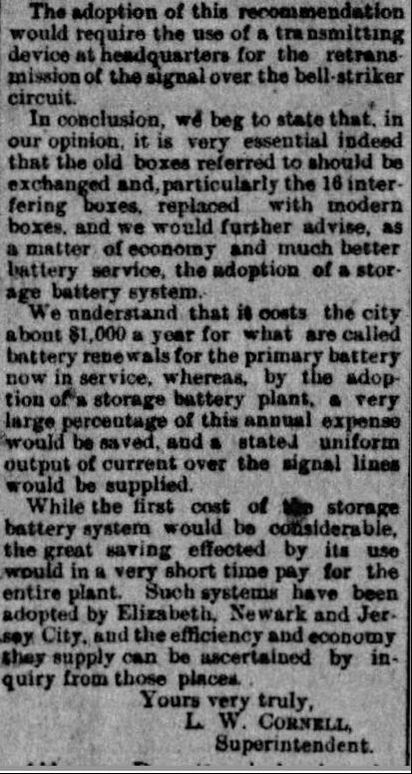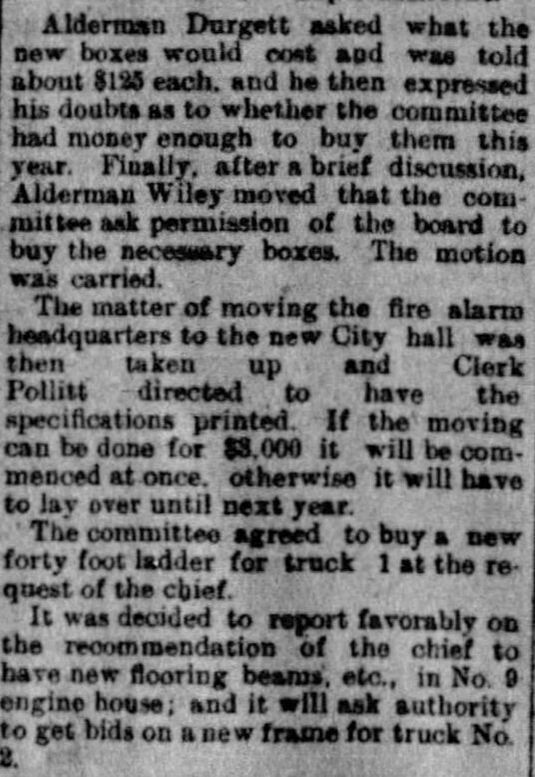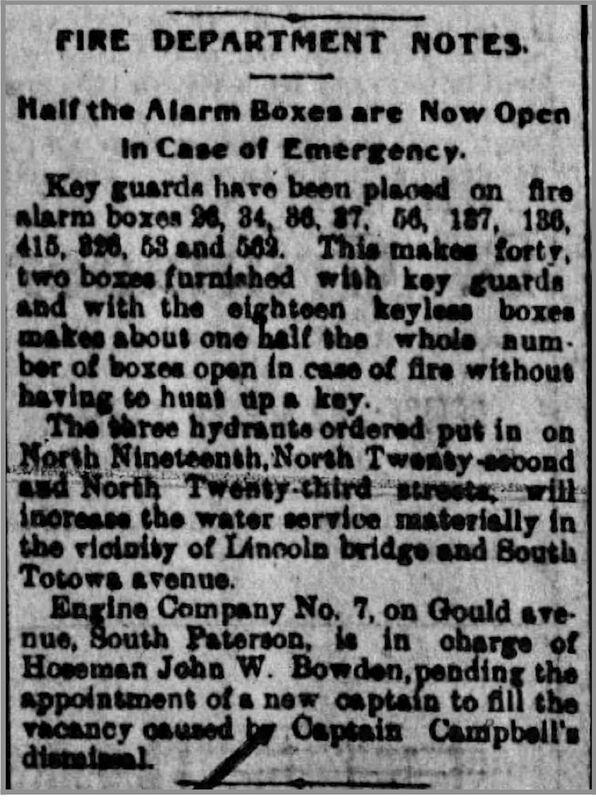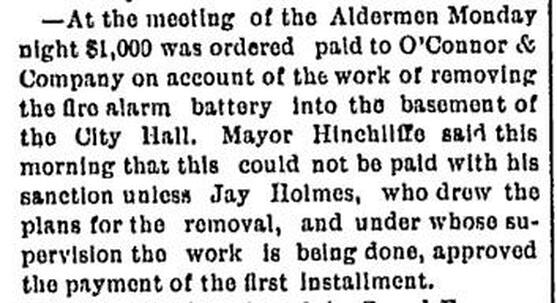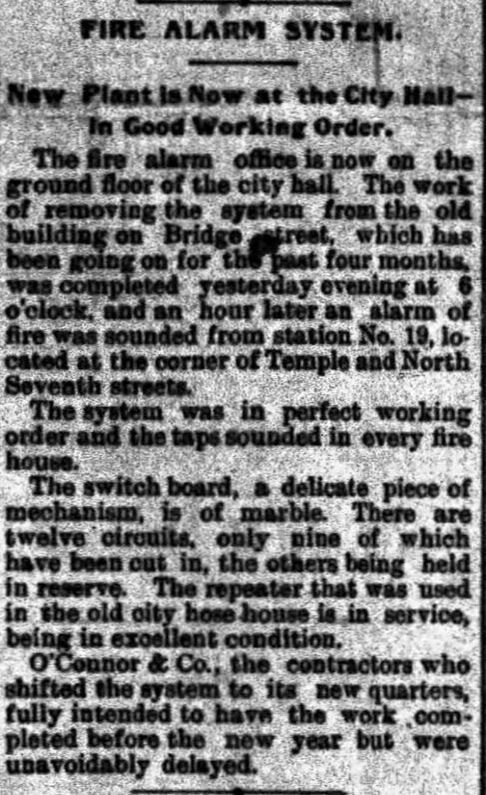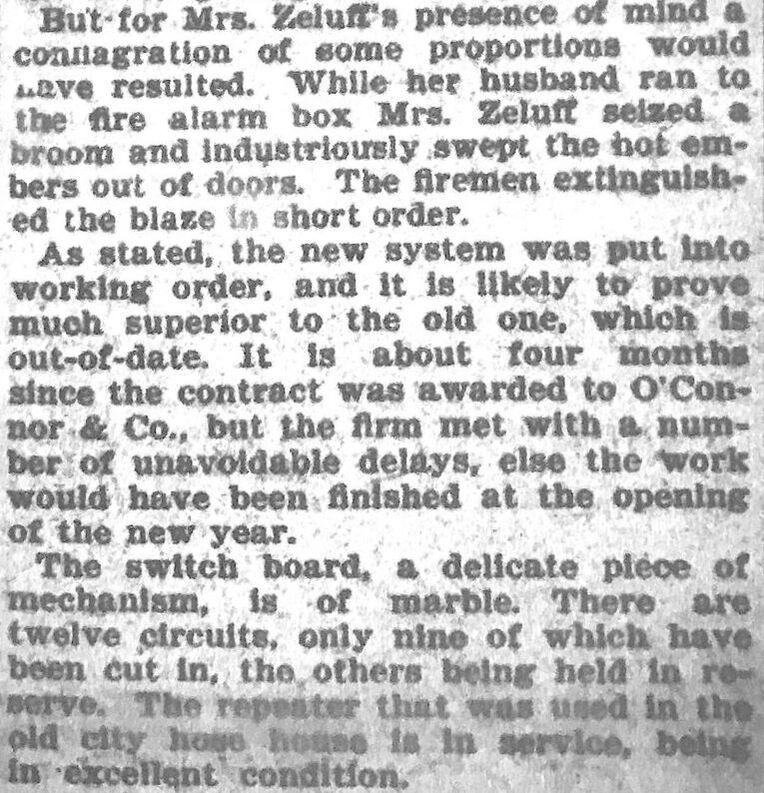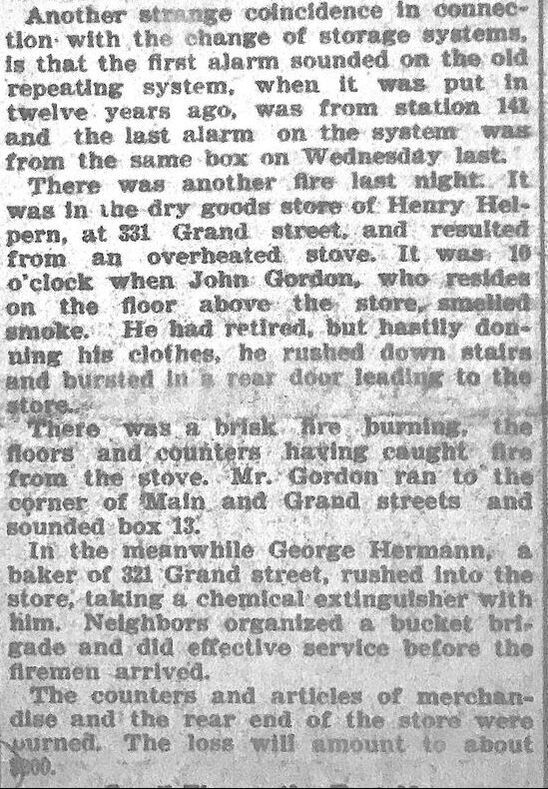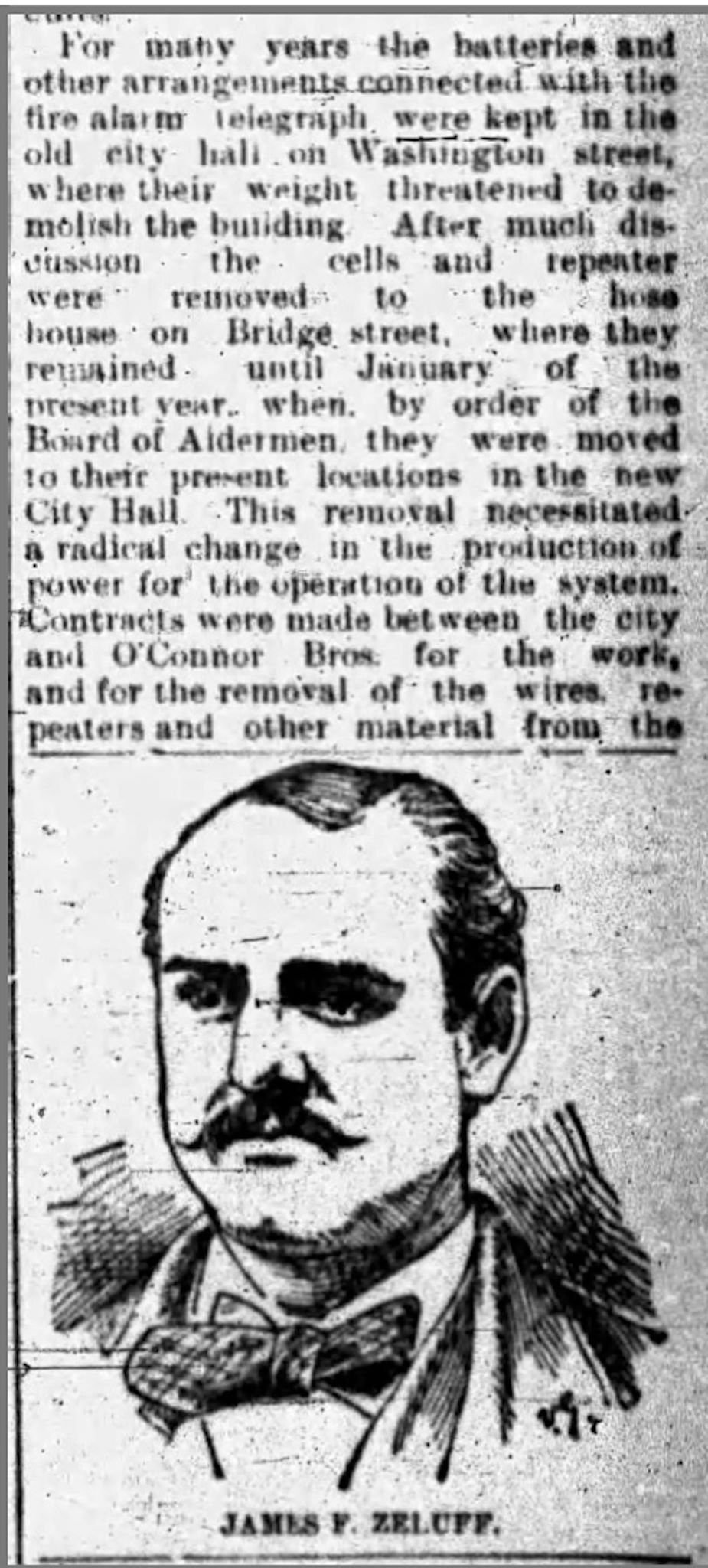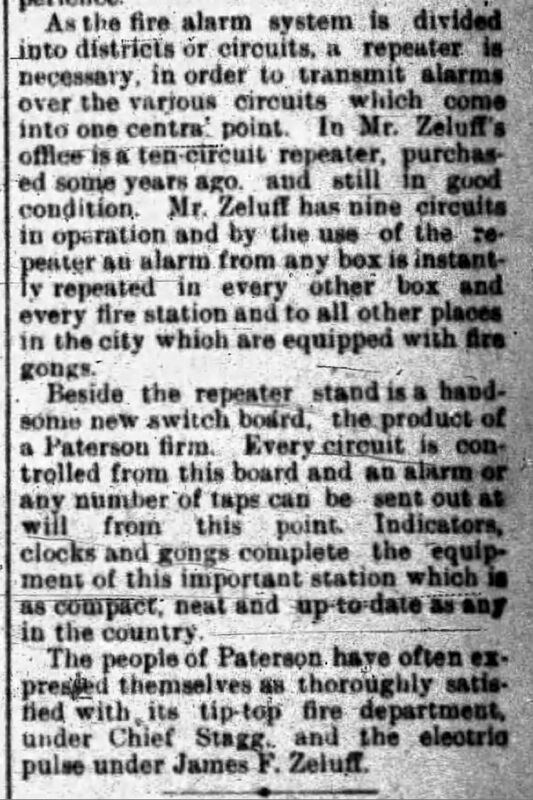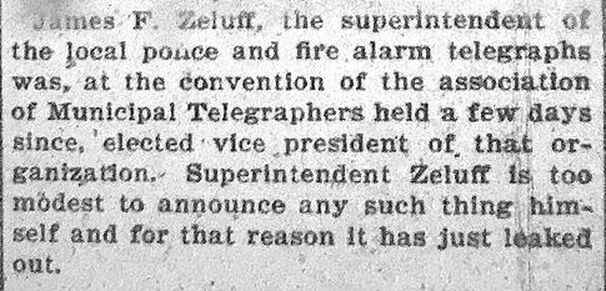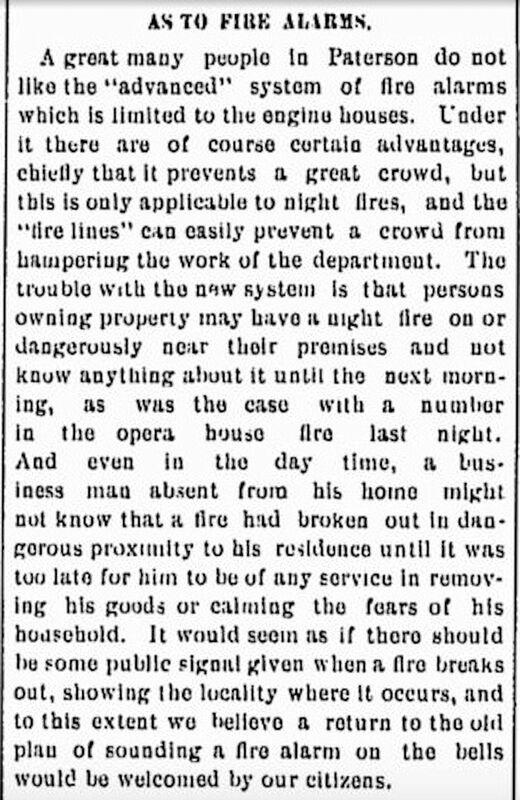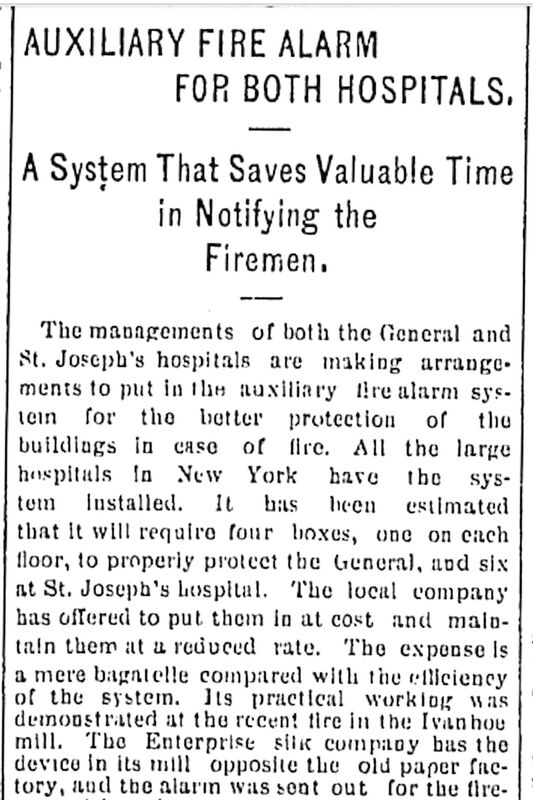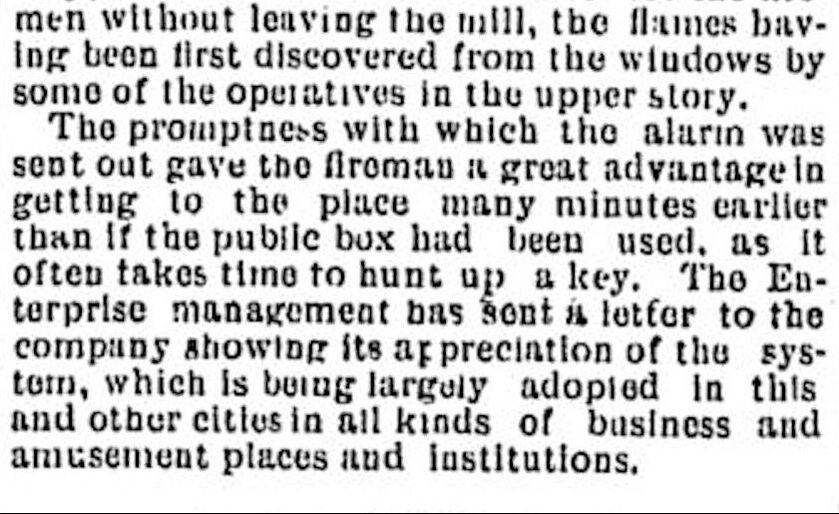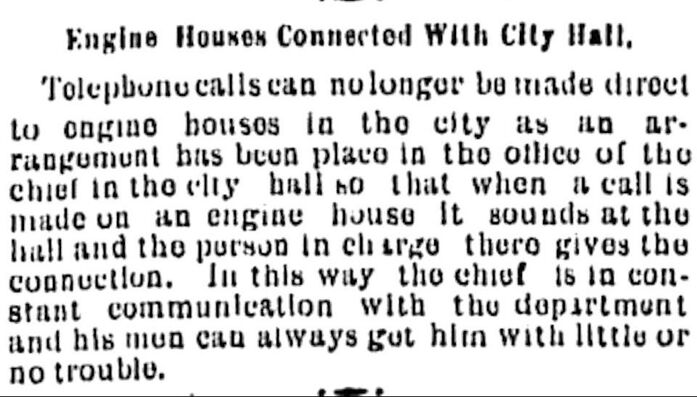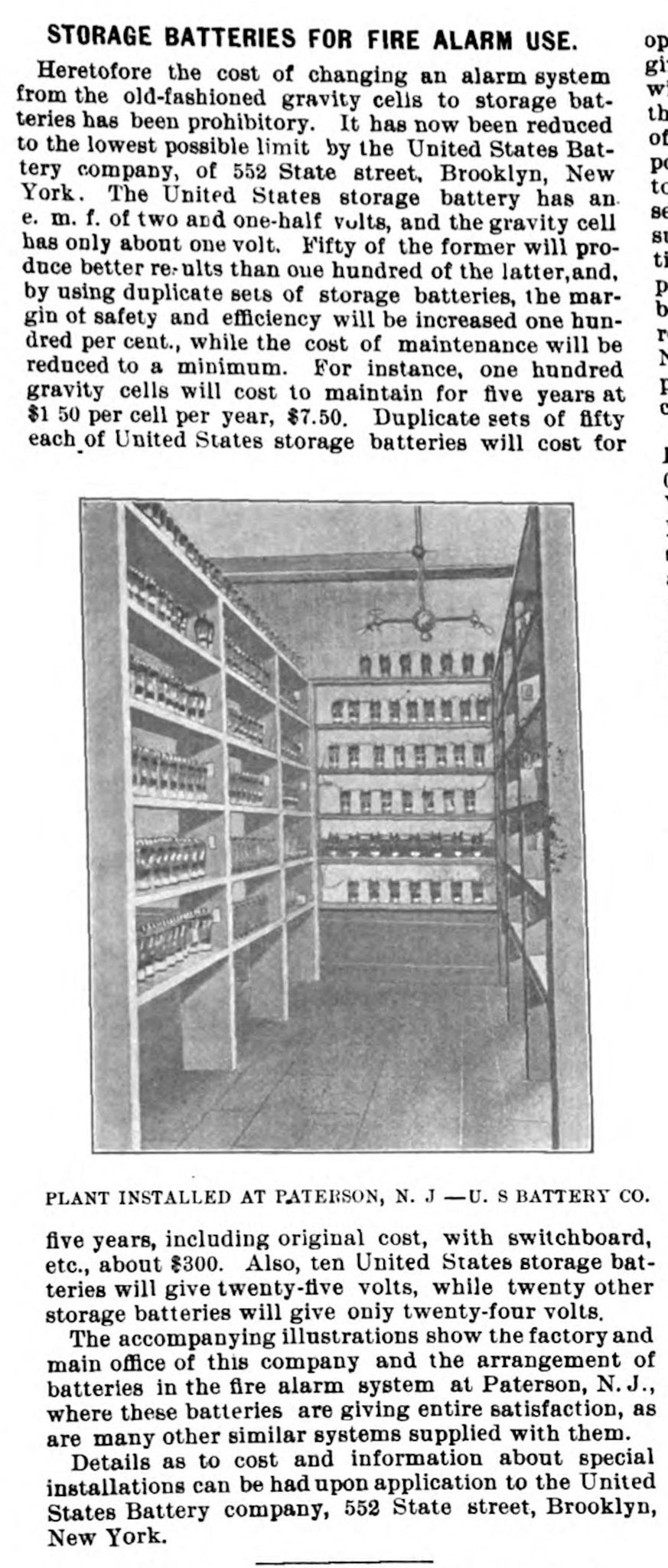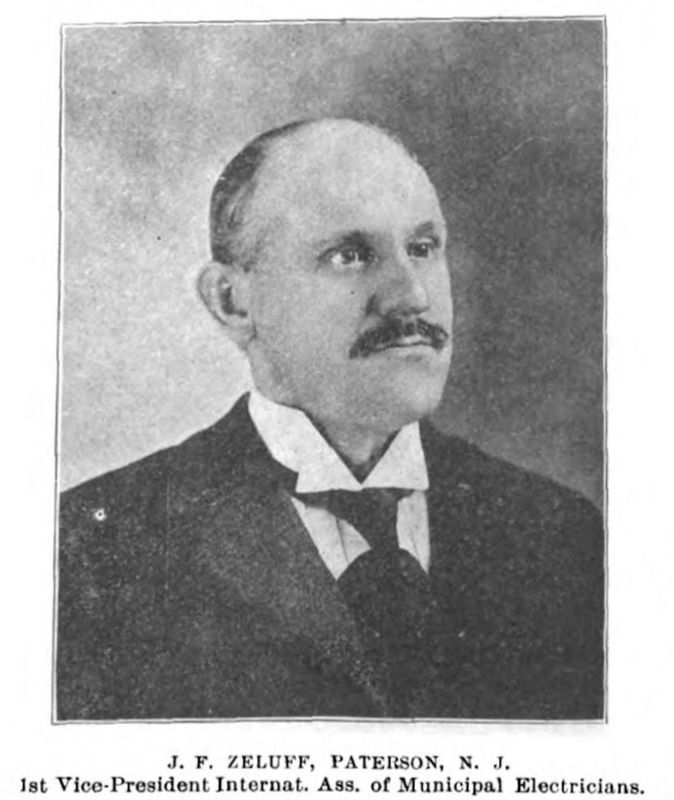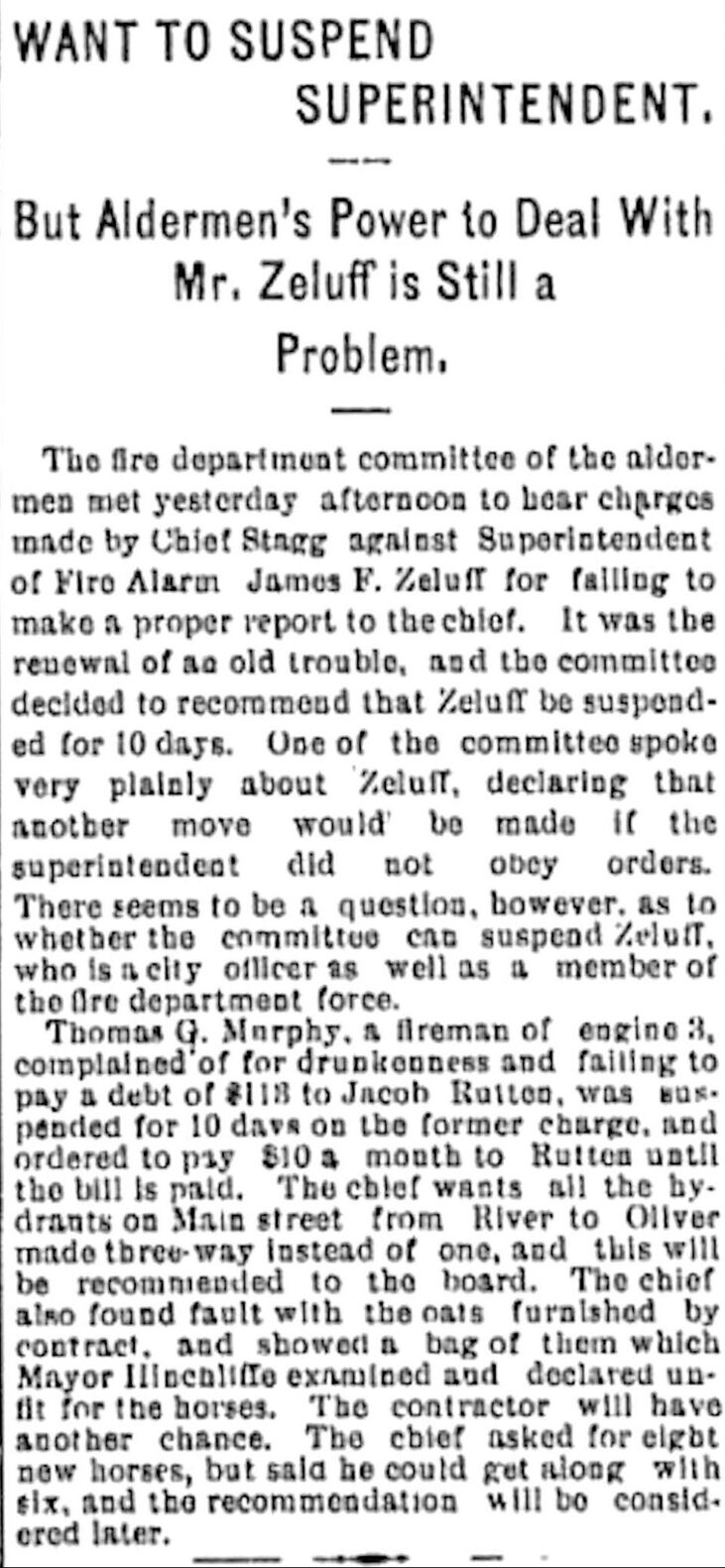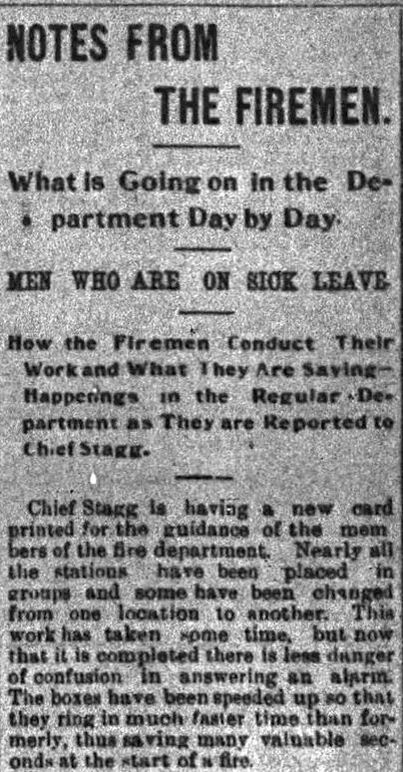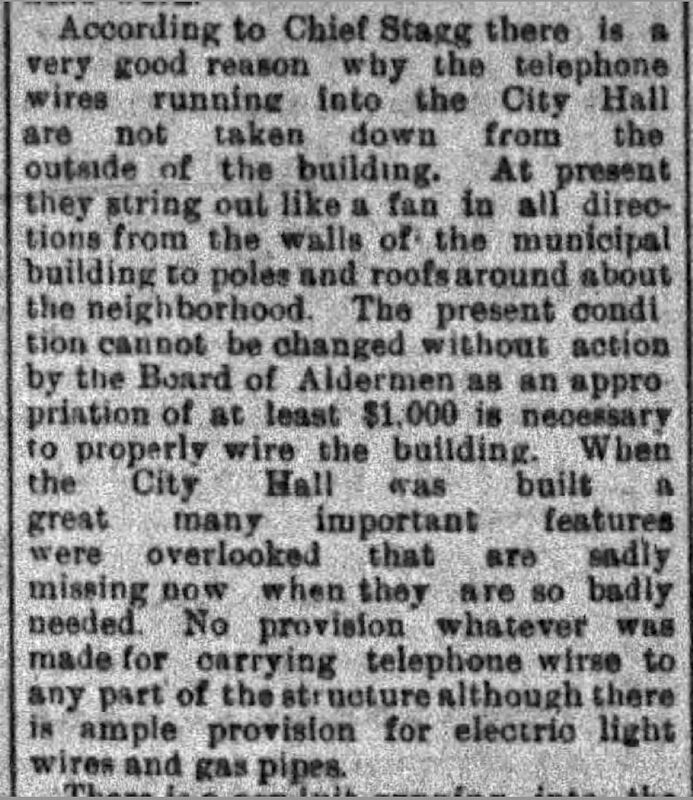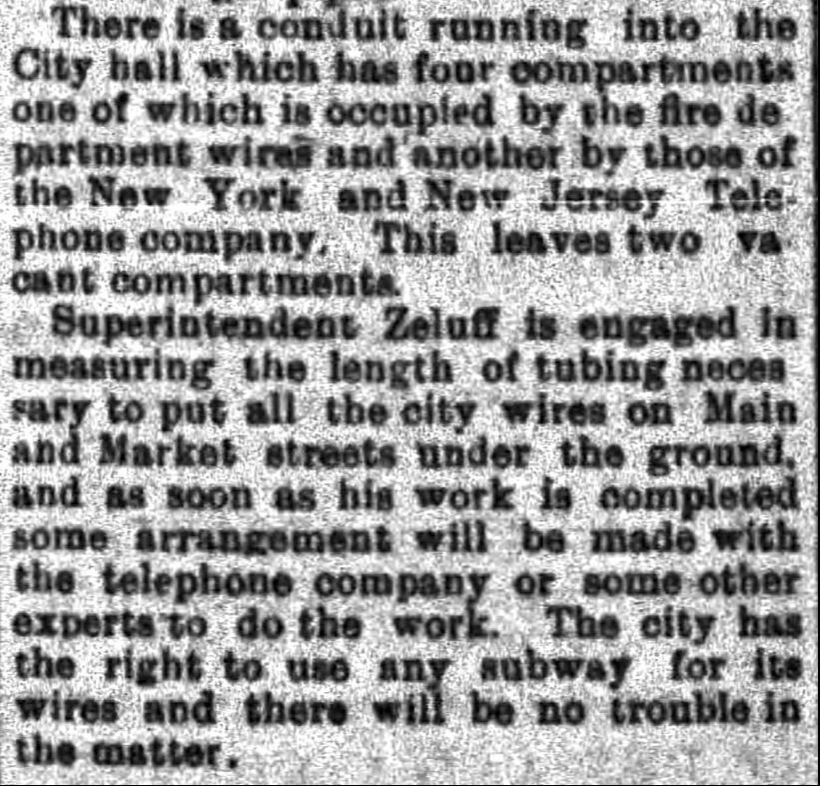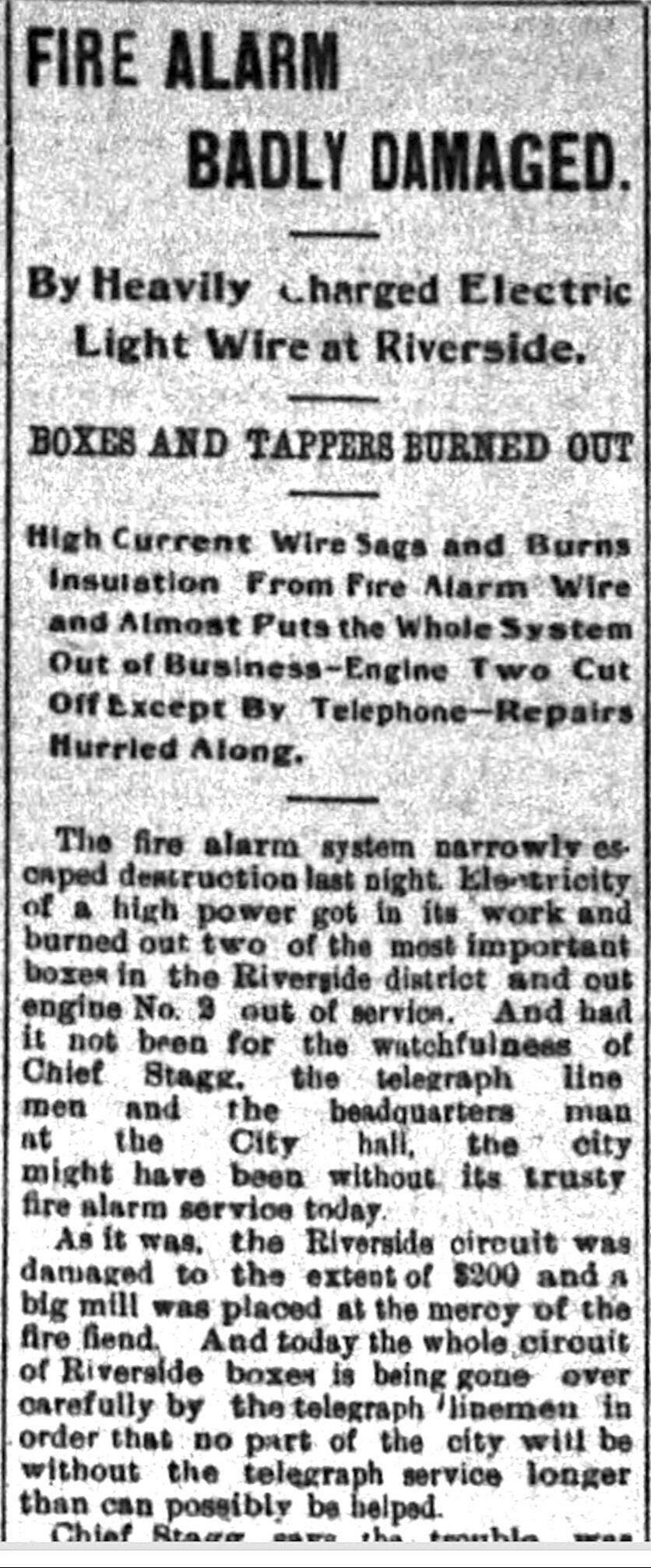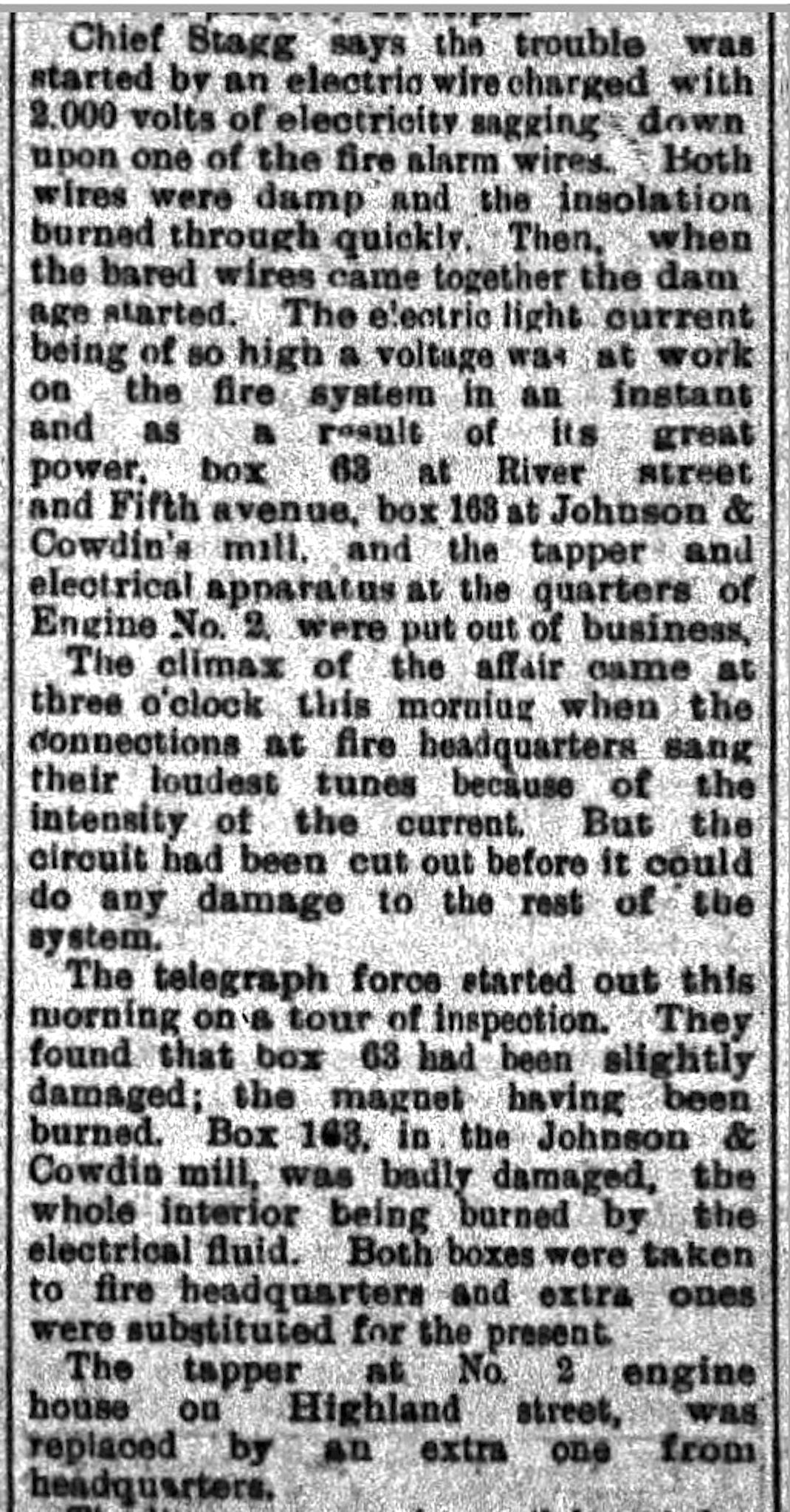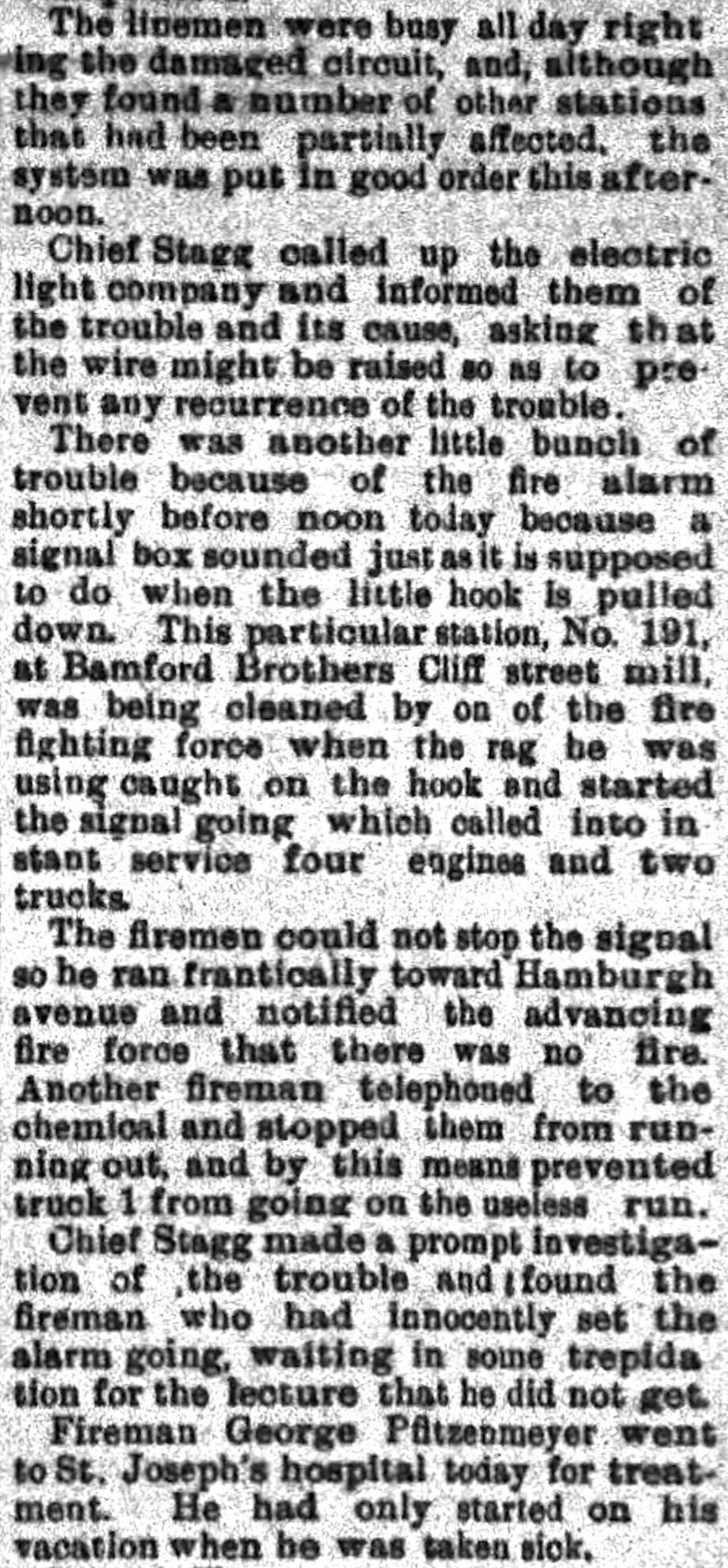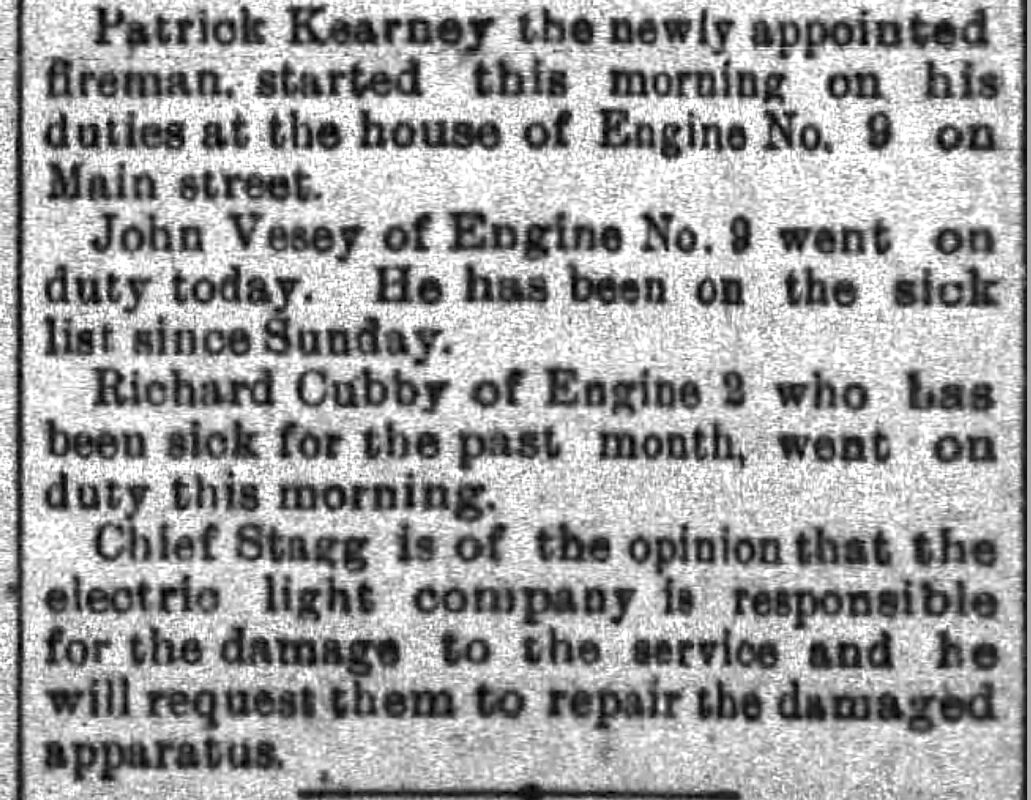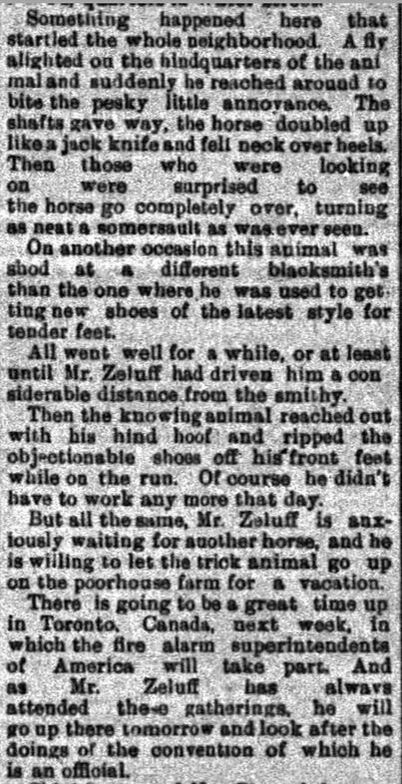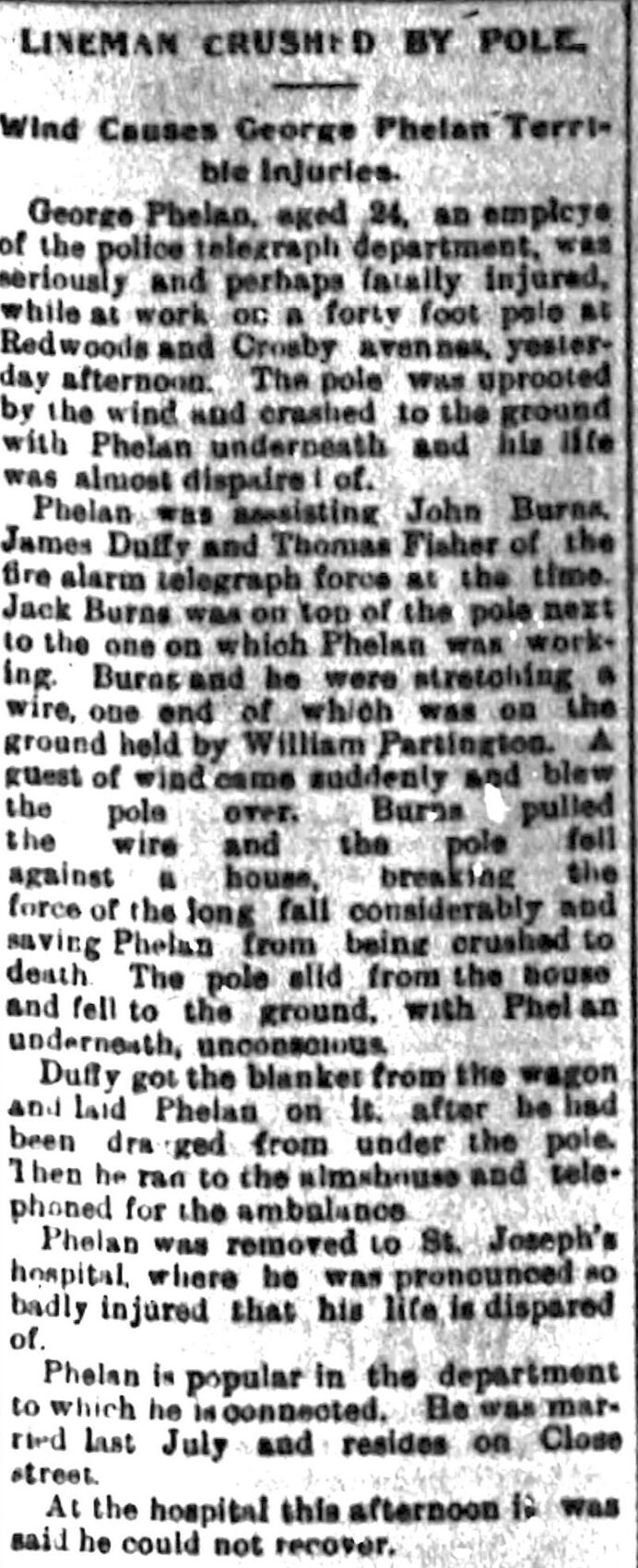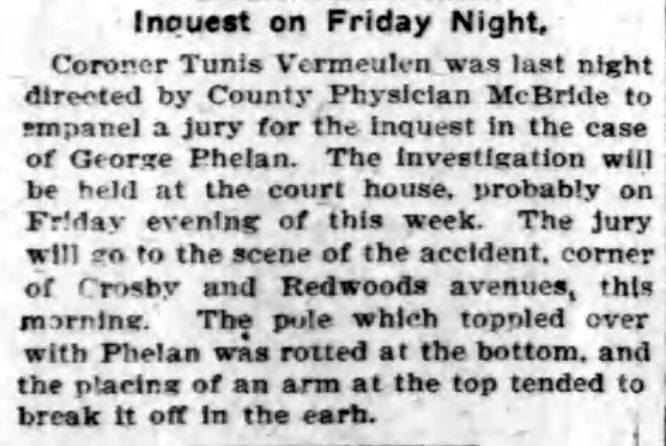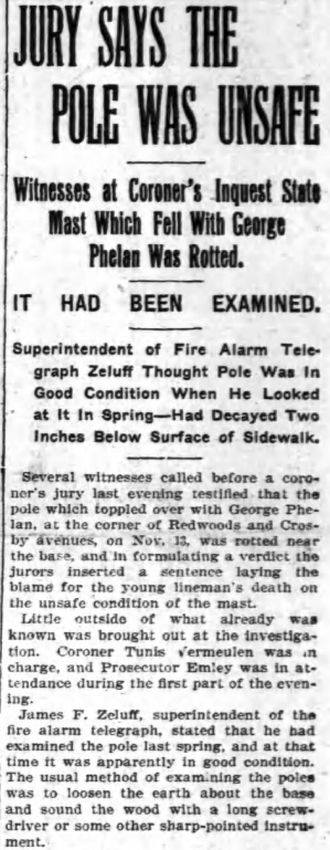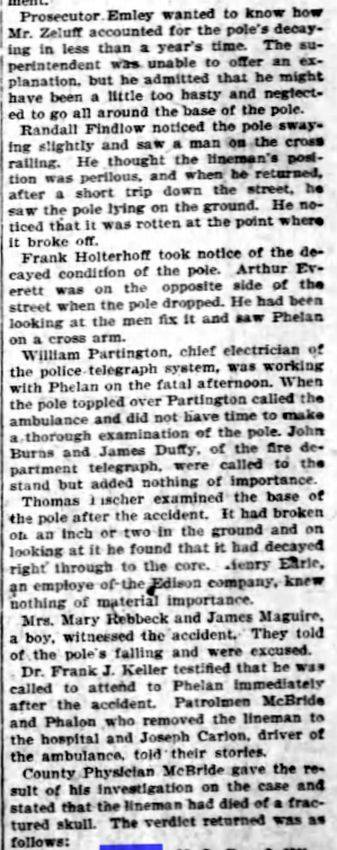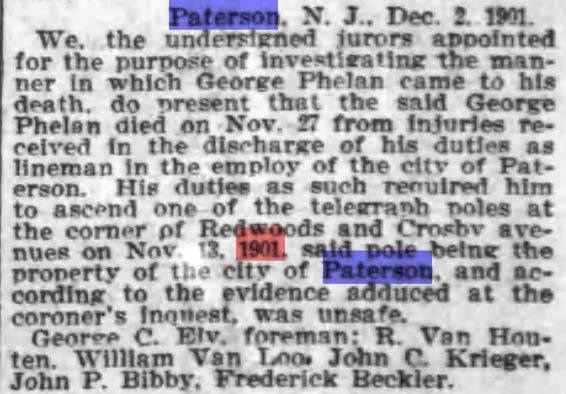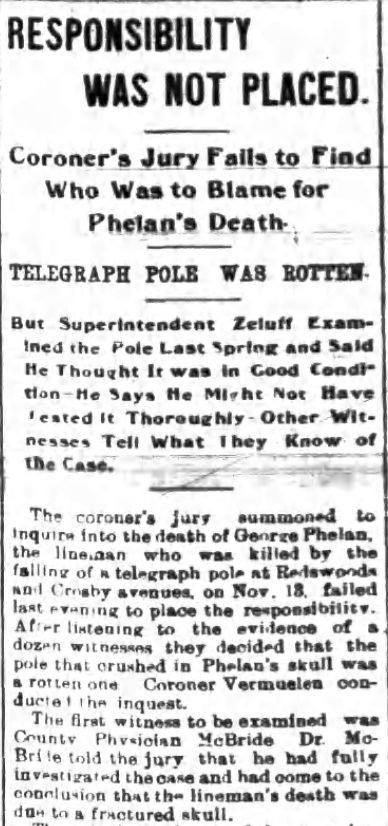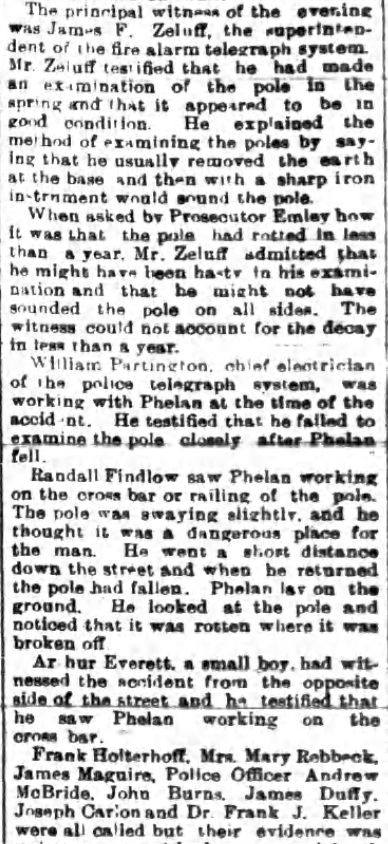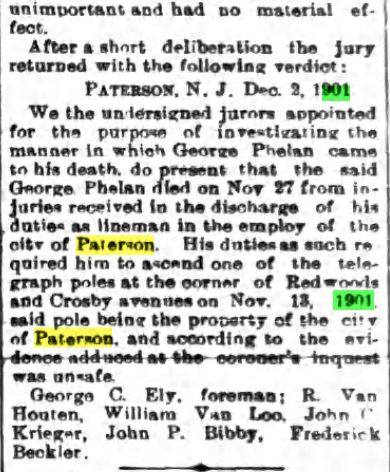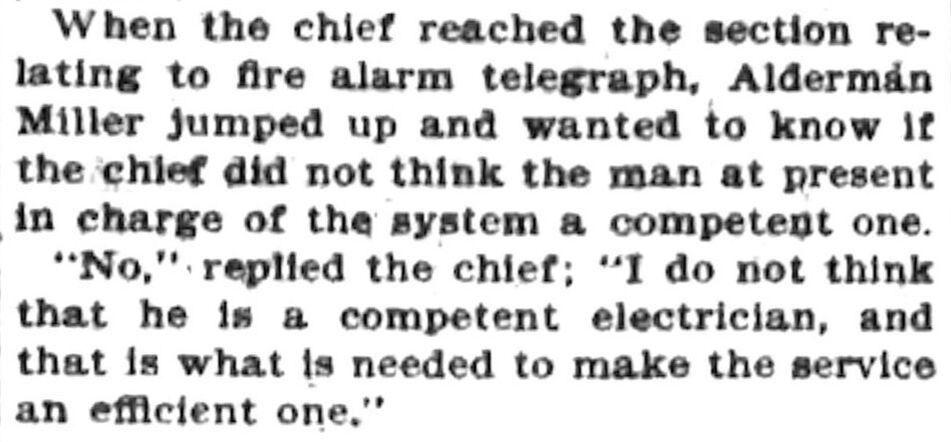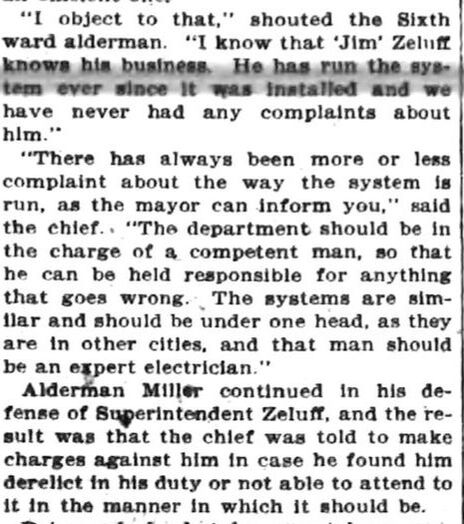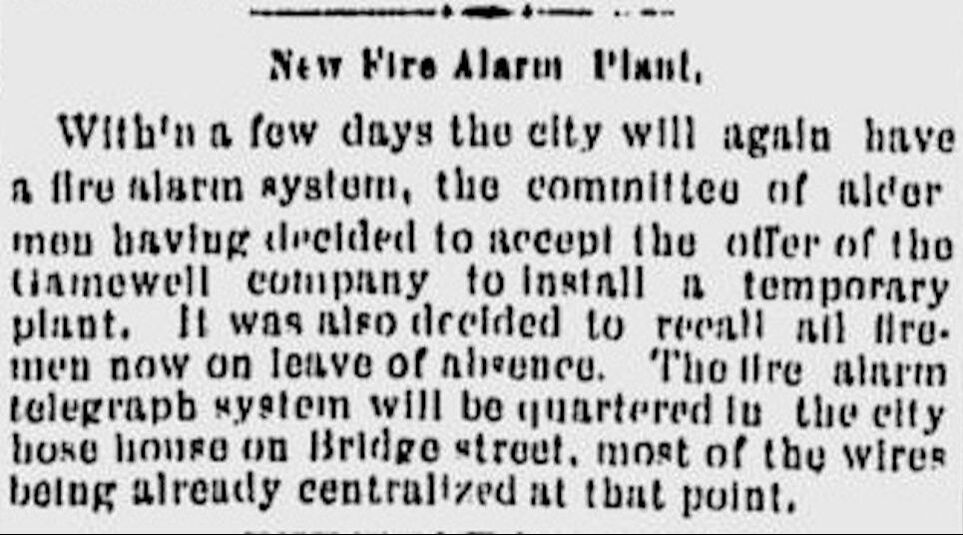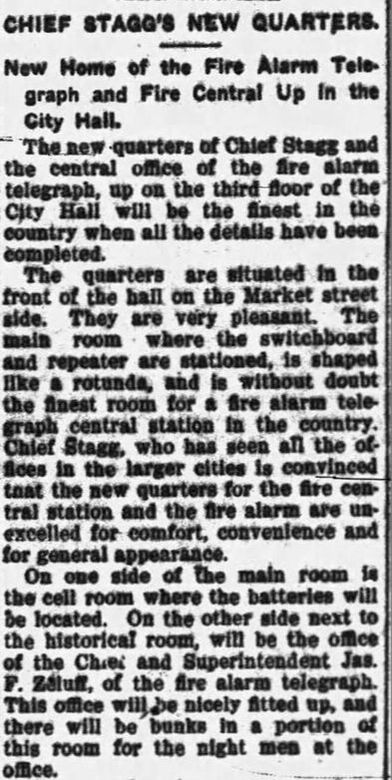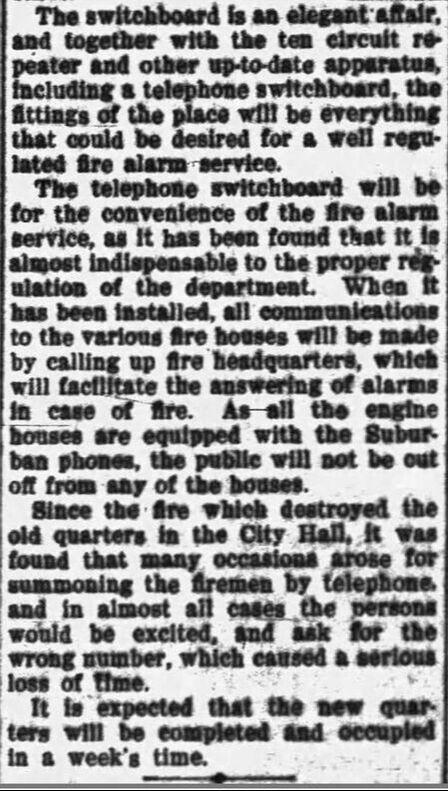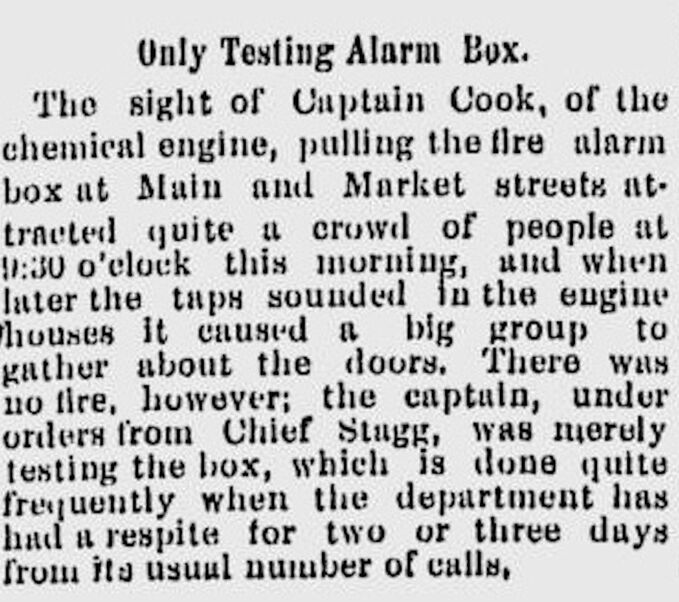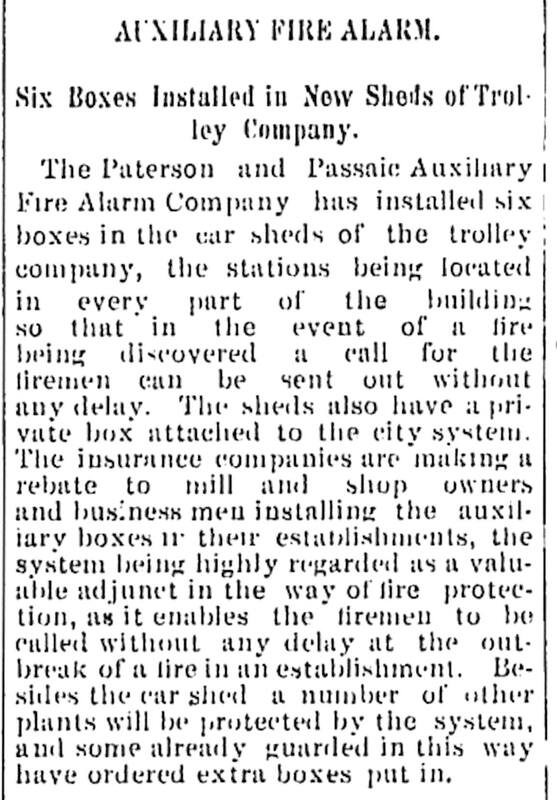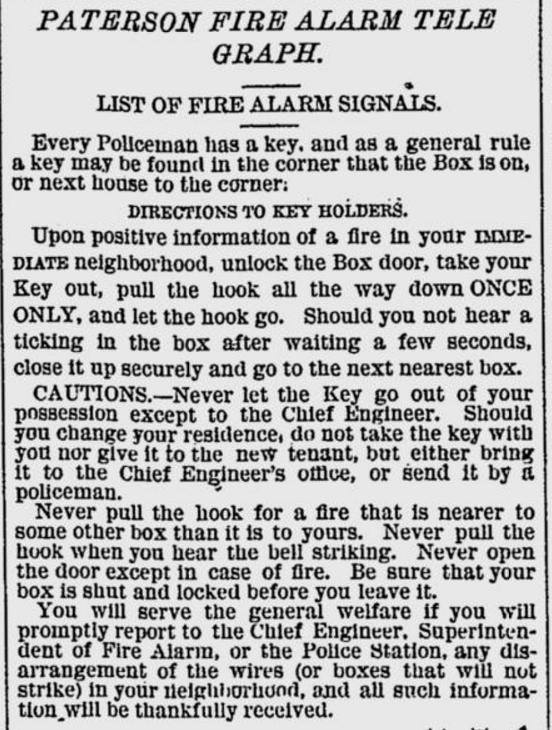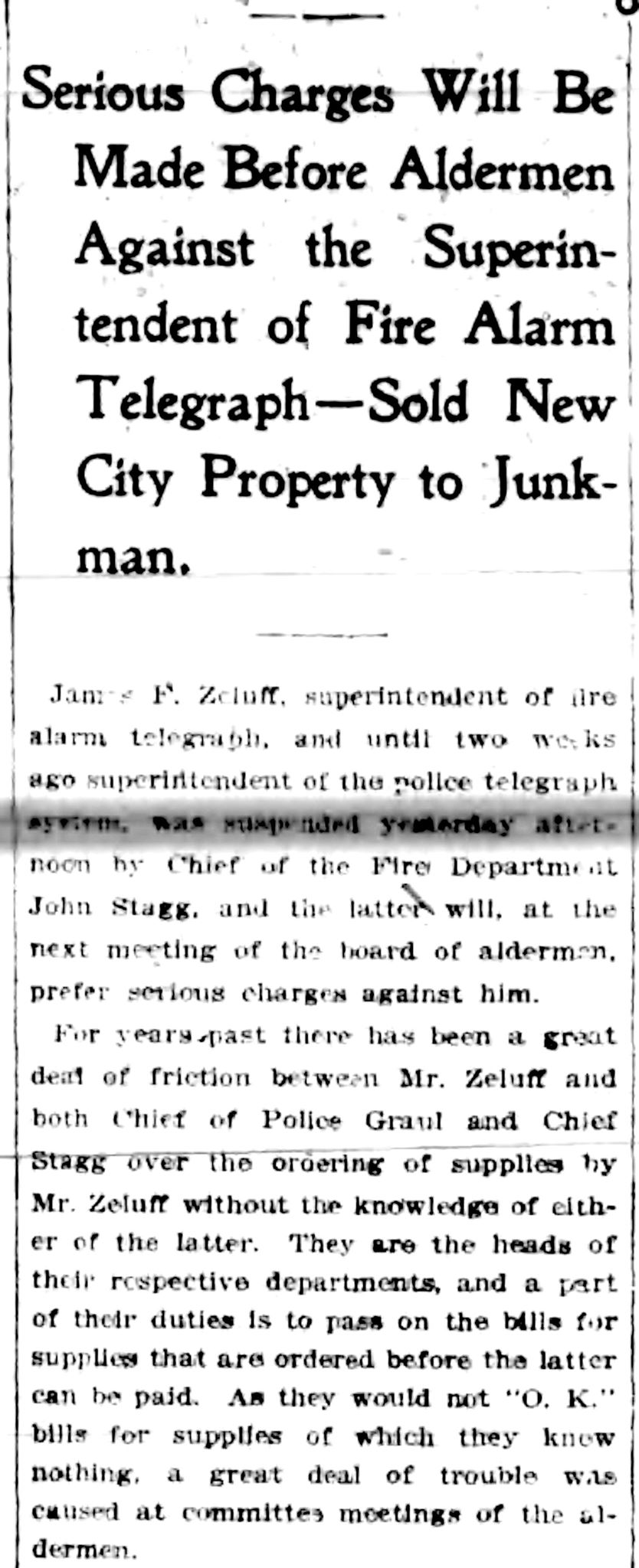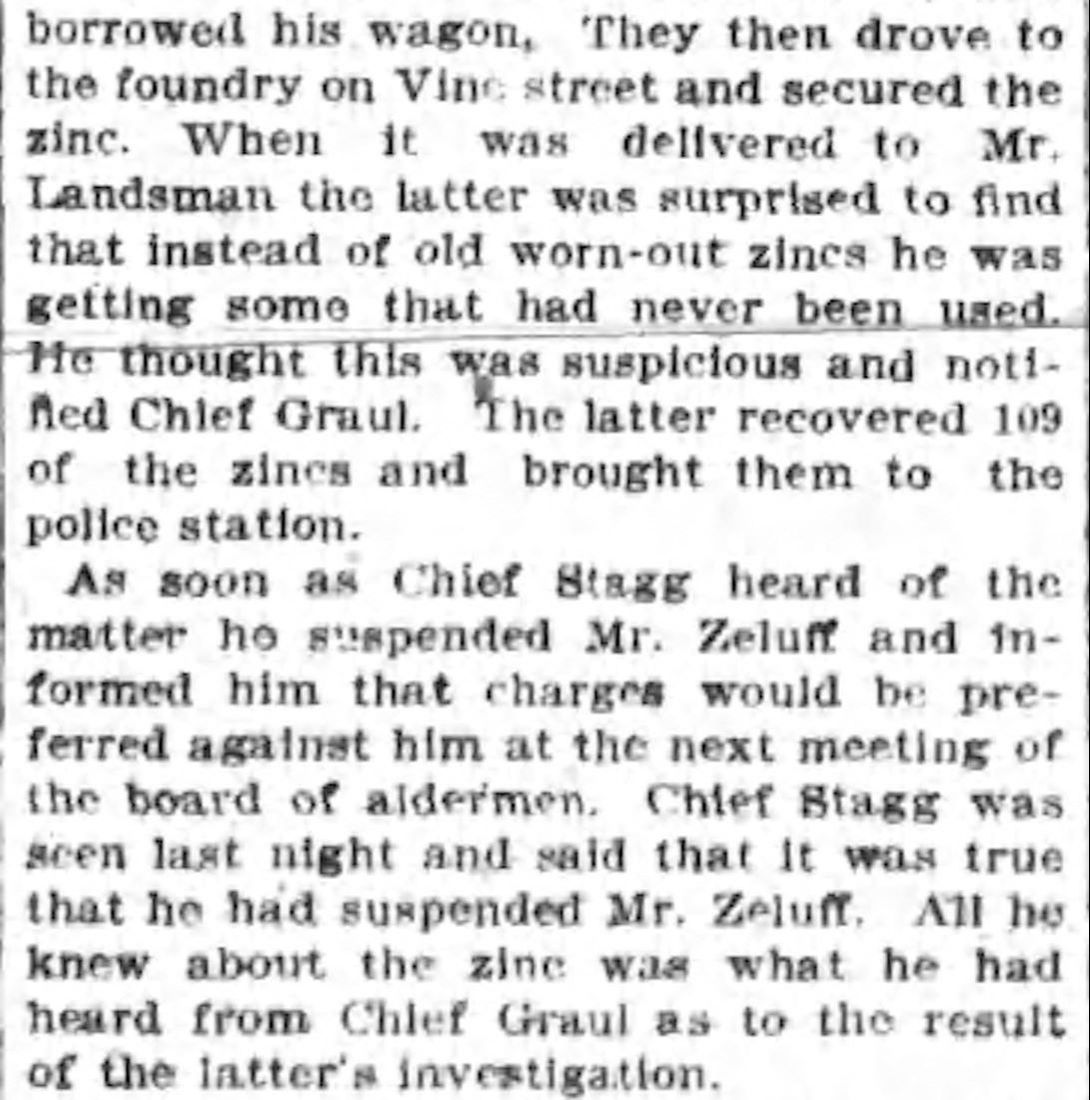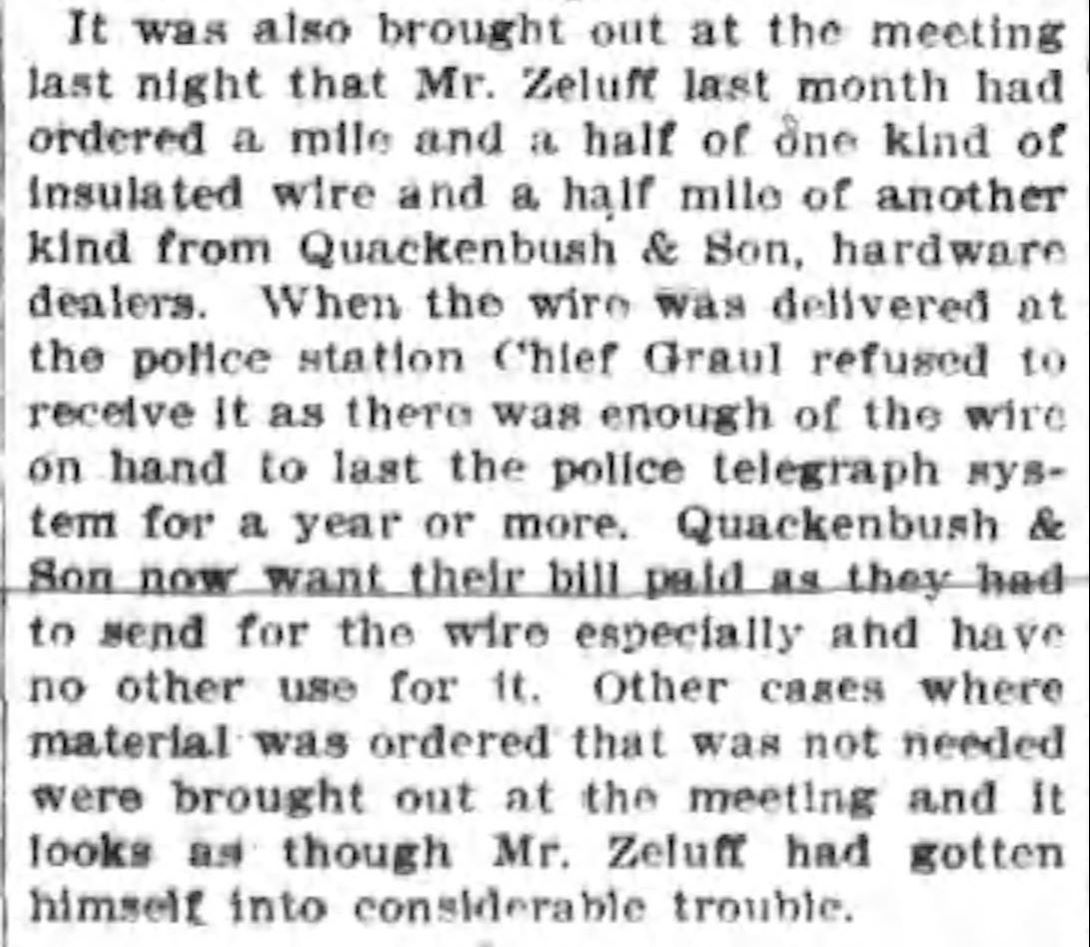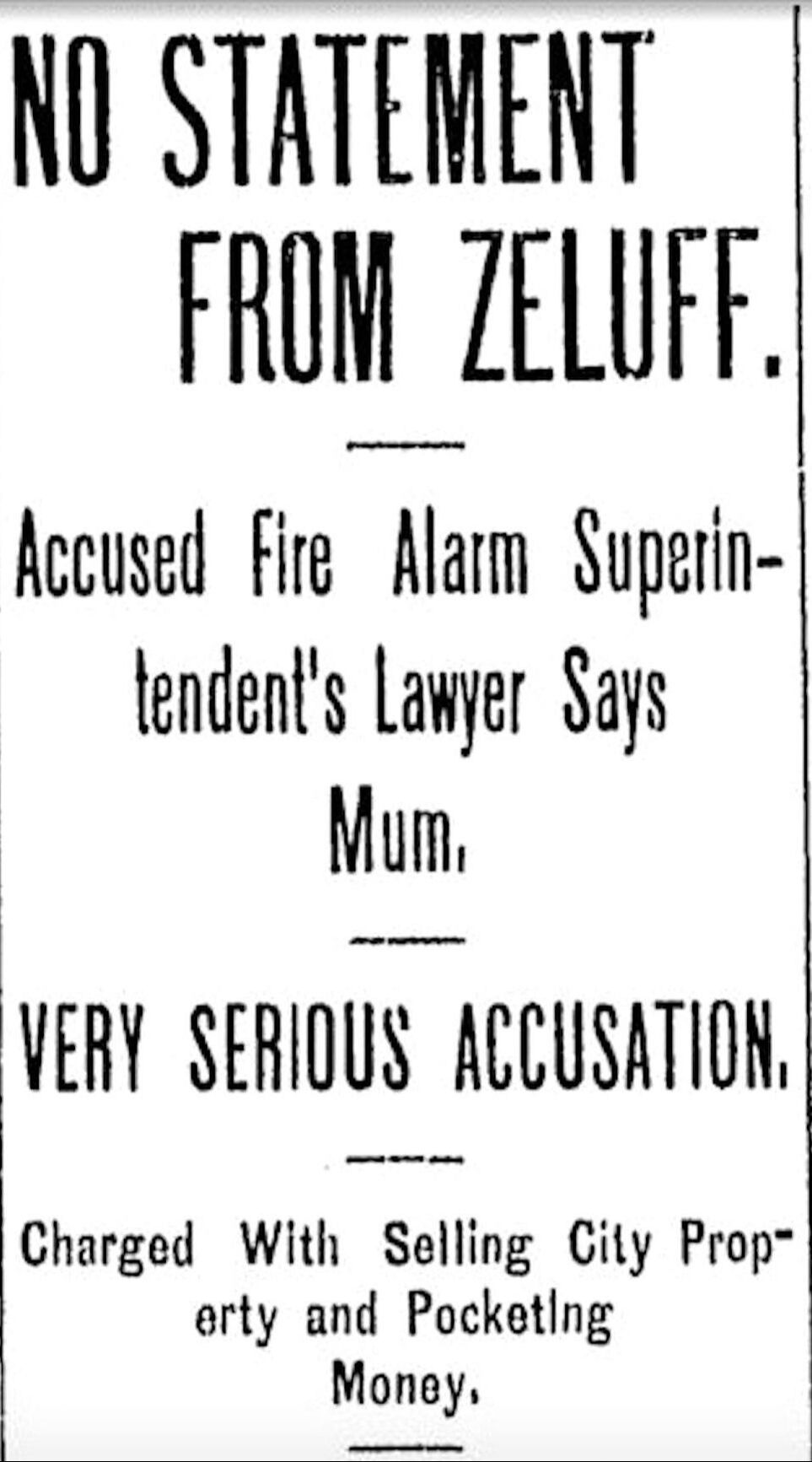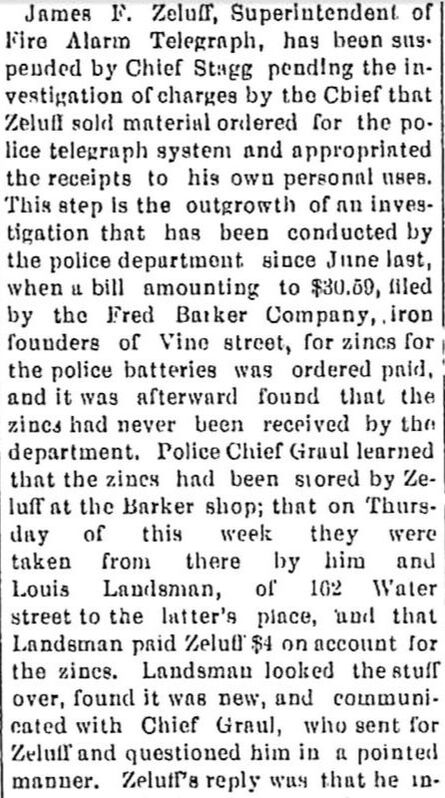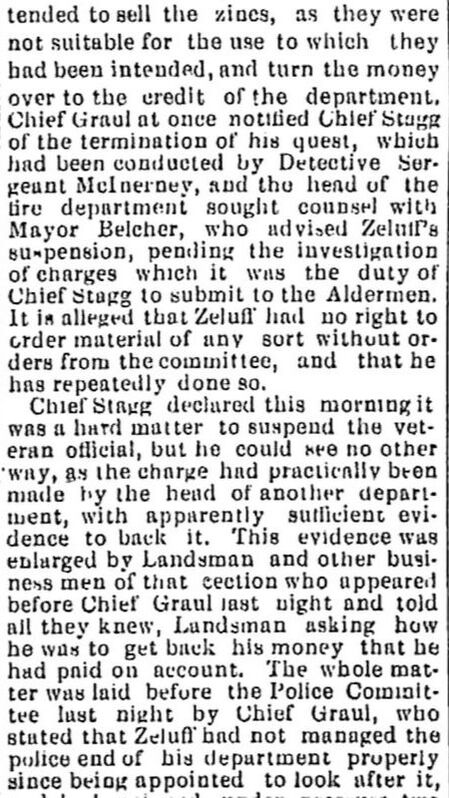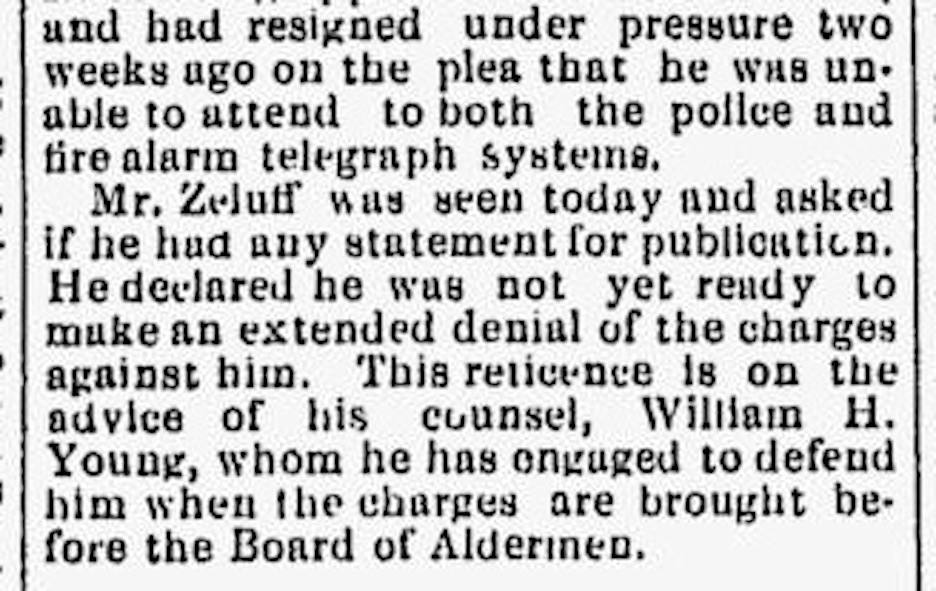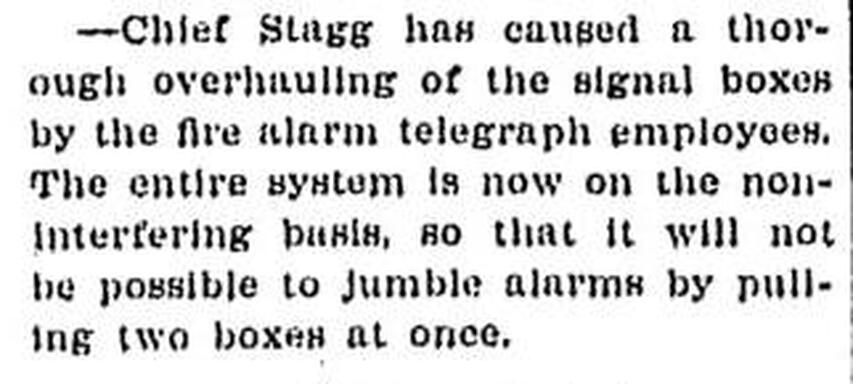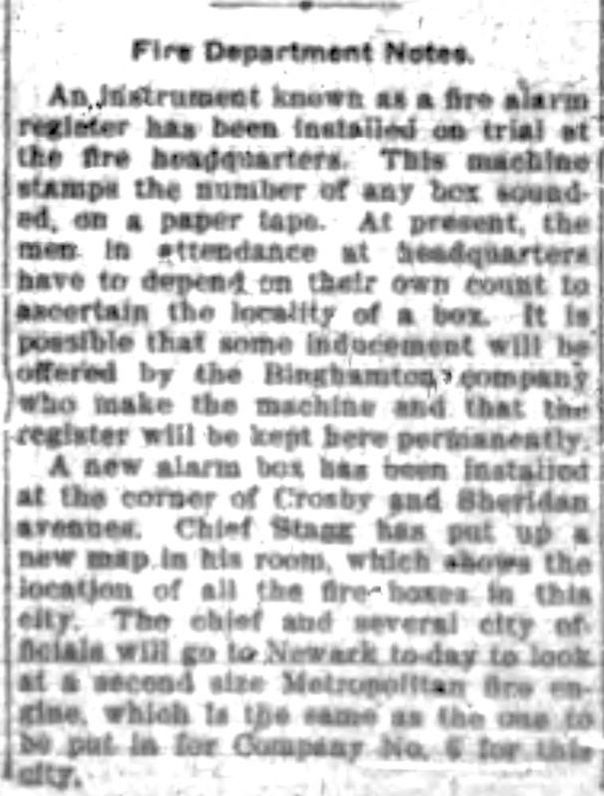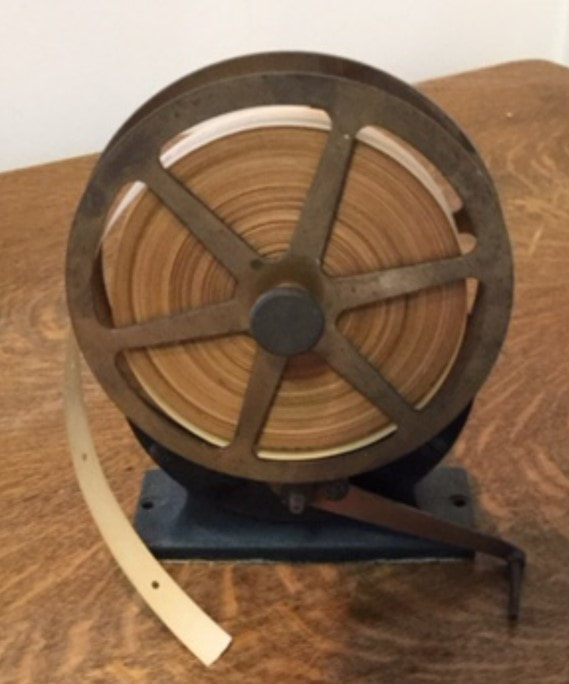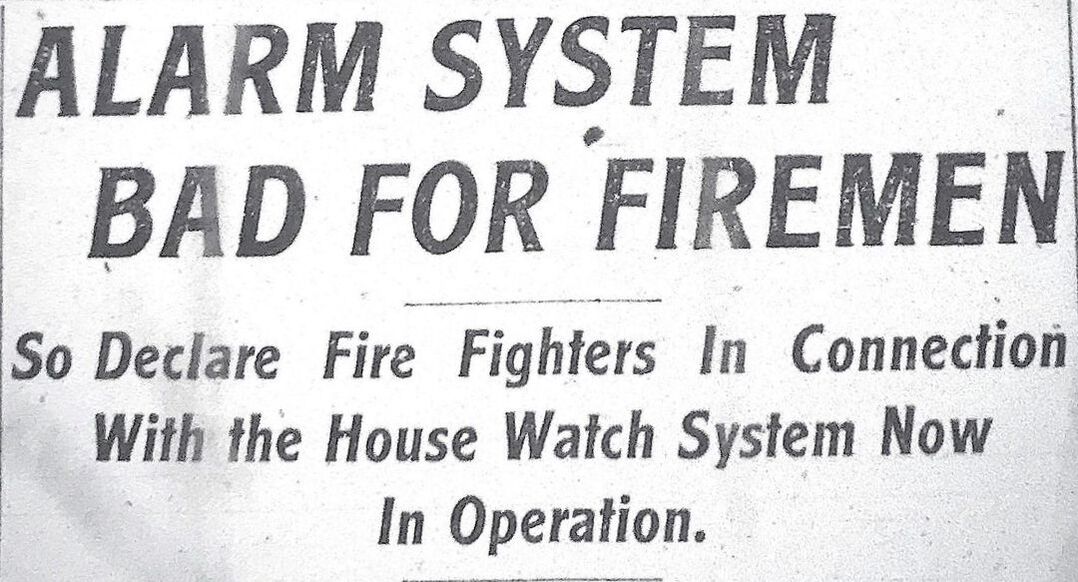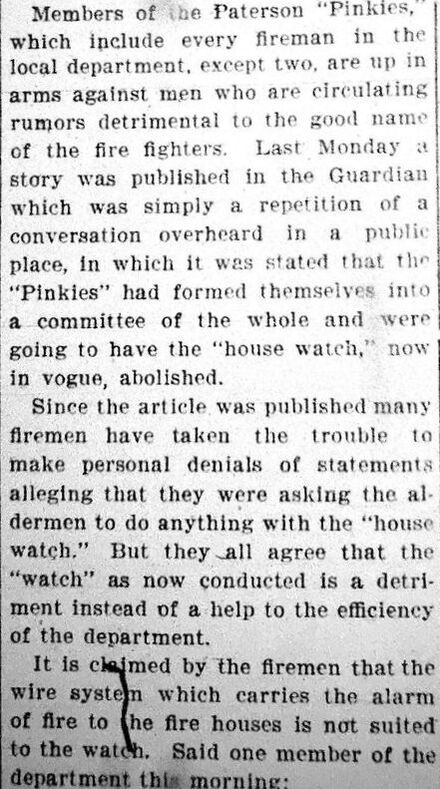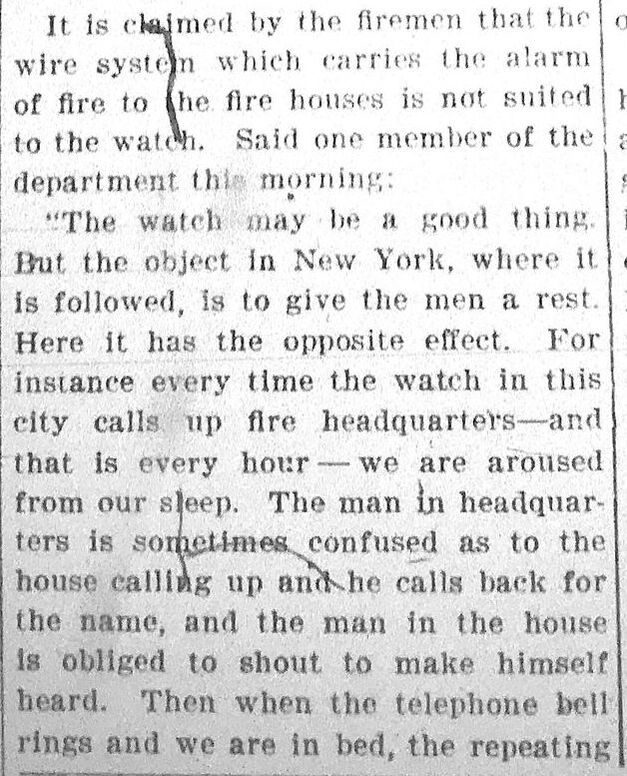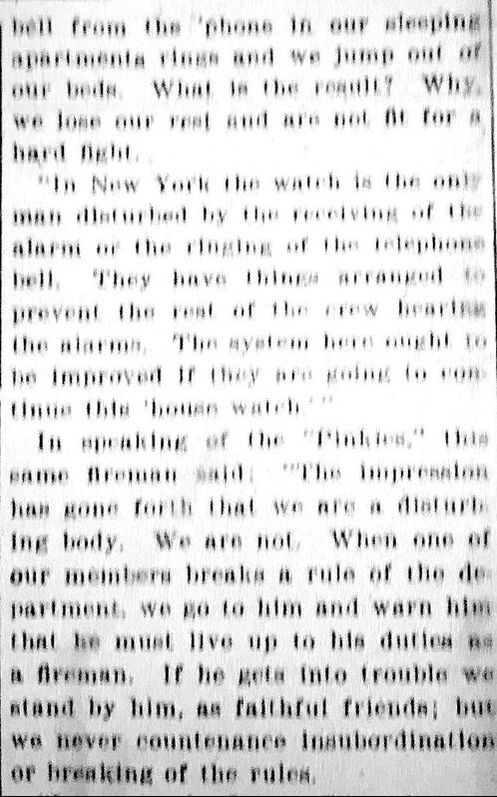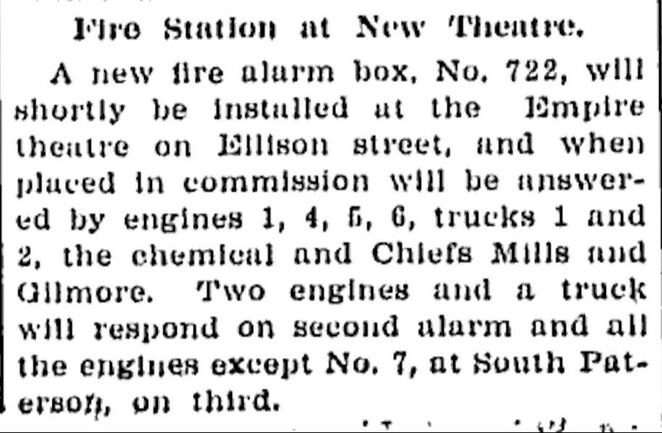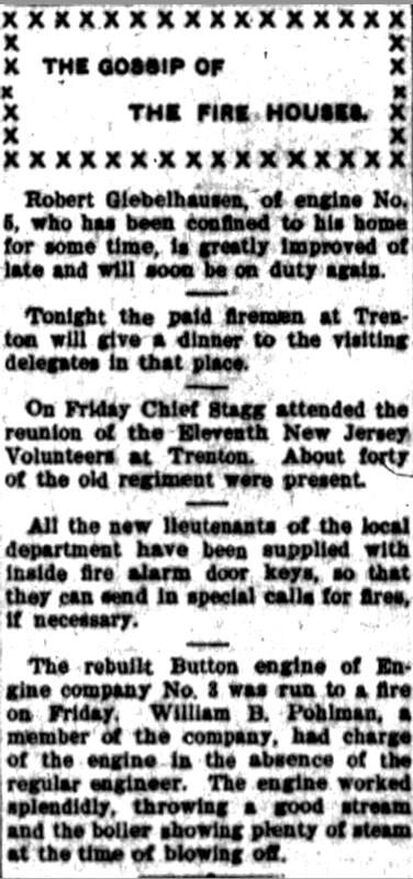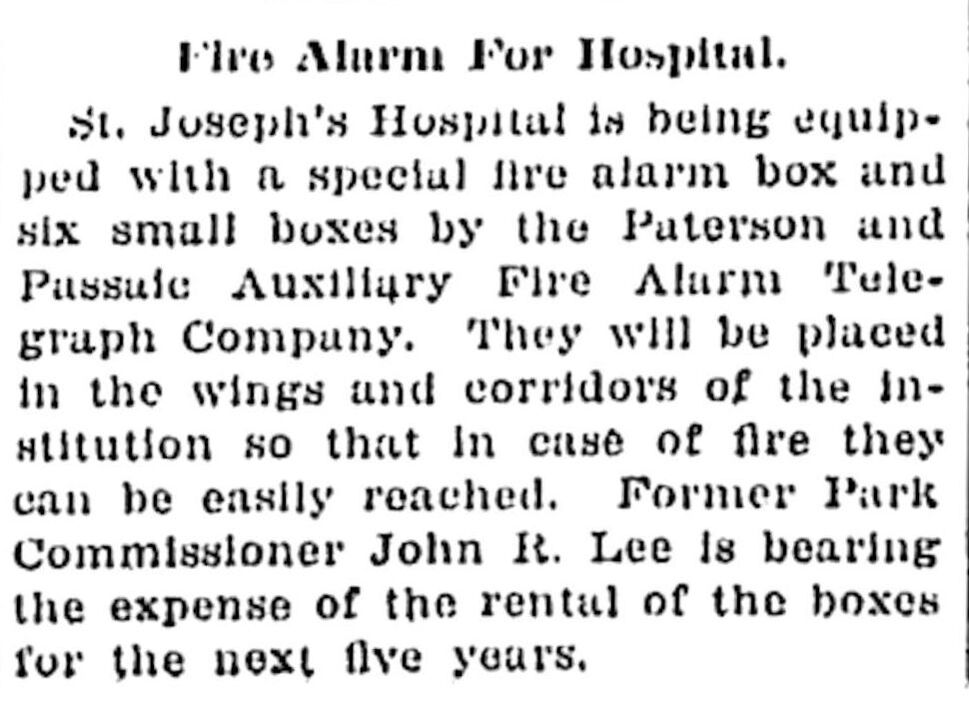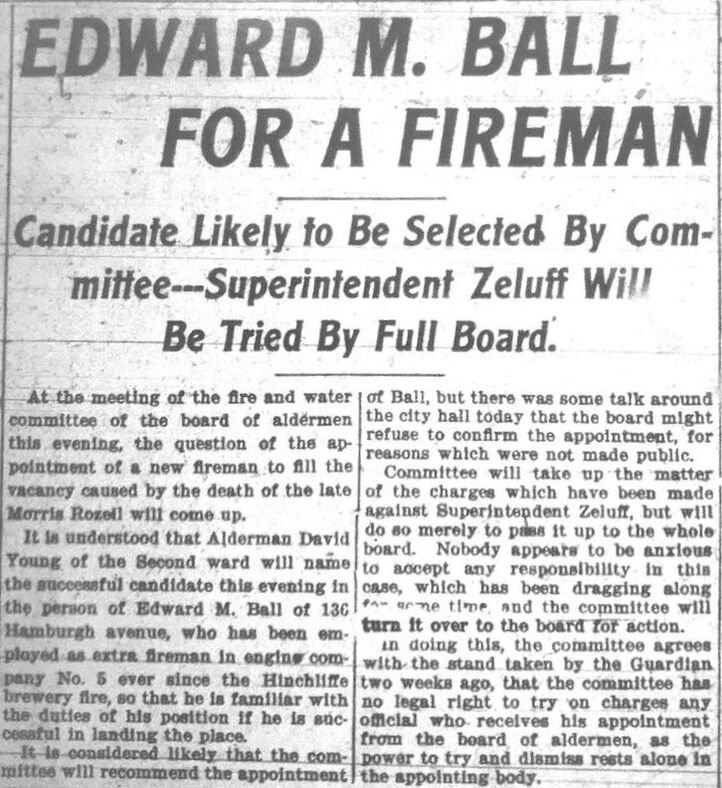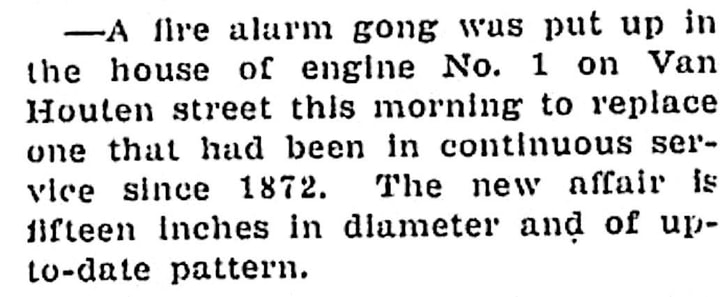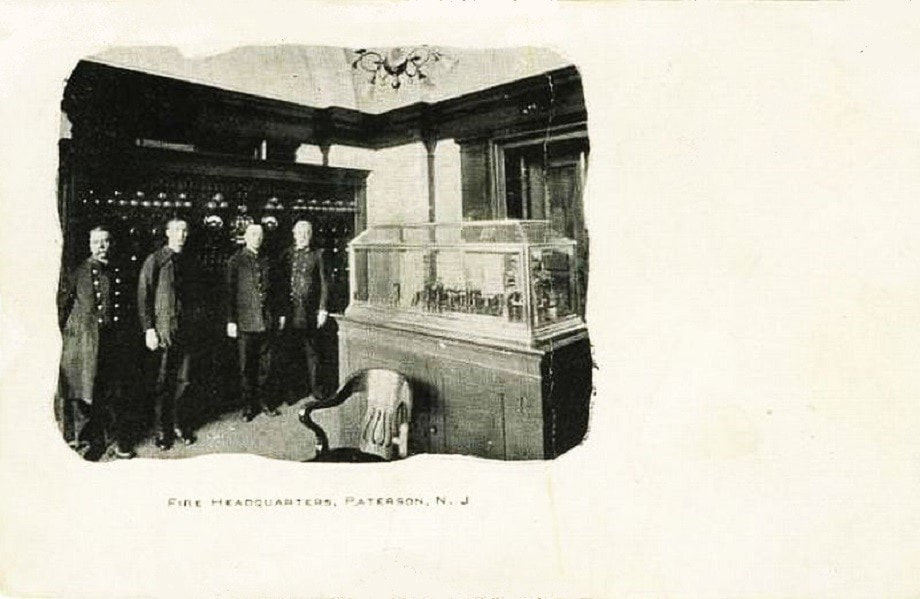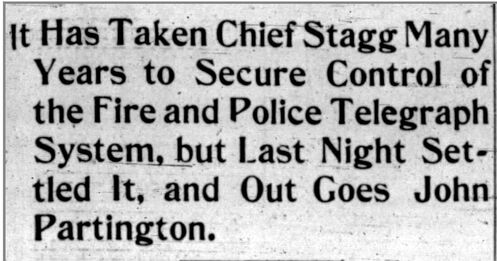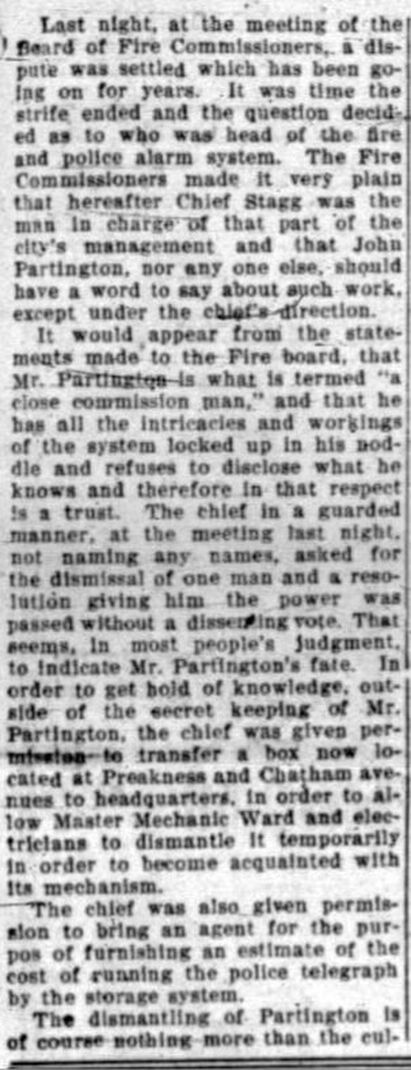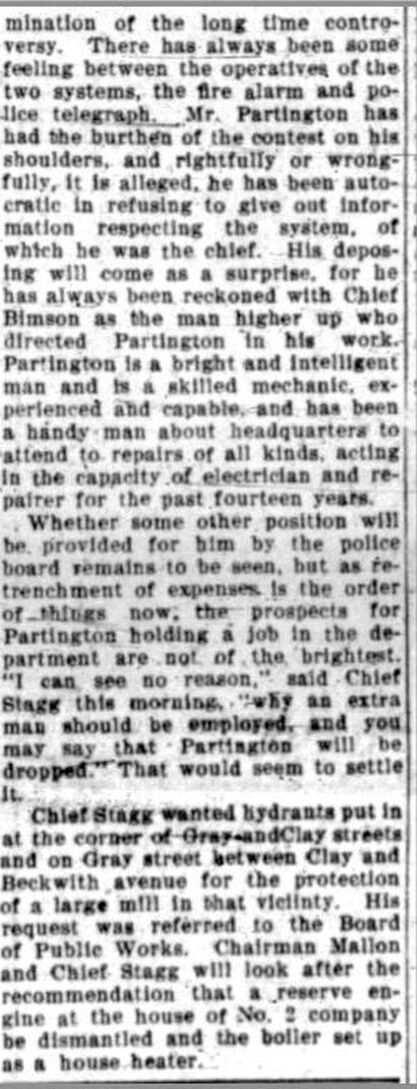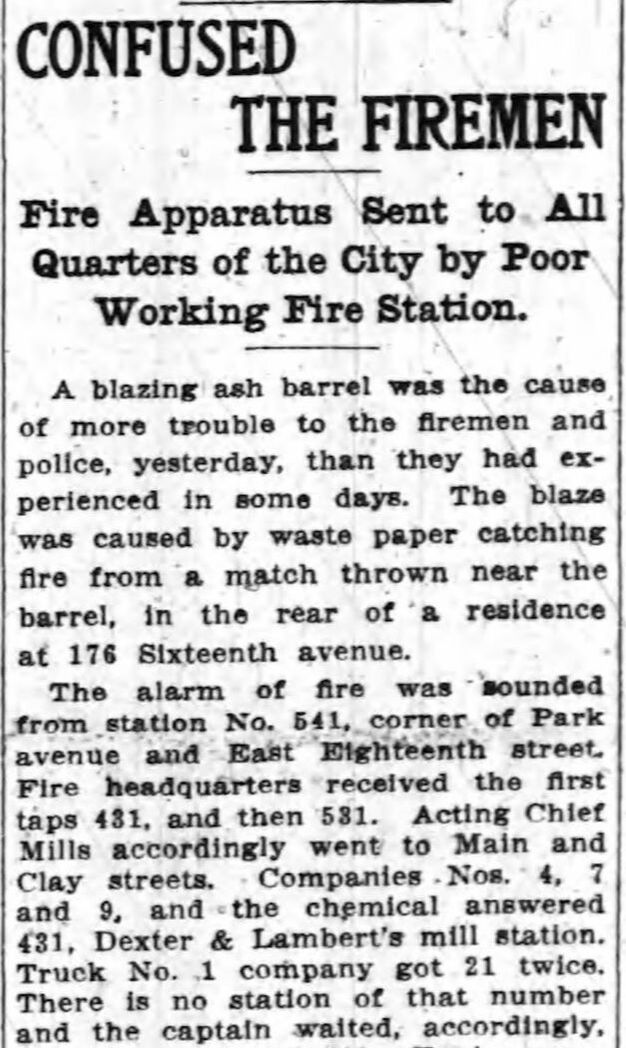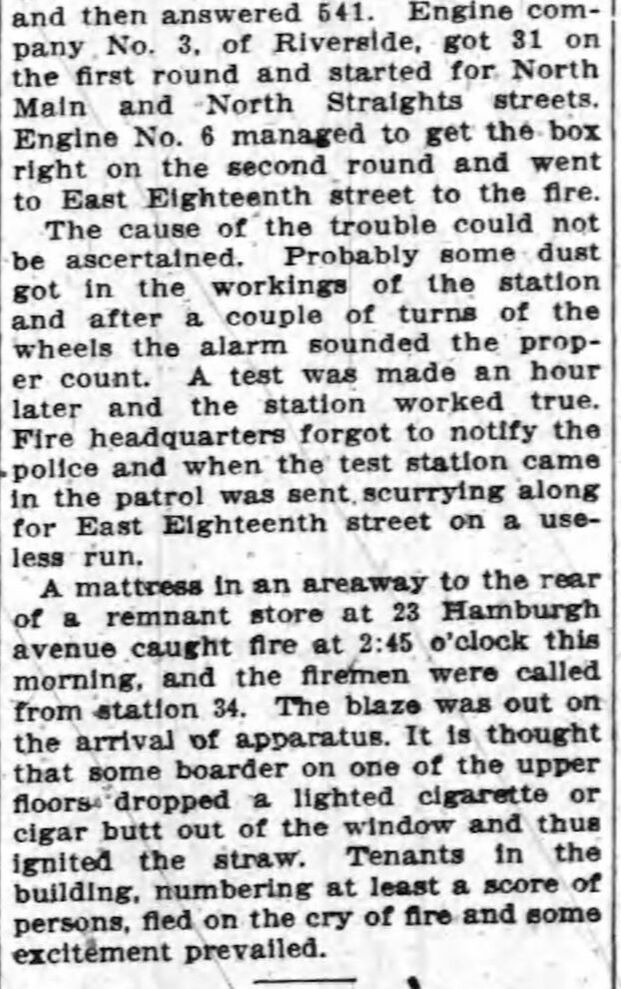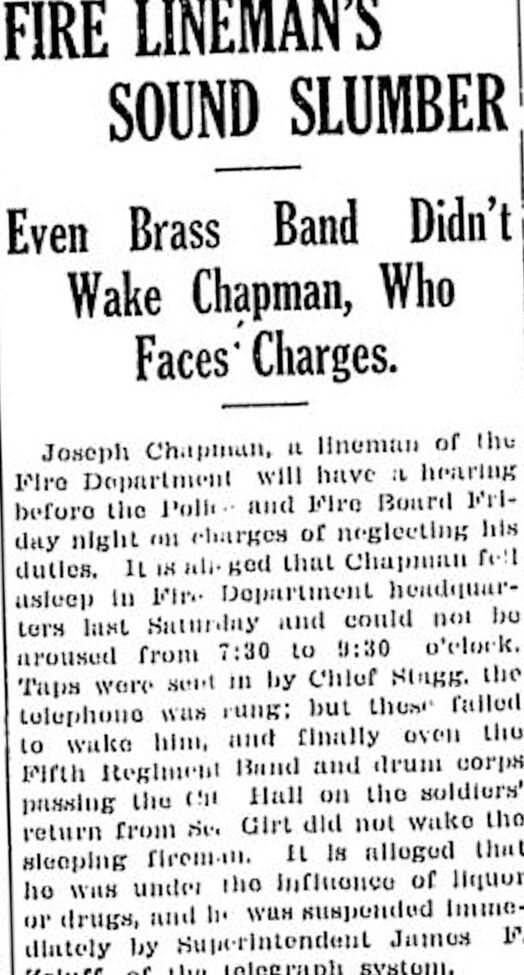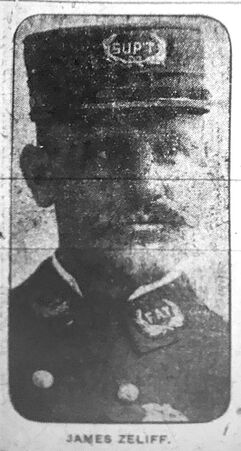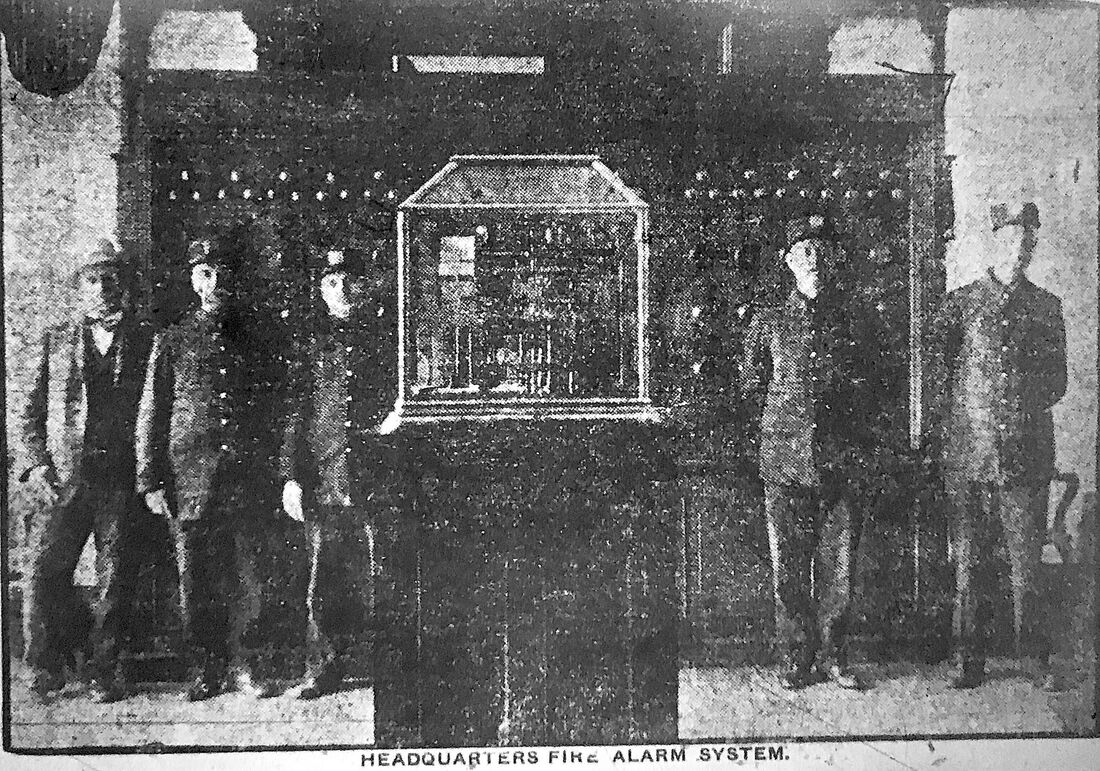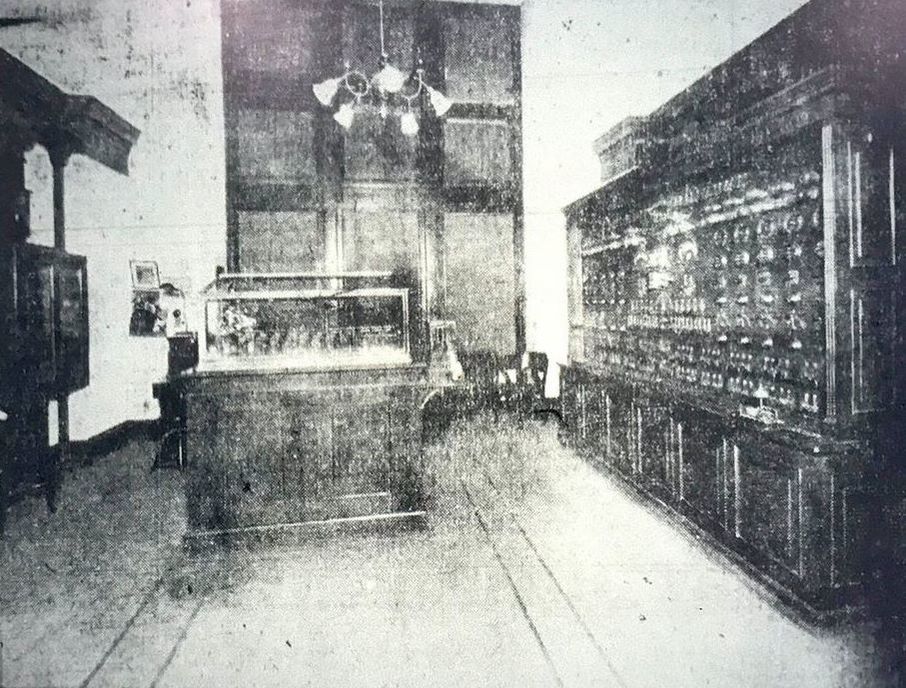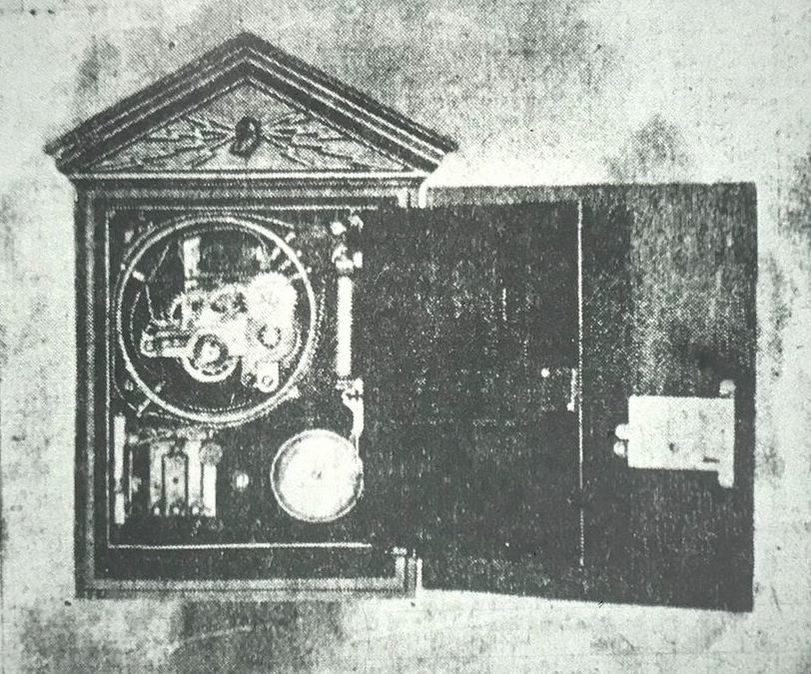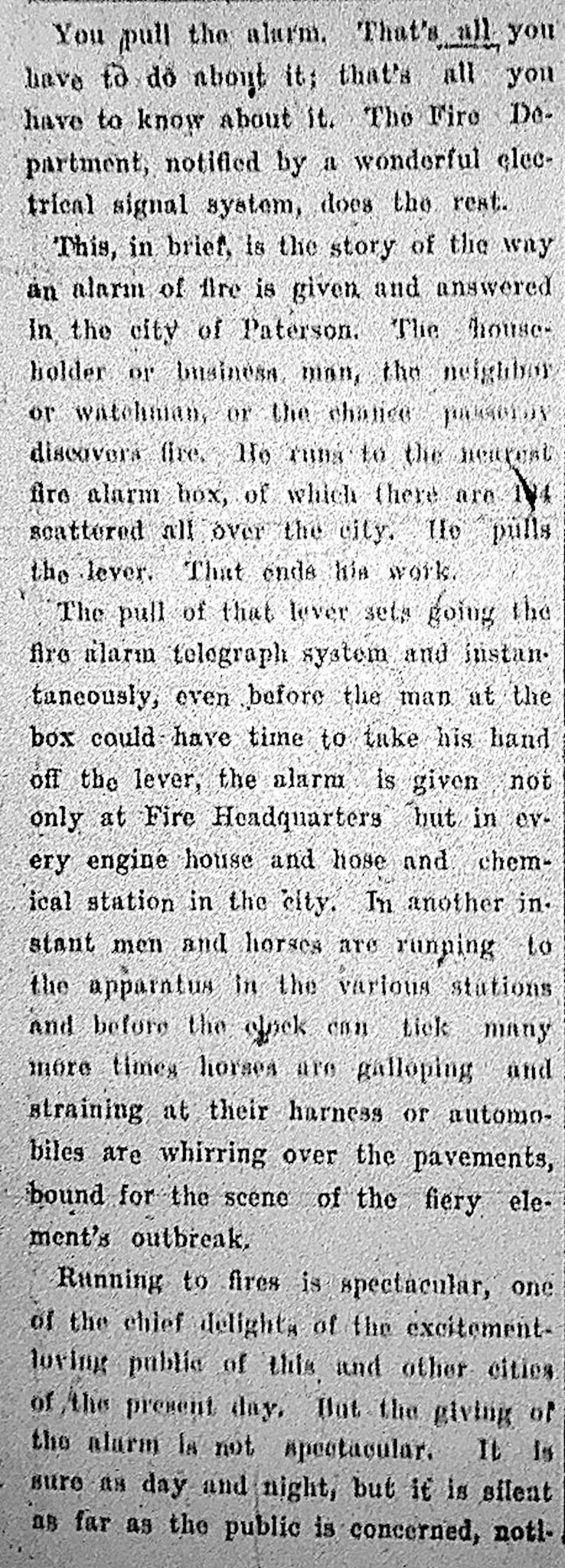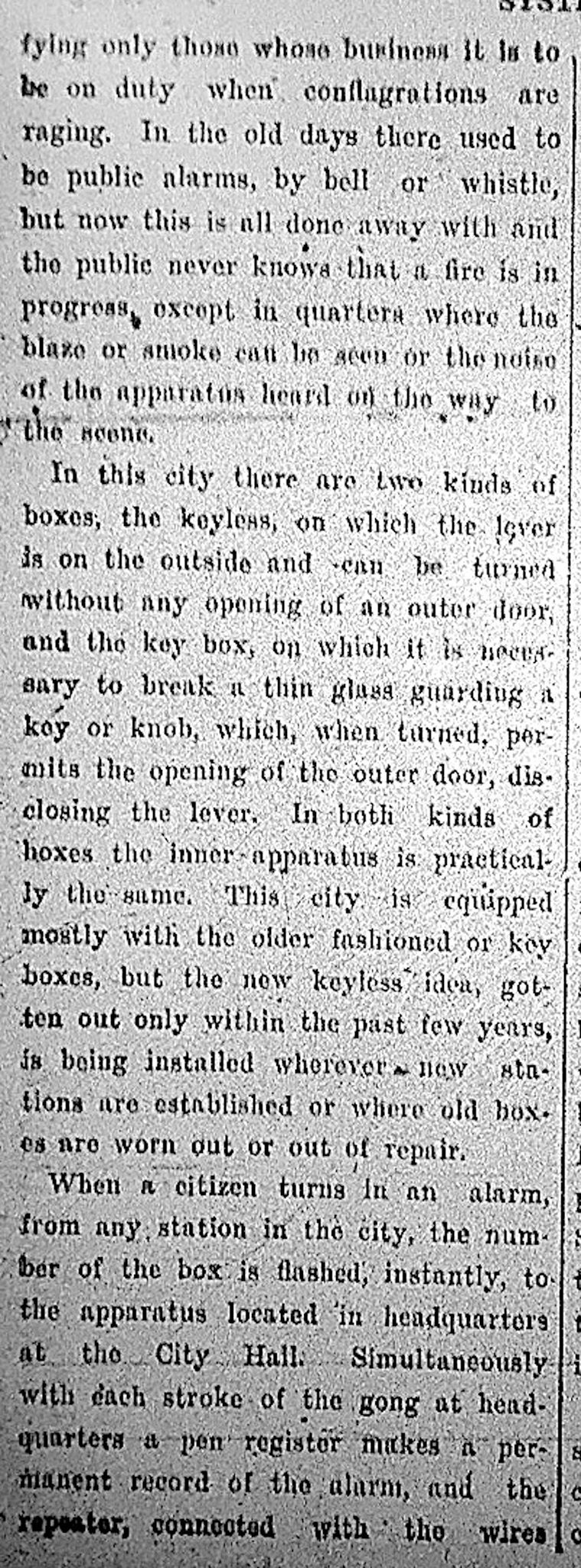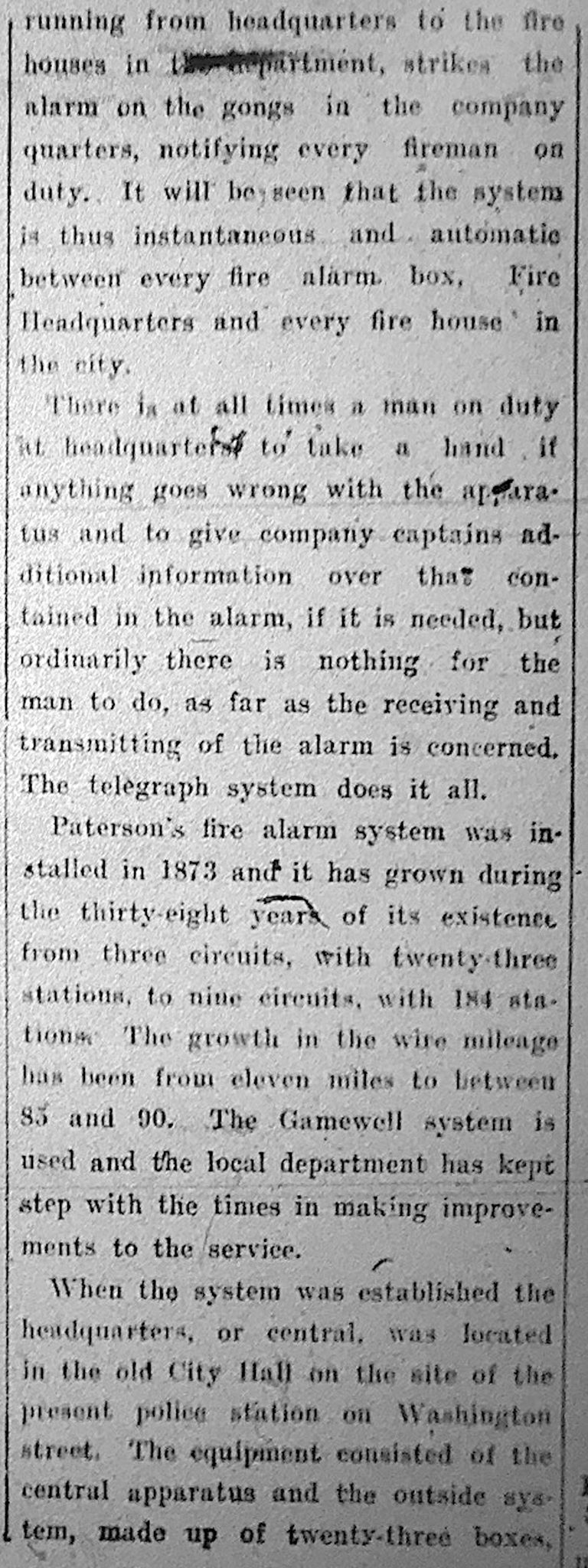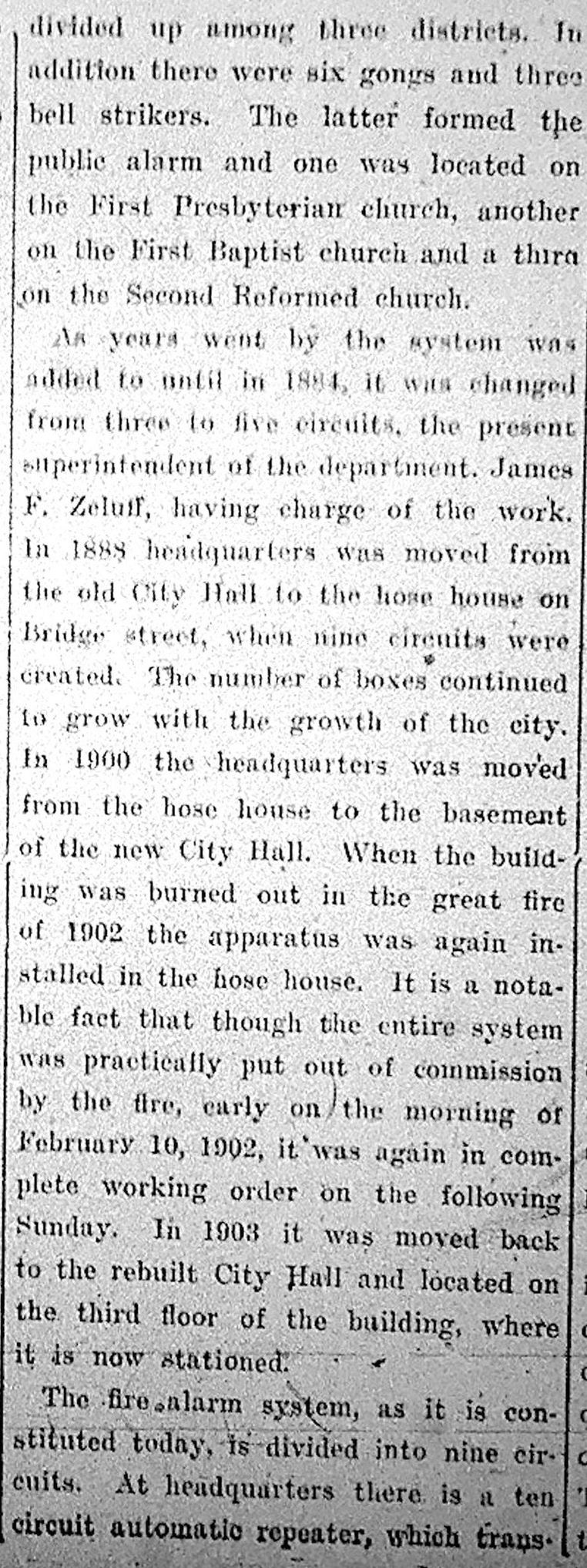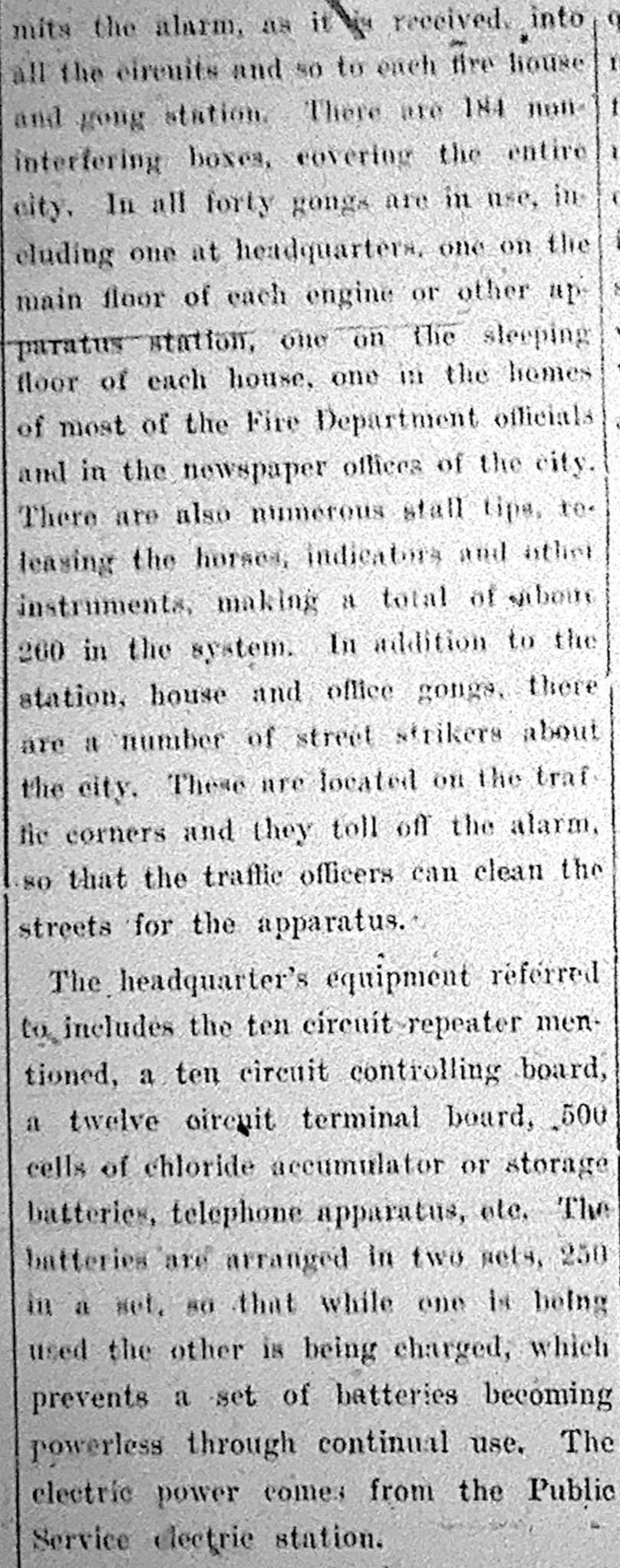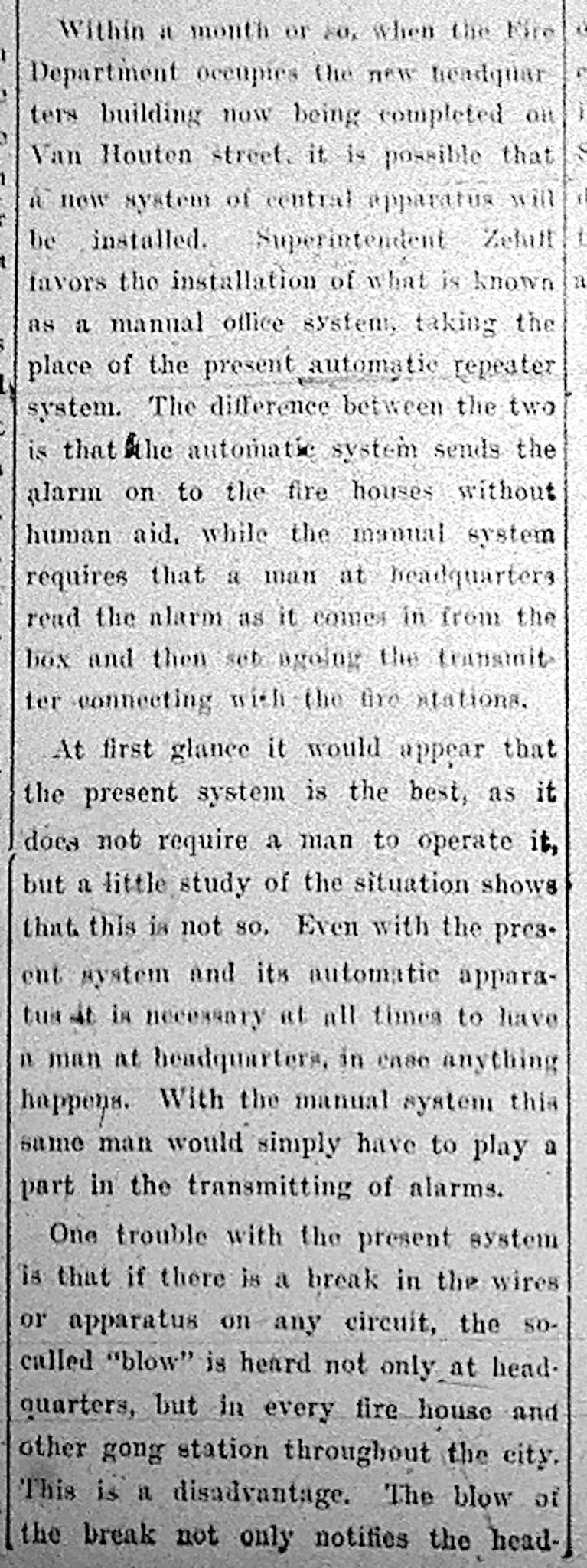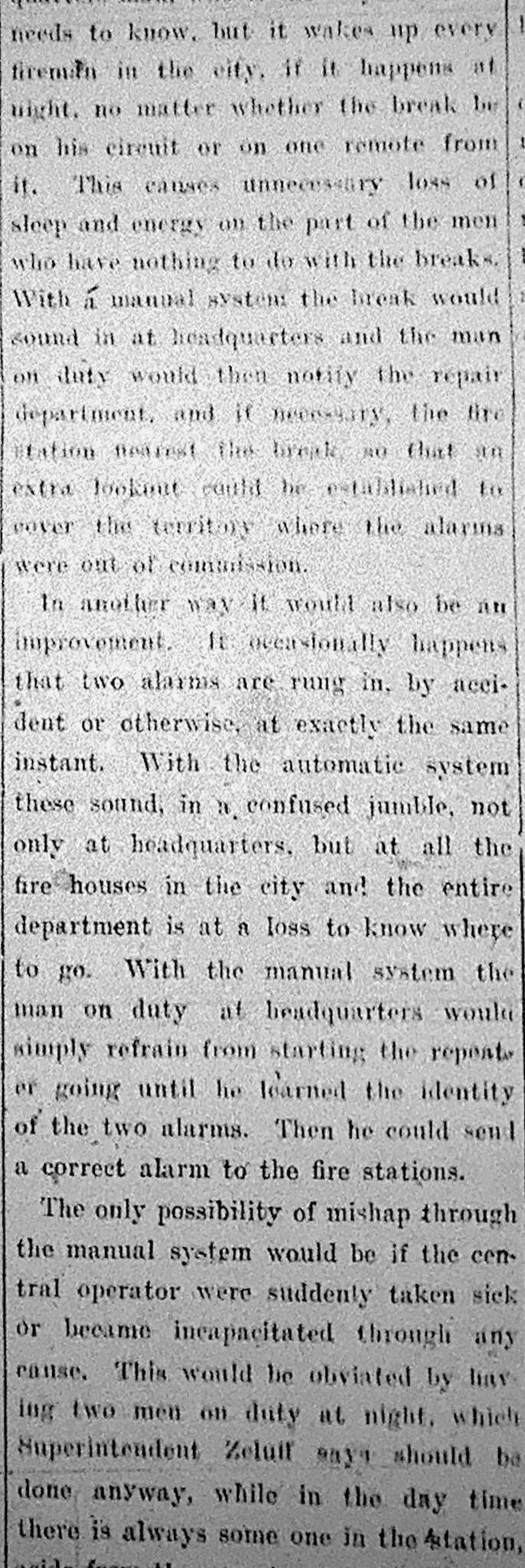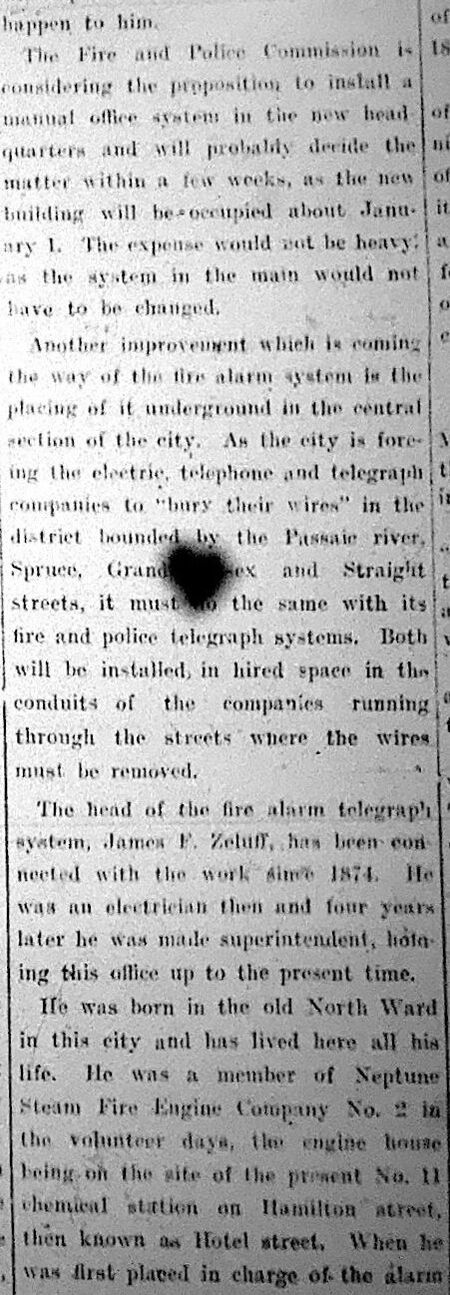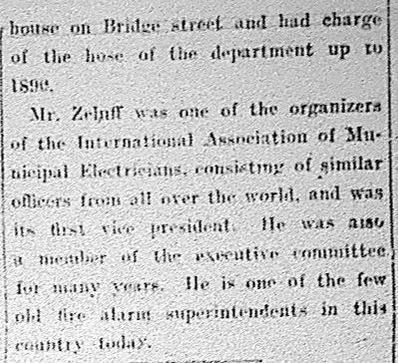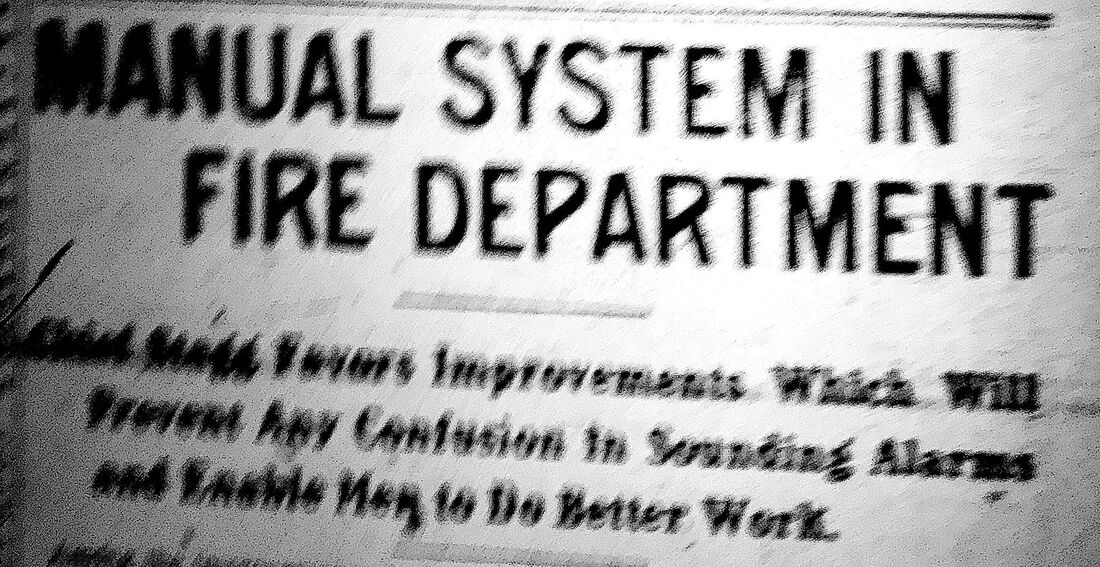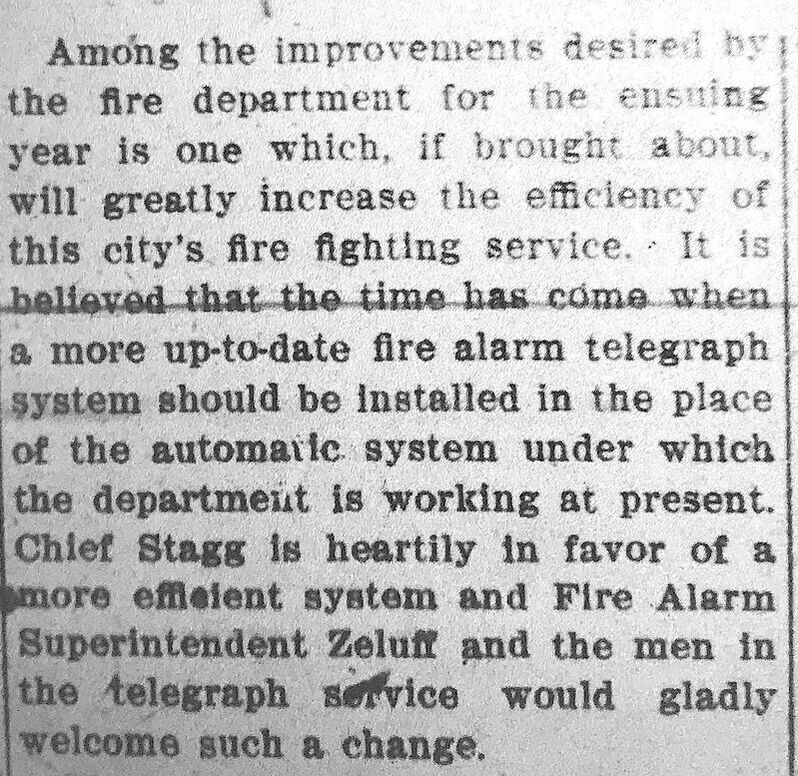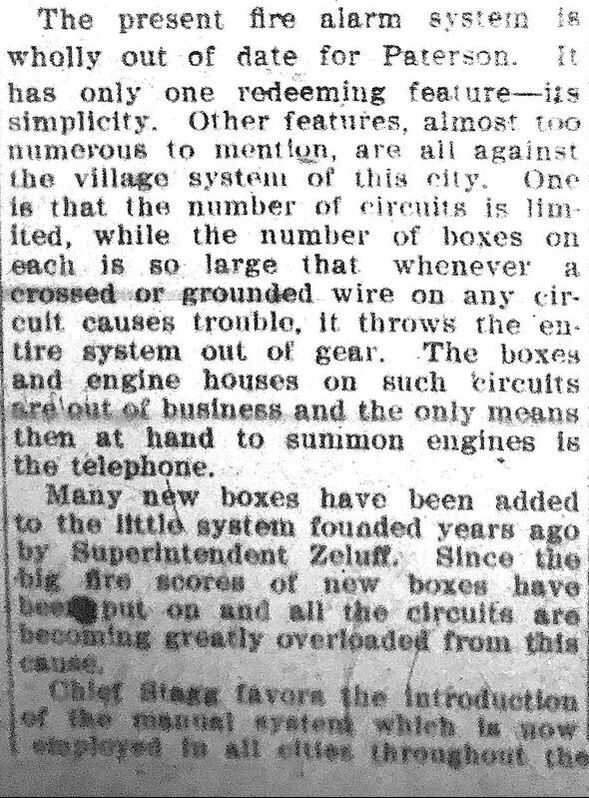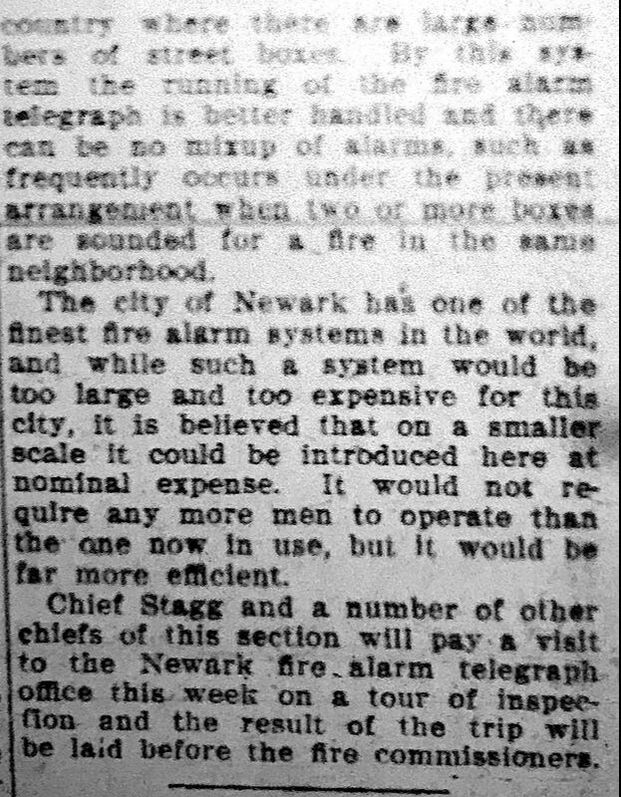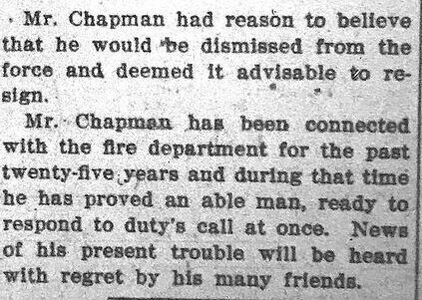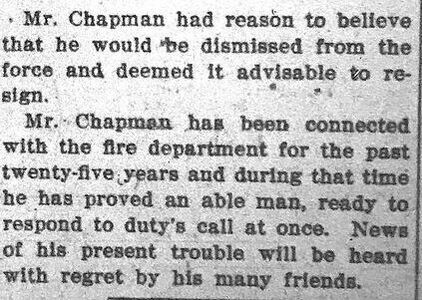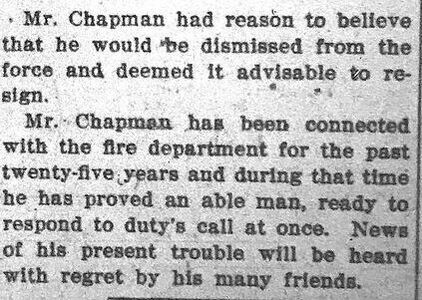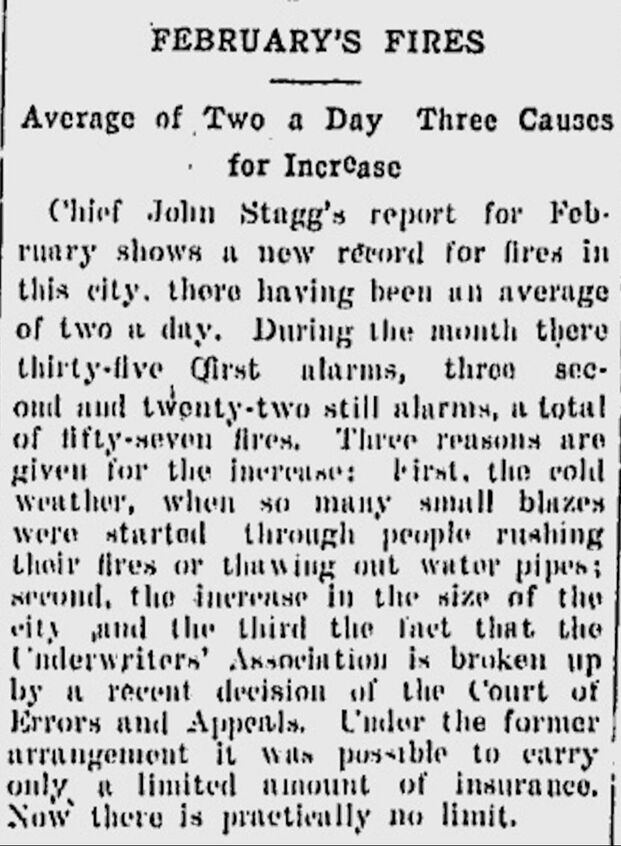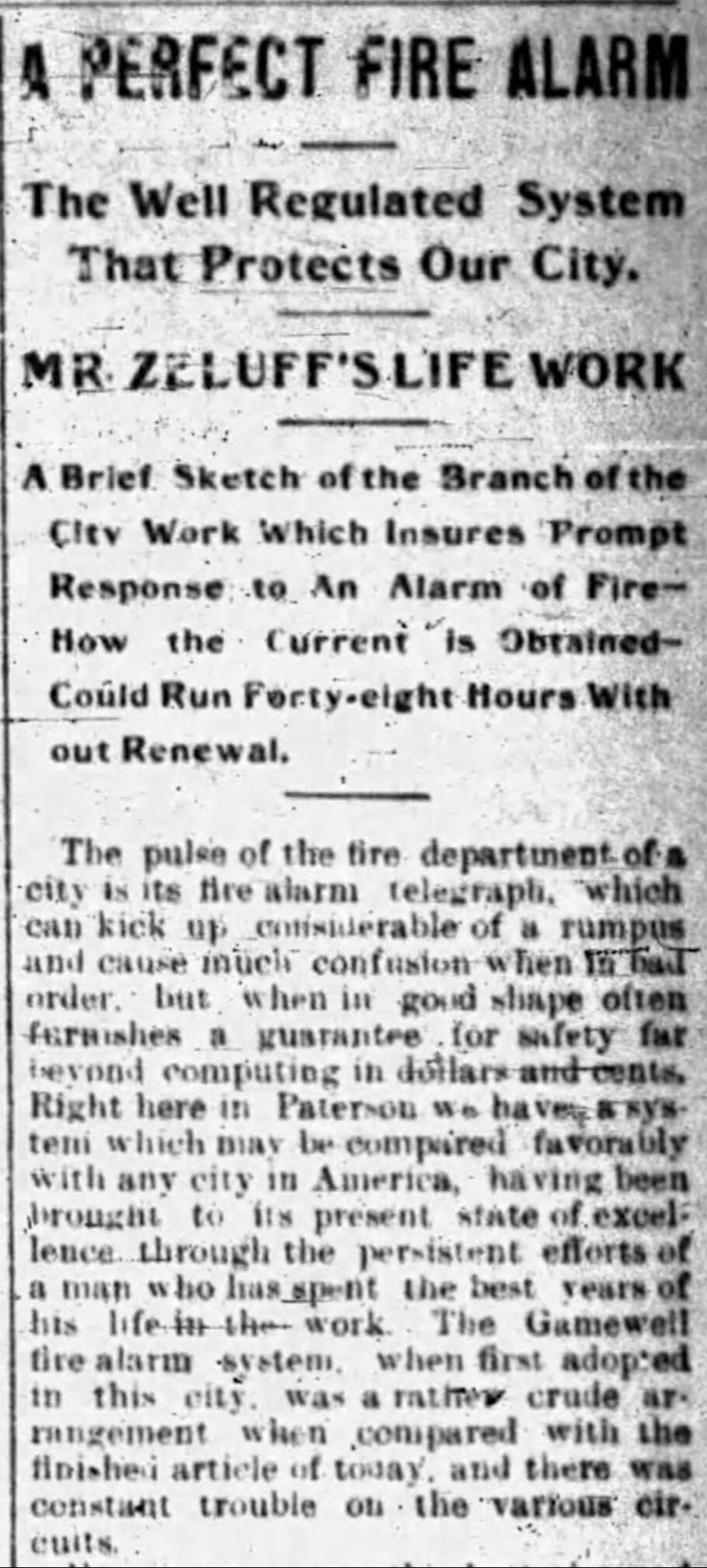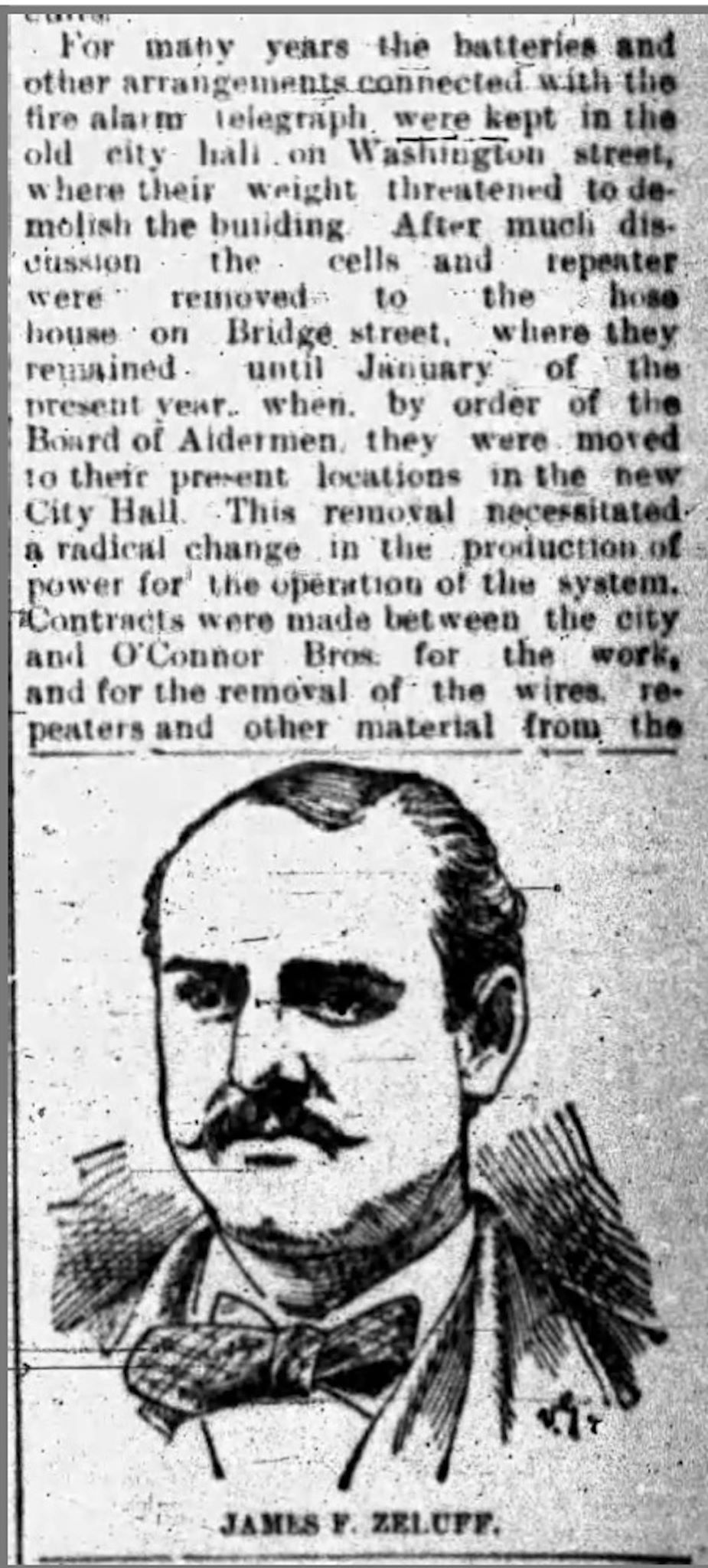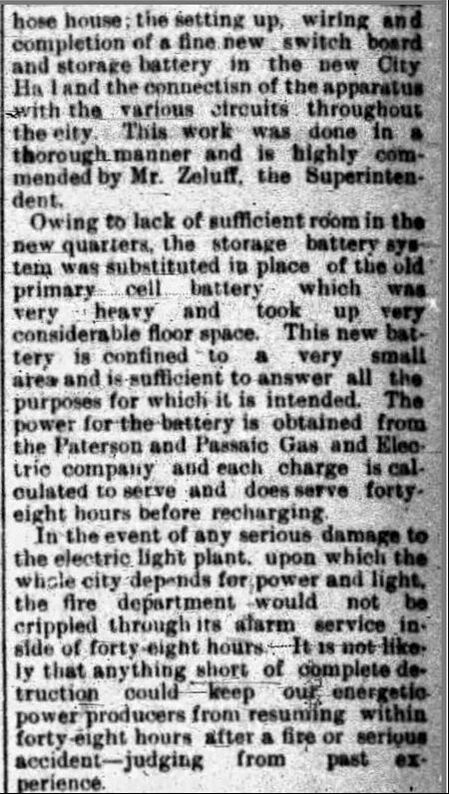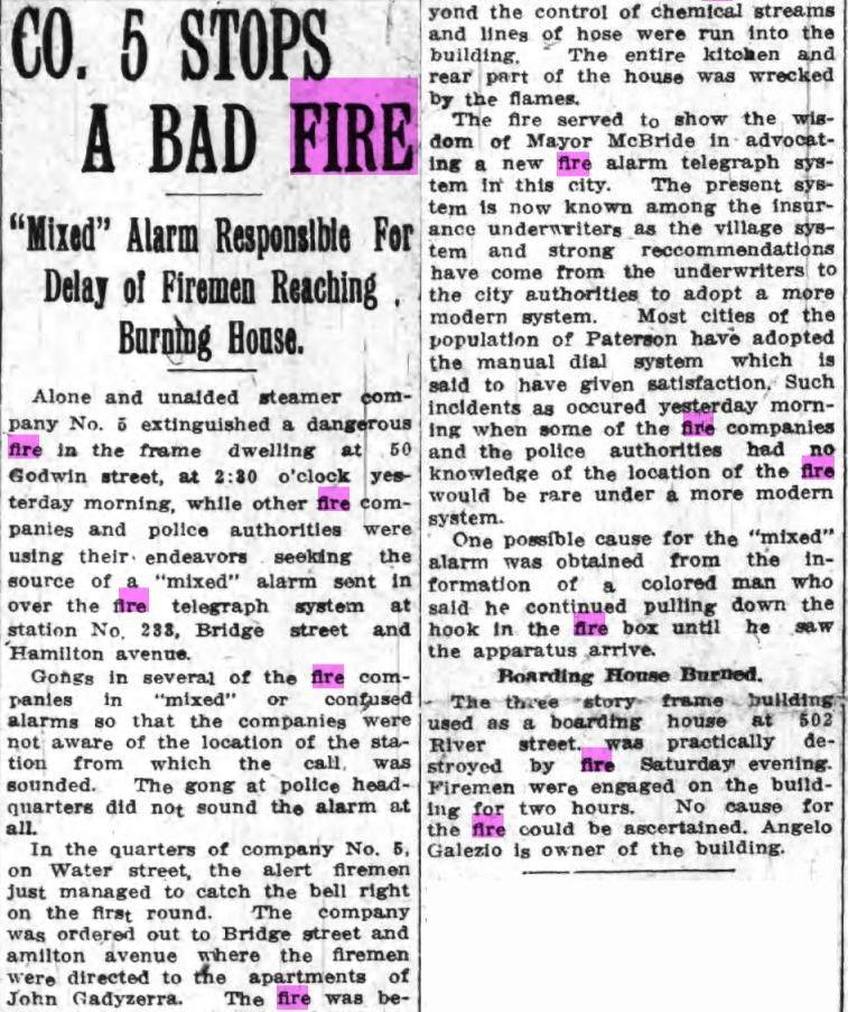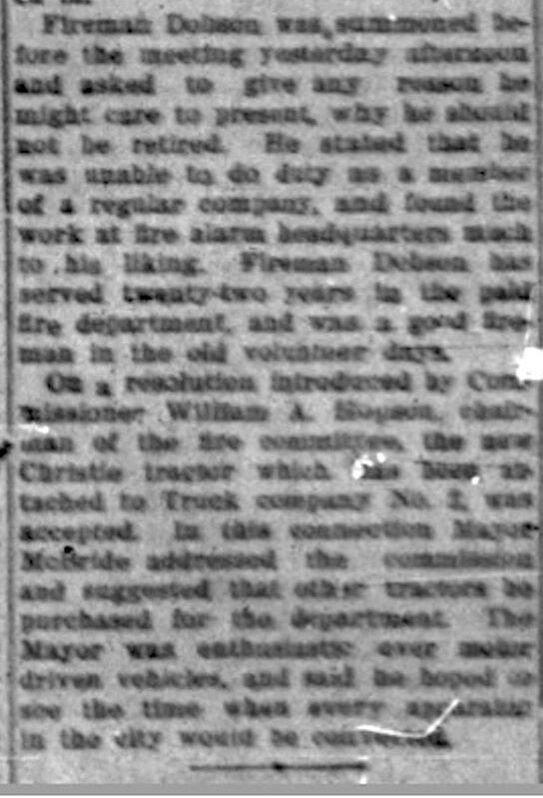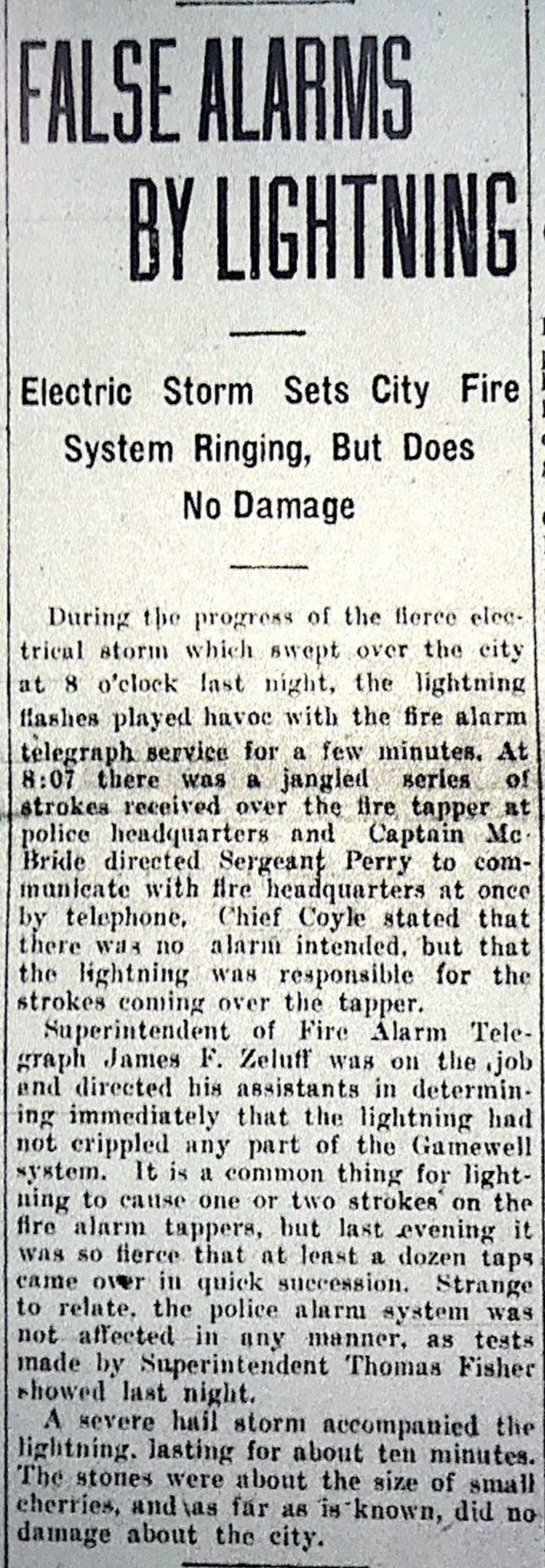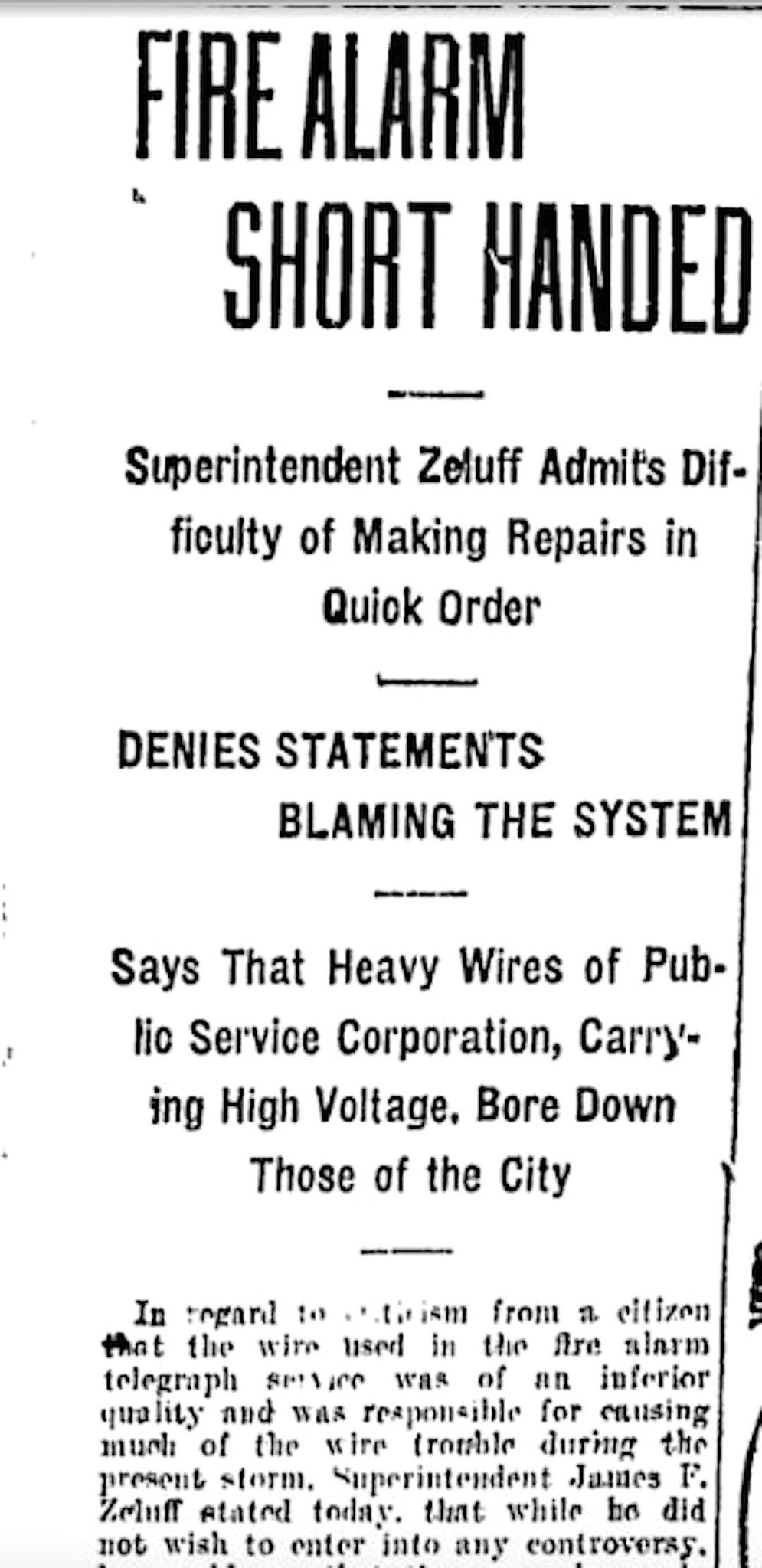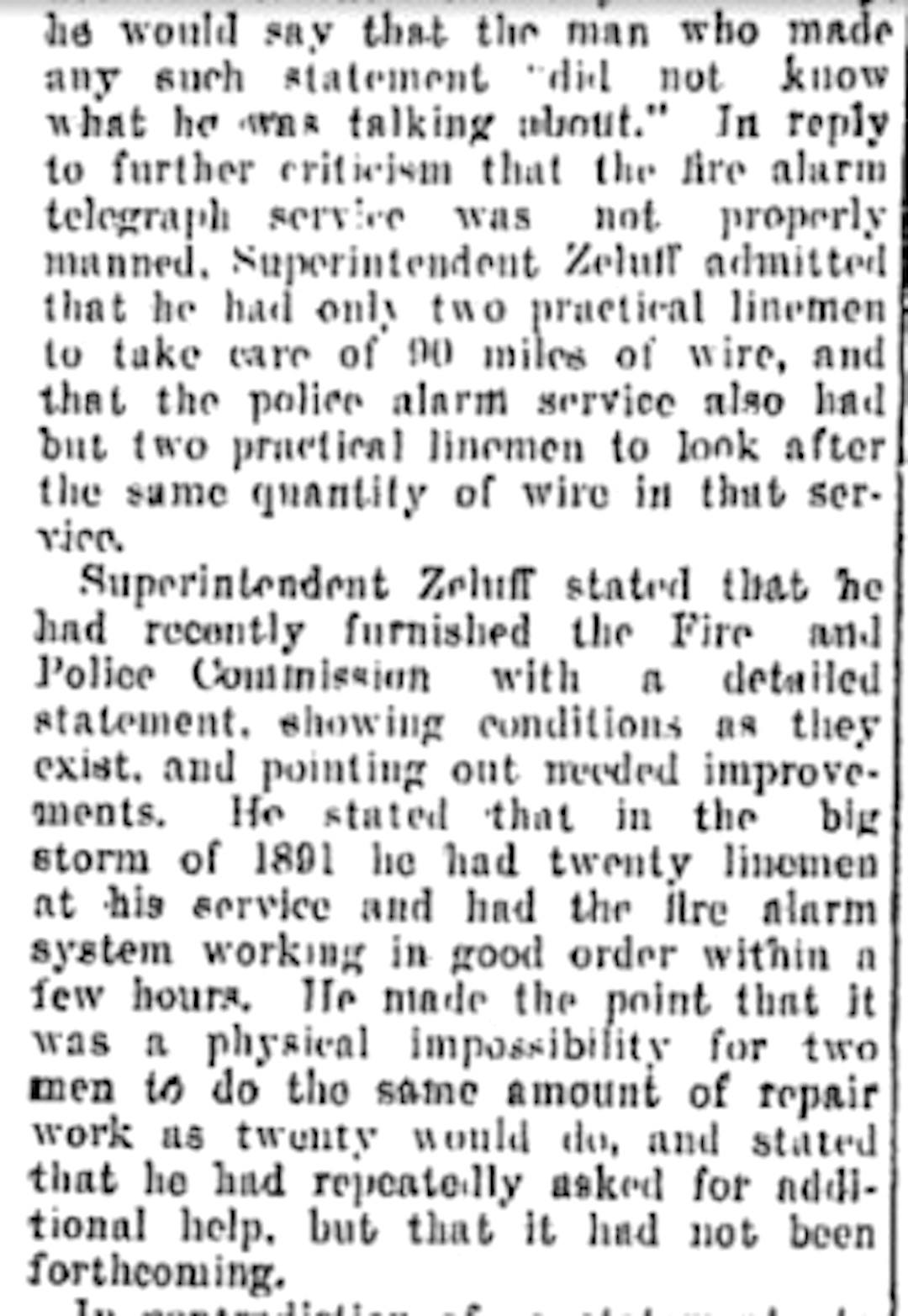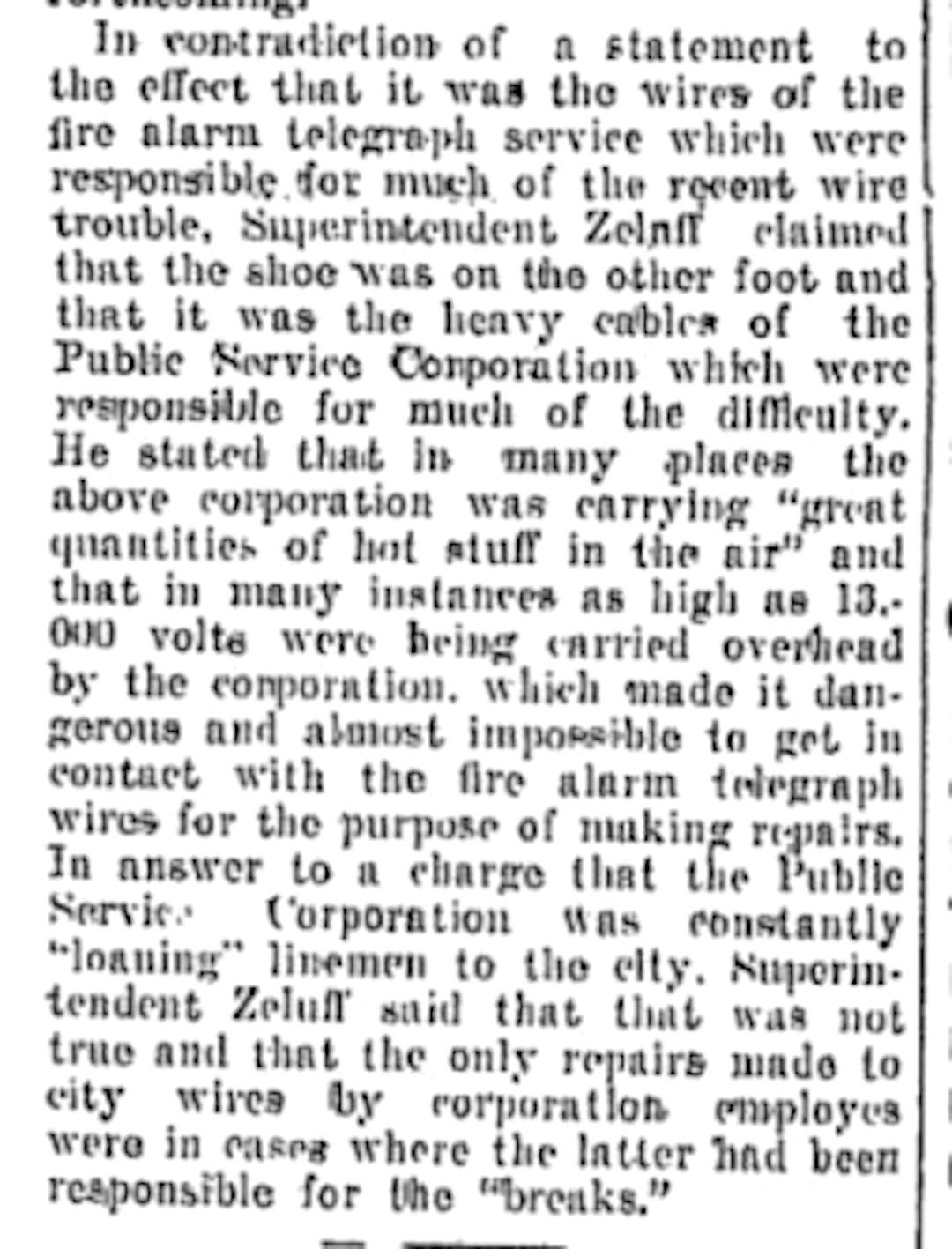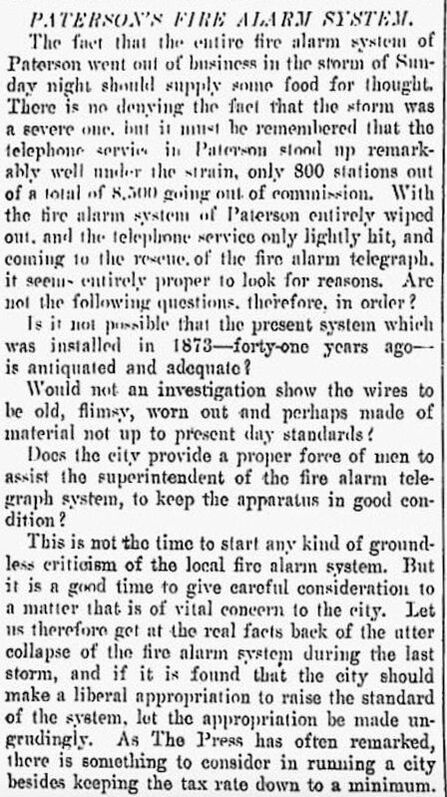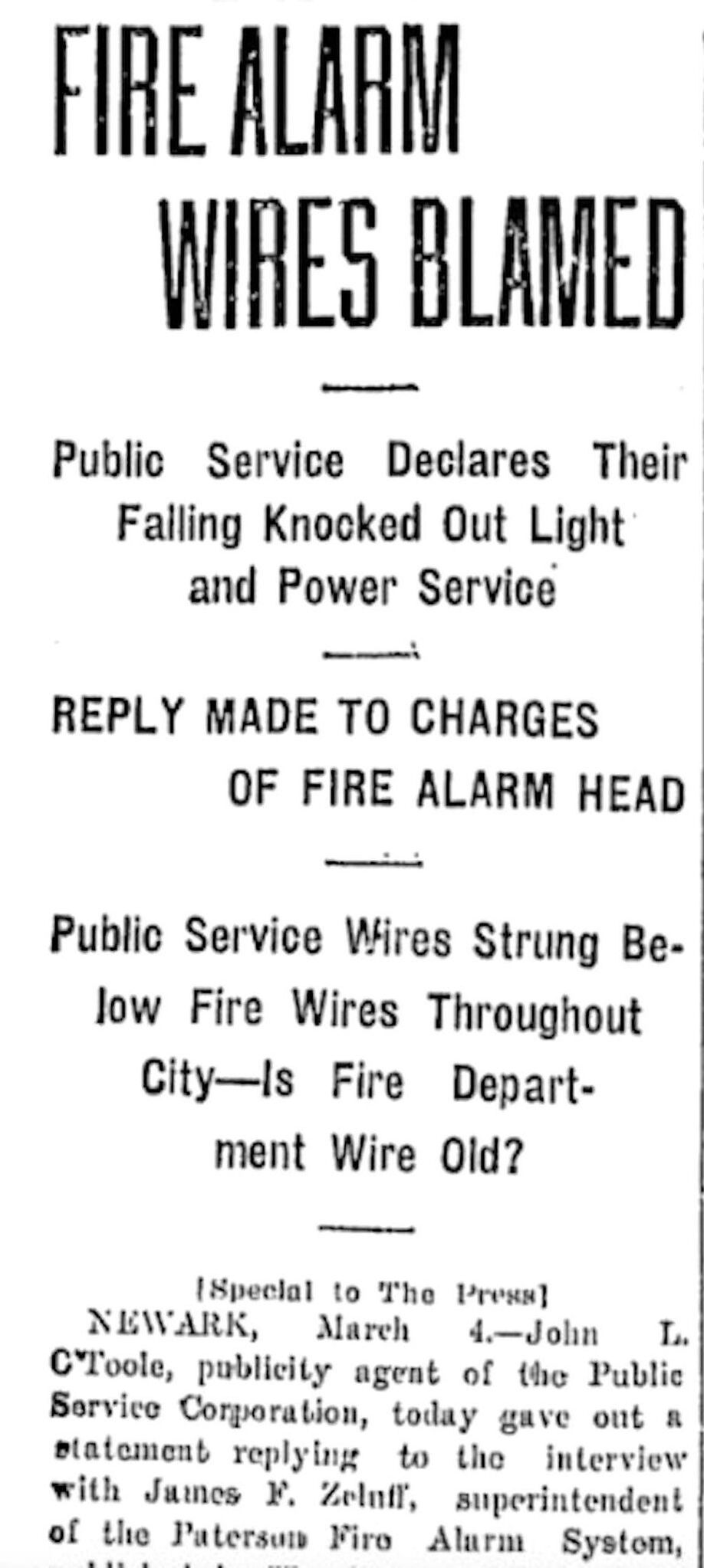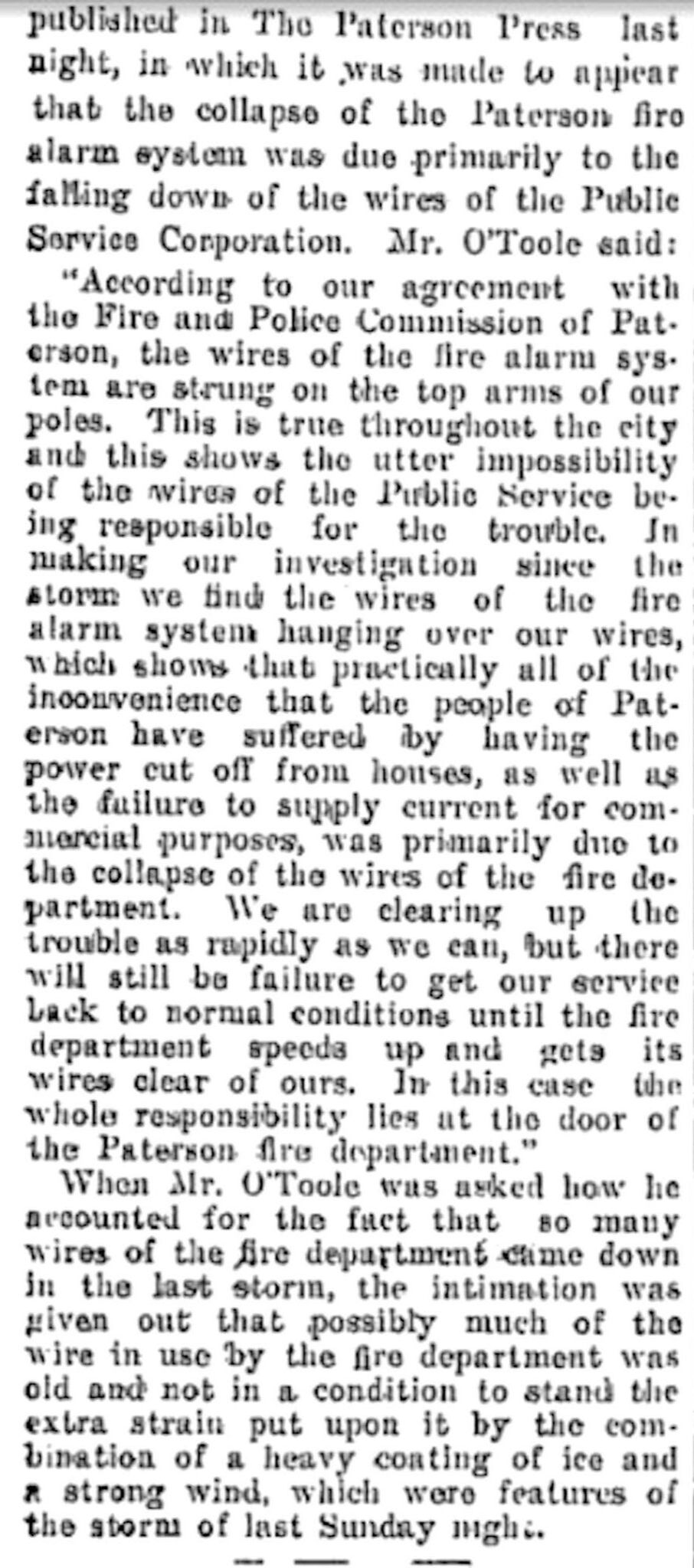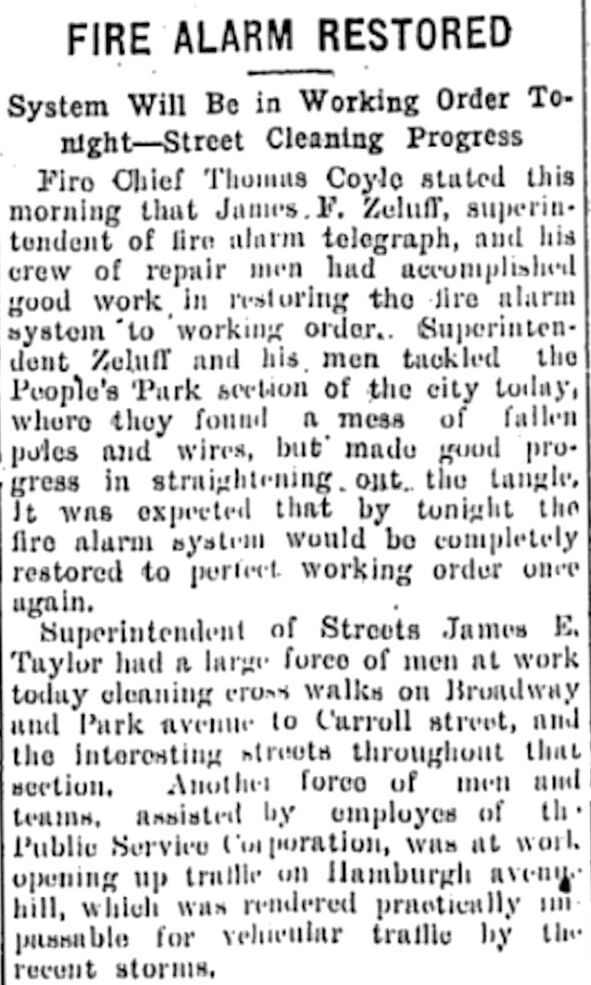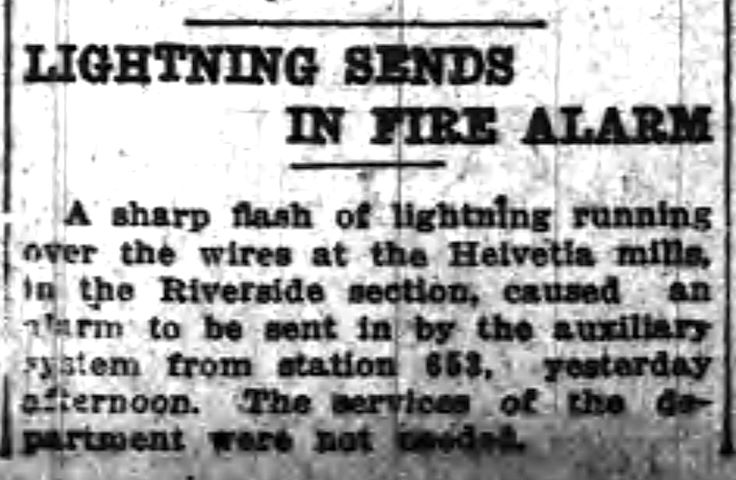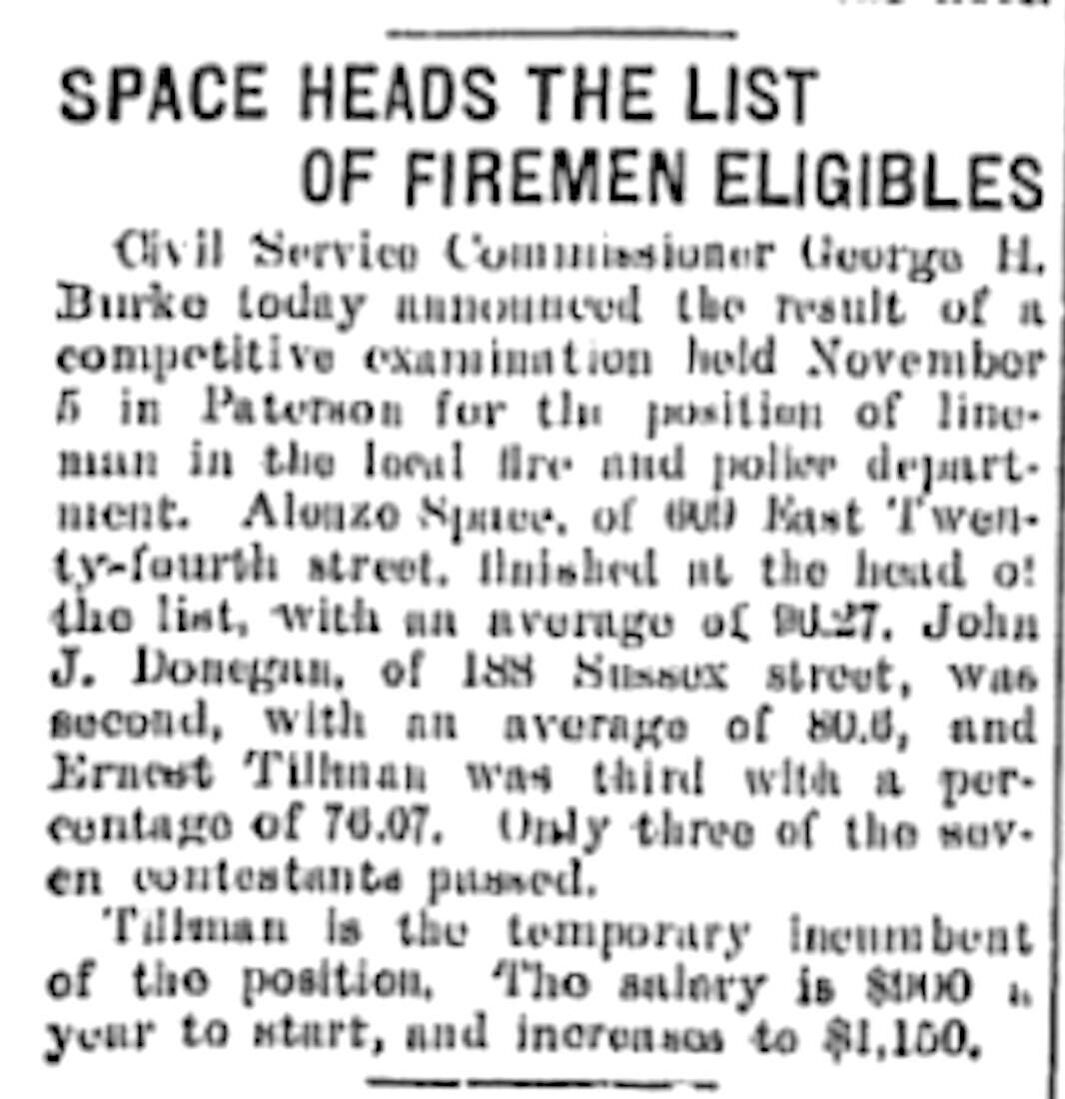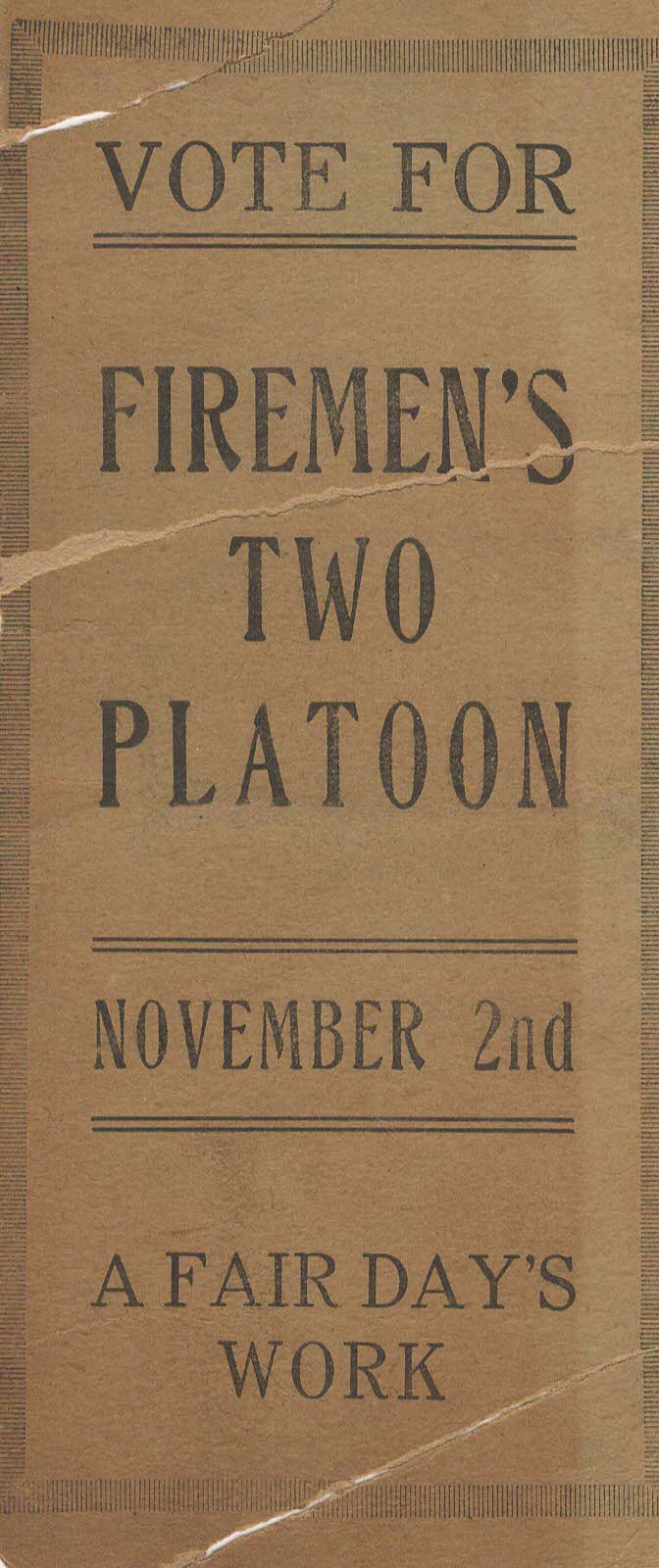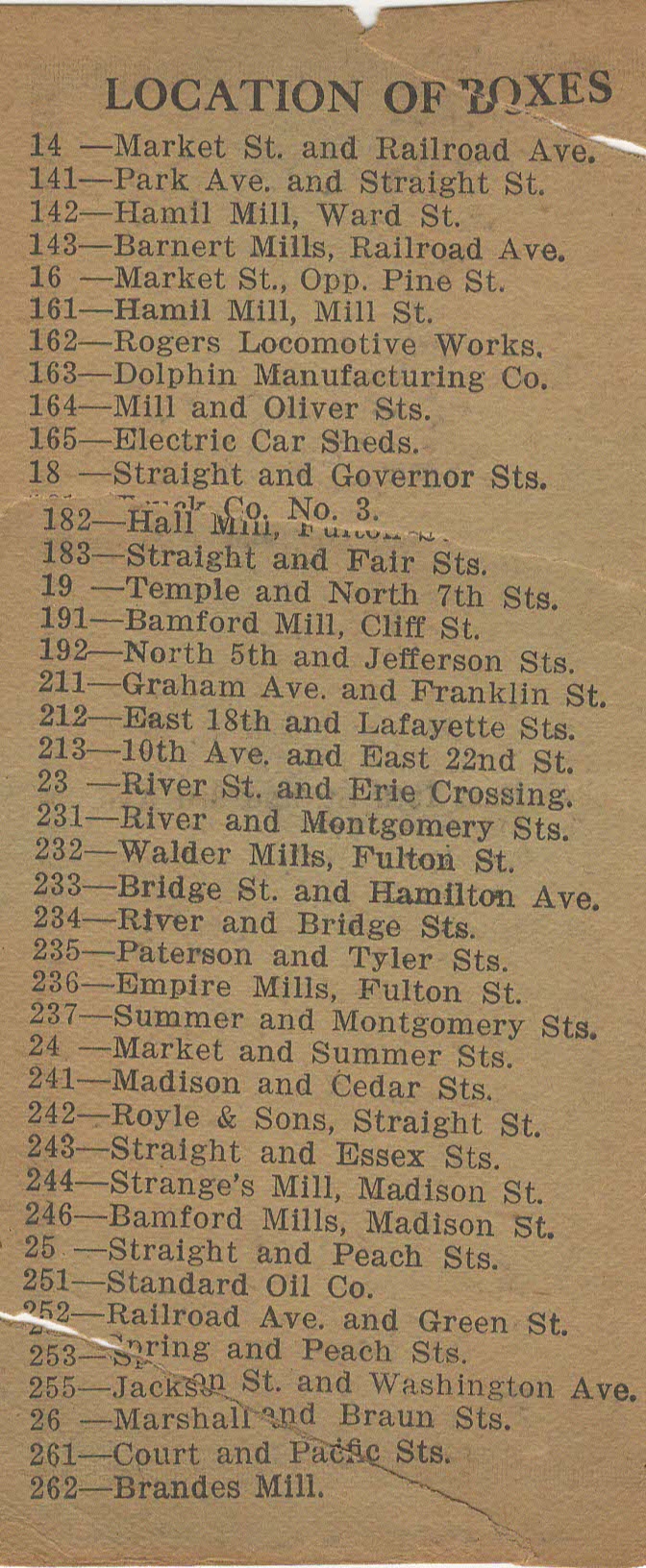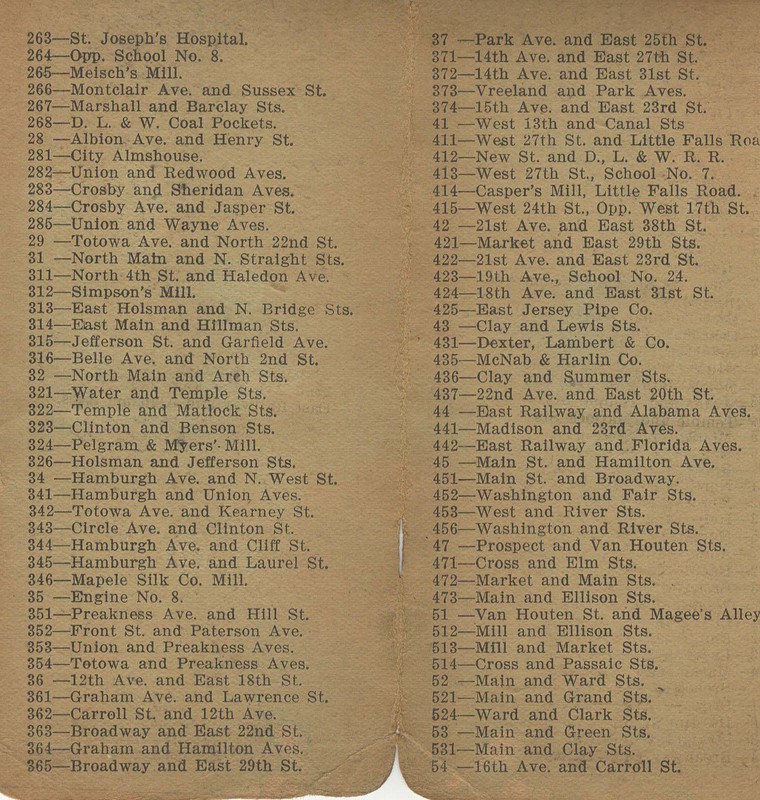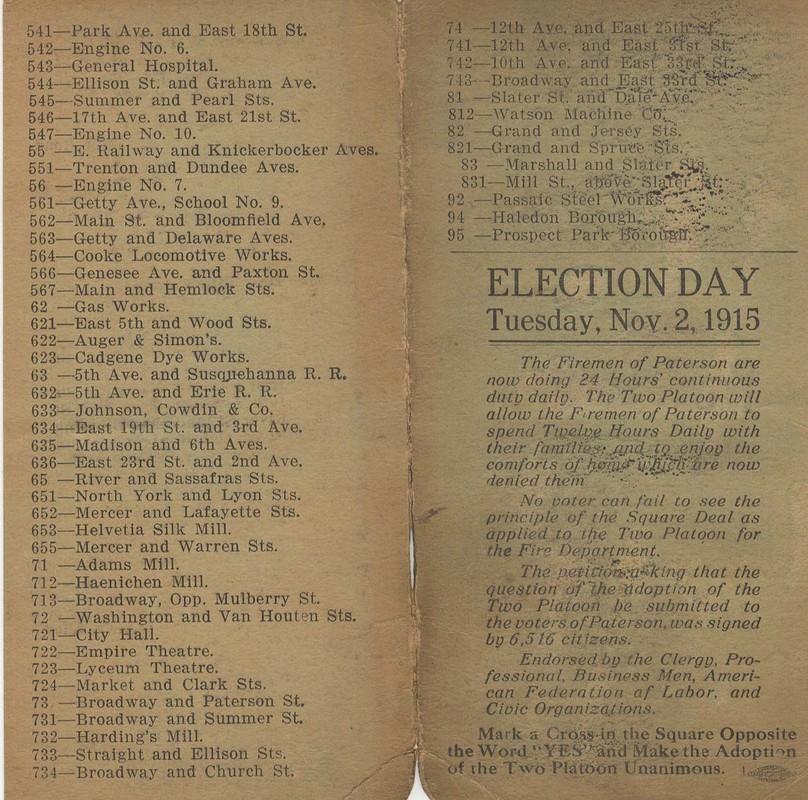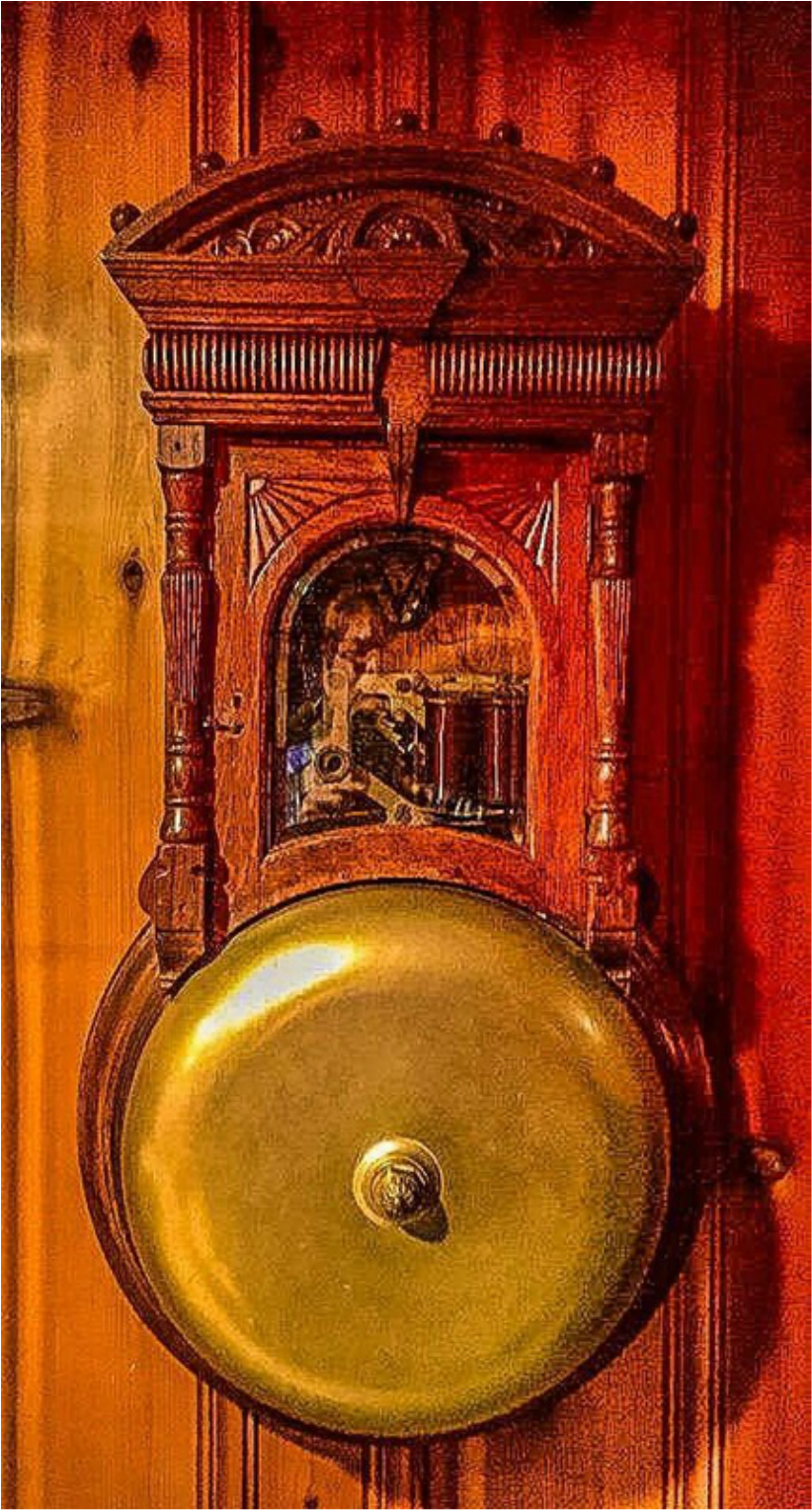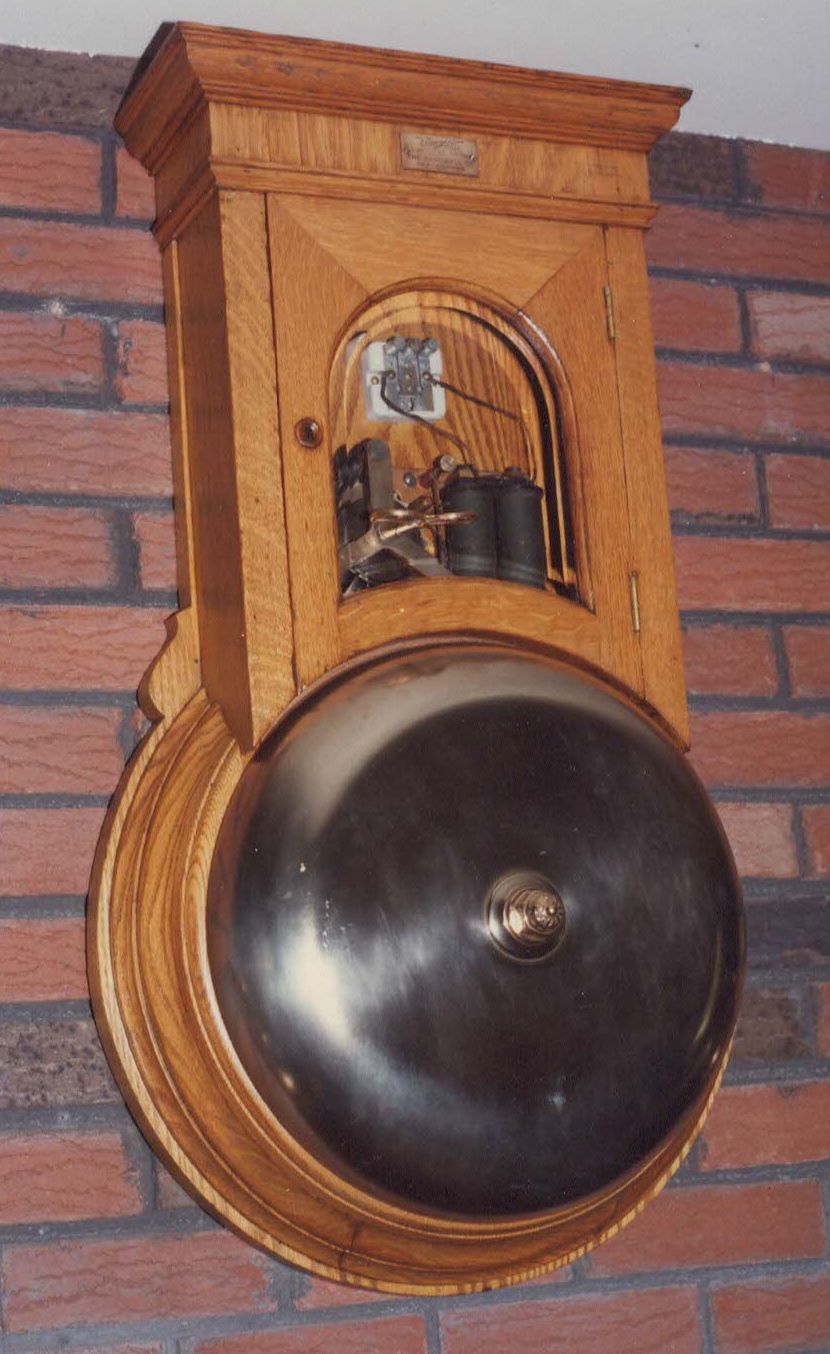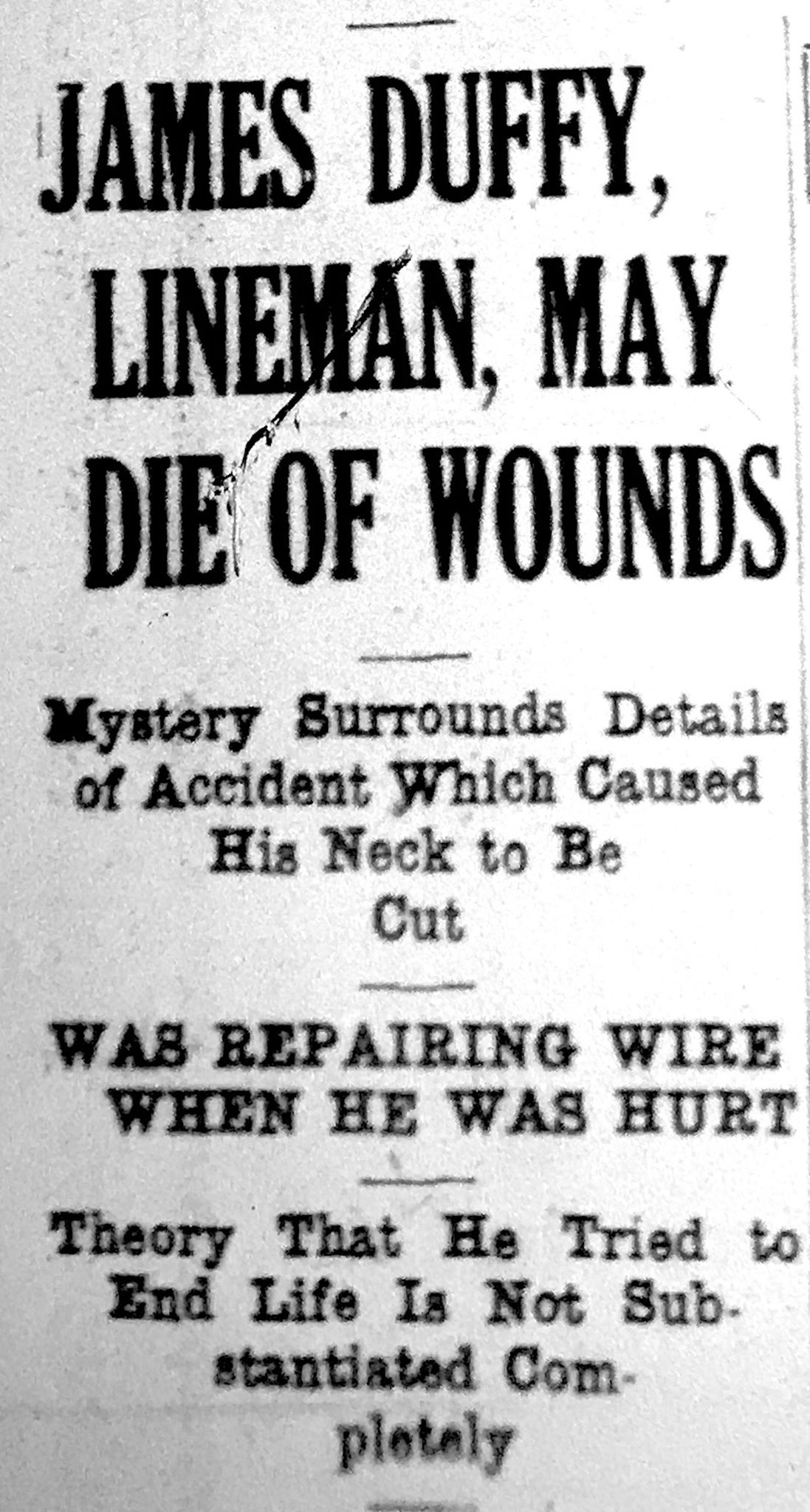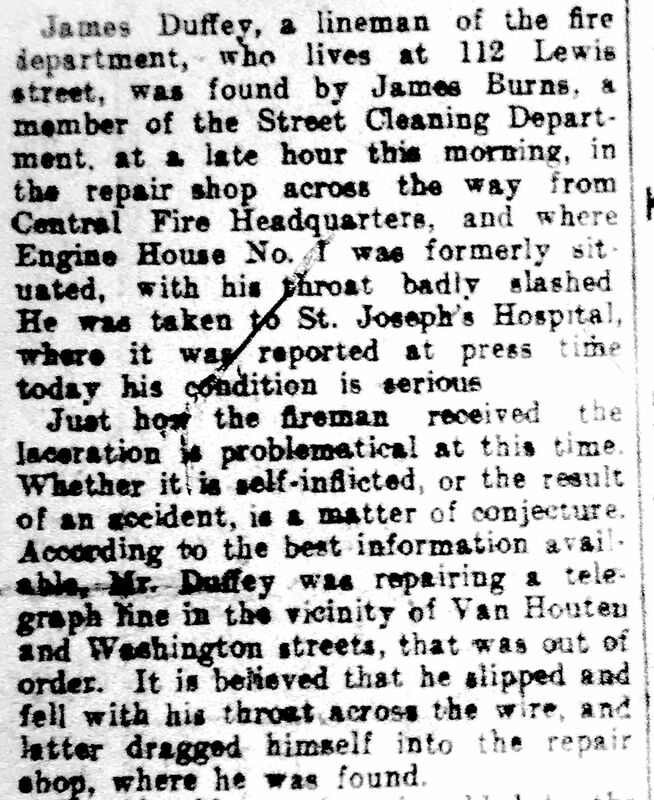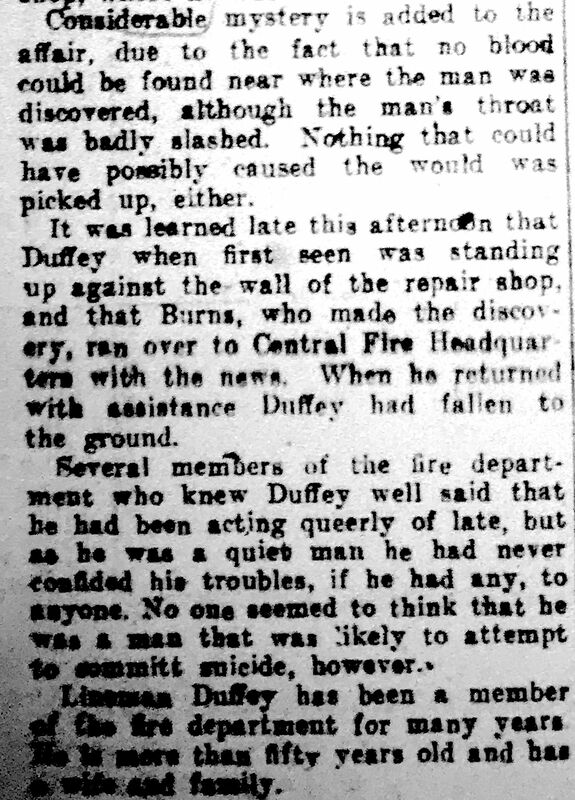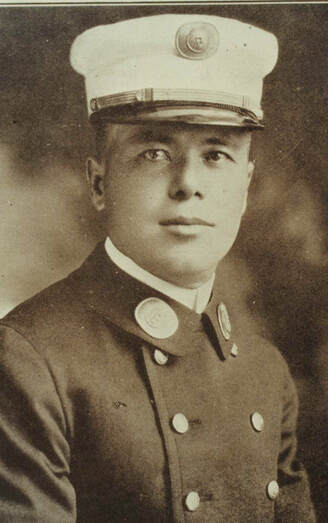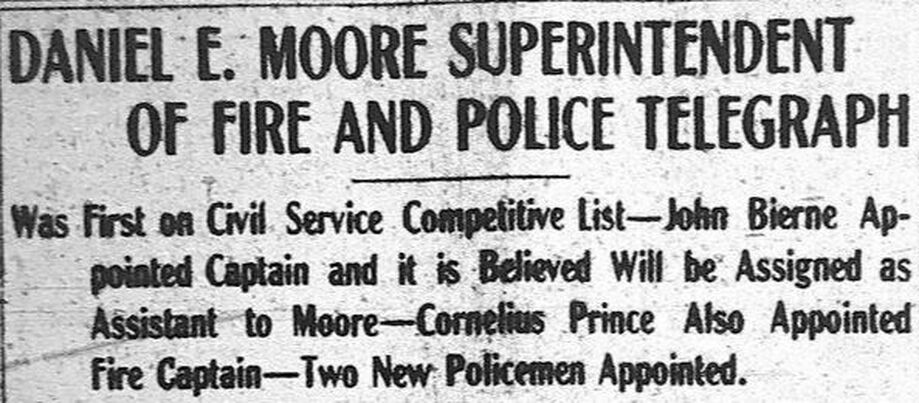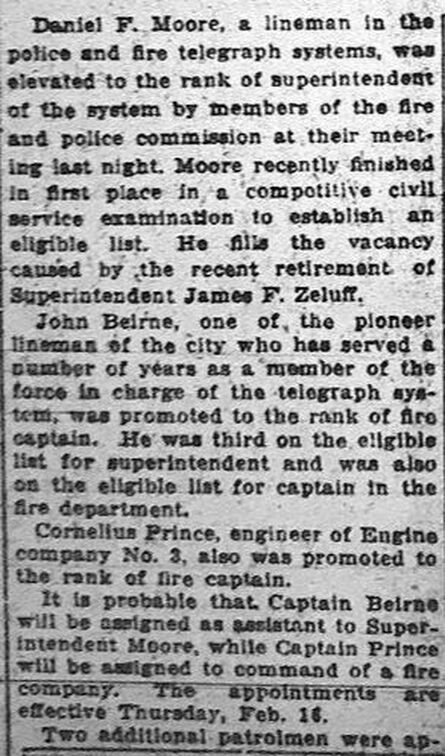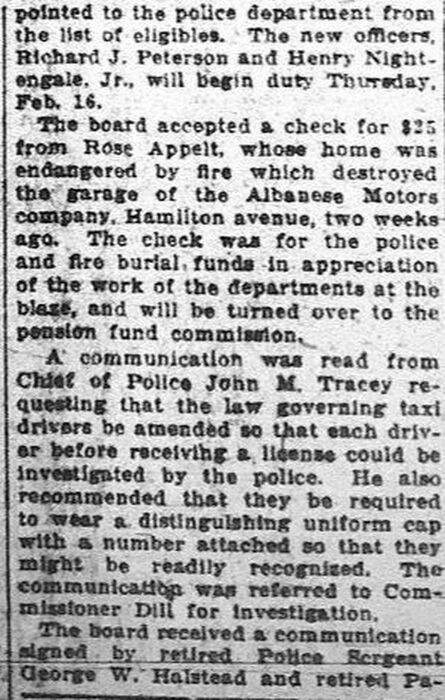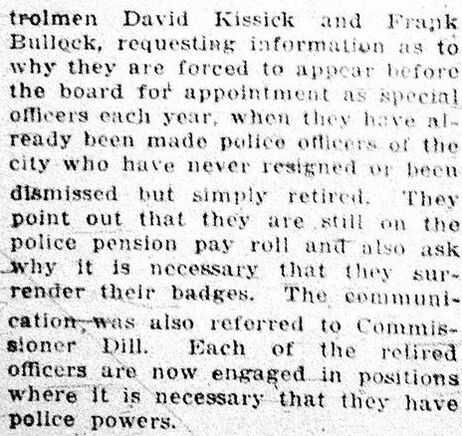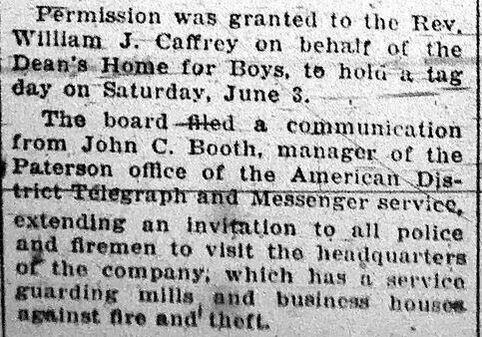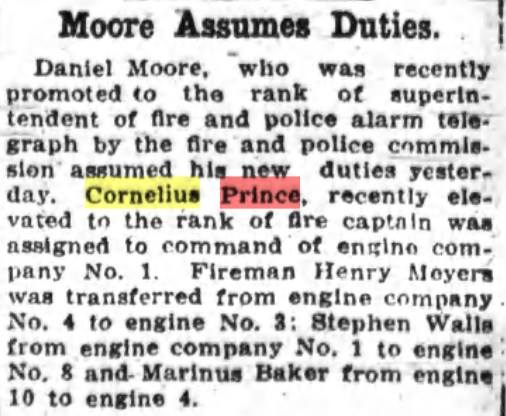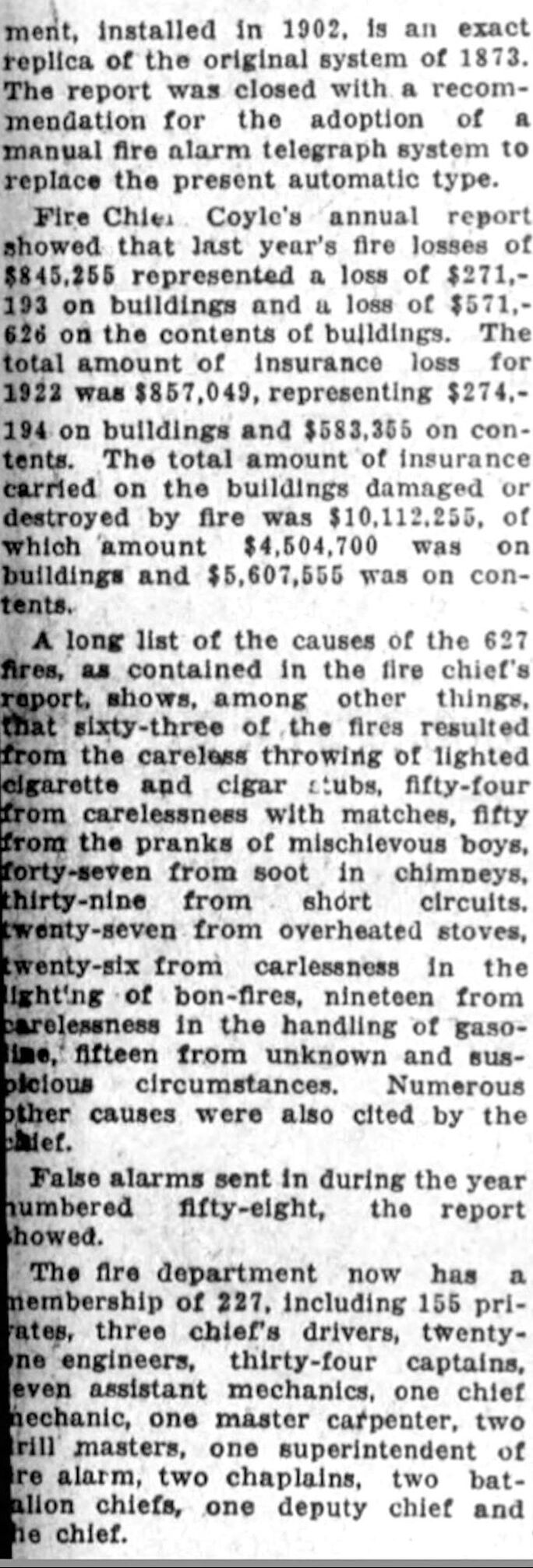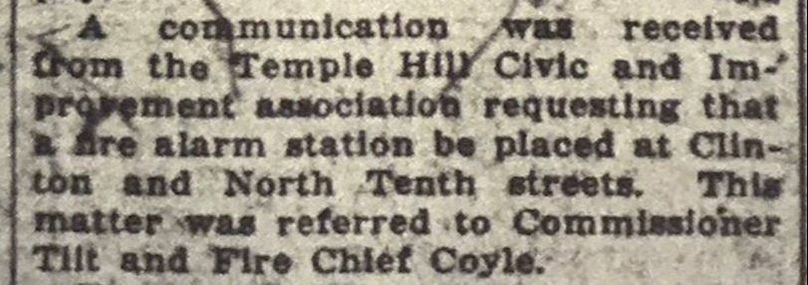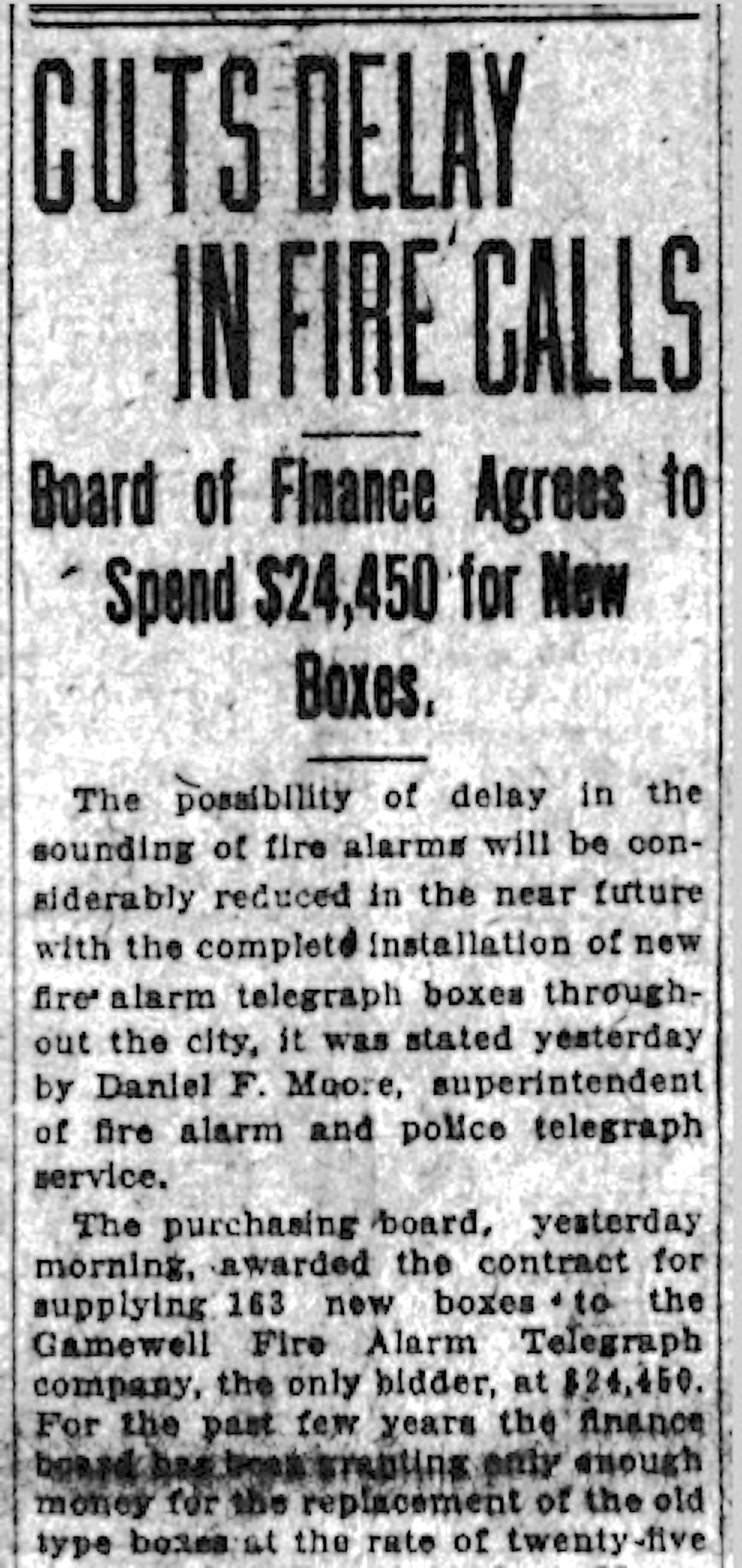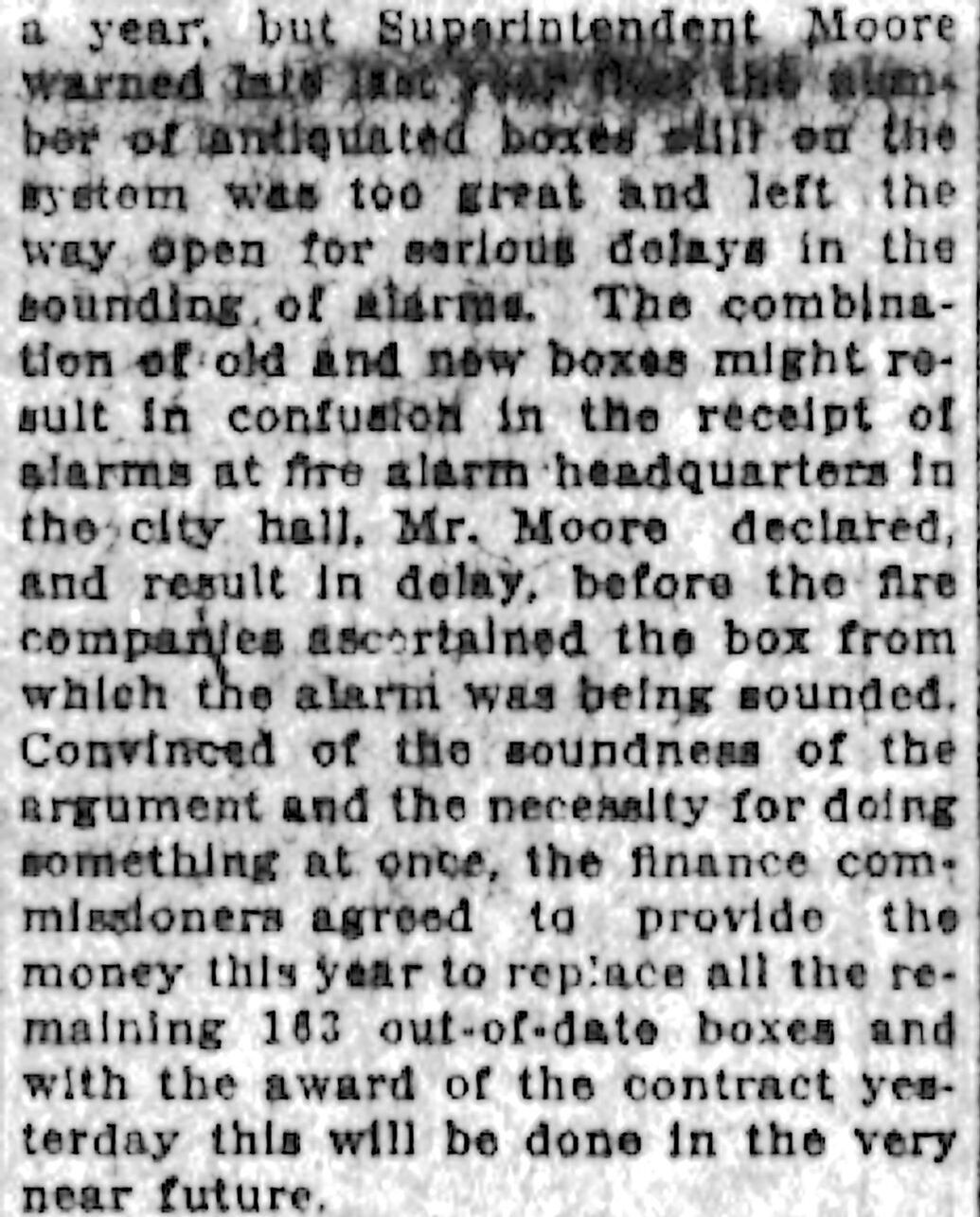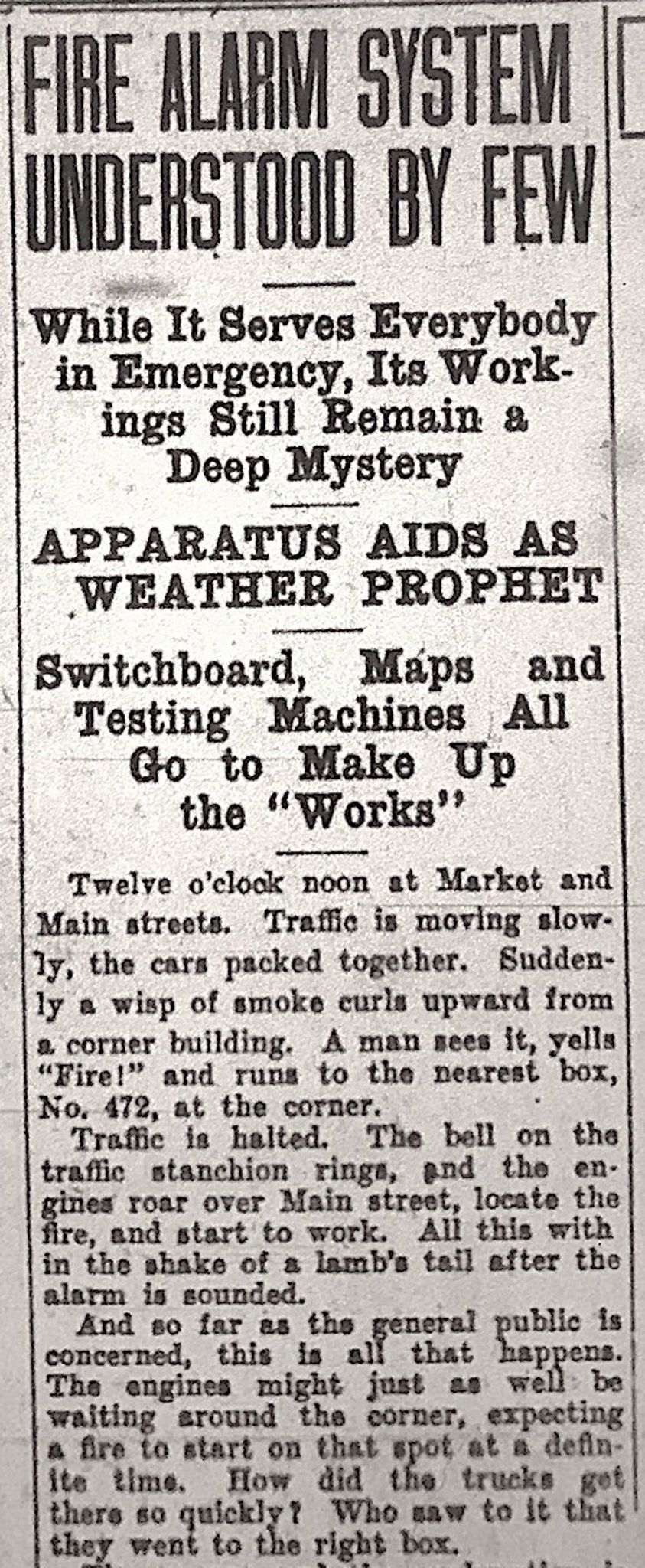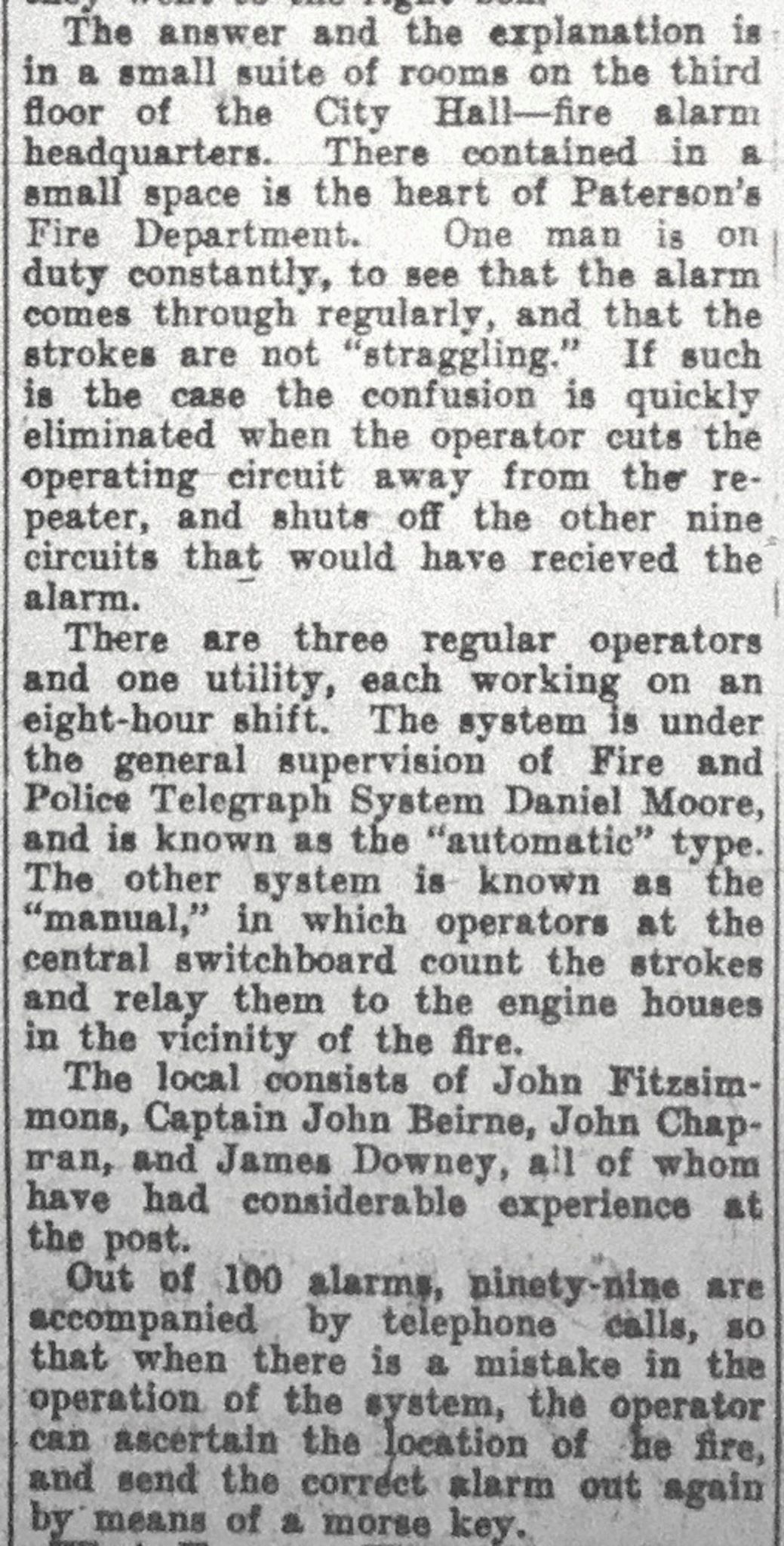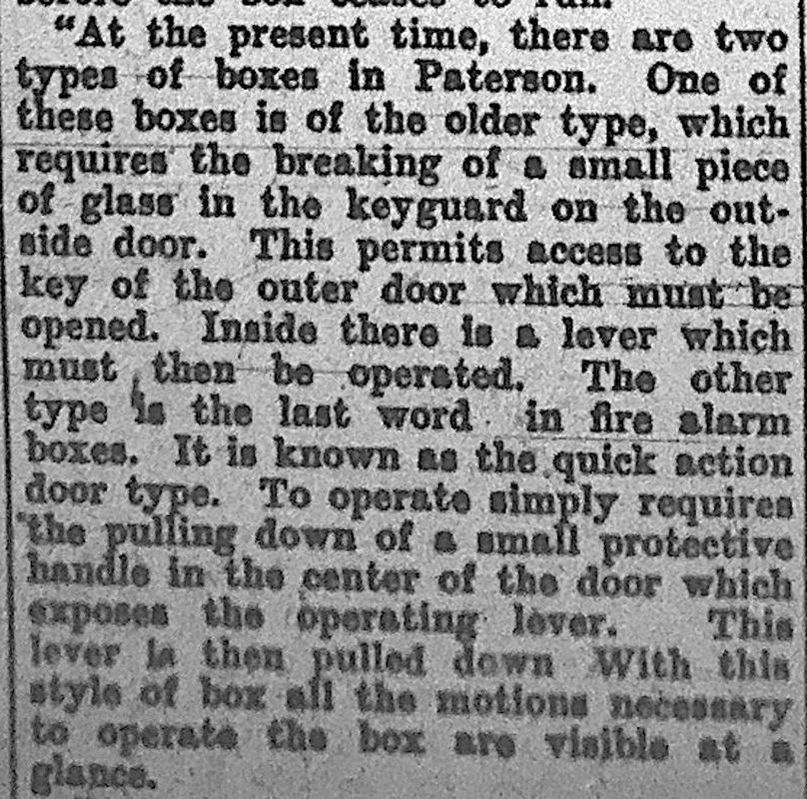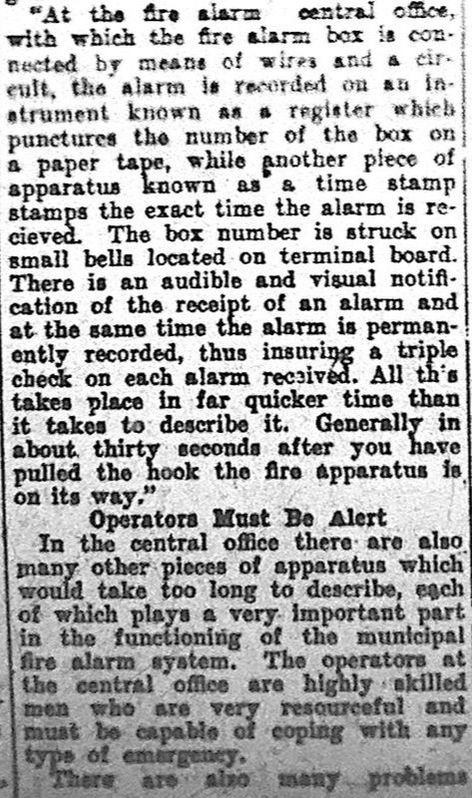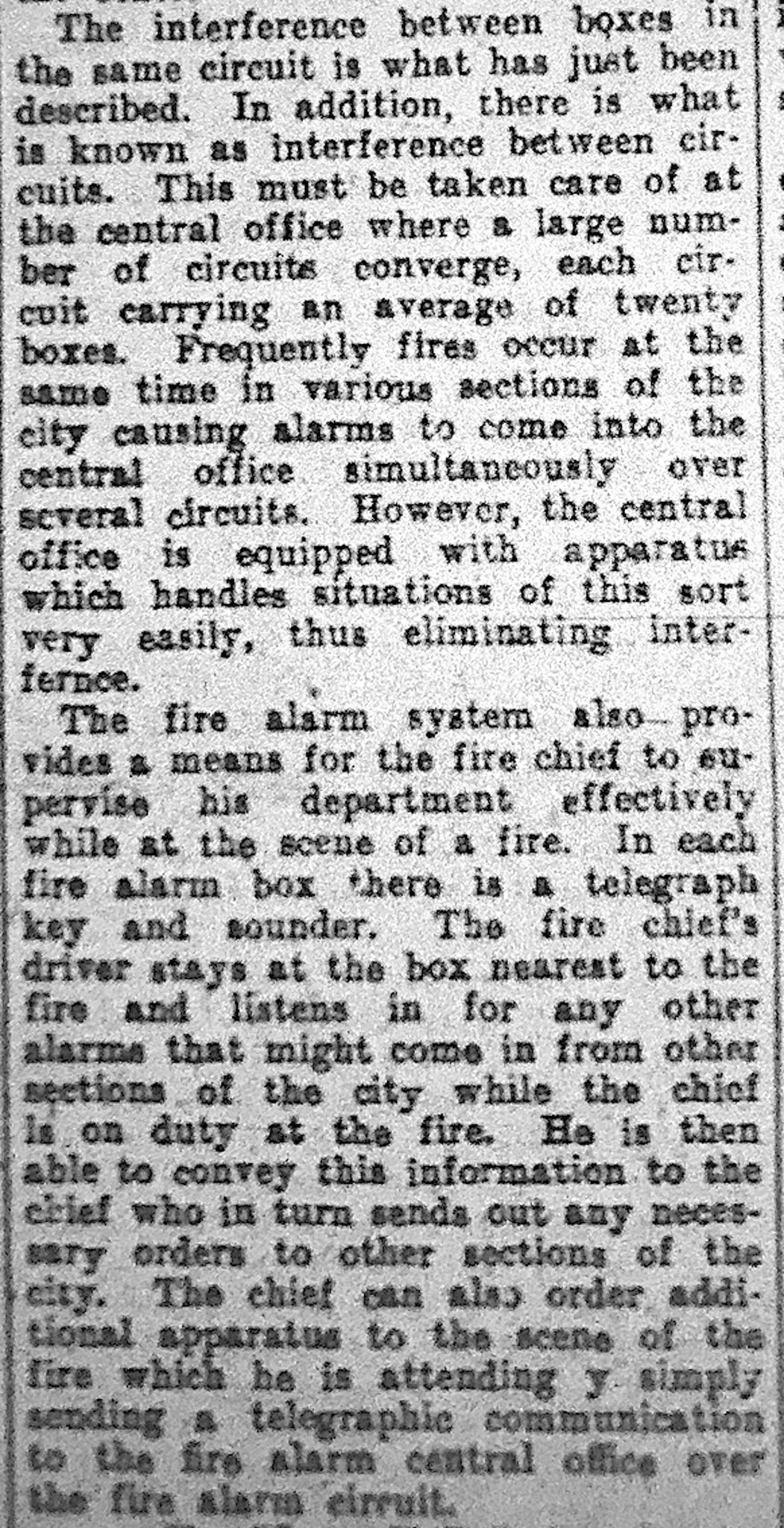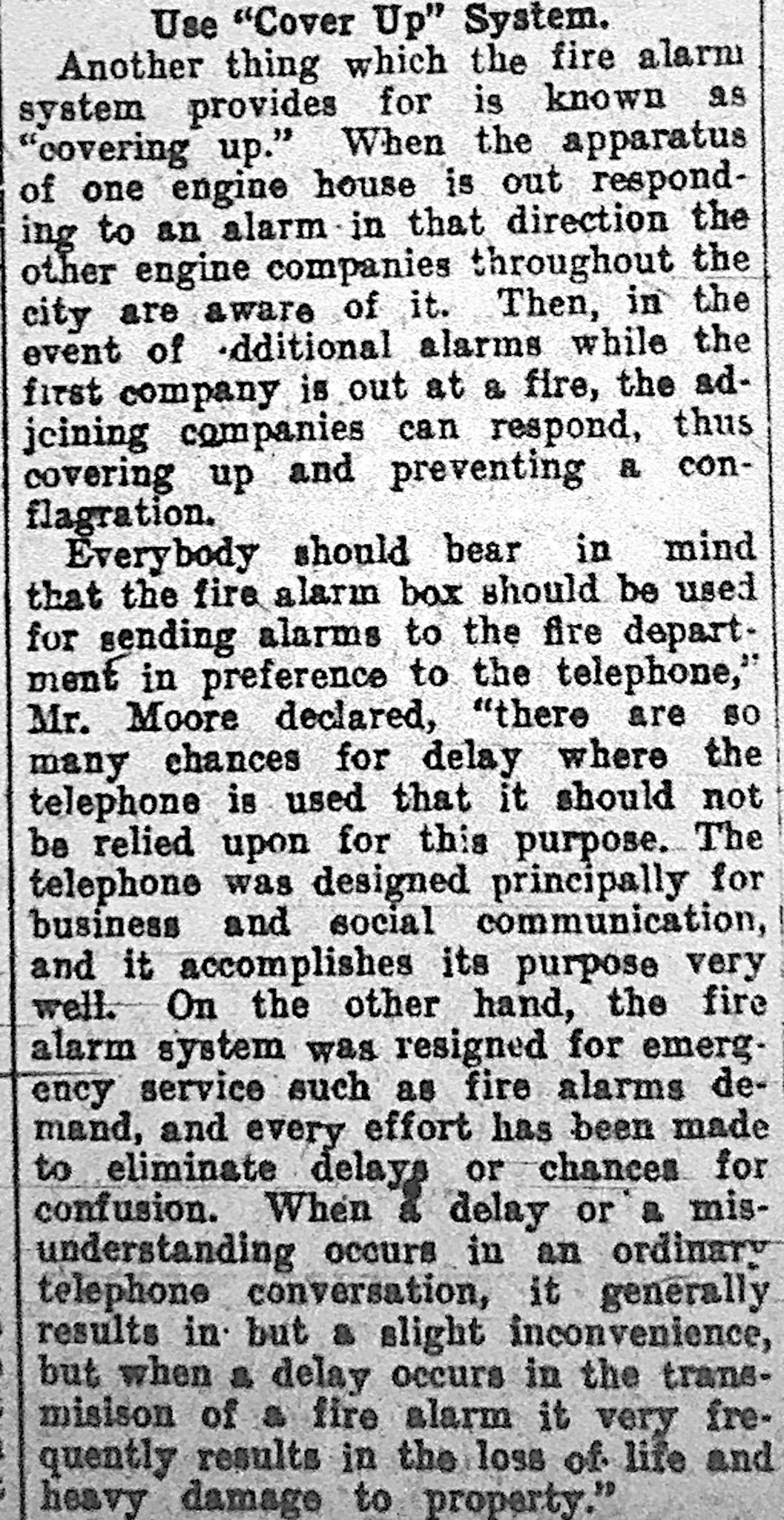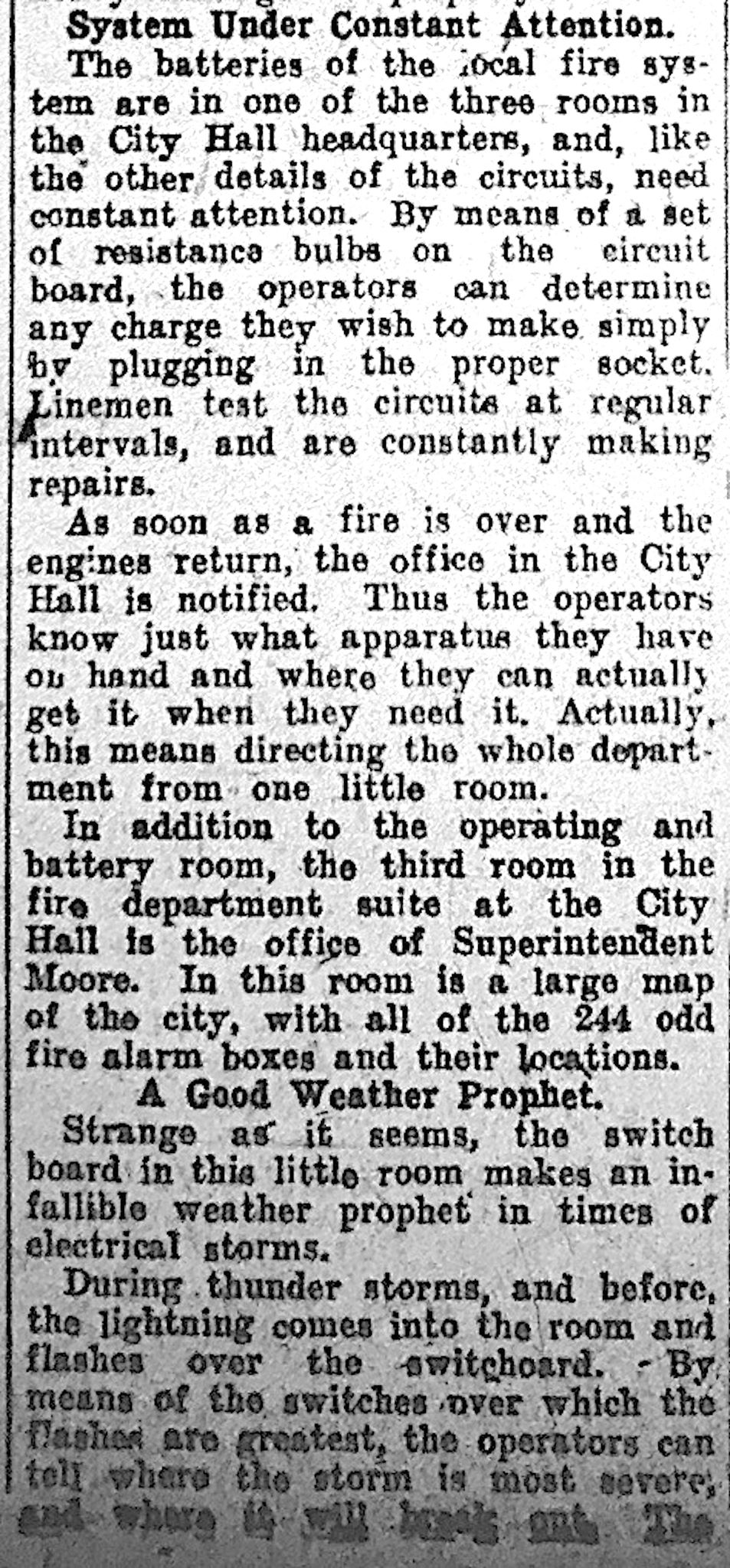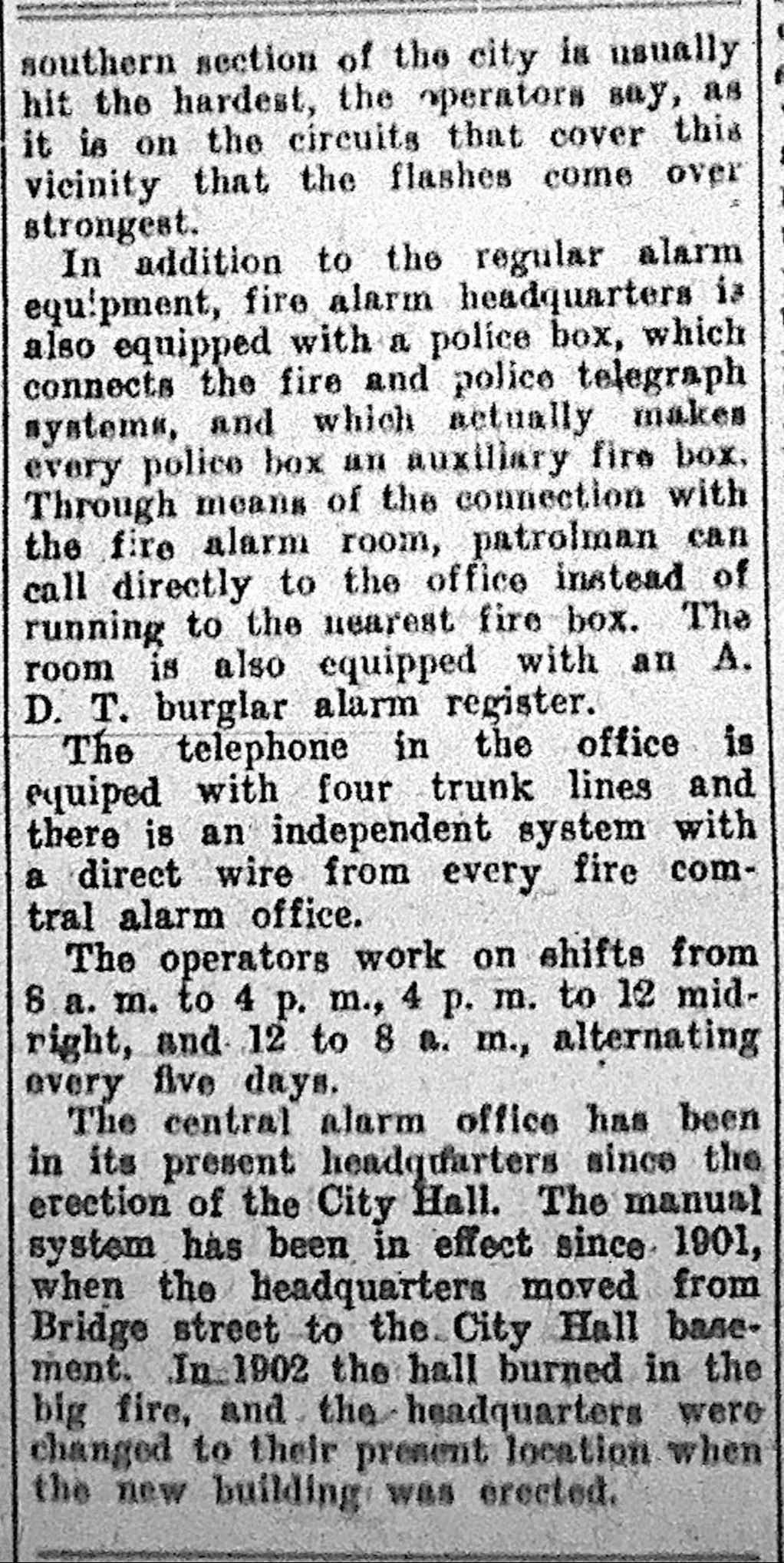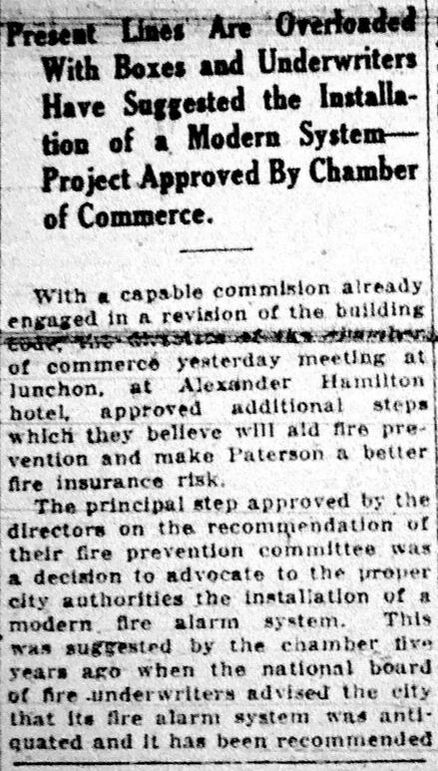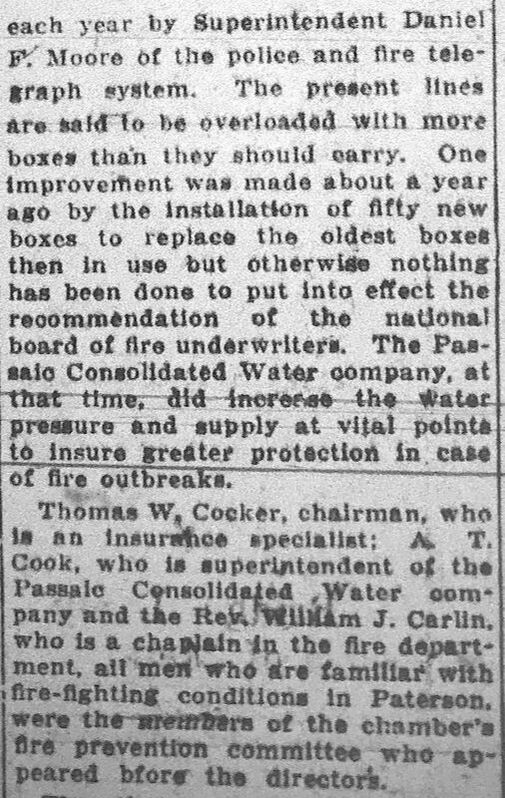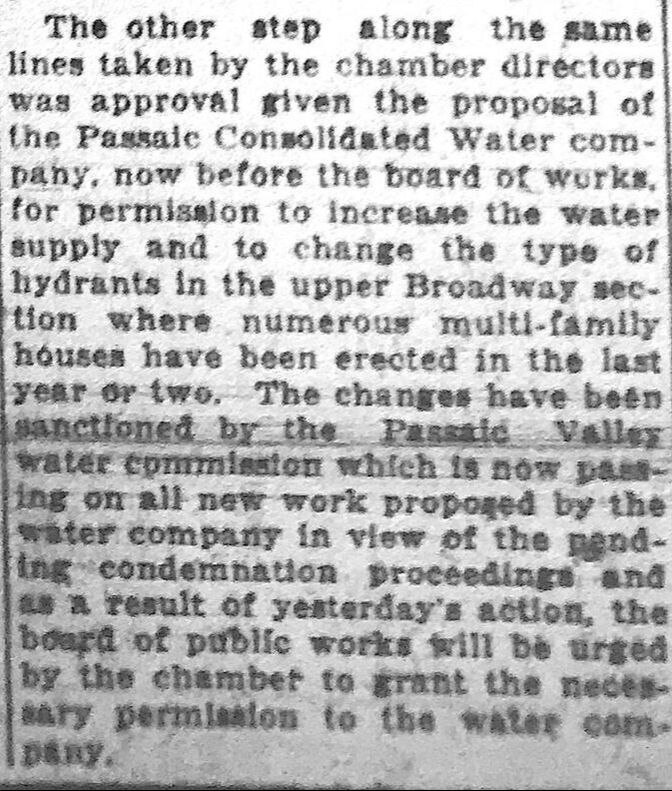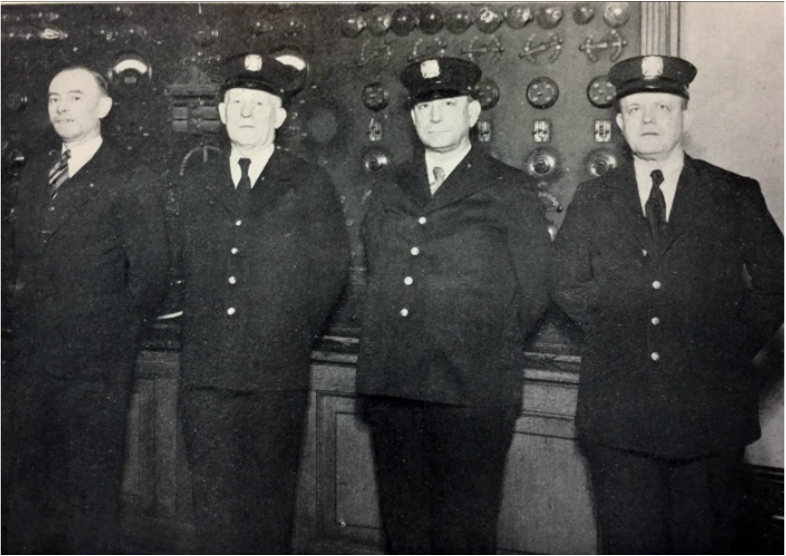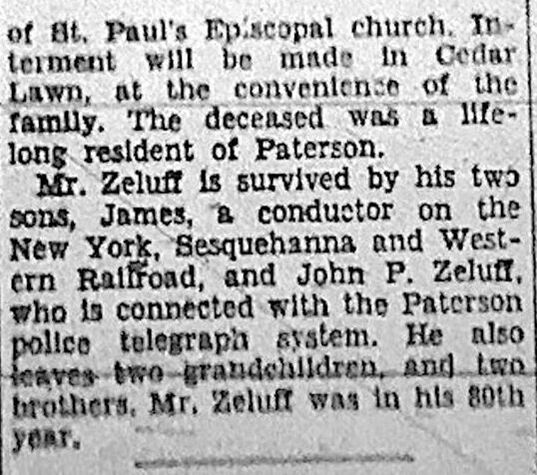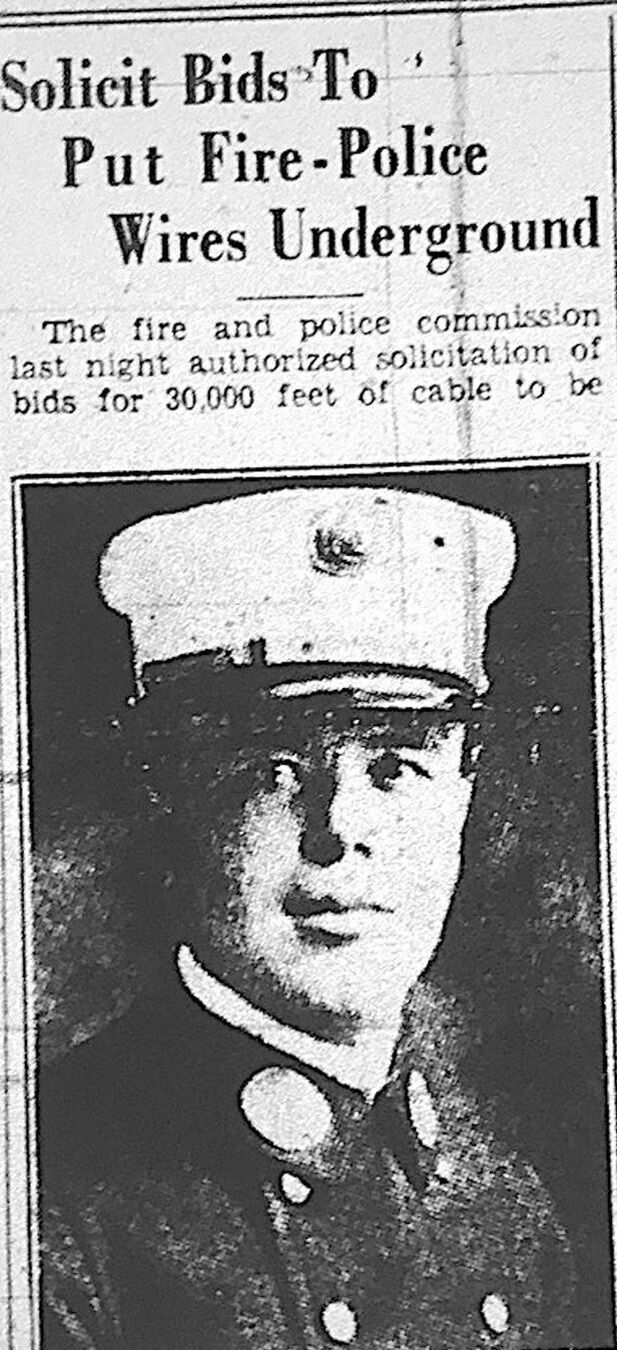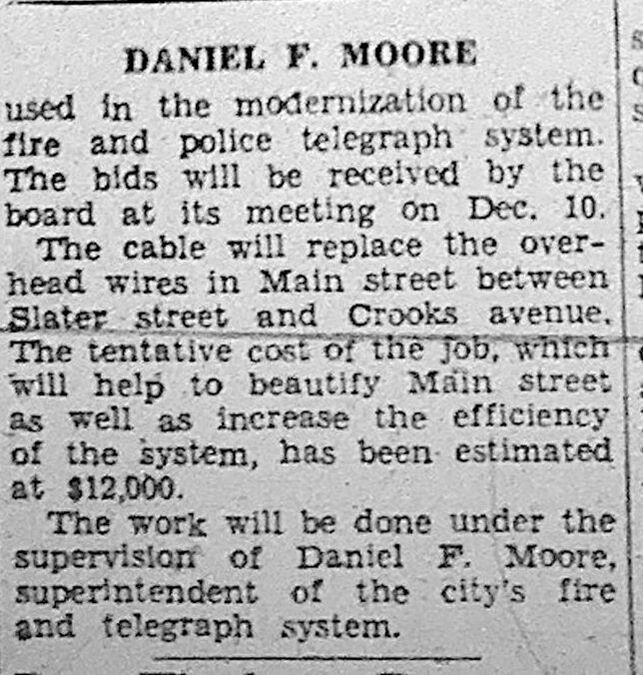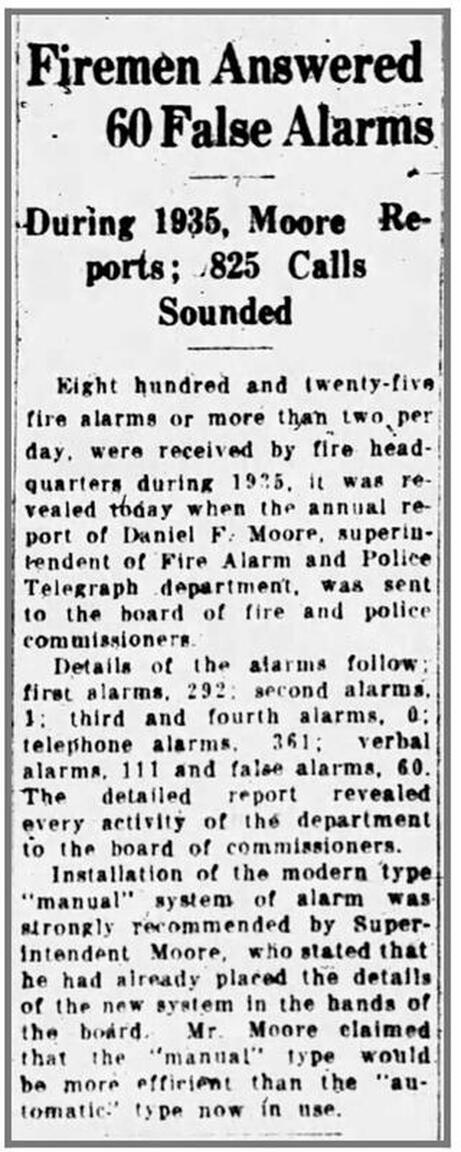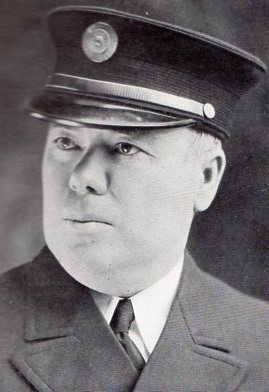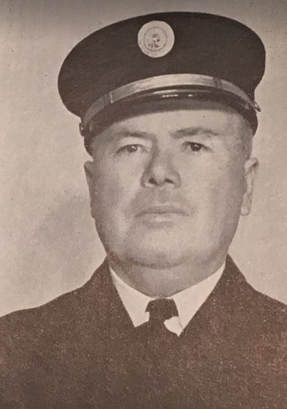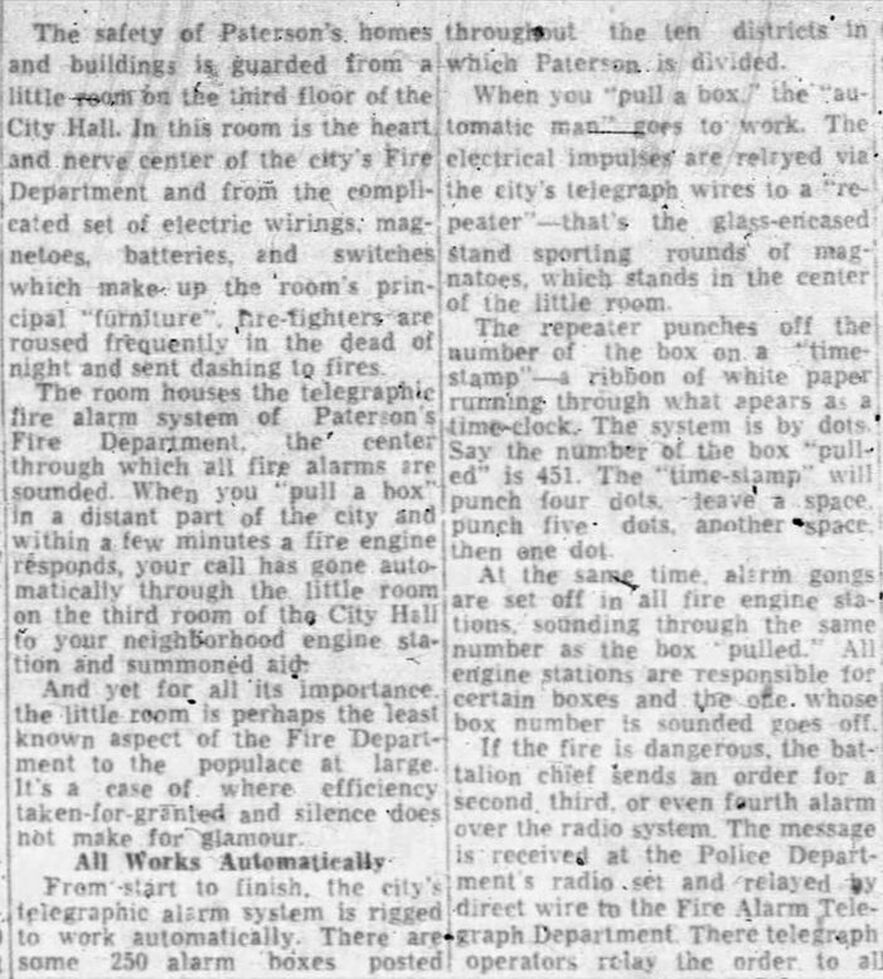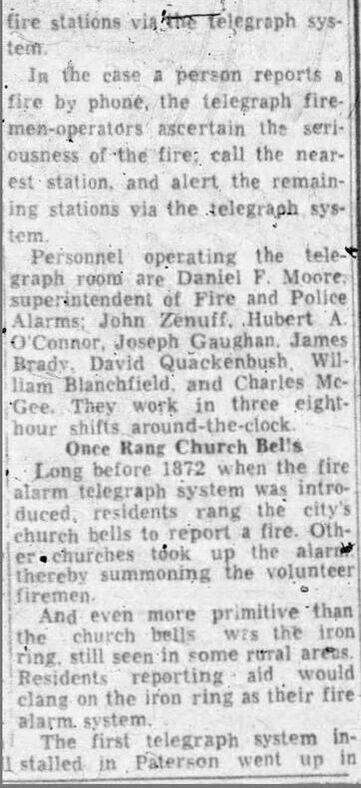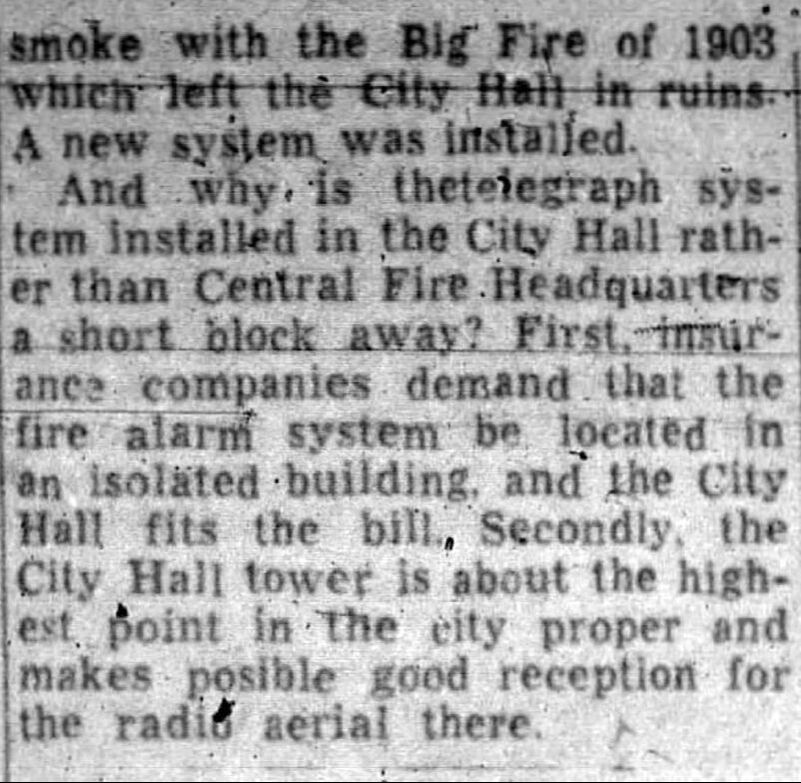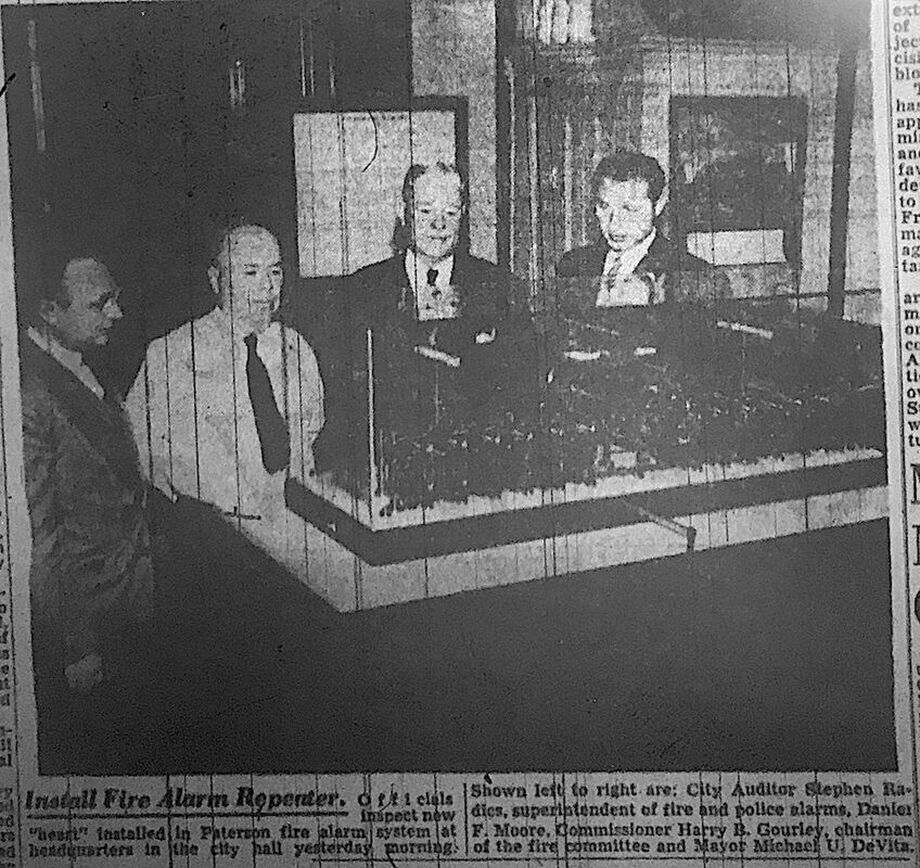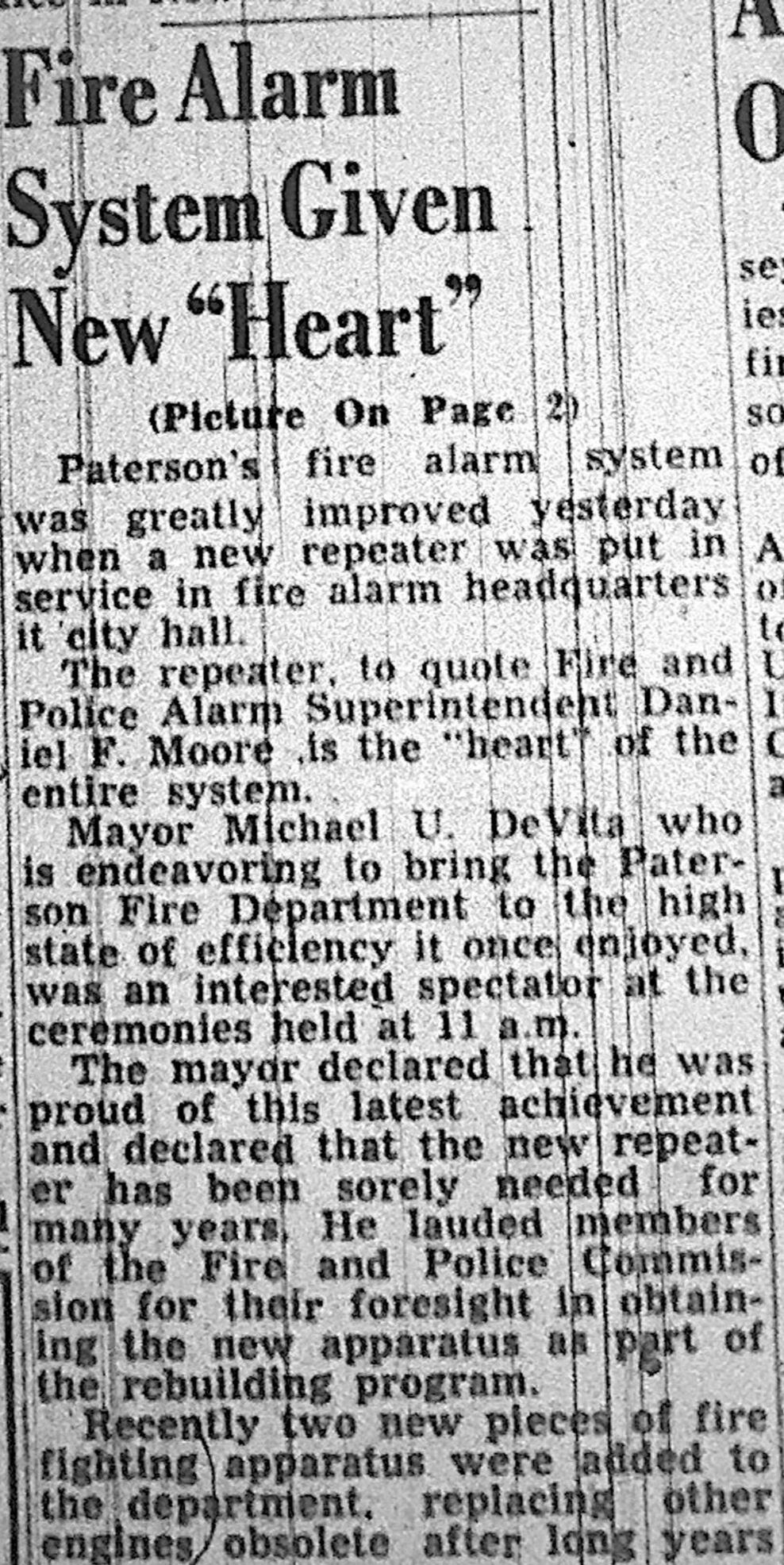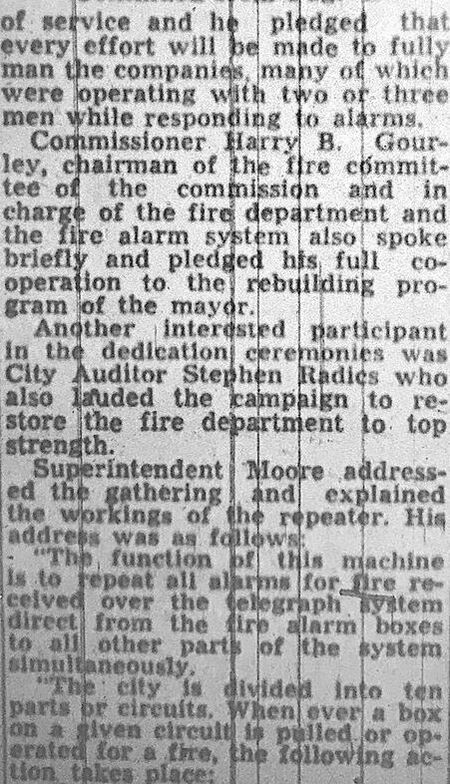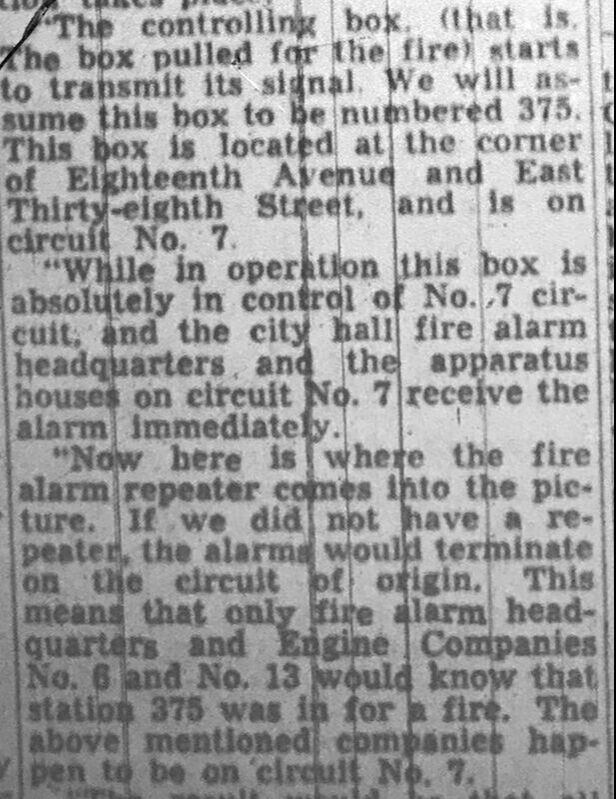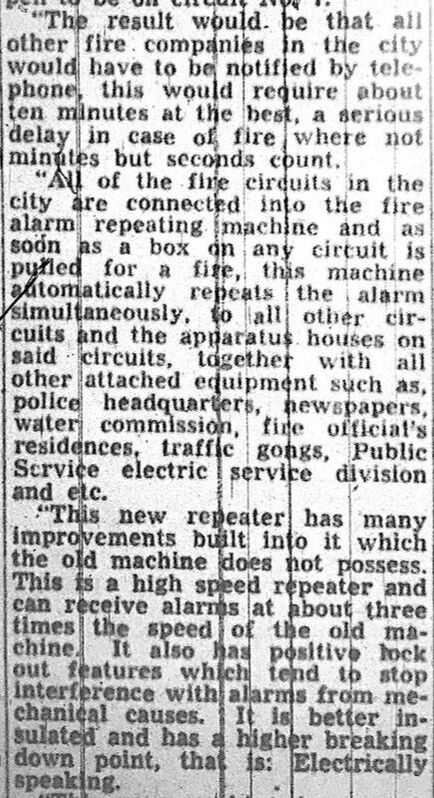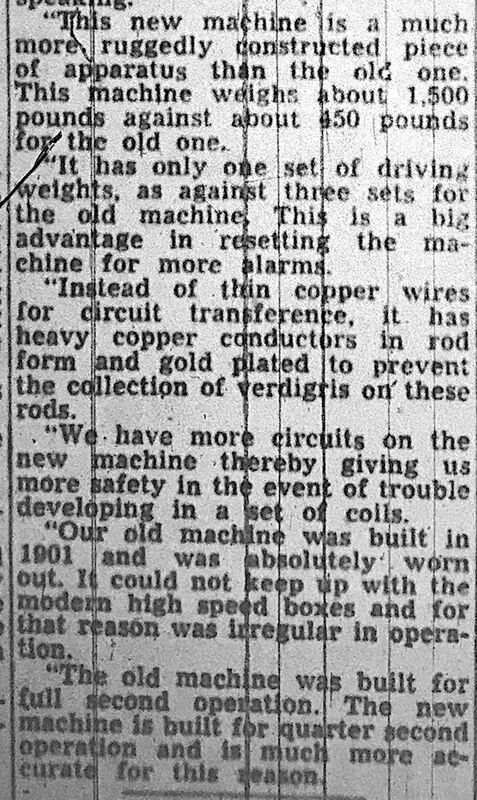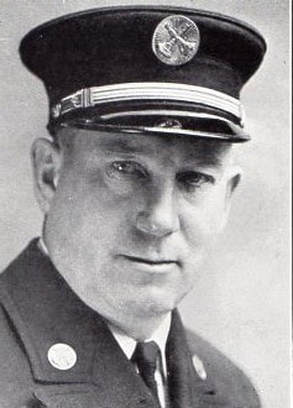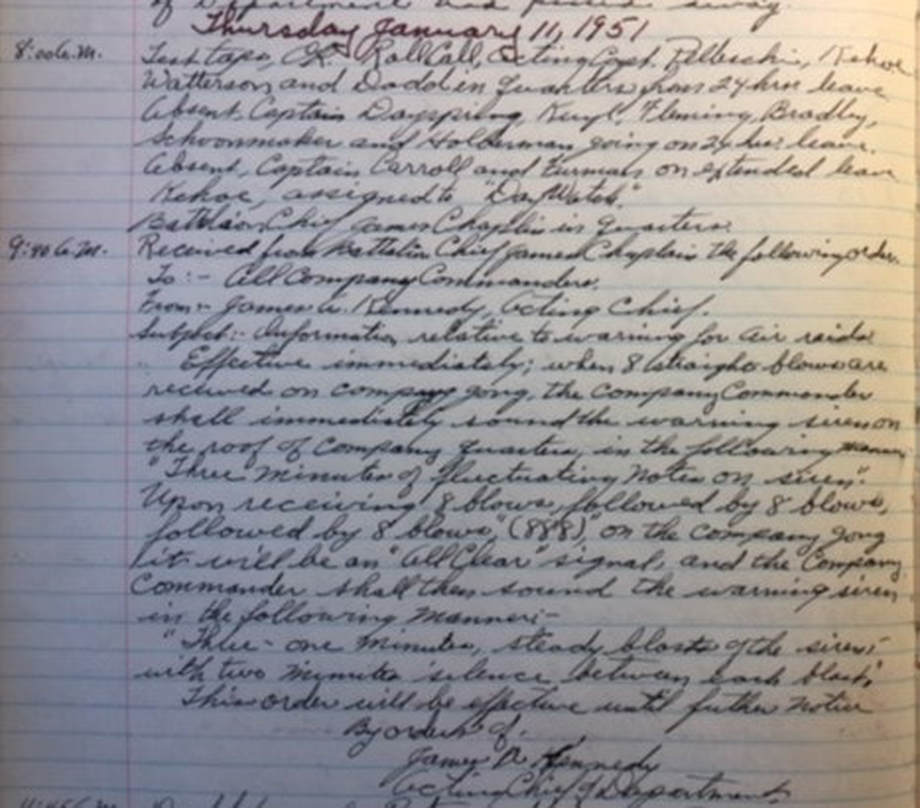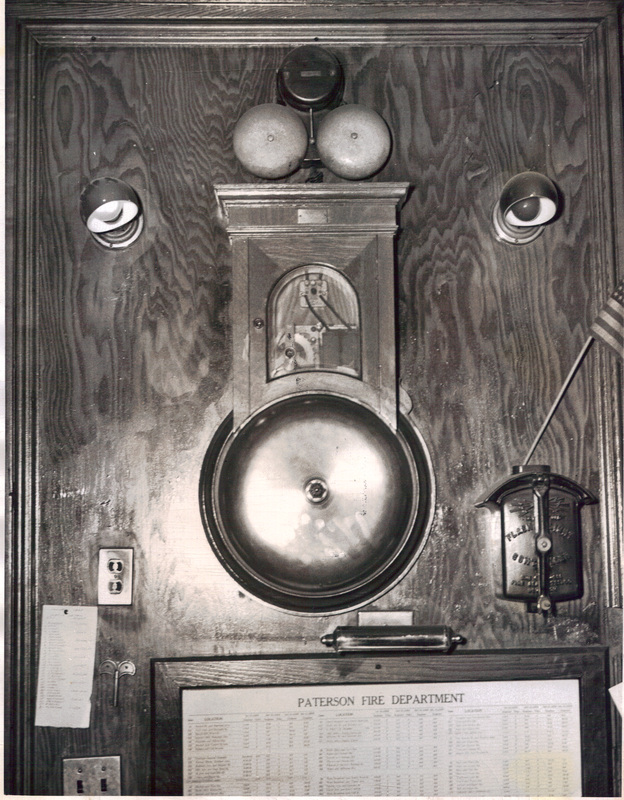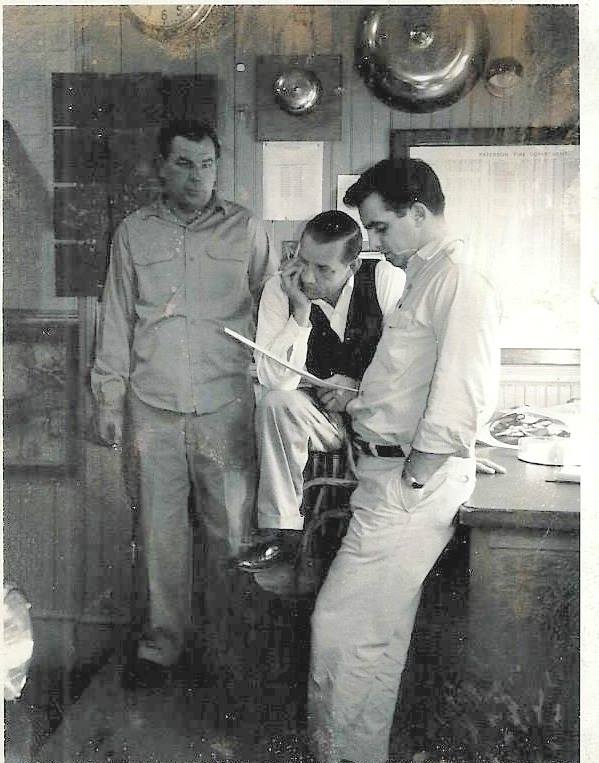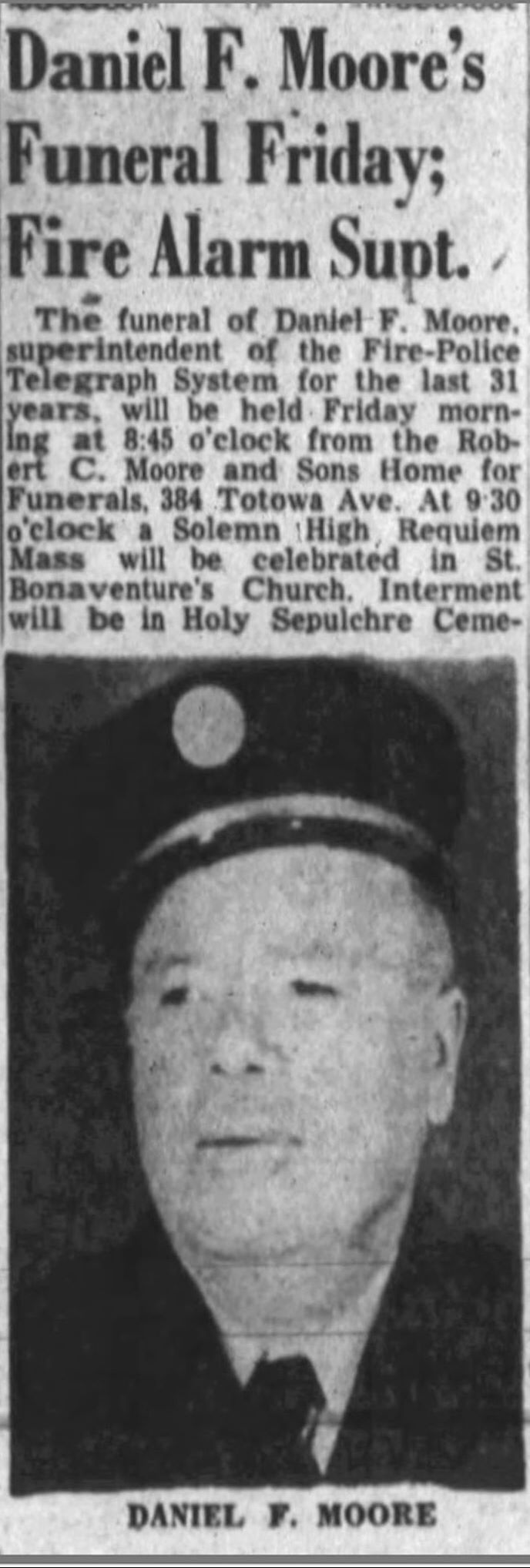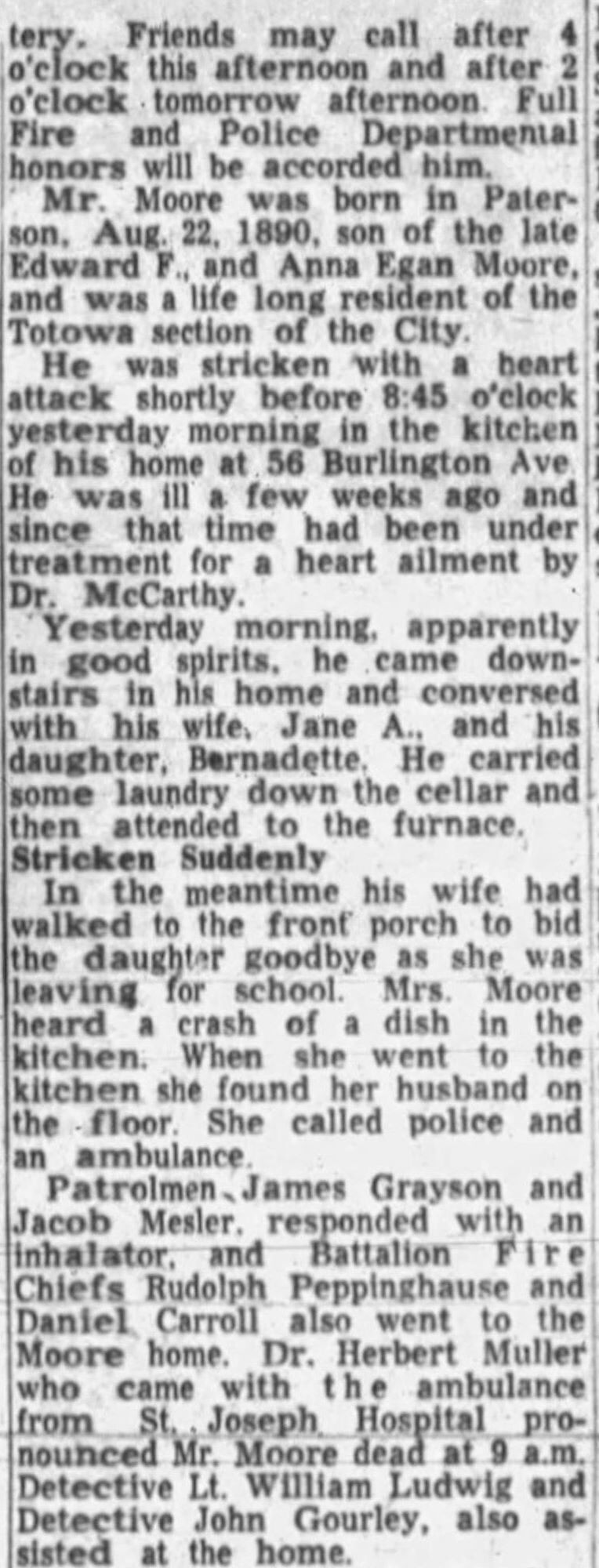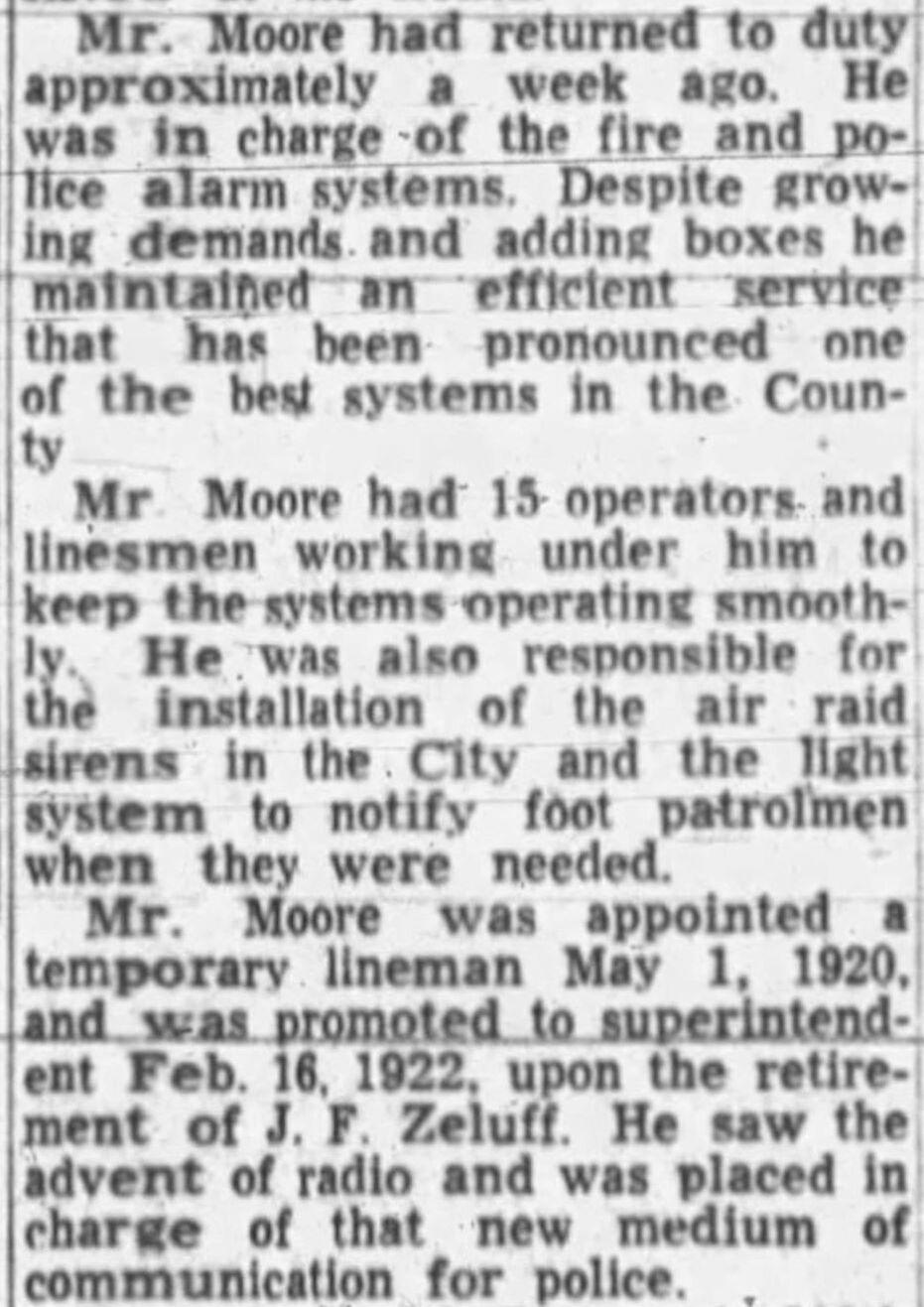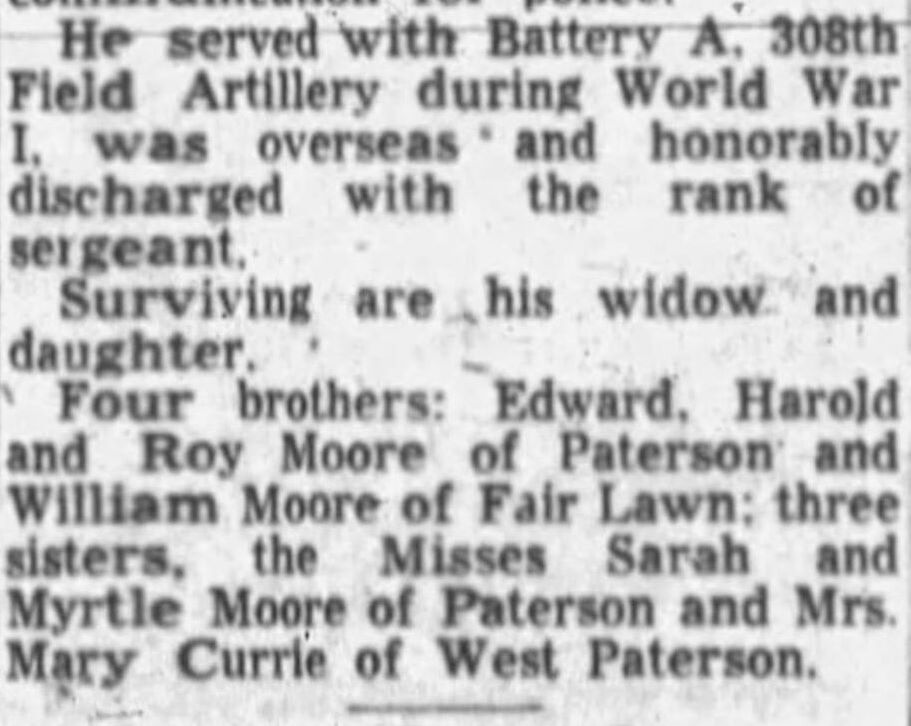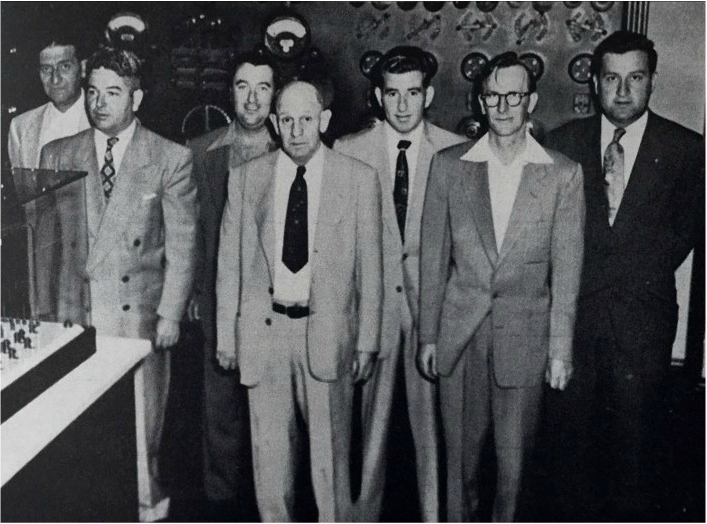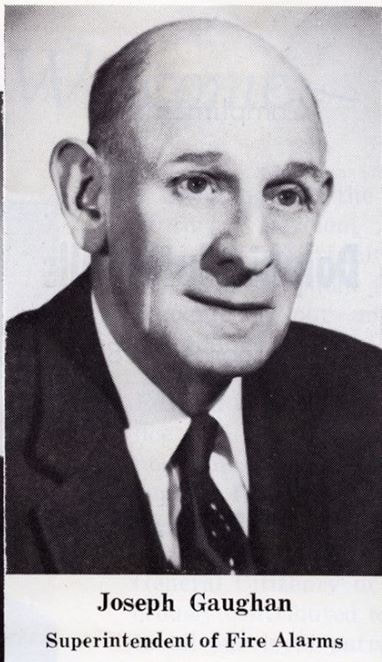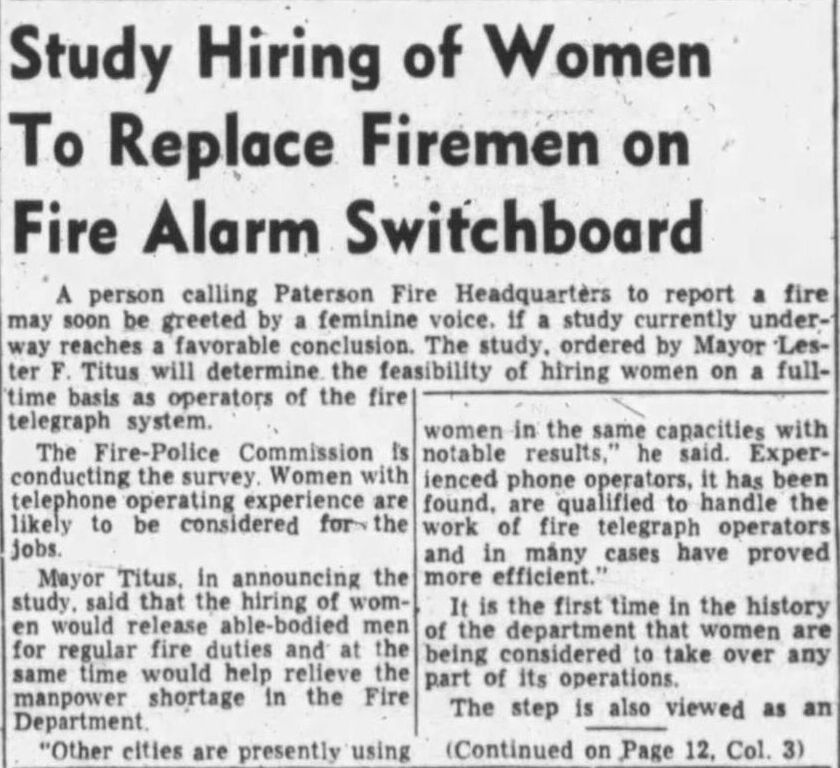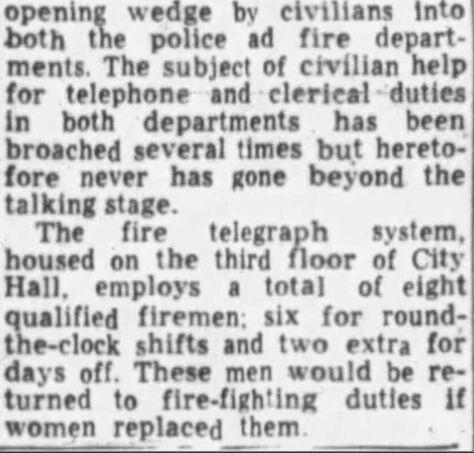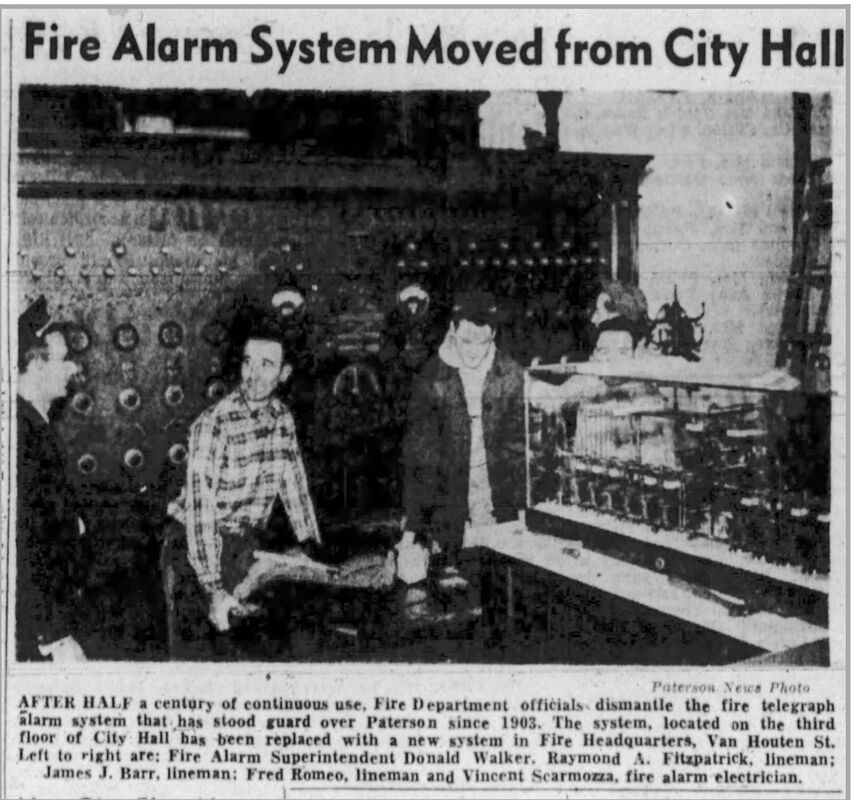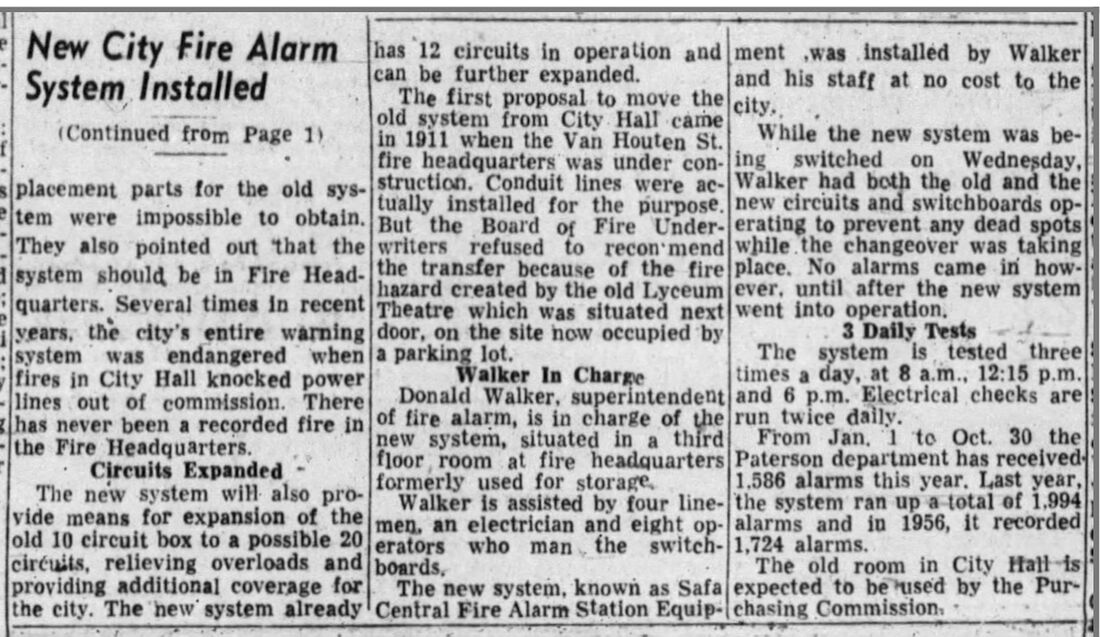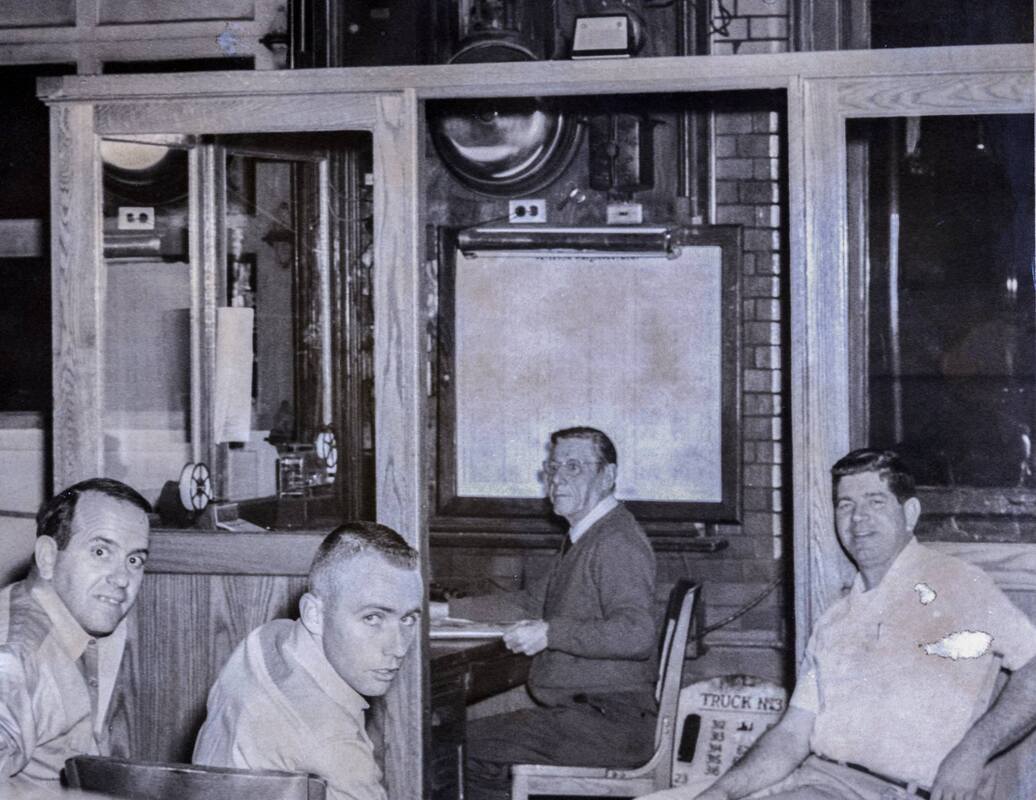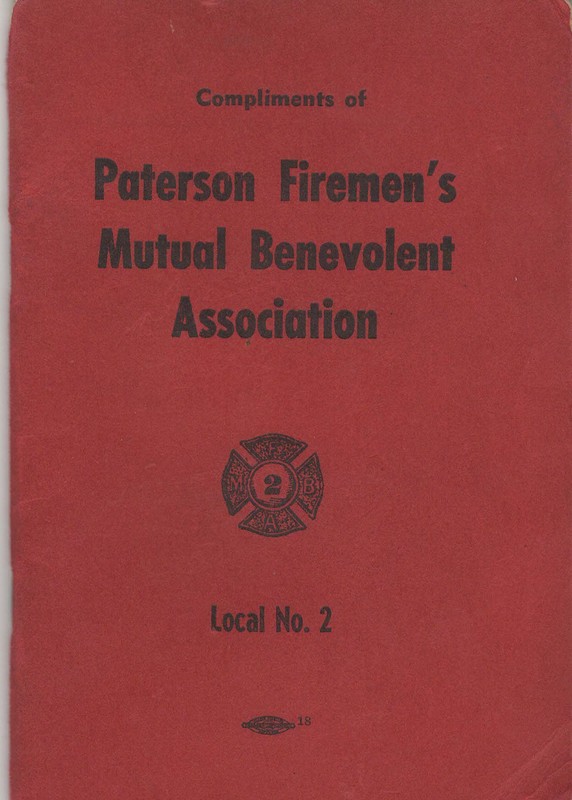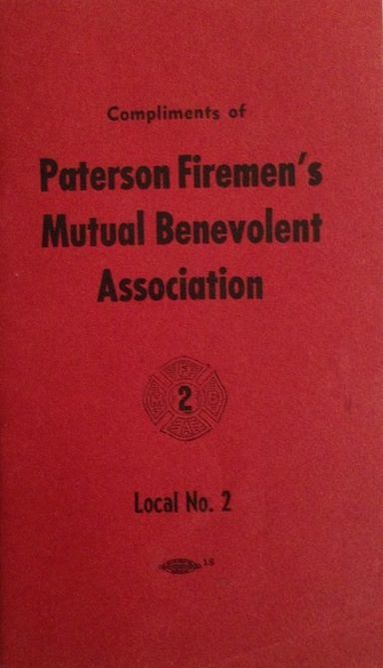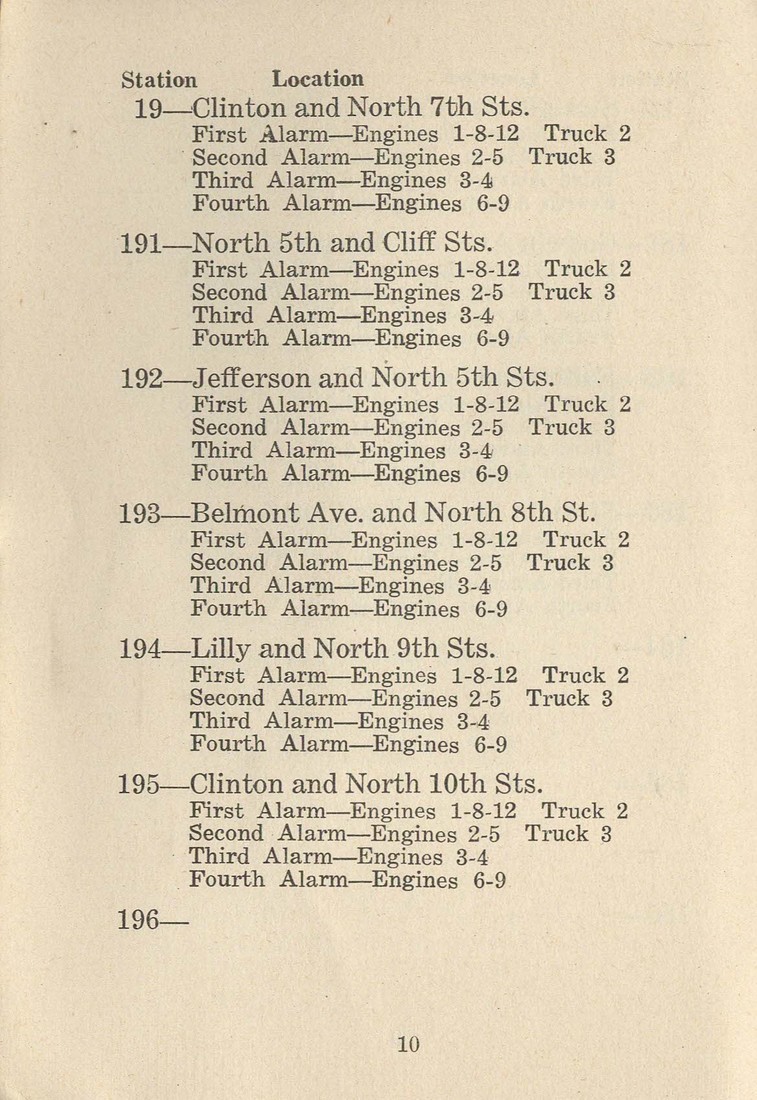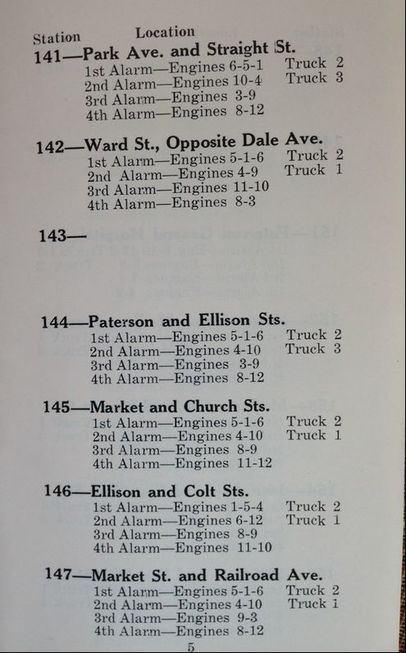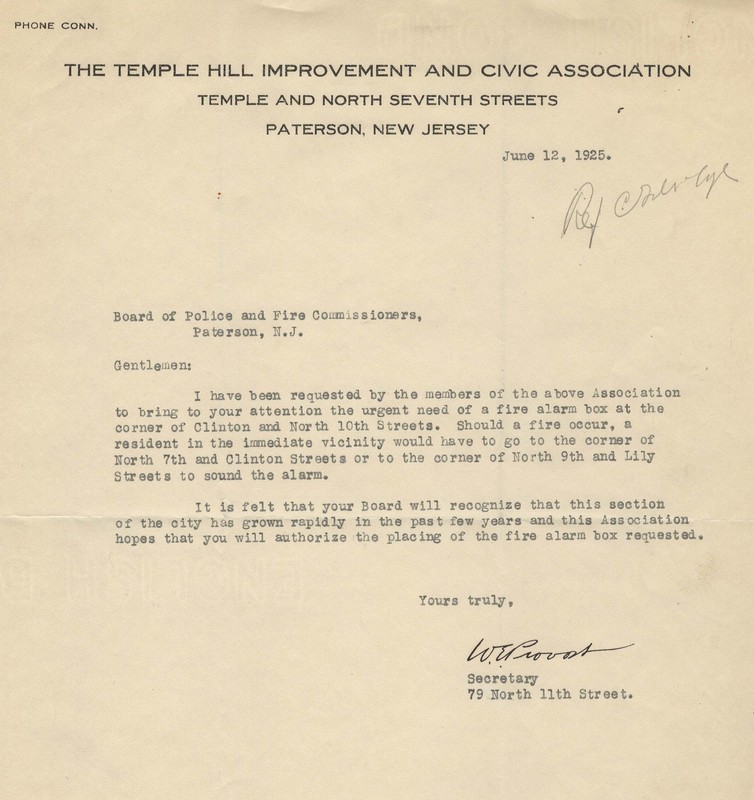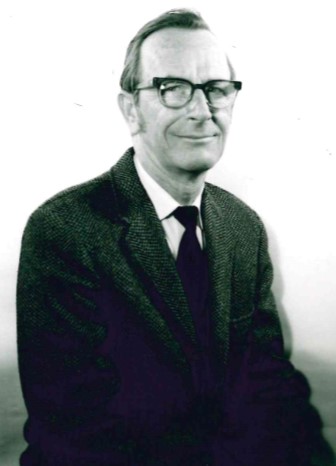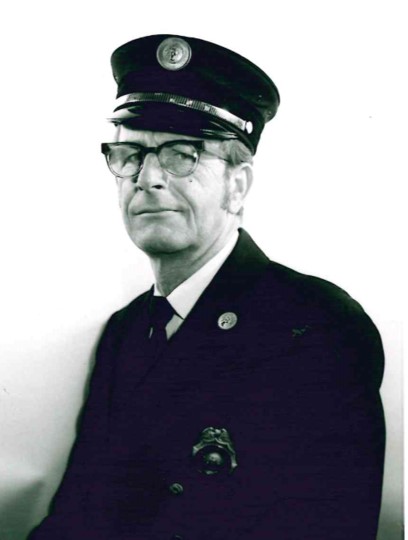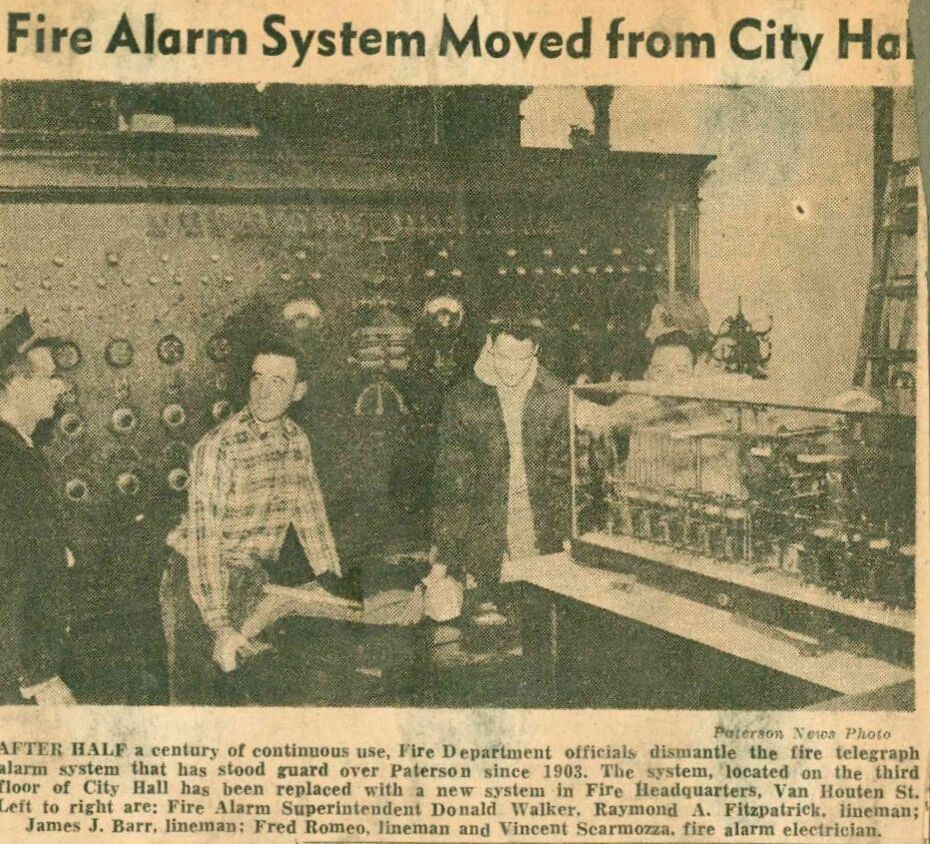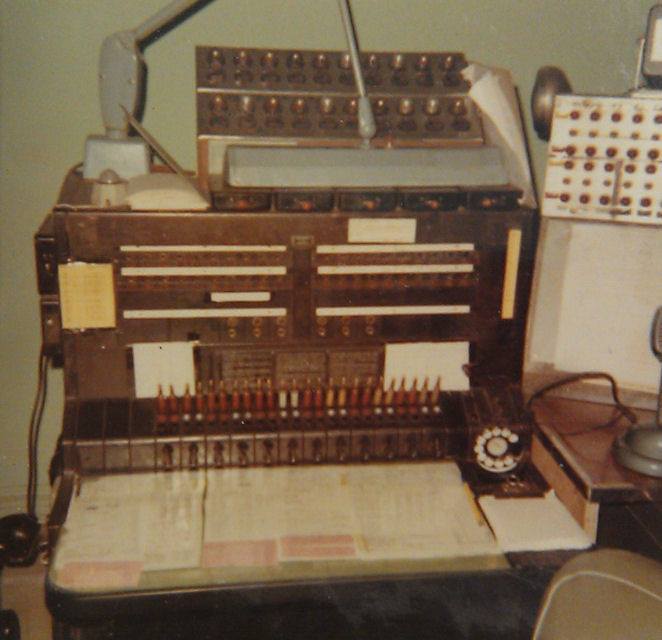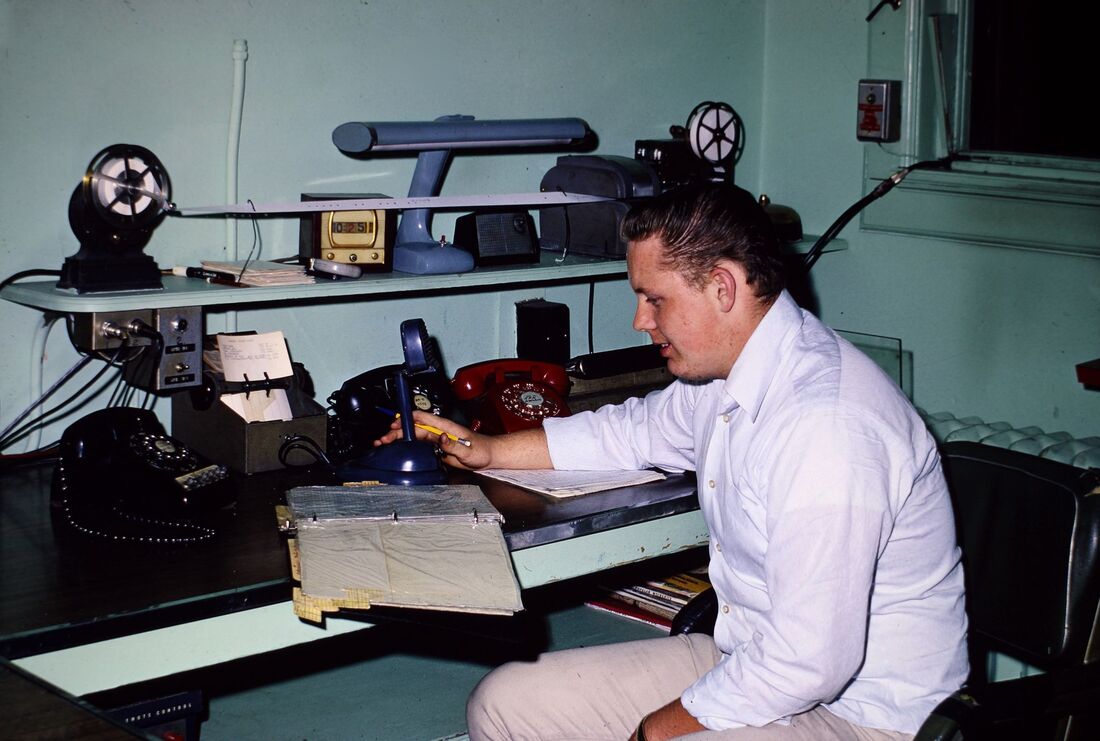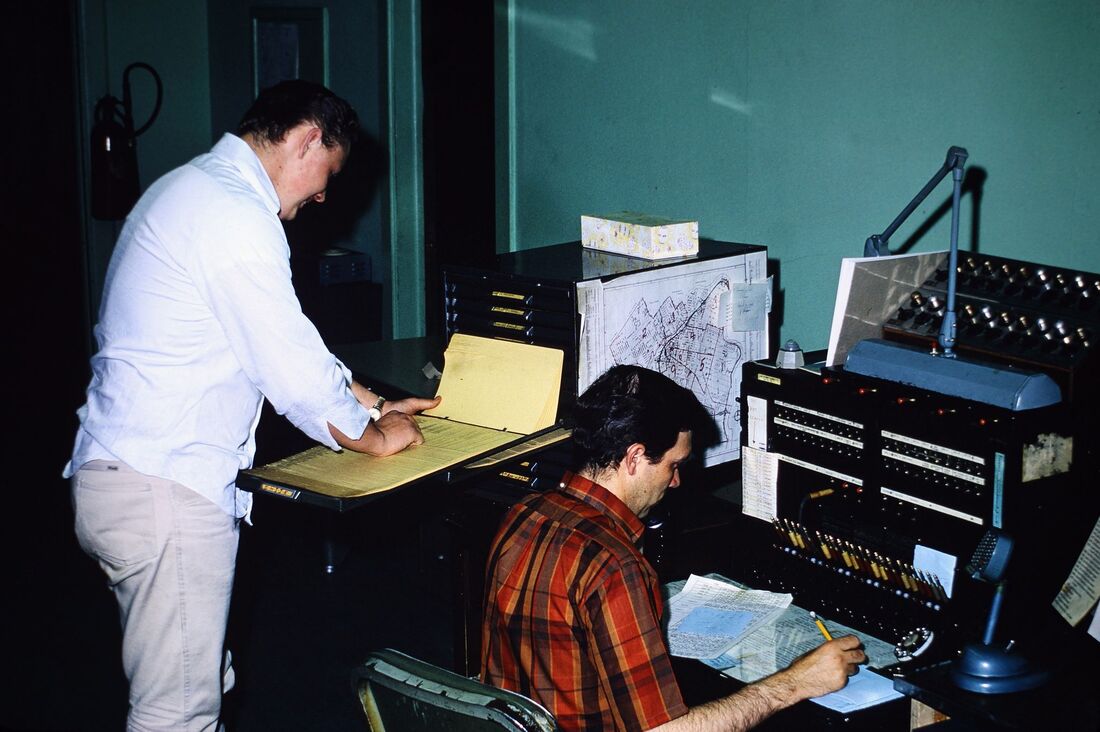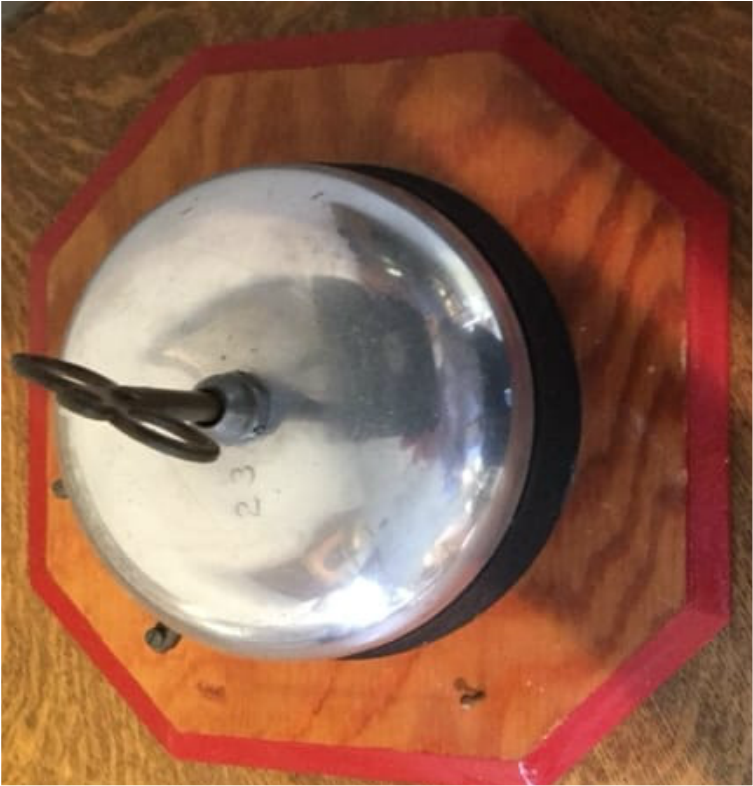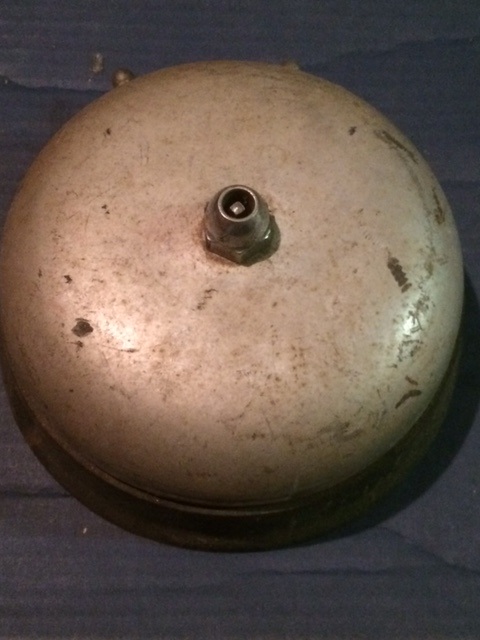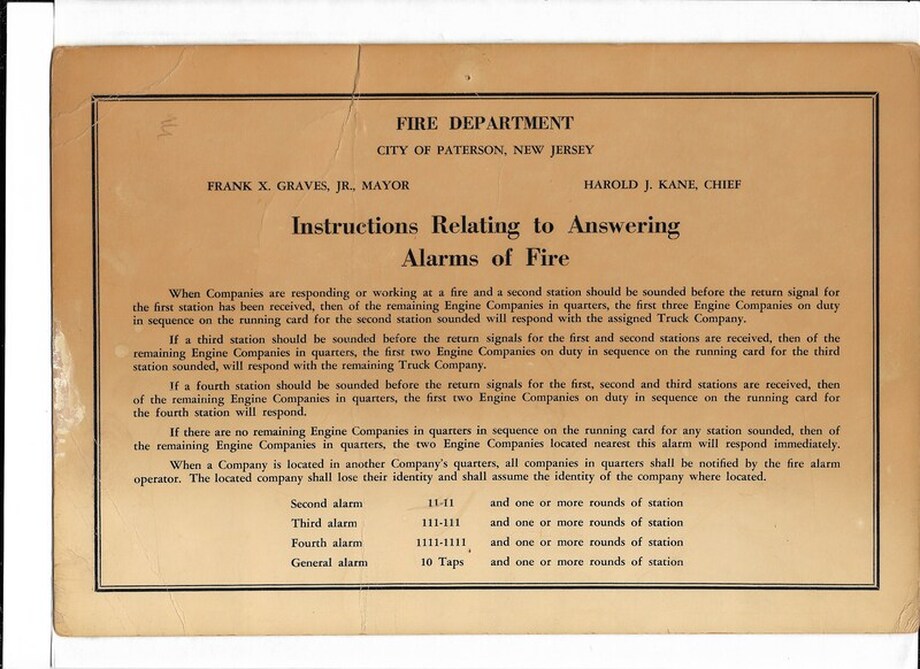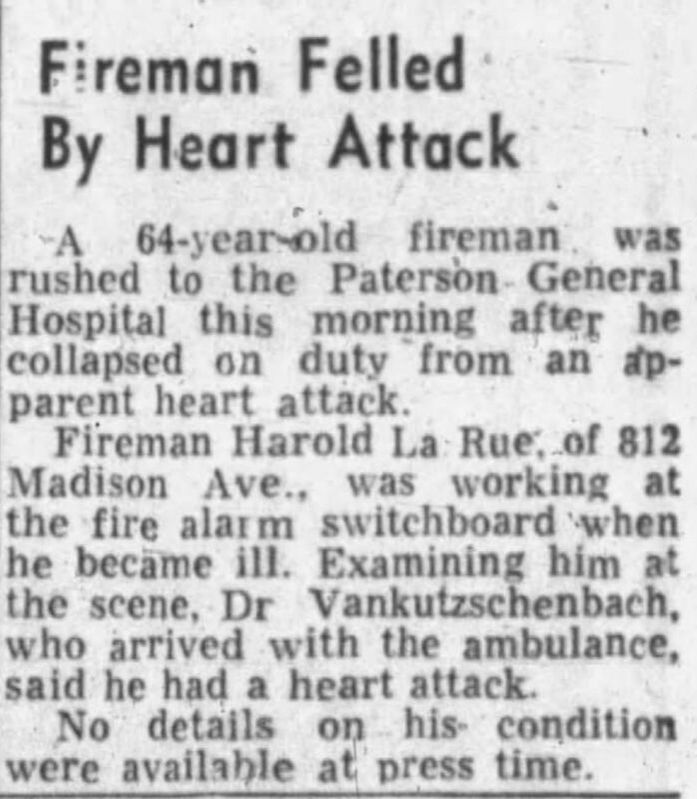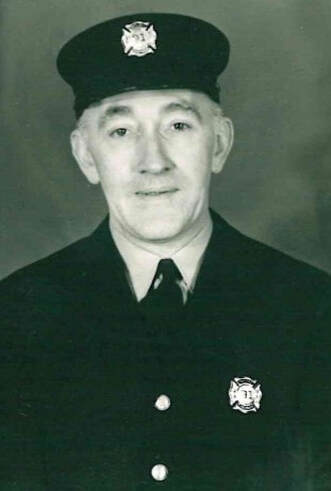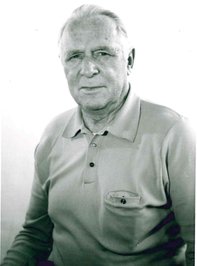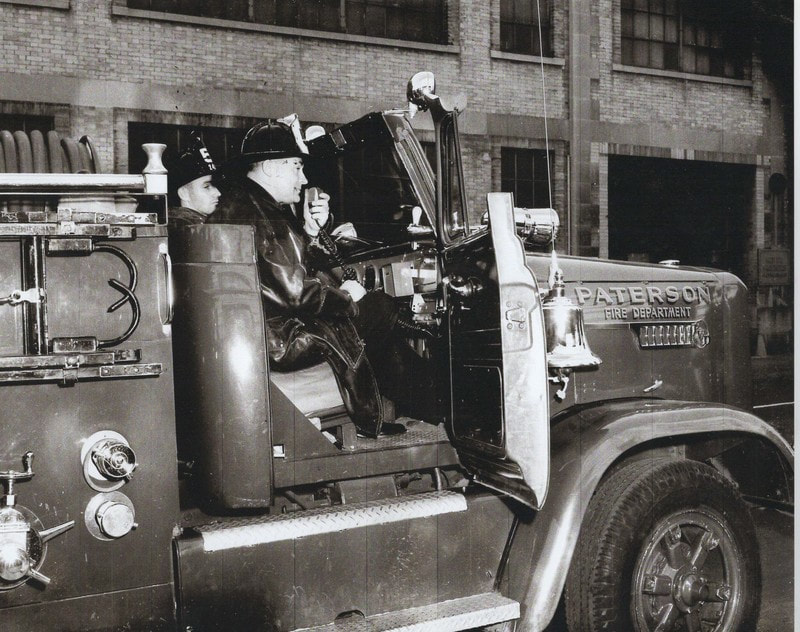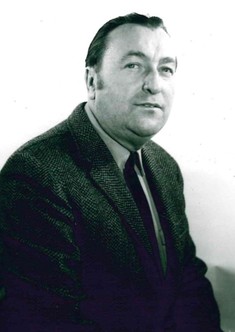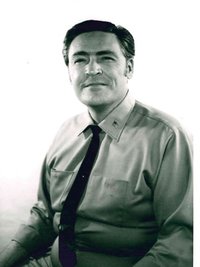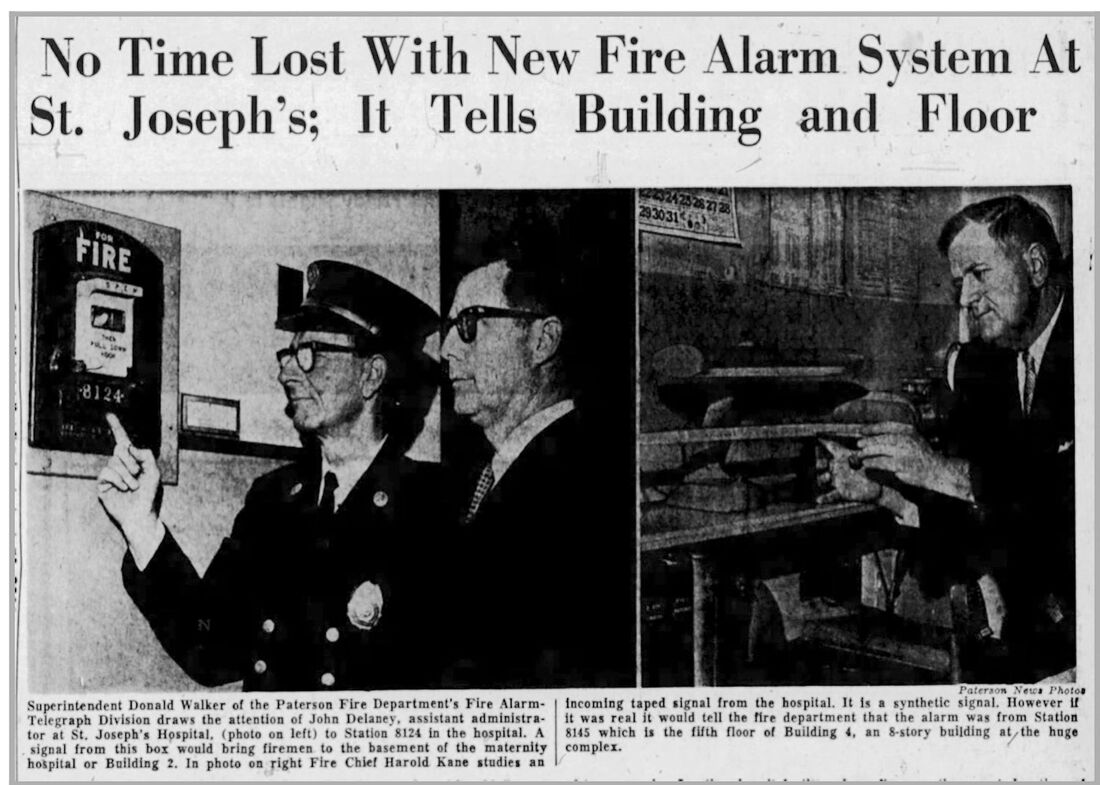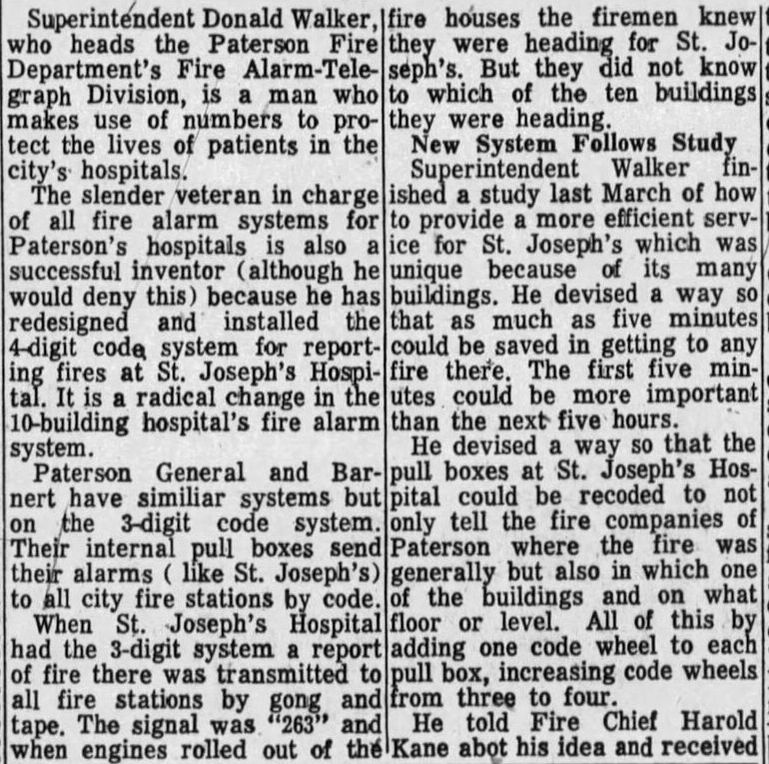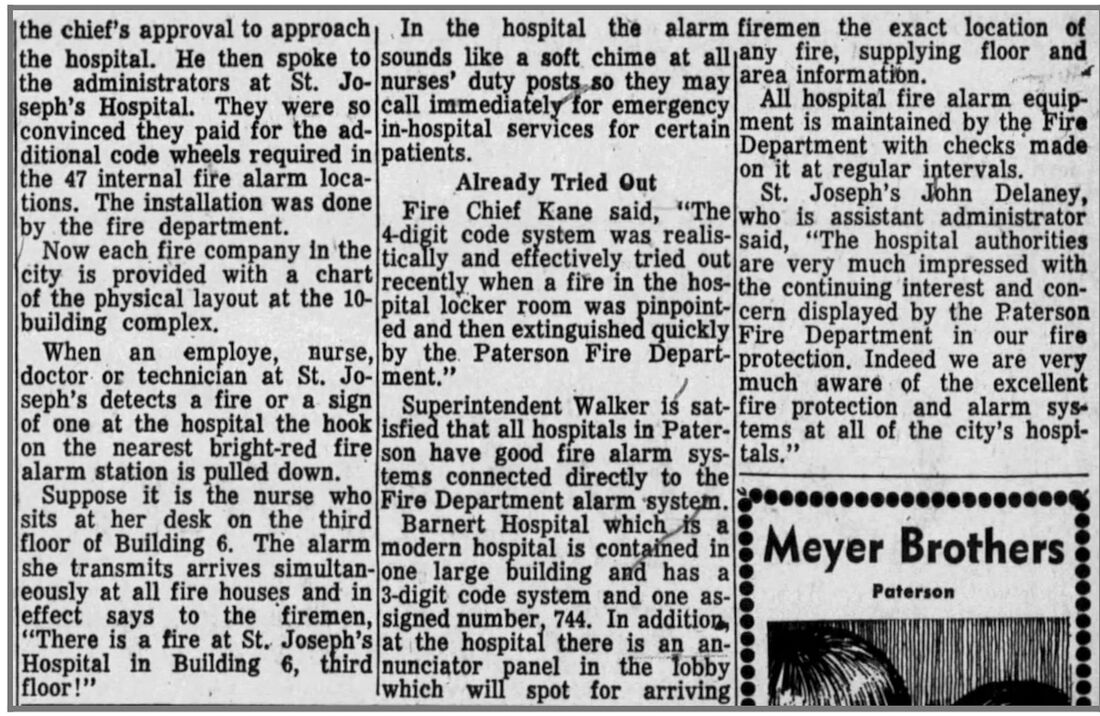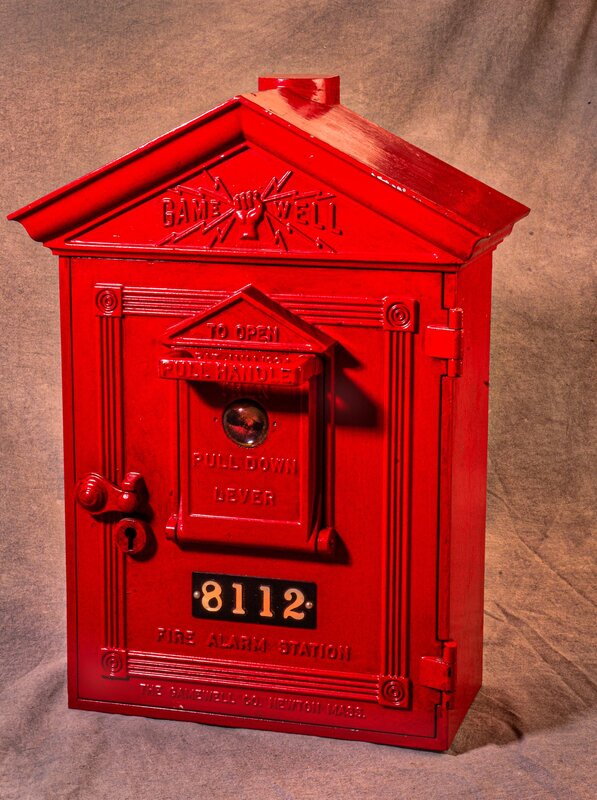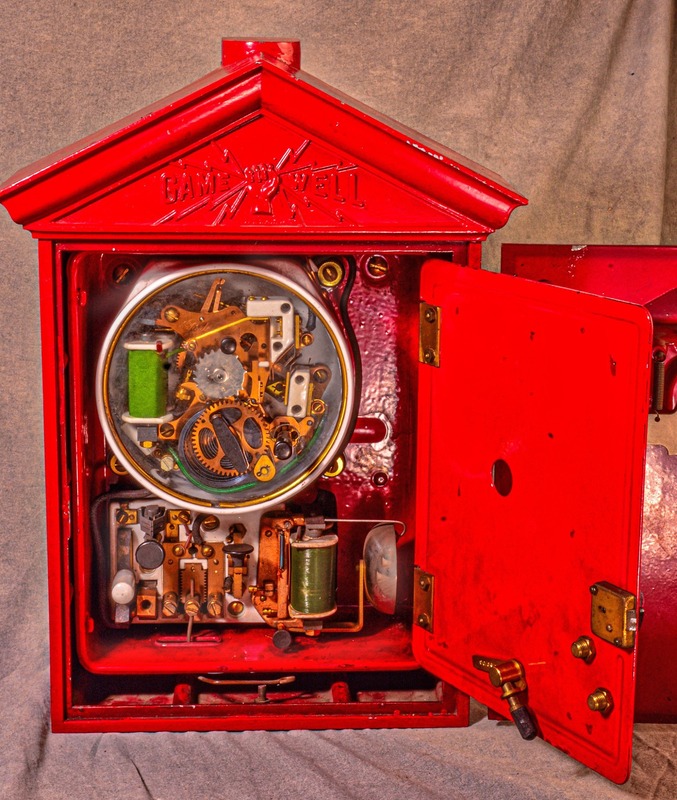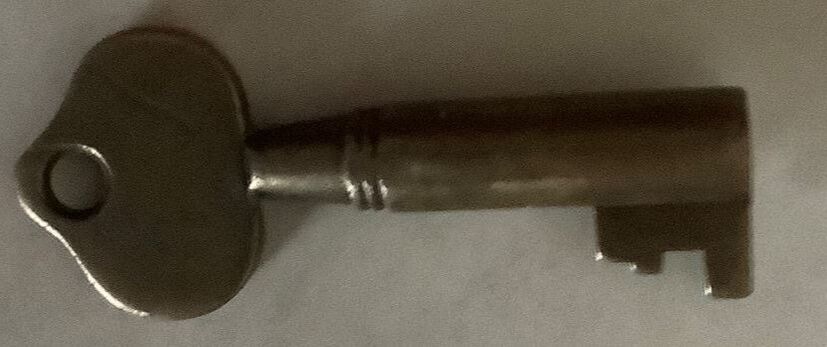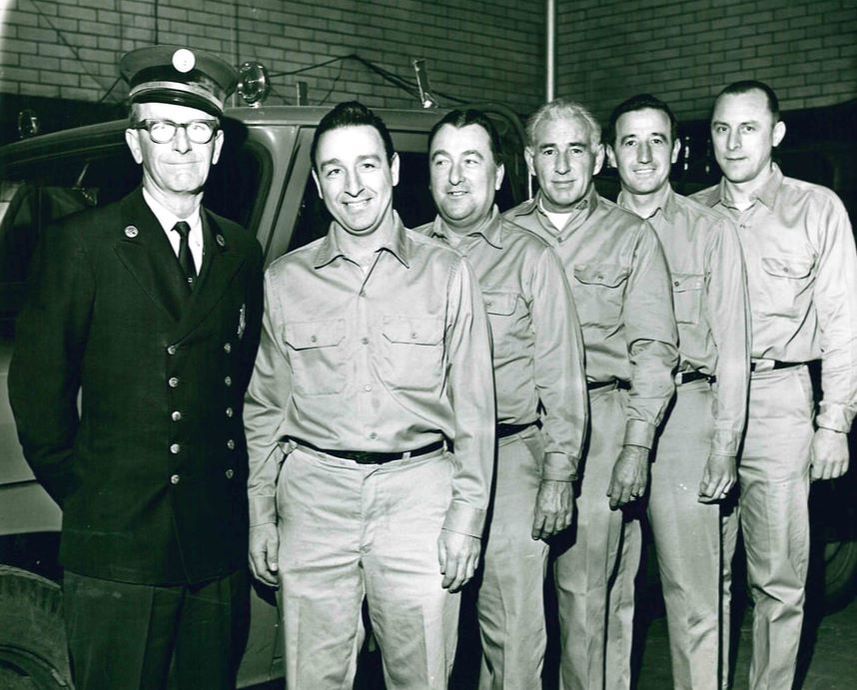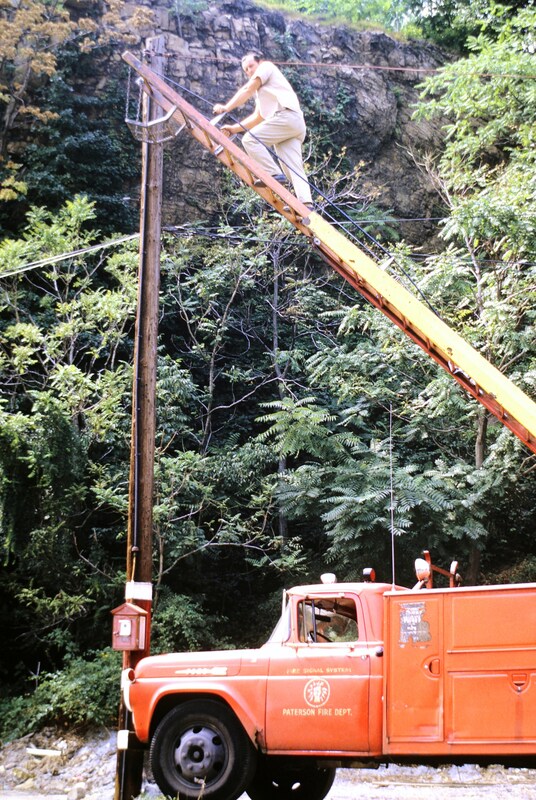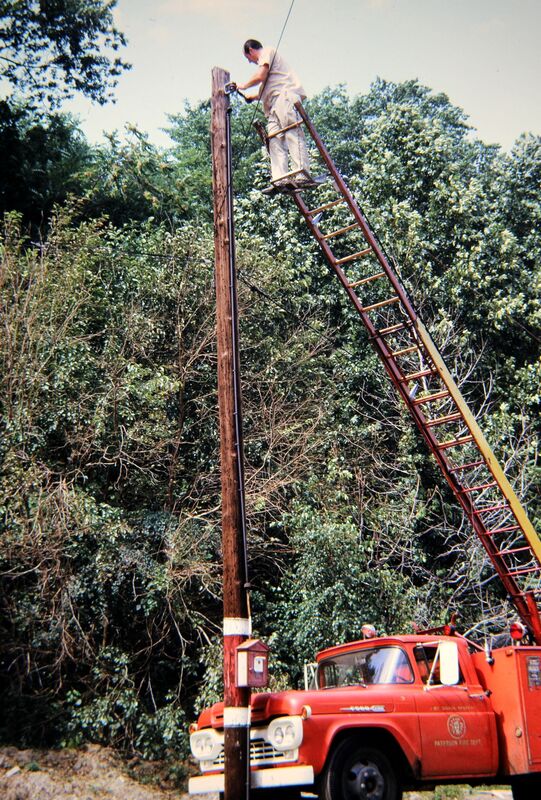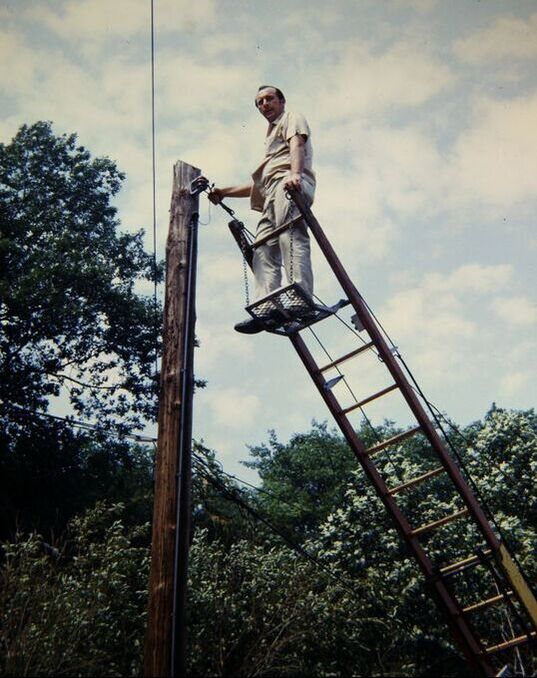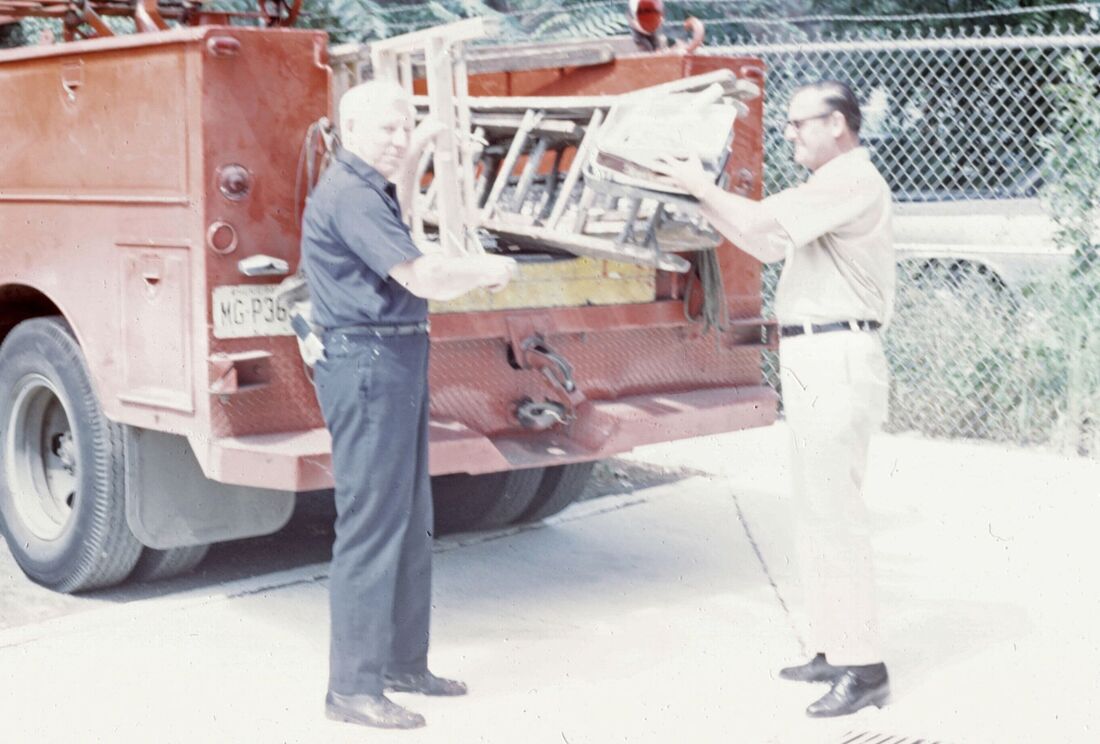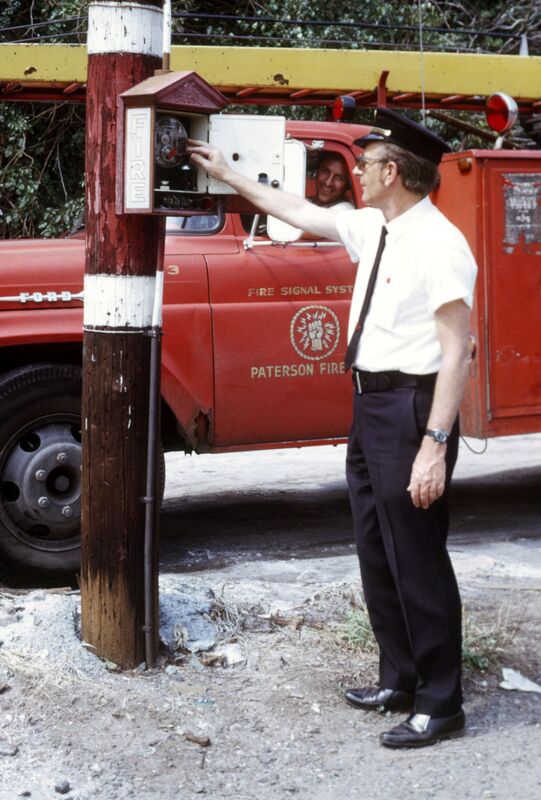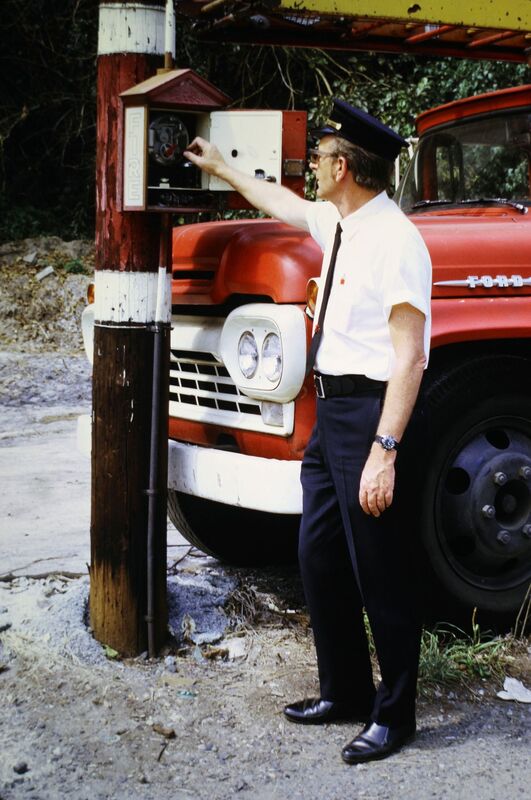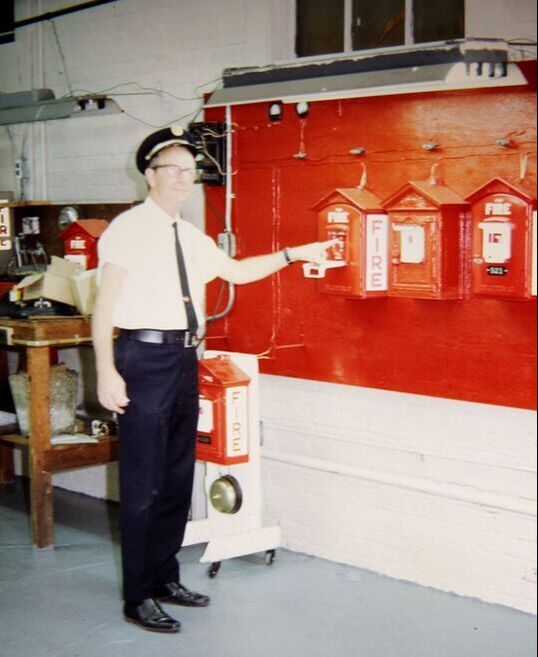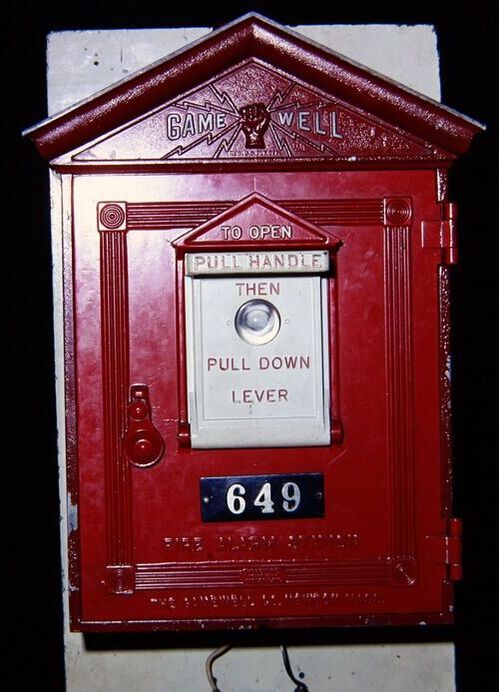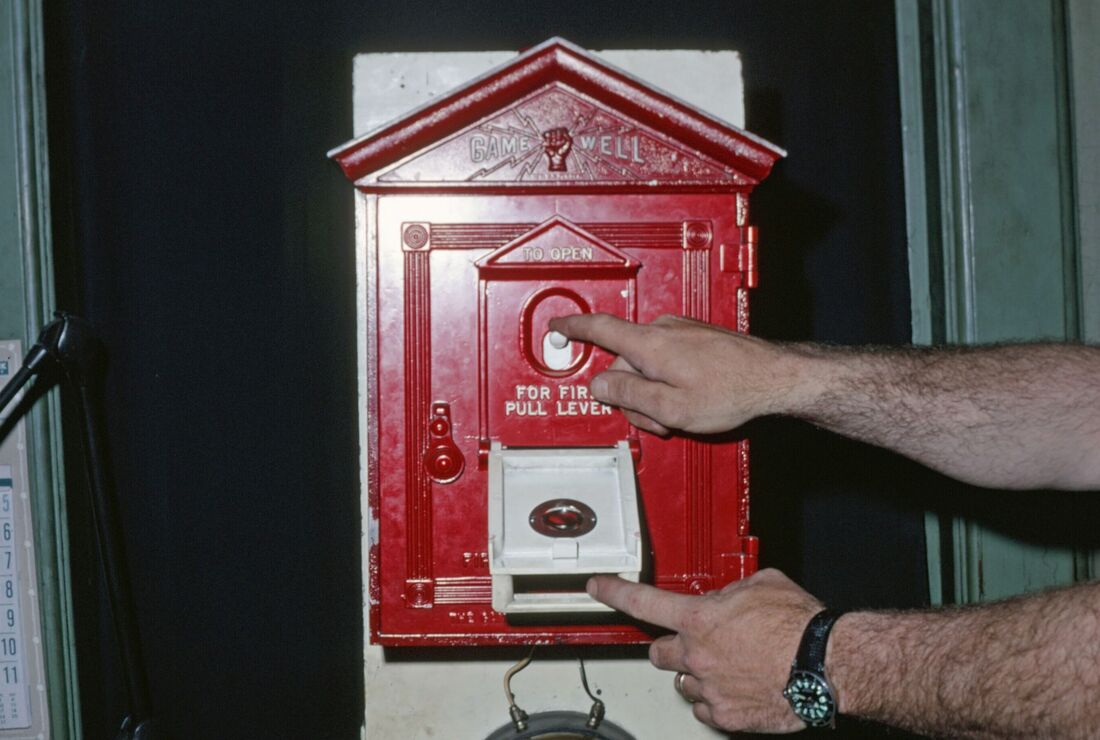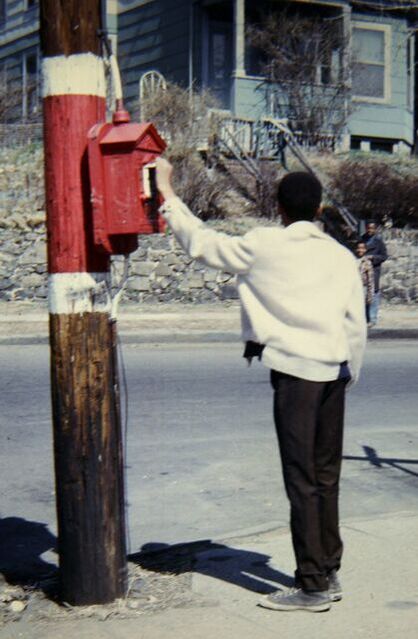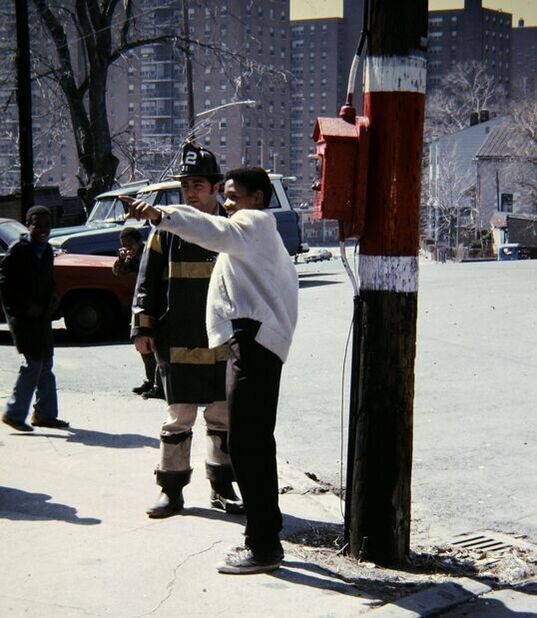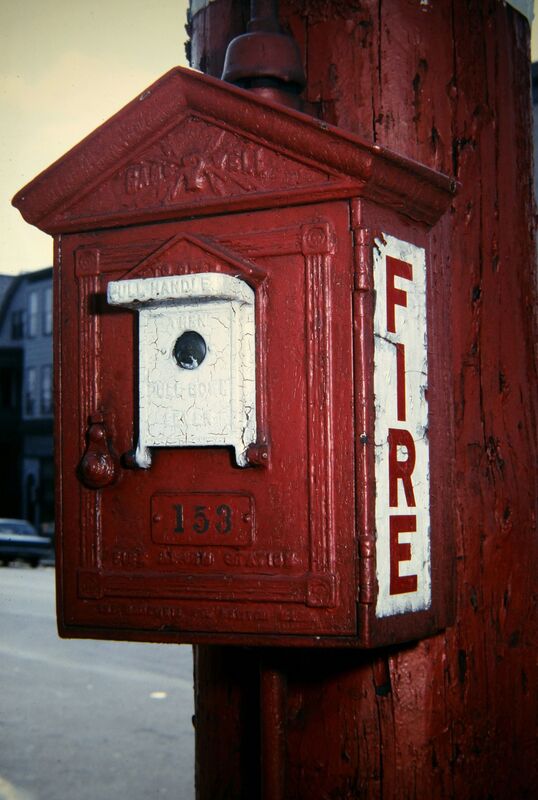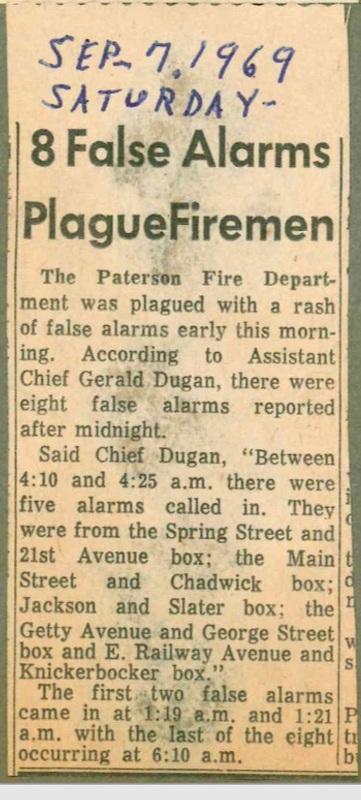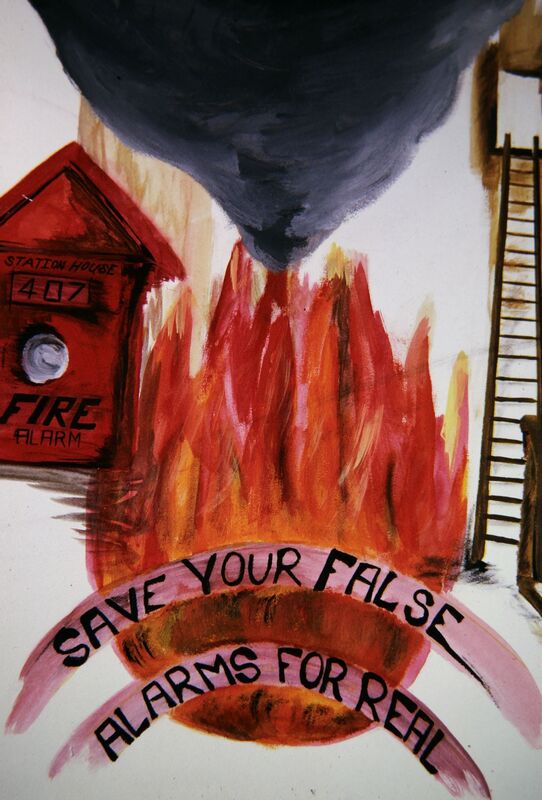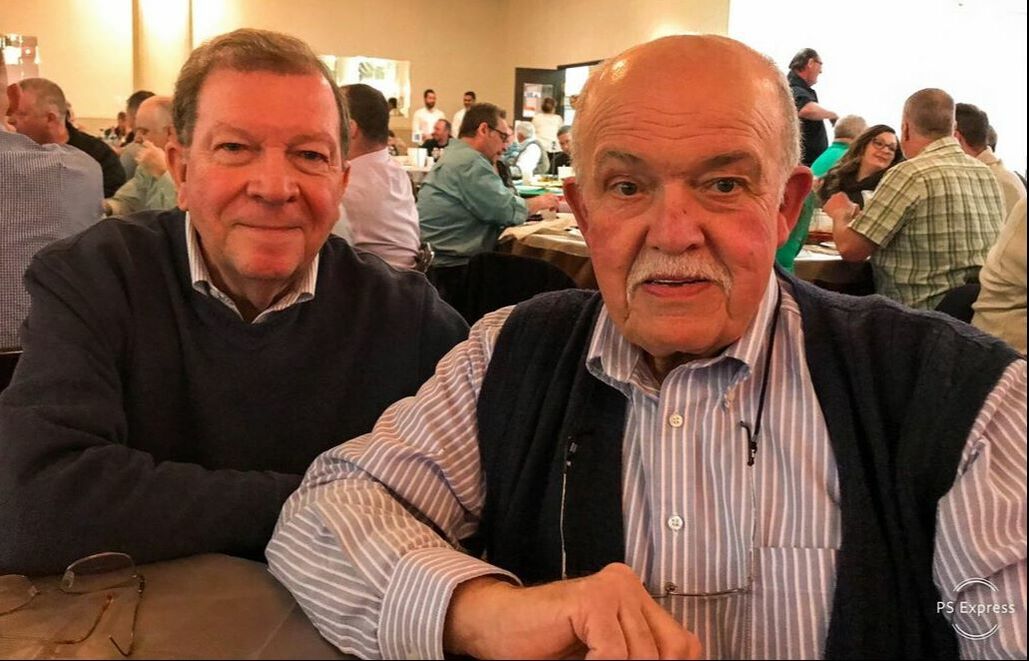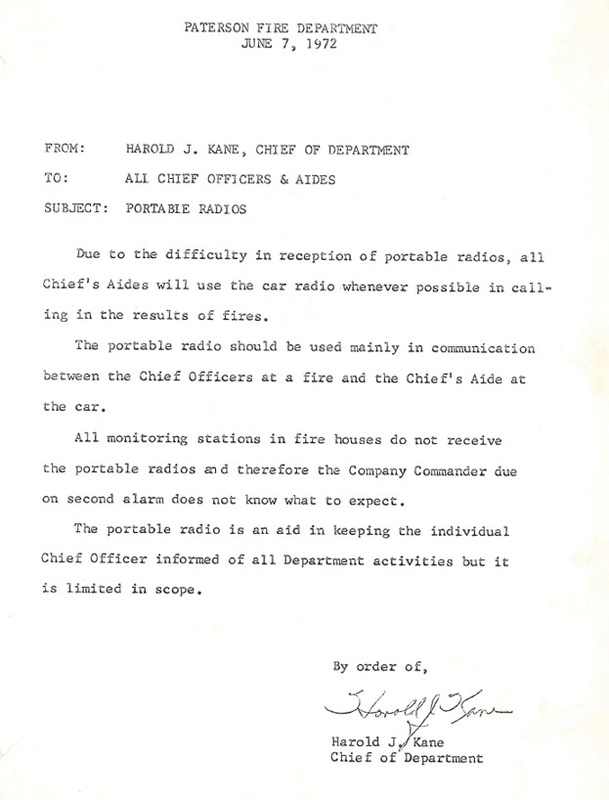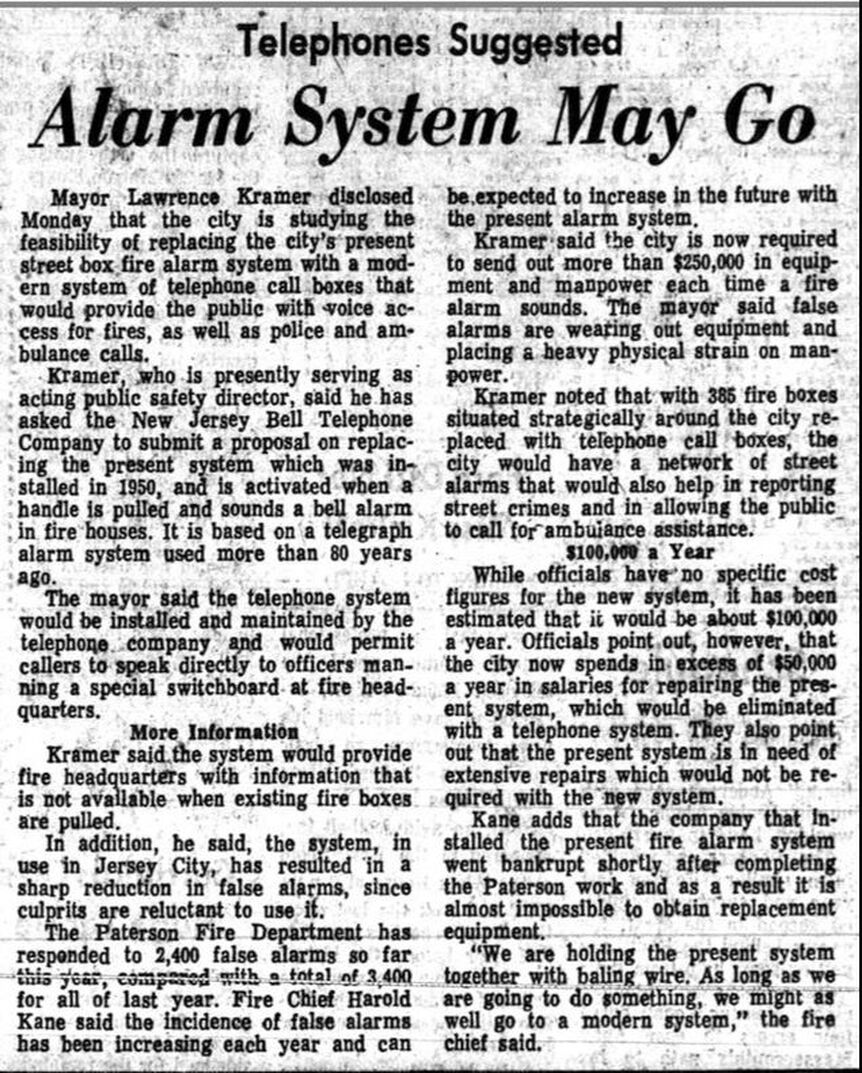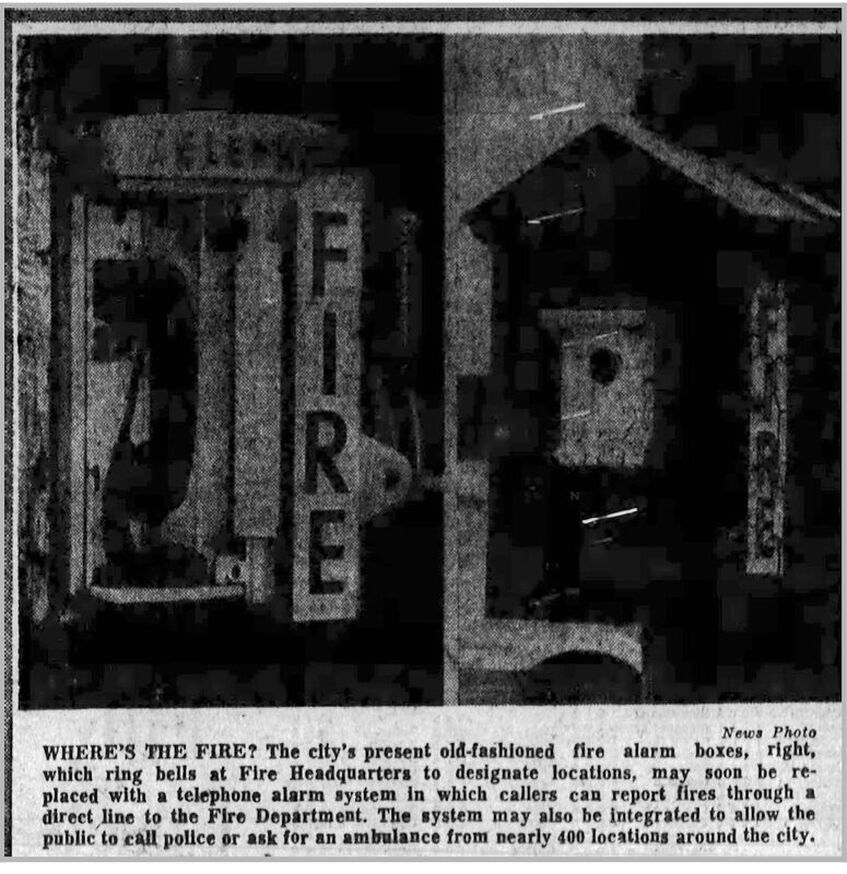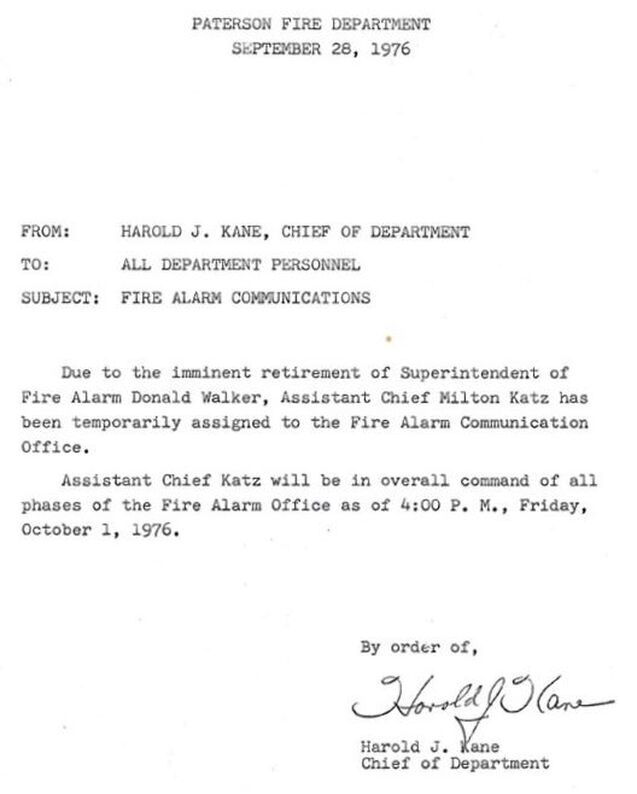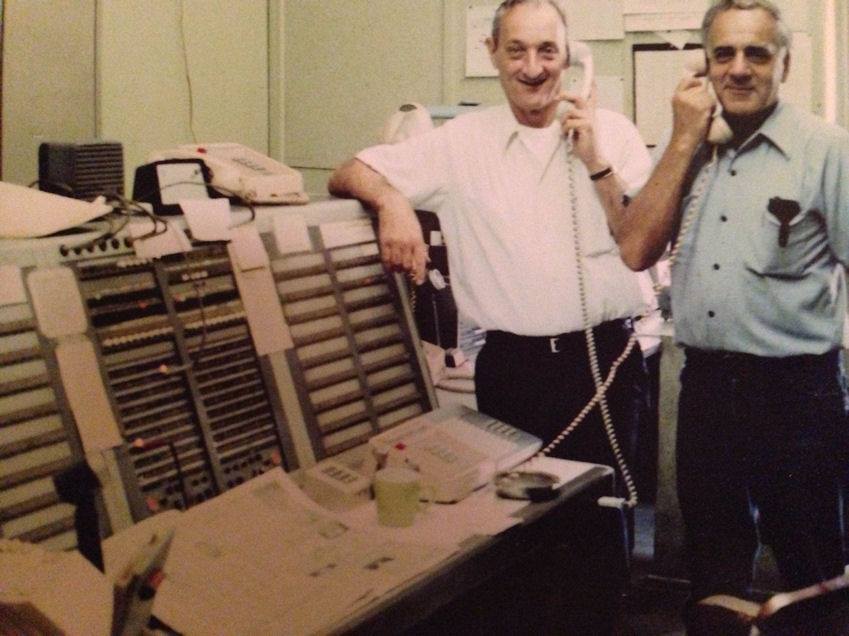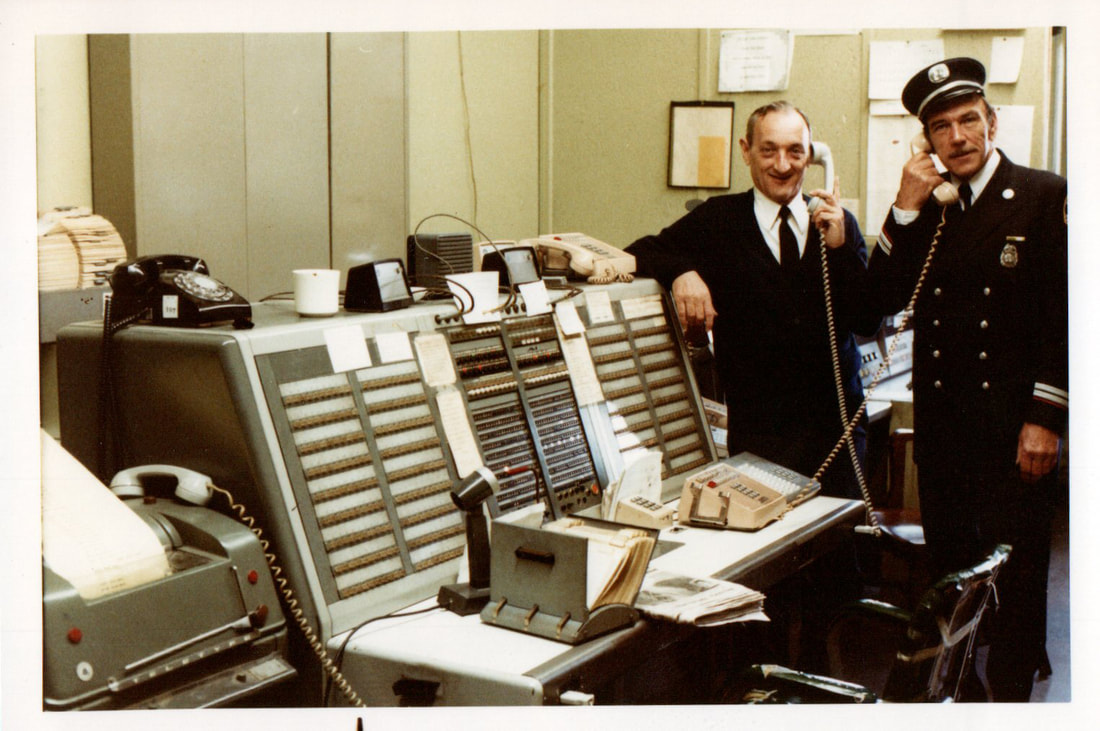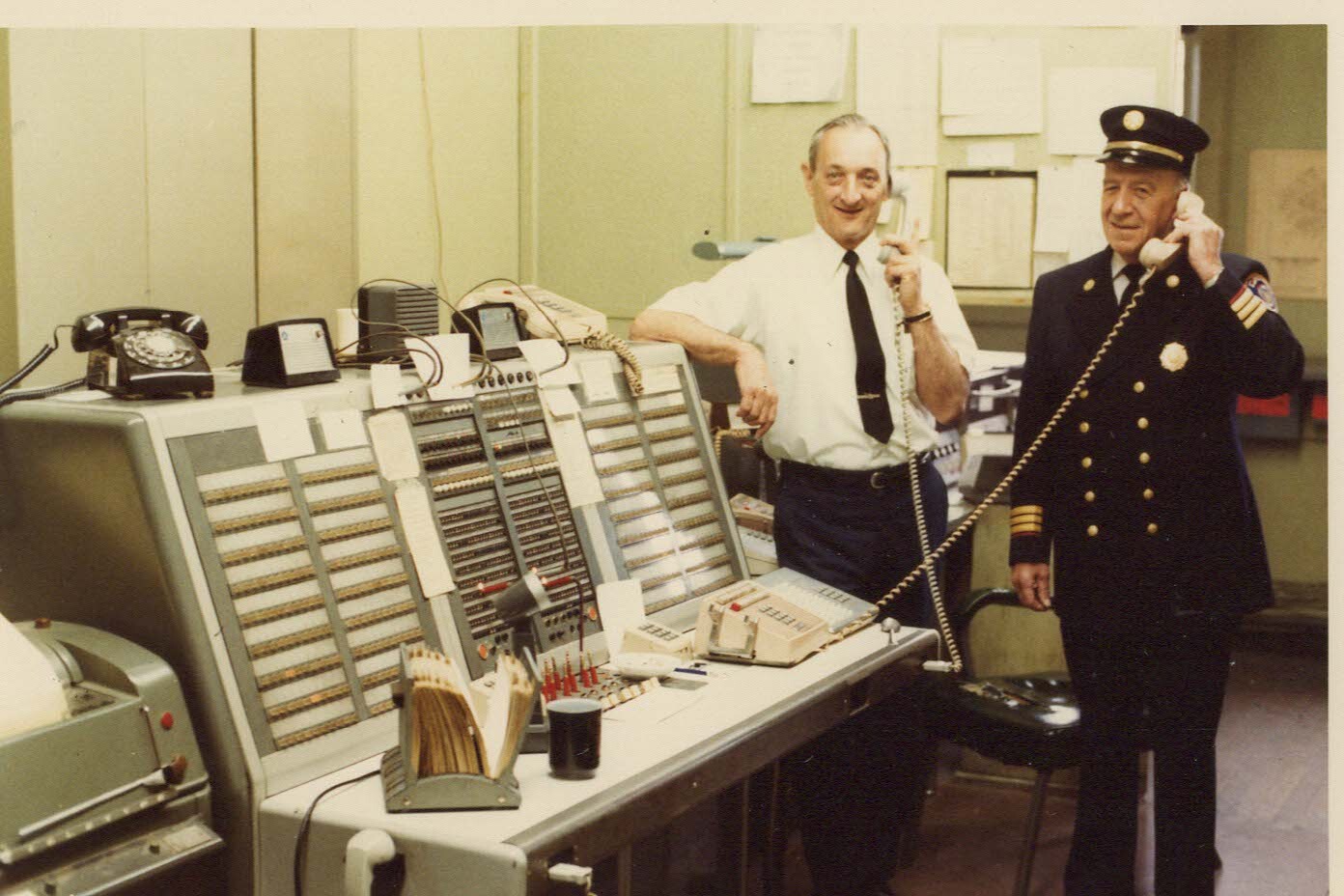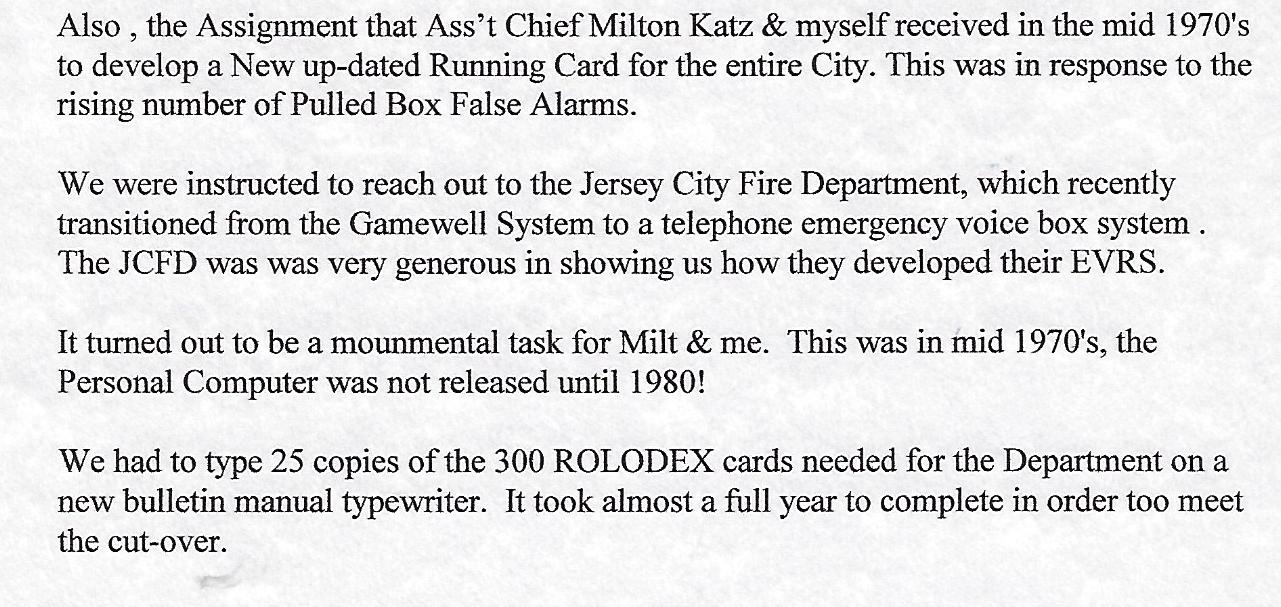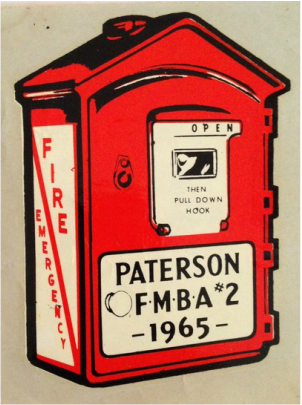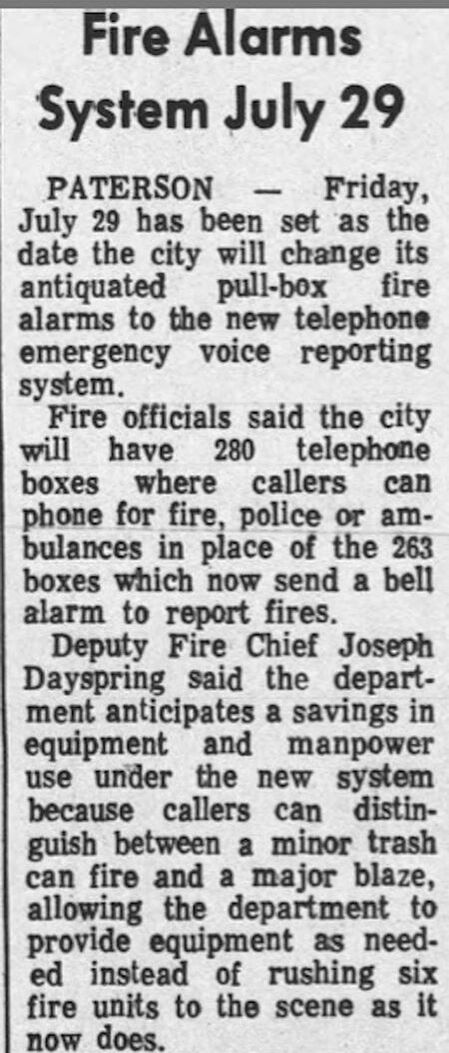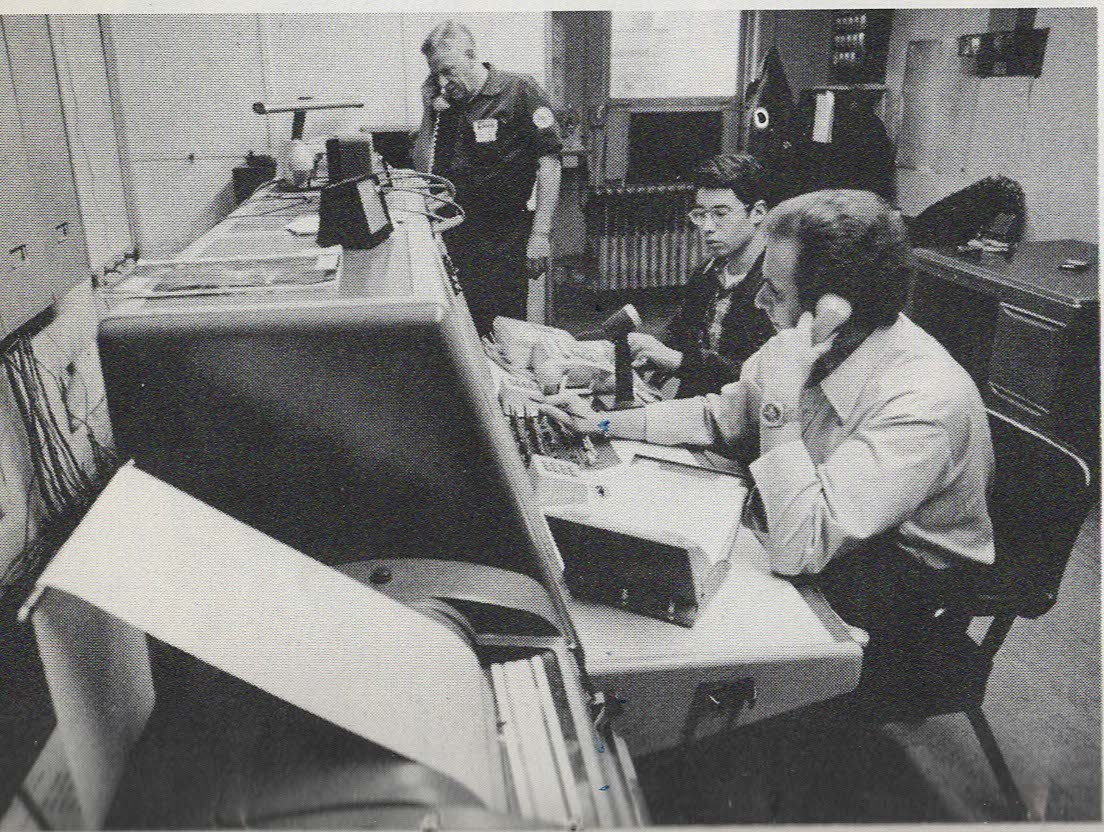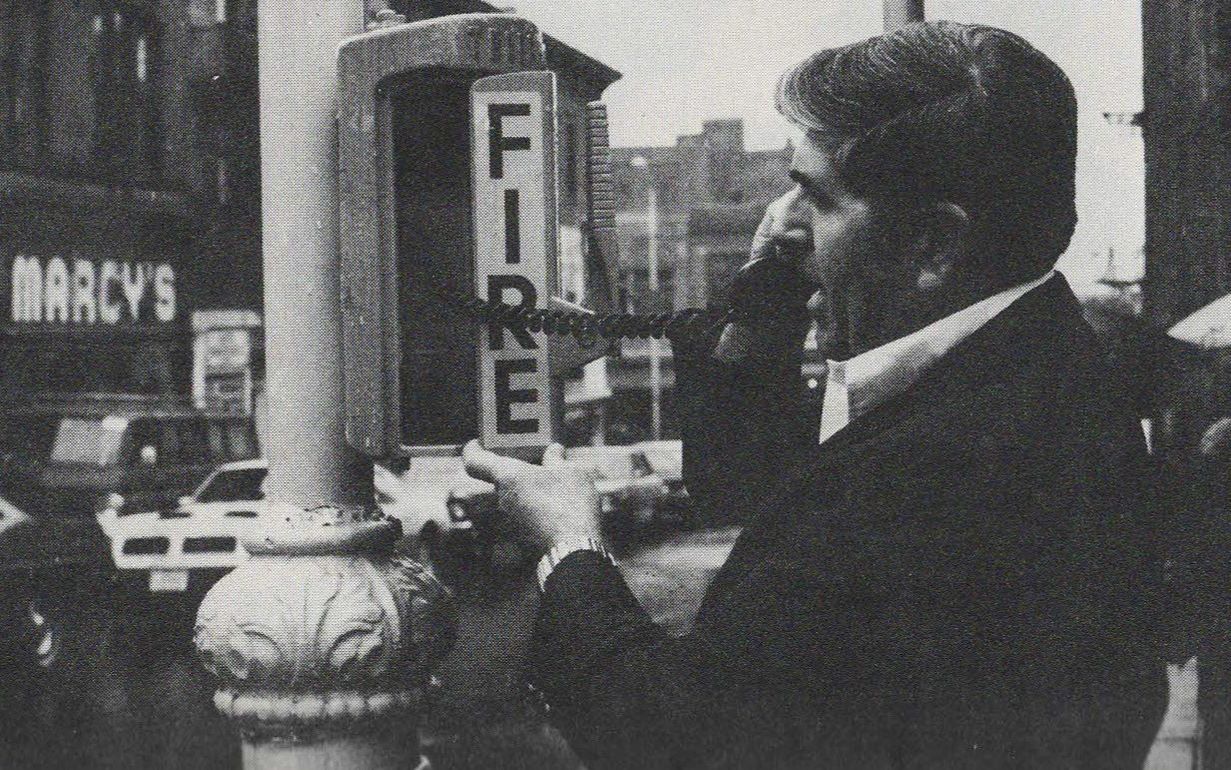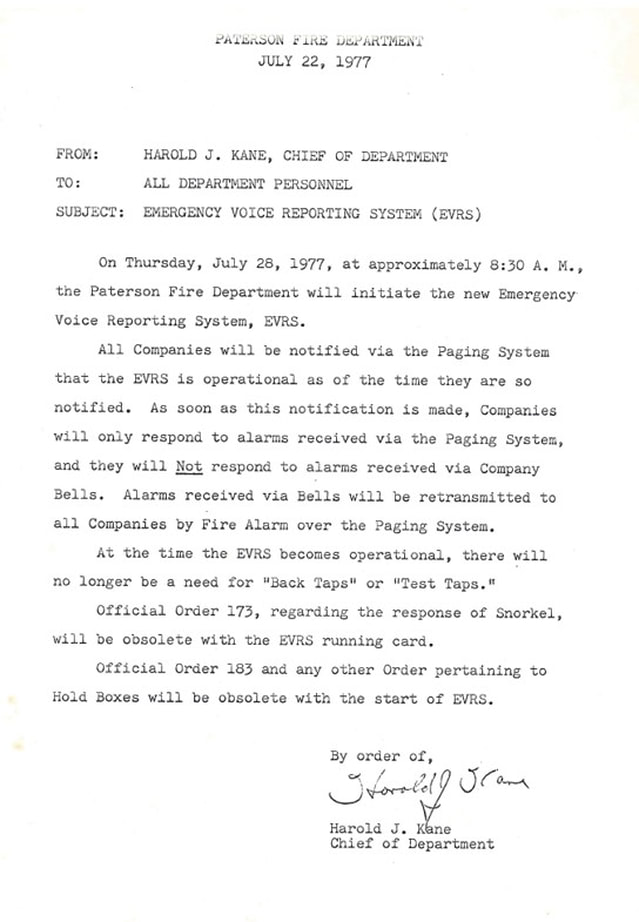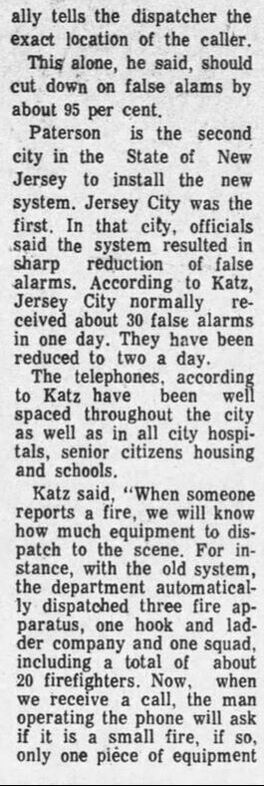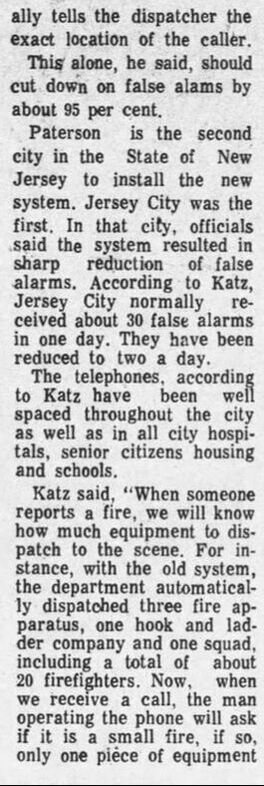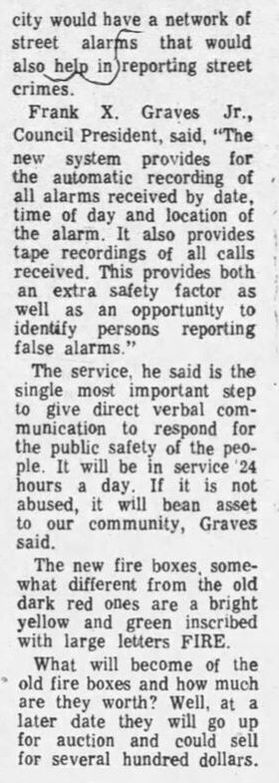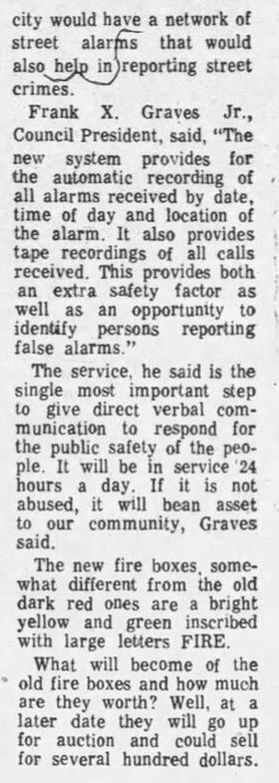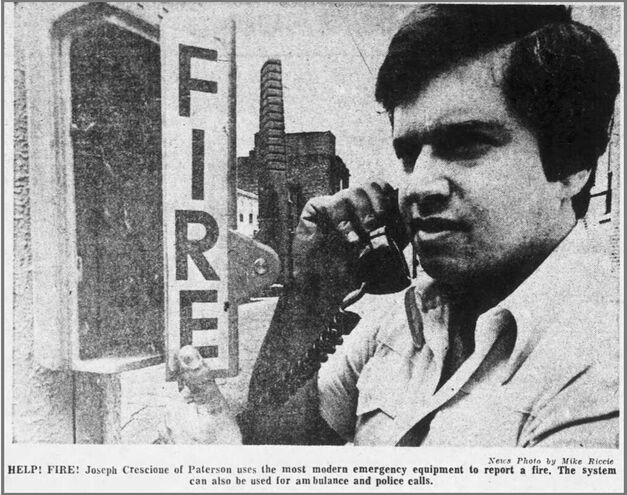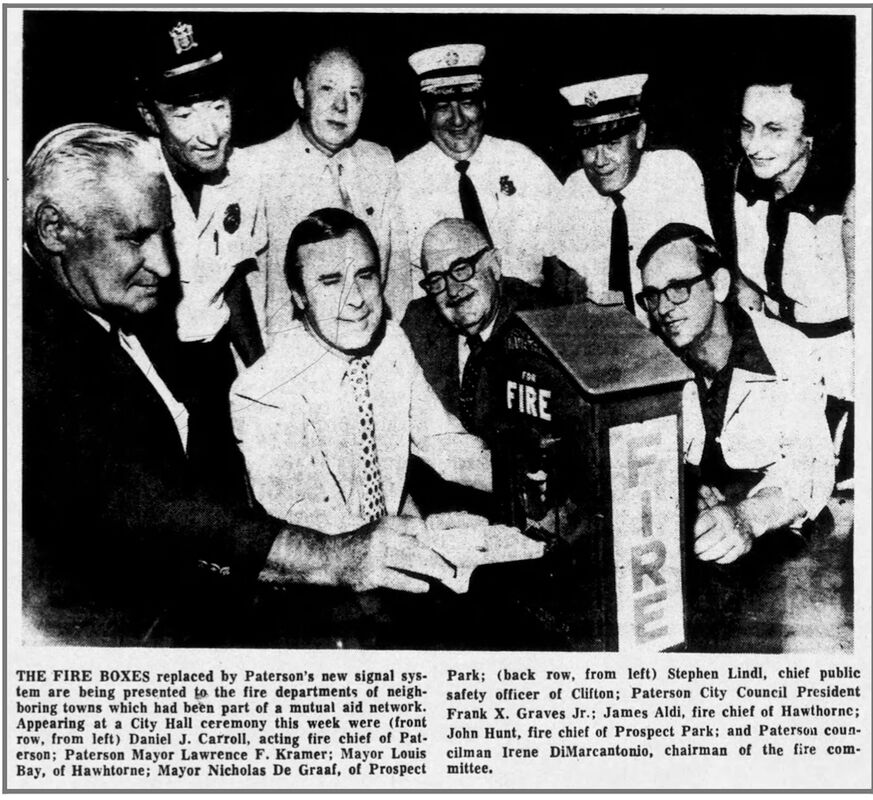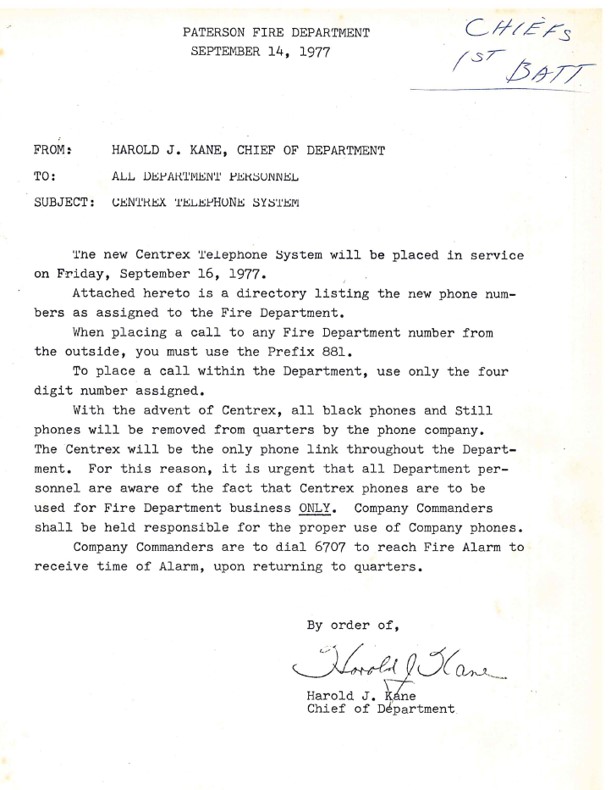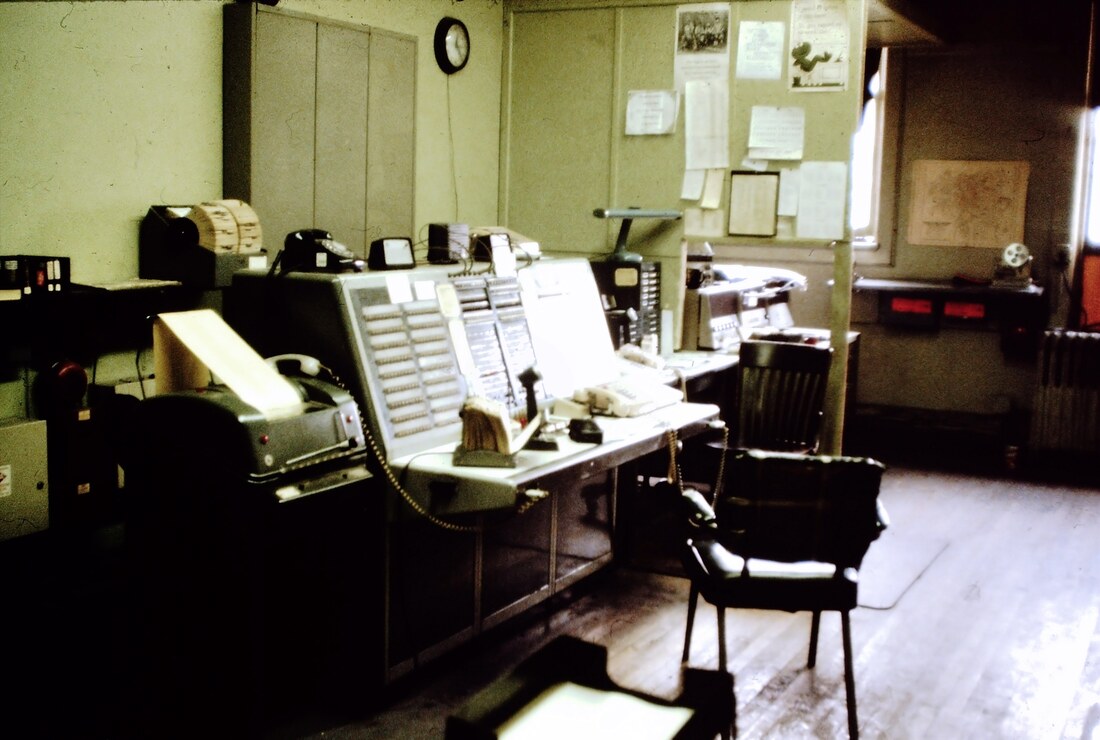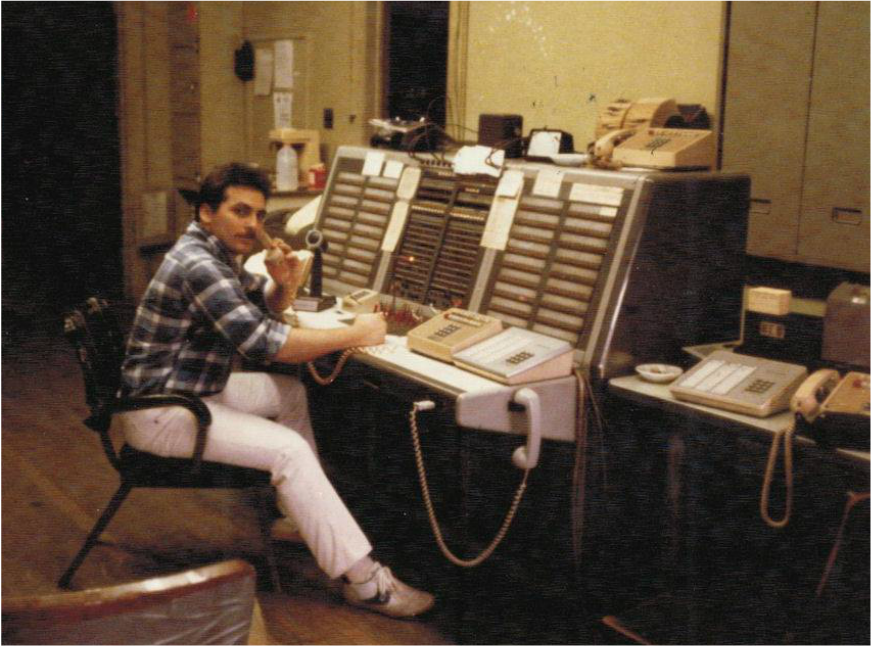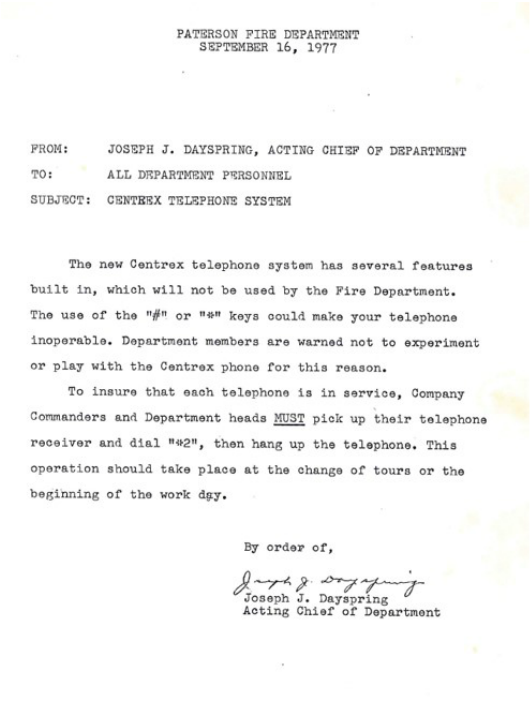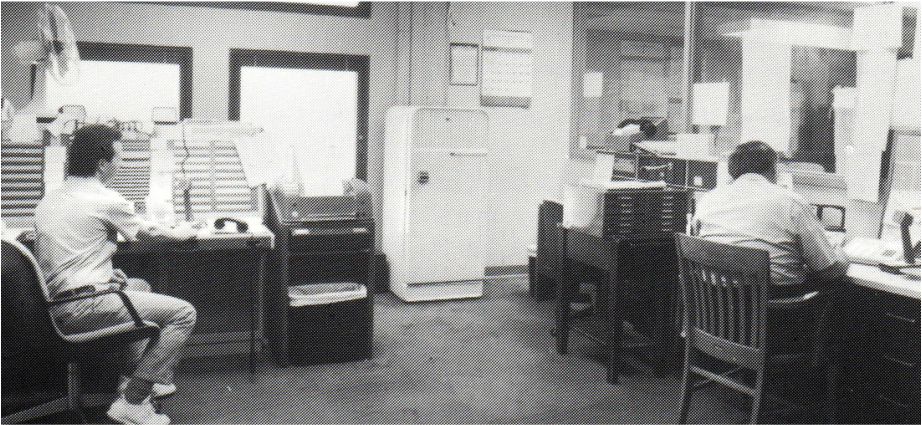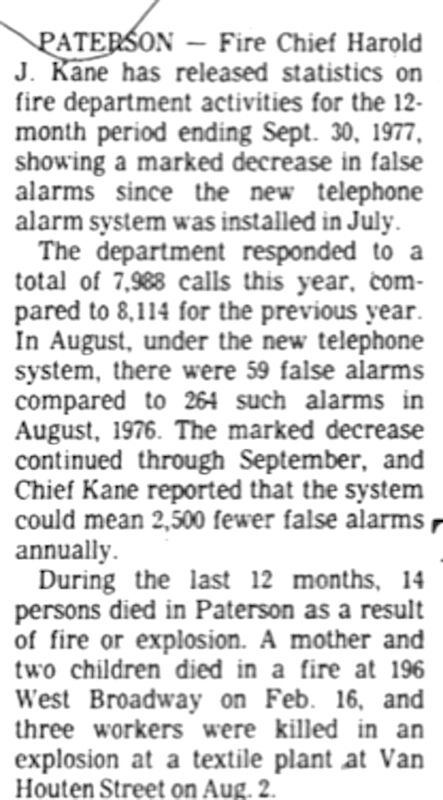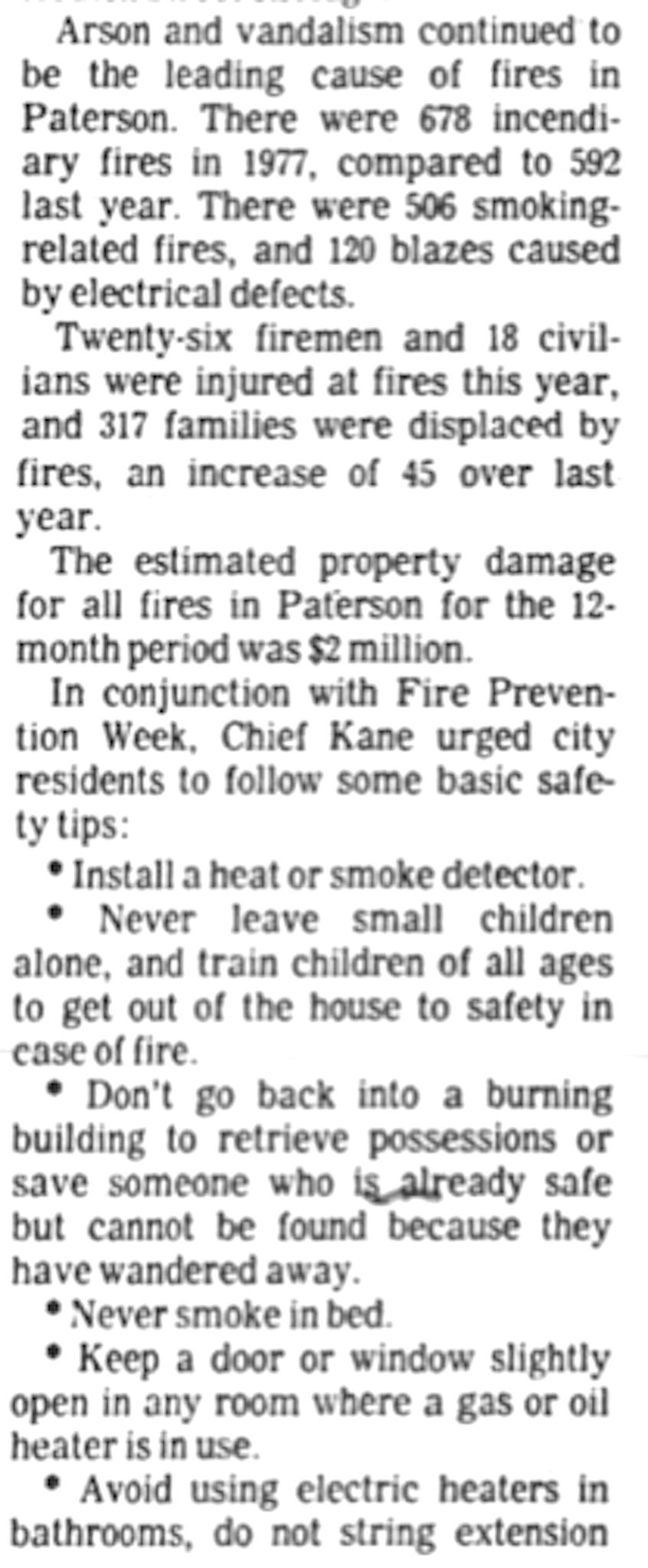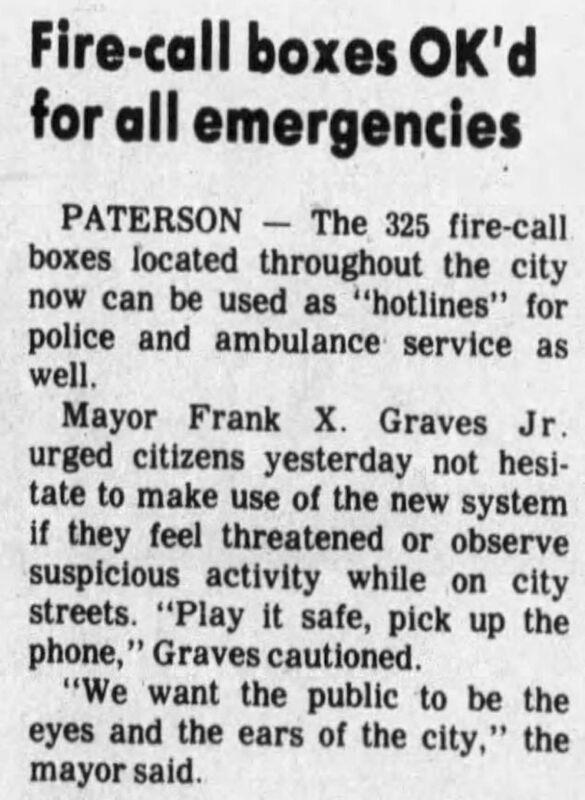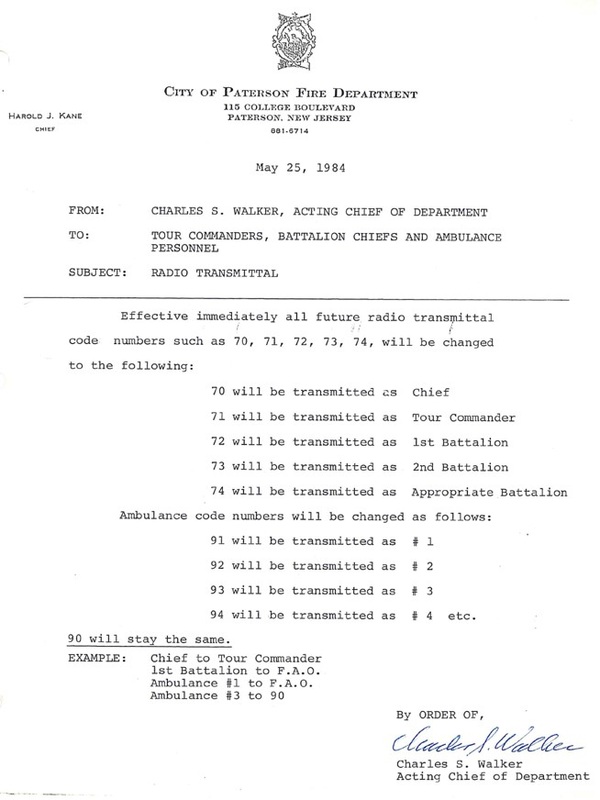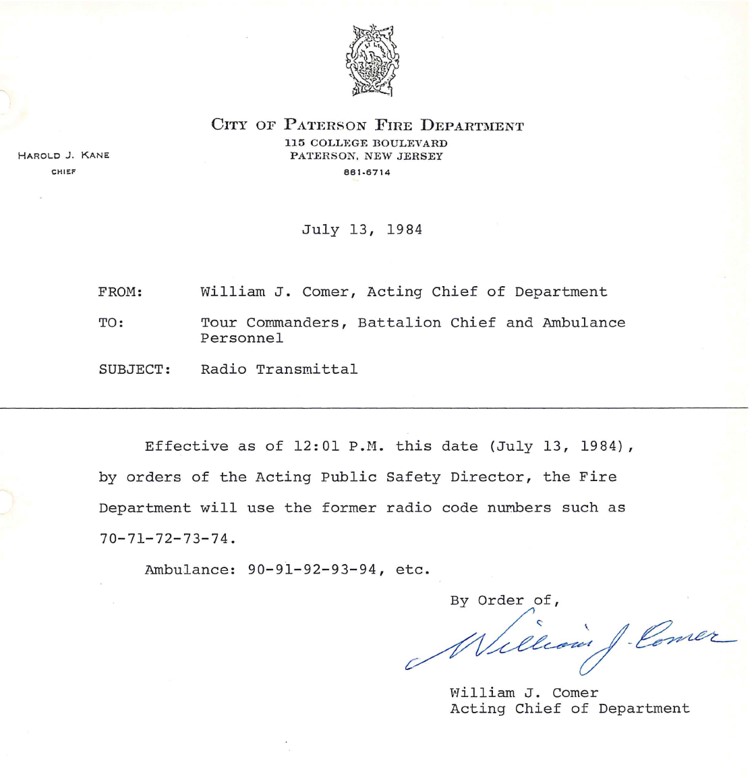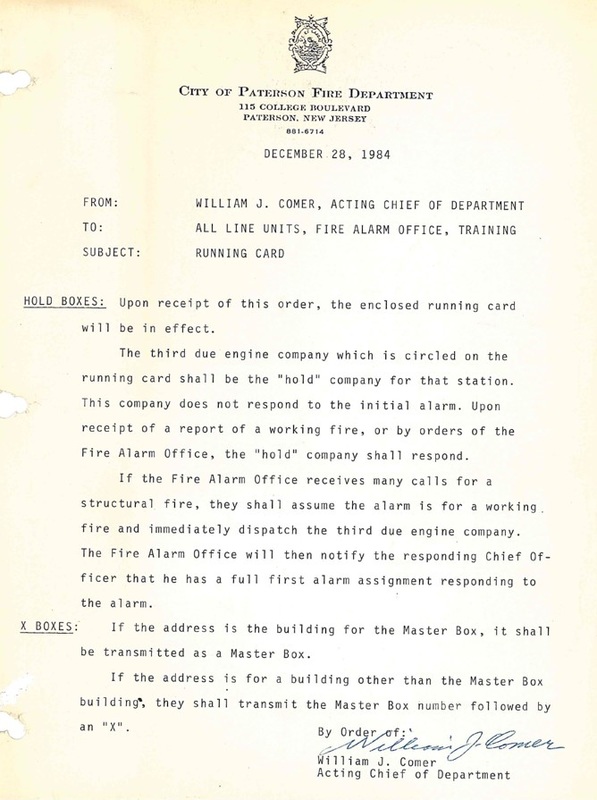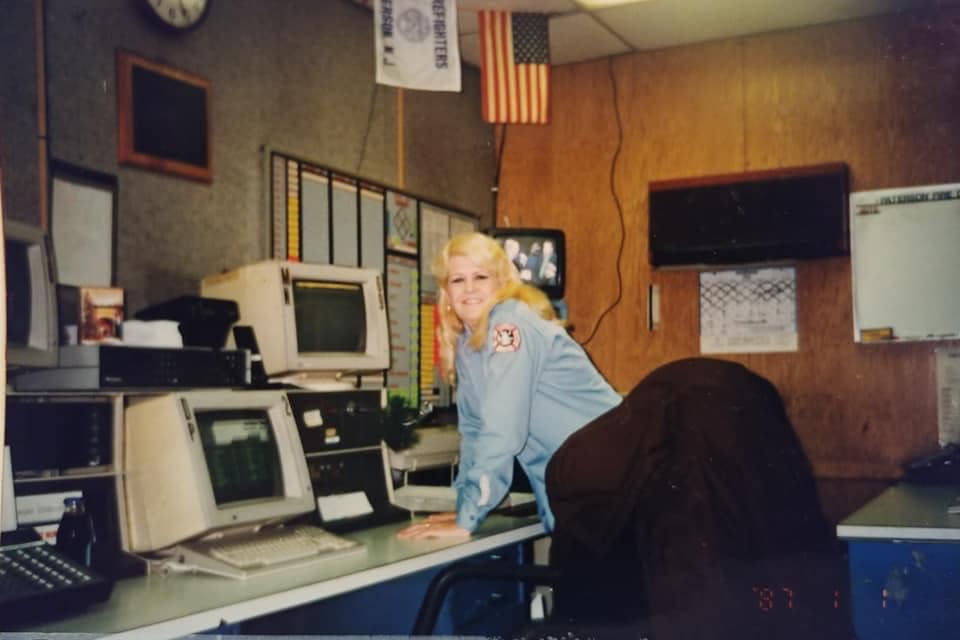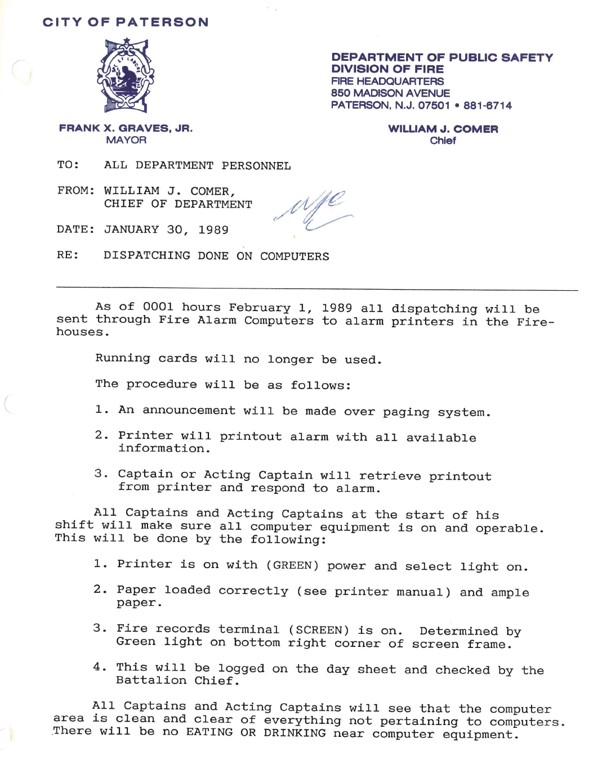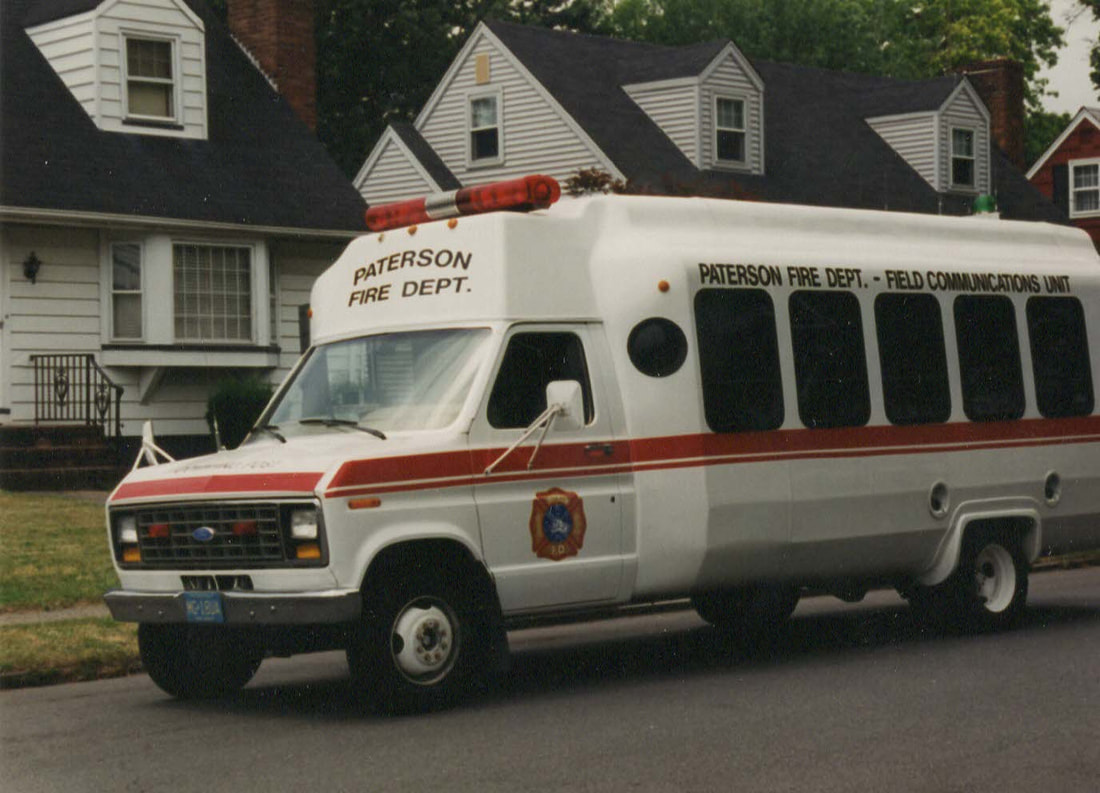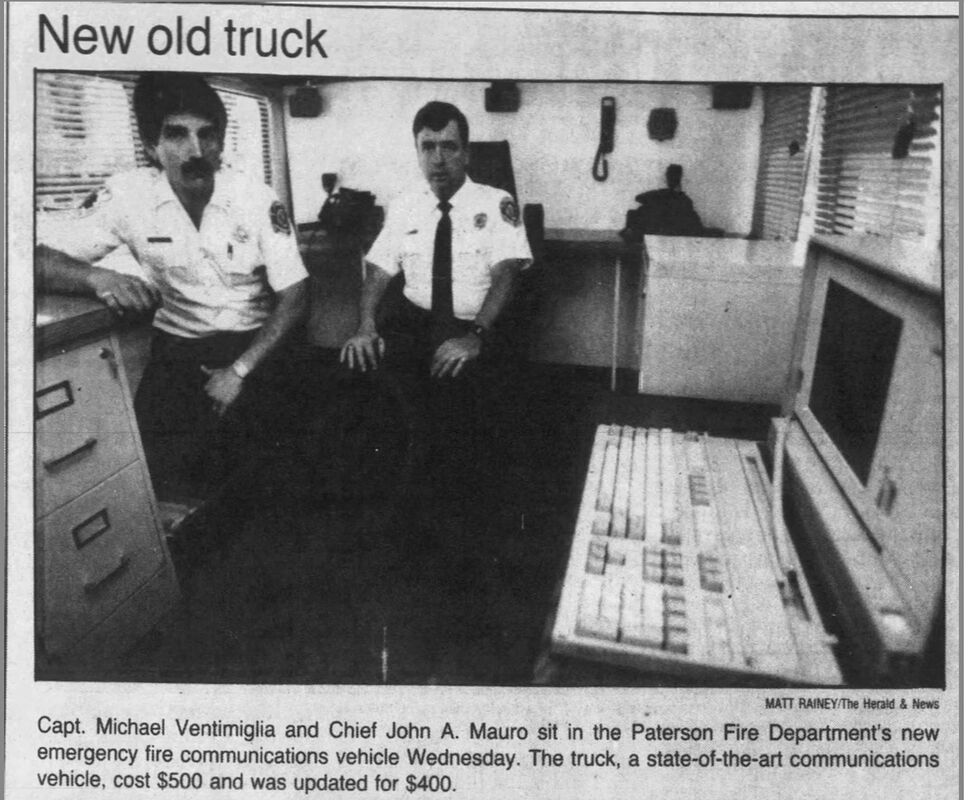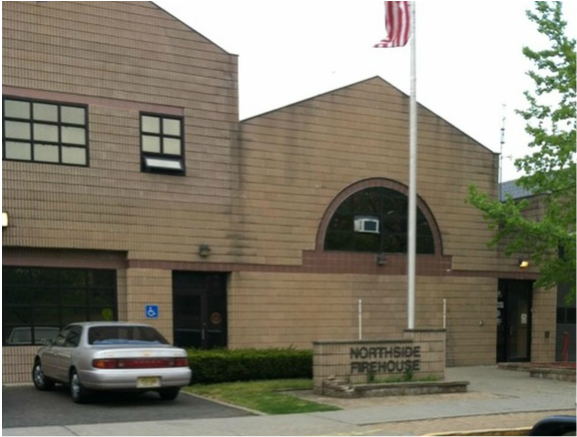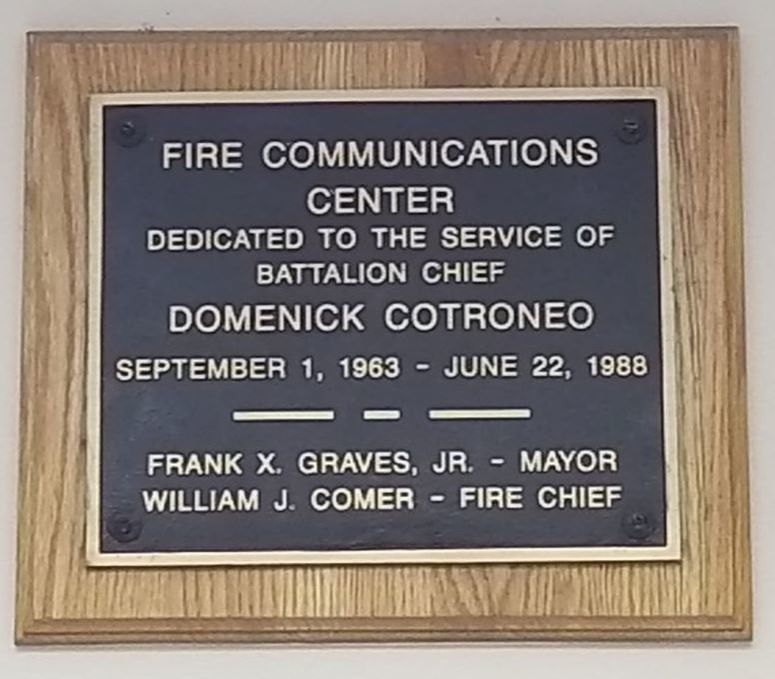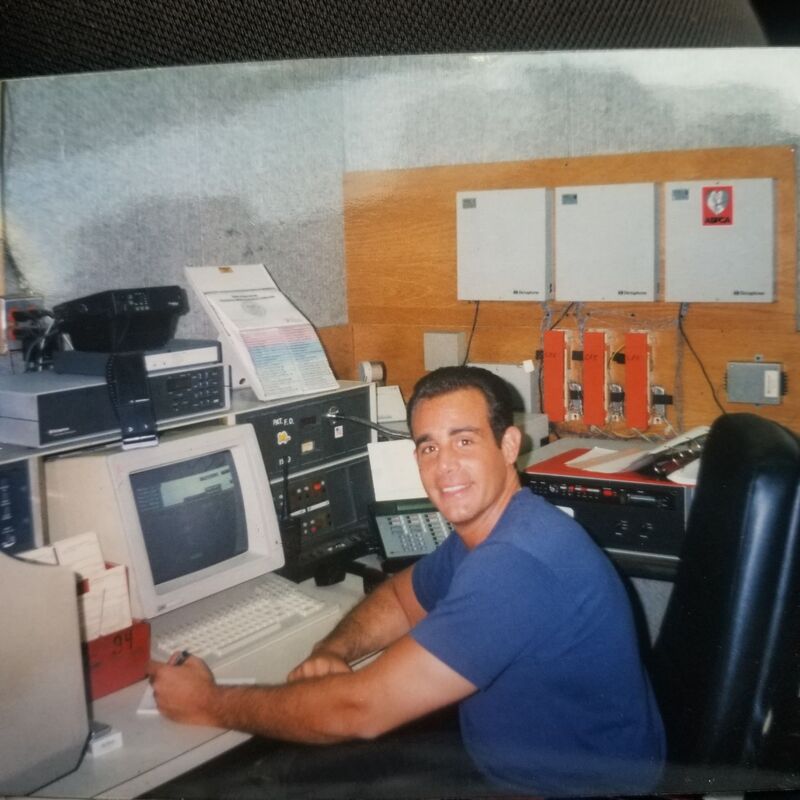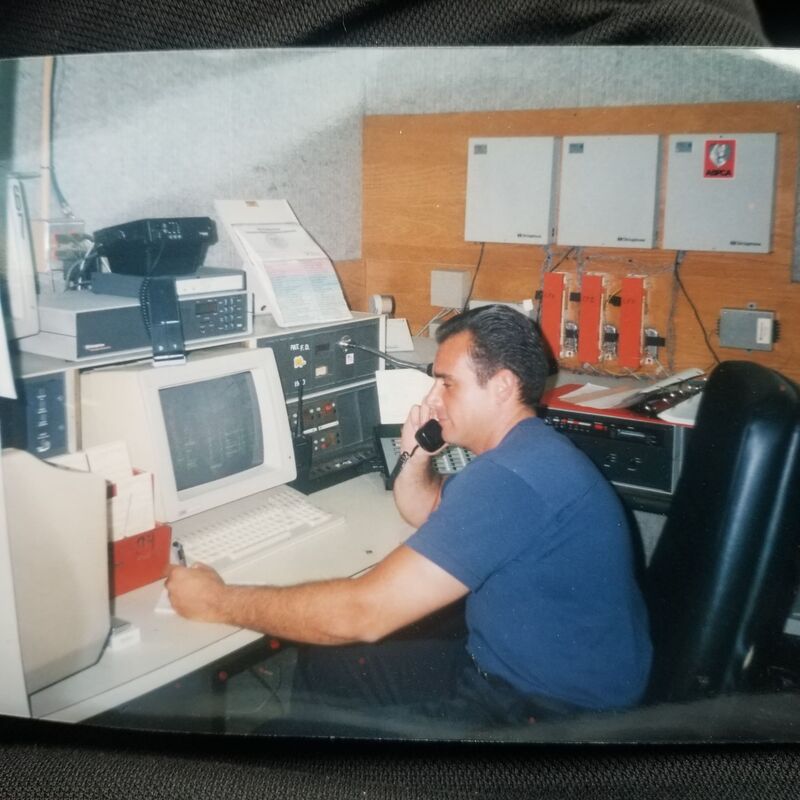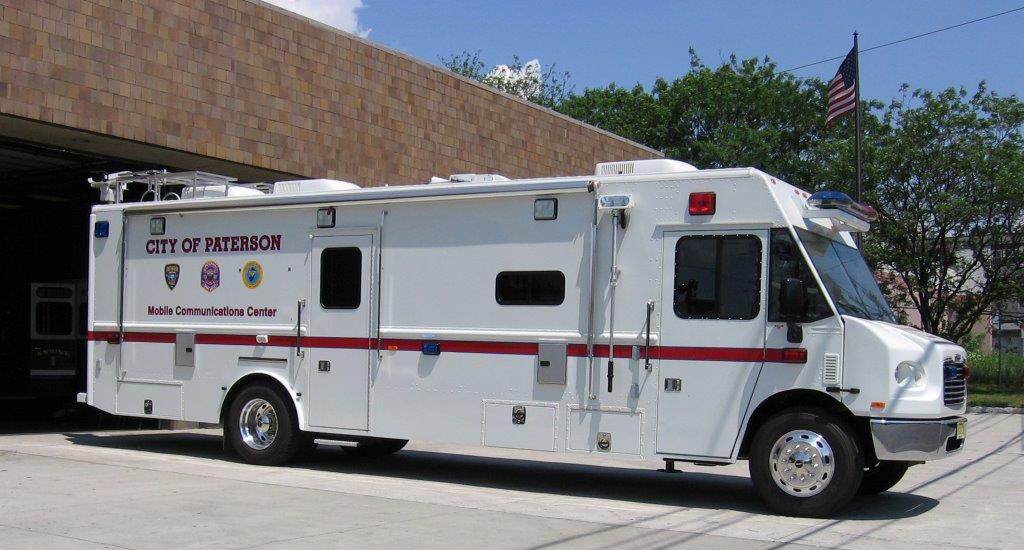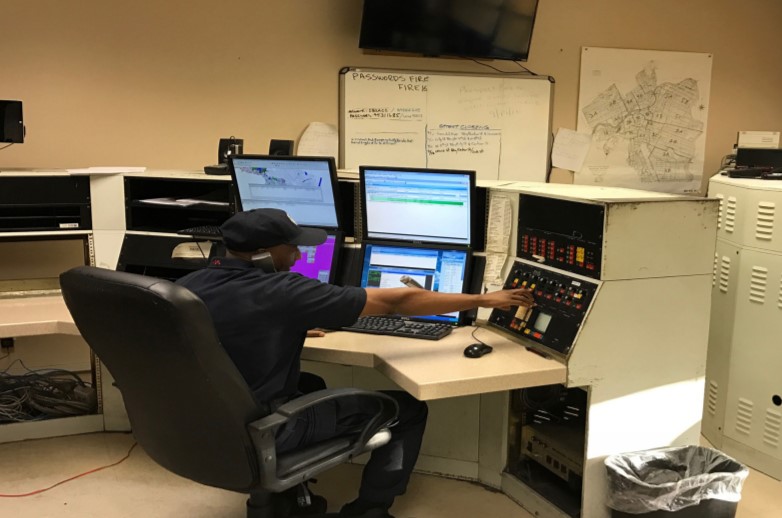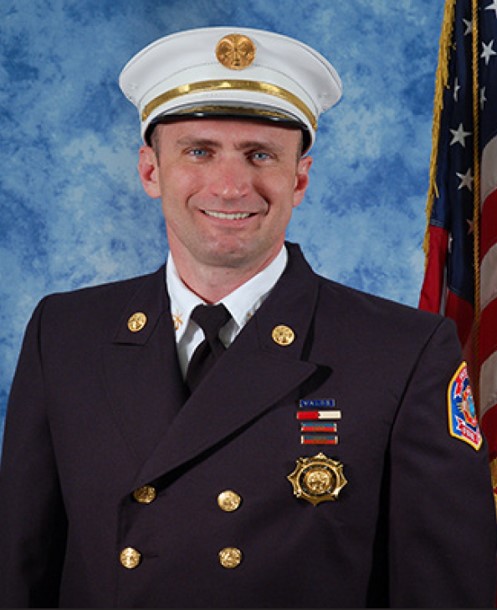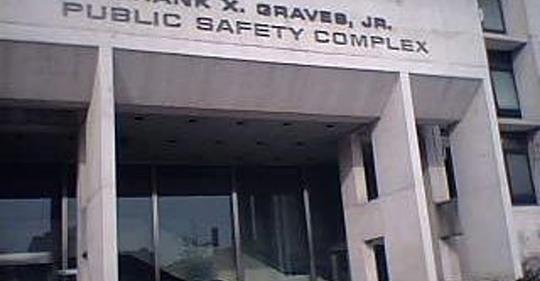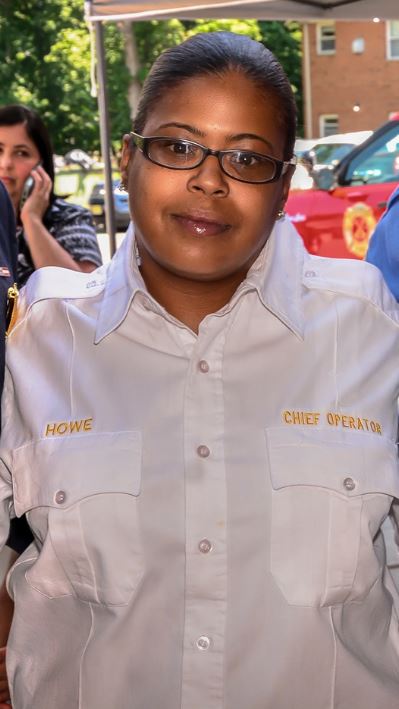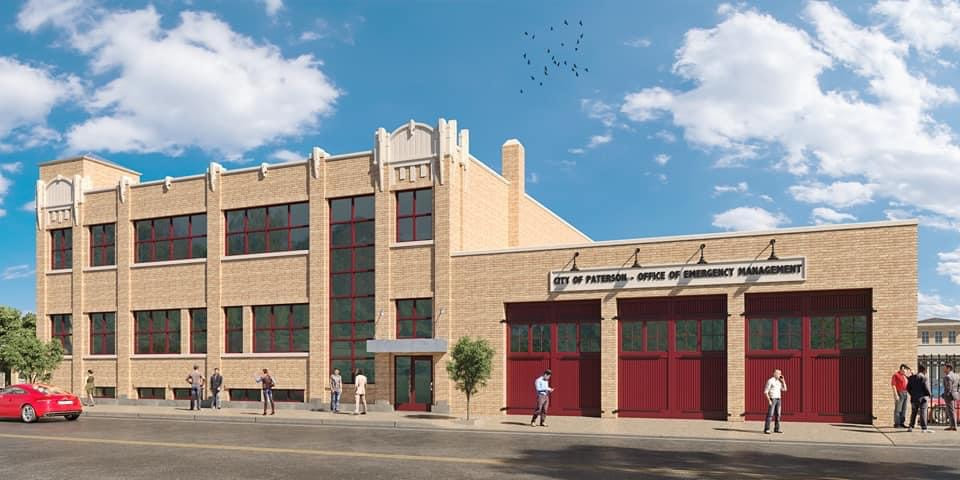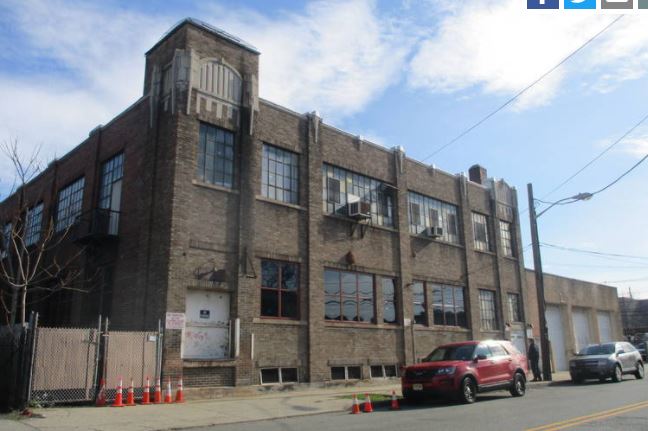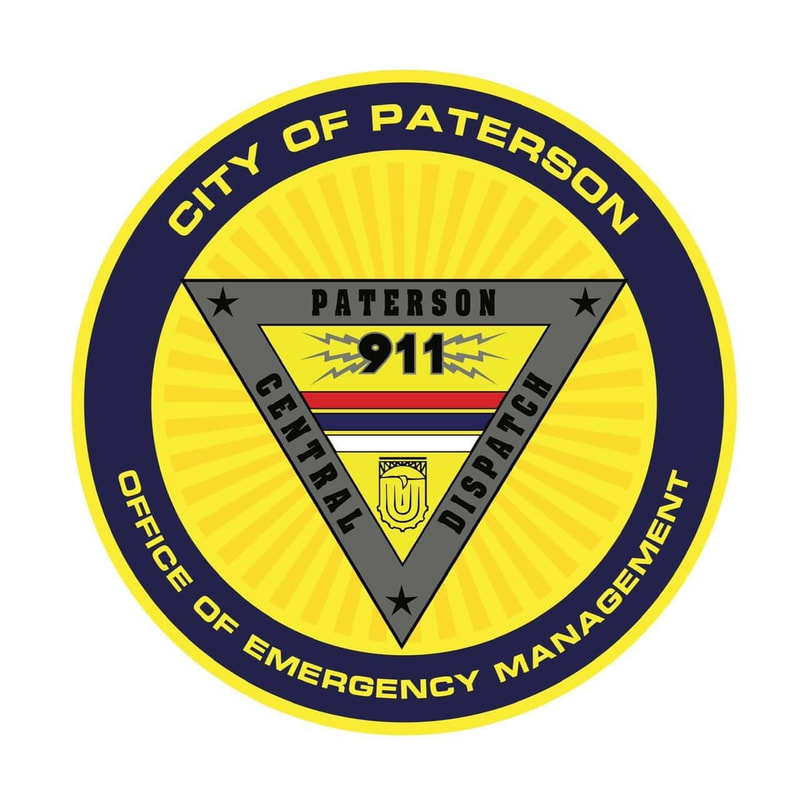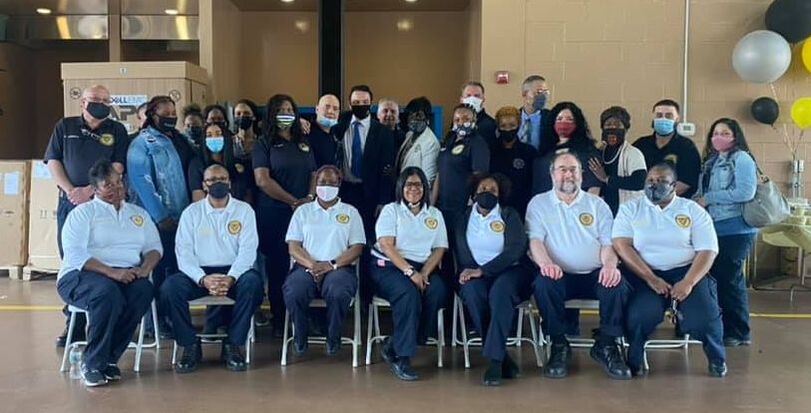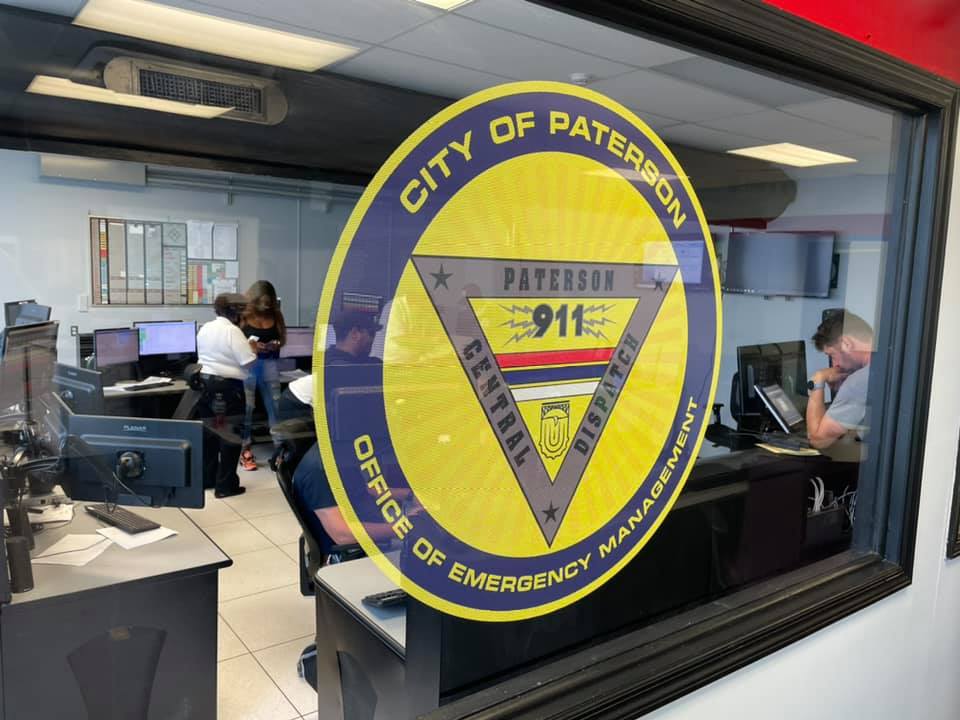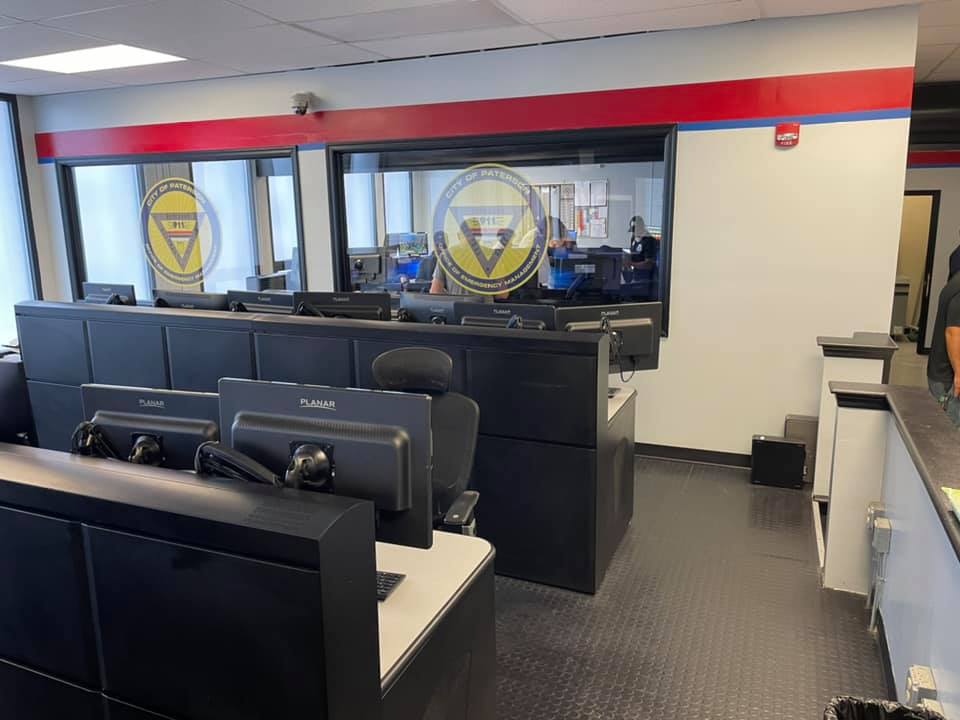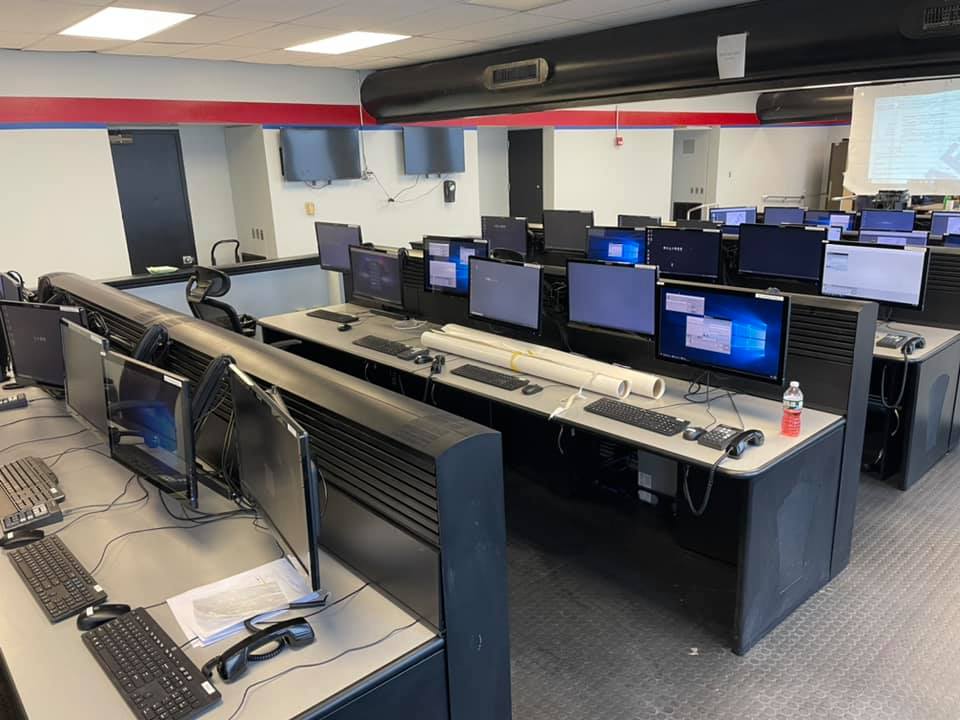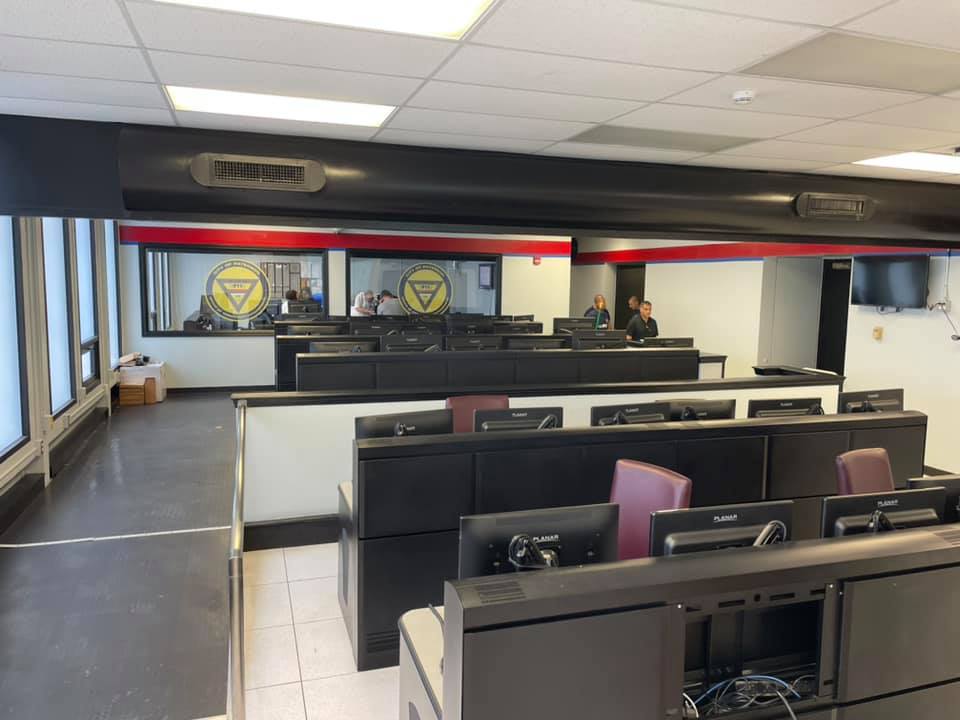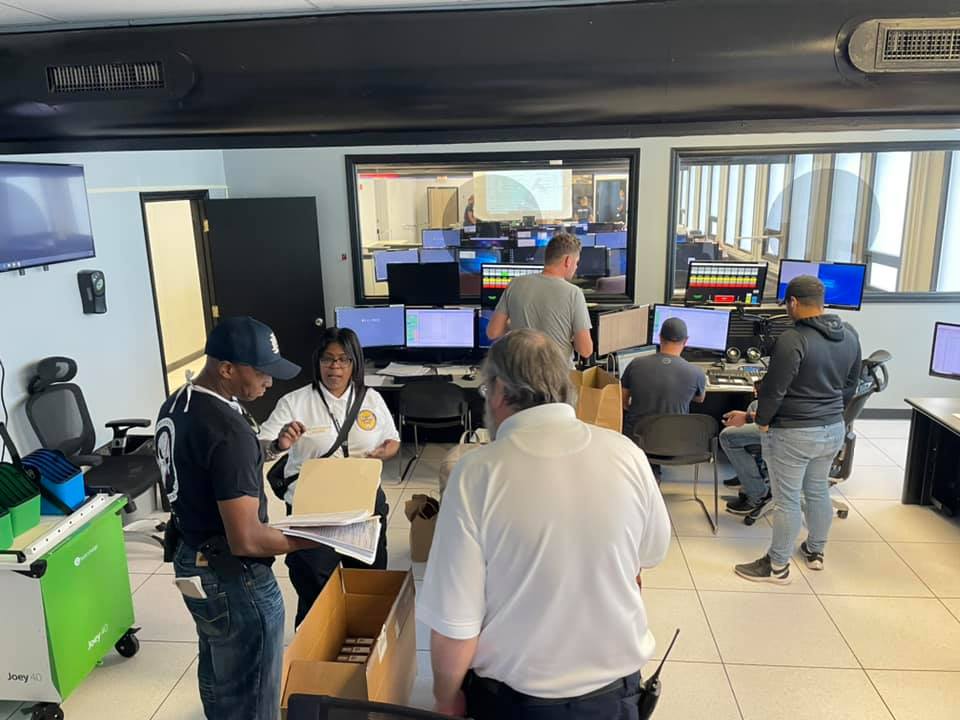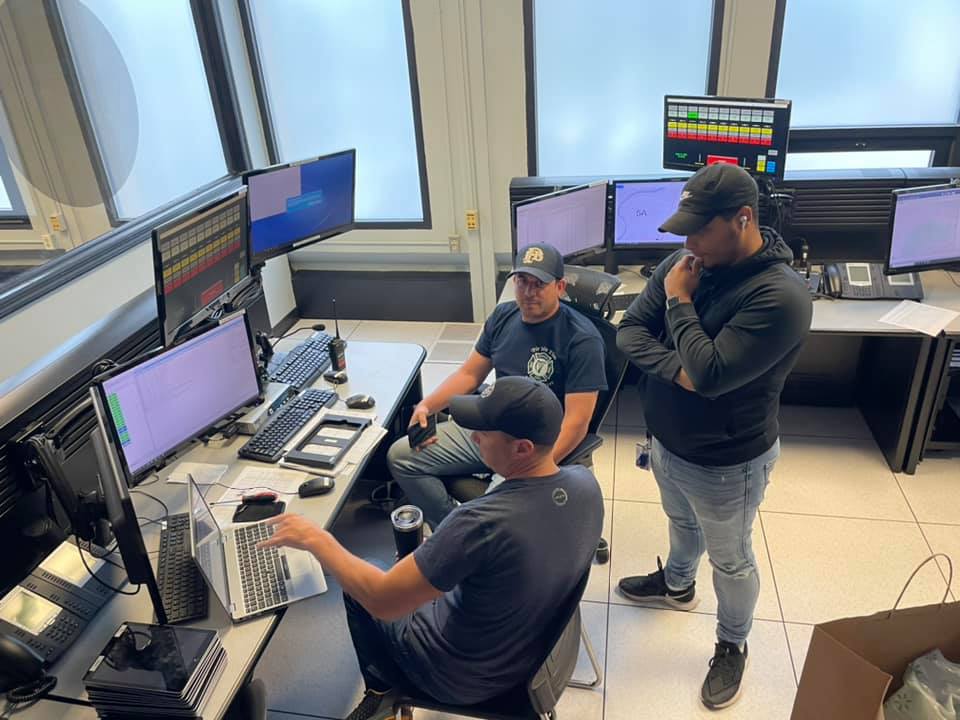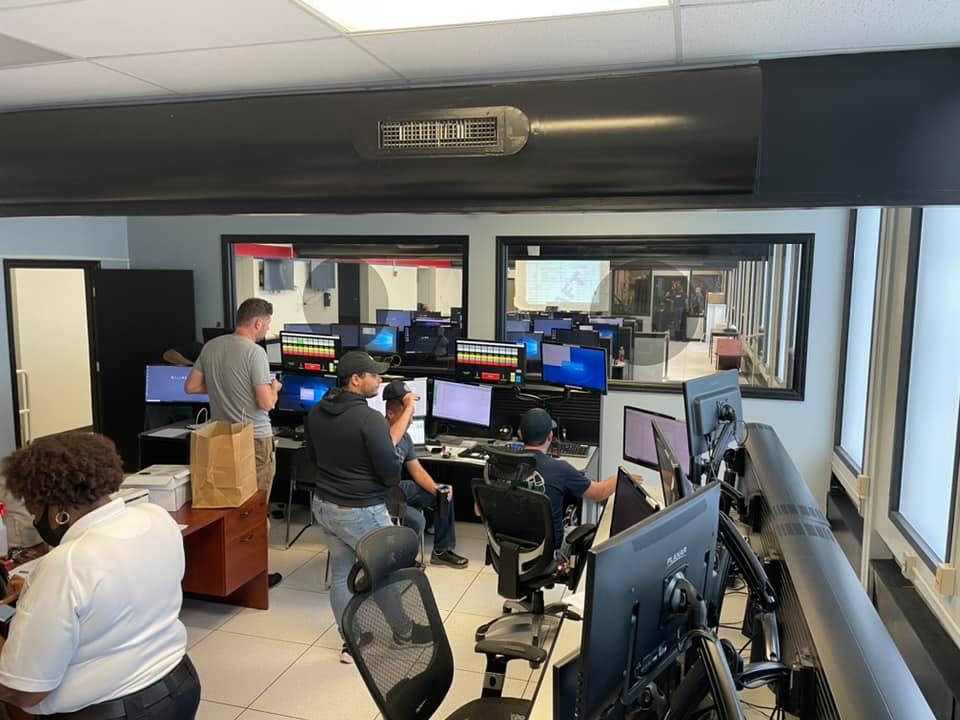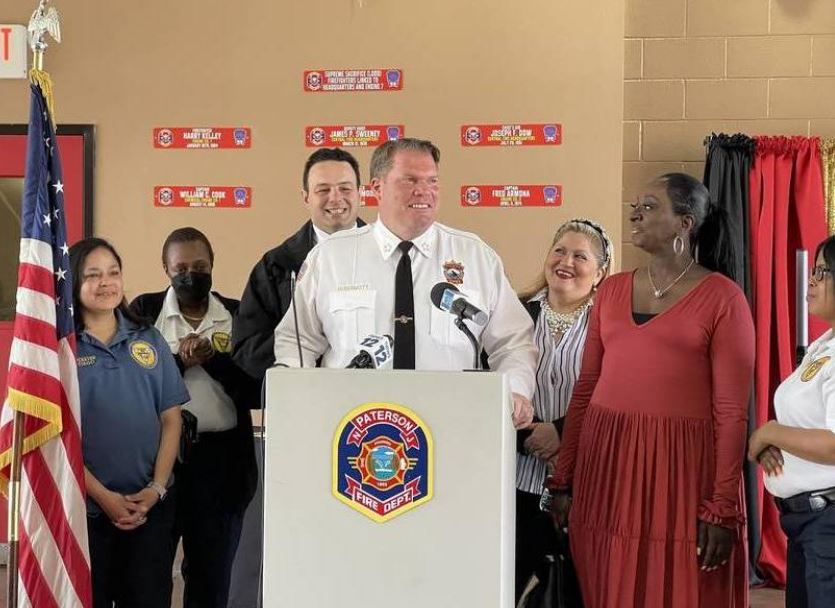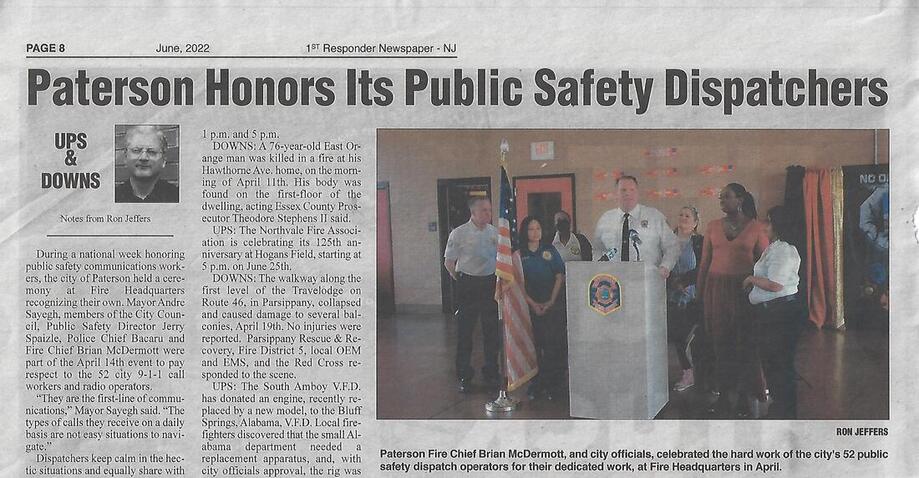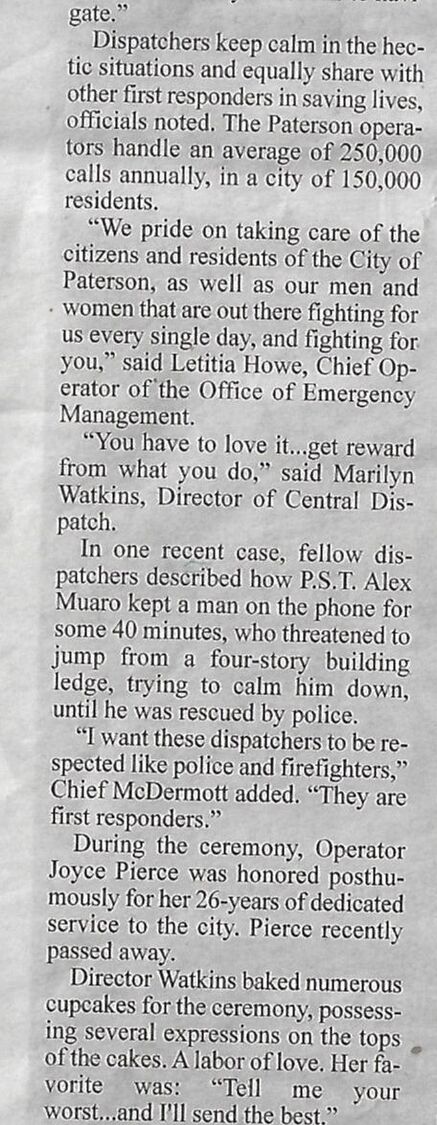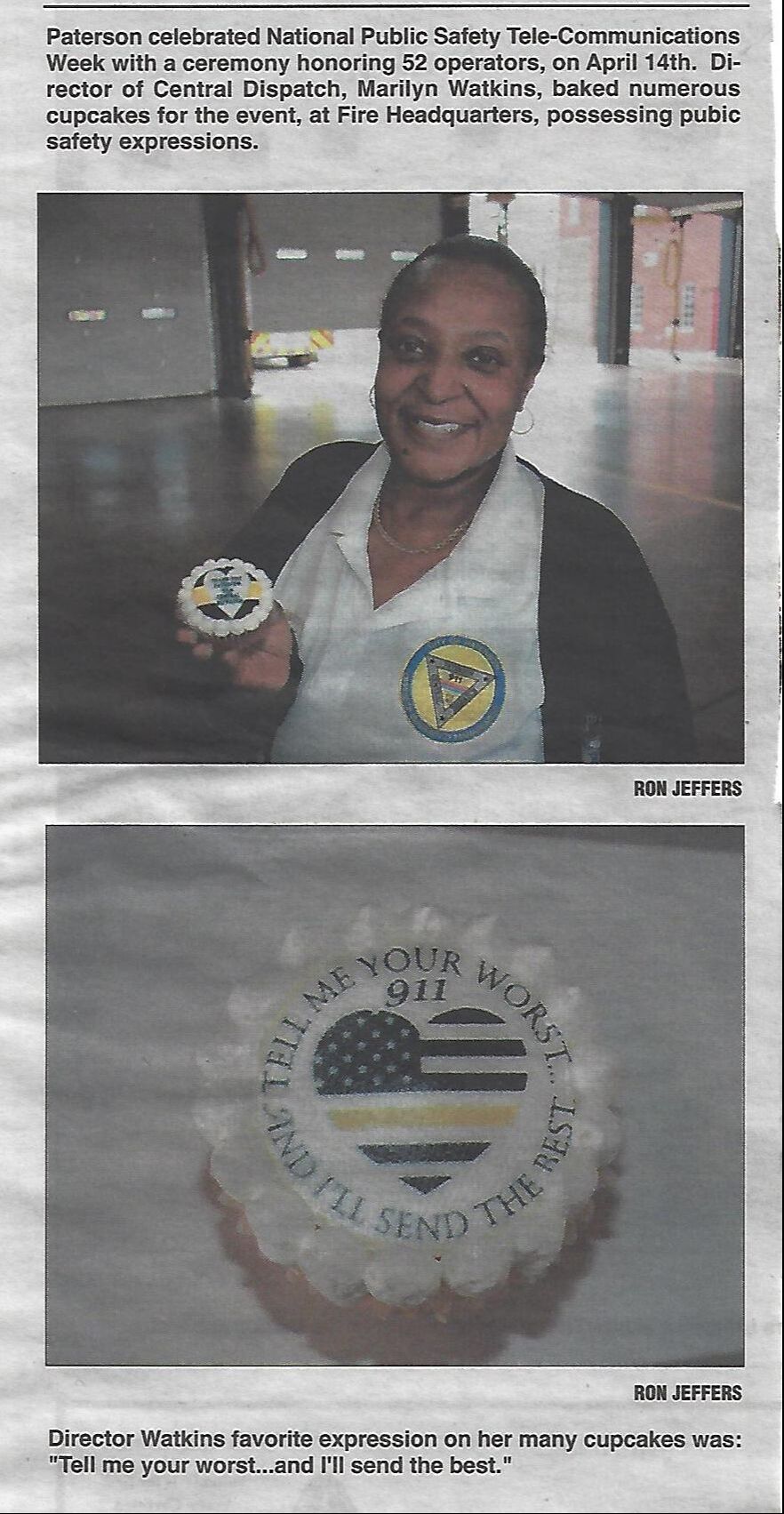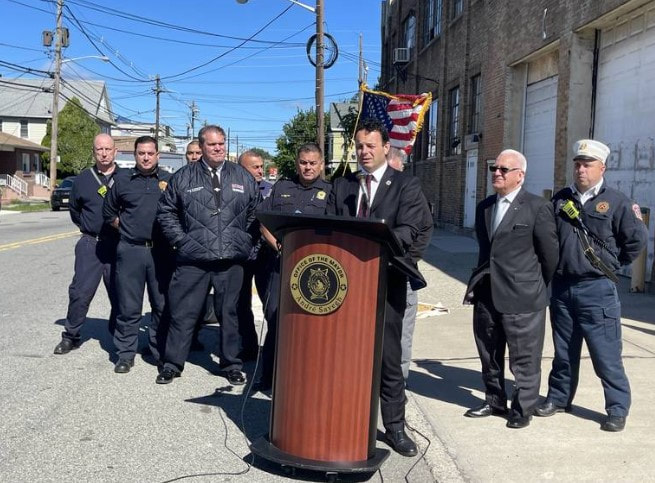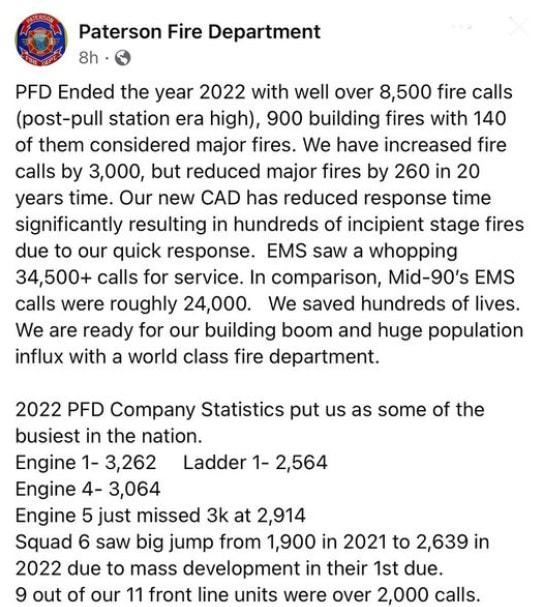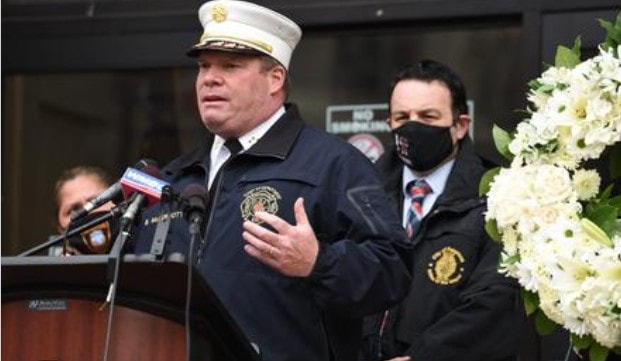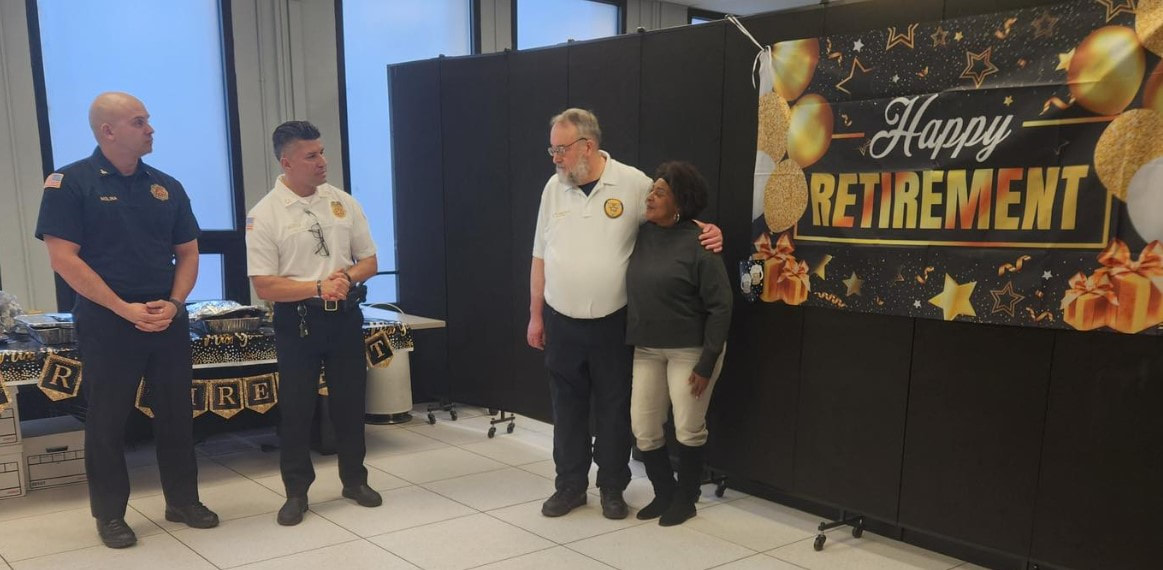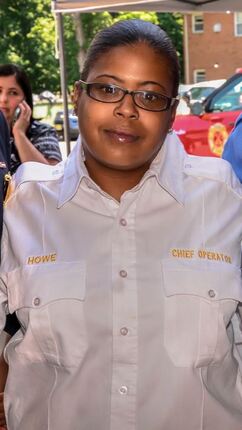- HOME
- OVERVIEW
- FIREFIGHTERS
- CHIEF ENGINEERS TOTAL
- CHIEF ENGINEERS PAID
- THE SUPREME SACRIFICE
- OBITUARIES / DEATHS
-
NOTABLE FIREFIGHTERS
- CALAMITA FAMILY
- CAPTAIN JOHN WEBER
- CUSACK FAMILY
- FLEMING FAMILY
- GERARD DUGAN
- HANCOCK FAMILY
- HENDERSON FAMILY
- HENRY OTIS HARRIS
- ISAAC FELICIANO
- JOHN GILMORE
- JOSEPH DAYSPRING
- JOSEPH FORBES
- KEARNEY-FAMILY
- MARIANI FAMILY
- McLAUGHLIN FAMILY
- MURRAY FAMILY
- PARKIN FAMILY
- SALMANOWITZ BROTHERS
- THE SIMONTONS
- THE SWEENEYS
- TICE FAMILY
- NOTABLE FIRES/INCIDENTS
- SPECIAL OP EVENTS
- TAKING THE HEAT BOOK
- HISTORICAL REVIEWS
- 1907 GUARDIAN
- 1936 HEARD & SEEN COLUMN
- FIREHOUSE PHOTOS / FACTS
- COMPANY & FH HISTORY
- SPECIAL OPERATIONS
- EMS
- COMMUNICATIONS / FA
- FIRE VIDEOS 1991-2011
- FIRE VIDEOS 2014-2022
- DOCUDRAMAS
- APPARATUS
- APPARATUS VIDEOS
- NOTABLE EVENTS INDEX
- MEMORABILIA
- PATCHES DECALS LOGOS SHIRTS
- WALLPAPER
- DEPARTMENT PETS
- TRAINING
-
VOLUNTEER DEPARTMENT
- AUXILIARY FIRE DEPARTMENT
- EXEMPT ASSOCIATION
- EXEMPT HOME & RELICS
- FMBA / PFA
-
BALLBOOKS
- 1909 BALL BOOK
- 1916 BALL BOOK
- 1918 BALL BOOK
- 1921 ANNUAL BALL
- 1923 ANNUAL BALL
- 1928 ANNUAL BALL
- 1935 PFD BOOSTER
- 1936 JANUARY PICTORIAL
- 1936 DECEMBER PICTORIAL
- 1937 ANNUAL BALL
- 1938 ANNUAL BALL
- 1939 ANNUAL BALL
- 1941 ANNUAL BALL
- 1942 ANNUAL BALL
- 1943 ANNUAL BALL
- 1944 ANNUAL BALL
- 1945 ANNUAL BALL
- 1946 ANNUAL BALL
- 1947 ANNUAL BALL
- 1948 ANNUAL BALL
- 1949 ANNUAL BALL
- 1950 ANNUAL BALL
- 1951 ANNUAL BALL
- 1952 ANNUAL BALL
- 1953 ANNUAL BALL
- 1954 ANNUAL BALL
- 1955 ANNUAL BALL
- 1956 ANNUAL BALL
- 1957 ANNUAL BALL
- 1958 ANNUAL BALL
- 1959 ANNUAL BALL
- 1960 ANNUAL BALL
- 1961 ANNUAL BALL
- 1962 ANNUAL BALL
- 1963 ANNUAL BALL
- 1964 ANNUAL BALL
- 1965 ANNUAL BALL
- 1966 ANNUAL BALL
- 1967 ANNUAL BALL
- 1968 ANNUAL BALL
- 1969 ANNUAL BALL
- 1970 ANNUAL BALL
- 1971 ANNUAL BALL
- 1972 ANNUAL BALL
- 1973 ANNUAL BALL
- 1975 ANNUAL BALL
- 1976 ANNUAL BALL
- 1977 ANNUAL BALL
- 1979 ANNUAL BALL
- 1980 ANNUAL BALL
- 1981 ANNUAL BALL
- 1982 ANNUAL BALL
- 1983 ANNUAL BALL
- 1984 ANNUAL BALL
- 1985 ANNUAL BALL
- 1986 ANNUAL BALL
- 1987 ANNUAL BALL
- 1988 ANNUAL BALL
- 1989 ANNUAL BALL
- 1990 ANNUAL BALL
- 1991 ANNUAL BALL
- 1992 ANNUAL BALL
- 1993 ANNUAL BALL
- 1994 ANNUAL BALL
- 1995 ANNUAL BALL
- 1996 ANNUAL BALL
- 1997 ANNUAL BALL
- 1998 ANNUAL BALL
- 1999 ANNUAL BALL
- 2000 ANNUAL BALL
- 2001 ANNUAL BALL
- 2002 ANNUAL BALL
- 2003 ANNUAL BALL
- 2004 ANNUAL BALL
- 2005 ANNUAL BALL
- 2010 ANNUAL BALL
- 2011 ANNUAL BALL
- 2014 ANNUAL BALL
- 2016 ANNUAL BALL
- ANNUAL REPORTS
- PFH CONTRIBUTORS
- ORAL HISTORY
- STATISTICS
- CONTACT
- CITY OF PATERSON
Current Radio Communication Handles
November 1, 2018: New Radio Communications are standardized
|
Car 1 - Chief of Department
Car 2 - Chief of Operations/Special Operations Car 3 - Executive Officer/EMS Car 4 - Fire Prevention/Communications Car 5 - Chief of Staff Car 6 - Arson Unit Car 7 - Reserved Car 8 - Mechanic Shop Car 9 - EMS Supervisor |
Deputy 1 - Tour 1
Deputy 2 - Tour 2 Deputy 3 - Tour 3 Deputy 4 - Tour 4 Battalion 1 - Southside Battalion 2 - Riverside Battalion 3 - Northside Battalion 4 -Headquarters |
|
Car 2A - Compliance Officer
Car 2B - Drill Master & Facilities Manager Car 2C - Public Fire Education Car 2D - Recruitment Car 4A - Investigation Captain Car 4B - Inspection Captain |
Car 5A to 5 F Modified Duty
Car 6A - On-Duty Arson Investigator Car 6B - On-Duty Arson Investigator Car 6 C - Special Call Arson Investigator Car 8A, B and C - Mechanic |
Engine 1 - Engine Company 1 - Madison Avenue
Engine 2 - Engine Company 2 - Hillcrest
Engine 3 - Engine Company 3 - Lakeview
Engine 4 - Engine Company 4 - Northside
Engine 5 - Engine Company 5 - Riverside
Engine 6 - Engine Company 6 - Southside
Engine 7 - Engine Company 7- Headquarters
Ladder 1 - Ladder Company 1 - Madison Avenue
Ladder 2 - Ladder Company 2 - Northside
Ladder 3 - Ladder Company 3 - Riverside
Rescue 1 - Rescue Company 1 - USAR - Southside Annex
Rescue 2 - Rescue Company 2 - Southside
Field-Comm - Mobile Command Unit - Headquarters
Canteen Unit - Canteen Unit Southside Annex
RAC Unit - Rehabilitation - Accountability - Communication Unit
RAC 1 - Accountability Officer
RAC 2 - Rehabilitation Officer
Engine 2 - Engine Company 2 - Hillcrest
Engine 3 - Engine Company 3 - Lakeview
Engine 4 - Engine Company 4 - Northside
Engine 5 - Engine Company 5 - Riverside
Engine 6 - Engine Company 6 - Southside
Engine 7 - Engine Company 7- Headquarters
Ladder 1 - Ladder Company 1 - Madison Avenue
Ladder 2 - Ladder Company 2 - Northside
Ladder 3 - Ladder Company 3 - Riverside
Rescue 1 - Rescue Company 1 - USAR - Southside Annex
Rescue 2 - Rescue Company 2 - Southside
Field-Comm - Mobile Command Unit - Headquarters
Canteen Unit - Canteen Unit Southside Annex
RAC Unit - Rehabilitation - Accountability - Communication Unit
RAC 1 - Accountability Officer
RAC 2 - Rehabilitation Officer
Ambulances - Call signals changed from Unit # to EMS # June 2021
|
91 - Madison Ave EMS 1 Madison Ave
92 - Hillcrest EMS 2 93 - Lakeview EMS 3 94 - Northside EMS 4 95 - Riverside EMS 5 |
96 - Southside EMS 6
97 - Headquarters EMS7 98 - Special Duty EMS 8 (1st spare) 99 - Special Duty EMS 9 (2nd Spare) 910 Spare EMS 10 (3rd spare)
911 Spare EMS 11 (4th Spare) 912 Spare EMS 12 (5th Spare) |
SOA-1 Paterson Fire Officers Association President
PFA-1 Paterson Firefighters Association President
PFA-2 Paterson Firefighters Association Vice President
PFA-1 Paterson Firefighters Association President
PFA-2 Paterson Firefighters Association Vice President
Fire Alarm Early History - Volunteer Fire Department
The Fire Alarm System in Paterson dates back to the Volunteer days. In 1821 the Board of Fire Wardens employed two watchmen to patrol the streets at night and search for fires. Once a fire was discovered the rest of the firemen were summoned by large noisemakers called rattles. Loud clacking sounds were made when the men twirled the rattle in their hands. The first improvement in this system was the muffin bell. These were composed of two brass saucer shaped halves with a clapper between them attached to a turned wooden handle. By swinging the handle and bell back and forth, the watchmen could create loud clanging sounds. As the town enlarged, persons living far from the center of town had trouble hearing rattles and muffin bells.
In 1831, Church Bells were called upon to summon firemen. The first one used was St. Paul's Episcopal Church located at Market and Washington Streets (at the site of the City Hall). Over the next 50 years tower bells were located at:
- Second reformed church at the corner of Water and Temple streets
- First Baptist church at the corner of Van Houten and Washington streets
- First Presbyterian church at the corner of Ward and Main streets
- No. 6 public school at the corner Summer and Ellison streets
- No. 8 engine house, corner Wayne avenue and Liberty street.
1835: Establishment of a Voluntary Night Patrols
November 21, 1856: Need for alarm system
March 13, 1857: Again need for alarm bell is demanded - because of Waverly Factory fire - Tower of the new City Hall suggested as the location
May 8, 1857: People and firemen demanding an alarm bell
February 10, 1859: Paterson needs a Bell Tower to sound alarms
The Gamewell Fire Alarm Telegraph was introduced in 1872-73
Edward Gore was the first superintendent of fire alarm.
Edward Gore was the first superintendent of fire alarm.
Subsequent Fire Alarm Telegraph supervisors successors to Edward Gore during Volunteer era were Edward Swift (had served as Chief Engineer in 1865) , William Hobson and James F. Zeluff (served as Assistant Chief in 1883).
June 29, 1870: Fire alarm bell (weighing 2500 lbs) and tower - to be built at Police Station
December 21, 1871: Letter to editor stressing the need for Paterson to obtain fire alarm boxes
January 22, 1872: Demonstration of the Fire-Alarm-Telegraph at City Clerk's Office
February 5, 1872: Fire and Water Committee determines fire alarm signal boxes
March 6, 1872: Issues with the new fire alarm telegraph system
March 8, 1872: Newspaper question on new fire alarm system
October 24, 1872: The new American Fire and Police telegraph system invented by Gamewell initiates. Detailed article describes its operation.
December 17, 1872: Installation of all telephone poles for wires and signal boxes had some delay issues.
January 20, 1873: Fire Alarm Telegraph will be setup within the month
January 23, 1873: FAT wires connected to 1st Baptist Church striker. Room at City Hall on 3rd floor being set up for FAT purposes
February 3, 1873: Bell striker installed at First Presbyterian Church. Room for fire alarm being prepared at City Hall
February 7, 1873: City Hall setup for Fire Alarm Telegraph
February 13, 1873: Further construction of FAT at City Hall
February 15, 1873: The new FAT system tested
February 21, 1873: Keys for fire boxes
February 25, 1873: FAT system is fully operational
March 1, 1873: The Gamewell Fire Alarm Telegraph went into service with twenty-three street boxes, three tower bell strikers, six gongs, one three-circuit repeater and seventeen miles of wire. Its location was in the Old City Hall on Washington Street which later became the Police Department.
The first alarm ever received via telegraph was Box 25 for a fire at Riverside Hotel.
The first alarm ever received via telegraph was Box 25 for a fire at Riverside Hotel.
June 23, 1873: FA may set standard of time by striking once daily blow at a set time
July 12, 1873: Alarm malfunction
March 3, 1874: First anniversary of Gamewell fire alarm telegraph system
July 3, 1874: Fire alarm issues related to a fire at the Hamilton Mill.
March 1, 1875: 2nd anniversary of fire alarm telegraph.
May 23, 1876: Fire alarm malfunction
May 23, 1876: Fire alarm malfunctions
August 18, 1876: Fire boxes painted red
December 2, 1876: Superintendent FA out with injured ankle
February 19, 1877: Fire alarm malfunction
March 1, 1877: FA stats for last year
May 23, 1877: repairs needed at fire alarm
May 24, 1877: Issues with fire alarm boxes
May 25, 1877: Further fire alarm issues
June 20, 1877: Fire gong being installed in Chief Turnbull's home - first chief to receive one
June 30, 1877: Keys for fire box 24 (Market & Vine) allocated
September 22, 1877: Fire alarm boxes being improved so as all Truck and Hose Companies do not have to respond to every box
1878: Fire Alarm Stations
January 15, 1878: Aldermen to consider a striker bell tower for Wayne Avenue Firehouse of Lafayette Engine 8
March 3, 1878: Annual FAO report
March 1, 1878: Fire alarm system discussed at City Hall and bids from new equipment reviewed
March 15, 1878: New equipment delivered by Gamewell
March 3, 1879: FAO Annual Report
June 20, 1879: New Fire alarm boxes
July 18, 1879: Fire Alarm card used by Passaic Engine 1
August 2, 1879: Complaints about fire alarm system
August 15, and 18th - 1879:
July 9, 1879: Superintendent Zeluff discusses fire alarm issues
August 19, 1879: Mr. Gamewell, inventor of Fire Alarm Telegraph system, visits and comments on Paterson's system
November 19, 1879: Fire alarm bell issues
December 22, 1879: Fire alarm set off by pistol cartridge
December 30, 1879: Revised Fire Alarm boxes
1880 Annual Report mentioned that he fire department telegraph, under the management of the superintendent, was in good condition and had generally done its work satisfactorily. But event with the utmost care on the part of the superintendent, failures would occur, which might be attributed to the wires of the department being in collision with other boxes. New signal boxes were from time to time added in localities needing them, as frequency of alarm stations enhanced the chances for early alarms.
March 10, 1881: Tower of School 6 to get a fire-alarm striker
May 1, 1881: Former Superintendent of FA Edward Gore passes away
January 9, 1882: Suggestions for fire alarm system
March 1, 1880: Fire Alarm statistics
March 8, 1880: Aldermen meetimg re Fire Alarm issues
March 10, 1880: Fire alarm tampering and investigation
January 13, 1882: New box at Ryerson and Hill Streets
February 28, 1882: Fire alarm malfunction
April 18, 1882: Issues with alarm at School #6
April 18, 1882 Guardian Fire alarm to be connected to Paterson Burglar Alarm Telegraph
June 2, 1882: Problems with proper use of fire boxes
July 3, 1883: List of Fire Alarm Boxes
August 18, 1883: Need for a new repeater
September 8, 1883: Fire alarm improvements to circuit 3 and new repeater on order
December 21, 1883: Superintendent Zeluff ill - Fire alarm boxes painted
May 15, 1884: 8:30 PM Fire alarm malfunction due to break in line
July 3, 1884: New fire boxes - 154 (Marshall and Paxton) and 156 (Marshall and Southard)
April 16, 1885: Fire Alarm Superintendent shown below) announced that when President US Grant dies, PFD would sound the fire alarm bells every minute for 30 minutes. Kind of morbid to make such a proclamation three months before President Grant died!
July 1, 1885: Firealarm statistics
August 25, 1885: New fire alarm card - new assignments and boxes
September 4, 1885: Chief James Kearney introduces a new running card and steamers with horses cover the majority if the boxes
October 16, 1885: Somone puling false alarms
January 2, 1886: Fire Alarm stats for 1885
February 3, 1886: Improper gong signal during bell installation at Patrick Sweeney home
October 10, 1886: Annual report from Paterson's fourth Superintendent of Fire Alarm telegraph. Zeluff had been a member (and president) of Neptune Engine Company 2.
October 30, 1886: Firemen's Herald reports on alarm indicators in some of the firehouses. Photo below demonstrates what a Gamewell Indicator looks like (not from Paterson)
December 11, 1886: New running card
1887: Need to move FAO batteries to Hose House on Bridge Street
Battery moves to second floor of Hose House on Bridge Street
April 1, 1887: Fire gong installed at Police Headquarters
May 9, 1887: Fire Department Committee removes alarm gong from quarters of Columbia Hose 1 to that of Neptune 2.
January 19, 1888: Growth of fire alarm telegraph since its inception
January 27, 1888: FAO Report of Superintendent Zeluff
April 18, 1889: Multiple alarms sounded due to a defect in a FA circuit
Fire Alarm History - Paid Fire Department
|
James Zeluff was appointed as Superintendent of Fire Alarm in 1878 (Volunteer Department) and kept the position when the department went professional in 1890. The 1893 Rules and Regulations stipulated that the Superintendent of Fire Alarm Telegraph.
|
any interruption in the working of the lines or apparatus whereby there shall be a delay in giving or receiving an alarm of fire unless the same is immediately repaired.
- In such report he shall state what amount of delay will occur in repairing the same, and when repaired he shall see that the chief engineer has notice of the fact.
- Lineman. — The Fire Alarm Telegraph Lineman shall be under the supervision of the superintendent of fire alarm telegraph.
Location of Bell Strikers: was the way to summon the callmen
- Second reformed church at the corner of Water and Temple streets
- First Baptist church at the corner of Van Houten and Washington streets
- First Presbyterian church at the corner of Ward and Main streets
- No. 6 public school at the corner Summer and Ellison streets
- No. 8 engine house, corner Wayne Avenue and Liberty street.
1890: The page below is from the 1893 Fire service of Paterson book showing some of the box numbers and locations
February 17, 1890: Fire alarm service is better 1.5 years after being moved from City Hall single room location to the second floor of City Hose House on Bridge Street.
February 27, 1890: James Zeluff, Superintendent of Fire Alarm Telegraph resigns but then is re-appointed to paid department
February 27, 1890: James Zeluff, Superintendent of Fire Alarm Telegraph resigns but then is re-appointed to paid department
June 1890: Alderman meeting re Fire Alarm Telegraph
July 17, 1890: New circuits being installed
September 14, 1890: Alterations to Fire Alarm Signals and 8 additional Boxes. New ways of transmitting 2nd and 3rd alarms
August 14, 1891: Incident with fire alarm wire disabling Fire Box 45 at Main and Division Streets
October 4, 1890: New fire alarm box orders by Chief Murphy
October 5, 1891: Aldermen discuss what to do about the Bell Strikers in churches
December 11, 1891: Abolition of the Bell Tower alarms -
December 18, 1891: Fire Committee Meeting - Superintendent Zeluff mentions inoperability of the Baptist Church bell Tower
February 26, 1892: Chief Stagg issues new Fire Alarm card
August 23, 1892: 12 new fire boxes and new signal card
January 24, 1893: PFD historian, ex-alderman George Pollitt recalls the first alarm ever transmitted on the Gamewell system in 1872
March 3, 1893: Report of February 1893 fires
March 15, 1893: Main and Market Street to get a keyless fire alarm box (Station 471)
April 10, 1893: Fire alarm signal malfunction related to horse
April 22, 1893: New fire boxes
April 23, 1893: Keyless Box 451 set at Broadway and Main Street and 471 at Market and Main Streets - both on an iron post
April 28, 1893: Callmen meeting
June 2, 1893: alarm report of May 1893
June 14, 1894: Issues with fire alarm box at Lambert Mill
August 30, 1894: Fire alarm malfunction due to fallen tree
The Evolving Alarm Systems
In the early days of the paid department, there were 8 Engine companies, one chemical company and 3 Truck Companies. By the time a third alarm was sounded almost all of the companies were involved. As the department expanded to 12 Engine Companies by 1912 and 13 by 1928, 4th and as they were called "General Alarms" (technically a 5th) became possible. If a chief commanding at a 4th alarm fire needed more help he would request a general alarm be sounded. Currently, the term General Alarm is never used except perhaps descriptively "after the fire."
In 1962 Engine Company 4 was disbanded and by the 1970s and 1980s the number of companies started to further reduce. Between 1928 and 1962 a 1st alarm sent 3 engine and 1 Ladder ompany: on a second alarm 2 more engines and another Ladder - on 3rd and 4th alarm 2 more engine companies each time - On the General or 5th alarm - all remaining companies (4 engines and 1 Ladder Company) responded (after 1962 it was 3 engines and 1 ladder). There was no such thing as a 6th or higher alarm.
Technically, a 3rd alarm now depletes all Paterson Companies; and mutual aid companies start to cover vacated firehouses. If the fire is still "doubtful" at the time, the Chief may establish a staging area & have the next Engine Co(s) & Ladder Company report to the designated staging area. When that happens a 4th Alarm is transmitted. If the staged companies are eventually sent to the fire scene, a 5th Alarm will be transmitted & the 5th alarm companies will be sent to staging to replace the 4th alarm companies. However unlike earlier days, no on scene Chief gets on the radio and requests a "General Alarm."
The problem with the alarms terminology is that some departments do not consider it a 4-alarm fire if the 4th alarm companies are assigned to the staging area. They only "count" the alarm if they were assigned to the fire scene. So is no uniform way of counting the # of alarms, and every department counts it differently. The other problem is the staging area is used depending on the status of the fire. It could be the same 3-alarm fire, but if it does not appear to be "darkening-down", they may stage the 4th alarm companies. If the fire scene is not darkening they will not transmit a 4th alarm & stage any companies.
The general alarm may be a term used for reports and for press releases, but as noted it is not used when requesting additional companies. Thus current understanding of the term General Alarm is when all Paterson Companies are depleted and mutual aid companies are deployed to the fire regardless of whether it technically was a 4th, 5th, 6th or higher alarm fire. The phrase or term general alarm may used for reports and for press releases, but it is not used when requesting additional companies. Thus current understanding of the term General Alarm is when all Paterson Companies are depleted and mutual aid companies are deployed to the fire.
But what about the old days when alarms were still transmitted by bells?
When a street box was pulled by a citizen, 4 "rounds" would sound through out the department. For example Box 195 if pulled would make the gongs sound "1-9-5" 4 times - In each round the bells would chime once - slight pause - then chime 9 times - slight pause then chime 5 times. That sequence would occur 4 times in succession. If a citizen called in the fire in that area by phone Fire Alarm would dispatch the first due company and then transmit "1-9-5" only two times.
What happened if a second alarm was needed:
2nd alarm - bell would chime 2-2 then the station # twice
3rd alarm - bell would chime 3-3 then the station # twice
4th alarm - bell would chime 4-4 then the station # twice
General - and they did not occur very often in the old days - the bell wound ring ten times before the station was sounded twice
In the era before radios (1950s) extra alarms were called for by the commanding chief on scene or his aide (when they still had them). Technically for a serious conflagration a first due captain could request an extra alarm but it almost never happened. Prior to radios the commanding chief went to the local fire box itself and using a telegraph key built into all boxes would manually transmit 2-2 or 3-3 or 4-4 or ten clicks and then pull the box
In 1962 Engine Company 4 was disbanded and by the 1970s and 1980s the number of companies started to further reduce. Between 1928 and 1962 a 1st alarm sent 3 engine and 1 Ladder ompany: on a second alarm 2 more engines and another Ladder - on 3rd and 4th alarm 2 more engine companies each time - On the General or 5th alarm - all remaining companies (4 engines and 1 Ladder Company) responded (after 1962 it was 3 engines and 1 ladder). There was no such thing as a 6th or higher alarm.
Technically, a 3rd alarm now depletes all Paterson Companies; and mutual aid companies start to cover vacated firehouses. If the fire is still "doubtful" at the time, the Chief may establish a staging area & have the next Engine Co(s) & Ladder Company report to the designated staging area. When that happens a 4th Alarm is transmitted. If the staged companies are eventually sent to the fire scene, a 5th Alarm will be transmitted & the 5th alarm companies will be sent to staging to replace the 4th alarm companies. However unlike earlier days, no on scene Chief gets on the radio and requests a "General Alarm."
The problem with the alarms terminology is that some departments do not consider it a 4-alarm fire if the 4th alarm companies are assigned to the staging area. They only "count" the alarm if they were assigned to the fire scene. So is no uniform way of counting the # of alarms, and every department counts it differently. The other problem is the staging area is used depending on the status of the fire. It could be the same 3-alarm fire, but if it does not appear to be "darkening-down", they may stage the 4th alarm companies. If the fire scene is not darkening they will not transmit a 4th alarm & stage any companies.
The general alarm may be a term used for reports and for press releases, but as noted it is not used when requesting additional companies. Thus current understanding of the term General Alarm is when all Paterson Companies are depleted and mutual aid companies are deployed to the fire regardless of whether it technically was a 4th, 5th, 6th or higher alarm fire. The phrase or term general alarm may used for reports and for press releases, but it is not used when requesting additional companies. Thus current understanding of the term General Alarm is when all Paterson Companies are depleted and mutual aid companies are deployed to the fire.
But what about the old days when alarms were still transmitted by bells?
When a street box was pulled by a citizen, 4 "rounds" would sound through out the department. For example Box 195 if pulled would make the gongs sound "1-9-5" 4 times - In each round the bells would chime once - slight pause - then chime 9 times - slight pause then chime 5 times. That sequence would occur 4 times in succession. If a citizen called in the fire in that area by phone Fire Alarm would dispatch the first due company and then transmit "1-9-5" only two times.
What happened if a second alarm was needed:
2nd alarm - bell would chime 2-2 then the station # twice
3rd alarm - bell would chime 3-3 then the station # twice
4th alarm - bell would chime 4-4 then the station # twice
General - and they did not occur very often in the old days - the bell wound ring ten times before the station was sounded twice
In the era before radios (1950s) extra alarms were called for by the commanding chief on scene or his aide (when they still had them). Technically for a serious conflagration a first due captain could request an extra alarm but it almost never happened. Prior to radios the commanding chief went to the local fire box itself and using a telegraph key built into all boxes would manually transmit 2-2 or 3-3 or 4-4 or ten clicks and then pull the box
Fire Alarm Offices
Over time the fire alarm office had the following locations: Old City Hall on Washington Street, Fire Headquarters on Hotel Street and Hose House (Bridge & Tyler Street: housed signaling equipment), new Paterson City Hall (1900), back to Hose House after Great 1902 Fire, back to rebuilt City Hall on 3rd floor (1903), Fire Headquarters at 115 Van Houten Street(1959), the Municipal Complex at 111 Broadway (1977), and the Northside Firehouse
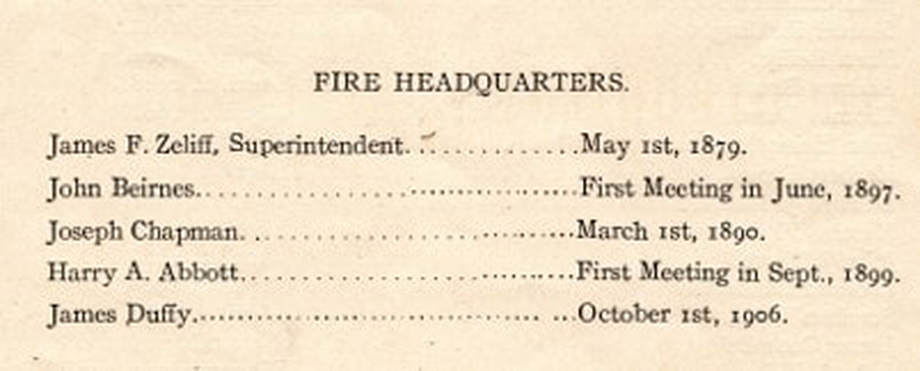 From 1909 Pension Fund Ball Book - Appointment dates - Zeluff is misspelled
From 1909 Pension Fund Ball Book - Appointment dates - Zeluff is misspelled
March 31, 1895: 17th Annual Report of the Superintendent of Fire Alarm Telegraph
for Year Ending March 31, 1895
for Year Ending March 31, 1895
5 Bell Strikers still exist
16 engine House Gongs
57 small tappers
During the year there were 96 bell alarms: 3 were seconds, 1 third and 1 General
1 Horse and 1 wagon
Advised to take the gongs from call men houses off main circuit
Advised connecting telephones in Engine Houses be connected to fire alarm central office
16 engine House Gongs
57 small tappers
During the year there were 96 bell alarms: 3 were seconds, 1 third and 1 General
1 Horse and 1 wagon
Advised to take the gongs from call men houses off main circuit
Advised connecting telephones in Engine Houses be connected to fire alarm central office
April 19, 1895: New fire alarm card adapted for the upcoming relocation of Engine 6 to its new firehouse.
June 24, 1895: Calls for May 1895
August 12, 1895: Lightning causes circuit malfunction - hot & dry weather
August 16, 1895: Fire Committee - To tear down and renovate front of Engine 5 Water Street firehouse. Issues with doors of the Gould Avenue Firehouse (referred to, as Engine 10)
August 28, 1895: Owing to the large number of persons who congregated at almost every fire and hampered the firemen in their work, it was decided to discontinue ringing the tower bells. with Box 451 being the last sounded on those bells.
September 6, 1895: The first alarm sent over the "still" system, meaning the big bells were not sounded) was box 651.
November 5, 1895: October 1895 alarms
December 24, 1895: New fire alarm box tested
February 1, 1896: Aldermen make decisions re Fire Alarm
July 15, 1896: Responses during first 2 weeks of July
June 17, 1898: Fire boxes painted
June 26, 1896:
June 26, 1896: Census of Fire Alarm Box use over the 19 years of its existence
July 26, 1898: Mayor orders Fire Alarm and Superintendent to be under command of Chief Stagg
July 27, 1898: Chief Stagg wants to layoff FAO workers
August 13, 1898: Chief Stagg presents accusations re Superintendent Zeluff
August 25, 1898: Fire Alarm Telegraph and Superintendent Zeluff put under the command of Chief of Department, John Stagg,
September 27, 1898: City Hall bell rung by prankster
December 17, 1898: New fire boxes
January 30, 1899: Chief Stagg has installed glass key guards on several boxes
March 13, 1899: Evening test taps to be changed to 8:15 PM (from 9:15 PM). Taps at 8 AM and 2:15 PM will continue.
March 29, 1899: Chief Stagg issues new fire alarm response card: on 46 of the boxes only company hose wagons, not the steamers will be part of the first alarm response. This will spare horses from making futile calls pulling the heavy steamers.
March 29, 1899: Chief Stagg issues new fire alarm response card: on 46 of the boxes only company hose wagons, not the steamers will be part of the first alarm response. This will spare horses from making futile calls pulling the heavy steamers.
May 22, 1899: New private fire alarm station (#252) at John Royle Mill
May 31, 1899: Committee investigates bungled alarms
June 1, 1899: Chief Stagg charges Superintendent Zeluff
June 3, 1899: Superintendent Zeluff answers Stagg
June 22, 1899: New fire boxes at John Royle Complex tested
July 26, 1899: Report of the Paterson FA system by an ouside expert
October 9, 1899: Key guards put on several fire boxes
November 15, 1899: payment for removing FA batteries to City Hall Basement
February 1900: The Fire Alarm System was moved to City Hall from the Bridge Street Hose Station and thereby greatly improved.
February 19, 1900: Fire Alarm & Telegraph office moved (over a period of several months from Bridge Street Hose House to Room 1 on ground floor (basement) of new City Hall on Market Street. The first alarm (box) pulled was from station 19 at Temple and North seventh Streets.
At the end of the century alarm boxes were made that could be opened without keys. Once the signal reached the Fire Alarm Office located at the (originally at 10 Hotel Street firehouse) an operator would transmit it to the firehouses or bells located in the Chiefs homes. By counting the number of times the bell was struck or sounded the firemen knew where to respond
Within firehouses were gongs, many encased within oak cases, to sound the alarm. Legend has it that fire horses actually memorized the more common "boxes" (signals) and knew where to go without being directed. There were mechanisms ("jokers") in the firehouses which automatically opened the stable doors when an alarm sounded allowing the horses to run to the front of the apparatus immediately.
March 2, 1900: Pay for PFD Linemen increased
March 5, 1900: New marble switchboard for FA installed at City Hall
July 11, 1900: Description of Fire Alarm system now back at the new City Hall
October 4, 1900: FA Superintendent Zeluff elected VP of Association of Municipal Telegraphers
November 2, 1900: Fire alarm system in the firehouses
December 10, 1900: Hospital auxiliary alarms
December 20, 1890: Telephone system adapted so engine hoses can have rapid access to the Chief
1901: New storage batteries installed at Paterson Fire Alarm
1901: Fire and Water Engineering Magazine - James Zeluff as VP of Municipal Electricians
April 12, 1901: Fire department committee to try charges re FF Thomas Murphy and Chief Stagg complains about Superintendent Zeluff
Apri; 13, 1901: Committee recommends Zeluff be suspended
June 1, 1901: New fire station card issued
July 7, 1901: Fire alarm wires being buried
August 22, 1901: Riverside FA circuit damaged
August 24, 1901: Superintendent Zeluff's horse
November 13, 1901: Tragedy resulting in death of a PPD Telegraph lineman George Phelan who was assisting PFD linemen. Telephone pole collapse at Redwood and Crosby
Inquest to be held November 27
Reports of Inquest which concluded December 2
February 10, 1902: Great fire destroys City Hall and the fire alarm system. Within 10 days the FAO was up and running again at the Hose House on Bridge Street.
April 11, 1902: Annual Reort of Chief Stagg describing status of Fire Alarm System and the incompetence of Superintendent Zeluff
May 14, 1903: System moved back to third floor of the rebuilt City hall on Market Street
September 5, 1903: Captain Cook of Chemical Engine 1 tests box at Main and Market Streets
November 18, 1903: 6 new boxes installed at Trolley Company sheds
A citizen could summon the fire department by opening the fire box with a key and pulling a lever. The keys for the boxes were kept in nearby buildings, meaning a person had to obtain the key before sounding the alarm. The newspaper article below explains how to use the street boxes!
December 10, 1904: Superintendent Zeluff suspended
February 9, 1905: Entire FA system overhauled
March 27, 1905: FAO receives a register. New fire box installed at Crosby and Sheridan Avenues and Chief Stagg gets a map of Paterson with box locations on it
June 24, 1905: Changes to the firehouse watch system
October 23, 1905: Station 722 placed in the Empire Theatre on Ellison Street. It called for 4 Engine, the Chemical Company and two Truck Companies for the first alarm response.
October 30, 1905: New lieutenants given fire alarm box keys
November 3, 1905: New Box and accessory boxes for St Joseph's Hospital
January 6, 1906: Fire and Water committee to name new fireman and schedule trial for Superintendent Zeluff.
March 5, 1906: New gong for E1 firehouse at 112 Van Houten Street
1907: A series of post cards on the PFD was issues, one of which highlighted the Fire Alarm Office at City Hall.
May 22, 1907: Chief of Department given command of fire alarm
June 29, 1907: Fire alarm system dysfunction creates havoc
July 15, 1907: Lineman suspended for sleeping in the job
October 27, 1907: From the PFD series published in the Guardian
December 3, 1911: Chronicle published a history of the Paterson Fire Alarm System
December 18, 1907: Fire alarm telegraph upgrades
December 27, 1907: FAO operator resigns after charges were about to be brought
May 25, 1909: Fire Box issues
March 4, 1910: Chief Stagg report on February 1910 alarms
July 11, 1910: State of the Fire Alarm System - now back at City hall
December 18, 1911: Fire alarm system malfunction
December 14, 1912: Shift alteration for Fire Alarm - Due to retirements work shifts go from 8 to 12 hours
February 23, 1913: Electrical Storm plays havoc with FA
March 3, 1915: Fire alarm issues
August 22, 1914: Station 653 sounded by lightning strike
December 5, 1914: Civil Service releases Lineman Test results
1915 Vote for Two Platoon System on November 2 1915. A small folding pamphlet listing Paterson Fire Alarm Boxes - (2.5 by 5.5 inches). Dayspring Collection
1918 Ball Book Roster --- Fire Alarm Headquarters
Superintendent James F. Zeluff
John Beirne
Henry A. Abbott
James Duffy
James Fitzsimmons
John Chapman
Superintendent James F. Zeluff
John Beirne
Henry A. Abbott
James Duffy
James Fitzsimmons
John Chapman
There have been four Superintendents of Fire Alarm in the paid department starting with James Zeluff. Following him were Daniel Moore, Joseph Gaugan and Donald Walker. The position was eliminated in the 1970s.
Fancy oak cased gong photo courtesy of the Moore Family: ? origin from quarters at 298 Tyler Street (176 12th Avenue) that housed both Engine Company 7 (1890-1895) and then 3 (1895-1962). Looks to be a Gamewell Electro-Mechanical Excelsior Bronze gong.
The gong below was installed in the new Fire Headquarters at 115 Van Houten Street and served until 1977. In the center of the glass is a hole in which the wind up key is inserted
May 20, 1920: FAO Lineman dies at PFD repair house
February 3, 1922: Lineman Daniel Moore elevated to Superintendent
|
Daniel Moore was appointed as a lineman to Police and Fire telegraph May 21, 1920 and became Superintendent of Fire Alarm on February 16, 1922. At that time they had 253 Fire Alarm boxes, 108 Police Boxes and 108 Police flashlights. Notice the unique hat badge. Served as Sergeant in US Army September 8, 1917 thru September 1918 |
February 16, 1923: Fire Alarm system issues
June 24, 1925: Temple Hill Civic Association requests a fire box be placed at Clinton and North Tenth Street. Ultimately Station 195 would be placed there
April 14, 1927: Board of Finance approves new fire alarm boxes
March 18, 1928: Article from the Chronicle which explains in depth the fire alarm system. News clips courtesy researcher Dennis Morrison.
December 19, 1928: State of the fire alarm system in Paterson
1935 Photo: Fire Alarm detail: J Brady, J Downey, J Chapman, J Fitzsimmons
October 14, 1935: Obituary of former Superintendent James Zeluff
November 27, 1935: Fire alarm wires moving underground
March 12, 1936: Annual report of Fire Alarm Superintendent Daniel Moore
1944 Annual Report of Chief Engineer:
Superintendent Fire Alarm: Daniel F. Moore
James Downey (appointed July 1, 1905)
James Brady (appointed November 1, 1919)
Hubert O'Connor (appointed April 1, 1920)
Alonze Space (appointed July 1, 1923)
Thomas Walsh (appointed March 16, 1926)
|
In 1951, Fire Alarm was still in City Hall. They had eight dispatchers, all first grade firemen. Fire alarm had a store room t the Valley of the Rocks and a repair shop in old school 5 on Totowa Avenue. There were 206 Street boxes and 31 building boxes located in public buildings. Response to street boxes is 3 engine companies,
|
one truck company and a battalion chief. Some boxes in the business and factory districts call for 4 engine companies a truck, a battalion chief and a deputy chief. All hospital boxes get 4 engine companies, two truck companies on a first alarm and two chiefs.
August 16, 1948: FAO operations at City Hall
September 27, 1948: PFD to order an up-to-date but second hand repeater
April 9, 1949: Fire Alarm Office at City Hall gets the improved repeater (replacing the one installed in 1901)
July 15, 1950: Staff of Fire Alarm Office & appointment dates
Daniel F Moore Superintendent May 21, 1920
F/F James A Brady November 1, 1919
F/F Hubert A. O'Connor April1, 1920
F/F Charles P. McGee November 1, 1922
F/F David Quackenbush July 1, 1916
F/F William Blanchfield April 16, 1922
F/F John Mial April 16, 1922
F/F James A Brady November 1, 1919
F/F Hubert A. O'Connor April1, 1920
F/F Charles P. McGee November 1, 1922
F/F David Quackenbush July 1, 1916
F/F William Blanchfield April 16, 1922
F/F John Mial April 16, 1922
January 11, 1951: Cold War Era Air Raid Siren Instructions from Acting Chief Kennedy (from Journal of Engine Company 1 at 115 Van Houten Street(.
To All Company Commanders: From James Kennedy Acting Chief
Subject: Information relative to Air Raids
Effective immediately; when 8 straight blows are received on company gong, the company commander shall immediately sound the warning siren on the roof of company quarters in the following manner "Three minutes of fluctuating Notes on siren."
Subject: Information relative to Air Raids
Effective immediately; when 8 straight blows are received on company gong, the company commander shall immediately sound the warning siren on the roof of company quarters in the following manner "Three minutes of fluctuating Notes on siren."
|
Upon receiving 8 blows, followed by 8 blows followed by 8 blows "(888)" on the company gong, it will be an "All Clear" signal and the company commander shall then sound the warning siren in the following manner - "Three - one minute steady blasts of the sirens - with two minutes of silence, between each blast"
This order will be effective until further notice by orders of James A Kennedy Acting Chief of Department |
January 13, 1951: The first test of the gong/air raid system performed and 8 taps sounded at 11:59AM. The 8-8-8 all-clear signal on gong received 12:20 PM.
March 18, 1953: Death of Fire Alarm Superintendent Danny Moore
1954 Ball book photos: Fire Alarm (Police and Fire Telegraph) at City Hall - L-R: James Brady, Captain John Holley, William Blanchfield, Joseph Recca, Edward Cusack, David McGrady, Charles, McGhee, John Mial.
L-R: Frank Delmonico, Harry Gourley, Daniel Weslh, Joseph Gaughan, Acting Superintendent John Dougherty, Donald Walker, Vincent Scarmozza.
1954: Joe Gaughan became acting Superintendent of Fire Alarm and in 1955 Superintendent
August 3, 1954: PFD considers hiring women to work at FAO in City Hall
December 17, 1958: Fire Alarm Headquarters moved from City Hall to Fire Headquarters at 115 Van Houten Street.
1960s era photo of the Watch desk at 115 Van Houten Street. Sitting at desk. The firemen are (L-R) John DeMattia, Joe Forbes and Ed Hancock. Sitting at desk is Tom "Tomahawk" Meneely (McNeely) who worked at Paterson sewer department
Four rounds are transmitted for a street box or a city box within a building. If a still alarm requires a full box assignment, two rounds are tapped out and the first due company is notified by phone. Second, third and 4th alarm signals are 2-2, 3-3, 4-4 followed by the box number. A general alarm is ten consecutive taps followed by the box number. The time signal at 8:00 AM, 12:15 PM and 6:00 PM is four consecutive taps.
A first alarm response was 3 engine companies, a truck company and a Battalion Chief with the exception of several Master Boxes (hospitals, schools, etc) to which 4 engine companies and 2 trucks responded. A second alarm response is two engines and one truck, a third and fourth alarm two engines each and a fifth (general alarm) is 4 engines and one truck. Notice in the 1952 alarm book below that company response is listed in numerical order whereas in the 1961 version, companies are listed as first, second and third due.
A first alarm response was 3 engine companies, a truck company and a Battalion Chief with the exception of several Master Boxes (hospitals, schools, etc) to which 4 engine companies and 2 trucks responded. A second alarm response is two engines and one truck, a third and fourth alarm two engines each and a fifth (general alarm) is 4 engines and one truck. Notice in the 1952 alarm book below that company response is listed in numerical order whereas in the 1961 version, companies are listed as first, second and third due.
FMBA Pamphlet listing fire stations - 1952 and 1961 editions
Note the "19" stations above. The 1925 letter below is from the Temple Hill Civic Association requesting a box for the corner of North 9th and Clinton Streets. Their request was fulfilled.
1956: The FMBA Ball Book lists all of the current Fire Stations
January 16, 1957: Donald E. appointed Superintendent of Fire Alarm - Served U.S. Army - December 26, 1942 thru November 29, 1945 - Temporary Appointed Lineman Fire Alarm Telegraph February 1, 1948 - Permanent Appointment August 1, 1949 - Badge # 188 - Assistant Superintendent of Fire Alarm March 1, 1956 - Retired June 1, 1977
1959: Fire Alarm Office moves to 115 Van Houten Street Fire Headquarters
1960s: Fire alarm switch board at 115 Van Houten Street - Note rotary phone: PFD phone # was SHerwood 2-9100
1950s - 1960s: Alarm bells which were installed in the homes of Chief Officers
1960's: This card was at every watch station in every Paterson Firehouse
November 9, 1960: FD/F LaRue, working as FAO operator has heart attack. 6 days later he passed away
1961: (Summer) -- PFD installed two-way radios in the apparatus. Here is Engine Company 5 in front of Headquarters with Captain William Comer demonstrating the radio. Driver is Joseph Forbes
|
July 13, 1964: Daniel Walsh who served in U.S. Air Force January 15, 1942 thru Nov. 12, 1945 received a temporary appointment on March 1, 1948 and a full appointment to the Police Telegraph on August 1, 1949. He was appointed to PFD Telegraph July 13, 1964, and promoted to a senior lineman on November 1, 1968. He retired December 1, 1979
|
December 19, 1964: Fire and police commission appoint 5 FAO operators. Ronald and Kenneth Foster, Joseph Allan, James Shearn and Al Cabrino
January 16, 1967:
Below was a Gamewell box (from St Joseph's Hospital). It served as a Master Box (8112 is the block on which the hospital is located in Paterson) - Also shown is the key that would open the door - When FF arrived at scenes where boxes were pulled, the box would have to be opened and then the coil rewound again (using a hand knob/spring mechanism). Prior to 1977 when bells were still operative in Paterson firehouses, although 8112 signal would be received in FAO, station 263 would be sounded on FH gongs. Once voice alarms went in effect in 1977 SJH became station 50. A first alarm response was 4 engine and two truck companies
1967 photo: Superintendent Donald Walker and linemen Alfred Romeo, Daniel Walsh, John J. Dougherty, Raymond Fitzpatrick and E Scerback
Fire Alarm Telegraph Truck at Station 347 - Valley of the Rocks
Fire Box Demonstrations
1969: False Alarms
Late 1960s-1970s Fire Alarm Operators - Bill Feeney and Jim Farrell
June 7, 1972: New directive re portable radio transmissions
September 17, 1974: Paterson plans to transition Fire Alarm Boxes
September 28, 1976: Superintendent Walker to retire - Assistant Chief Katz assigned to Fire Alarm office
Personal Correspondence from AC Joseph Forbes describing the immense task of redoing the "Running Cards" to operate during the ERVS
|
June 30, 1977: The old bell alarm system was replaced by the EVRS system. The last alarm transmitted over the old system was station 623 for a car fire on 5th Avenue. All of the old fire alarm boxes were replaced with yellow boxes inside of which is a telephone. This enabled a citizen to speak directly with a fire alarm operator. The dispatcher then communicates with the different firehouses directly over a speaker system. bells were no loner sounded. |
One of the retired boxes, showed its age
- Station 733 located at Straight and Van Houten Streets -
- Station 733 located at Straight and Van Houten Streets -
June 10: 1977: Assistant Chief Joseph Dayspring announces start date (July 29) for new alarm system
June 20, 1977: Change to telephone fire boxes to begin
July 22, 1977: Fire bells discontinued and Emergency Voice Response System (EVRS) goes into effect. All fire alarm stations were renumbered and company assignments reorganized;
July 29, 1977: New fire box system
August 31, 1977: Paterson's fire boxes, no longer in use presented to many of the surrounding towns by Mayor Kramer and Acting Chief Dan Carroll
September 16, 1977: Centrex Telephone System placed in service
October 14, 1977: New alarm statistics
May 11, 1984: 325 series of boxes ready for action
May 25, 1984: Orders from the Chief's Office regarding radio call signals:
July 13, 1984: Public Safety Director over-rules Chief's radio code signals
December 28, 1984: "Hold" and "X" Boxes
January 1987: Senior Dispatcher Patti Mandel
January 30, 1989 - Chief's order notification of Alarm dispatching to be done via computers
June 12, 1992: New Emergency Communications Vehicle
February 17, 2005: Northside FH addition for Communications Center
Around 2000 Fire Alarm was reorganized into the Communications Division. On the air they are addressed as Fire Dispatch. There location is in the 2nd floor addition to the left of the bays on the Northside firehouse. The center is dedicated to Battalion Chief Domenick Cotroneo
Early 2000's: FF Lou Iandoli at Communications Center
The state of the art Field Com Unit plays a major role at fire scenes when employed. It has a meeting room with a telescoping / zoom camera and TV screens etc.
2016: Fire Alarm Office
November 2019: By ordinance all Office of Emergency management (OEM) and Communications city wide now falls under PFD. The plan is to use a renovated facility at 163-177 Pennsylvania Avenue which will become a multi-use facility for: Central dispatch, OEM, Logistics Procurement Center, Job Training Room, Family Reunification Center, Community Room and Emergency Operations Center
Two new ranks have been created In the "Public Safety Telecommunications" department: Chief PST and 4 senior PSTs were promoted.
Two new ranks have been created In the "Public Safety Telecommunications" department: Chief PST and 4 senior PSTs were promoted.
July 2, 2020: Edith Anderson appointed Chief Operator joining Letitia Howe
August 4, 2020: - A citywide system used to alert residents in case of future emergencies will be tested today at 10:00 AM, according to an announcement by Mayor Andre Sayegh's office. Citizens were warned the siren test will be heard throughout the city and is not a cause for alarm, the alert read.
Note PFD had sirens on all firehouses thru the 1950s. The sirens were tested every Saturday at noon time. I remember old E-7 on Gould Ave. The firehouses built post 1960 never had them; Lakeview, Southside, Riverside or Hillcrest. When Harold Kane was still the chief, probably the late '70's or early '80's the City wanted the FD to remove the sirens from all the old FD buildings. PFD didn't have the proper equipment to dismantle the sirens & their bases and remove them from the roofs and PFD did not install them there in the first place. The city people who would be responsible in removing the sirens didn't want anything to do with them. In the end they were removed but PFD didn't do the job.
Note PFD had sirens on all firehouses thru the 1950s. The sirens were tested every Saturday at noon time. I remember old E-7 on Gould Ave. The firehouses built post 1960 never had them; Lakeview, Southside, Riverside or Hillcrest. When Harold Kane was still the chief, probably the late '70's or early '80's the City wanted the FD to remove the sirens from all the old FD buildings. PFD didn't have the proper equipment to dismantle the sirens & their bases and remove them from the roofs and PFD did not install them there in the first place. The city people who would be responsible in removing the sirens didn't want anything to do with them. In the end they were removed but PFD didn't do the job.
October 22, 2020: Construction for future at the new communications center at 167 Pennsylvania Ave. Ground breaking to begin in a week. Opening planned ? A CAD (Computer-Aided-Dispatch) system is in the works. Below is architect drawing and building as it now exists. The PFD plan is to consolidate Emergency Communications and the Office of Emergency Management along with logistics, support services, code blue sheltering, job training and a host of other ideas.
February 1, 2021: Promotions: Communications will have a Director, Chief, 10 supervisors, 4 Seniors and 32 dispatchers.
Director of Communications - Marilyn Watkins
Chief of Communications - Stephen Kaznica
Chief of Communications - Stephen Kaznica
April 14, 2021: Dispatchers Appreciation Day ceremony at Headquarters
June 15, 2021: Central Command - New combined PPD-PFD Communications center at 111 Broadway which is a gap facility until new building on Getty Avenue is complete.
April 14, 2022: PFD led by the mayor and Chief McDermott honors its 52 dispatchers
CLICK HERE TO READ
CLICK HERE TO READ
June 2002 Issue of 1st Responders Newspaper - NJ
September 23, 2022: Mayor Andre Sayegh led a groundbreaking ceremony for Paterson’s new Communications Center on Pennsylvania Avenue. The new $6 million site, officials said, will streamline emergency calls and serve as home to the Emergency Dispatch Center, which will include 15 active high-tech Dispatch Consoles, a Training Room, Supervision Offices, a decompression area for the city’s Dispatchers, and ADA accessibility. The consolidation will house all dispatchers because Paterson who now receive over 200,000 calls for emergencies annually. CLICK HERE
January 17, 2023: PFD Chief Brian McDermott releases 2022 alarm statistics
June 24, 2023: Chief McDermott announced a NJ grant award that will save lives by upgrading Paterson's 911 emergency call center (now under construction on Pennsylvania Avenue)
February 2024: Chief Alicea released - PFD 2023 statistics - Last year your Paterson Fire Department responded to 43,338 Fire & EMS Calls. That averages to approximately 118 calls per day! In 2022 PFD ran 41,775 calls which is an increase of 1,563 calls.
February 2024: Director Marilyn Watkins after 41 years of service to PFD and Chief of communications Steve Kaznica after 39 years of service retire.
|
August 5, 2024: In 2003, Letitia "Lefty" Howe embarked on a new chapter in her career by joining the City of Paterson Fire Department as a Public Safety Telecommunicator Trainee. Over the course of two decades, she has risen through the ranks, demonstrating remarkable growth, humility, determination, and hard work. Today, she serves in the position of Director of Communications for the Paterson Fire Department.
CLICK HERE FOR STORY |
May 23, 2024: Seven OEM dispatchers promoted CLICK HERE FOR DETAILS
- Brittany Hunt – Supervising Public Safety Telecommunicator (Provisional)
- Maribel Pica – Supervising Public Safety Telecommunicator (Provisional)
- Ashley DeJesus – Supervising Public Safety Telecommunicator (Provisional)
- Kevin Perez – Supervising Public Safety Telecommunicator (Provisional)
- Steven Jimenez – Supervising Public Safety Telecommunicator (Provisional)
- Escha Bates-McDuffie – Chief Communications Officer (Provisional)
- Letitia Howe – Director of Communications (Provisional)
Proudly powered by Weebly
